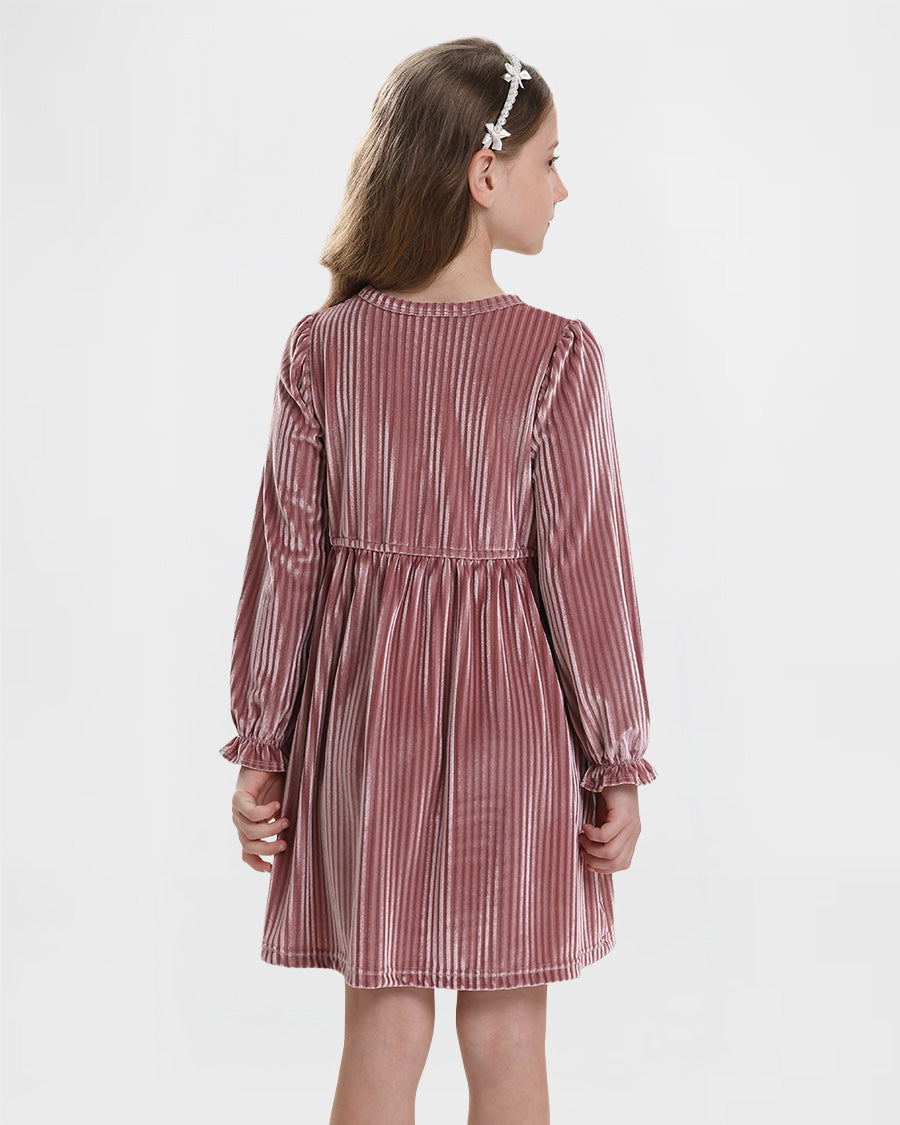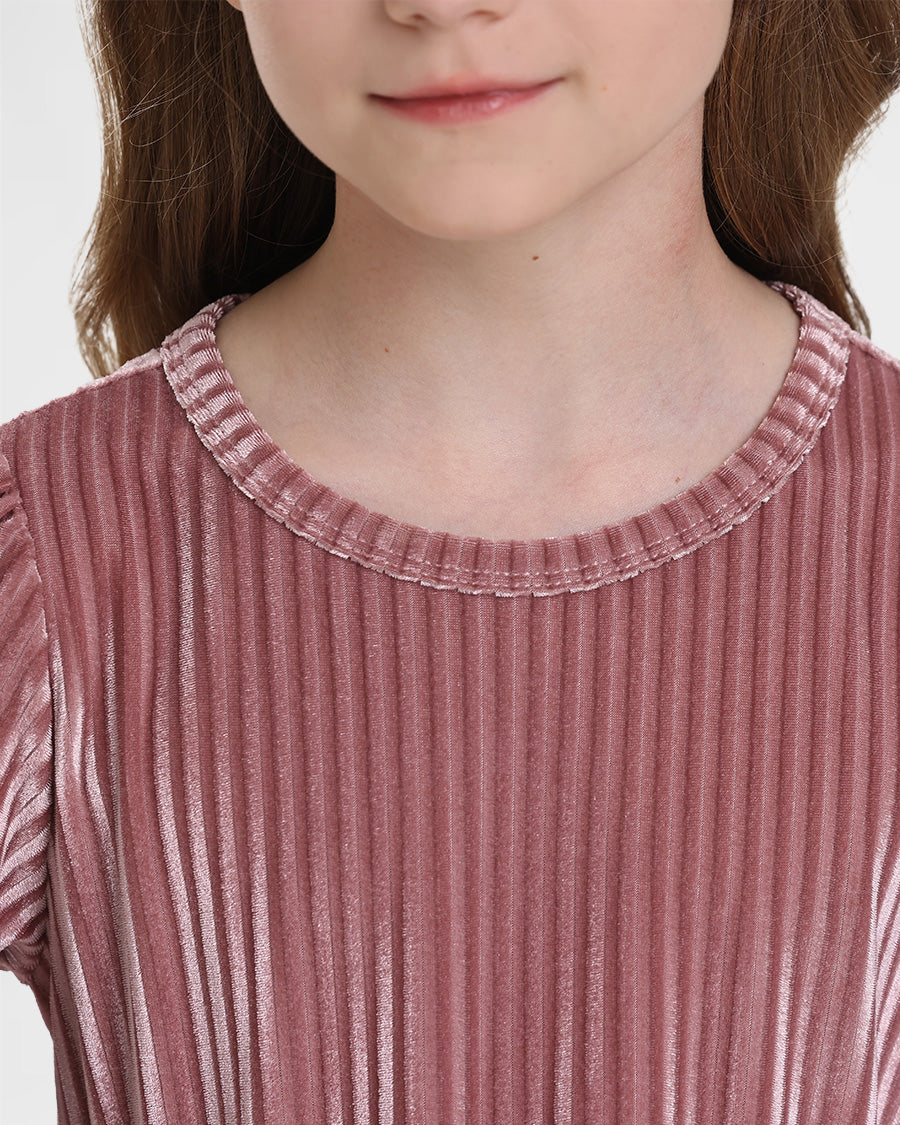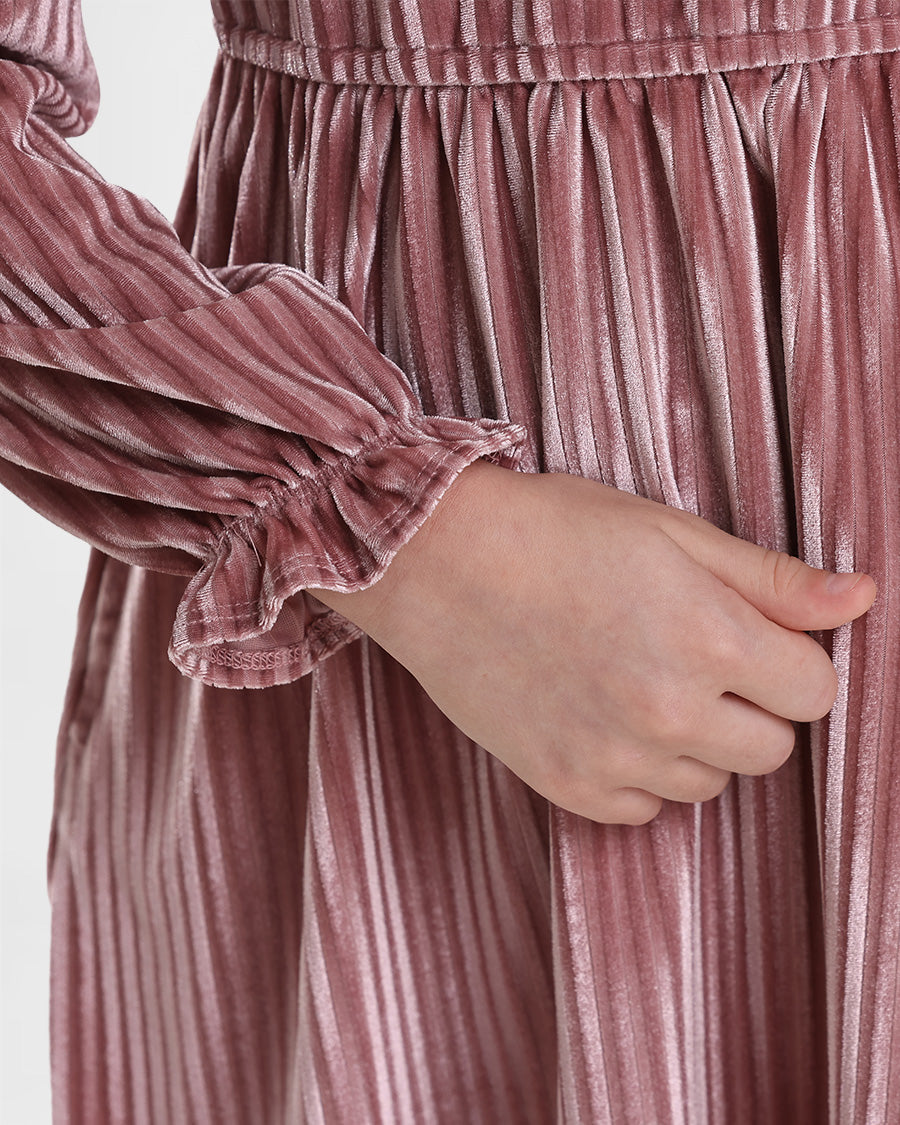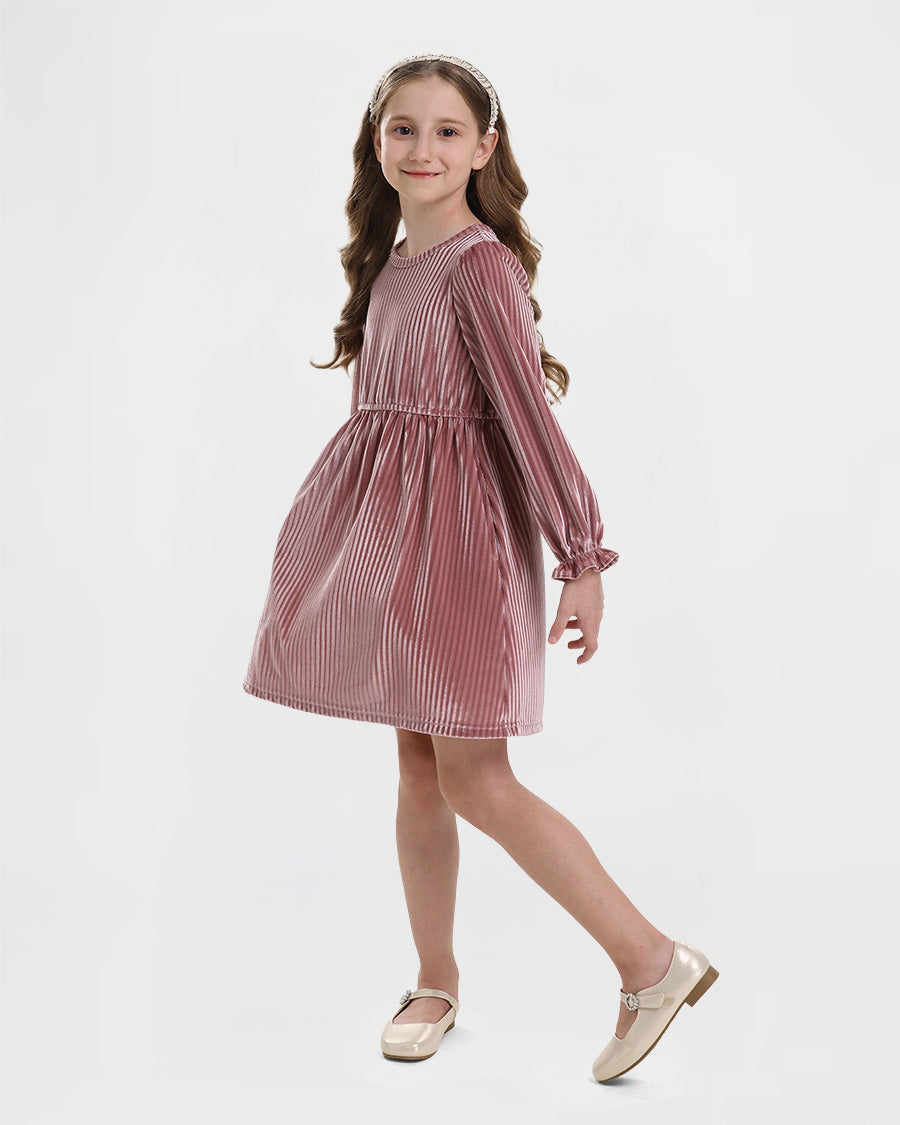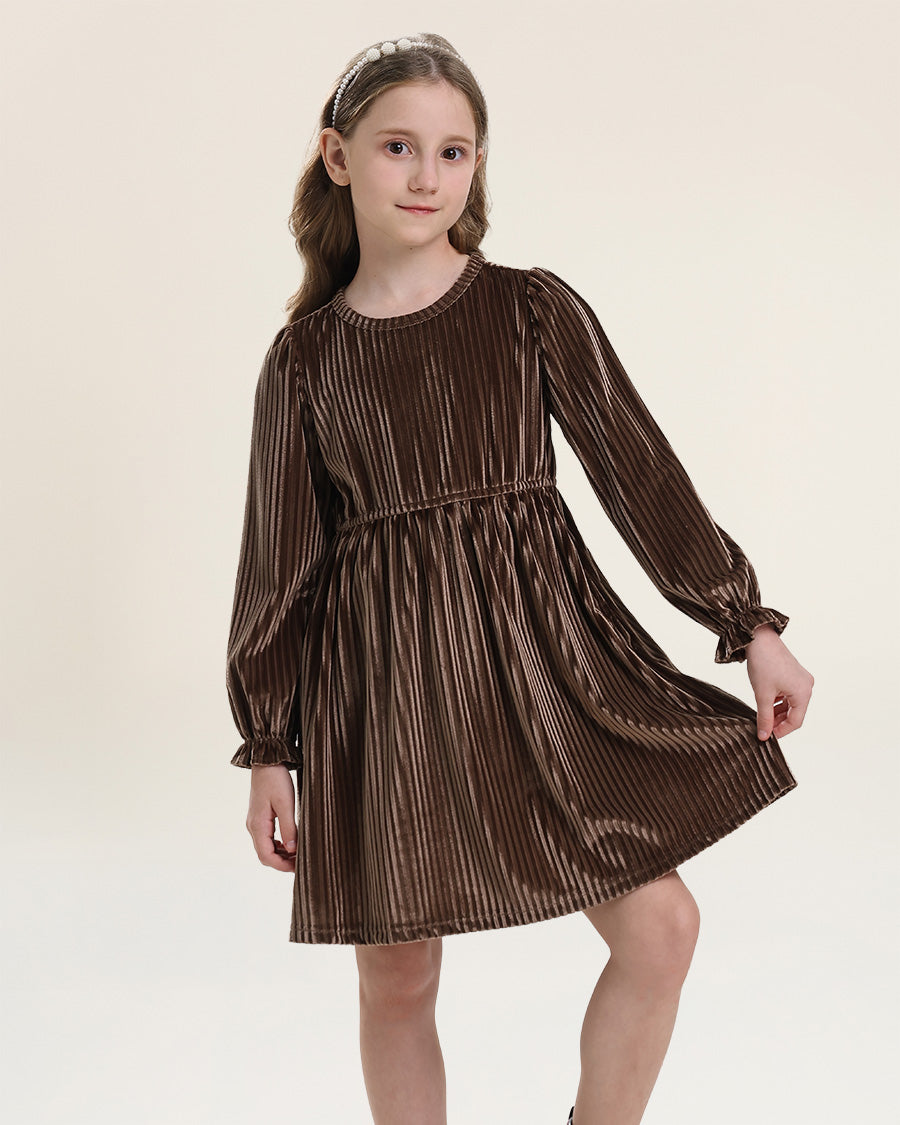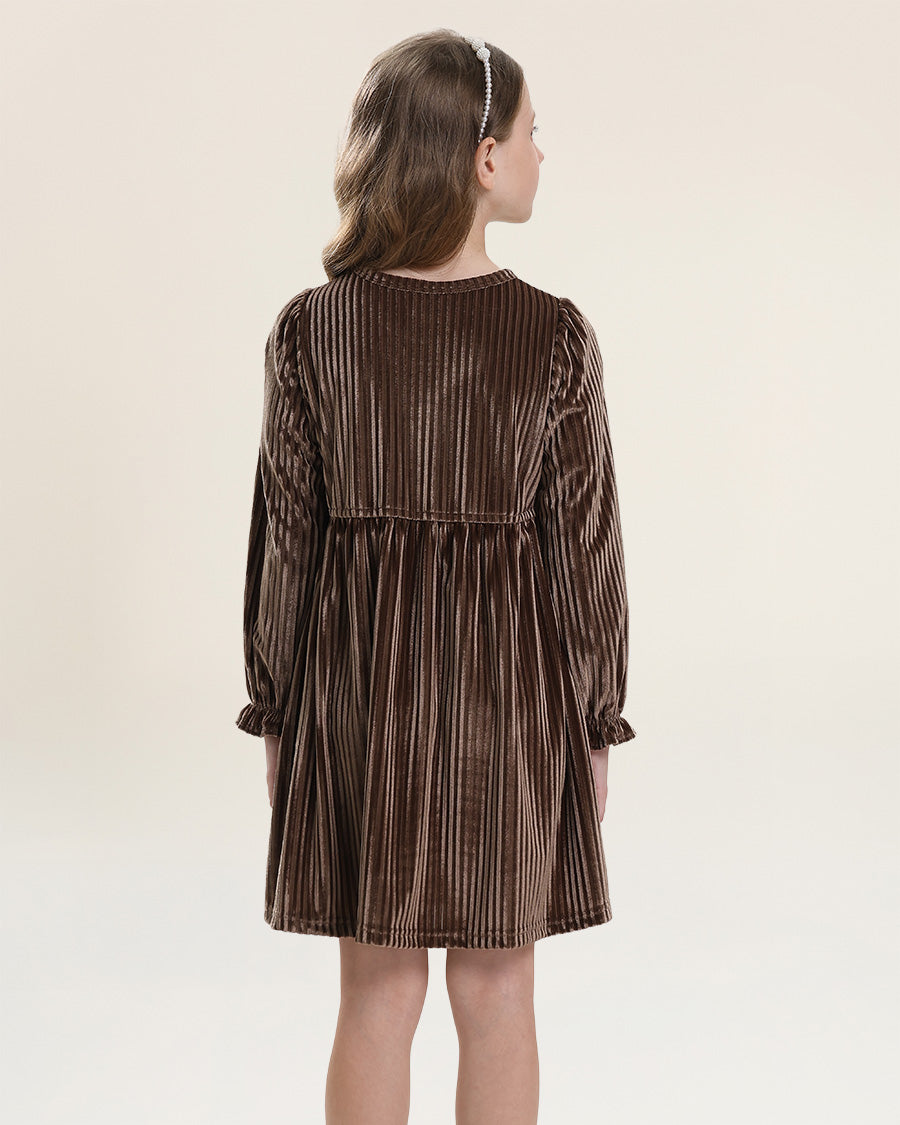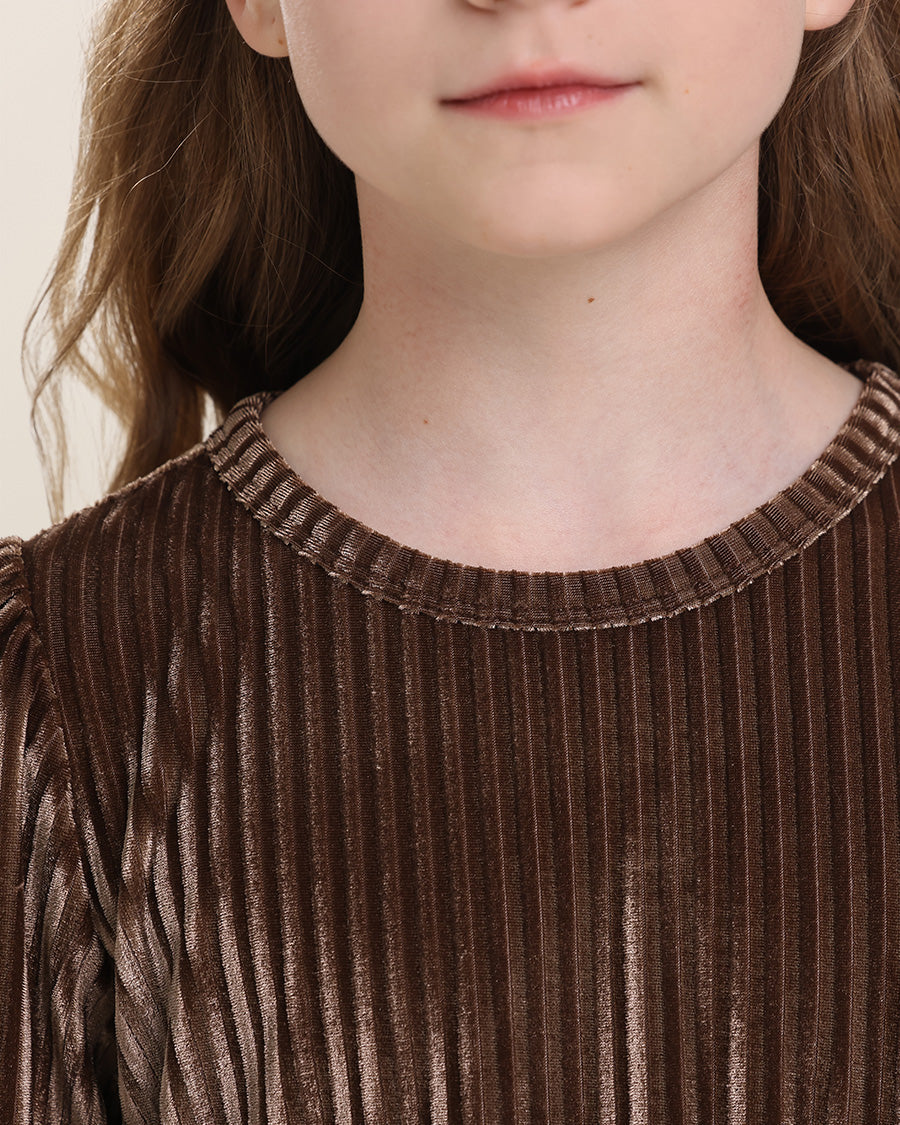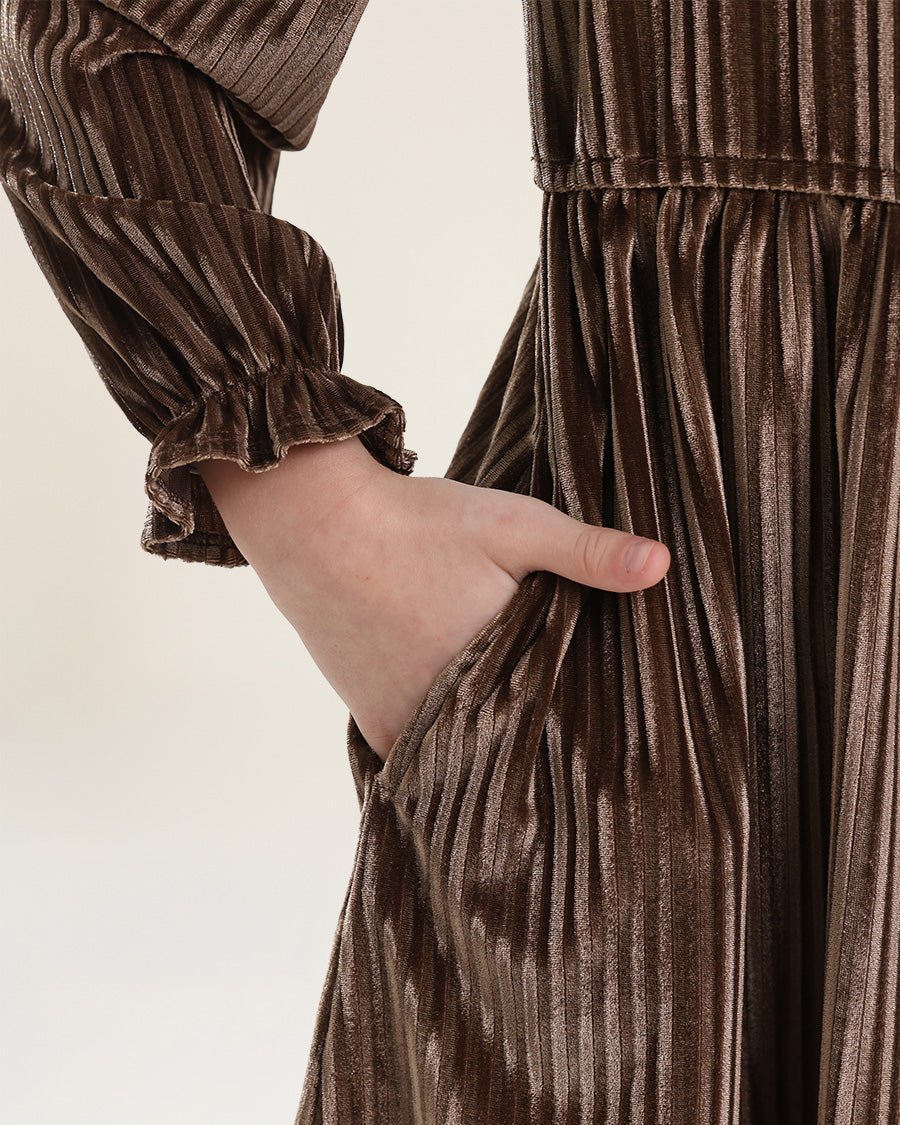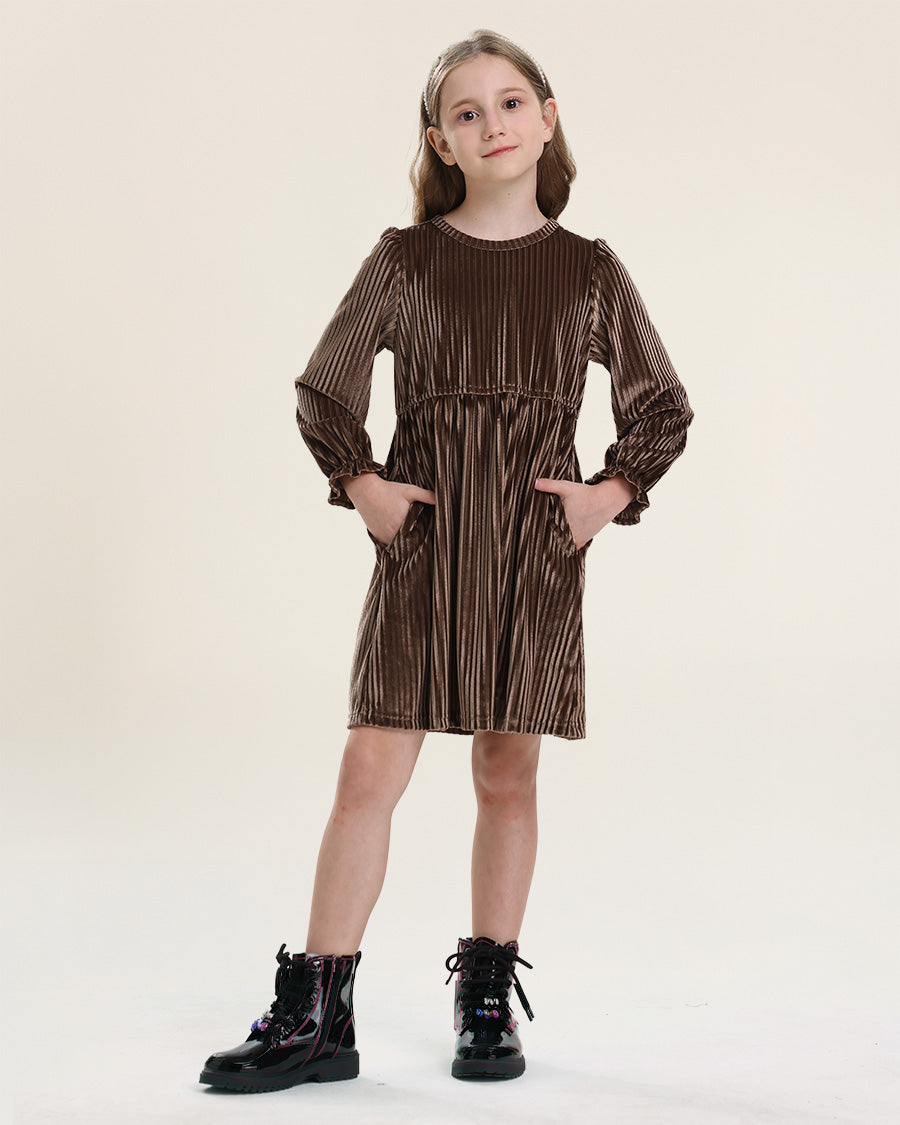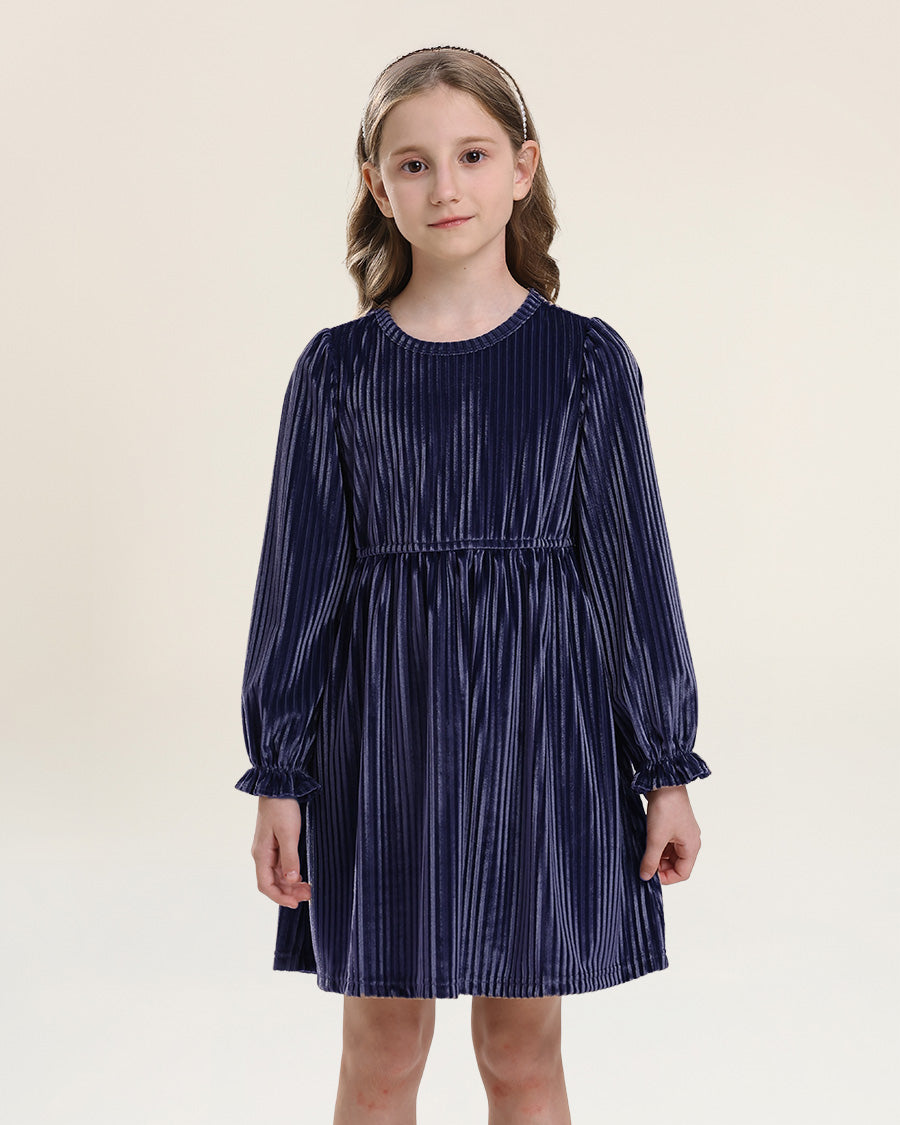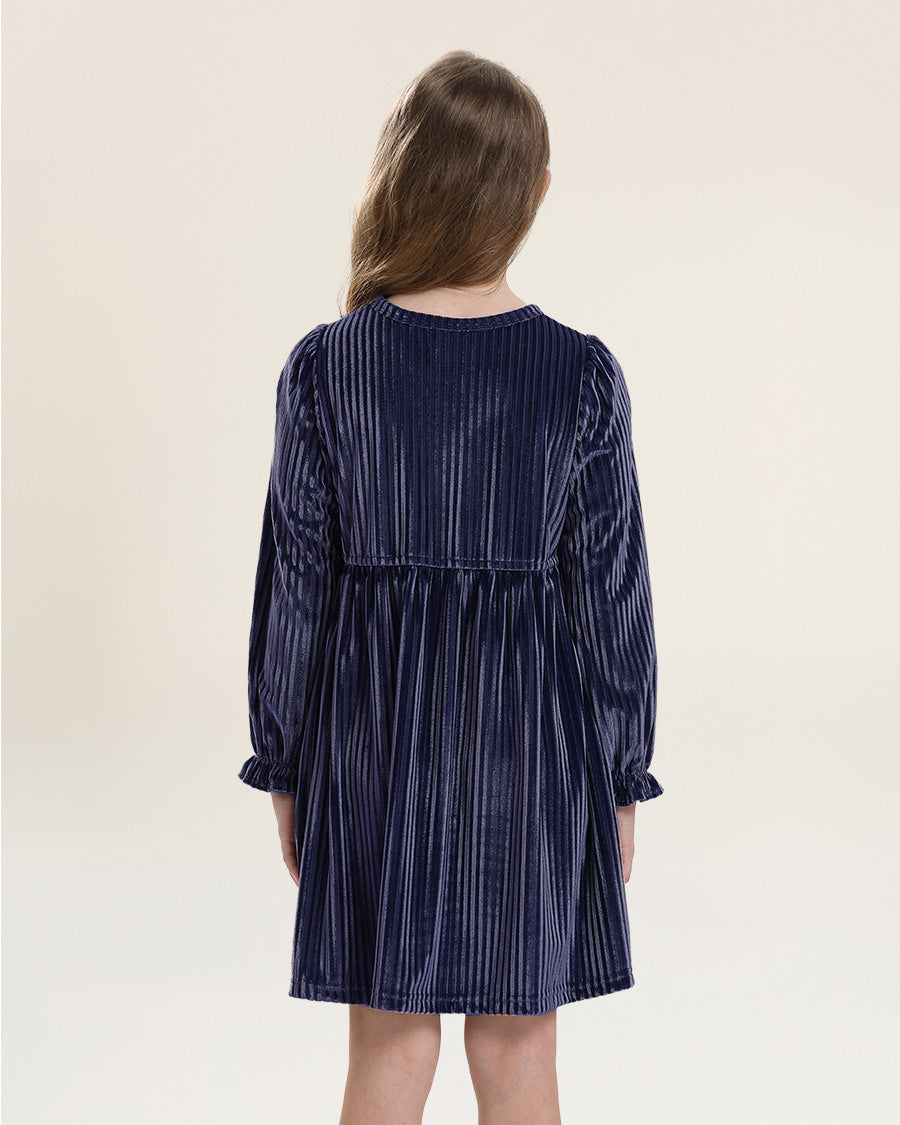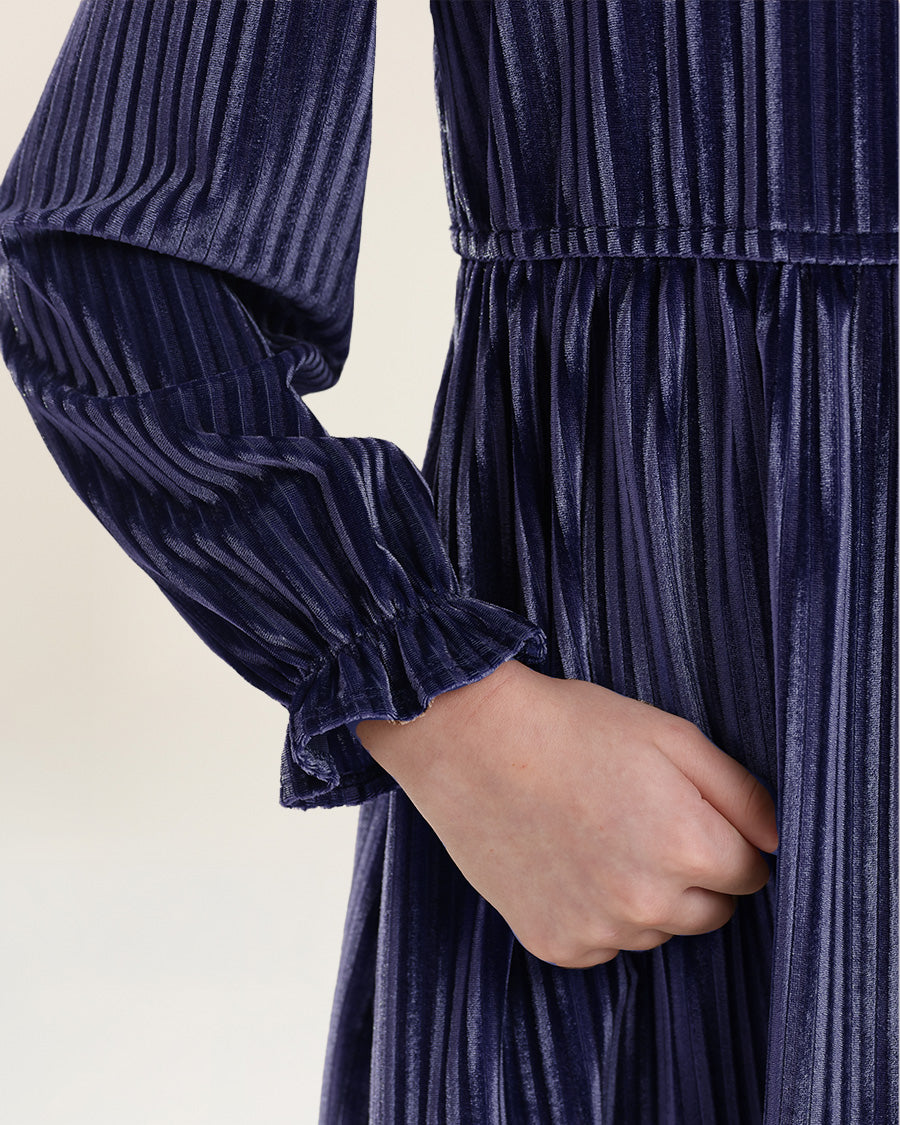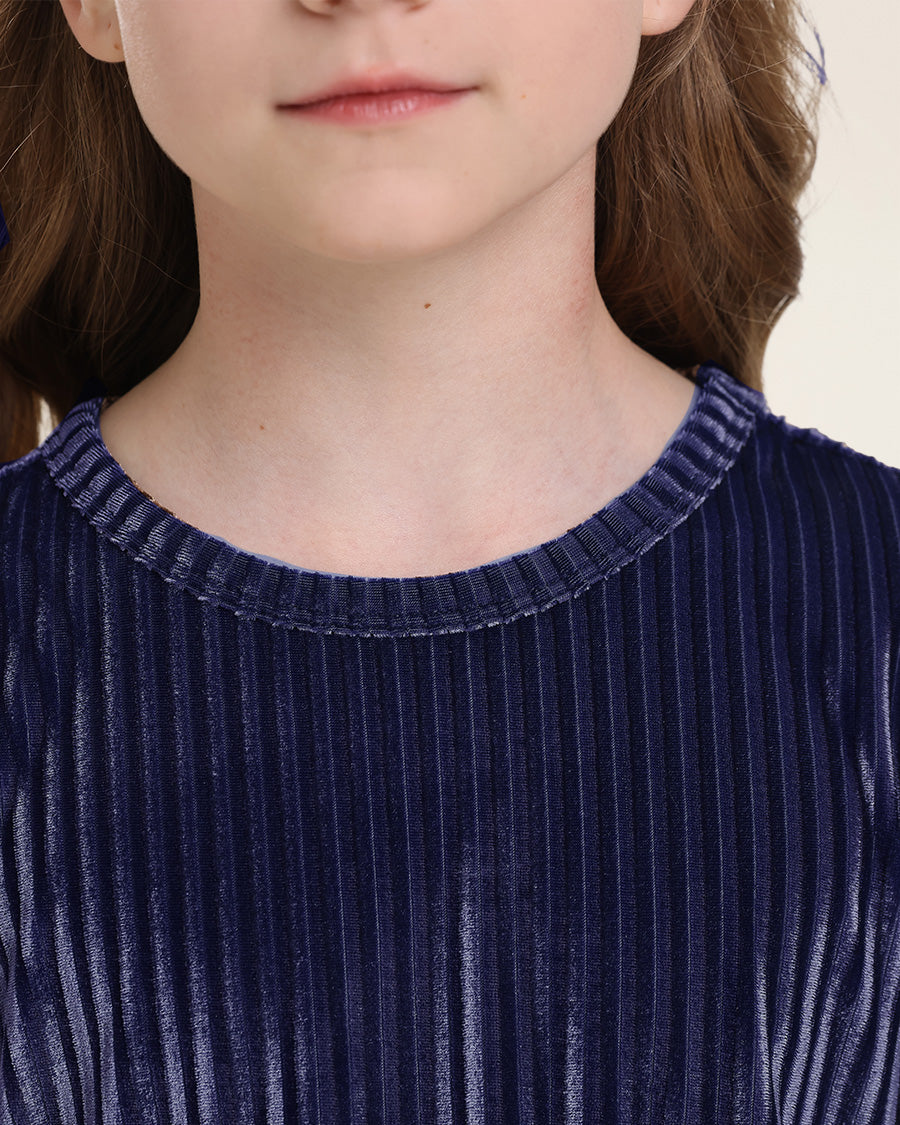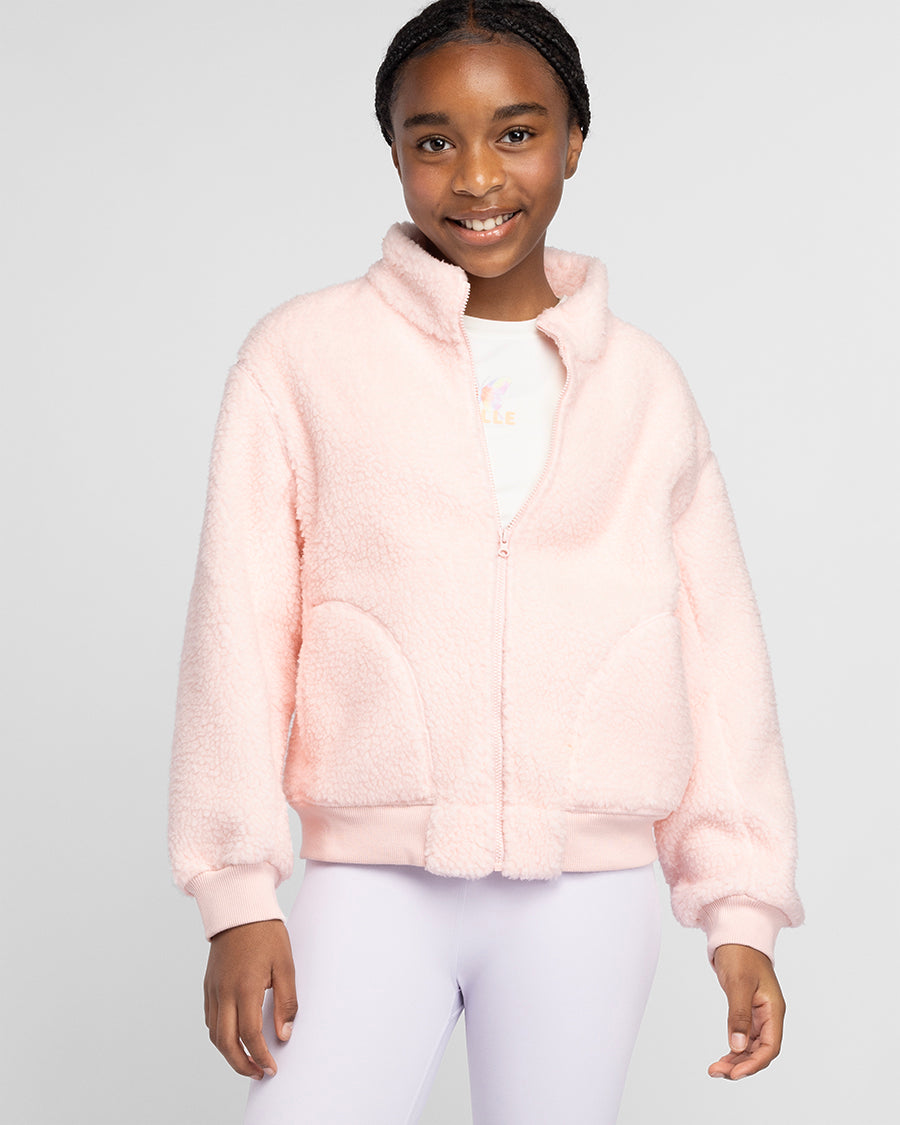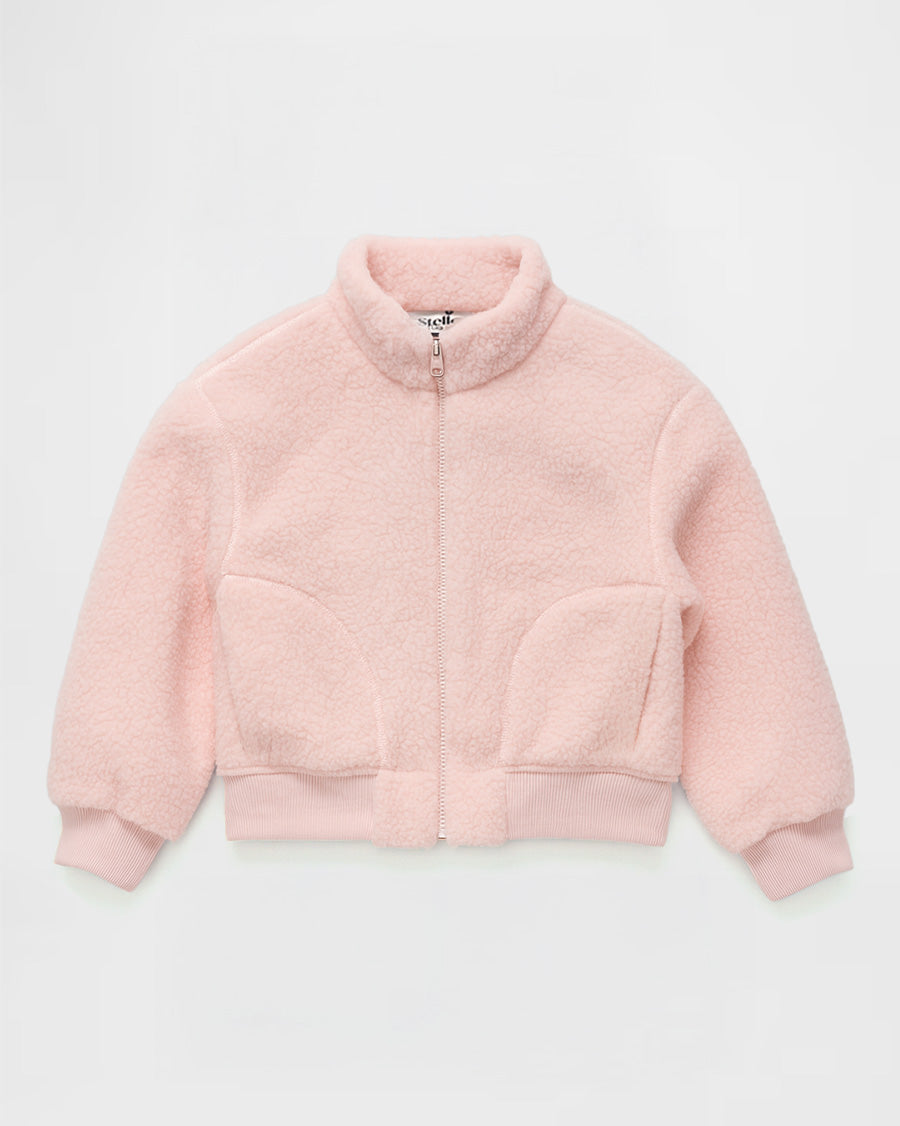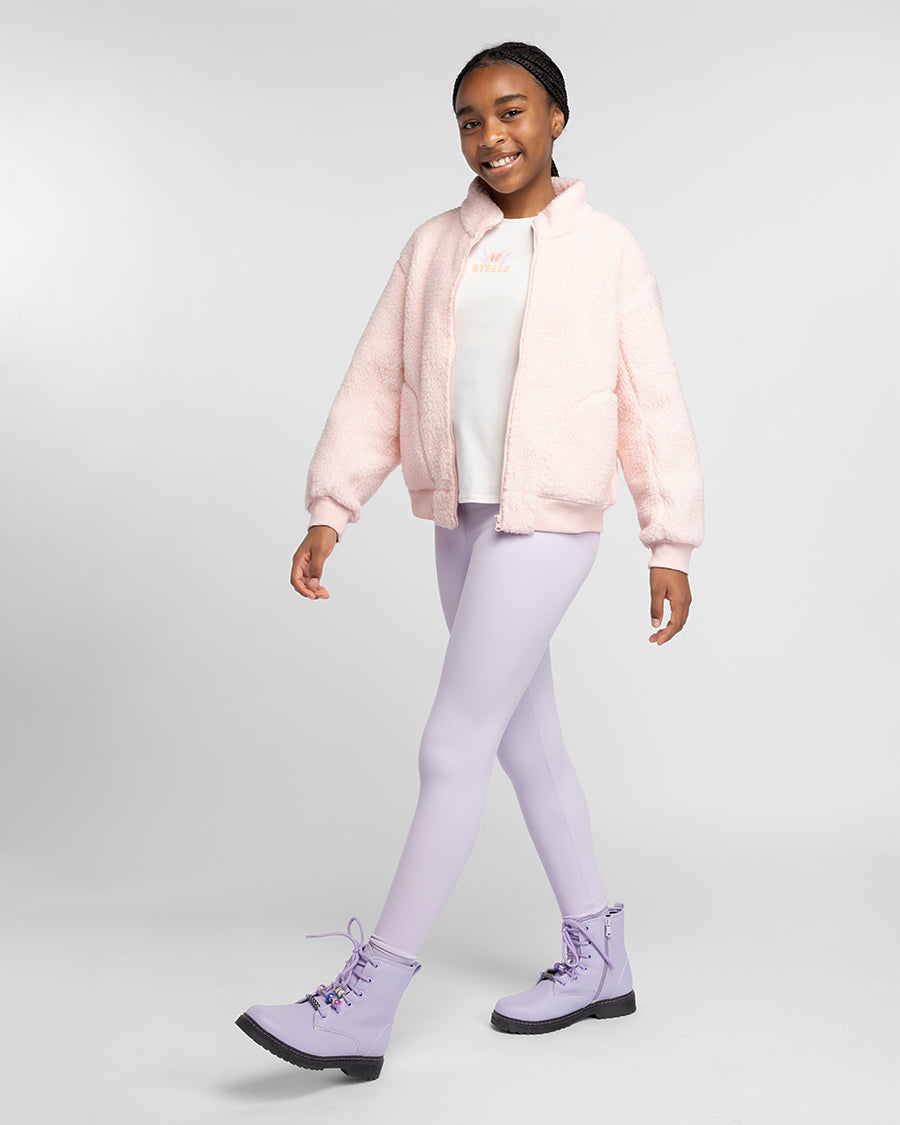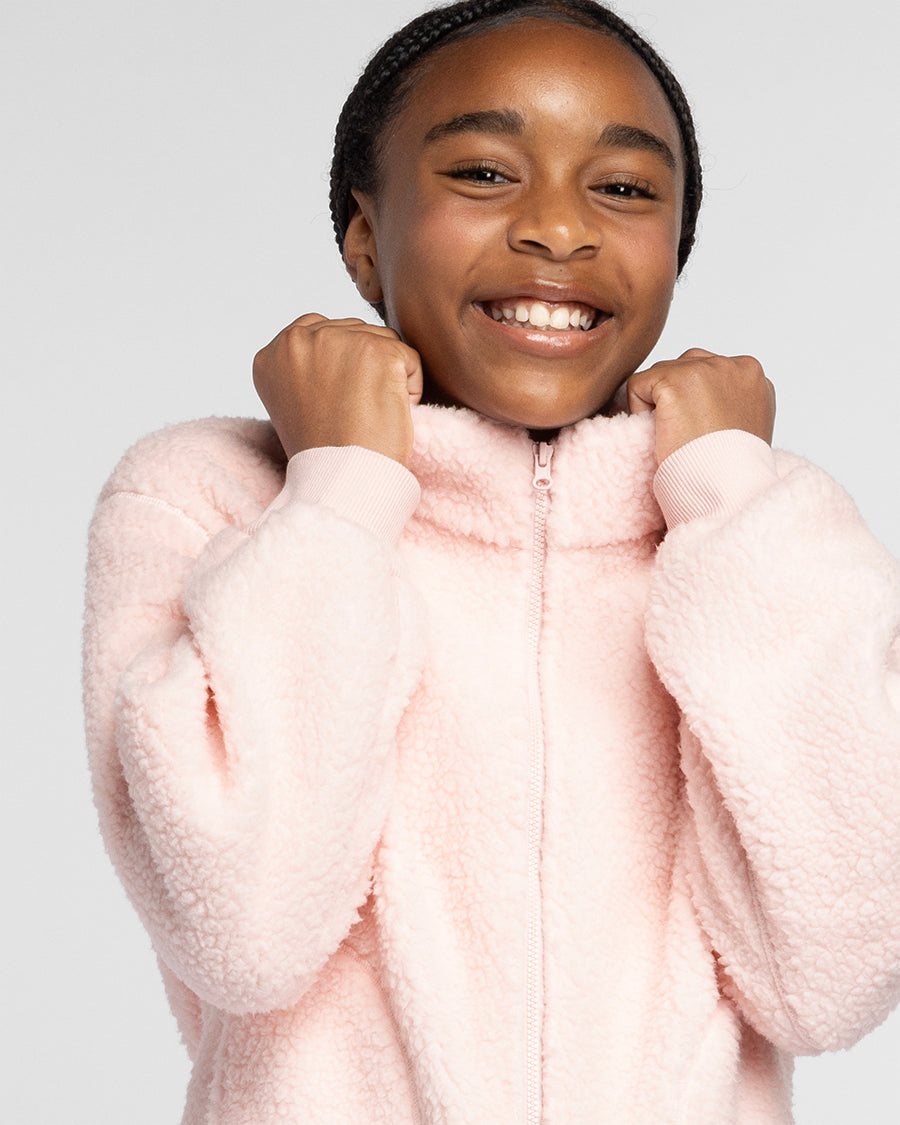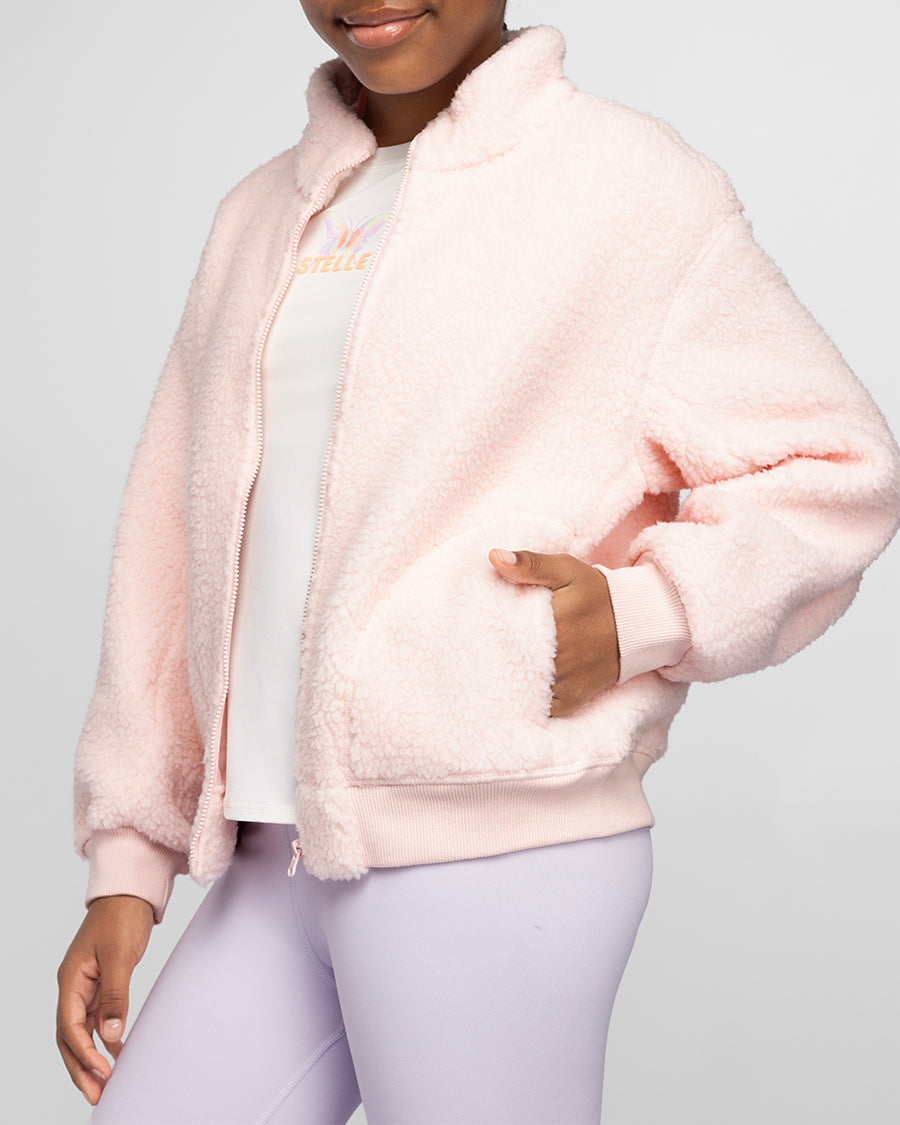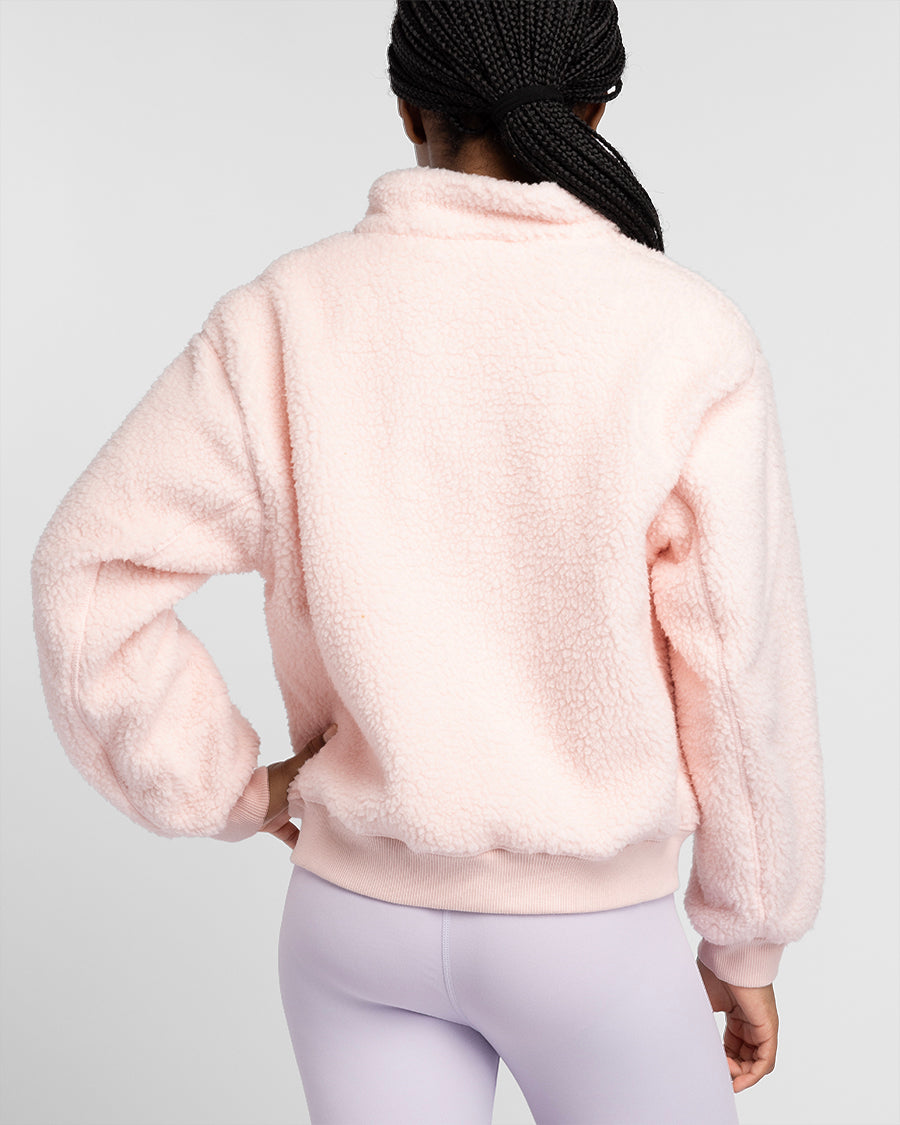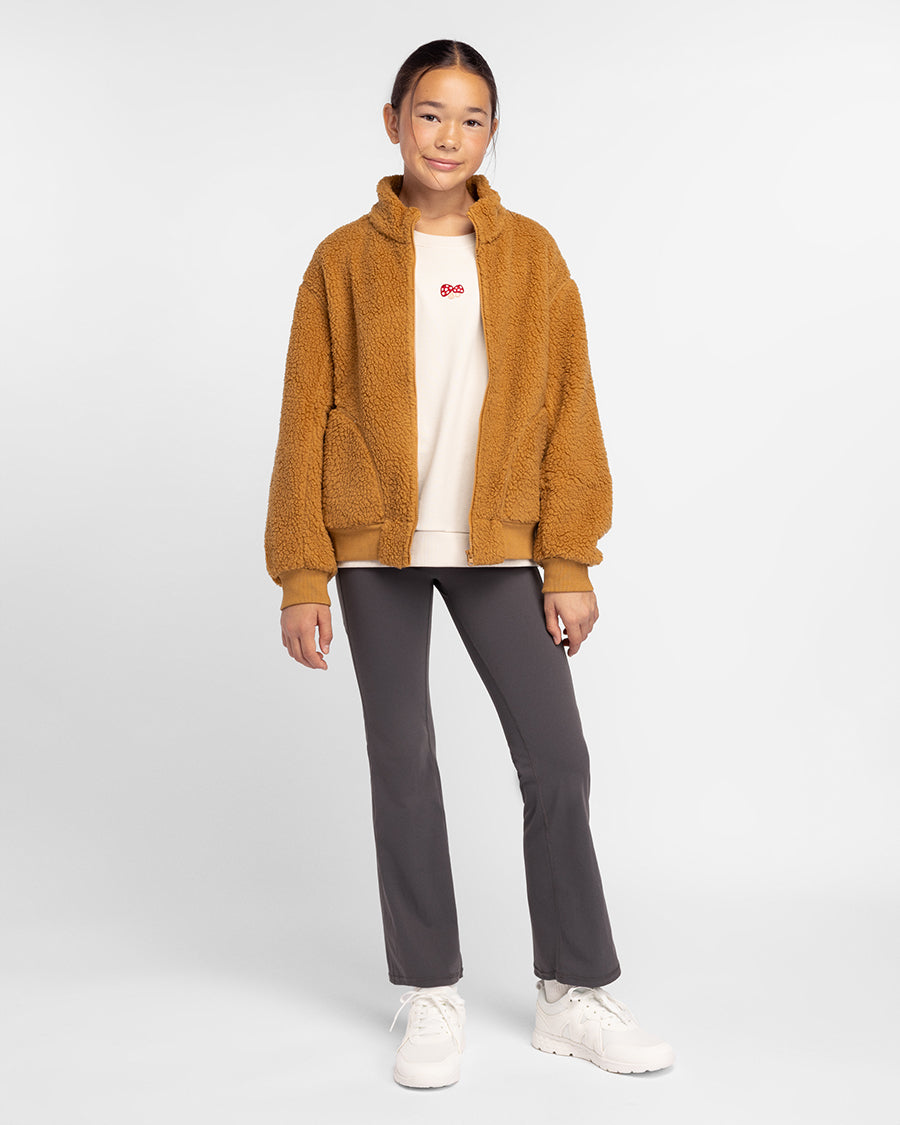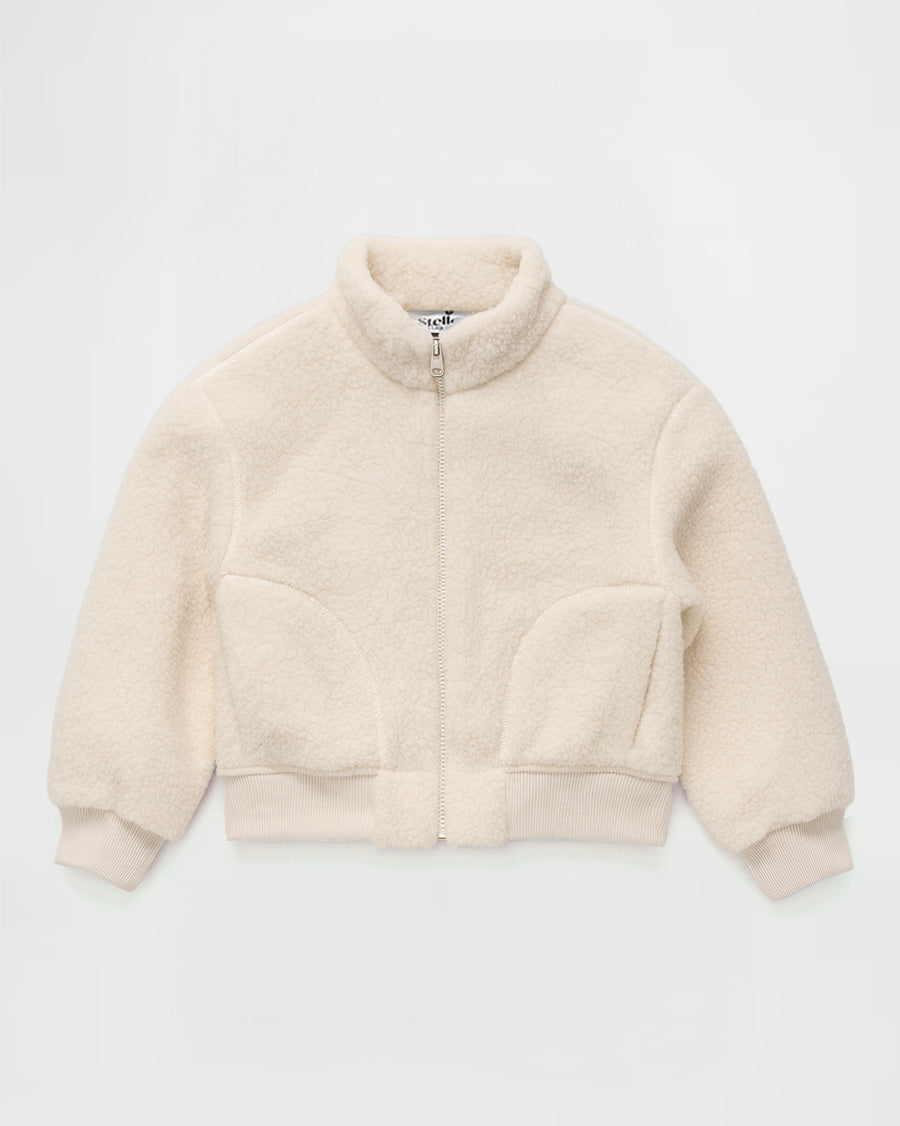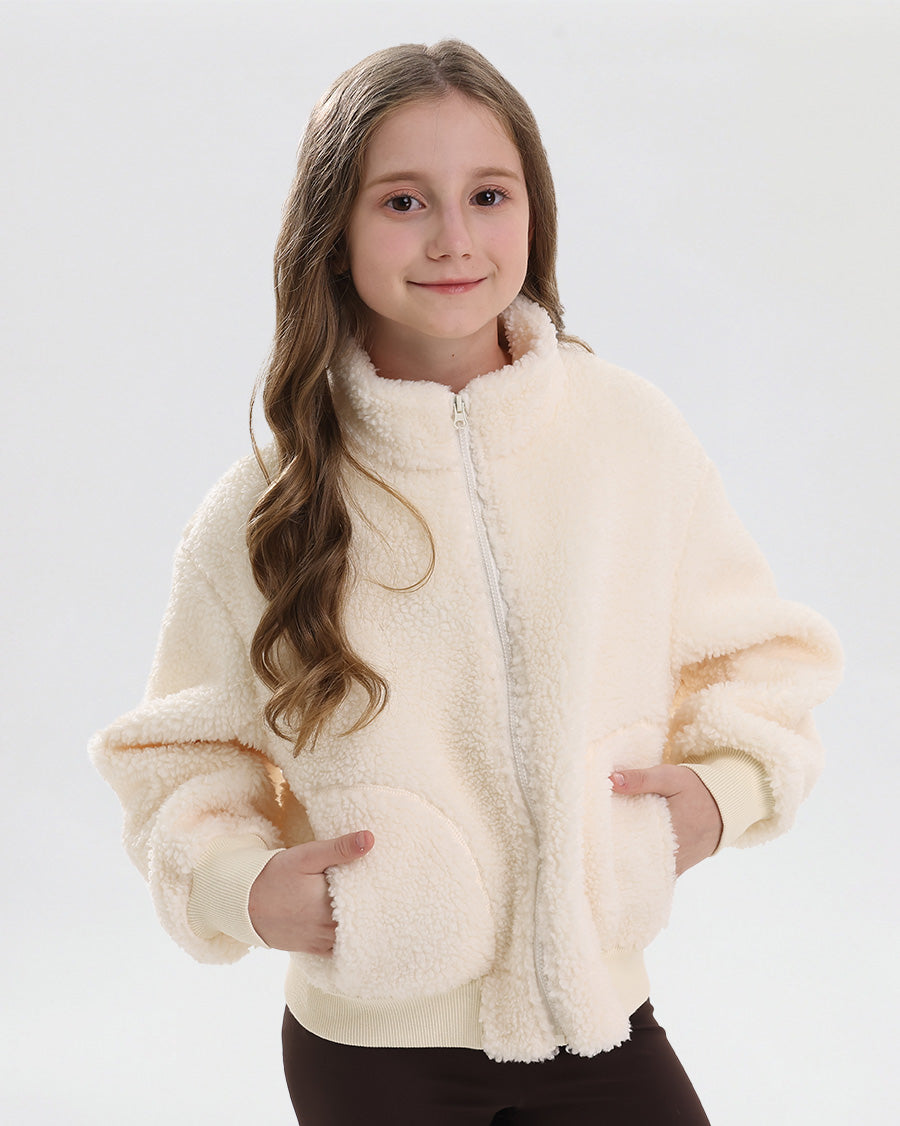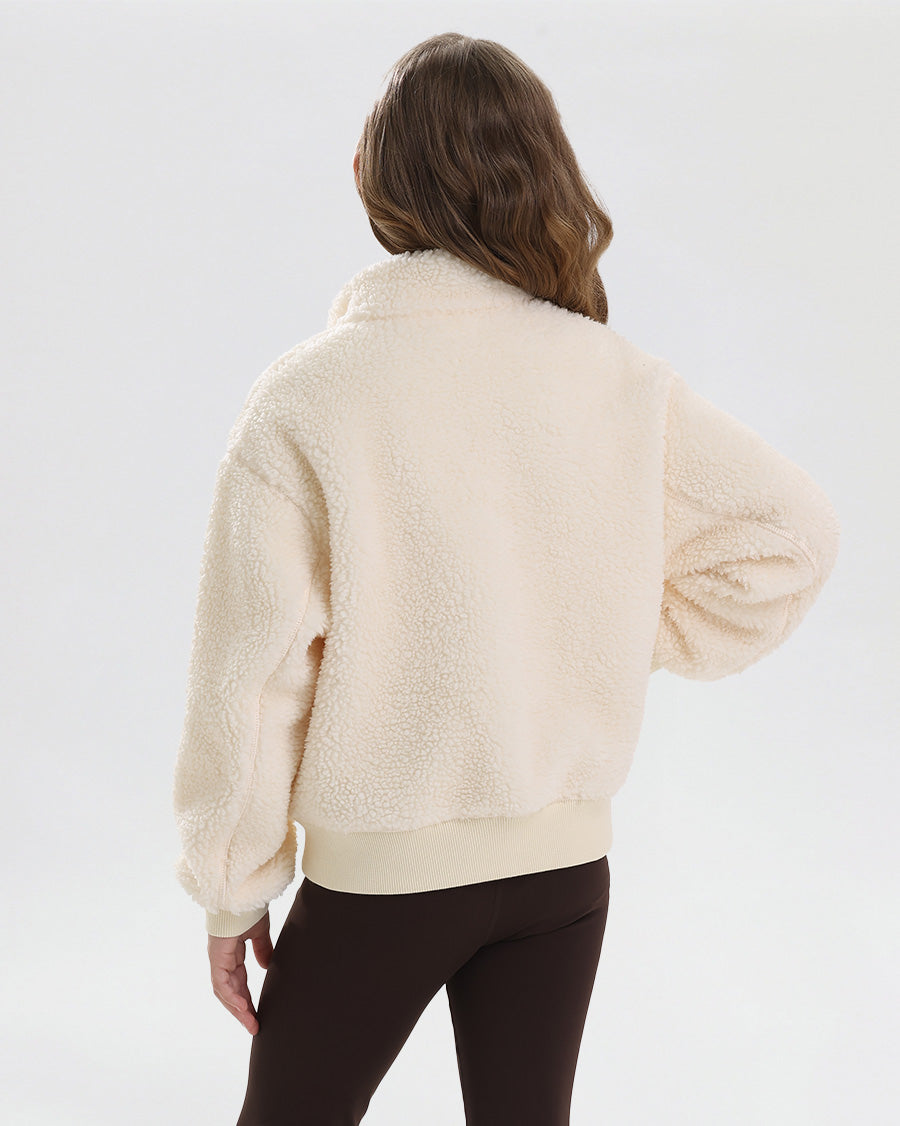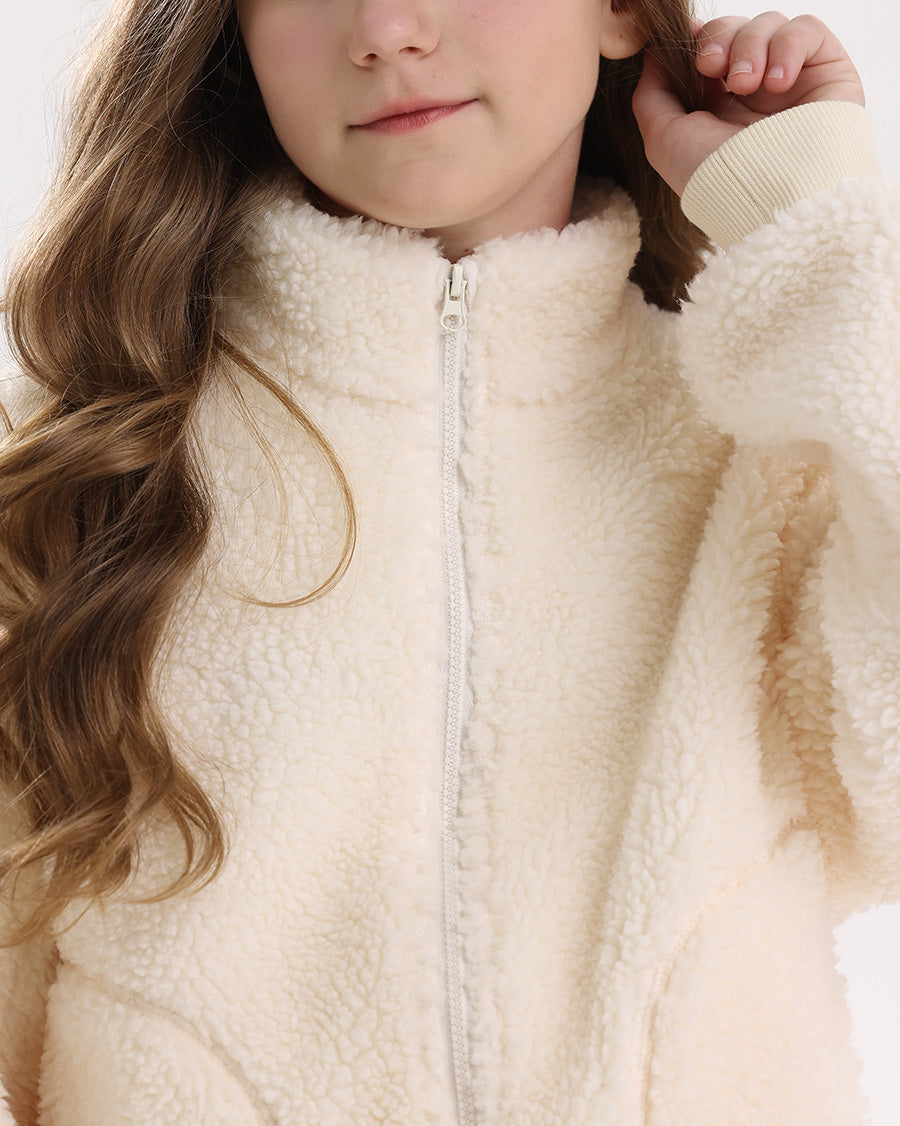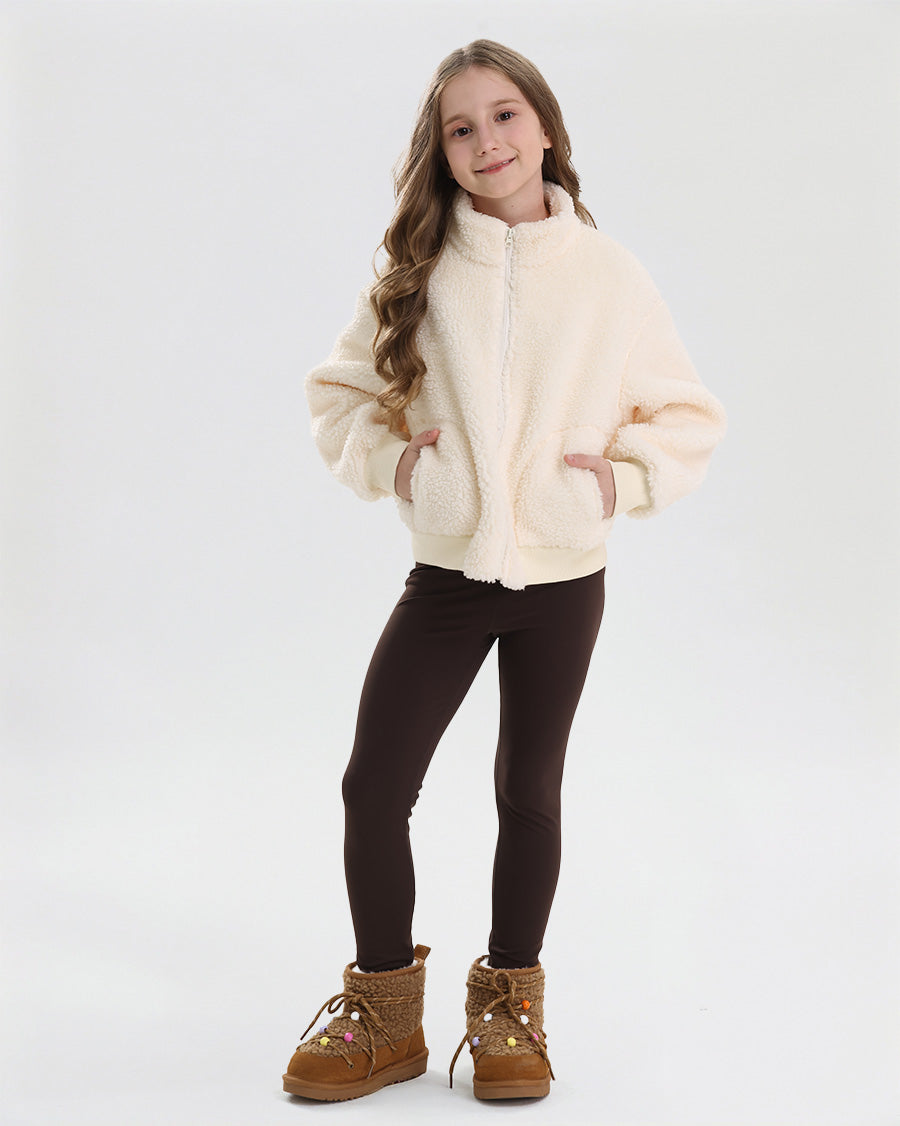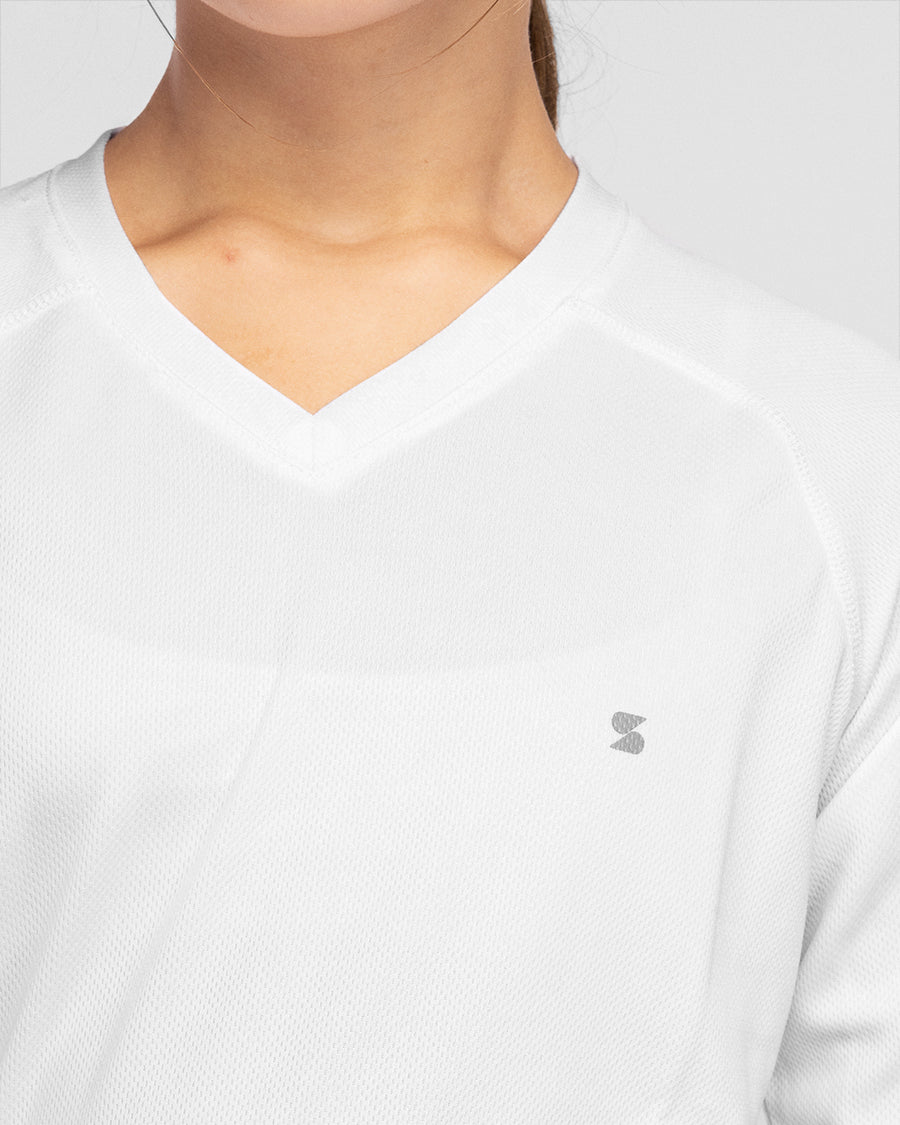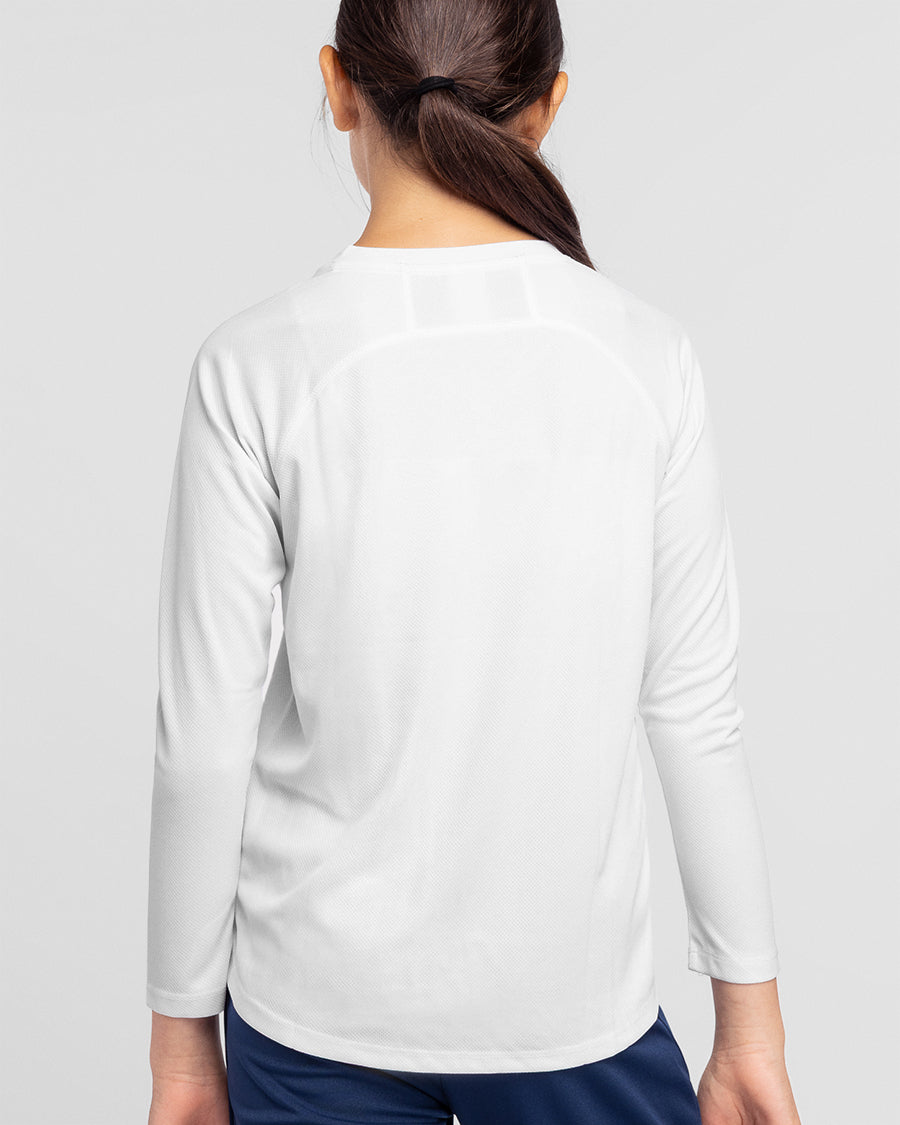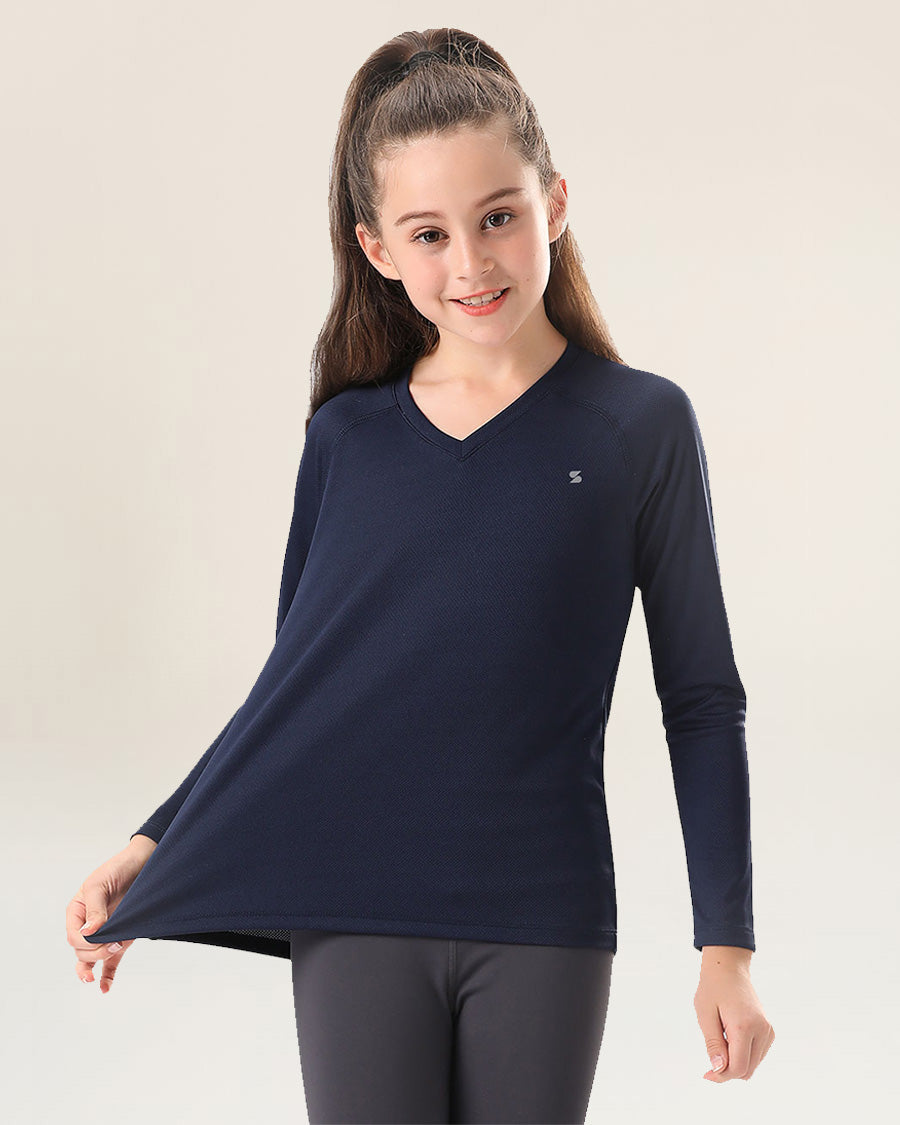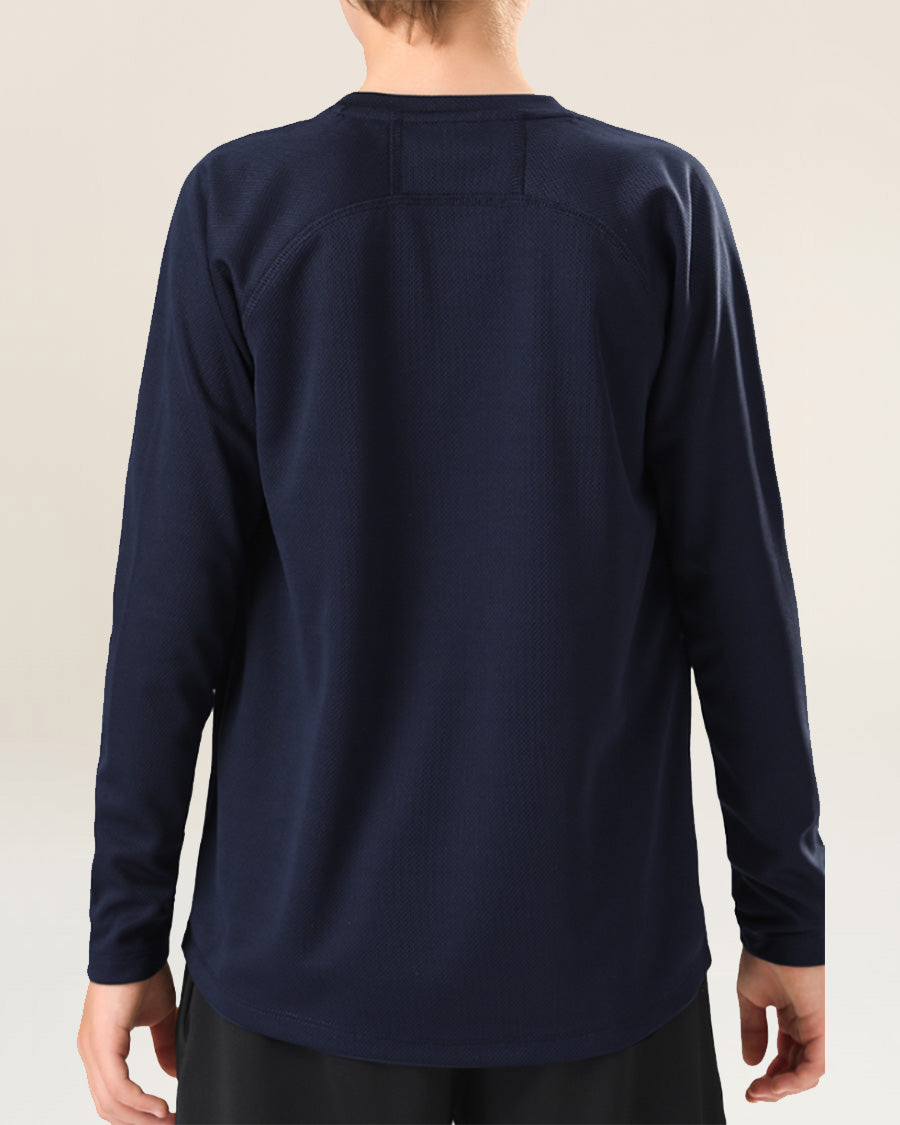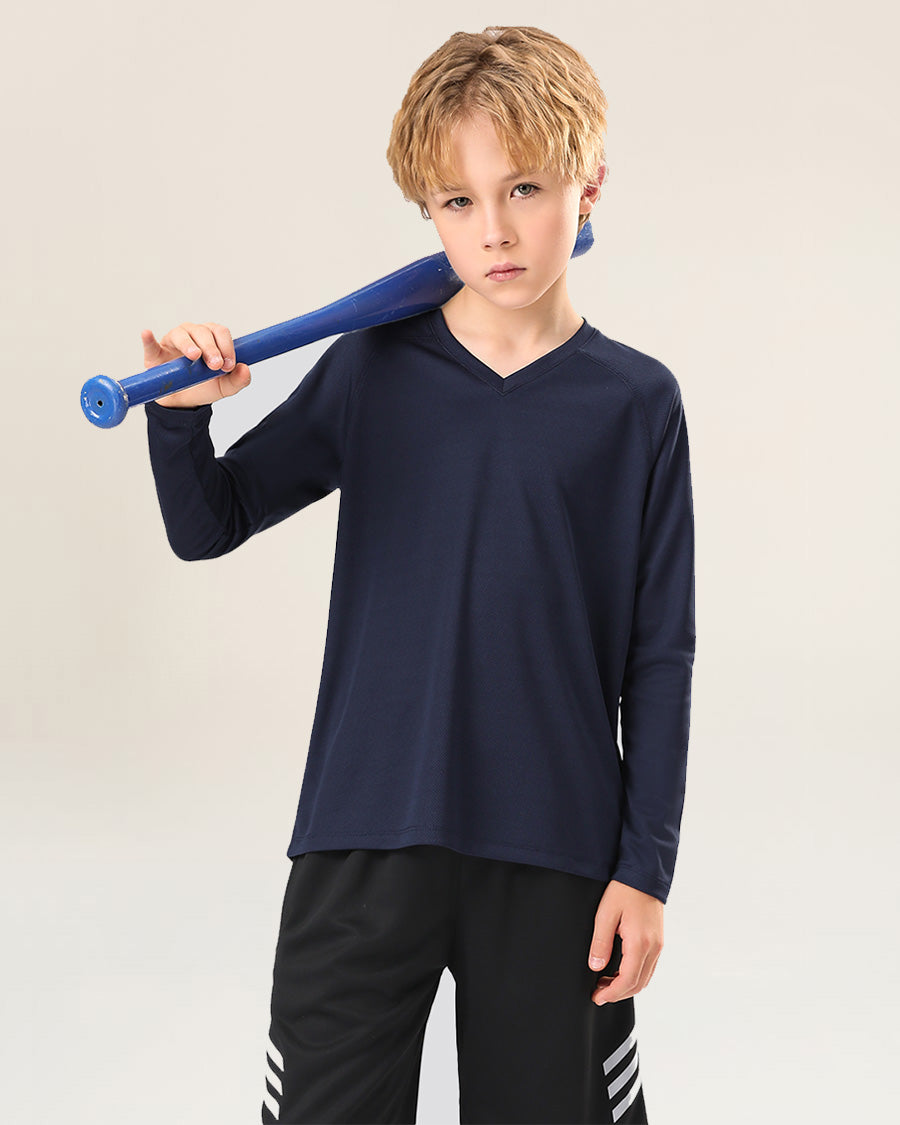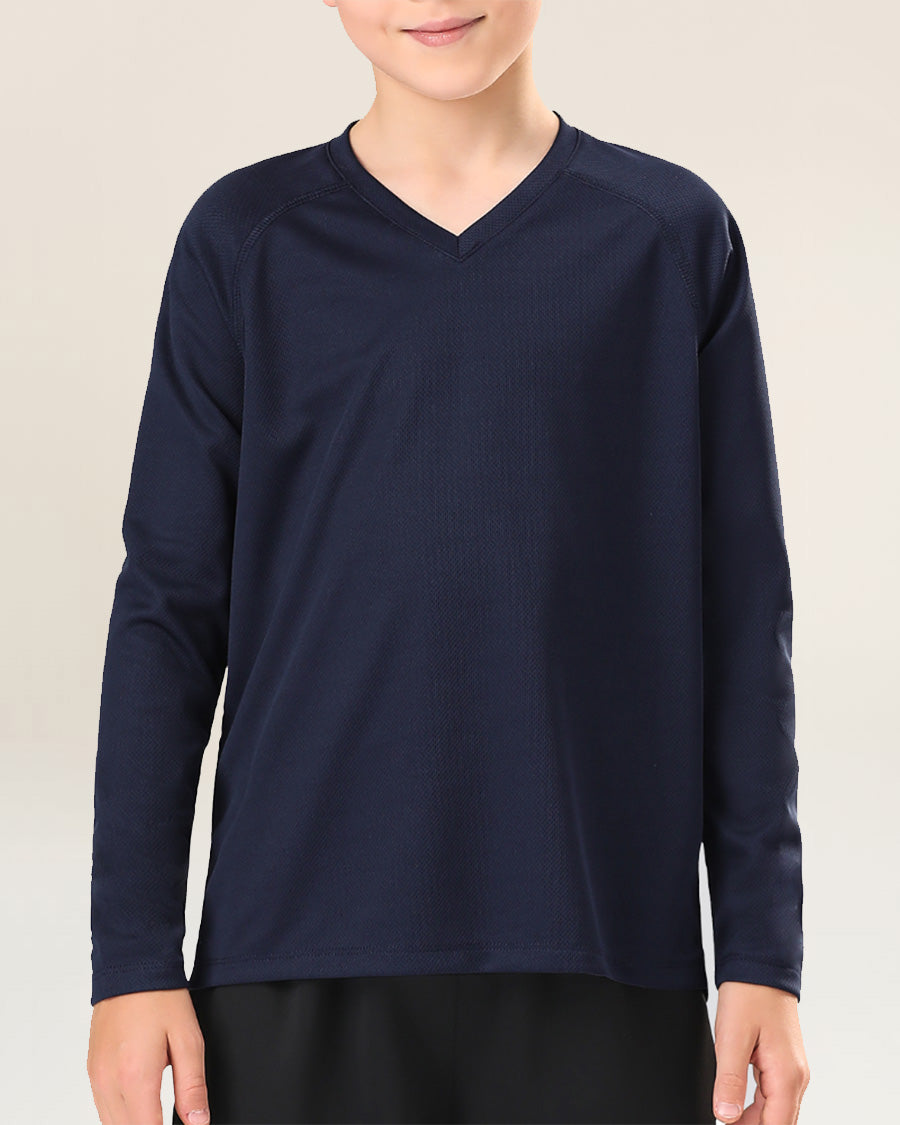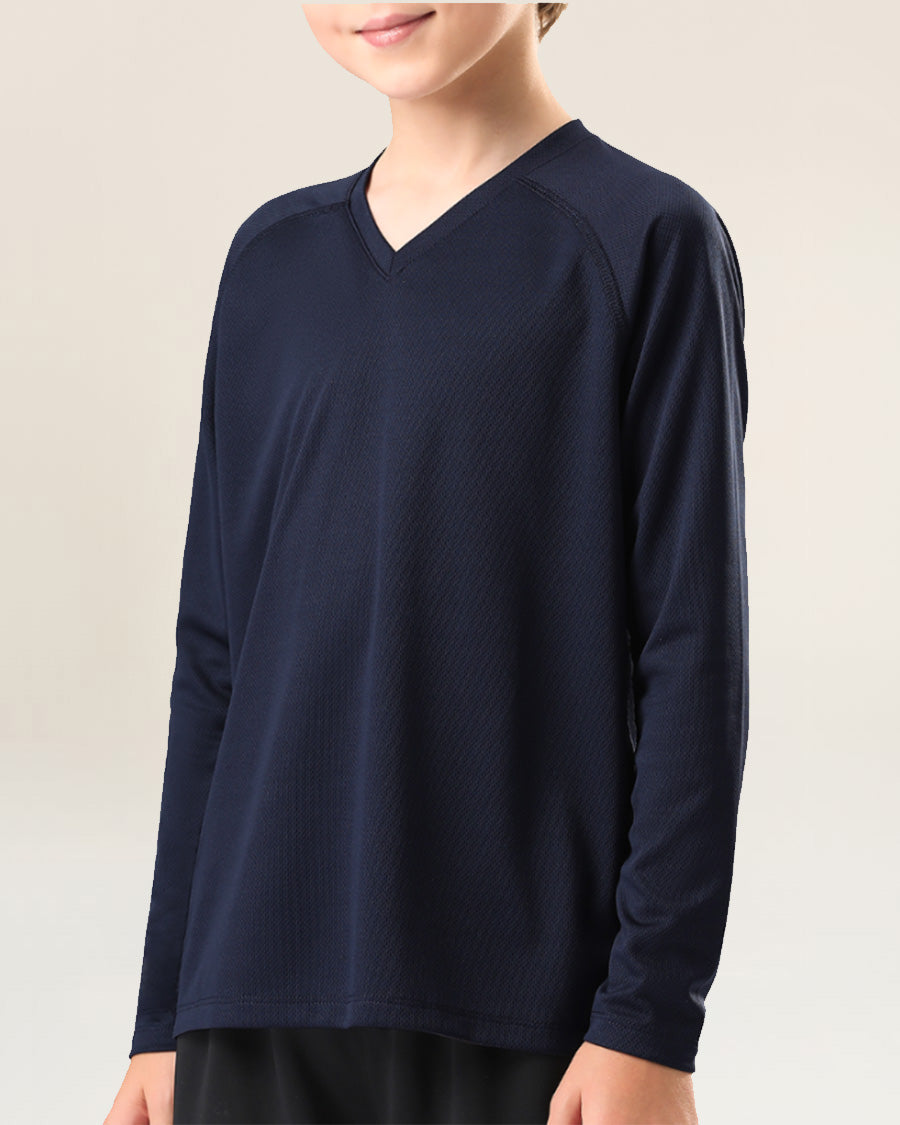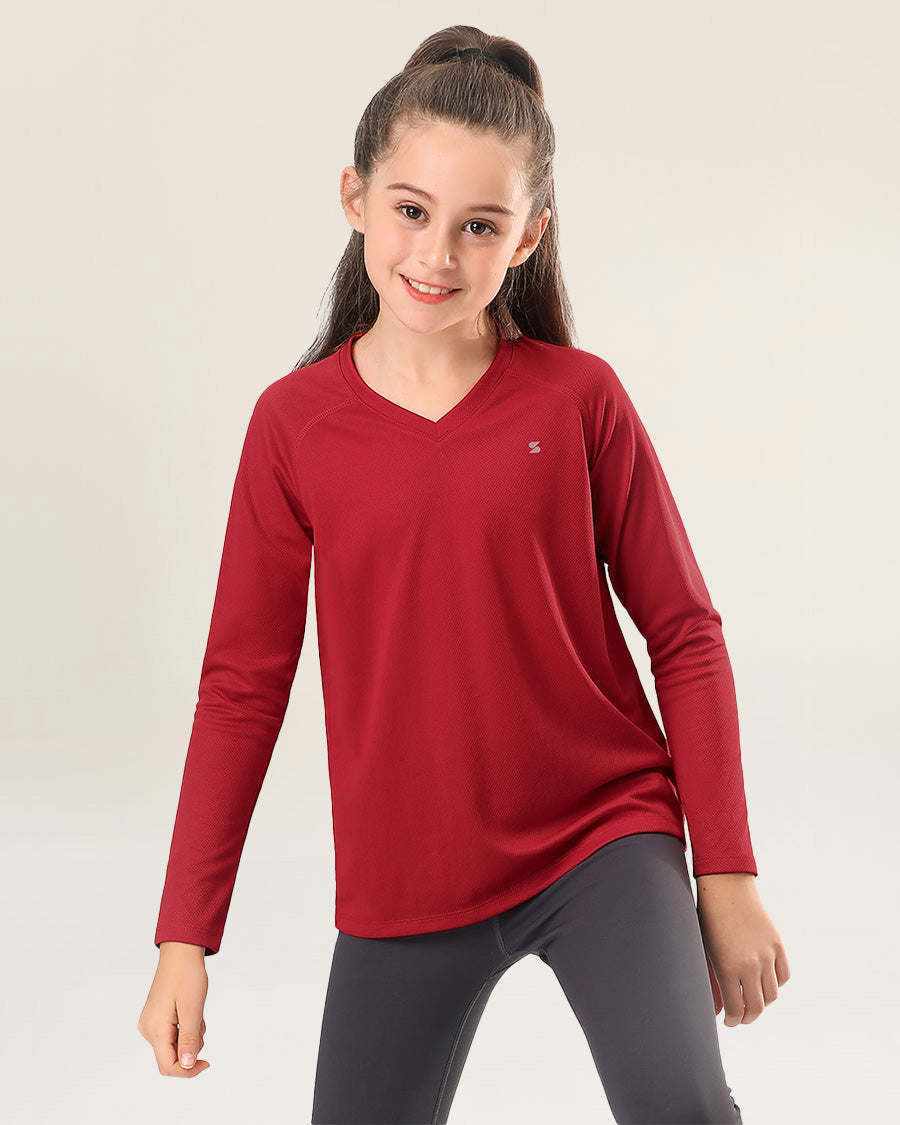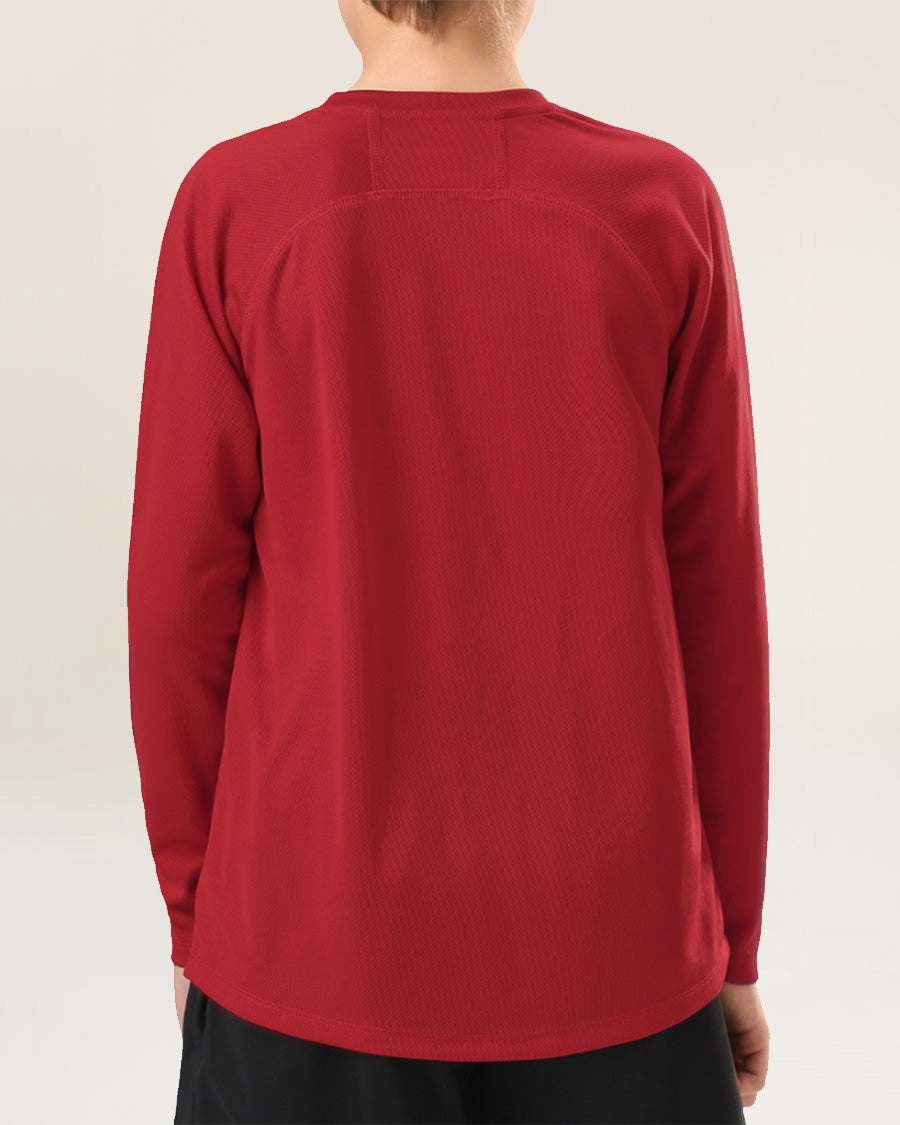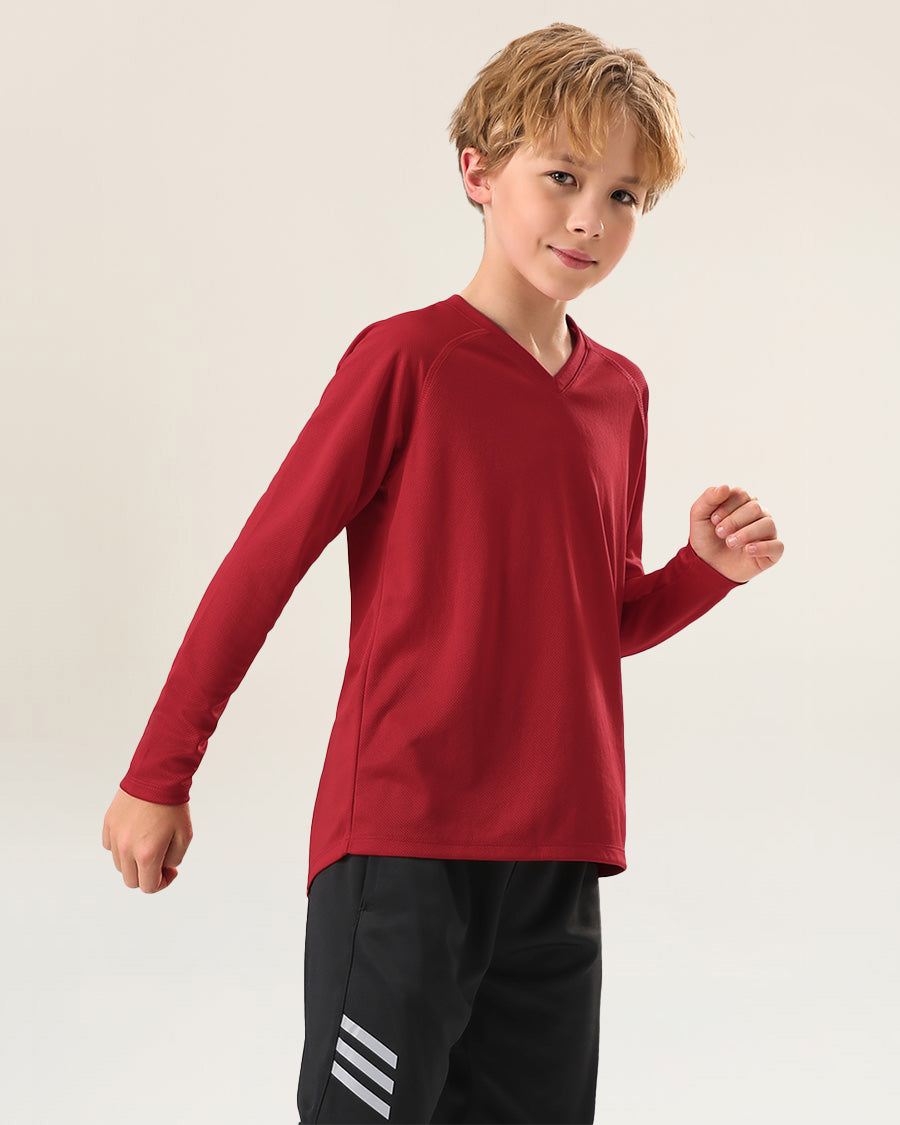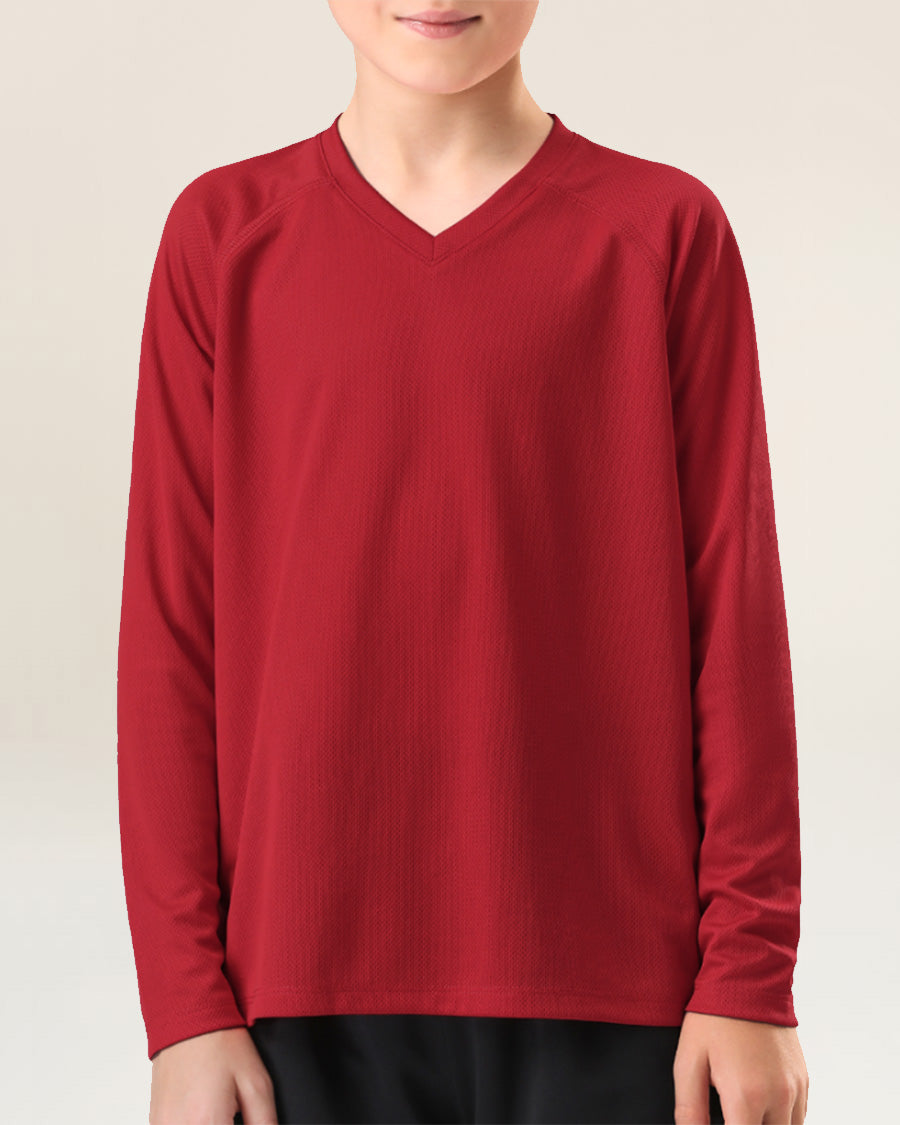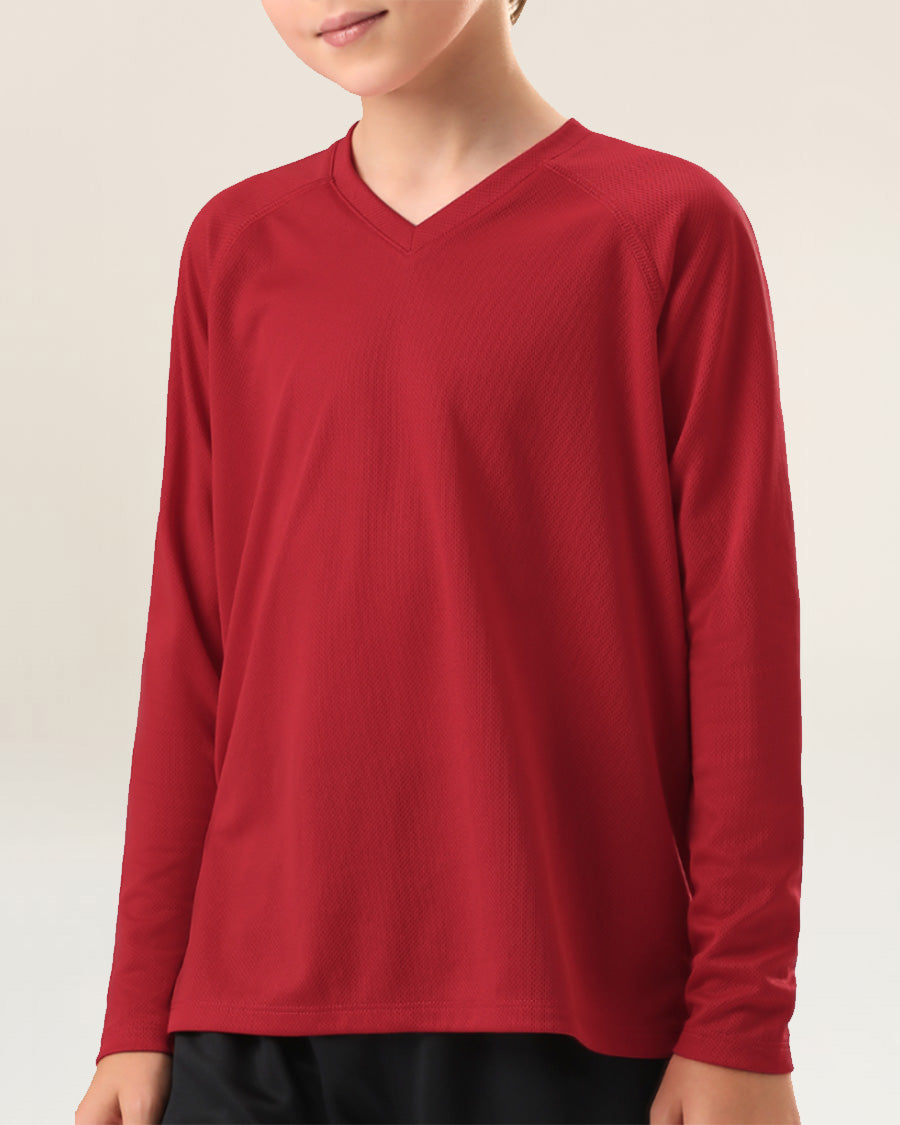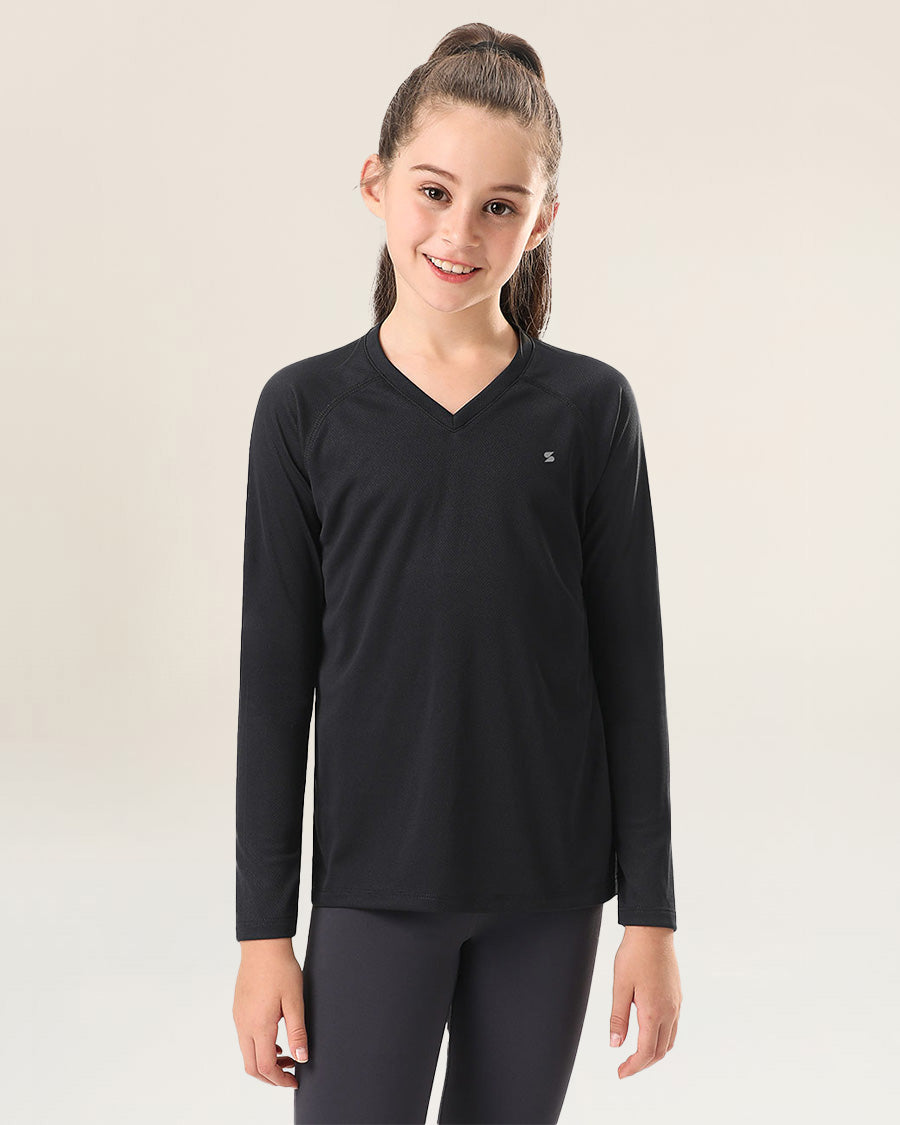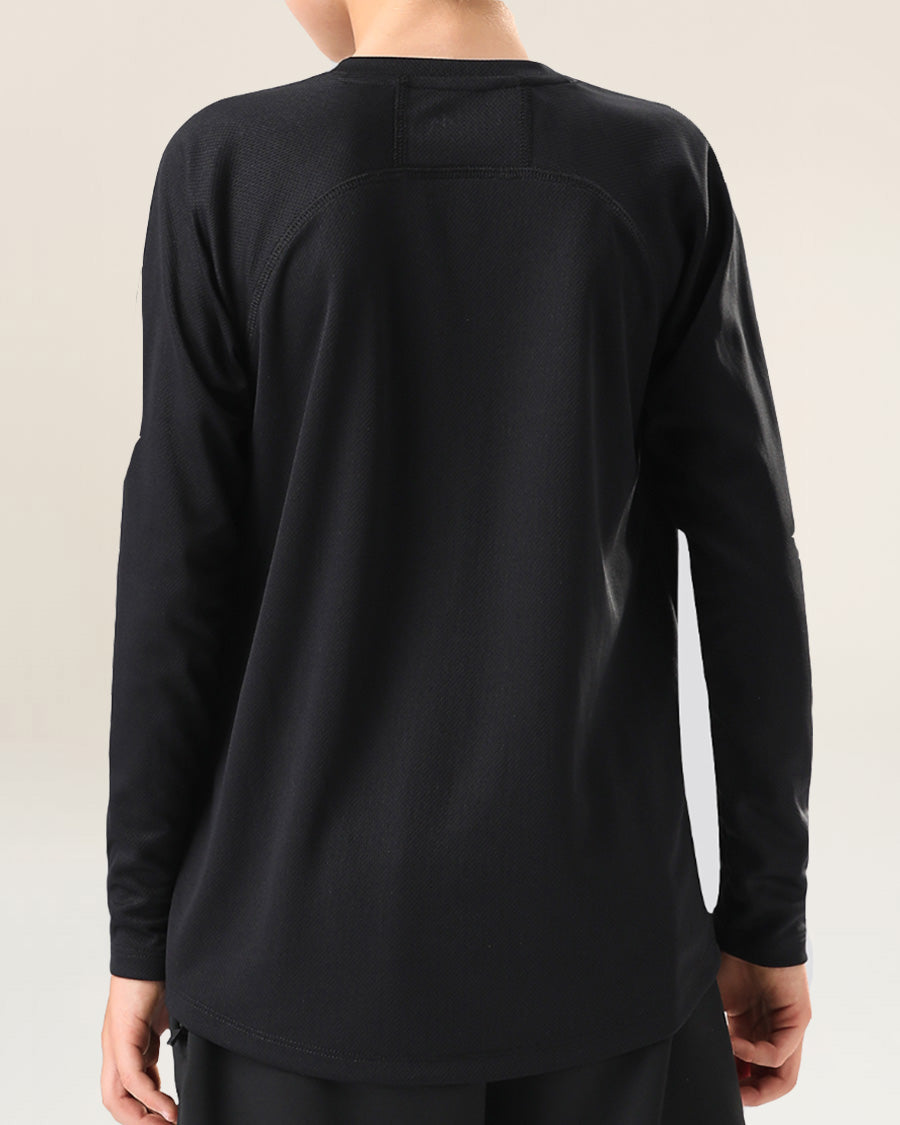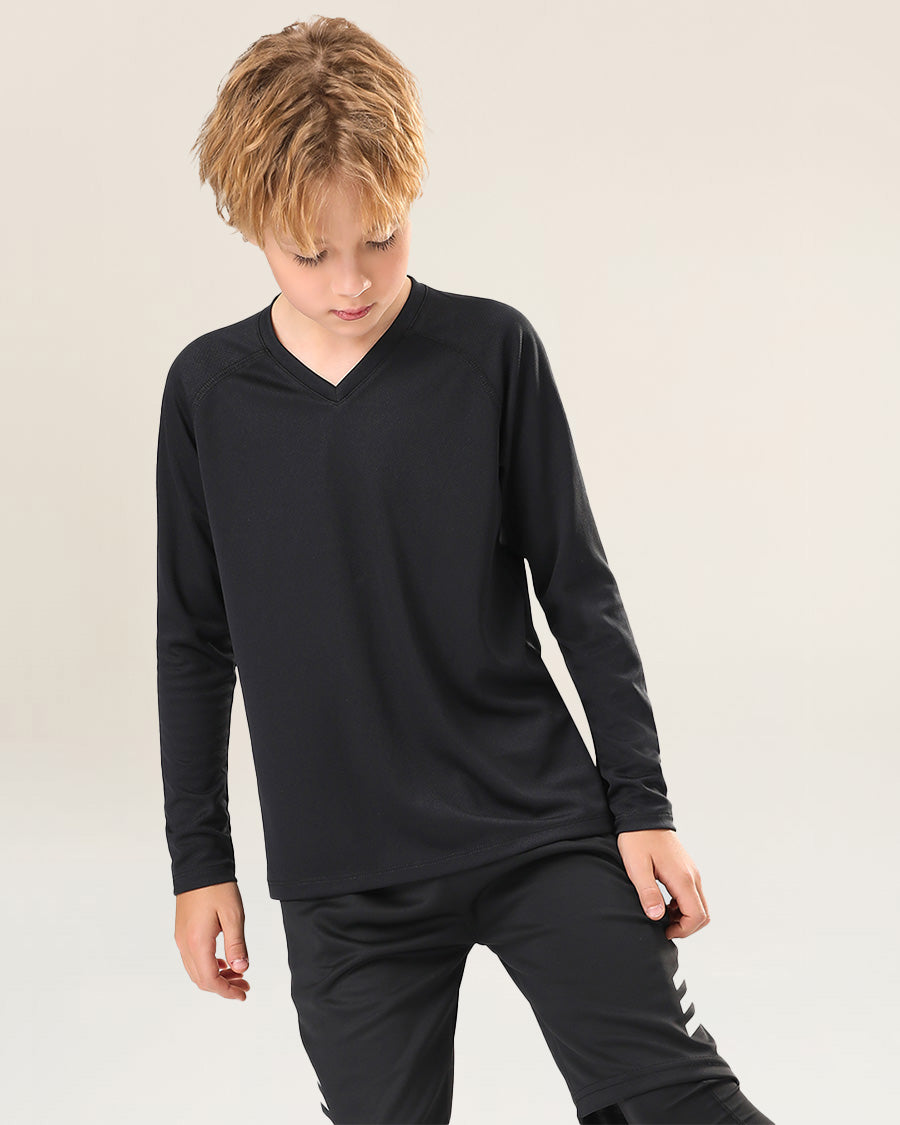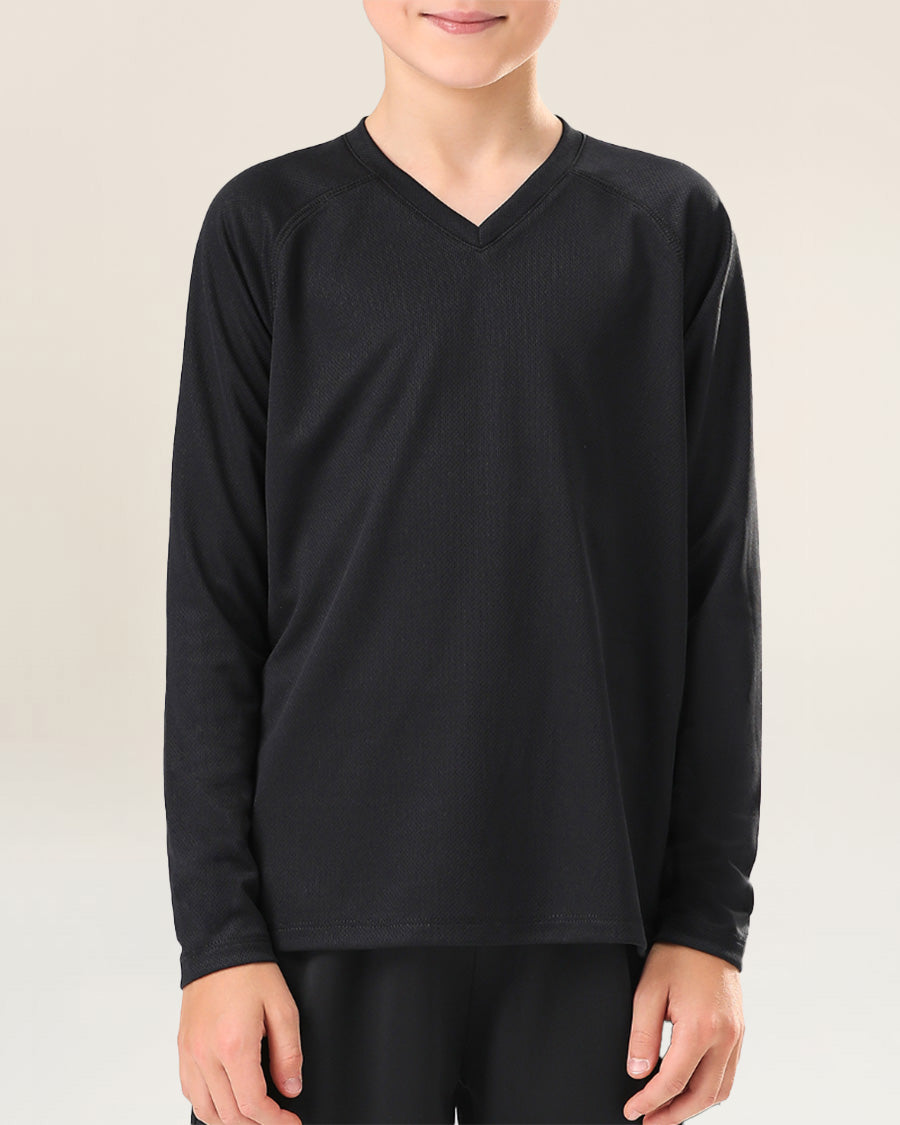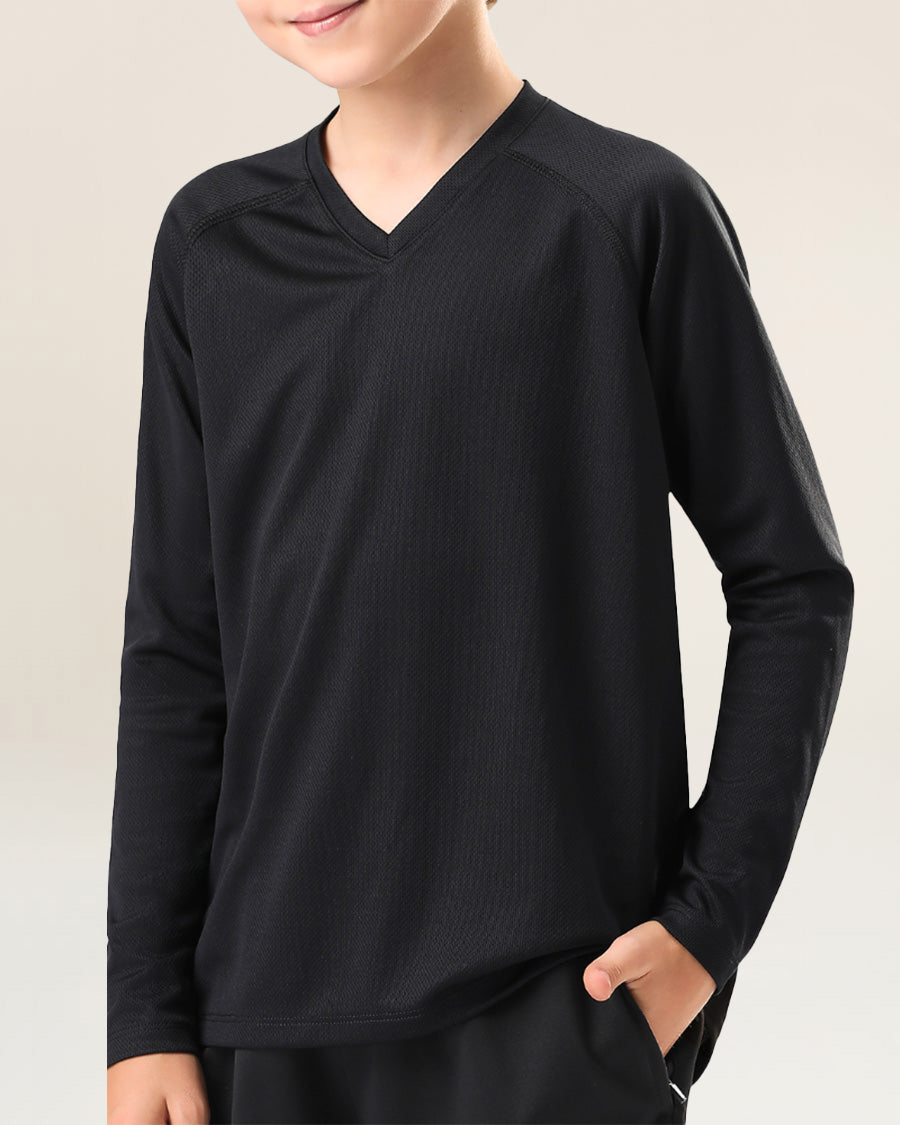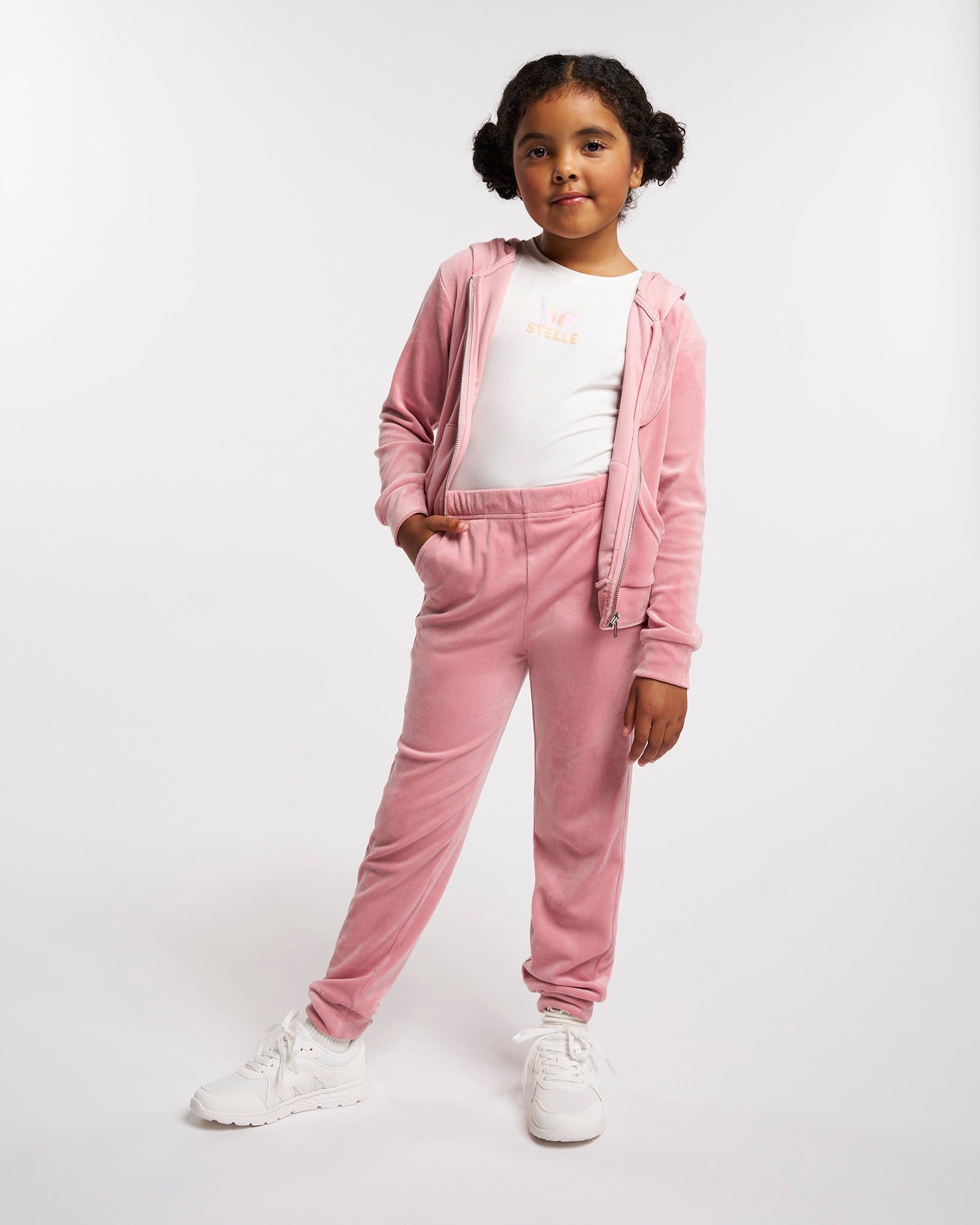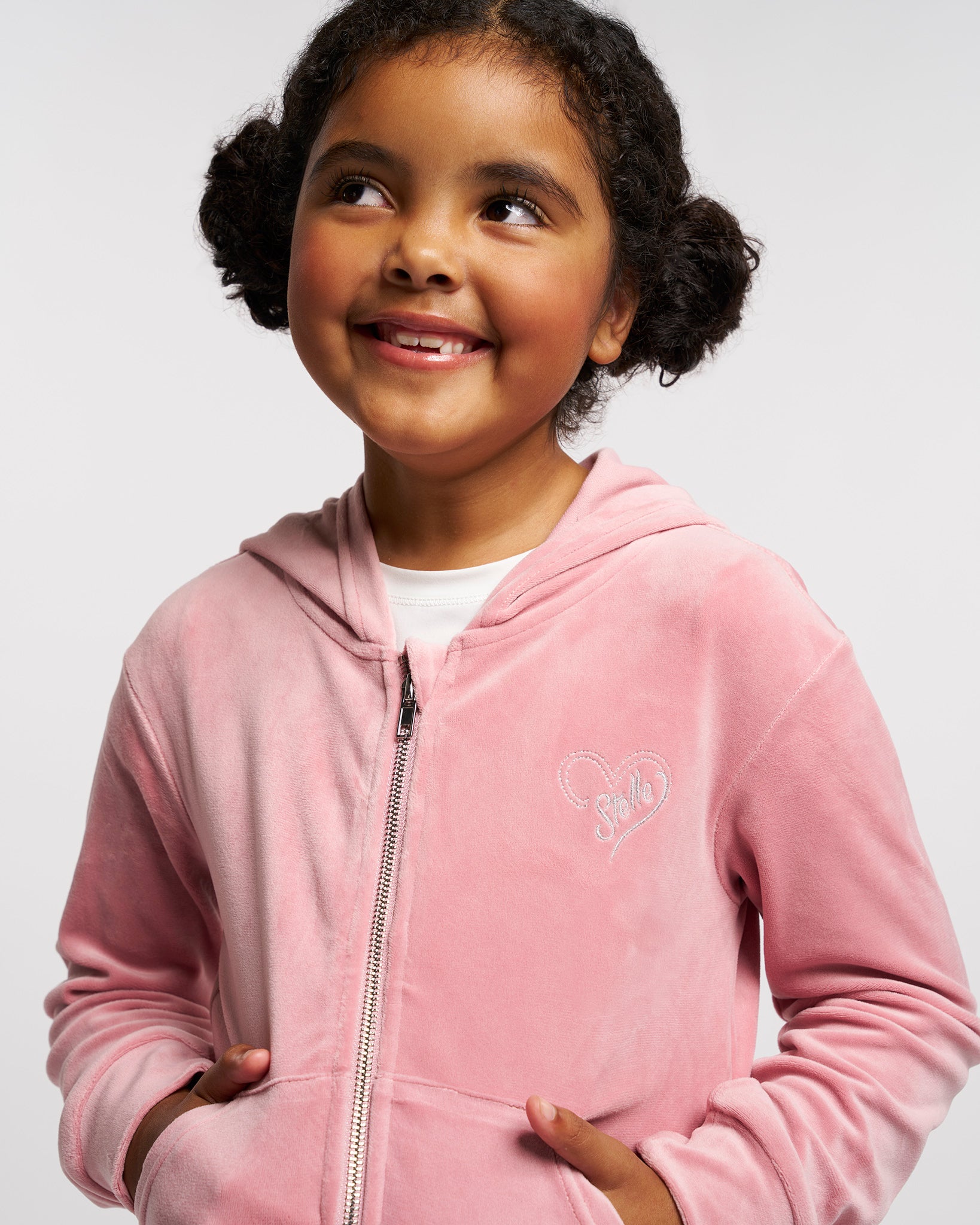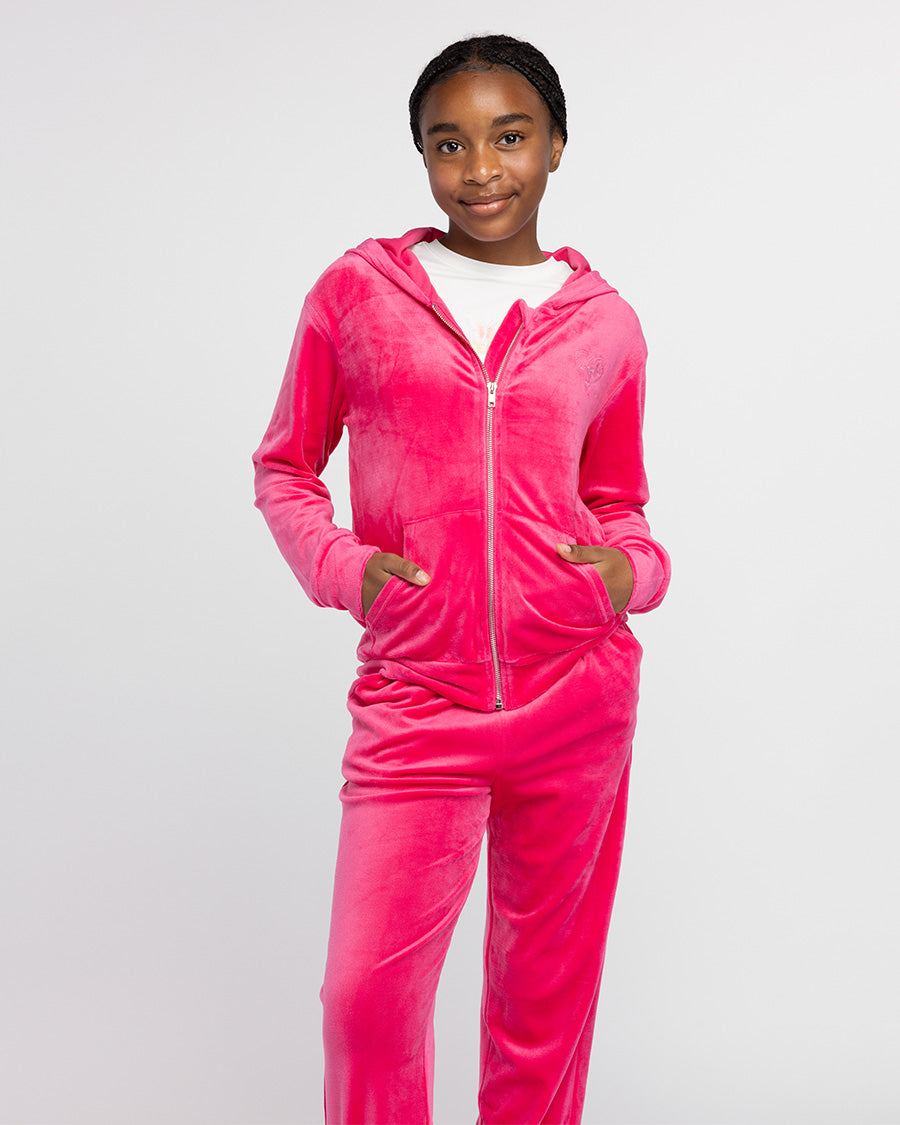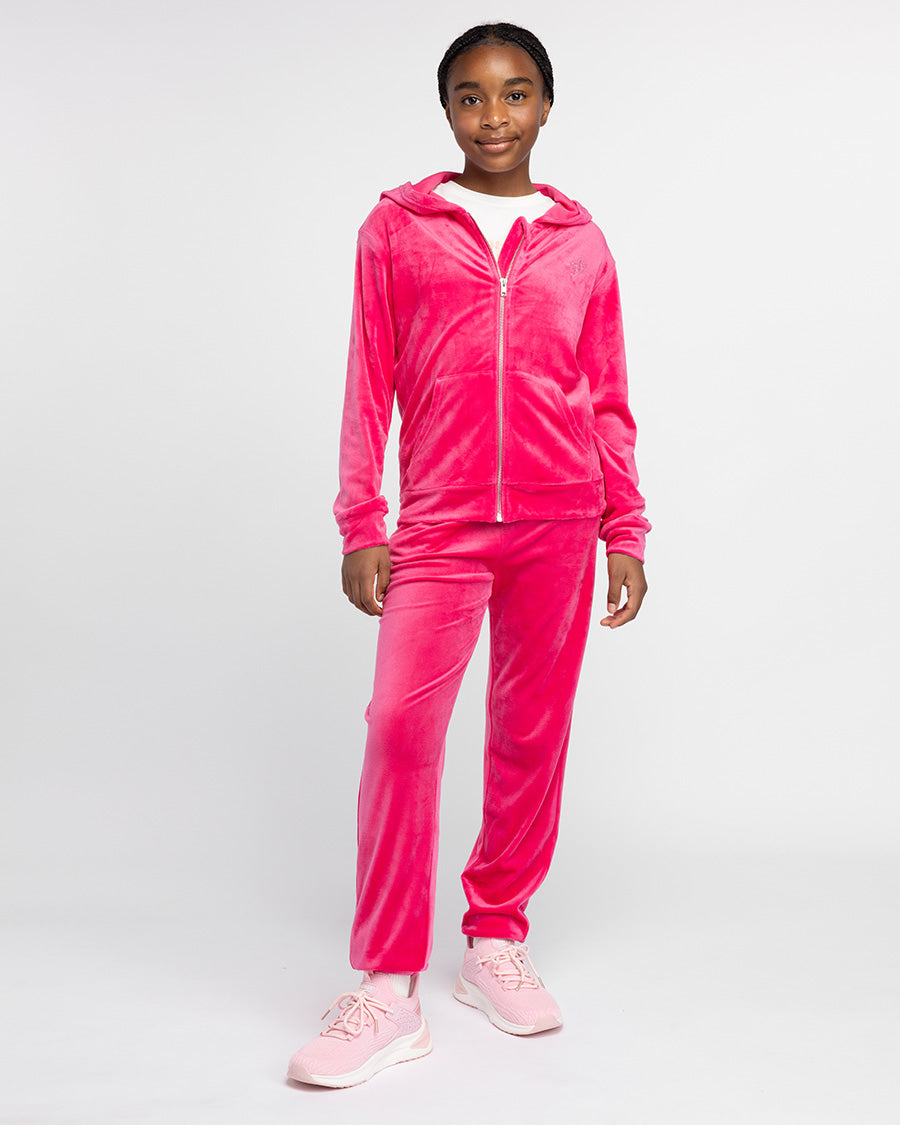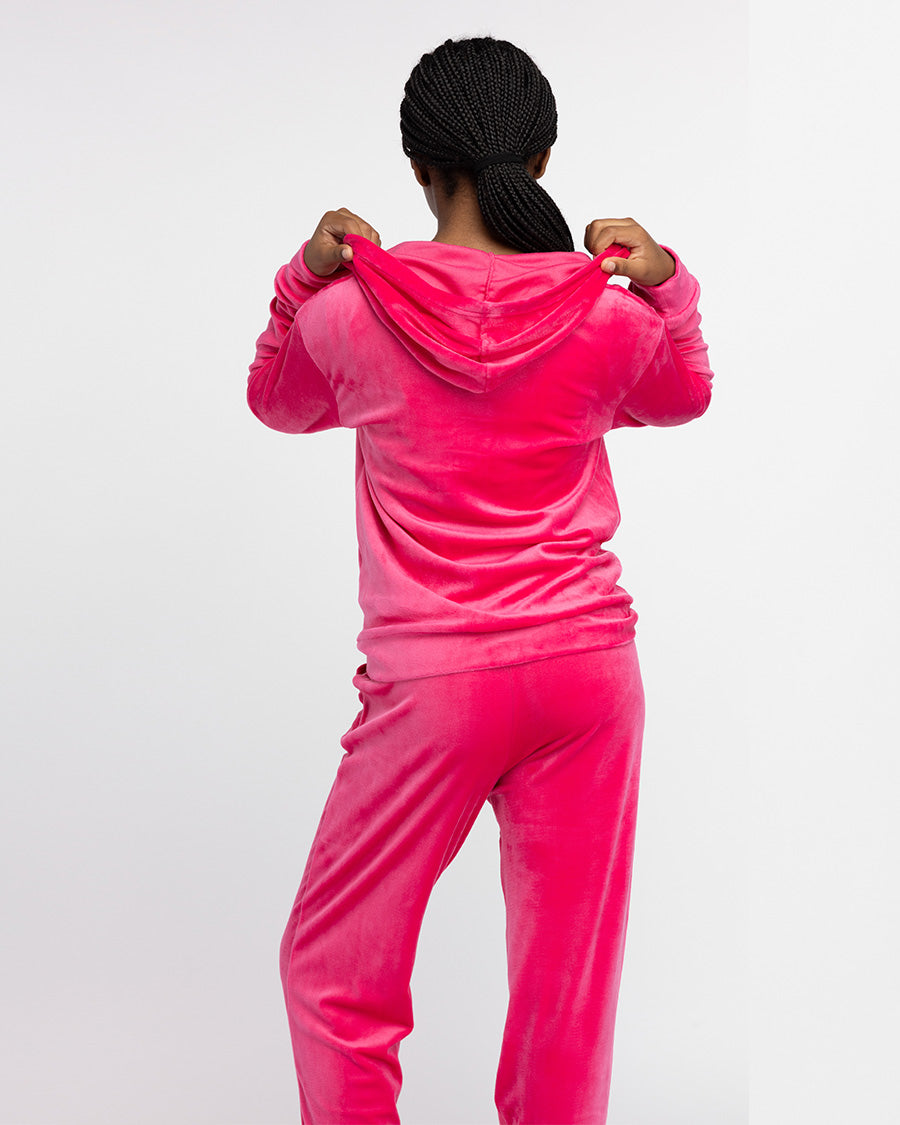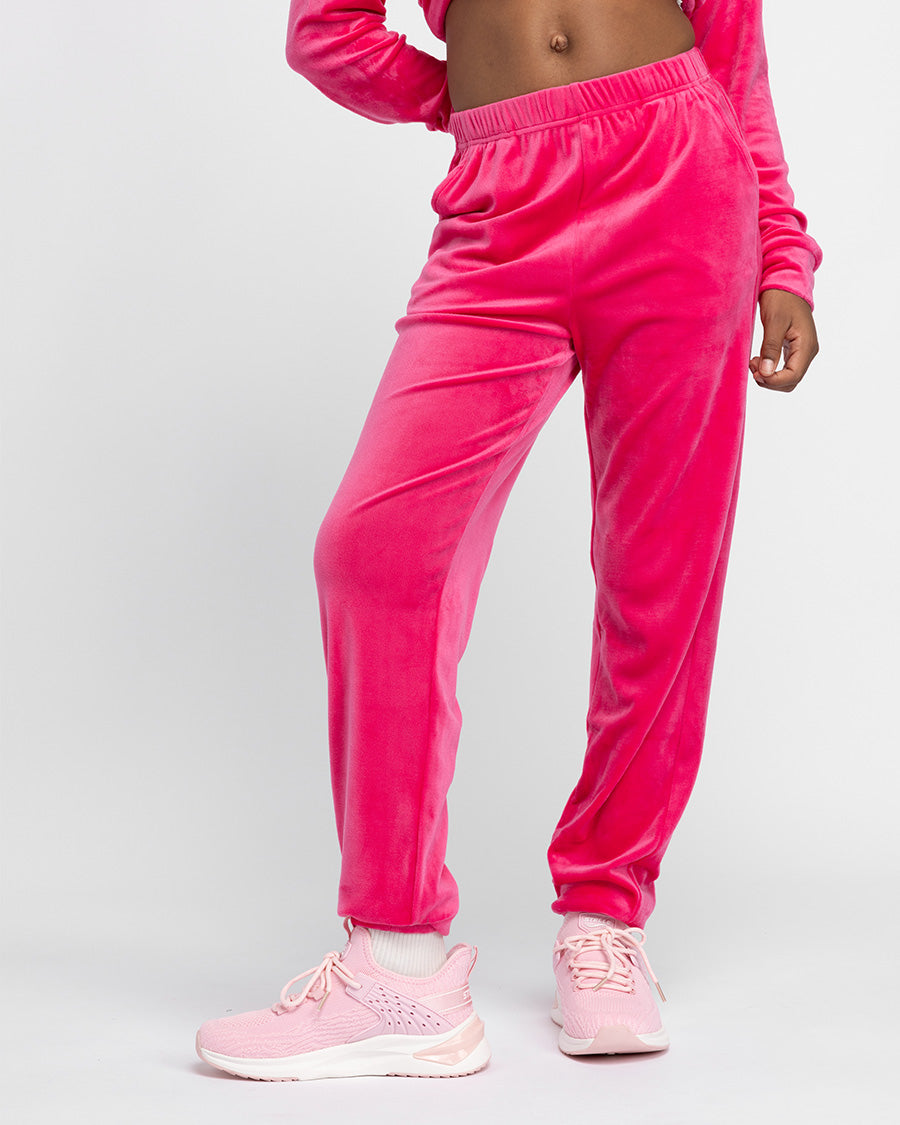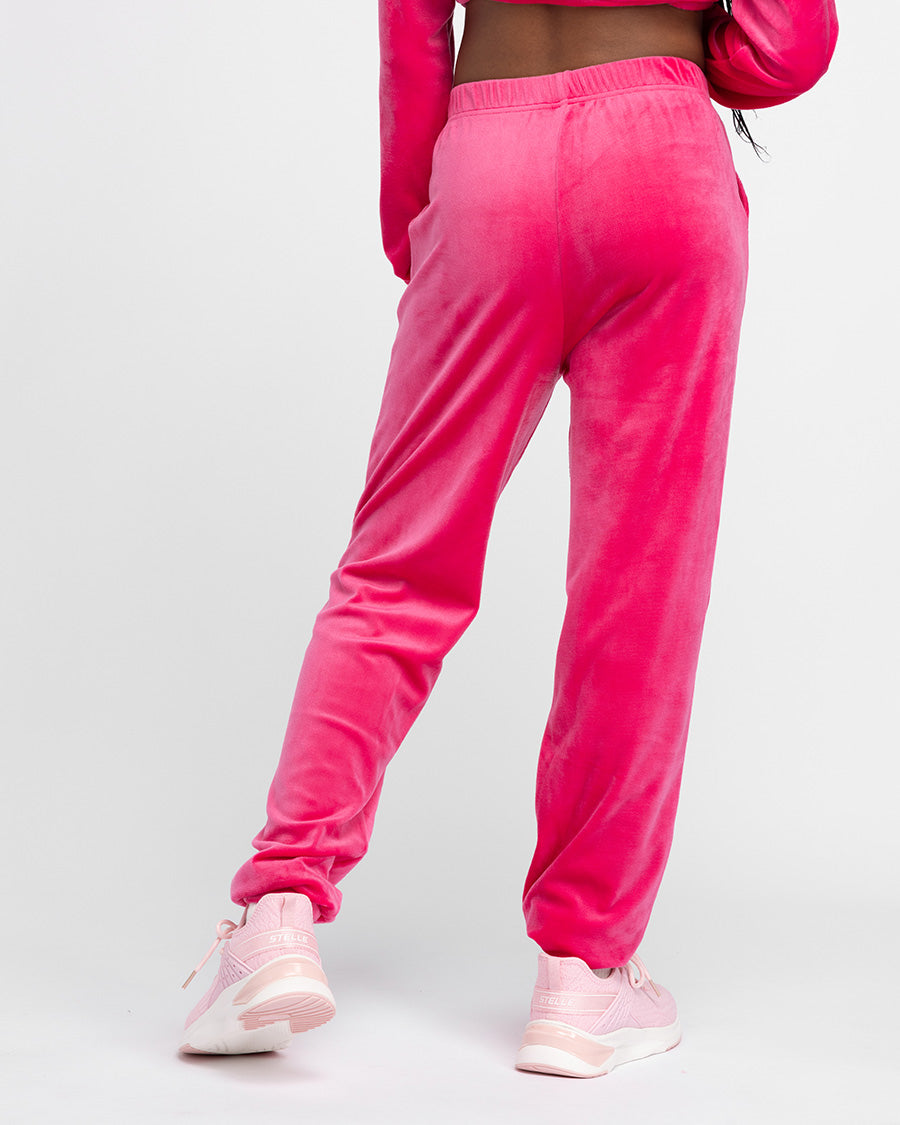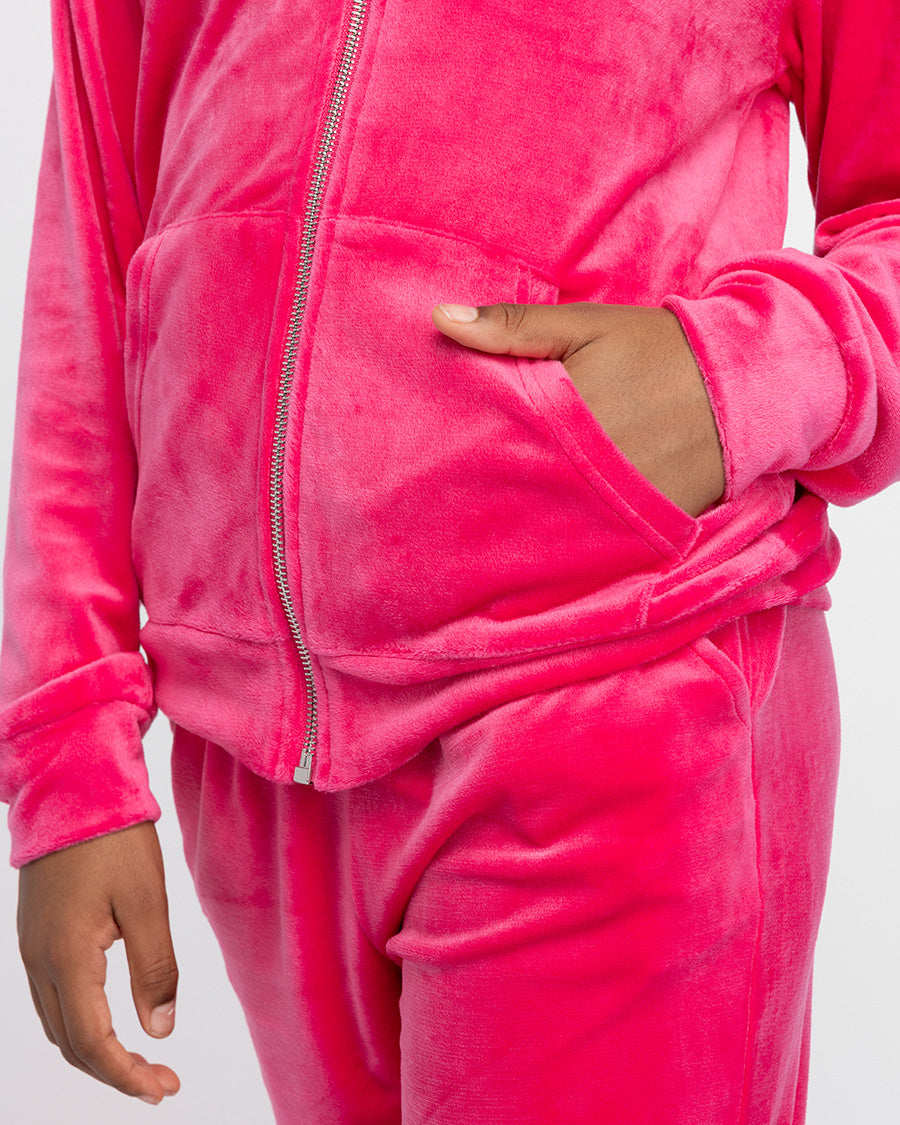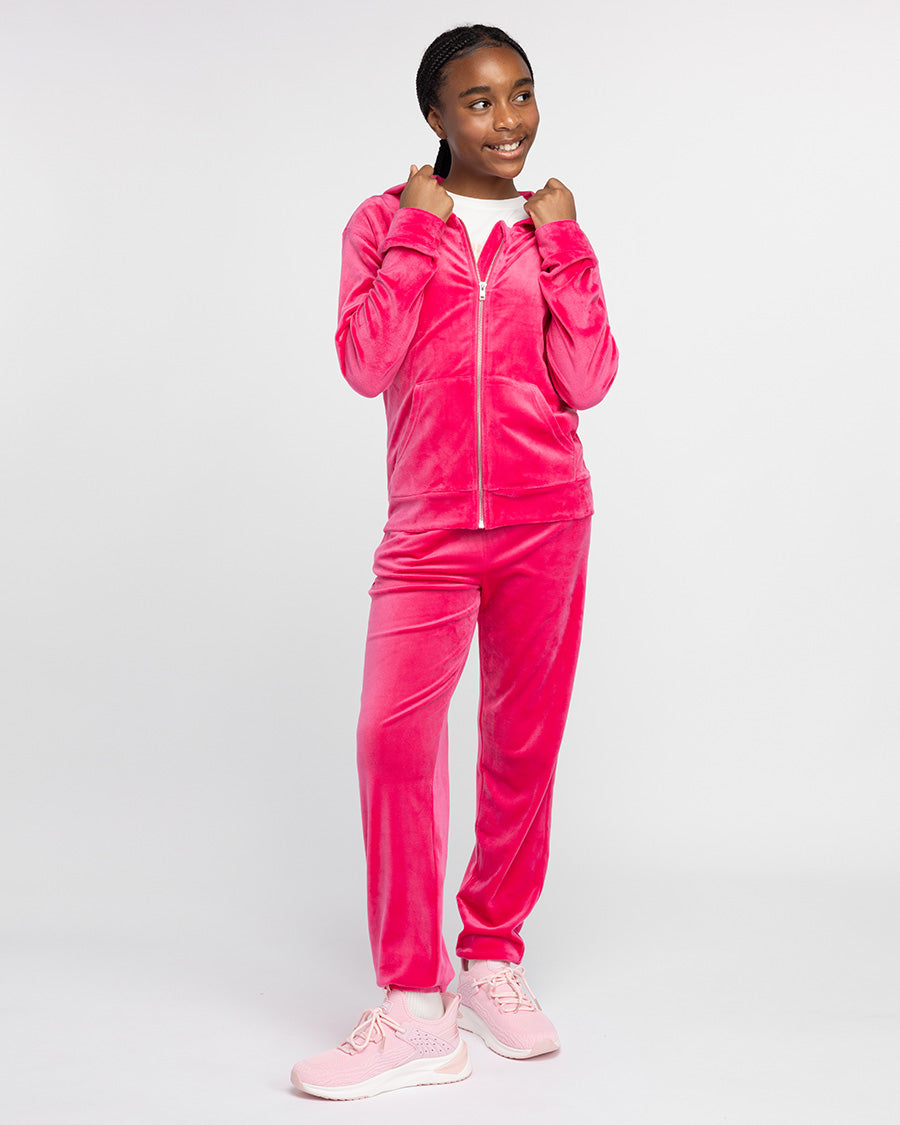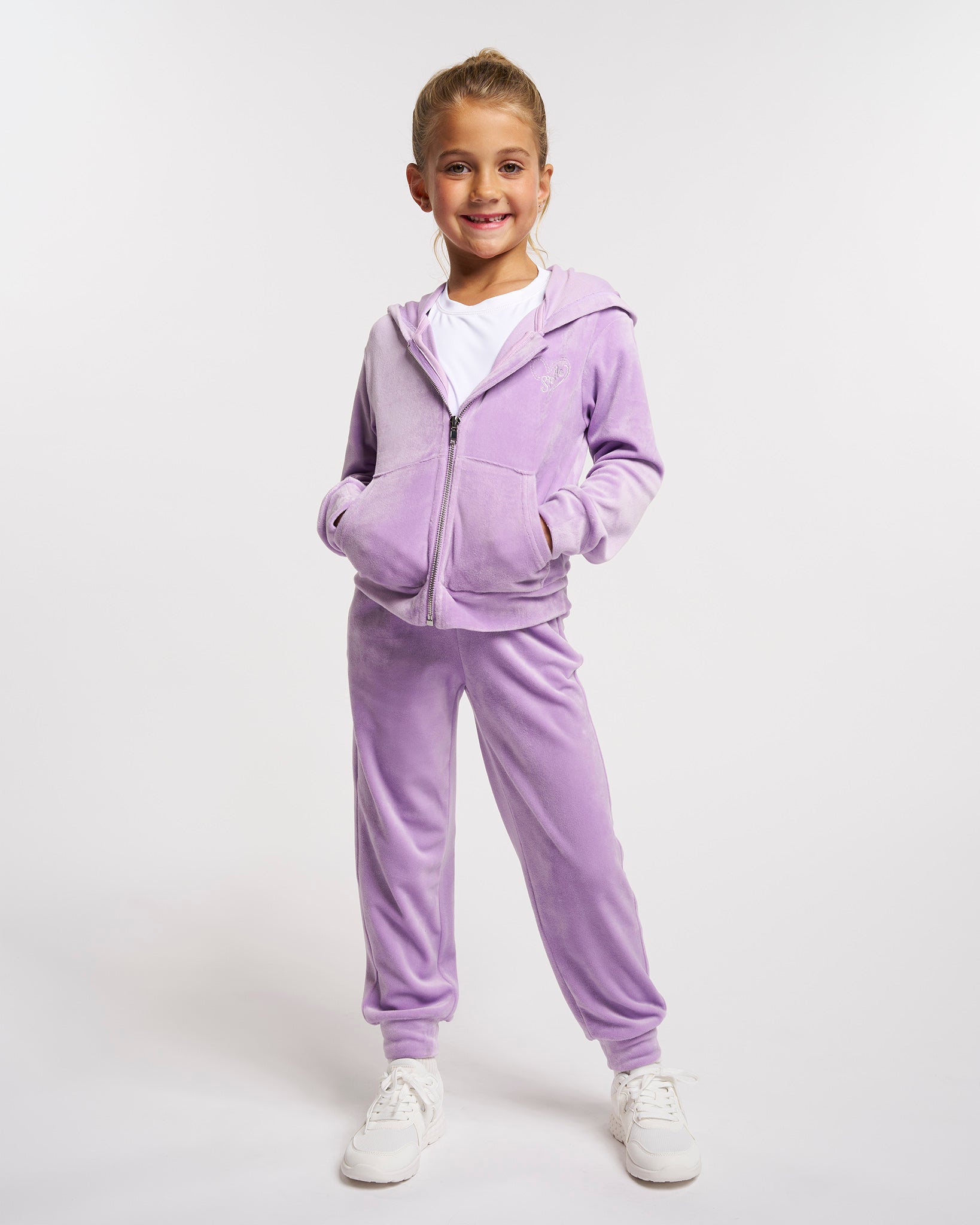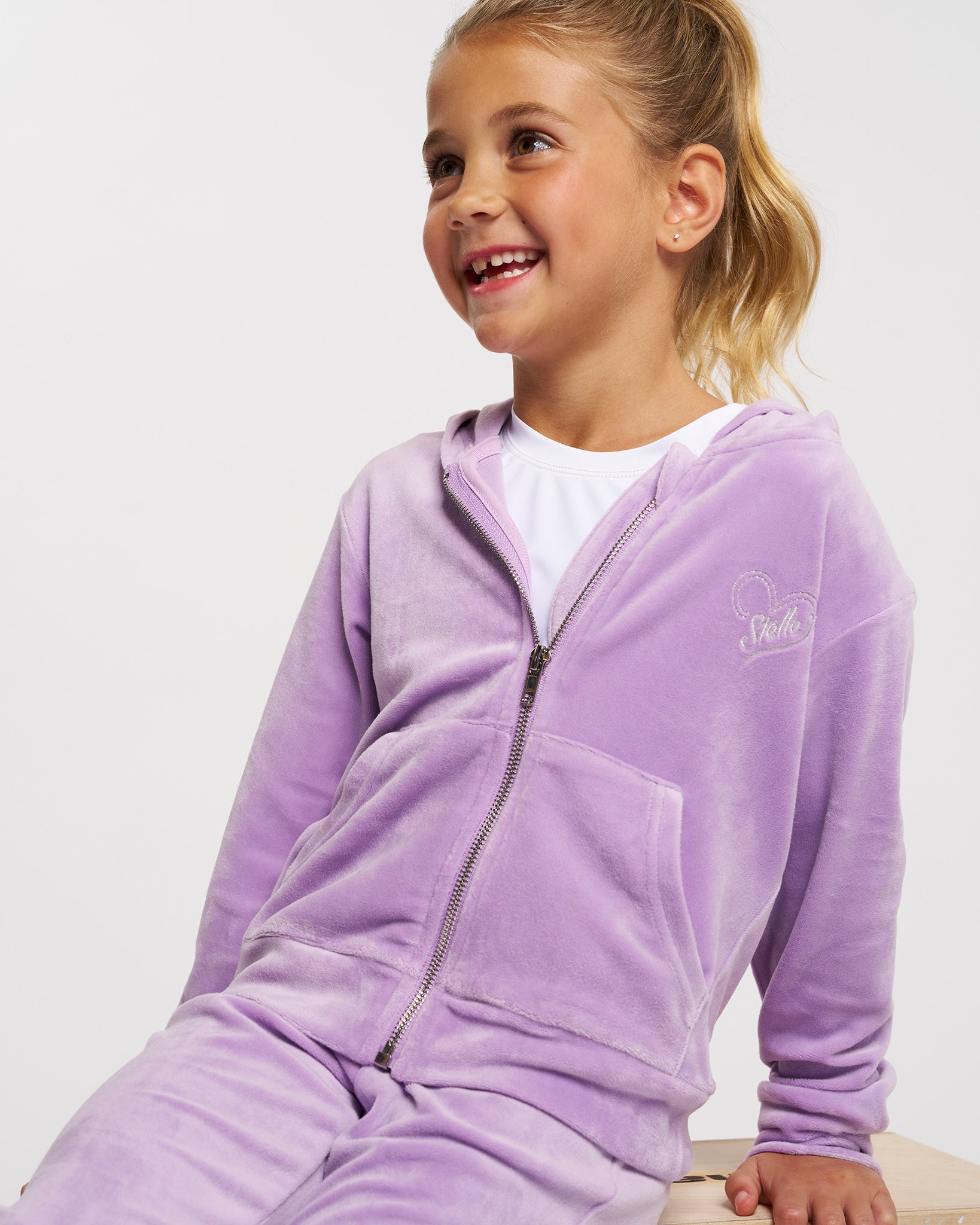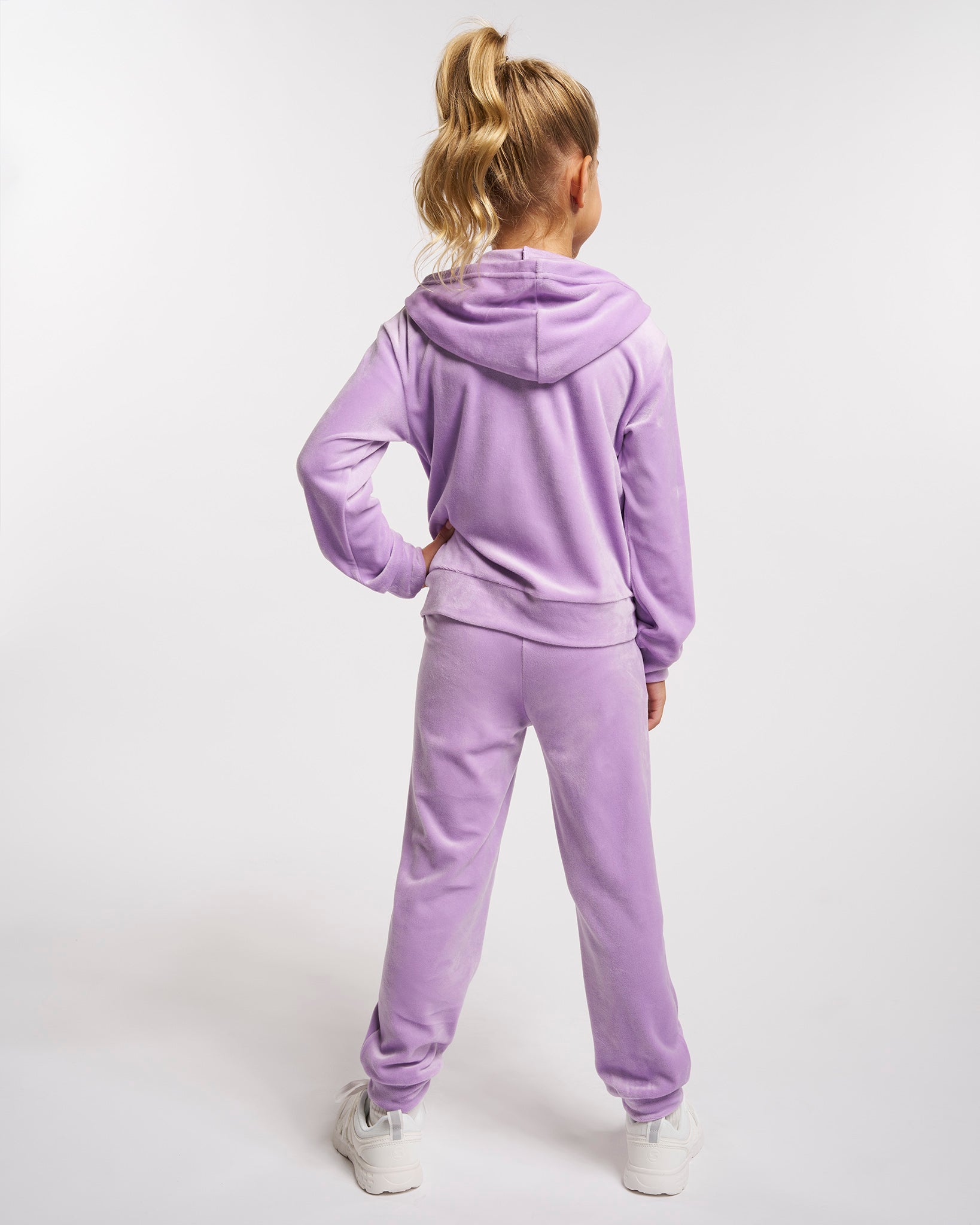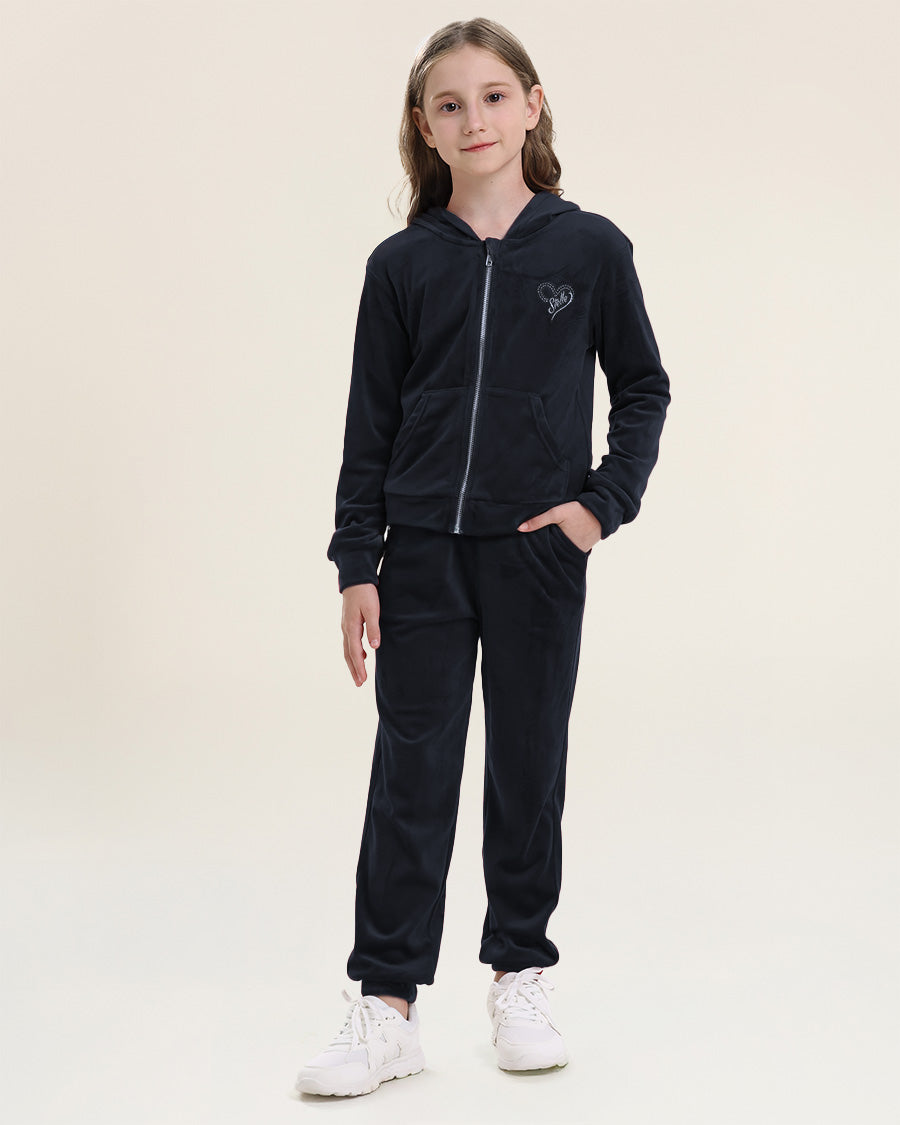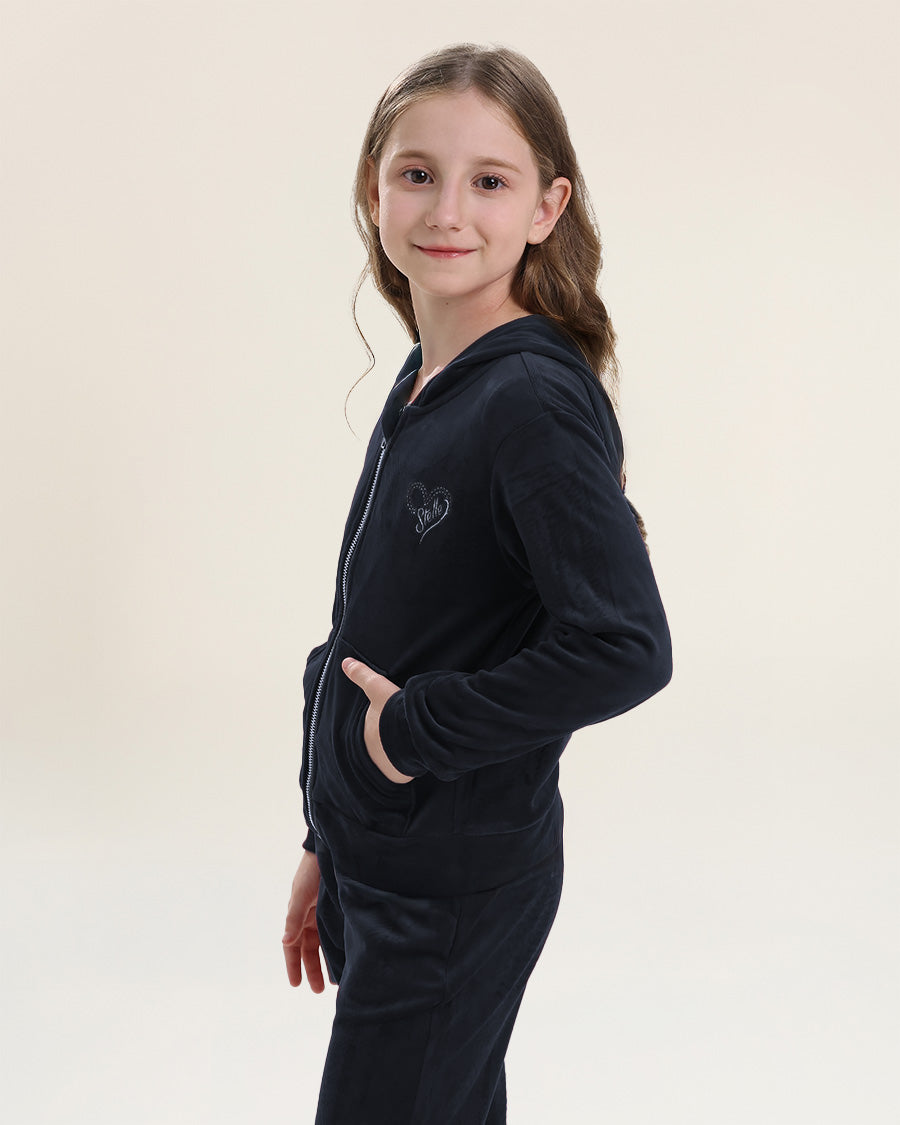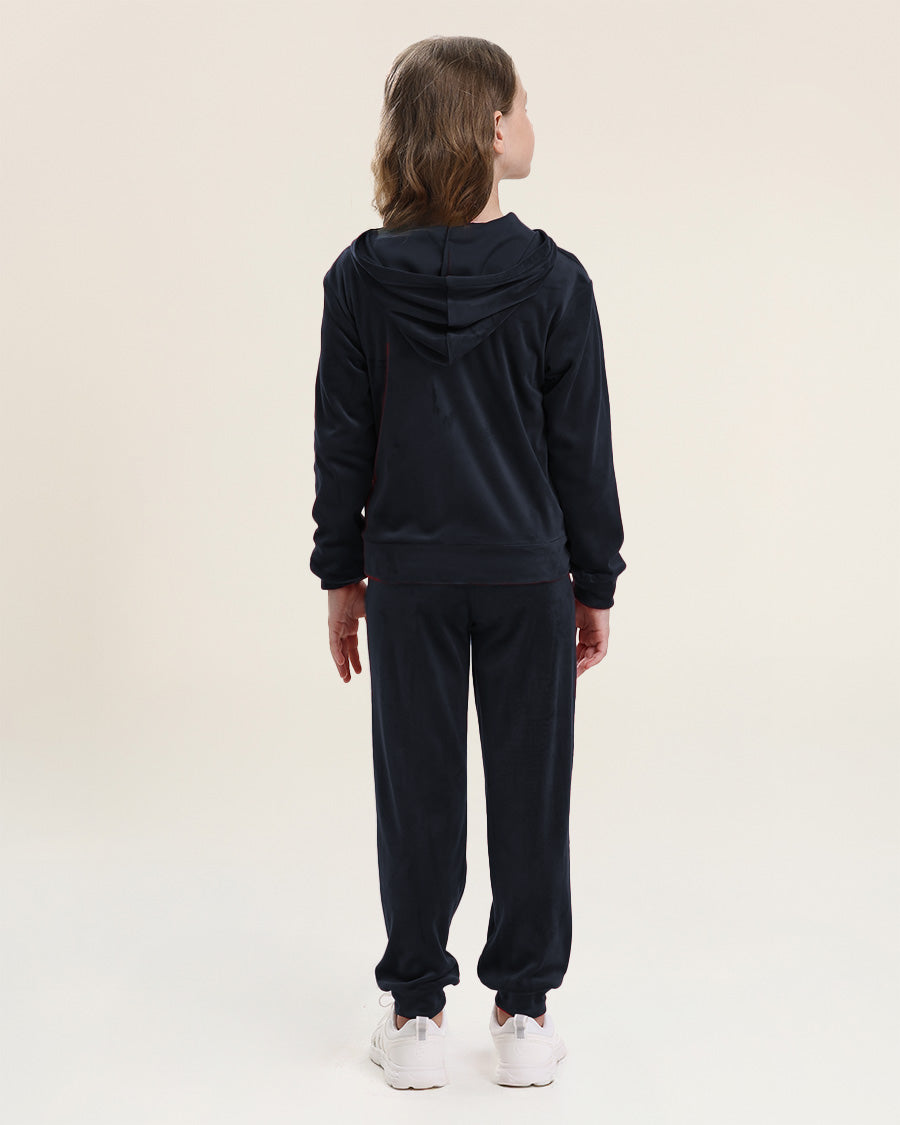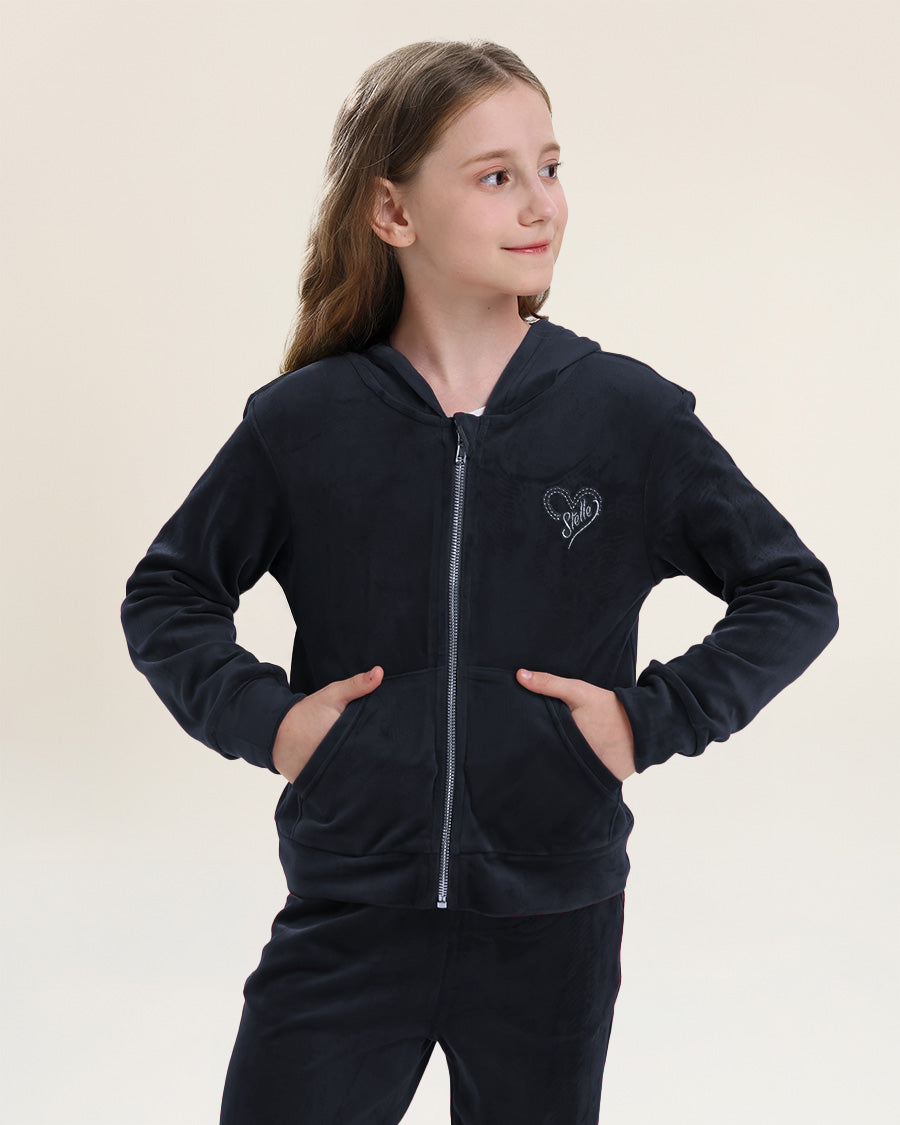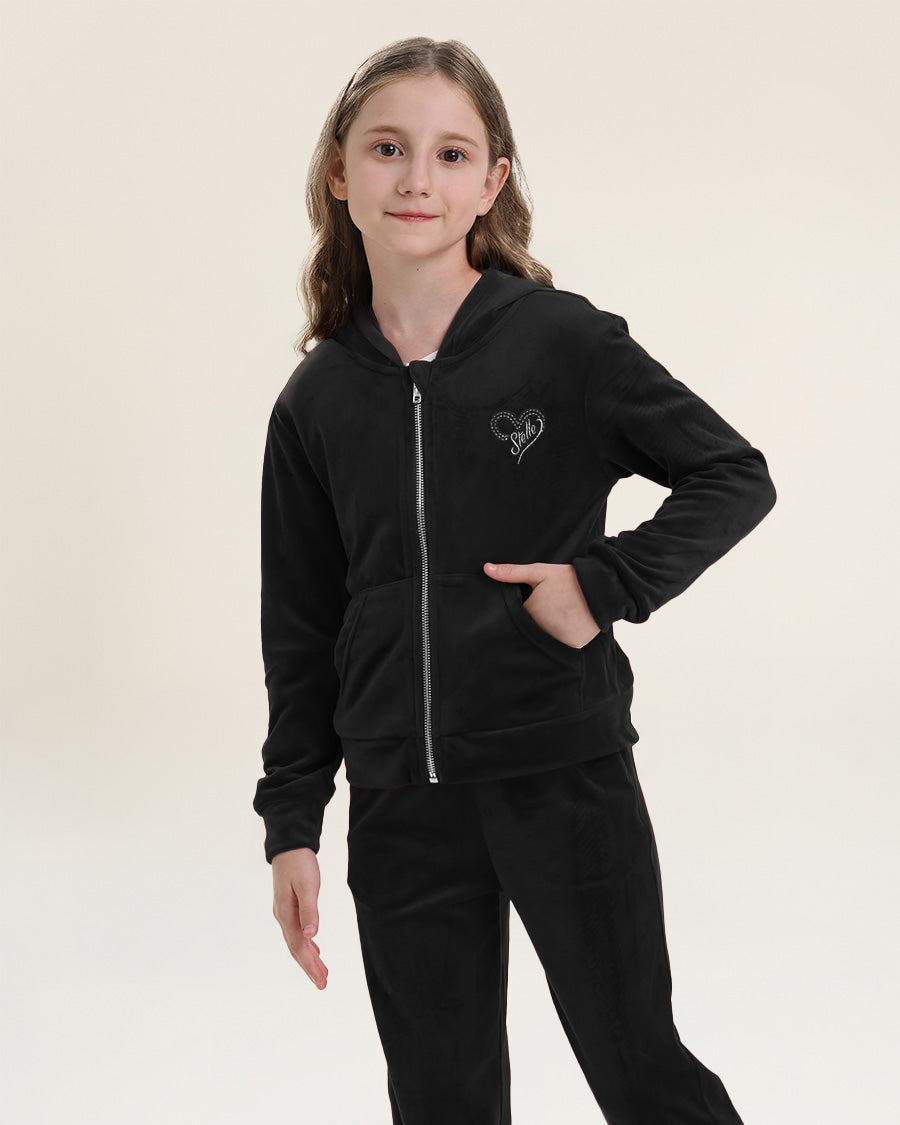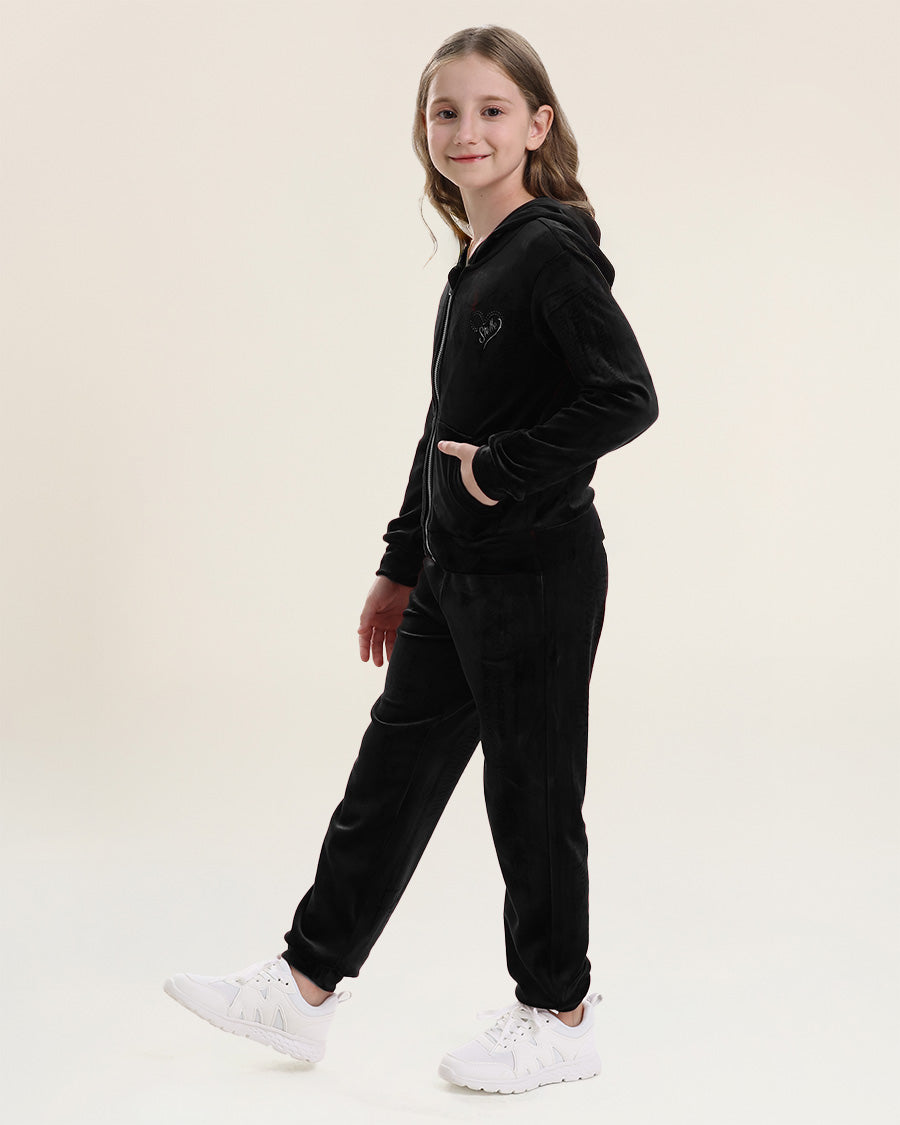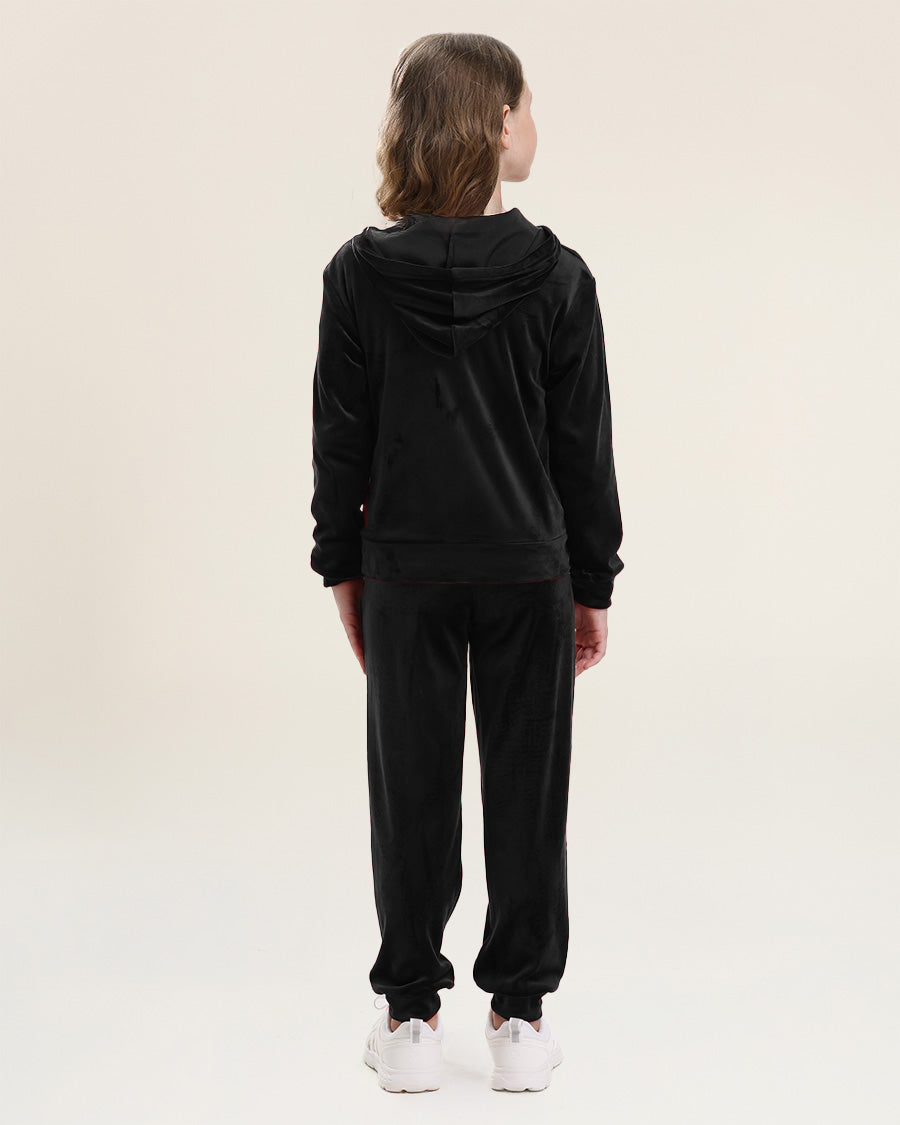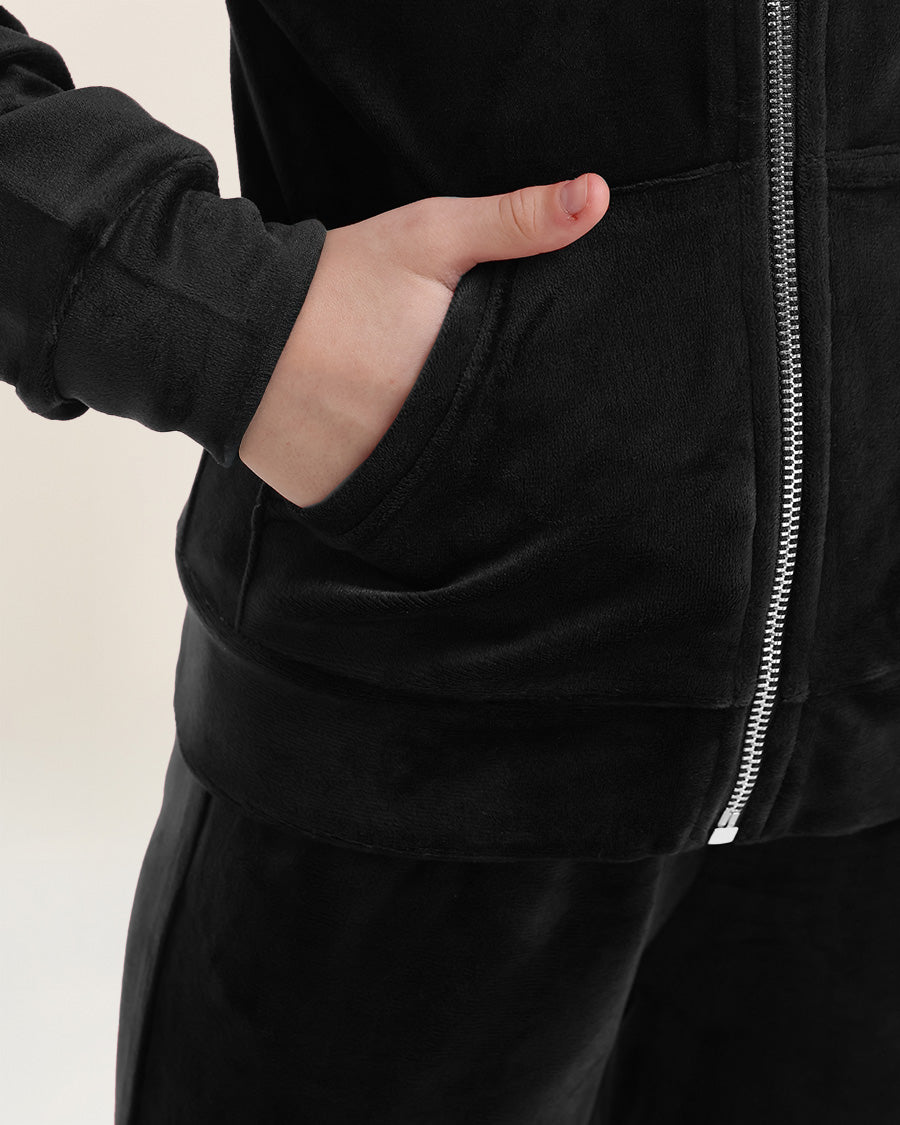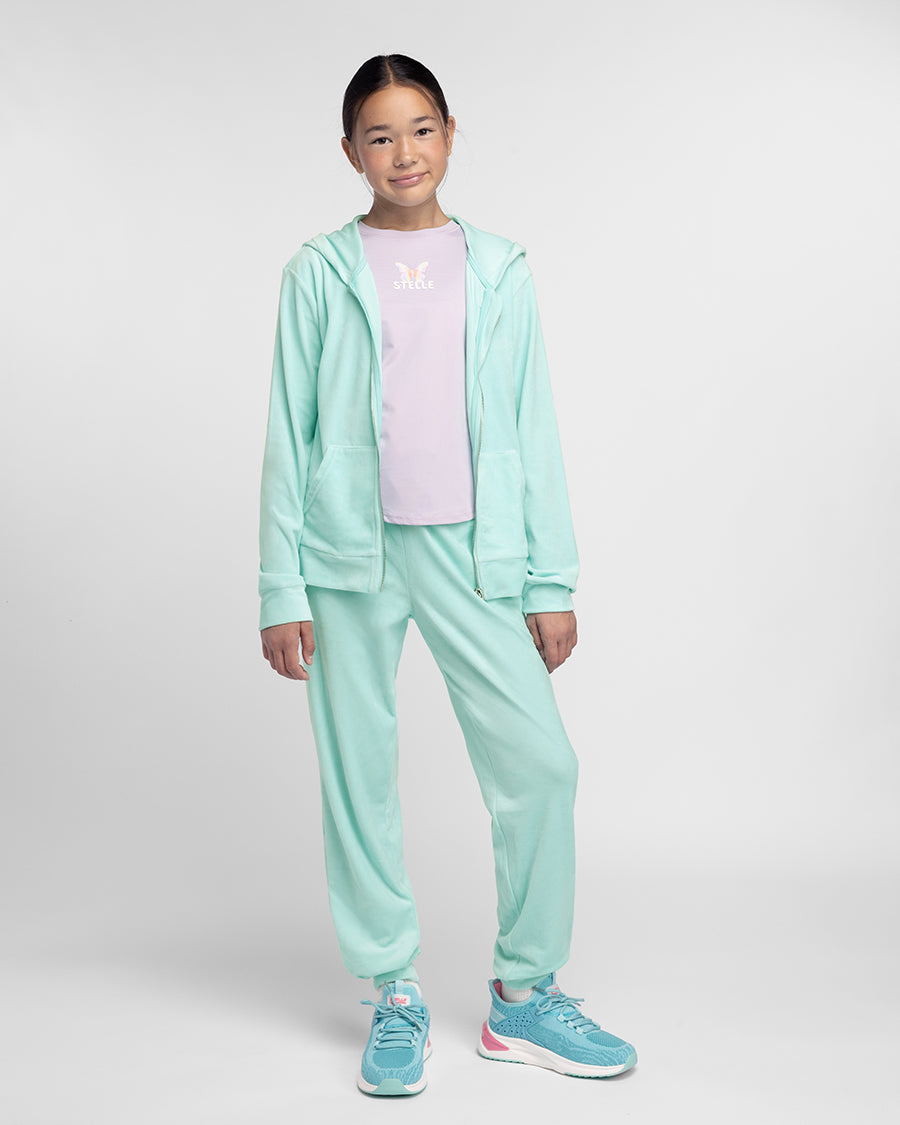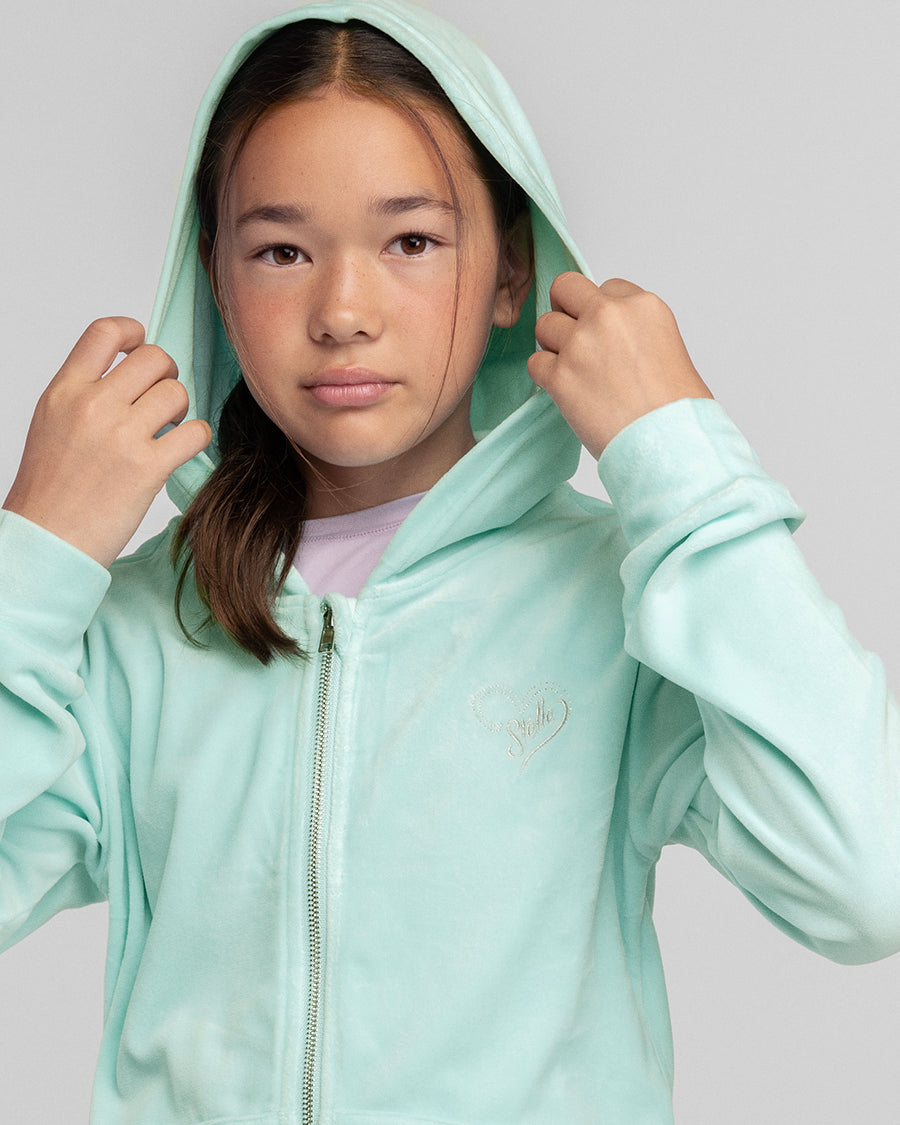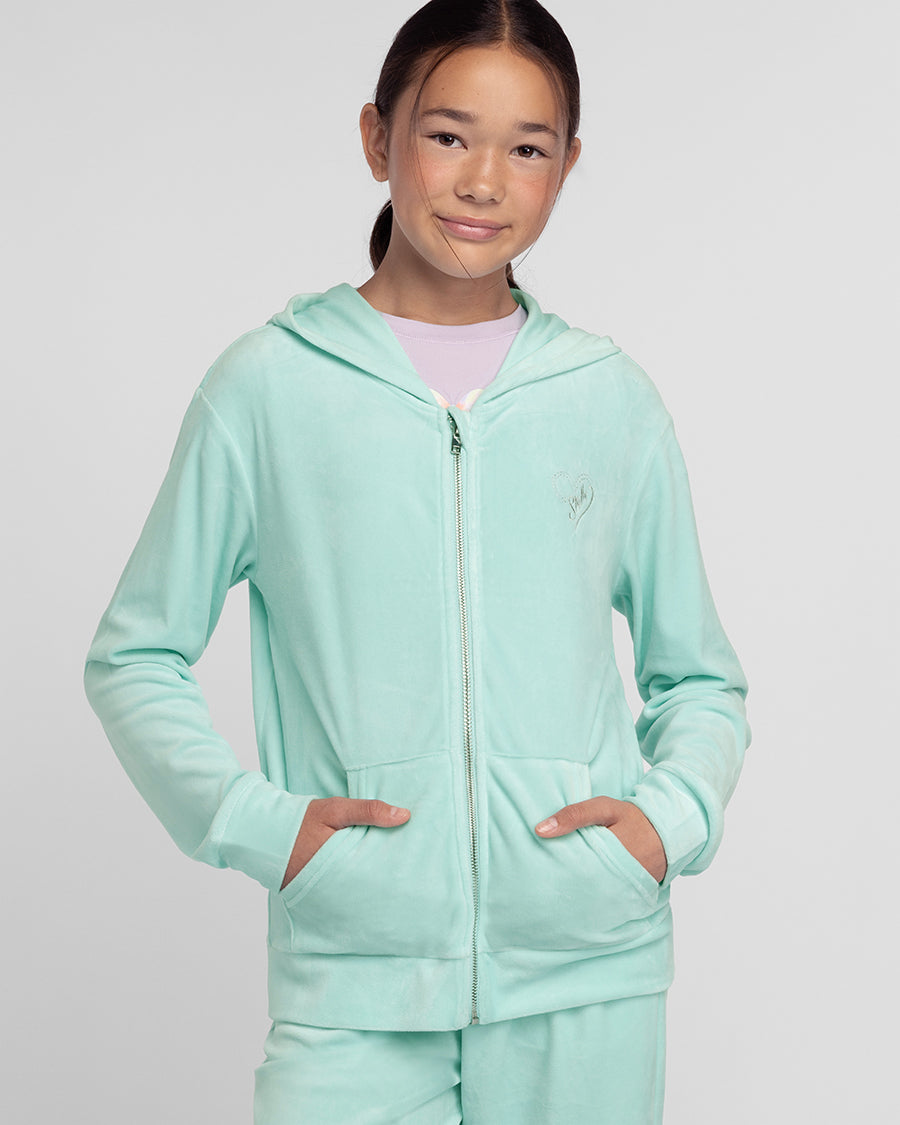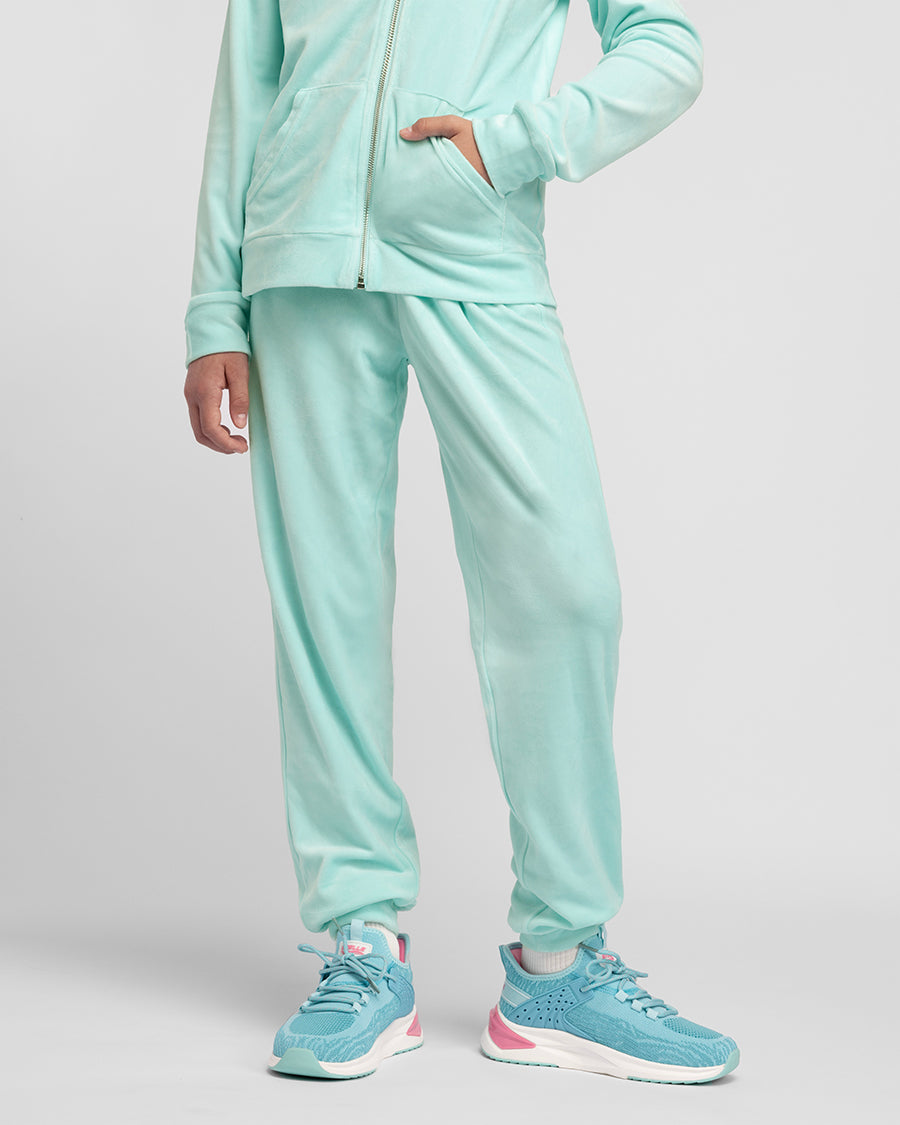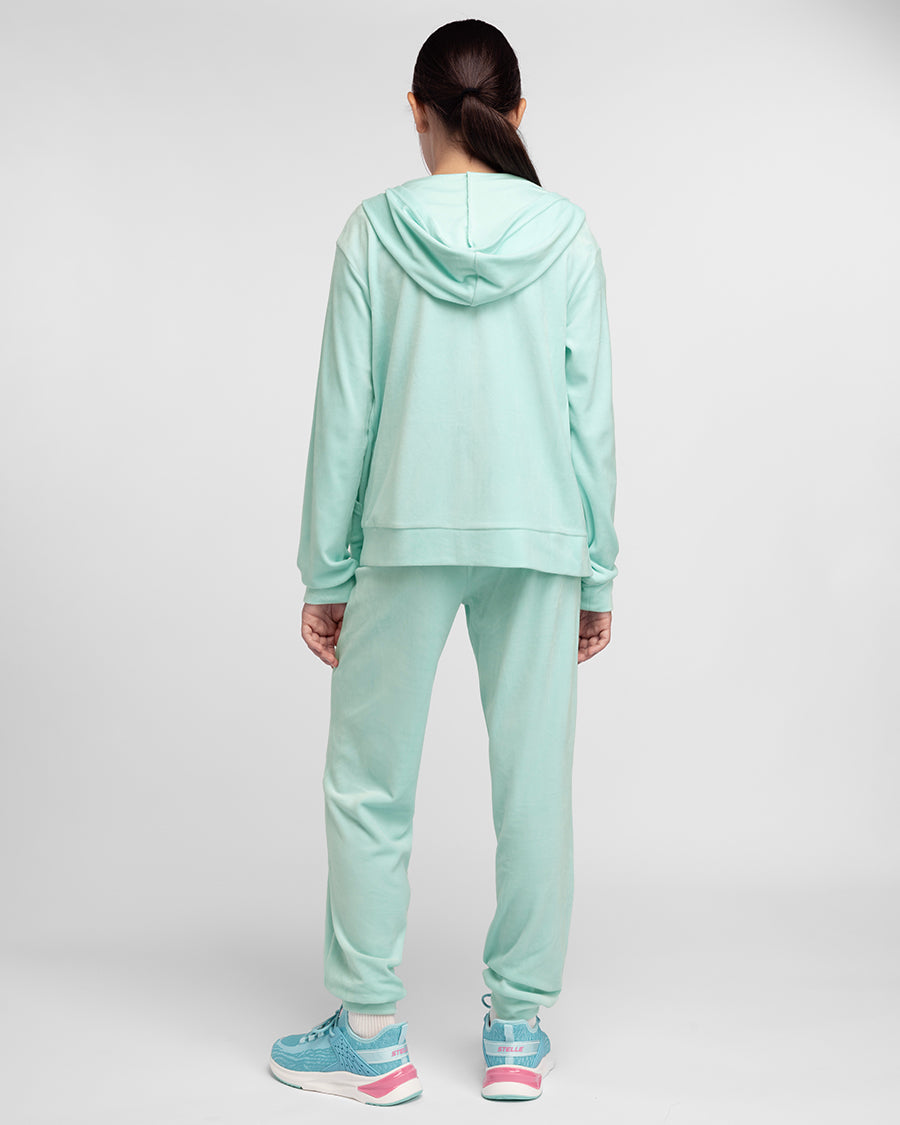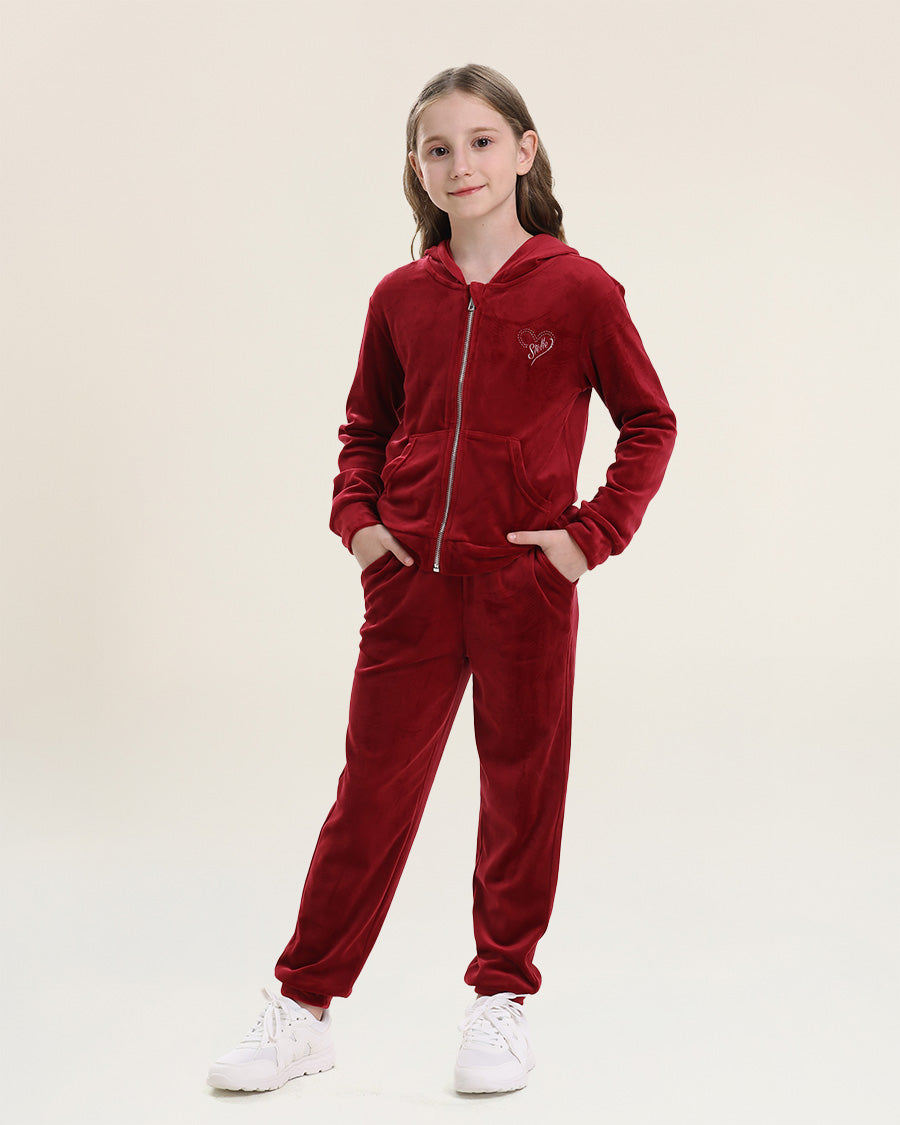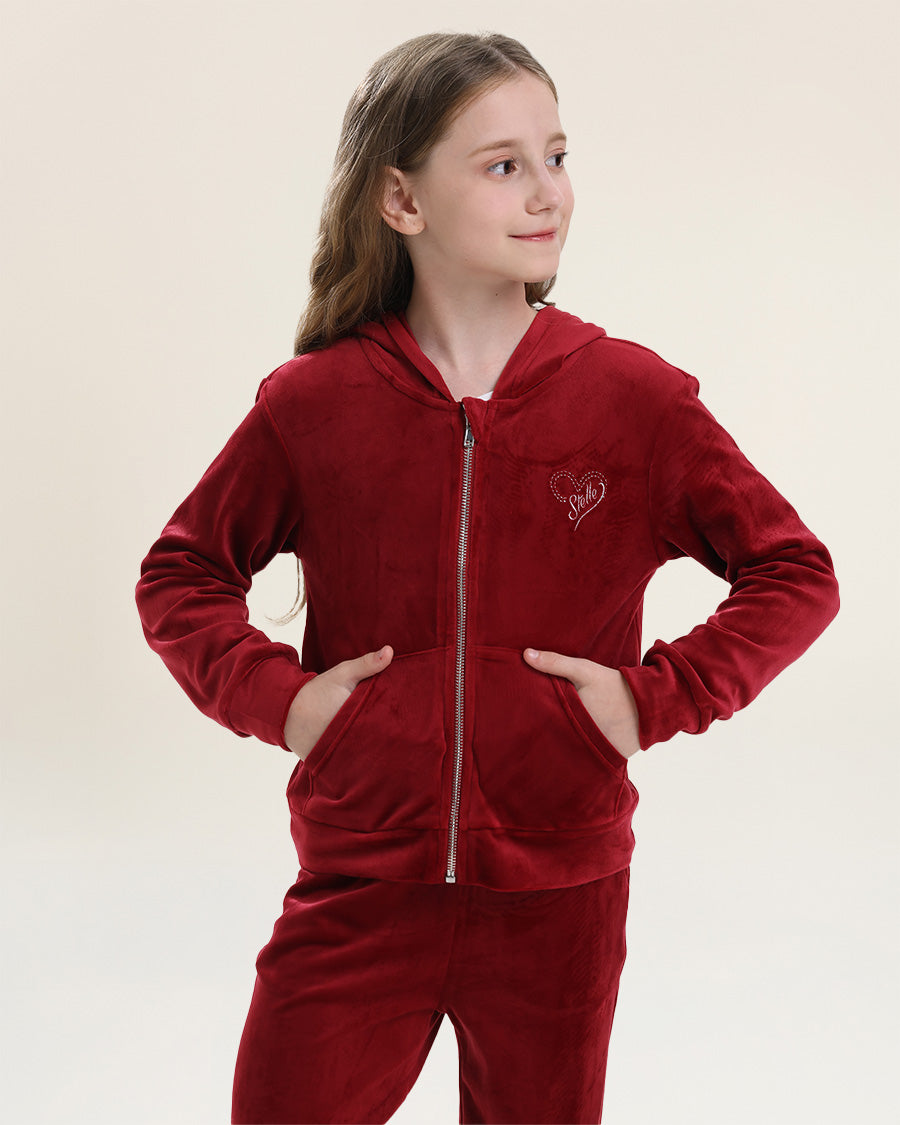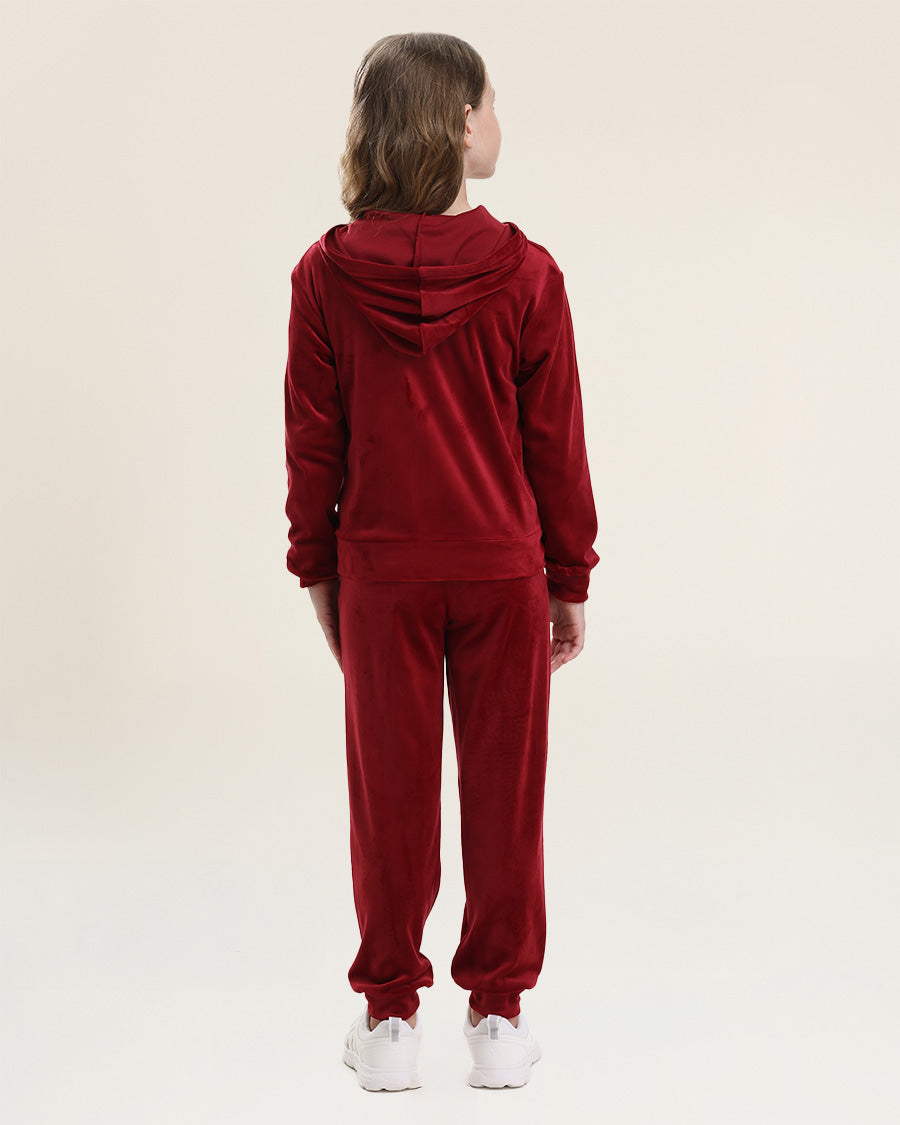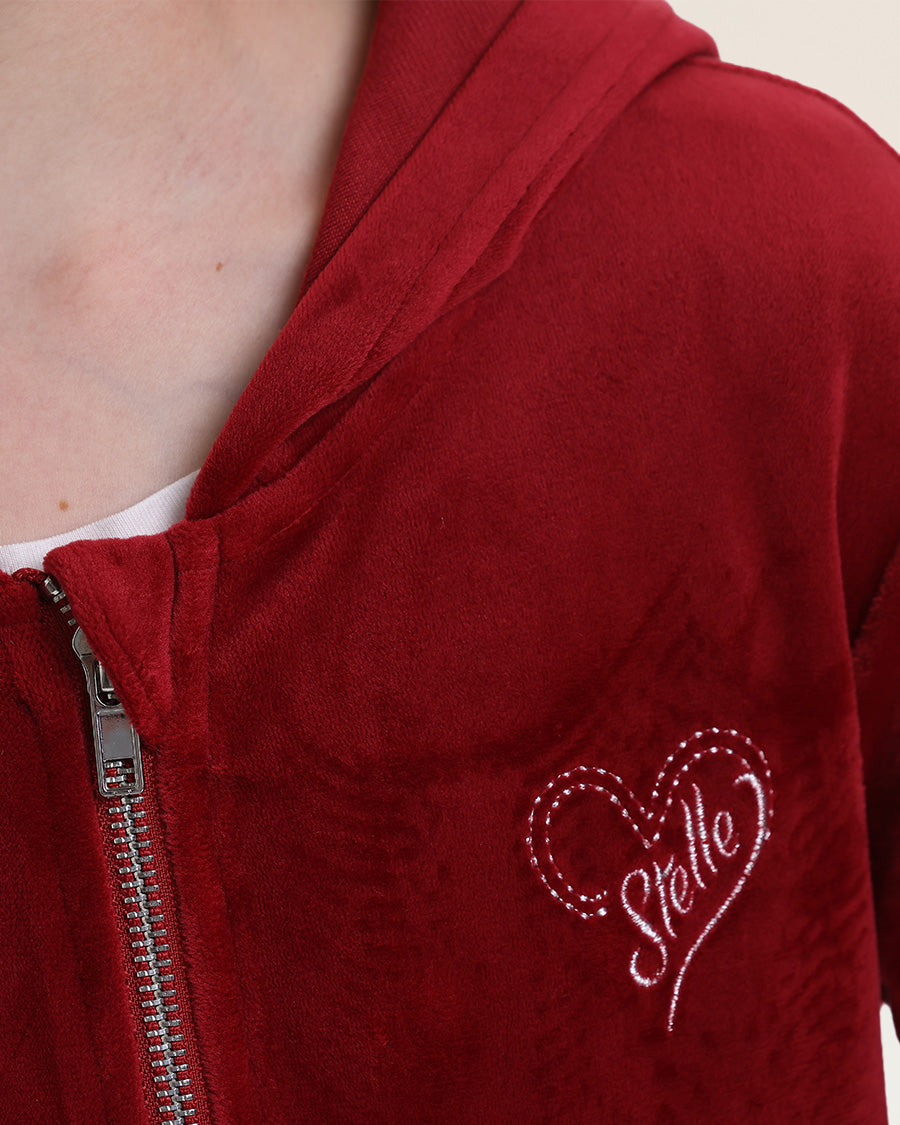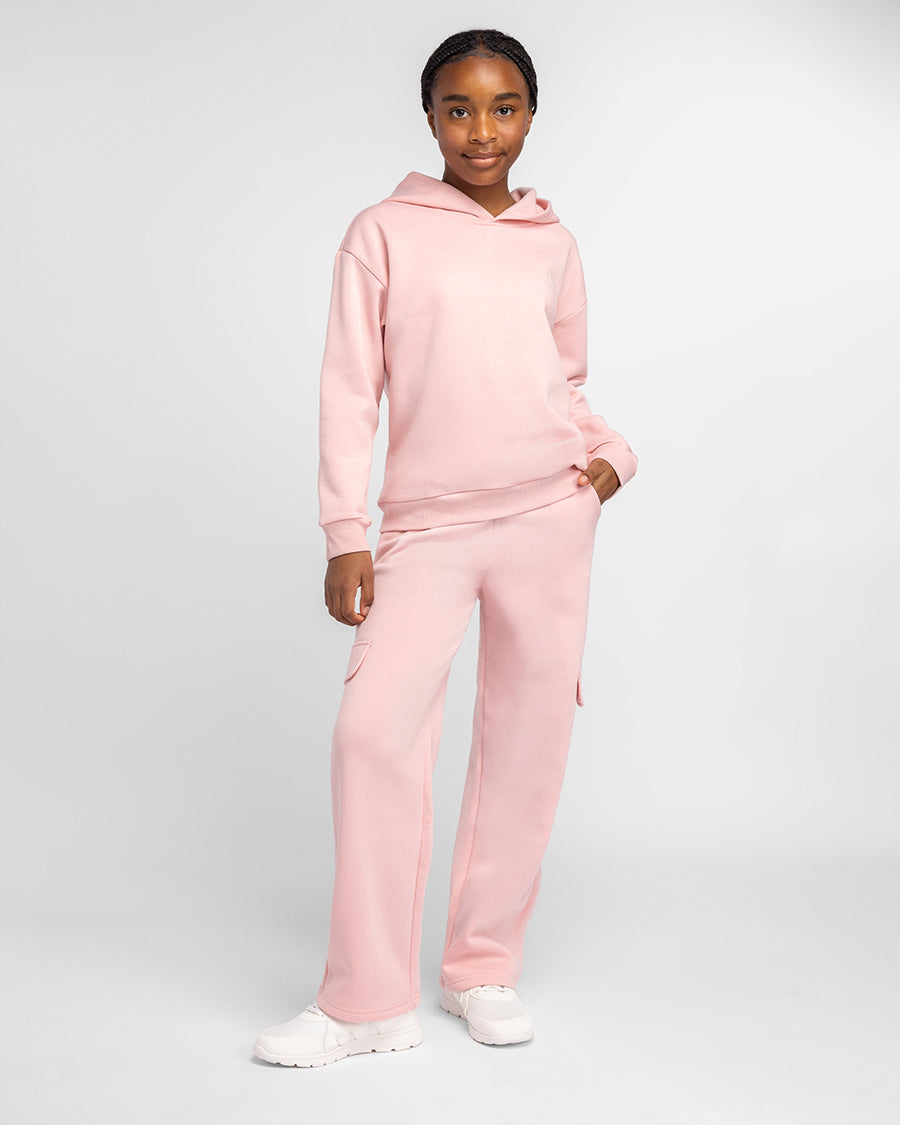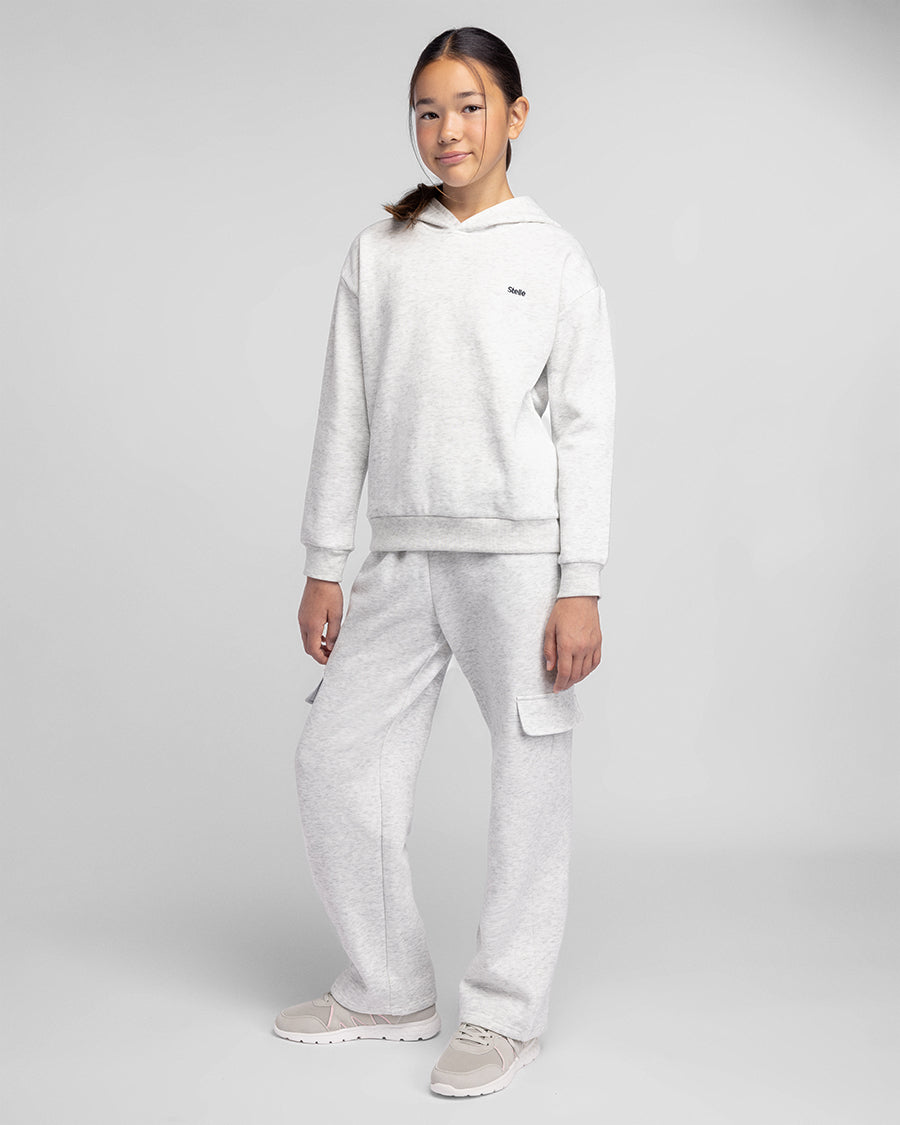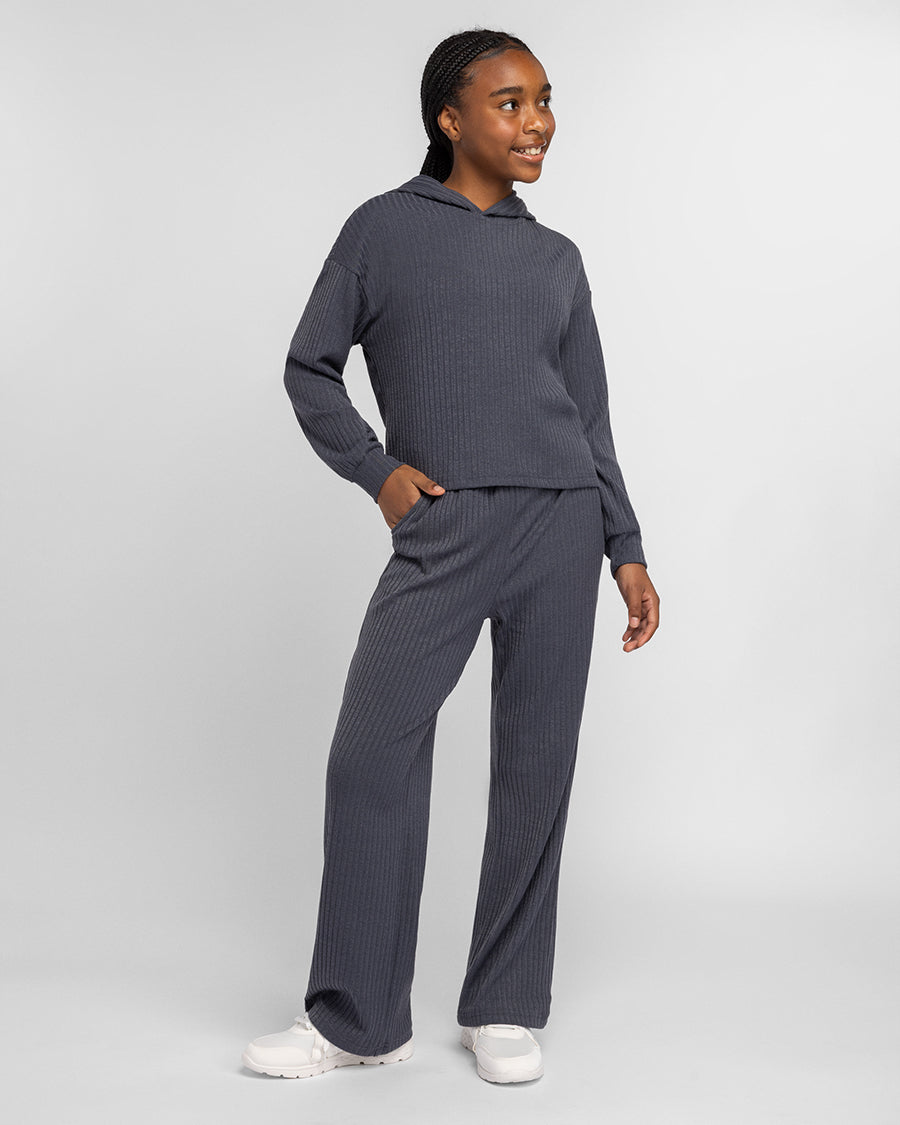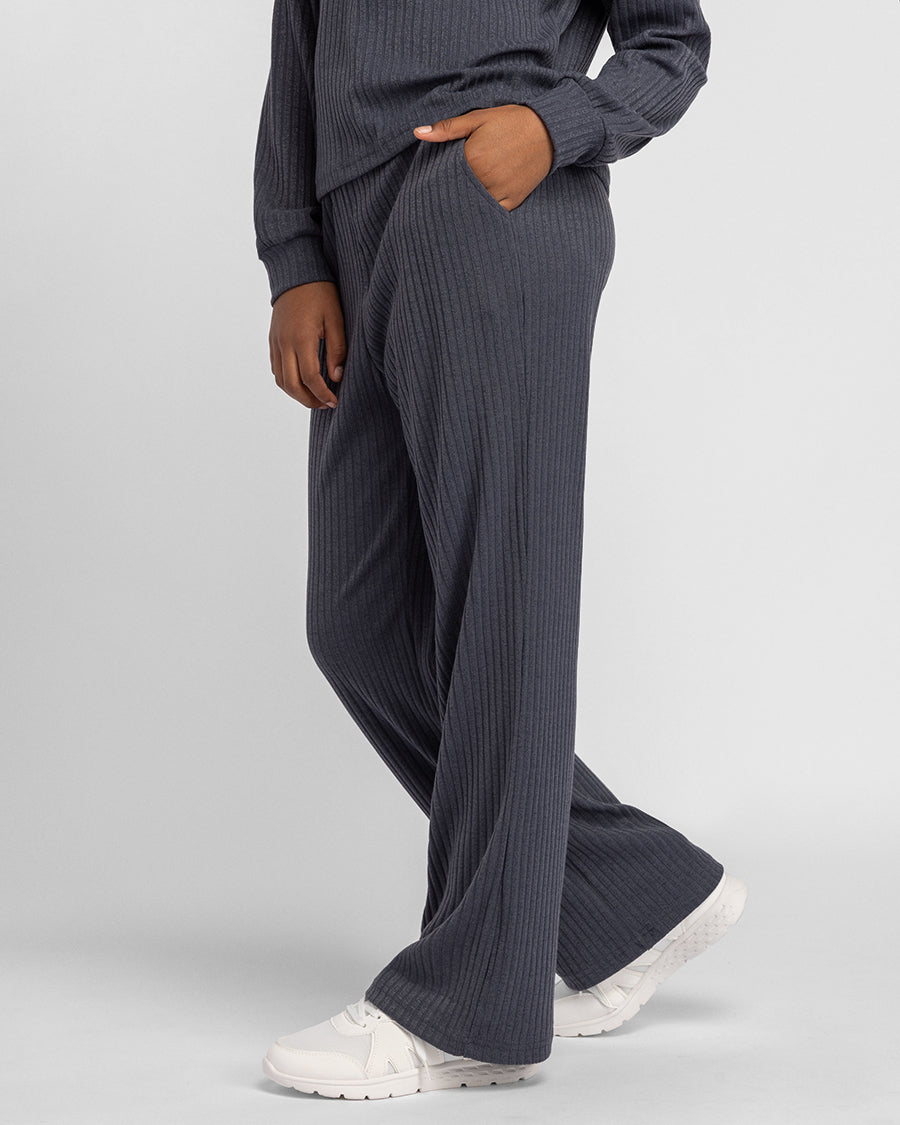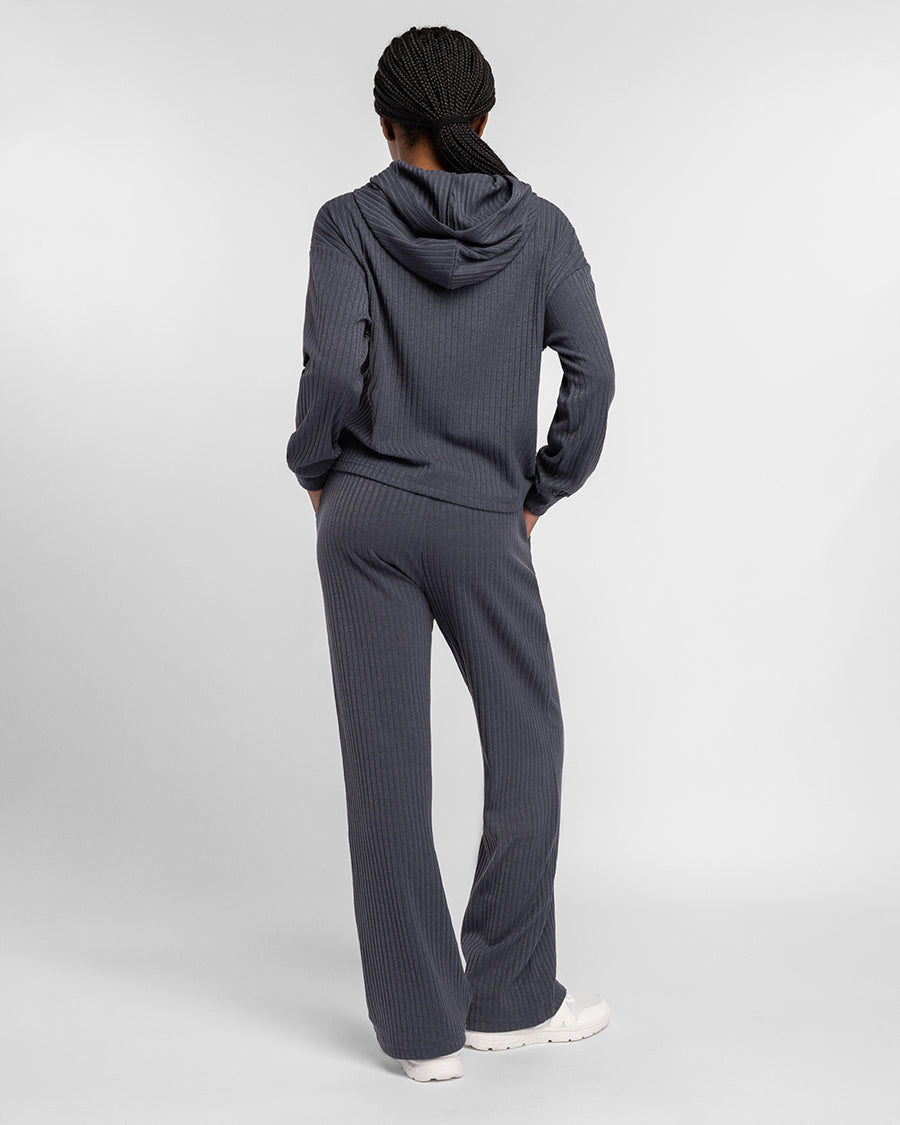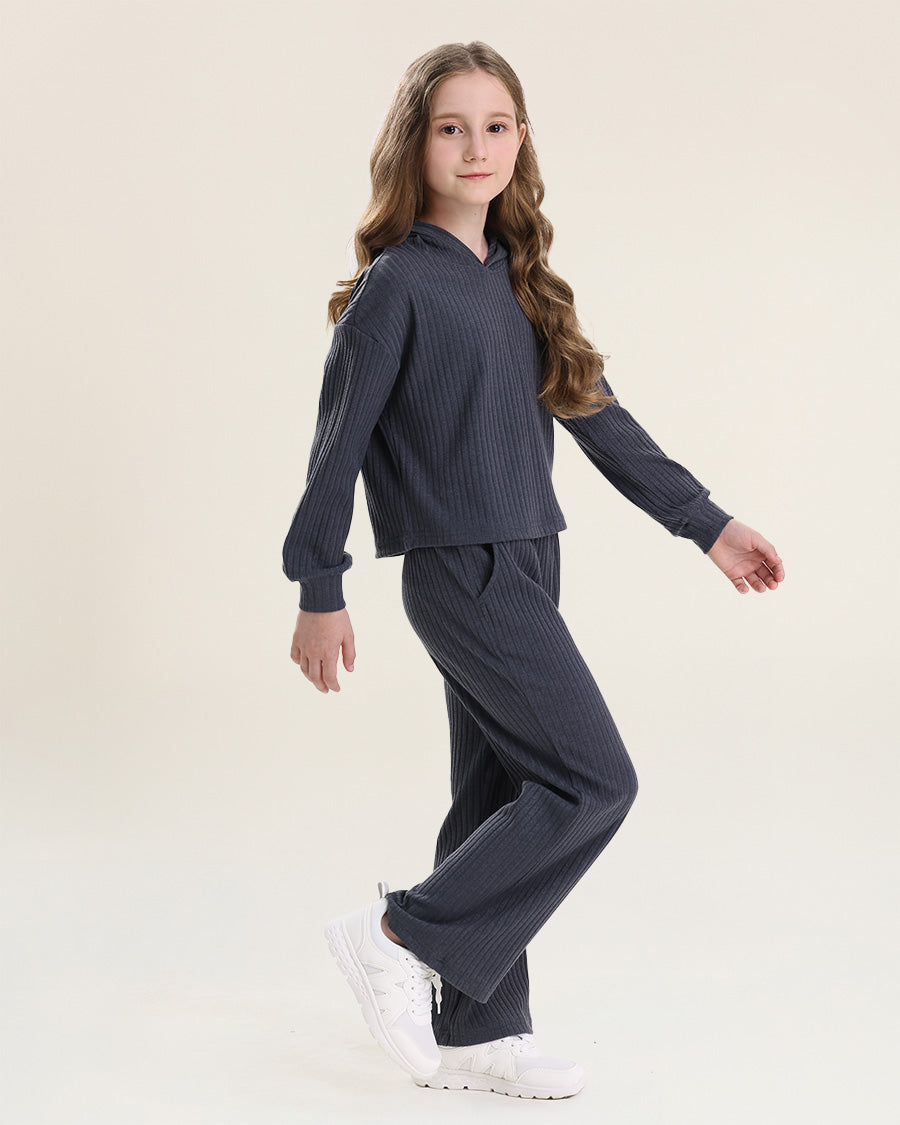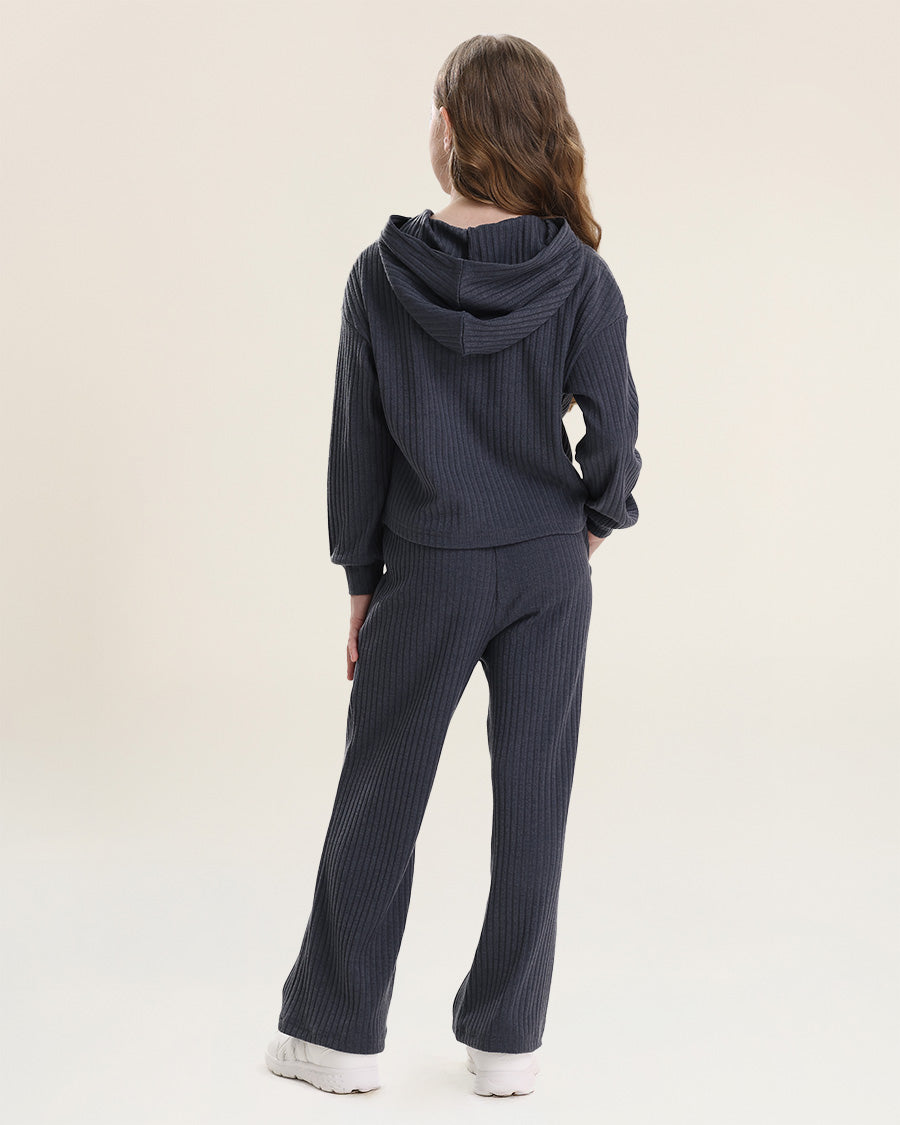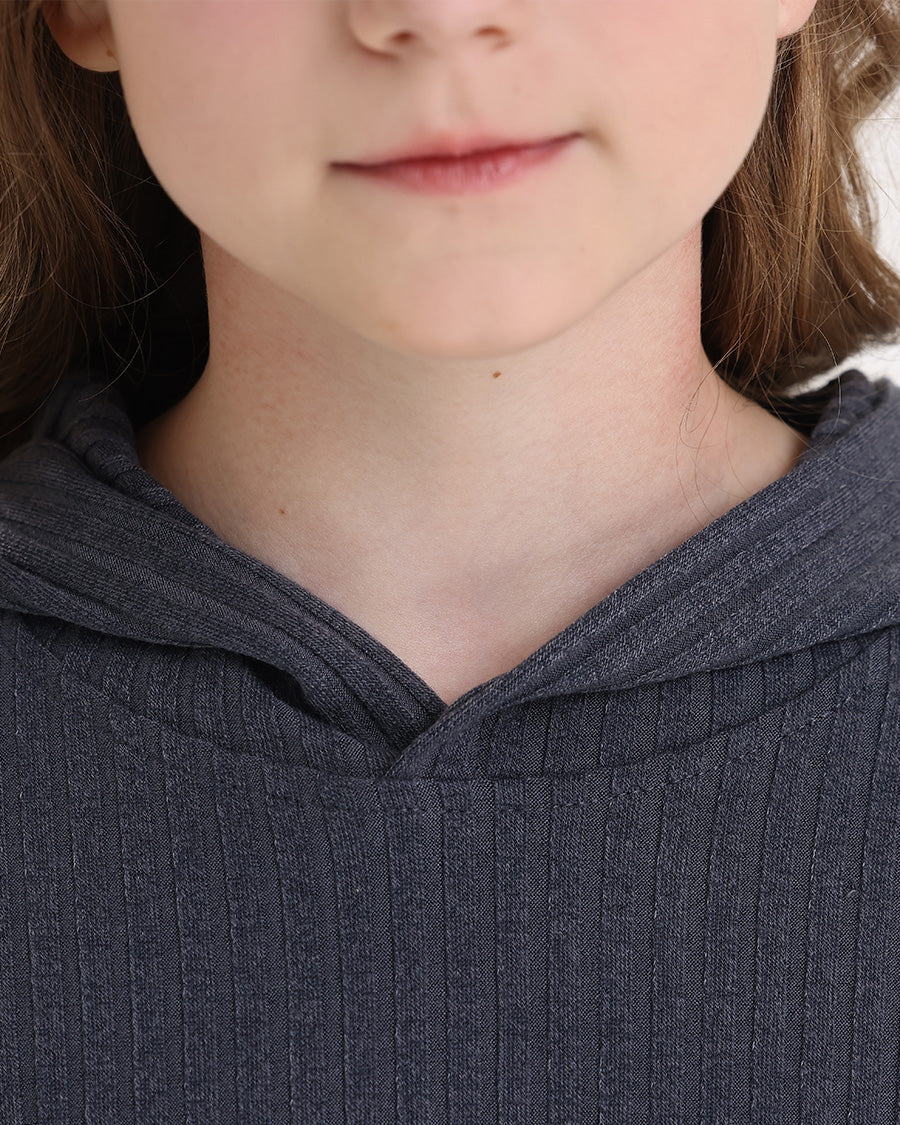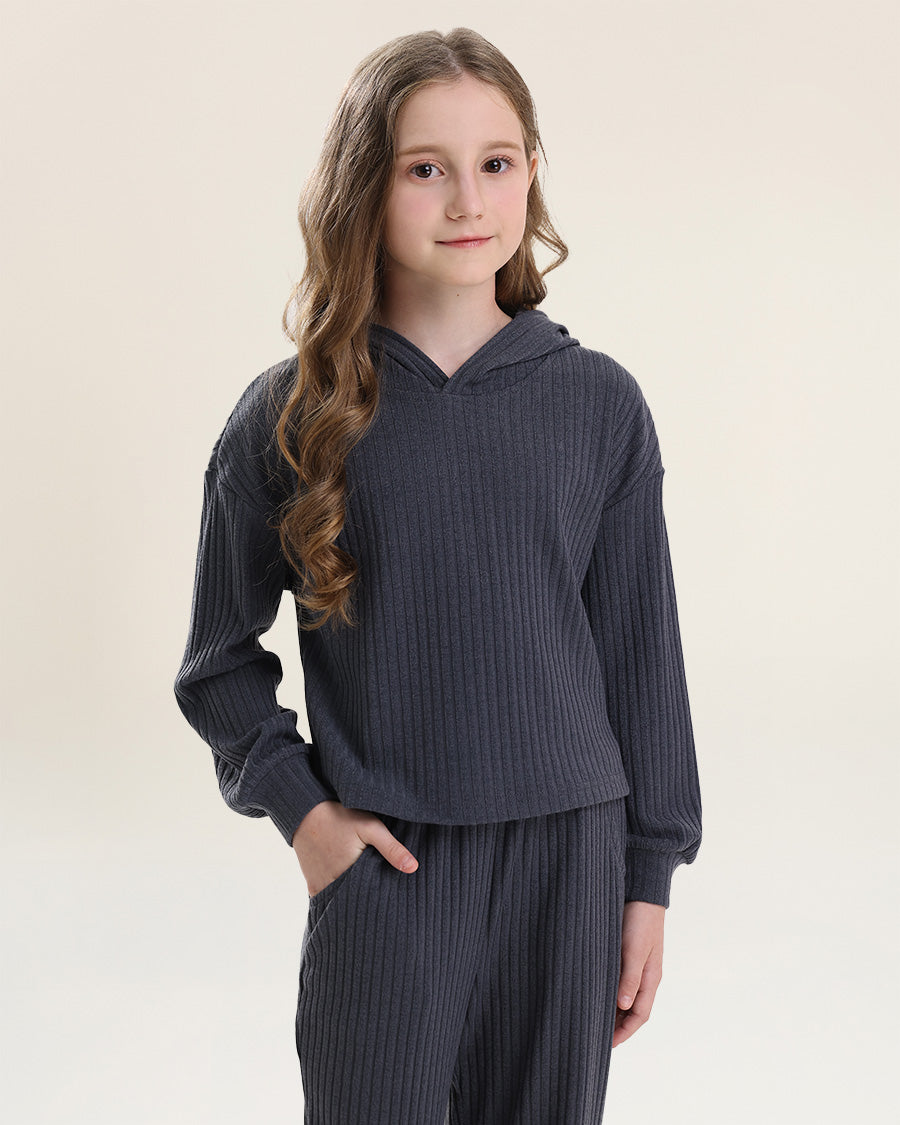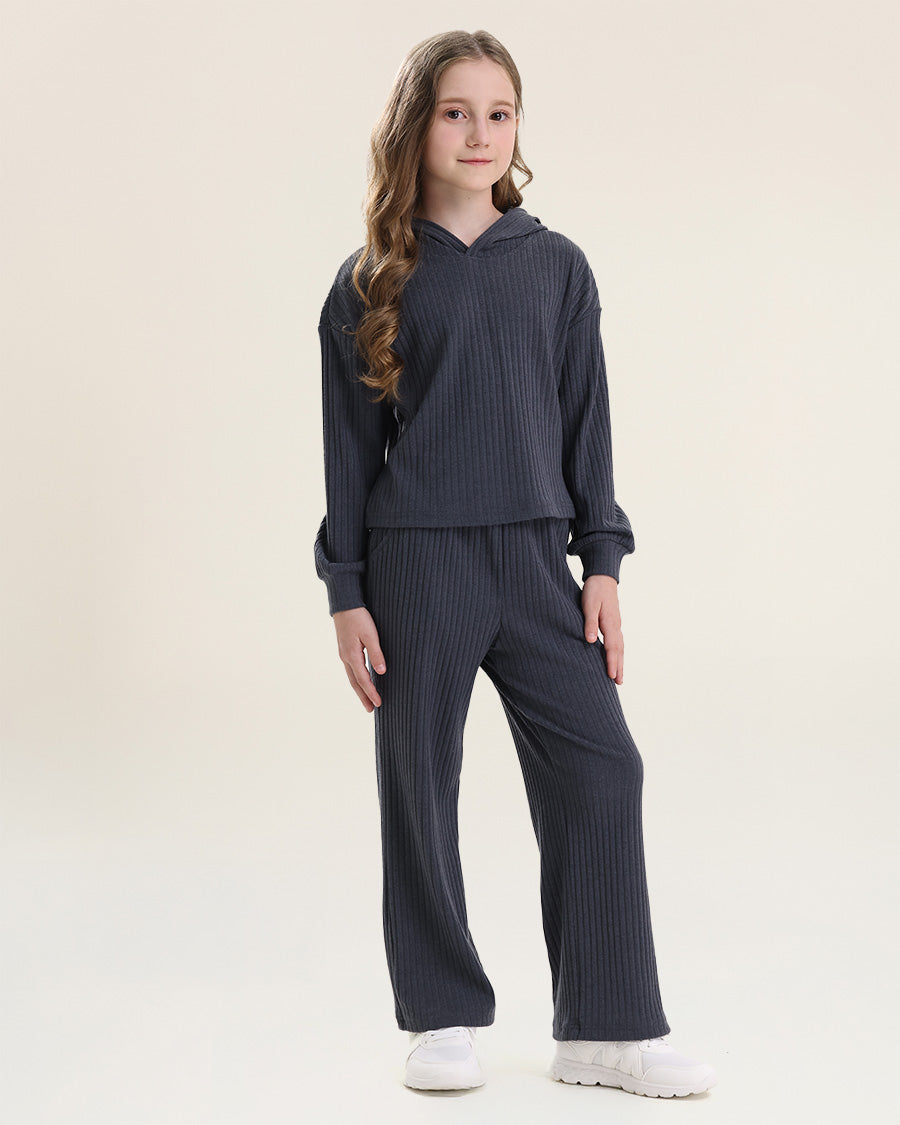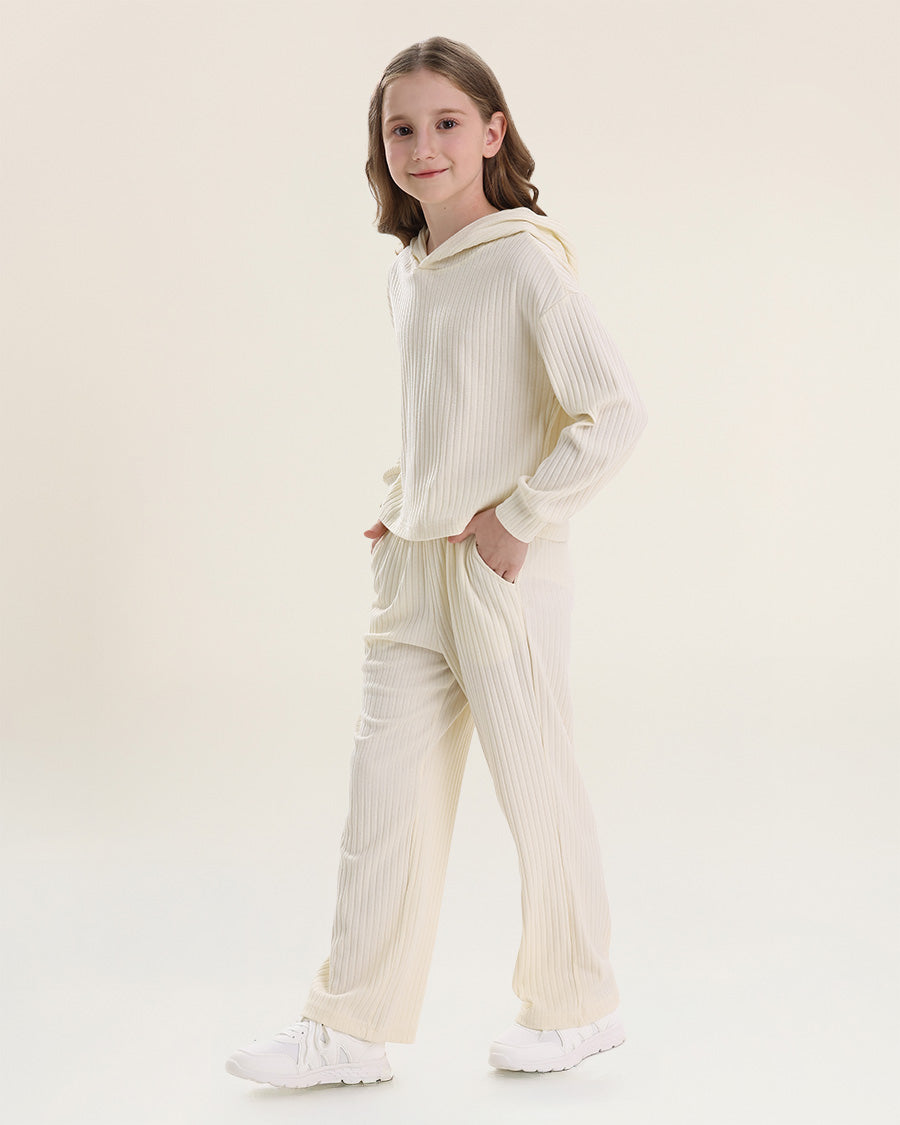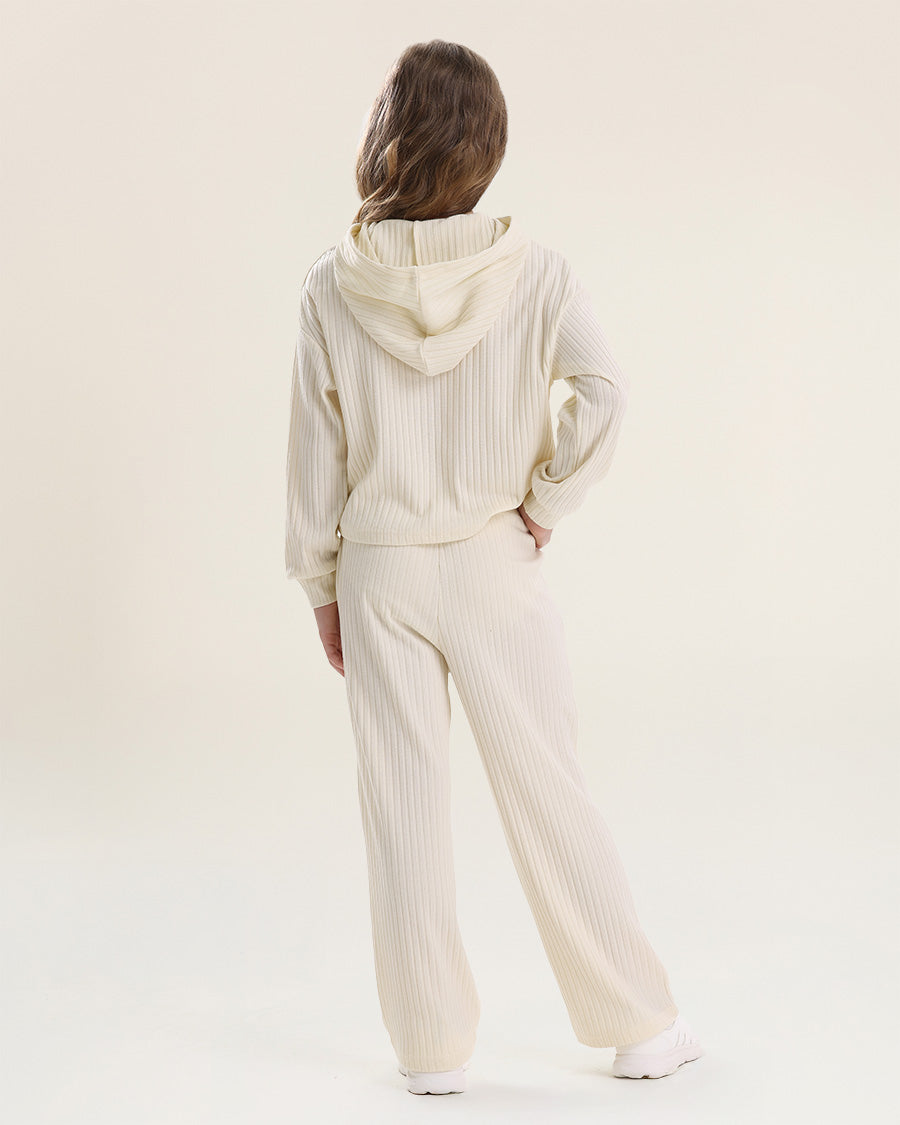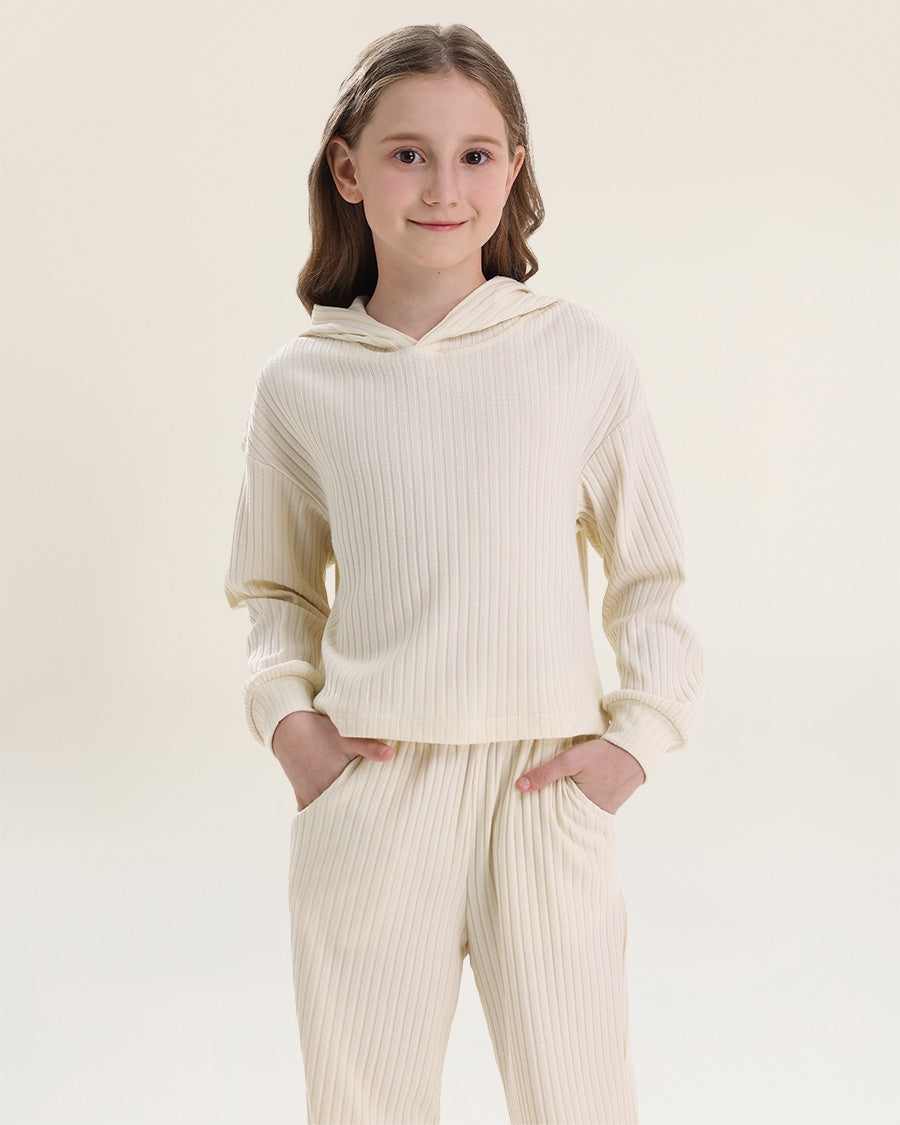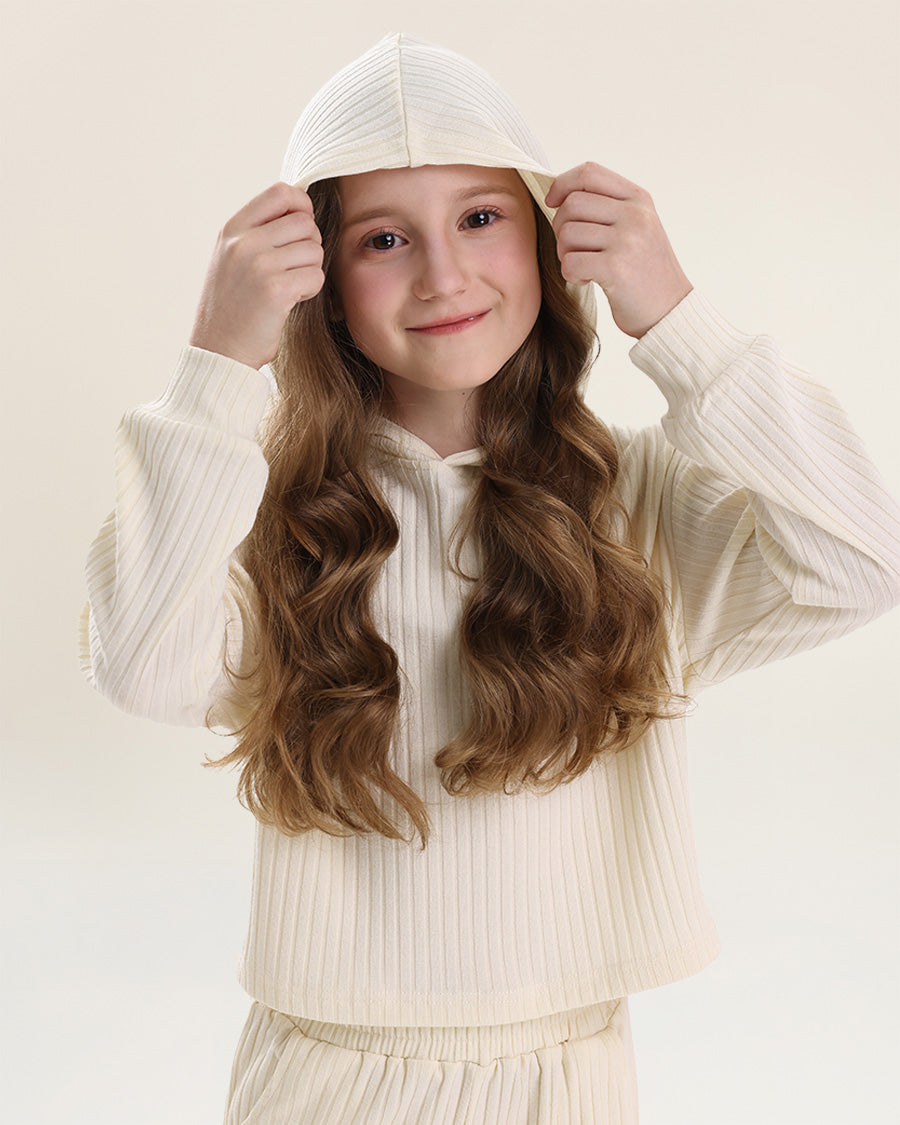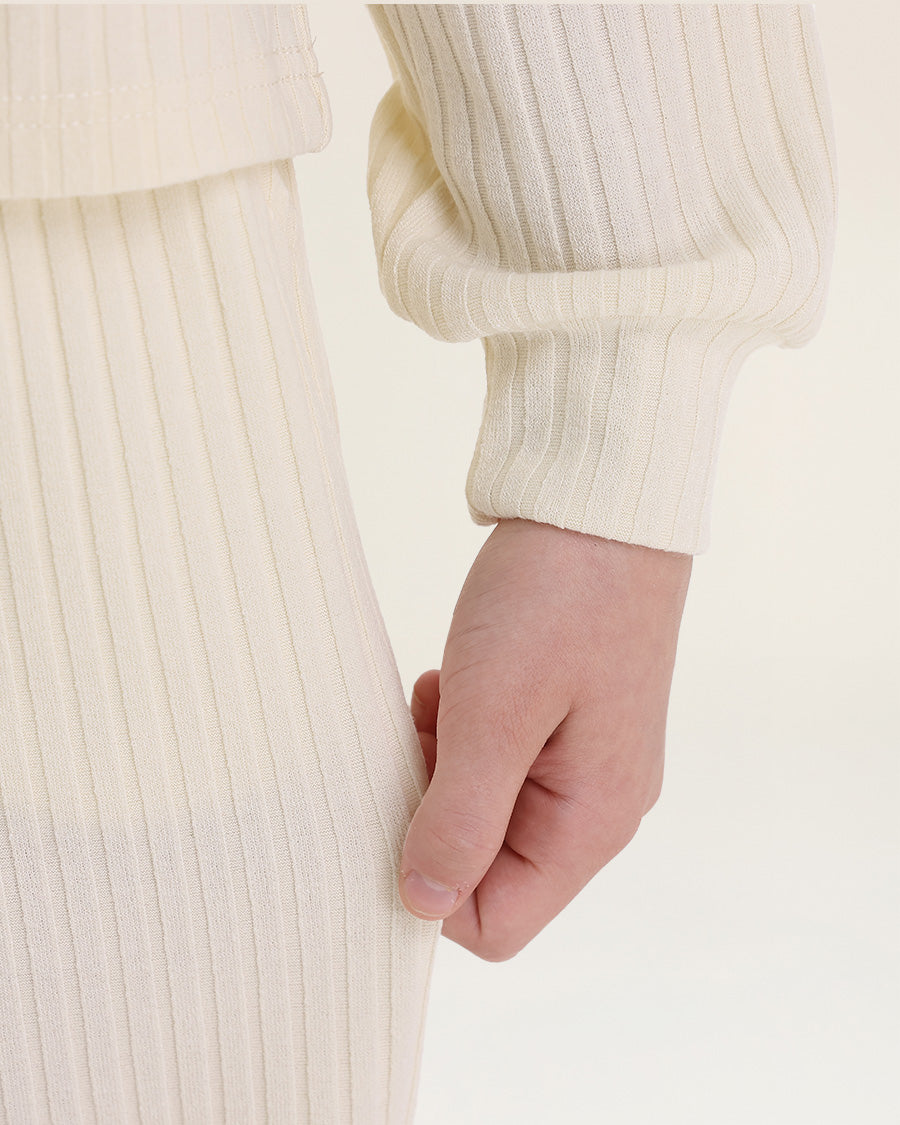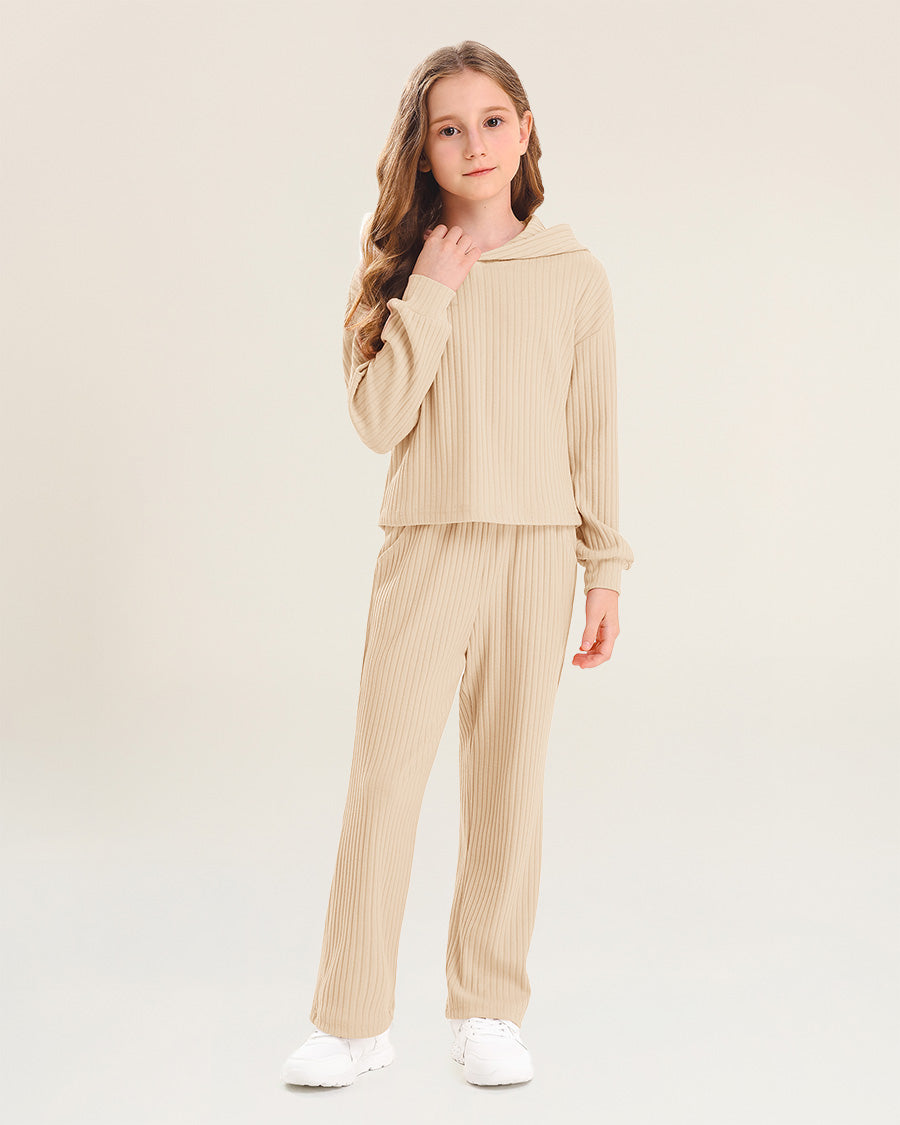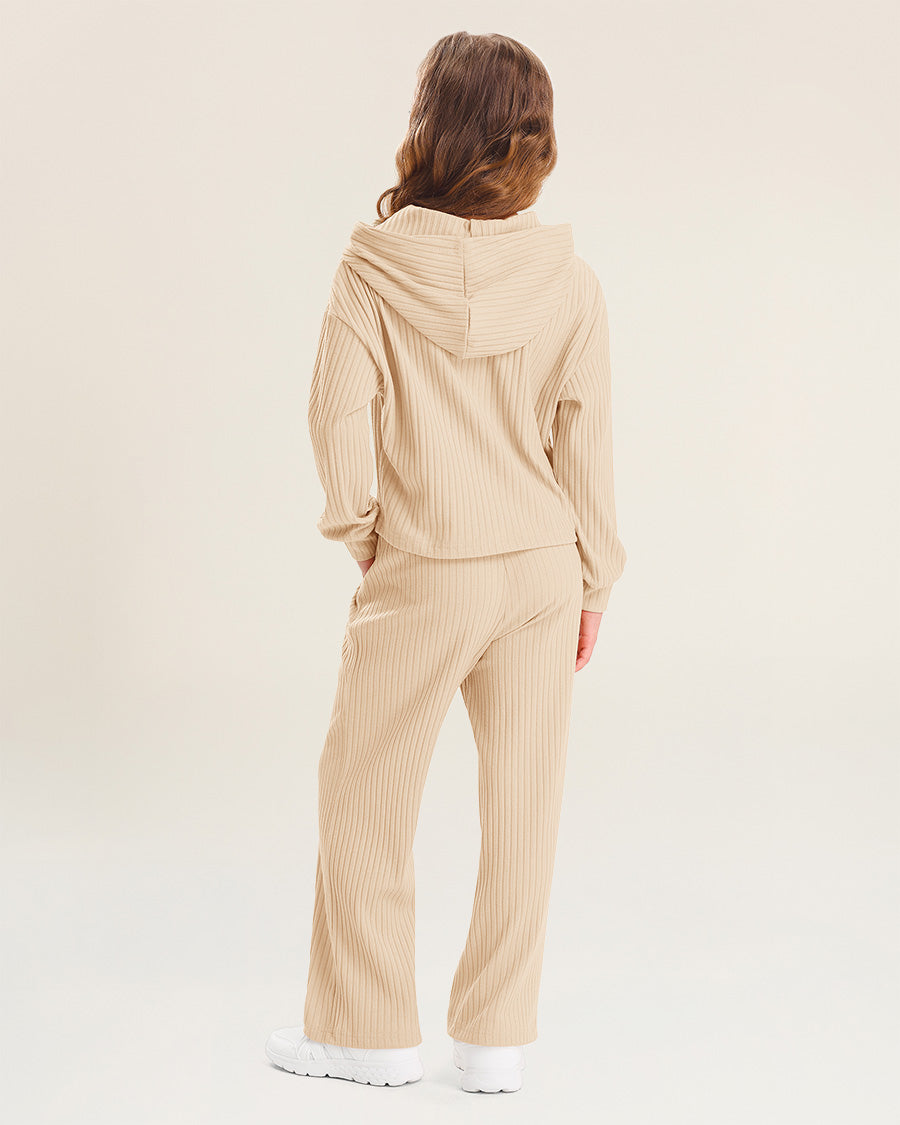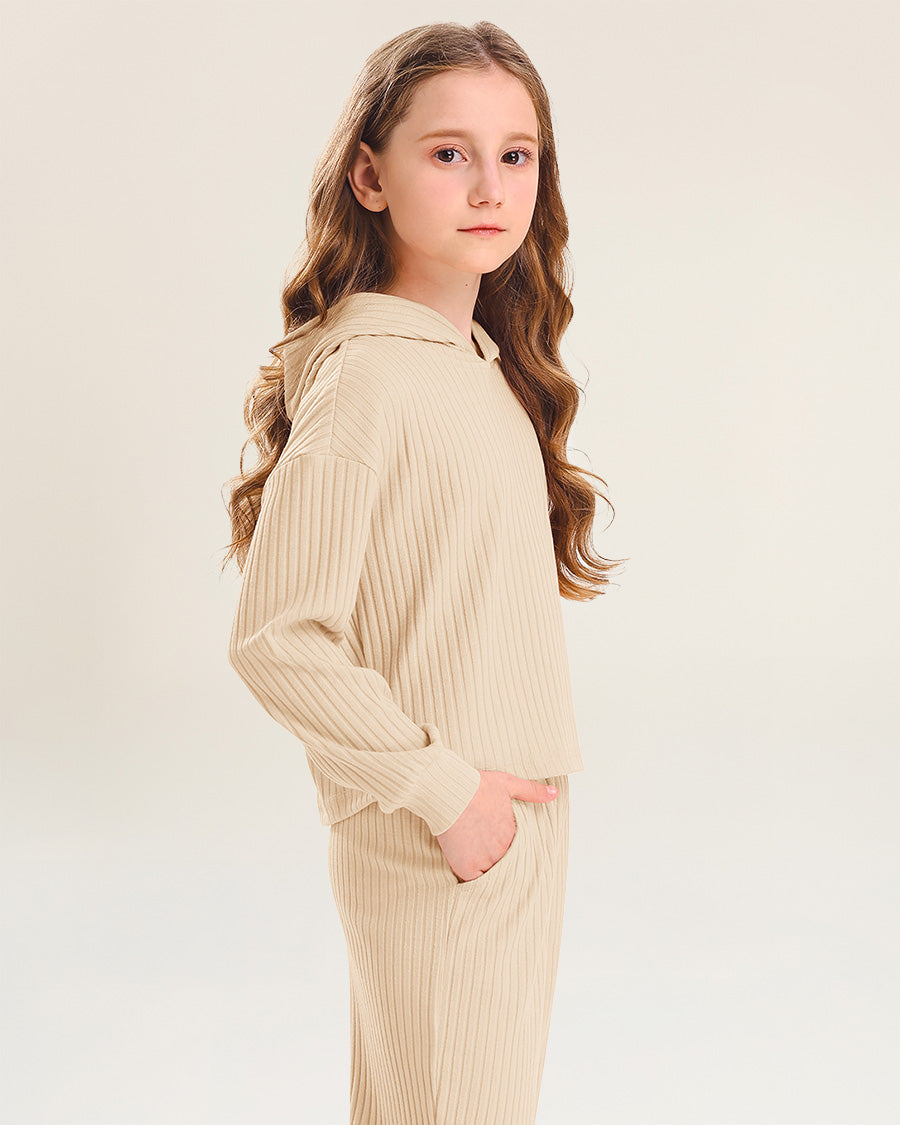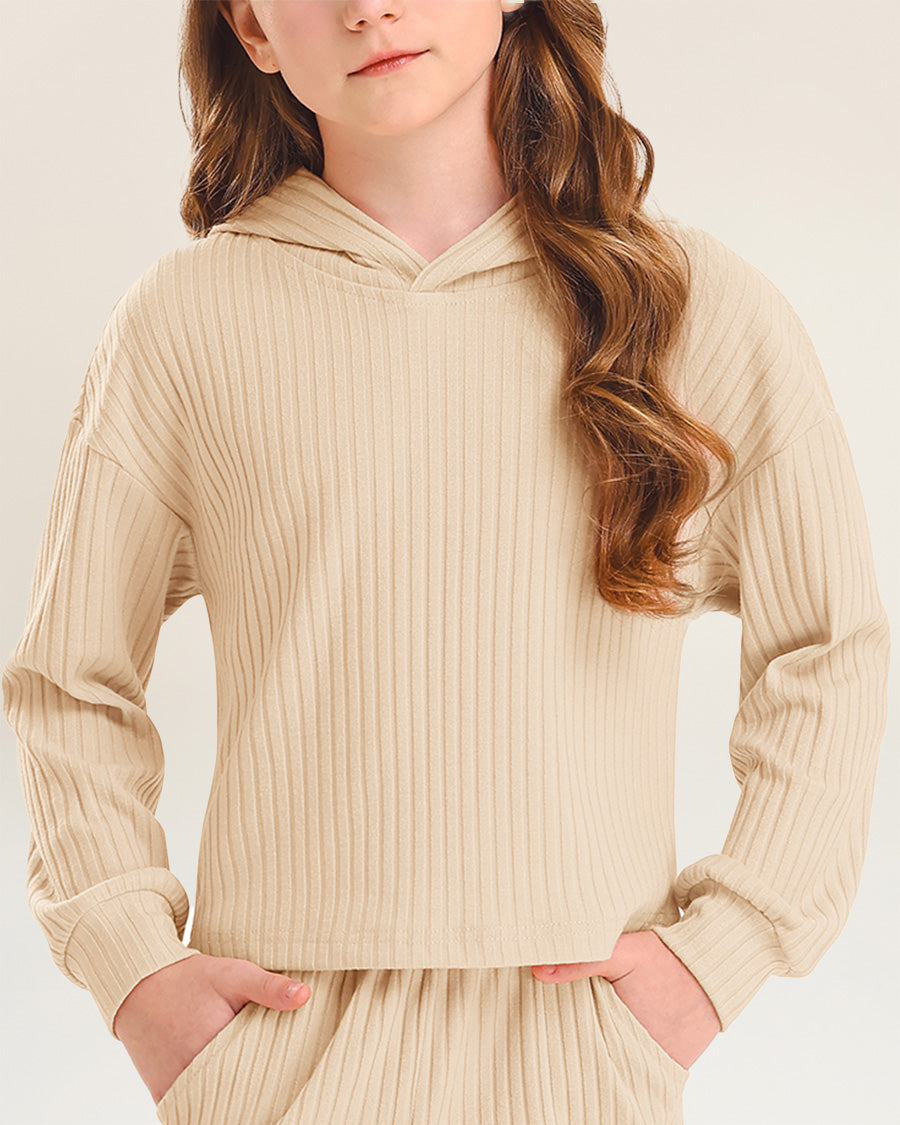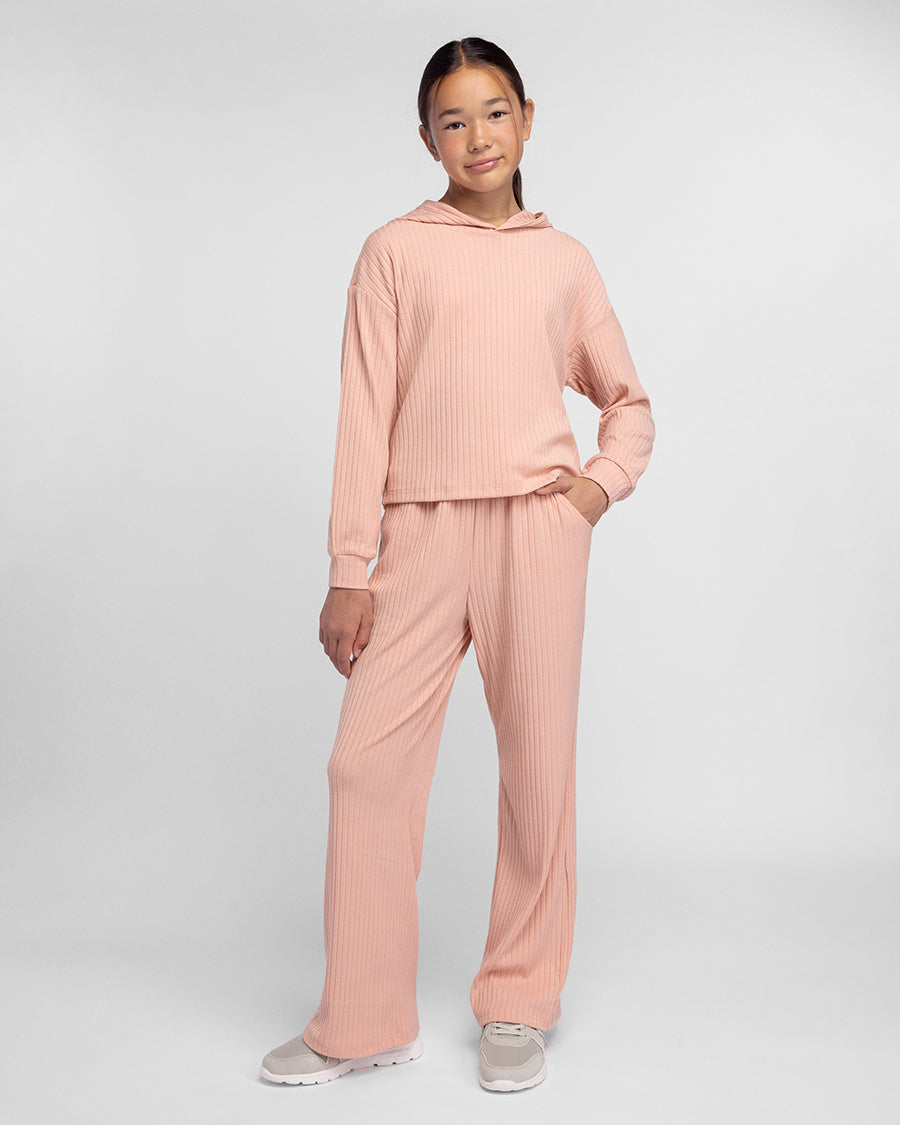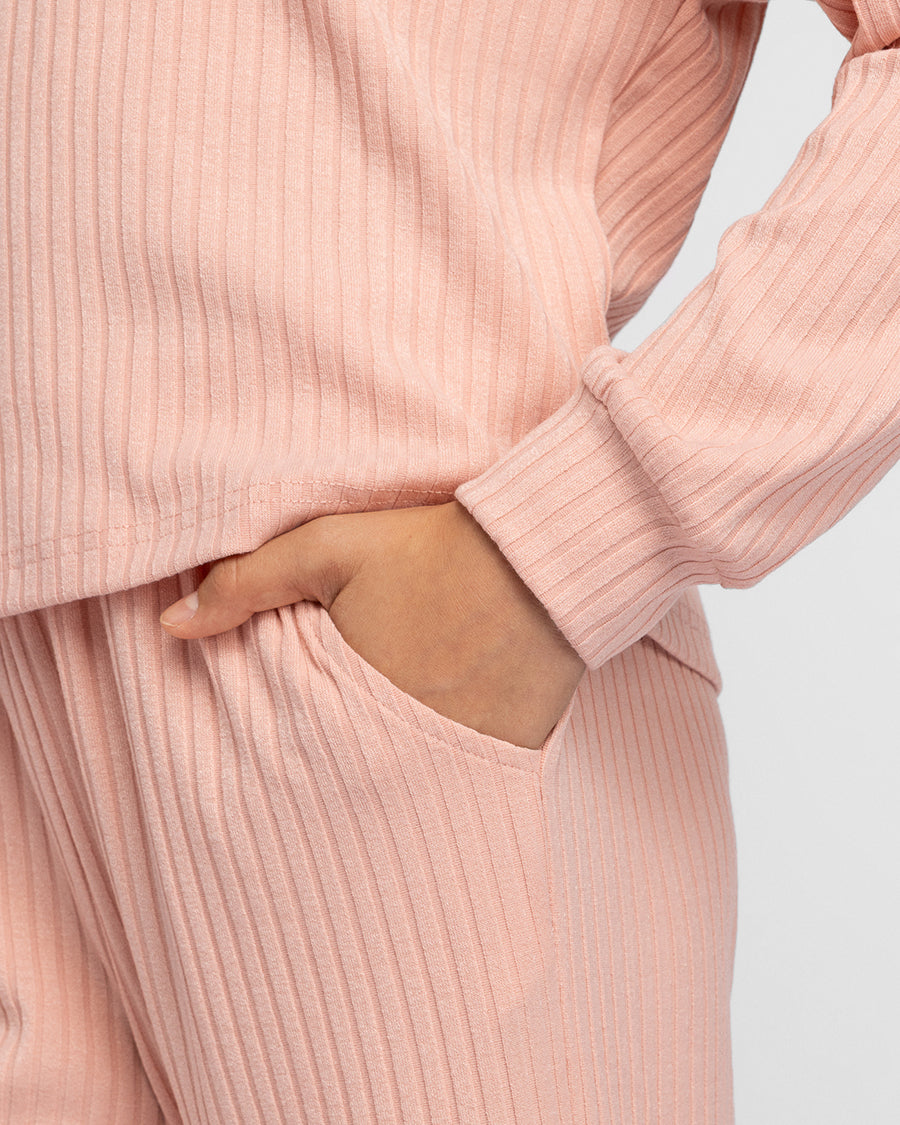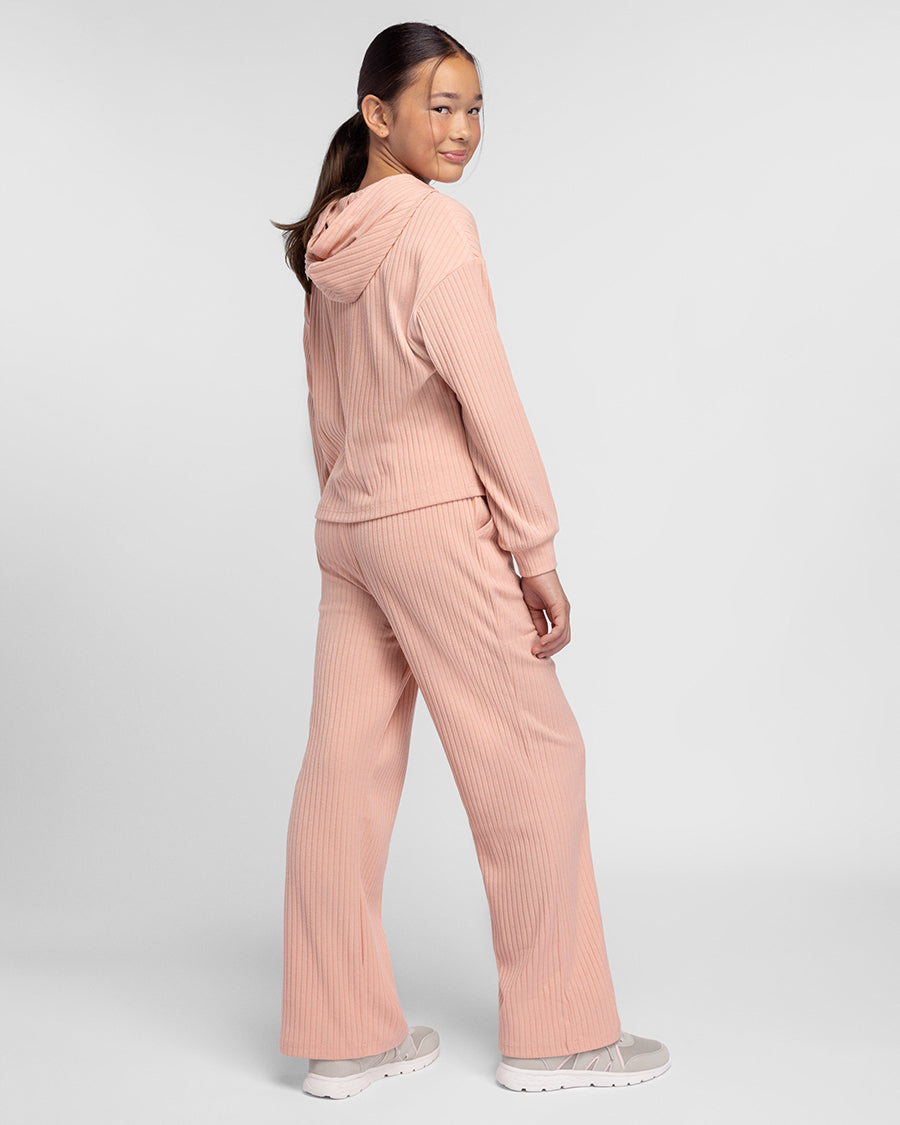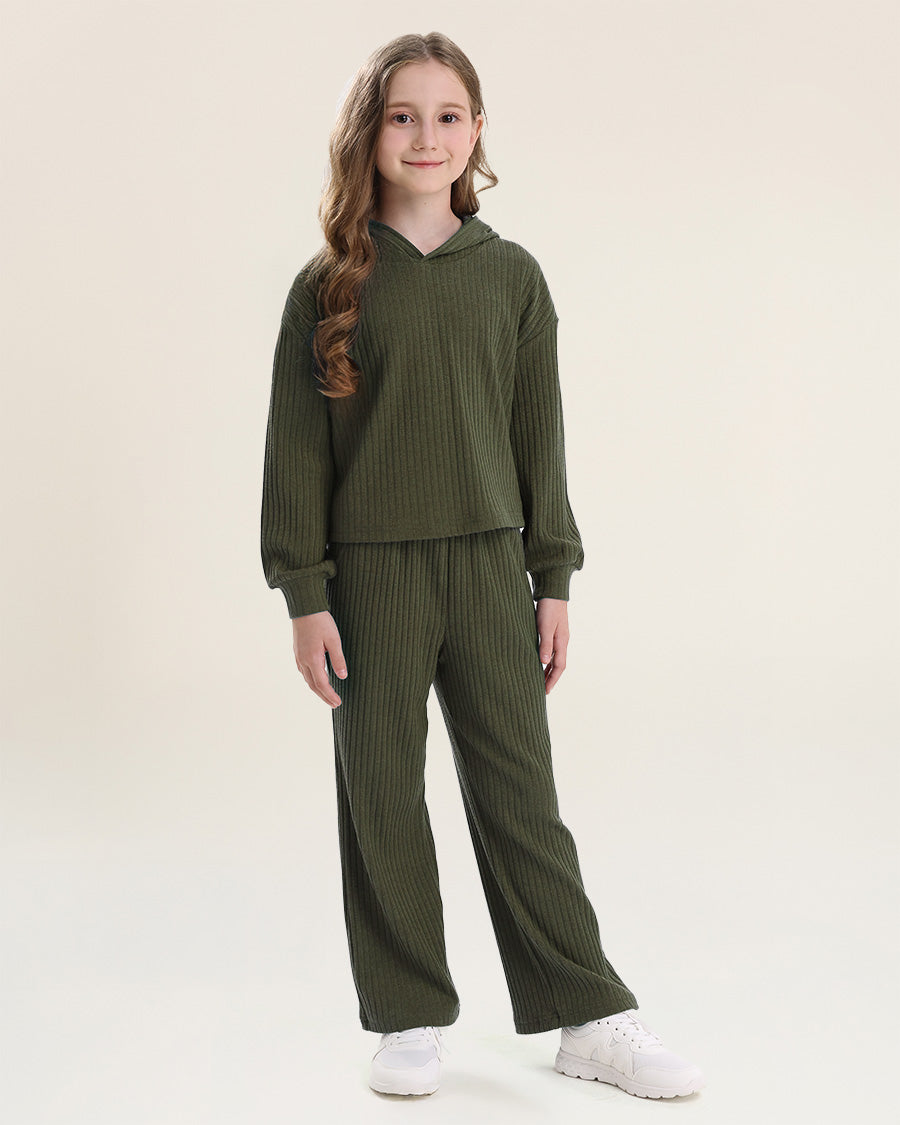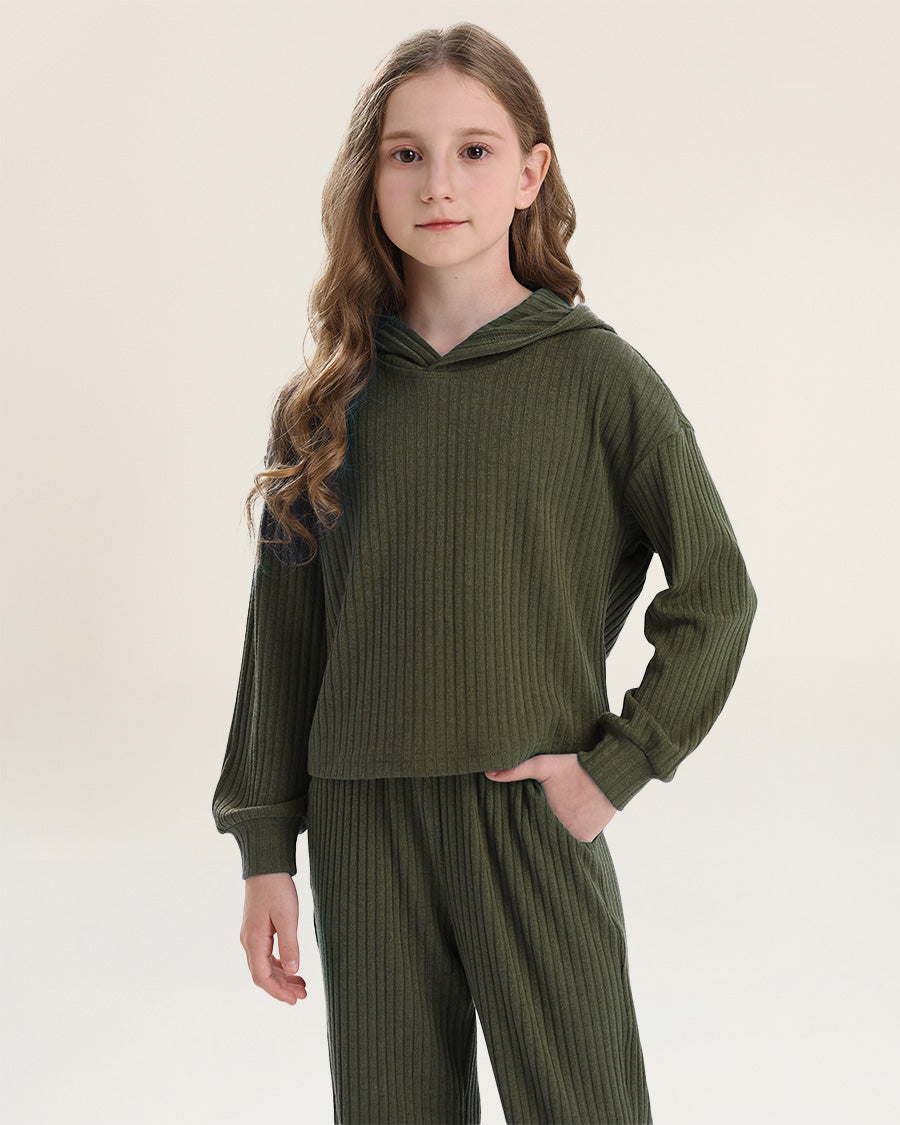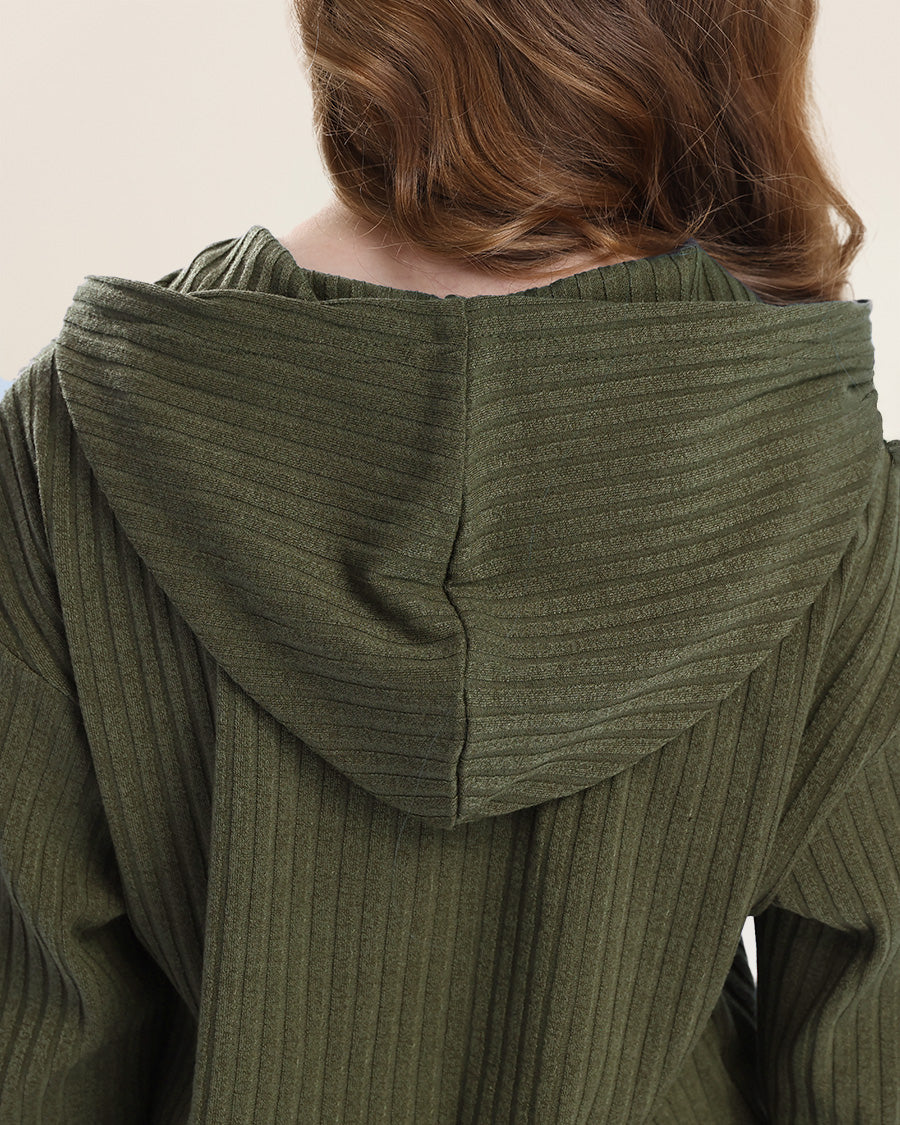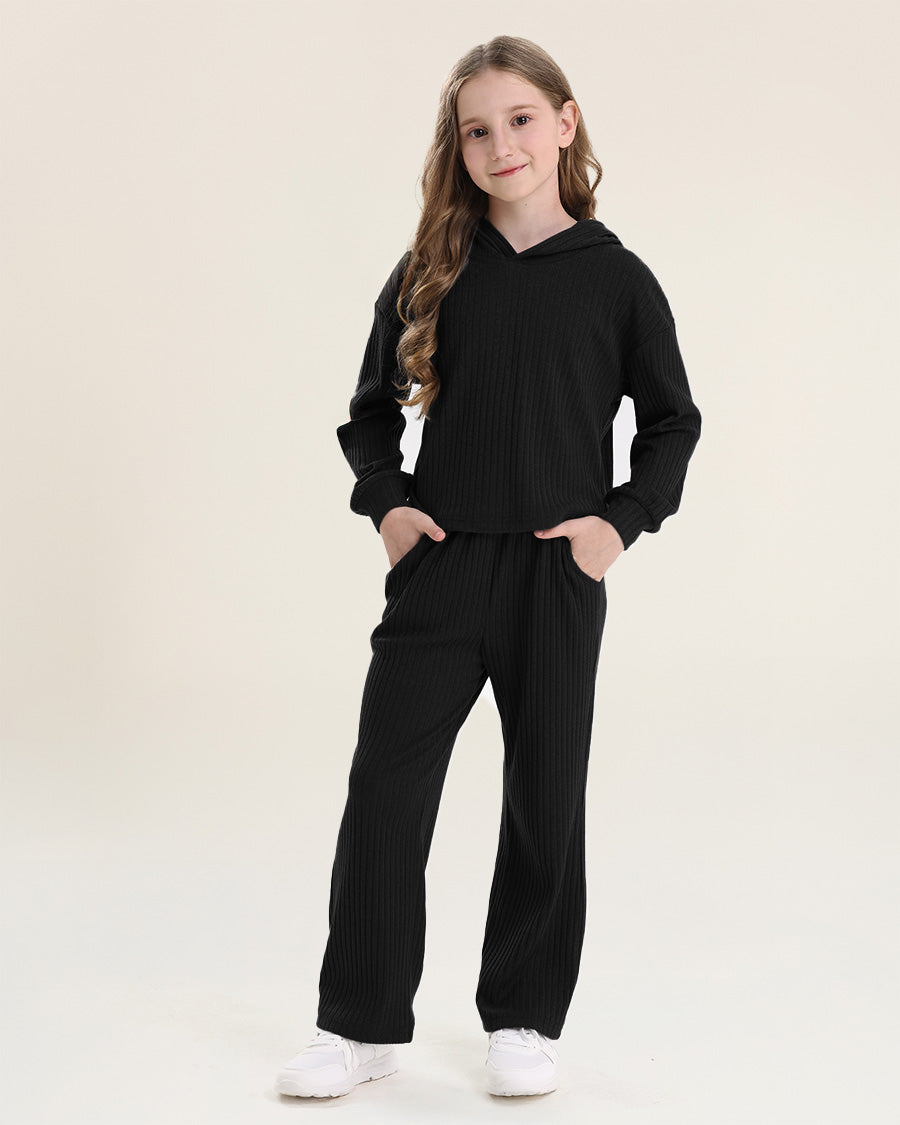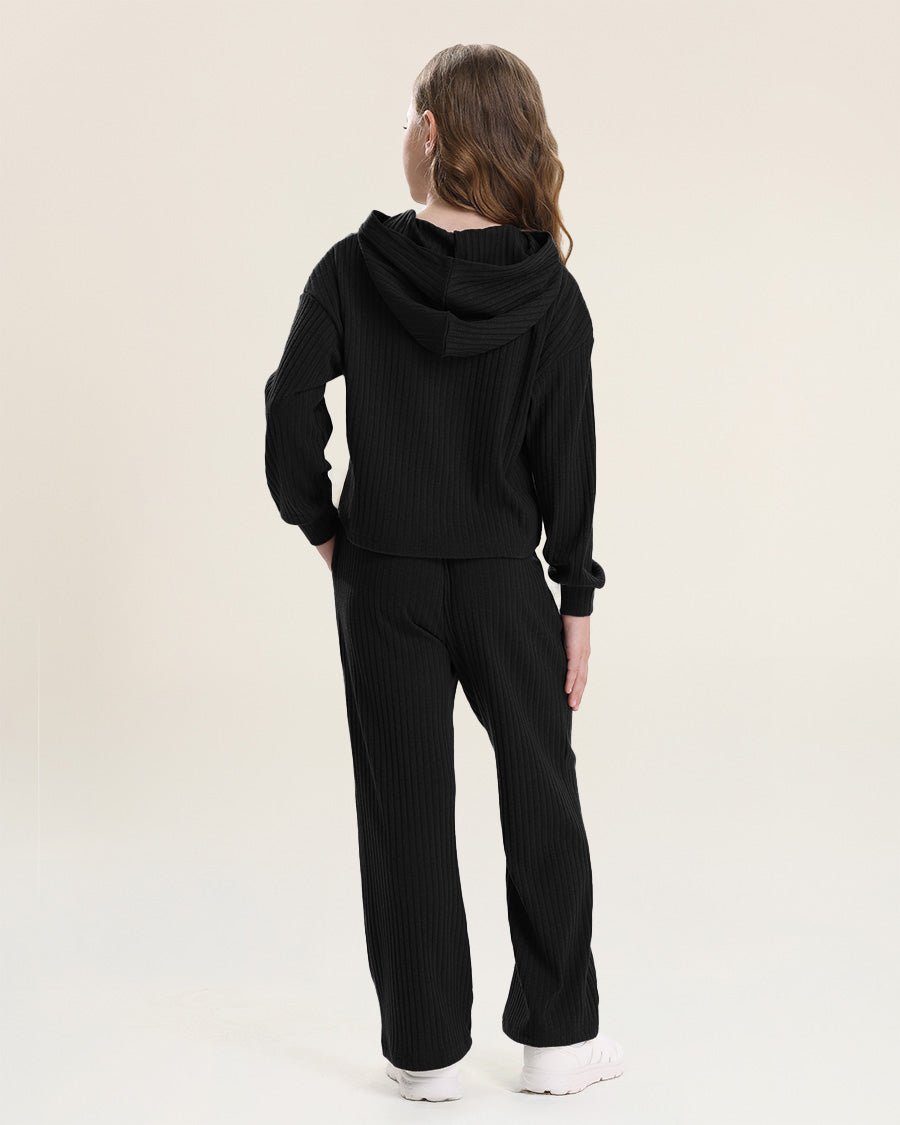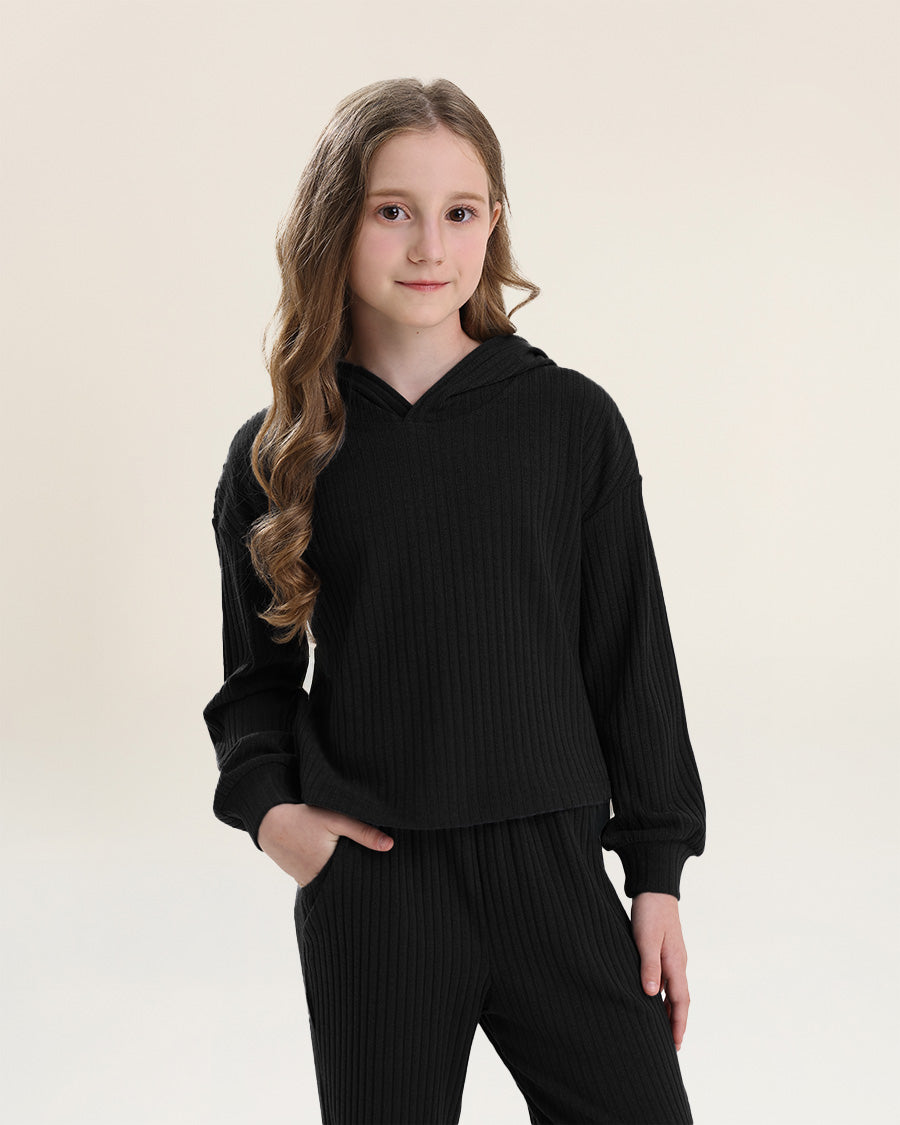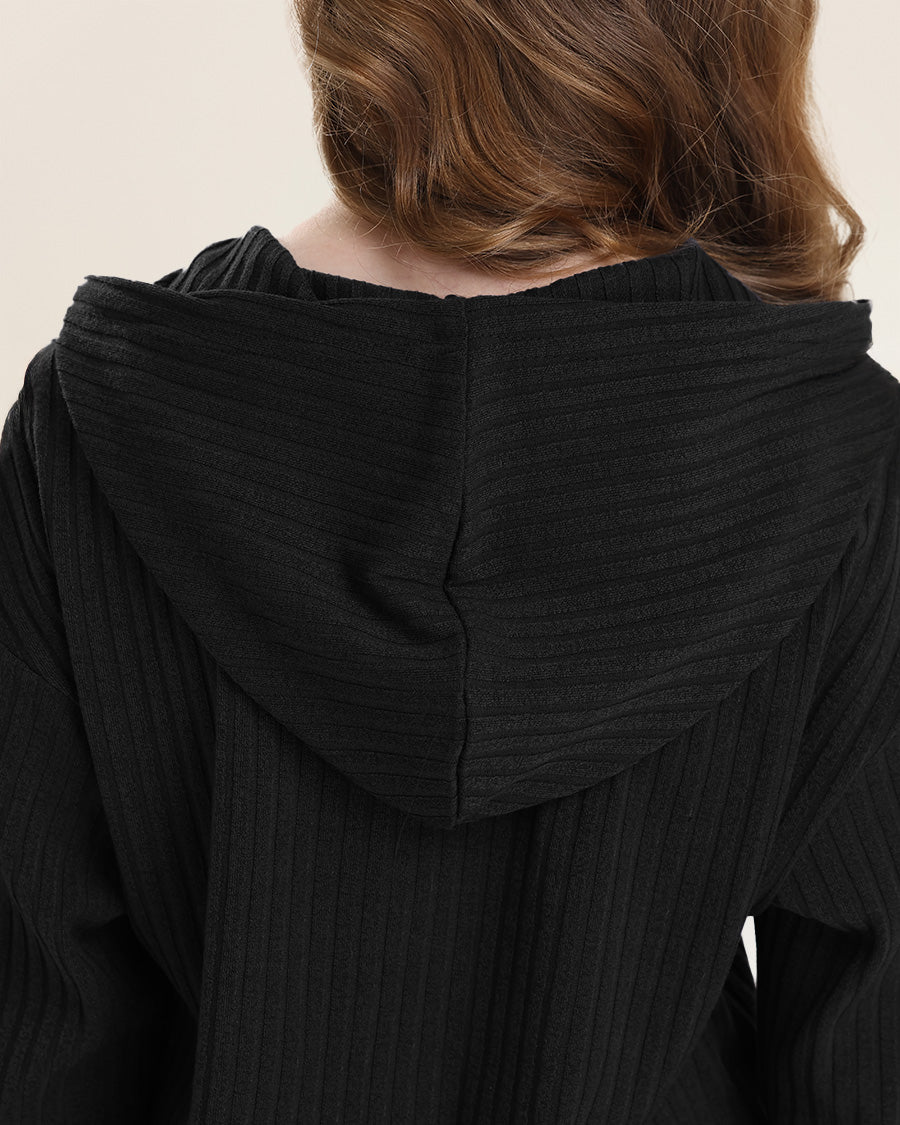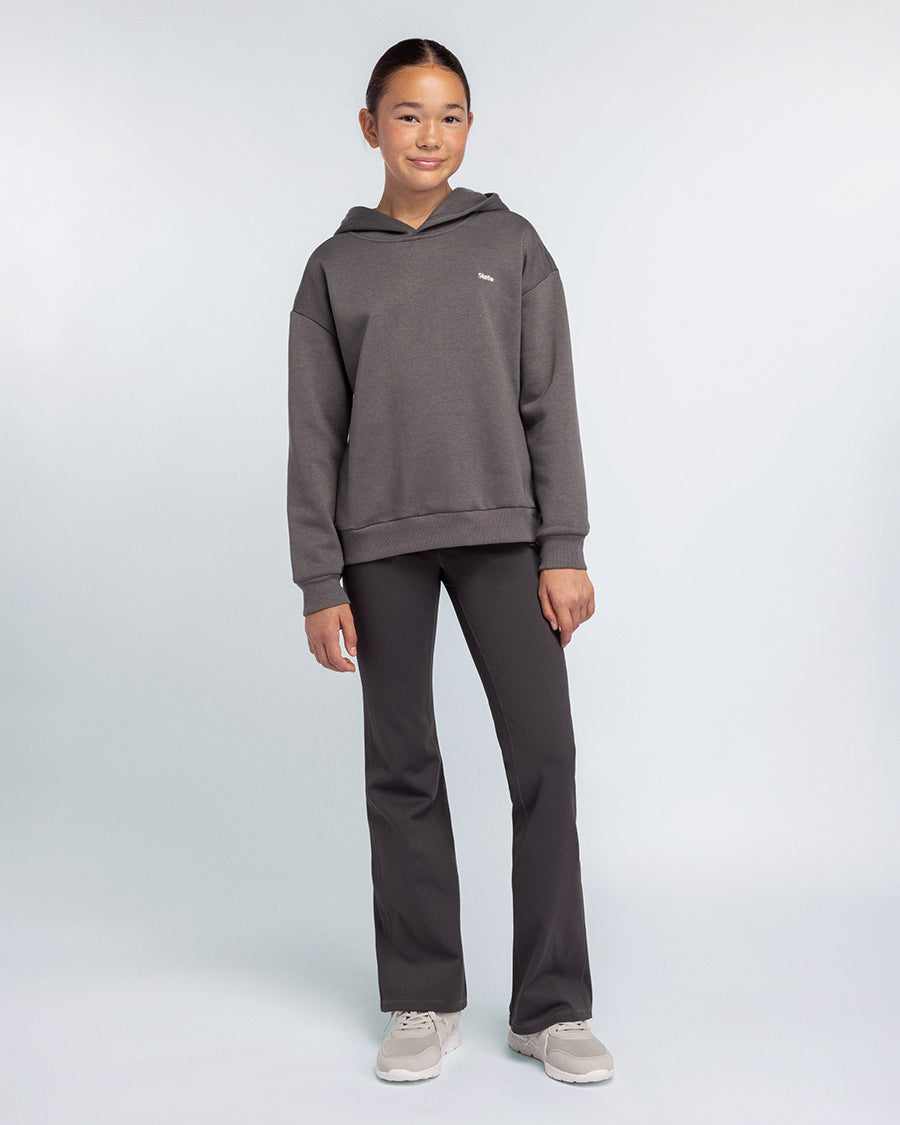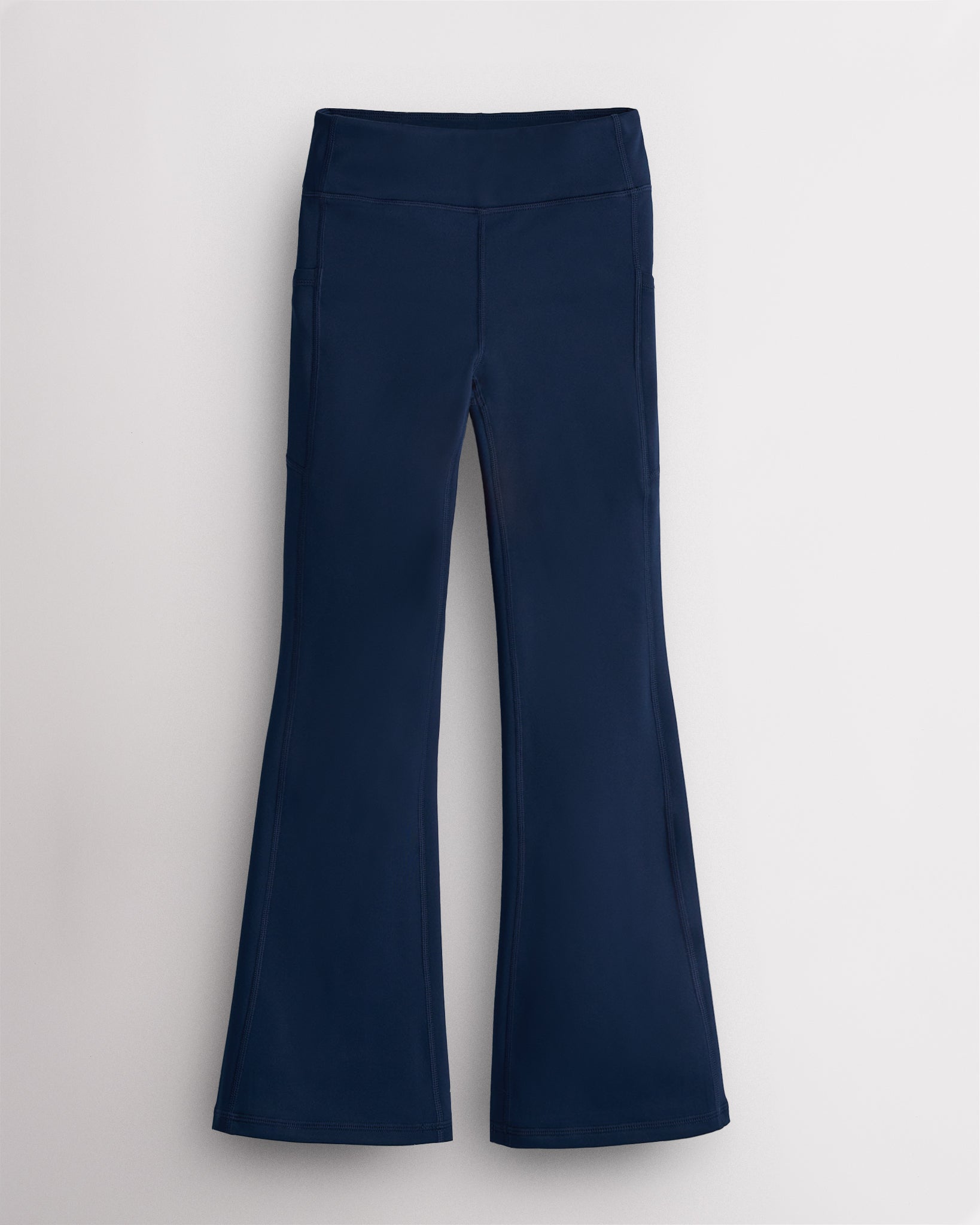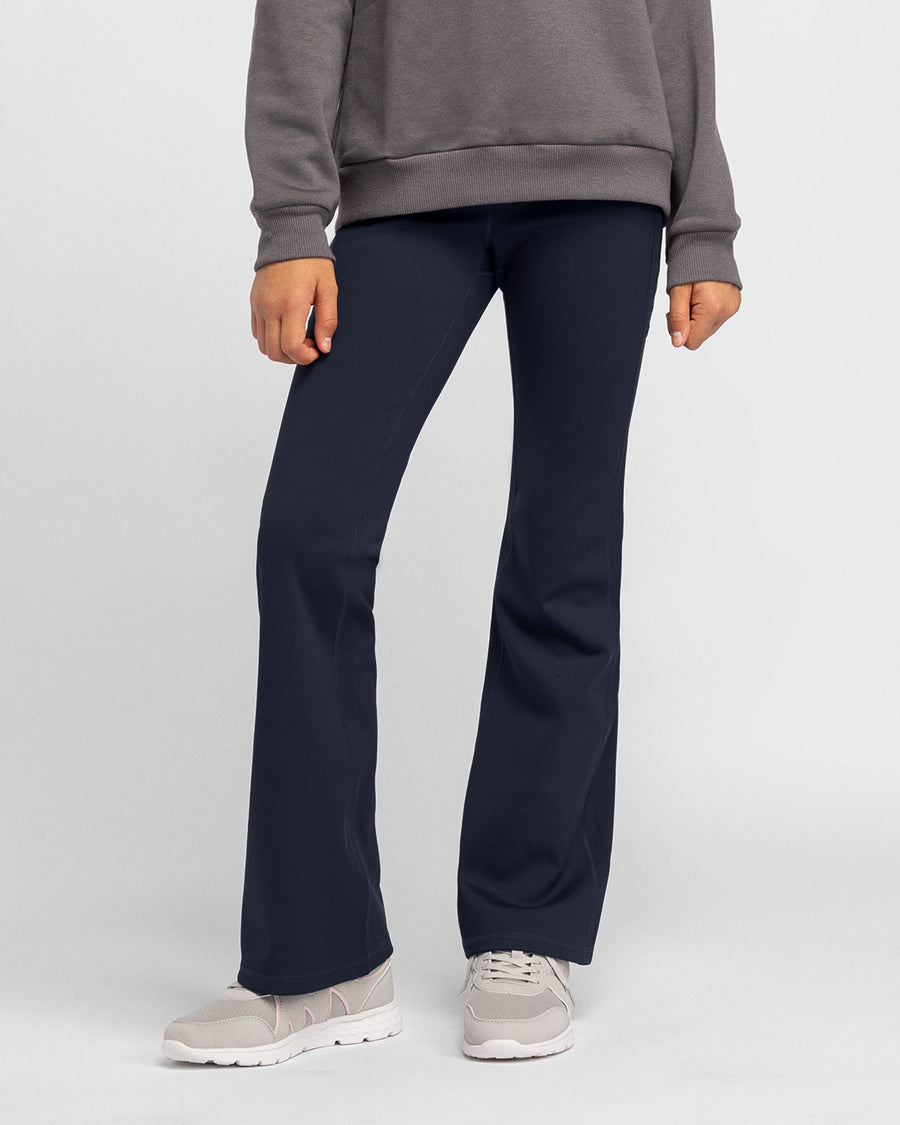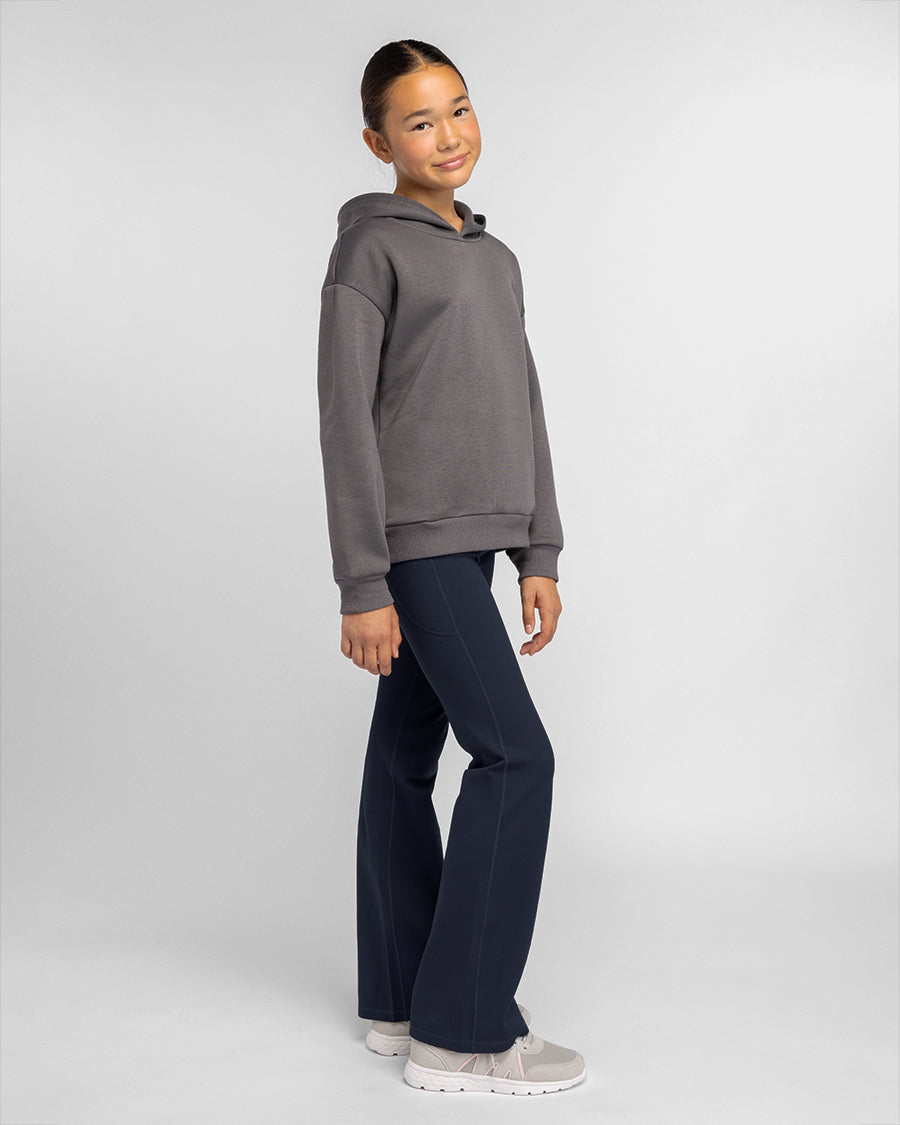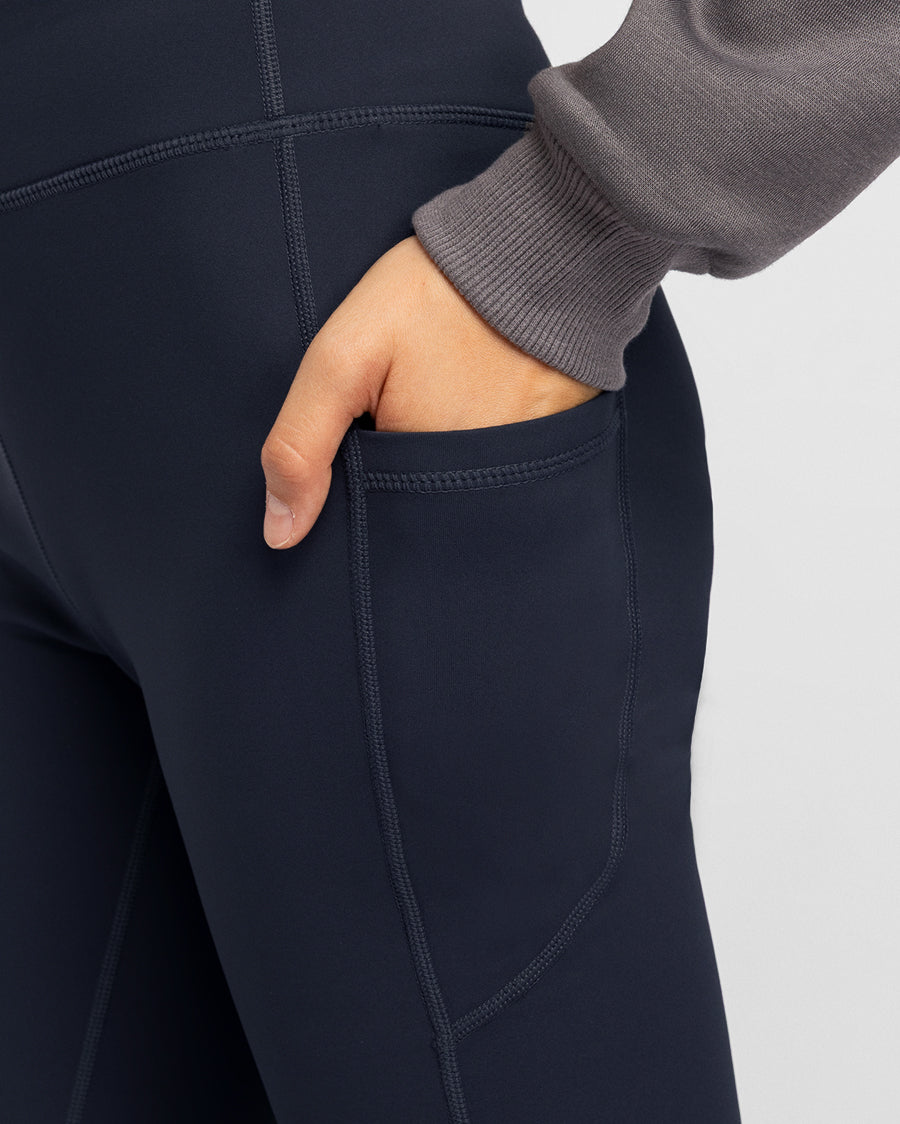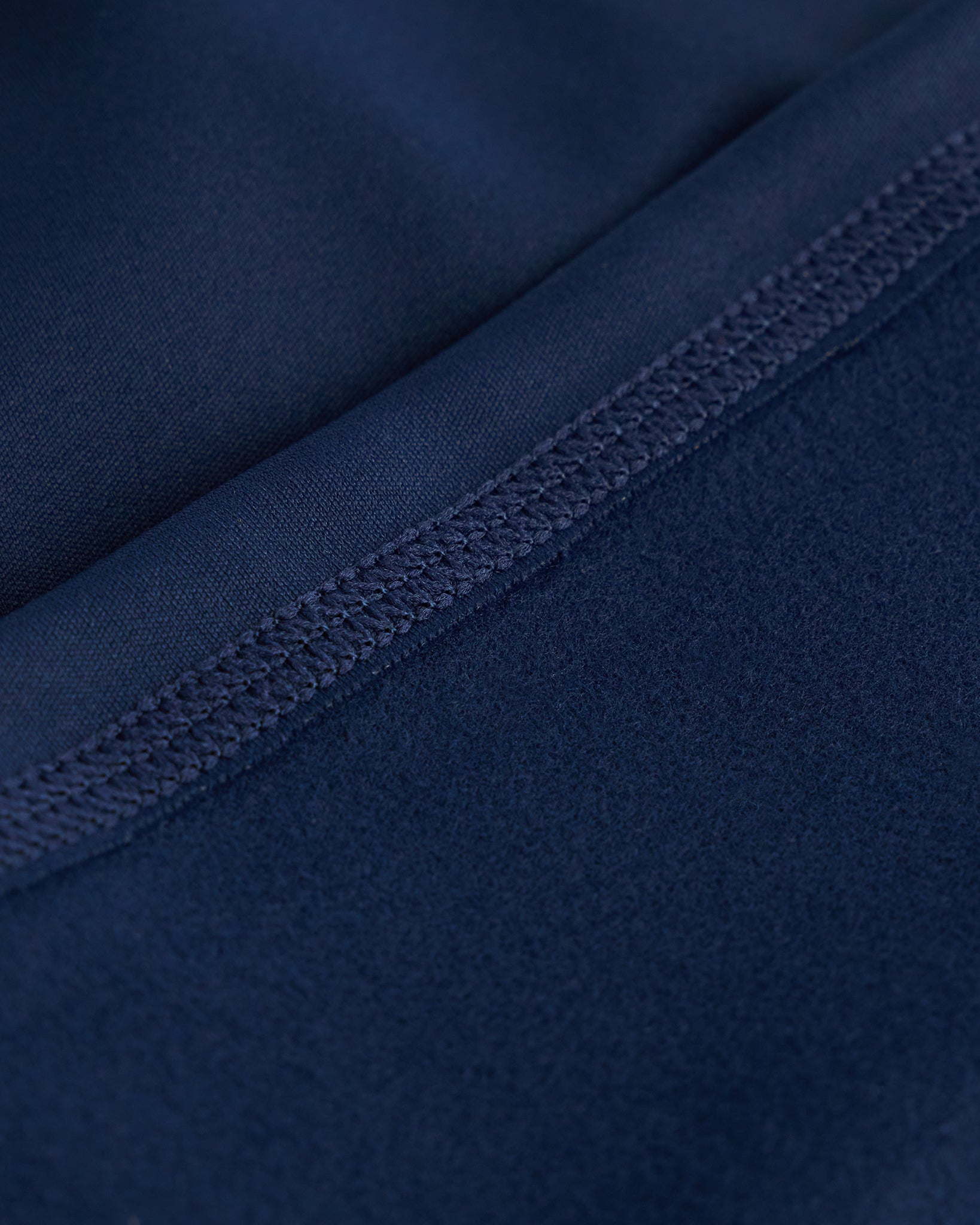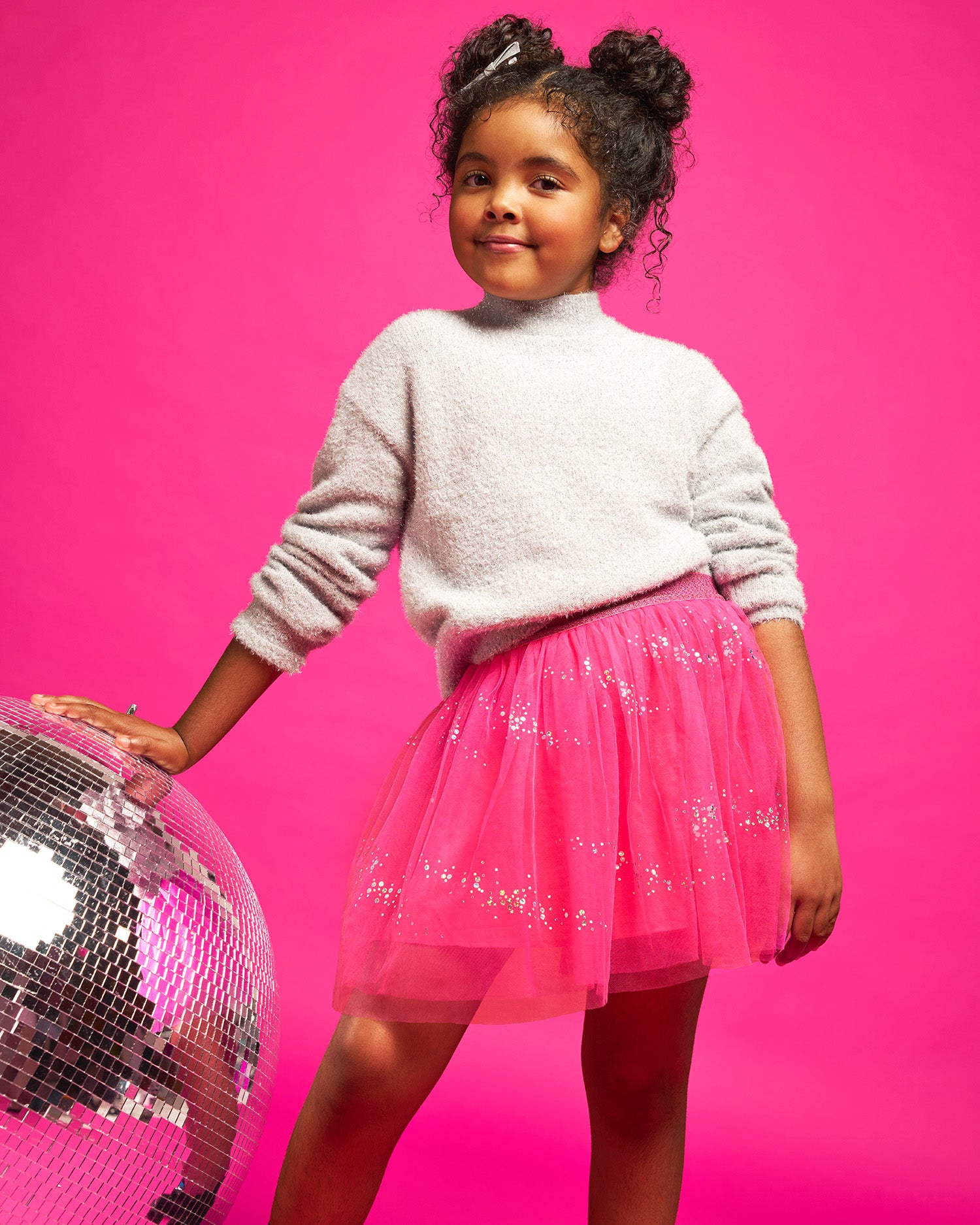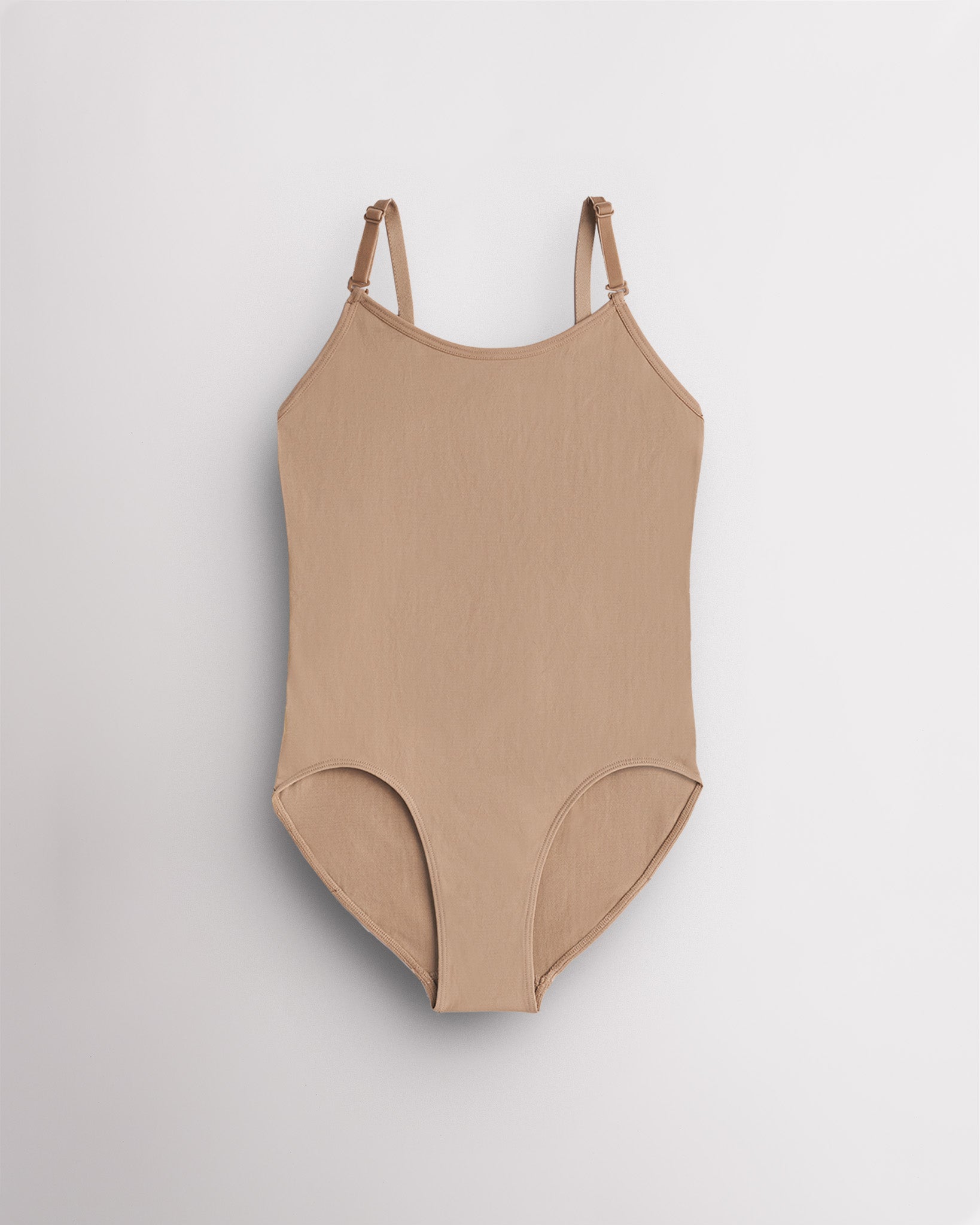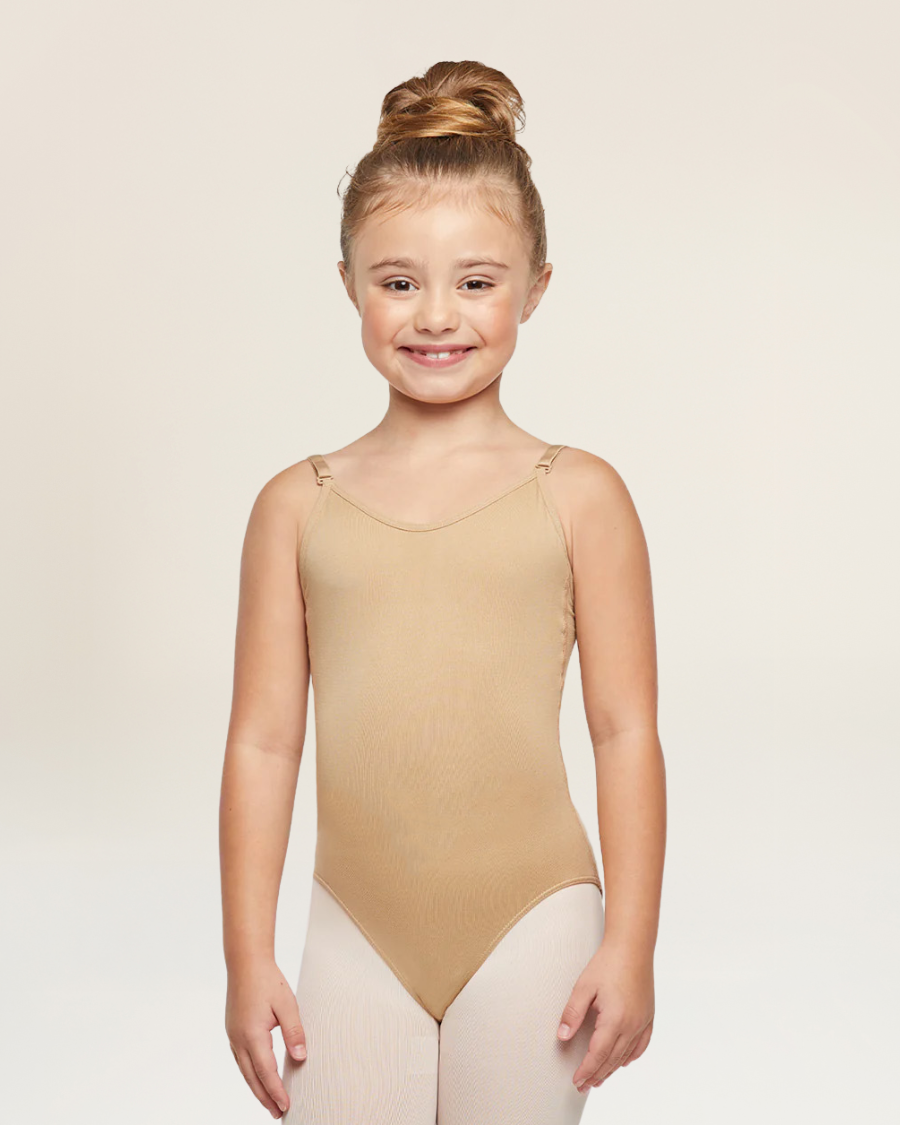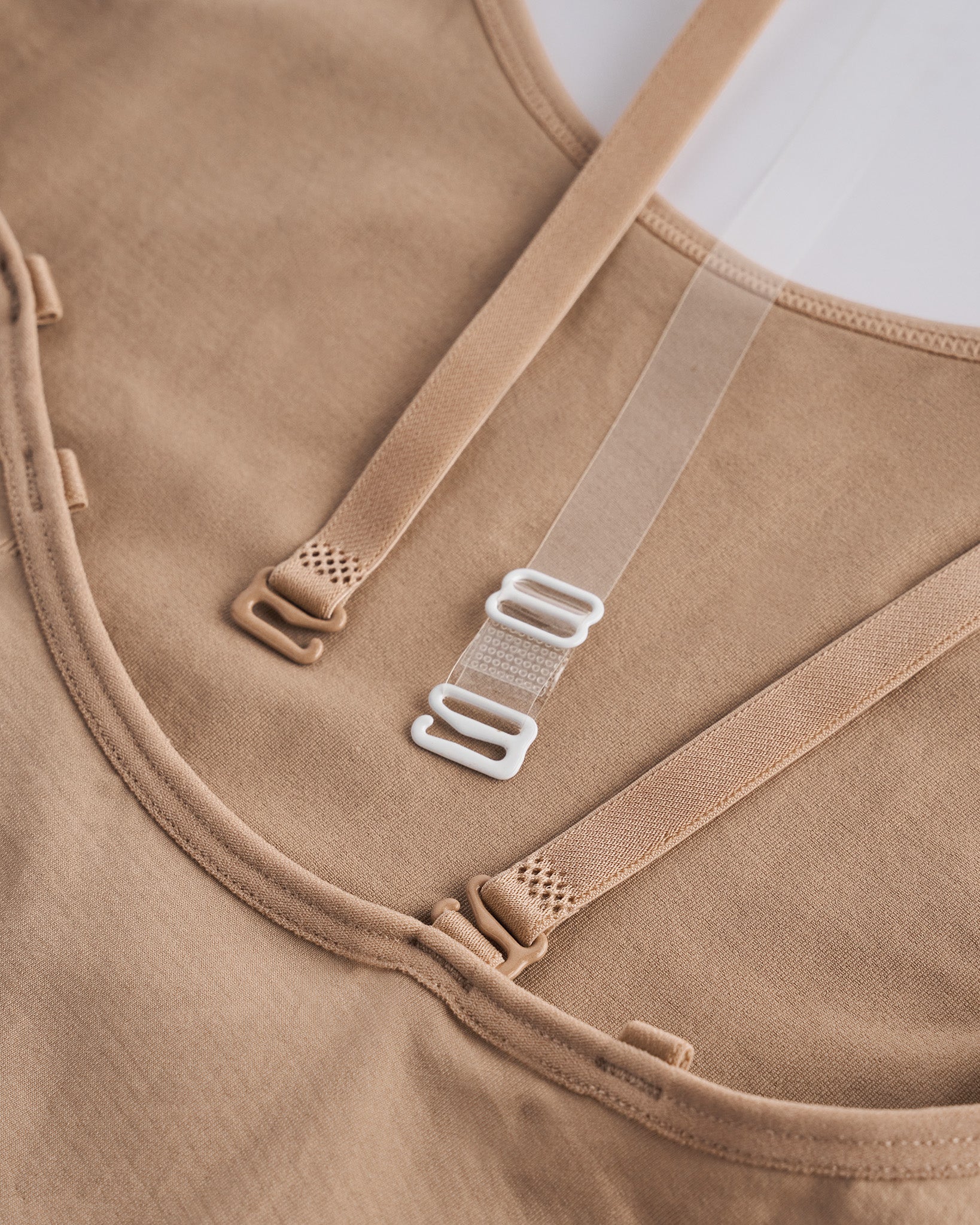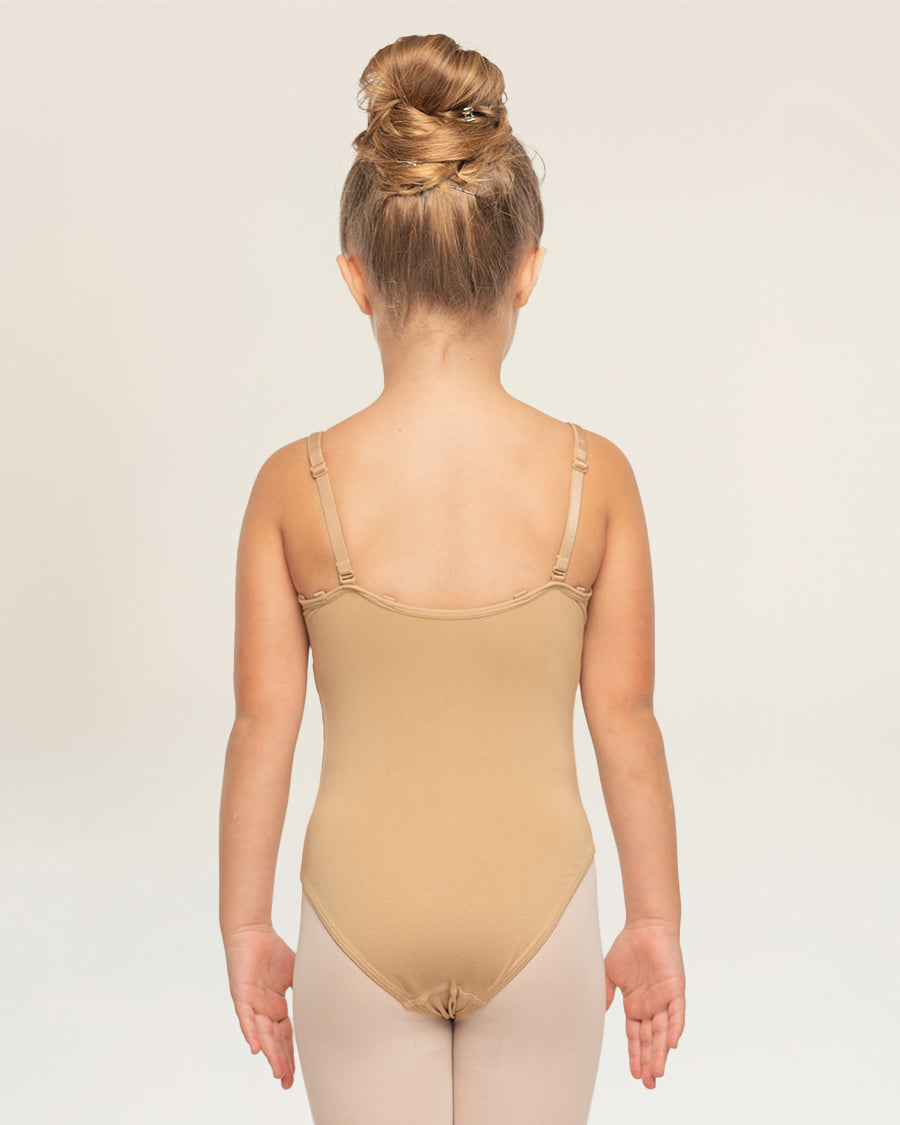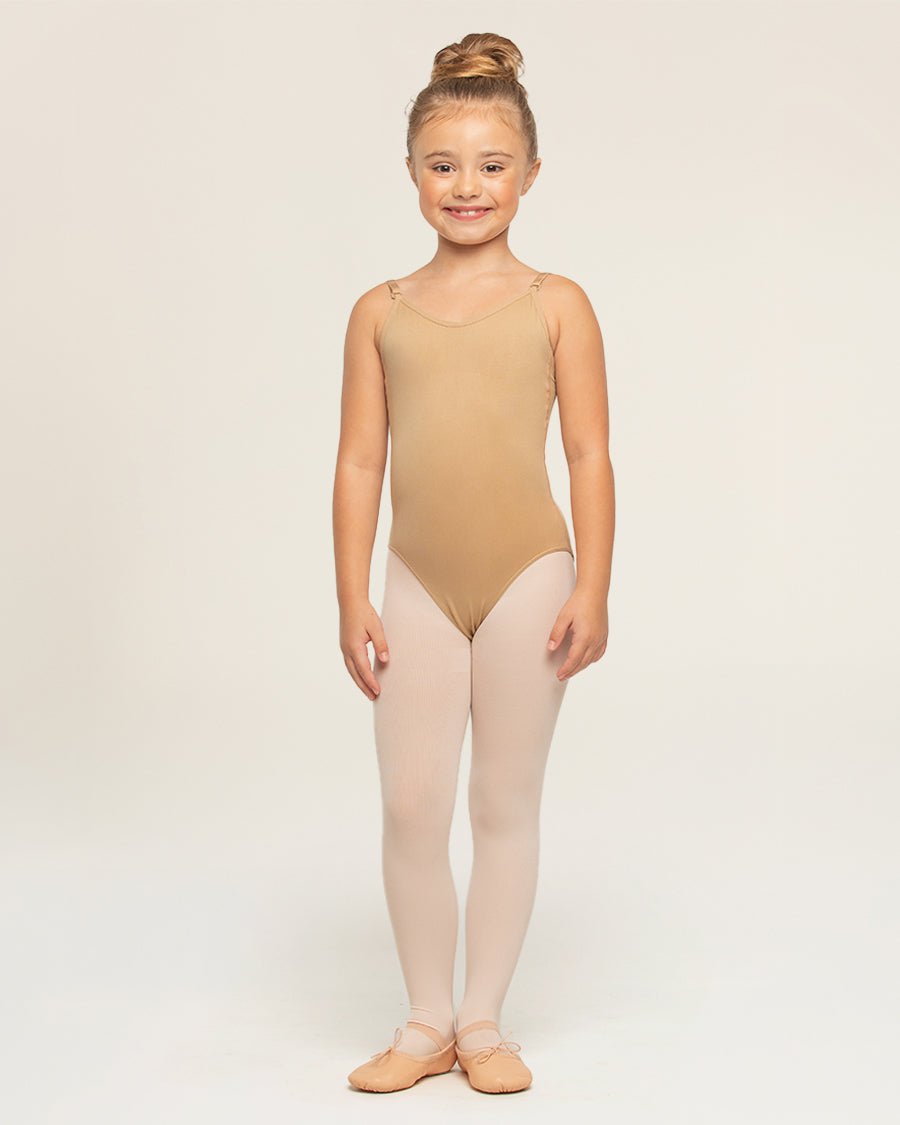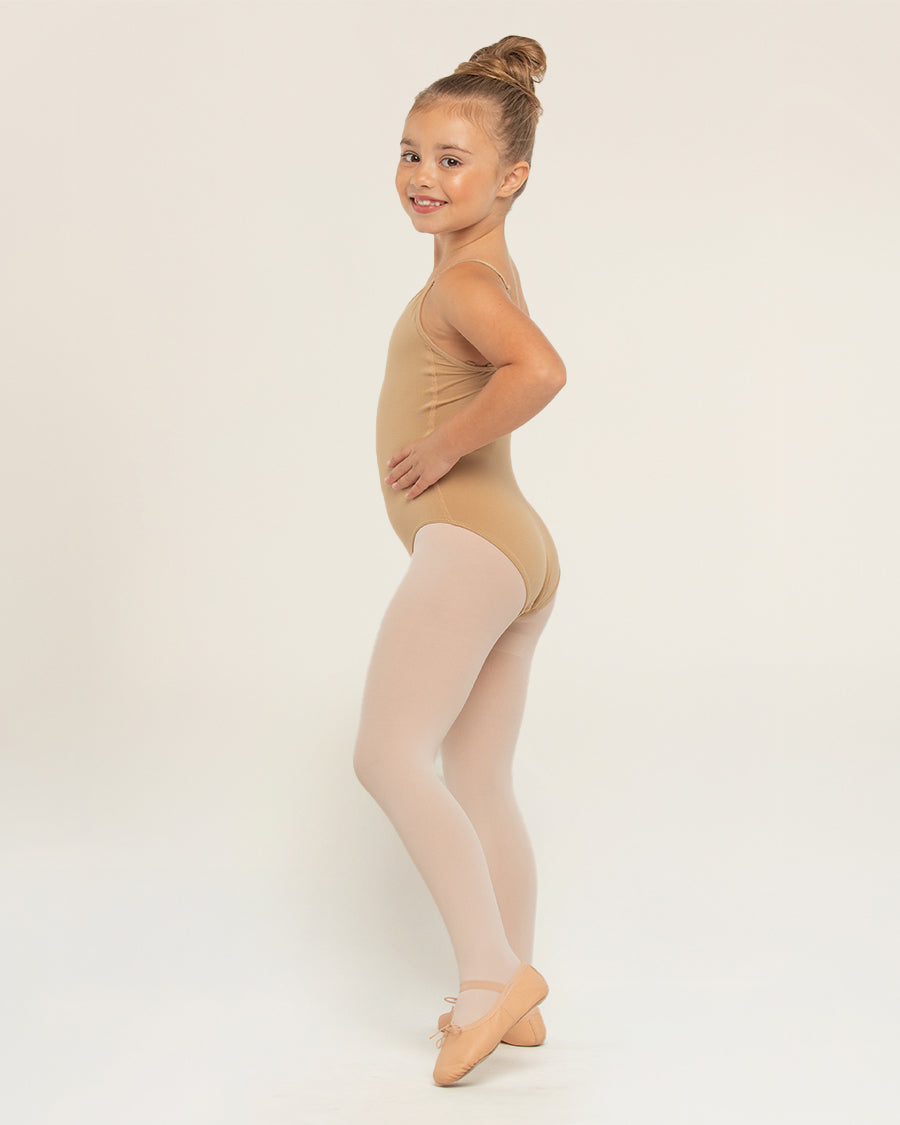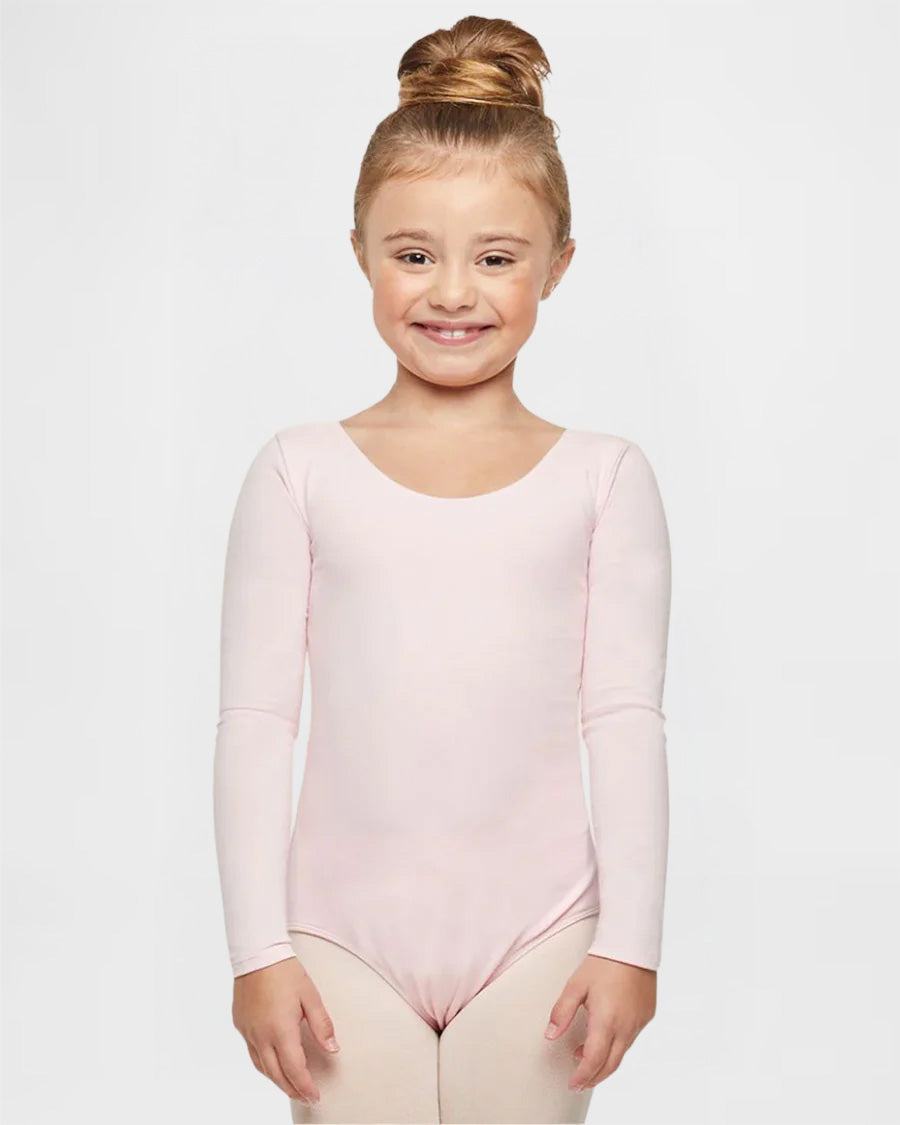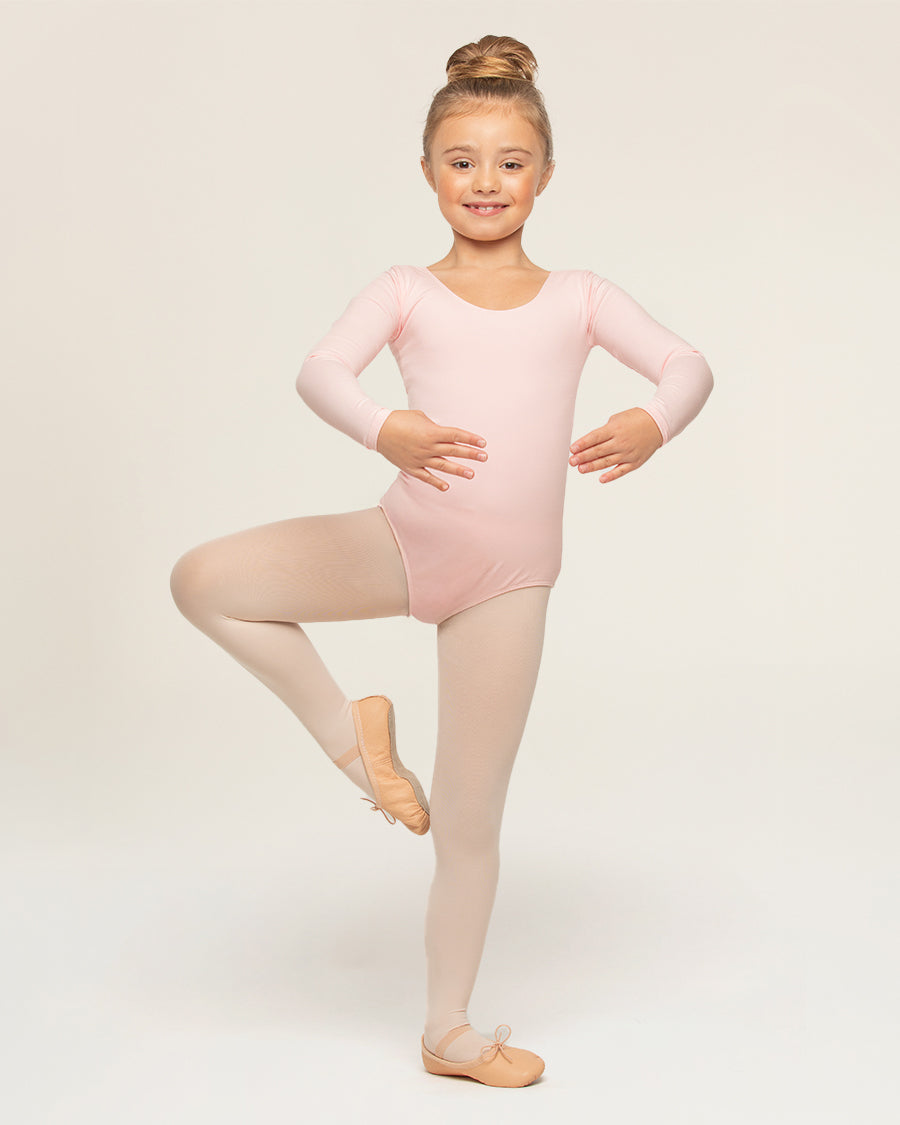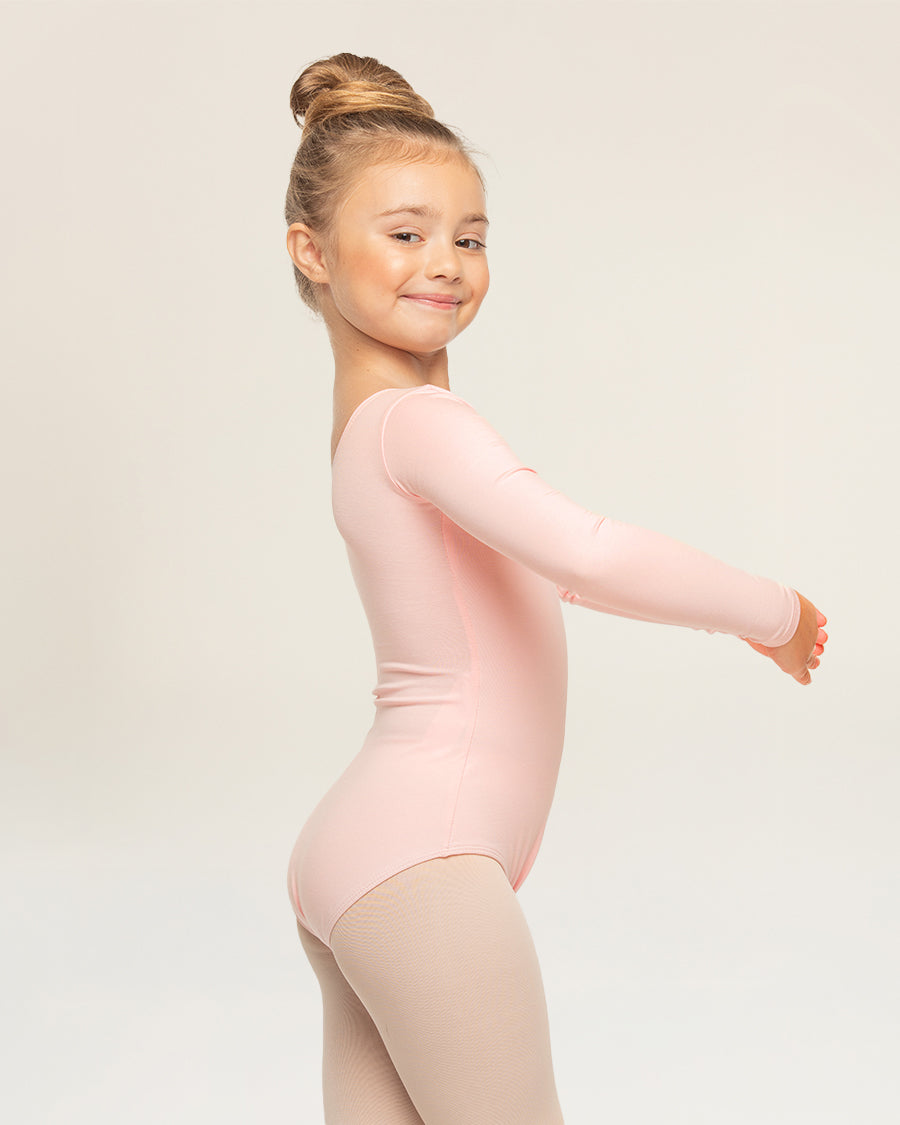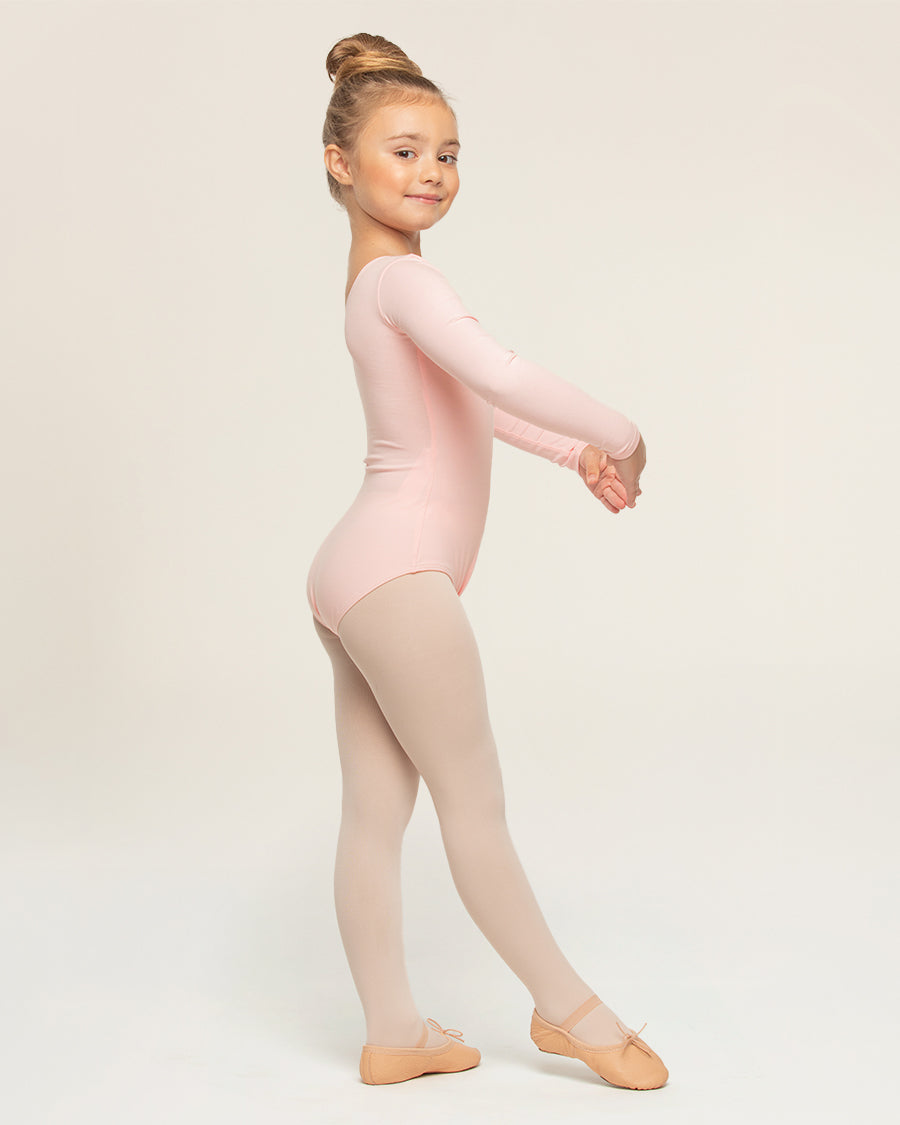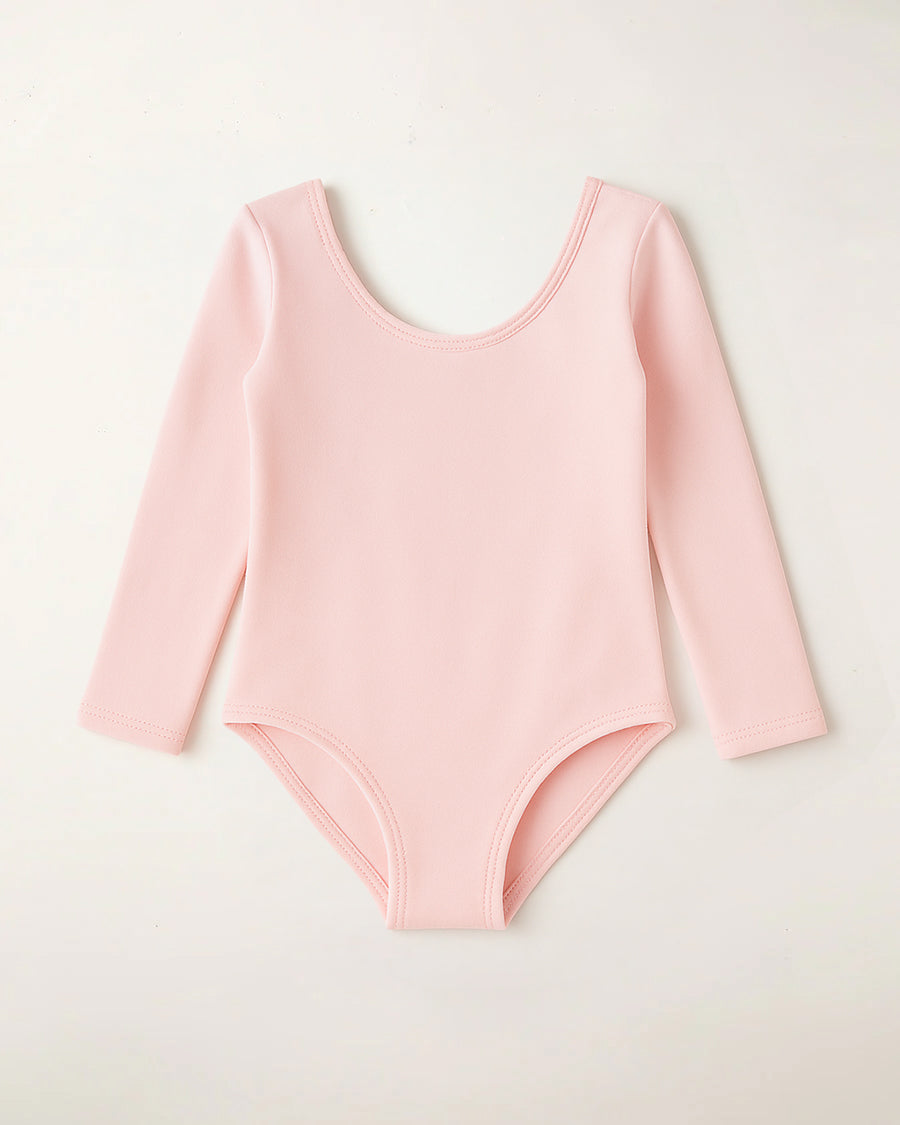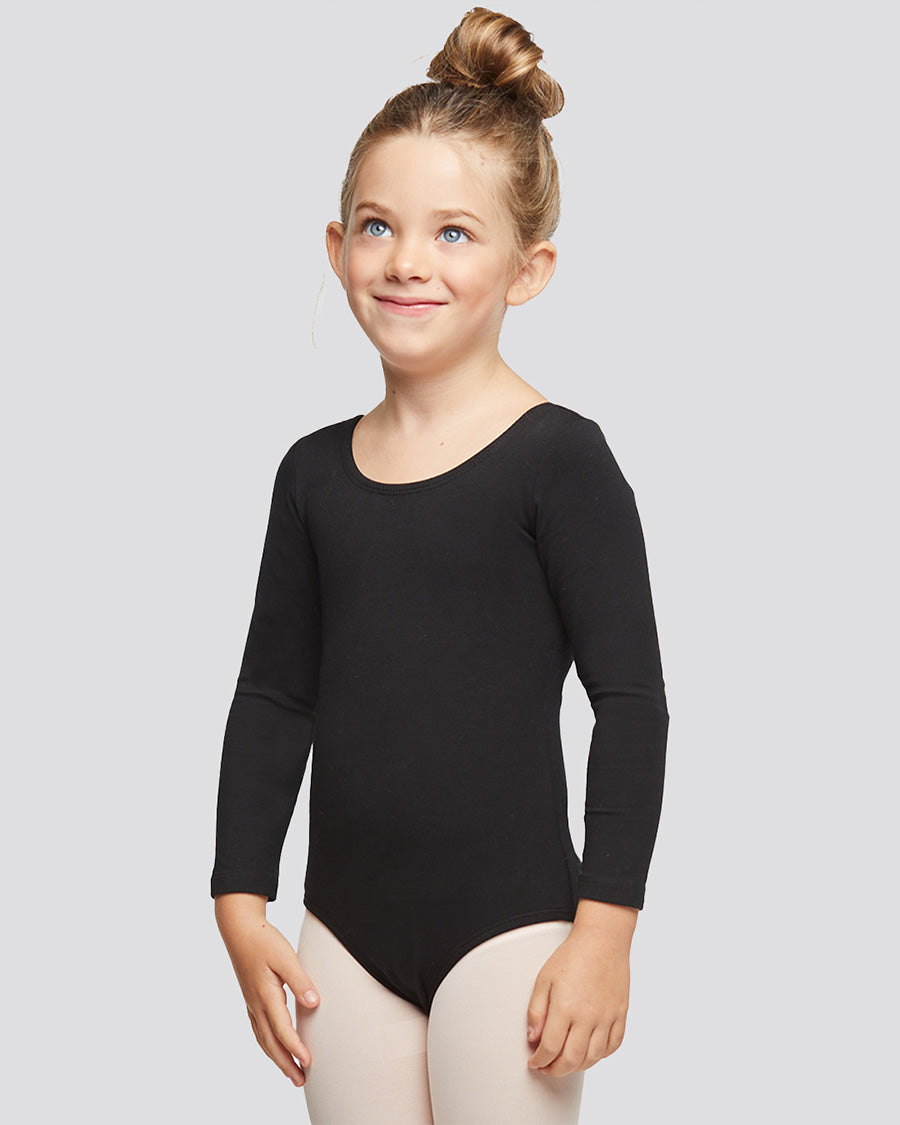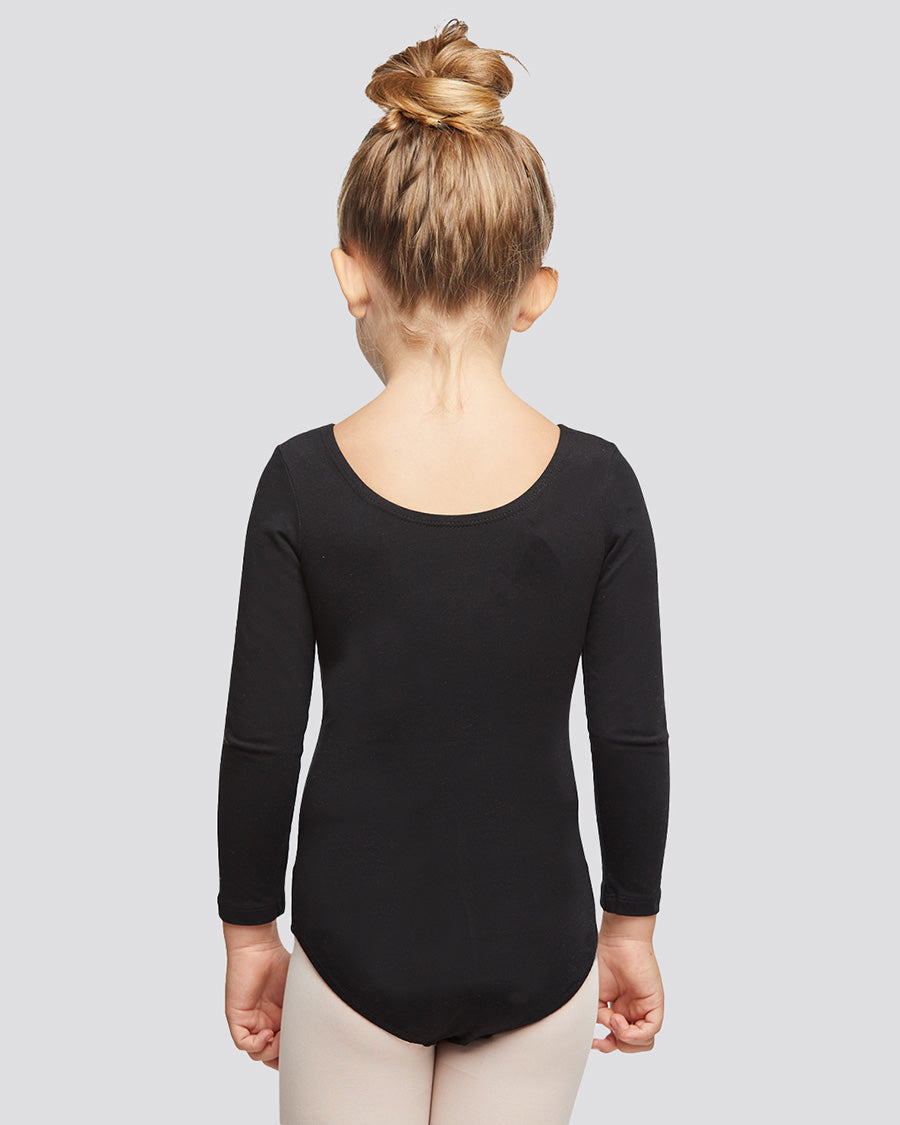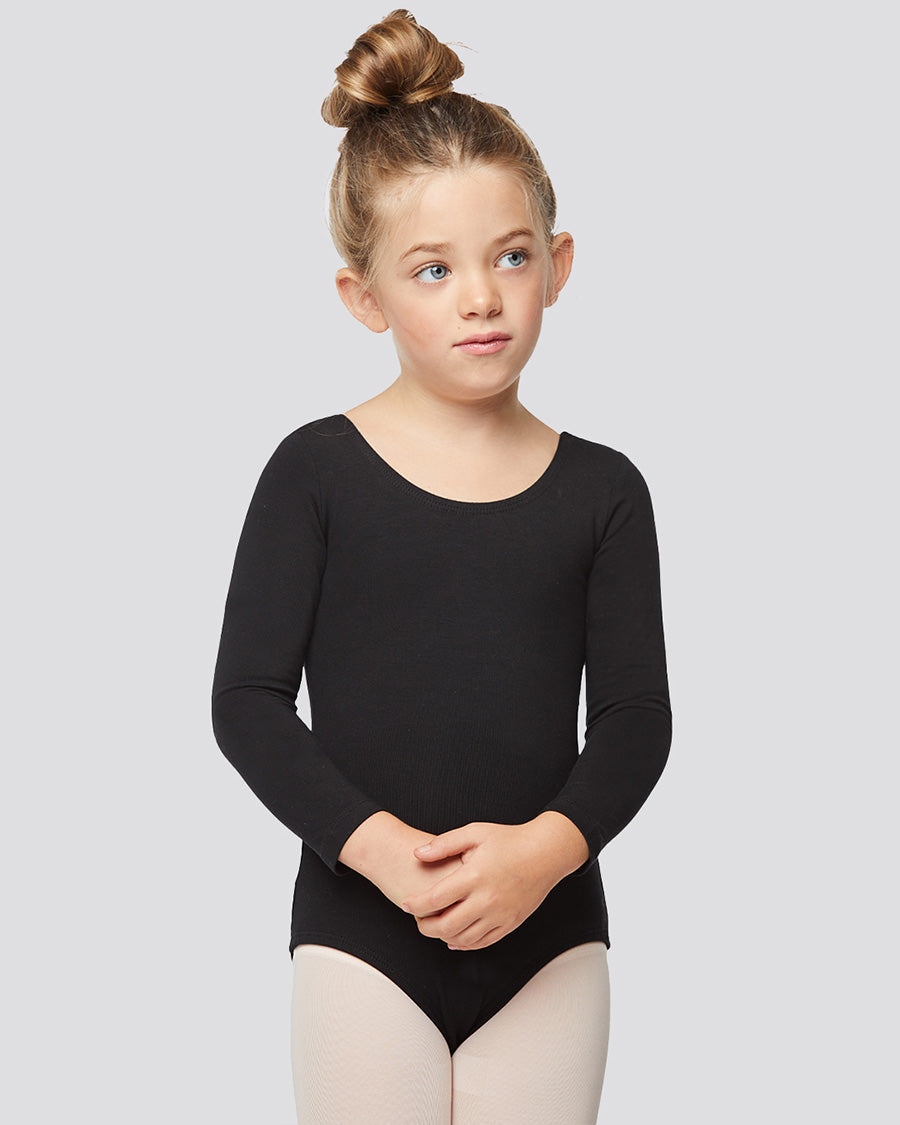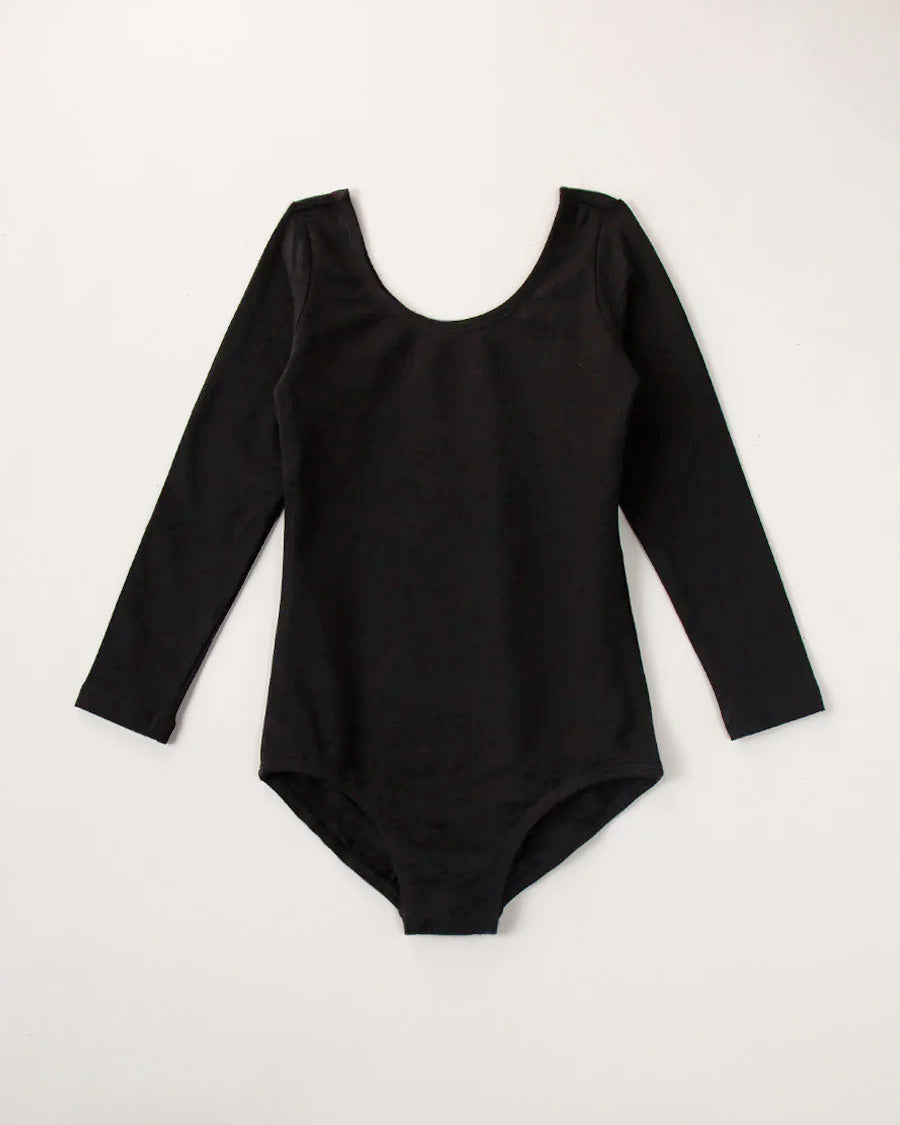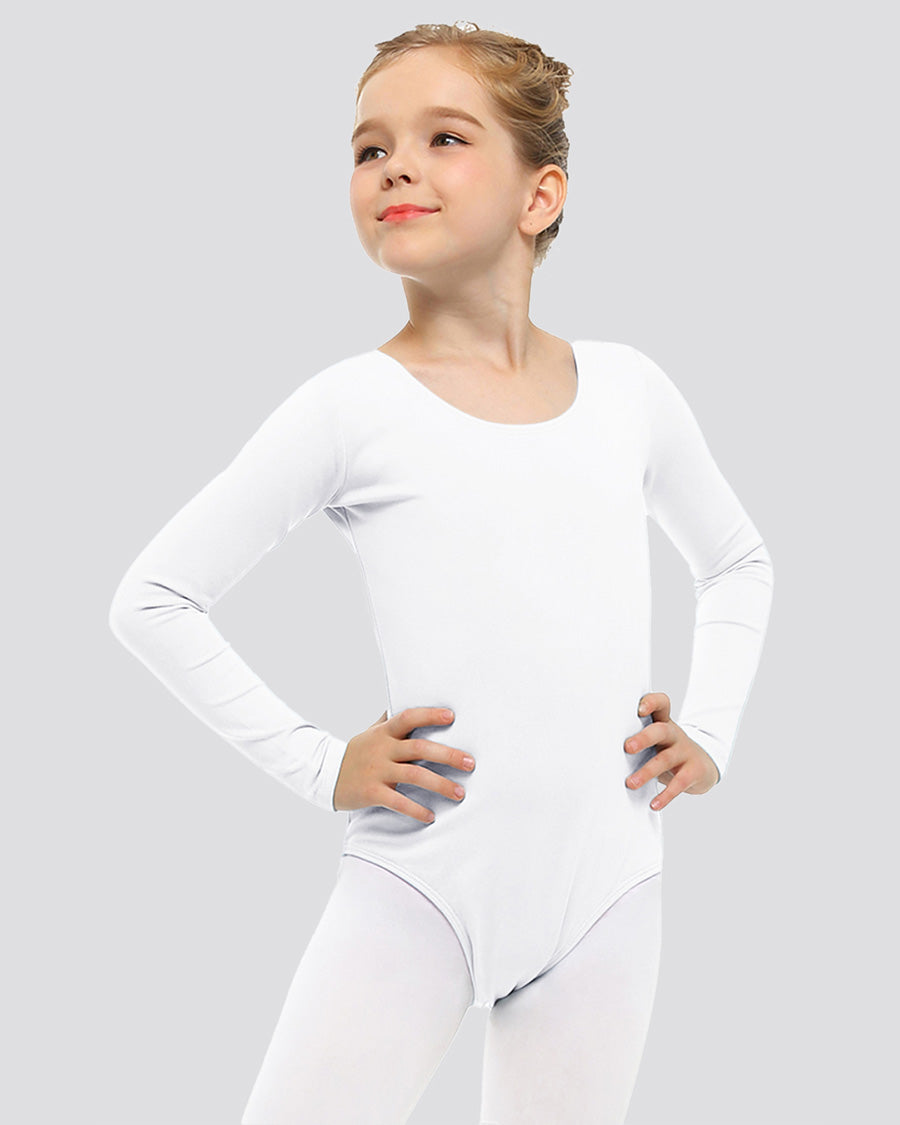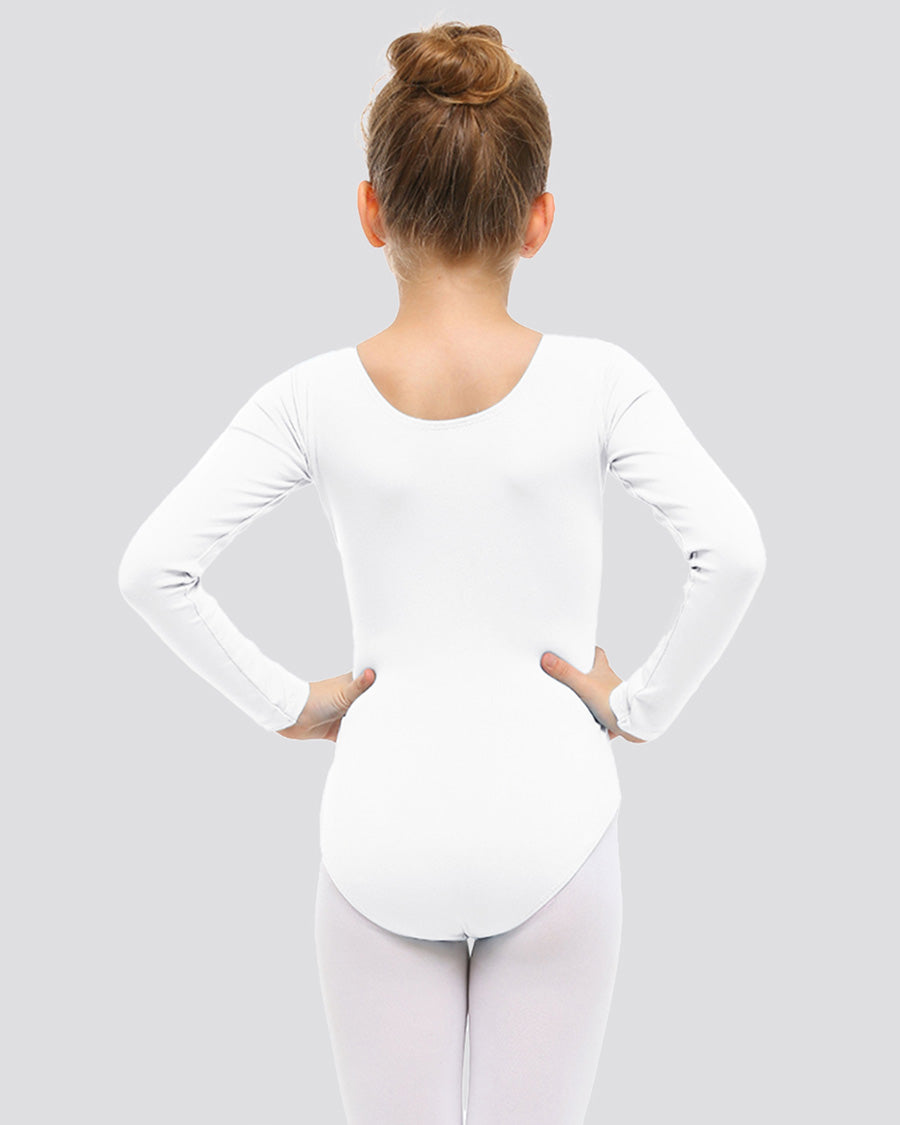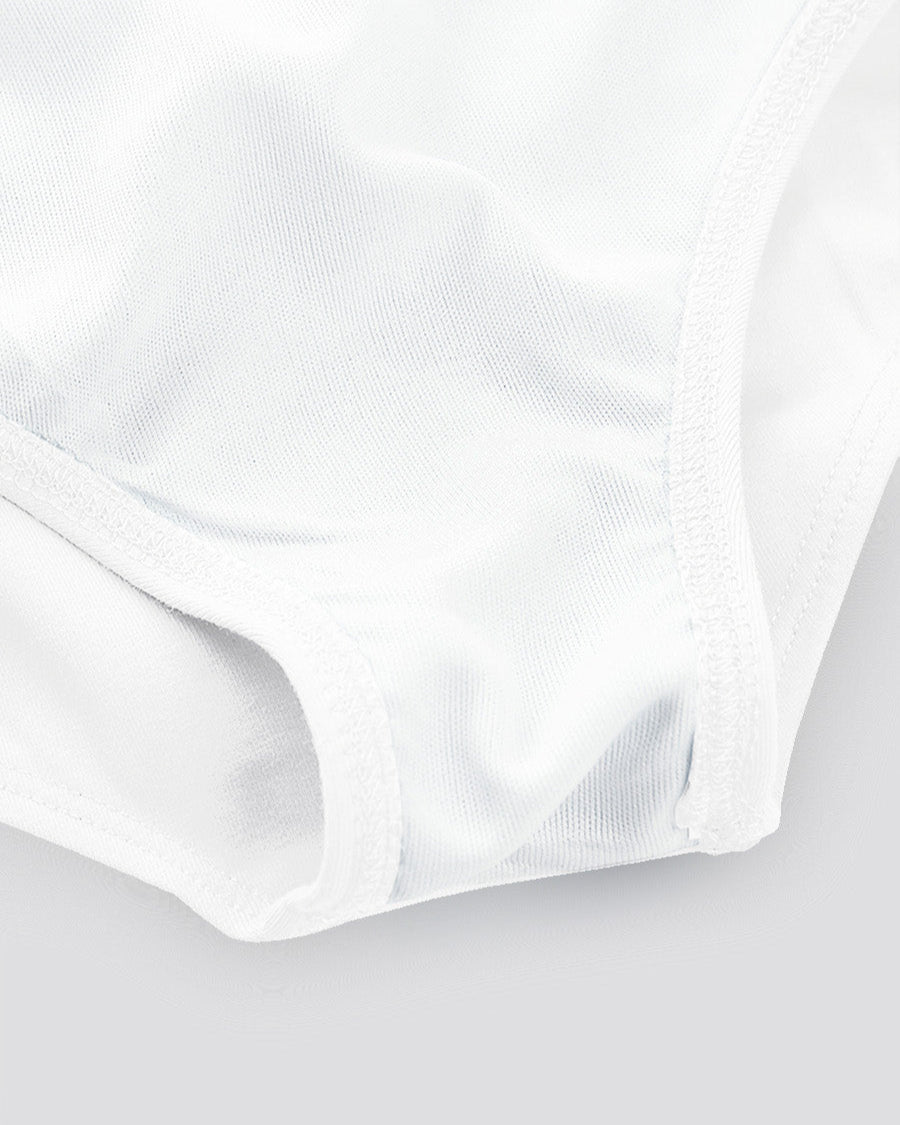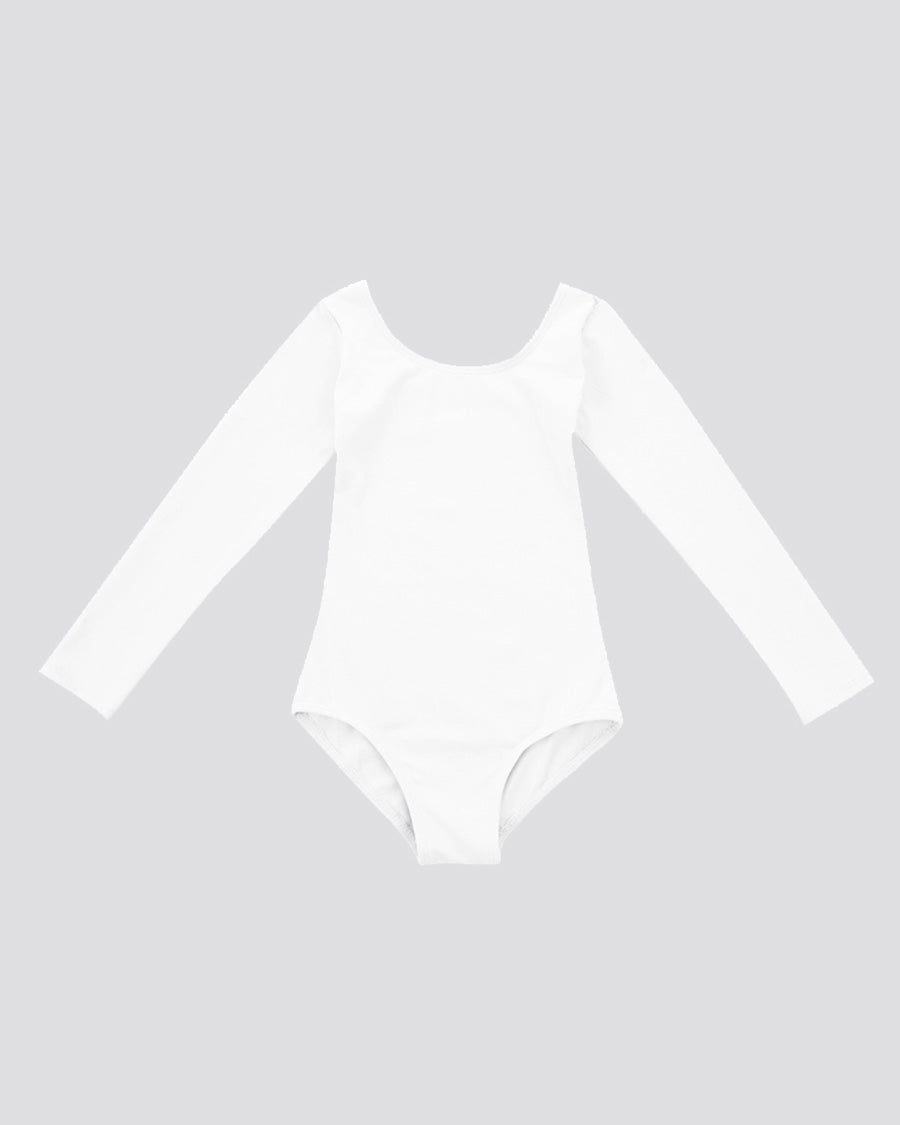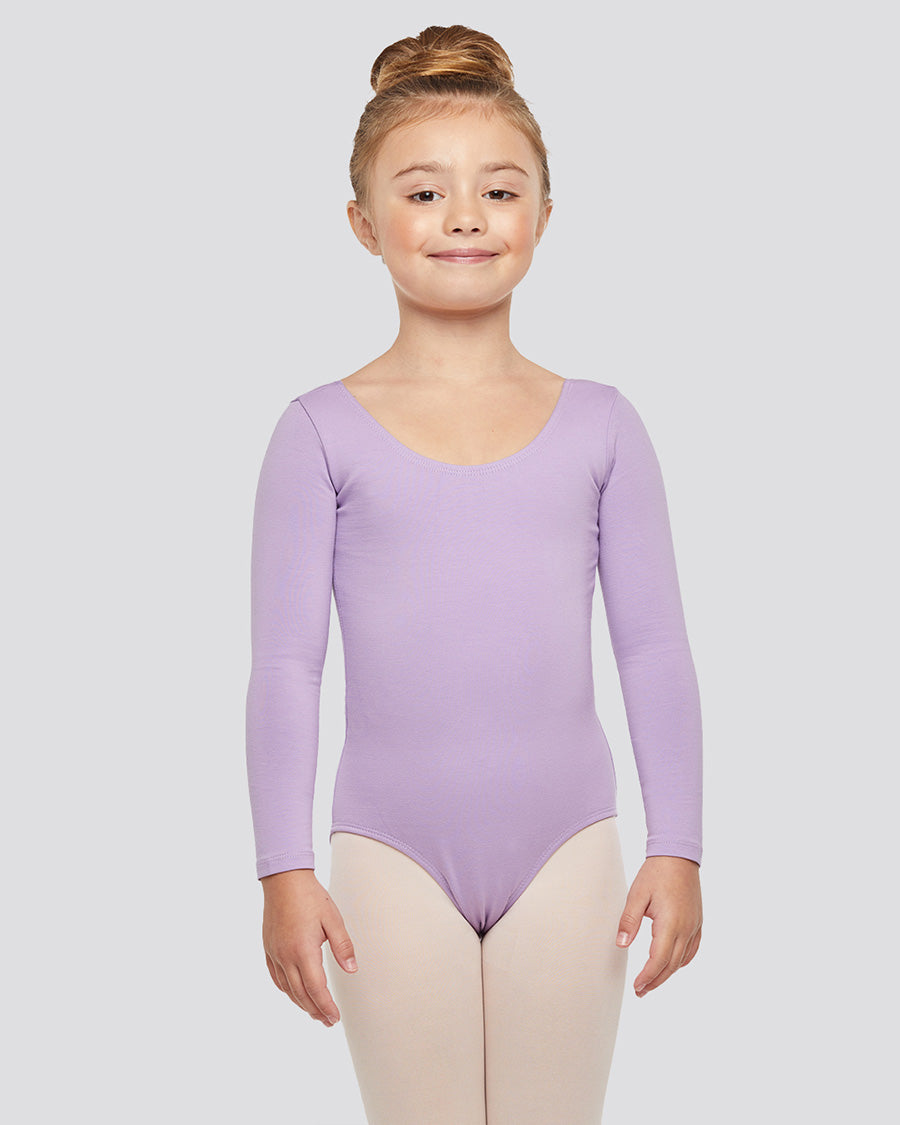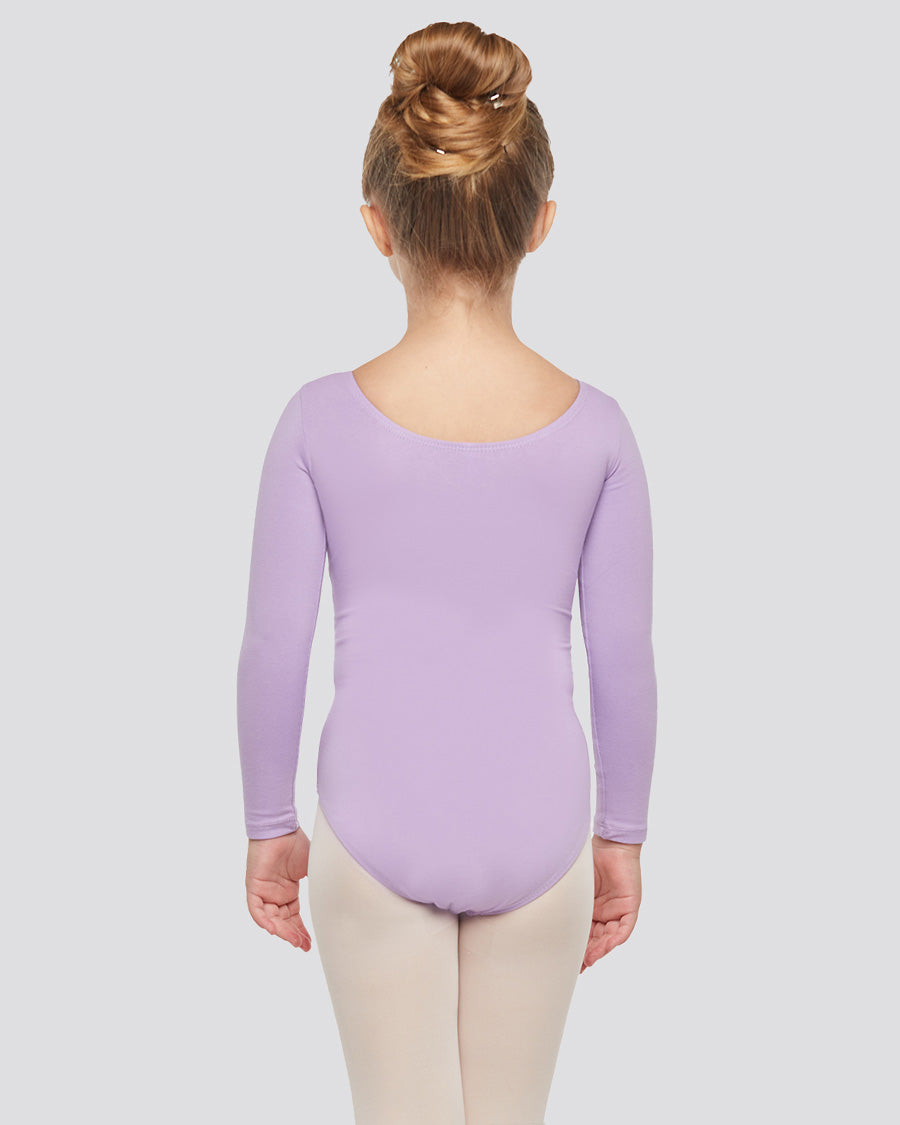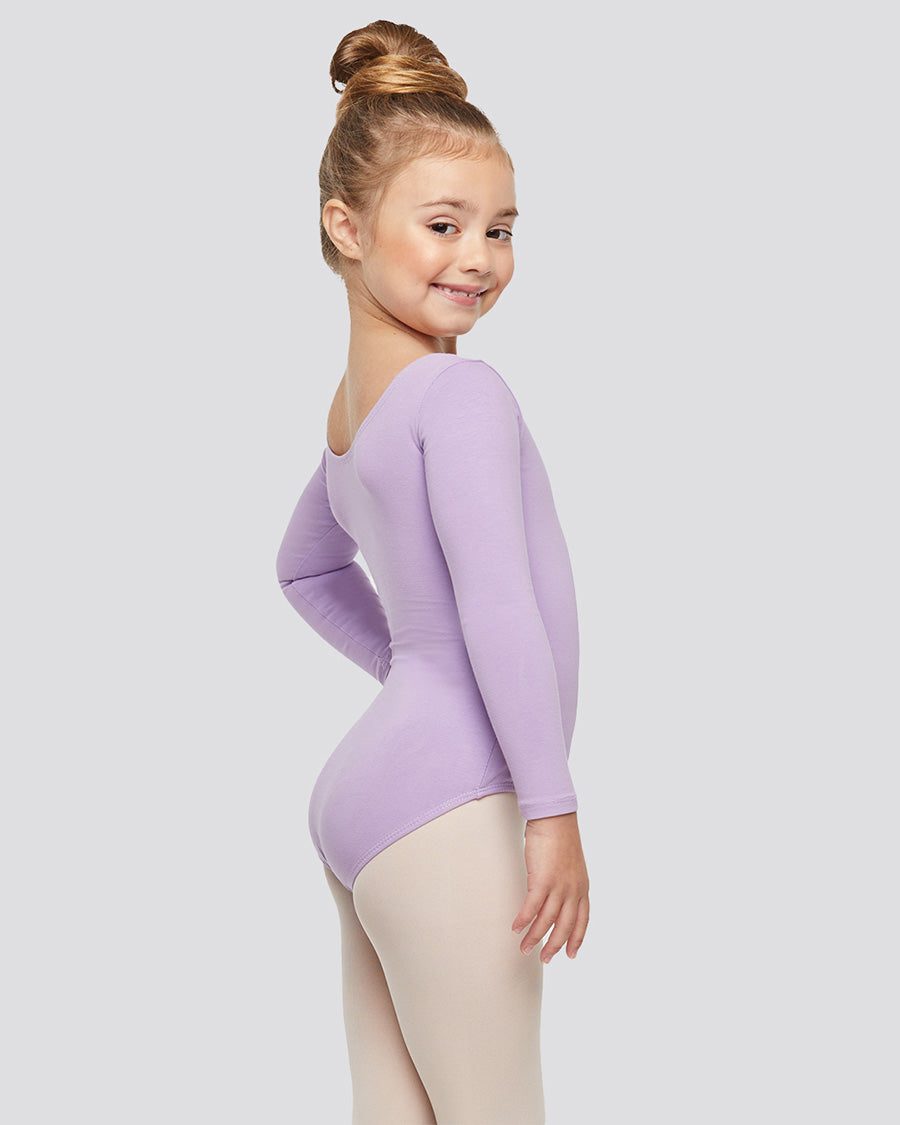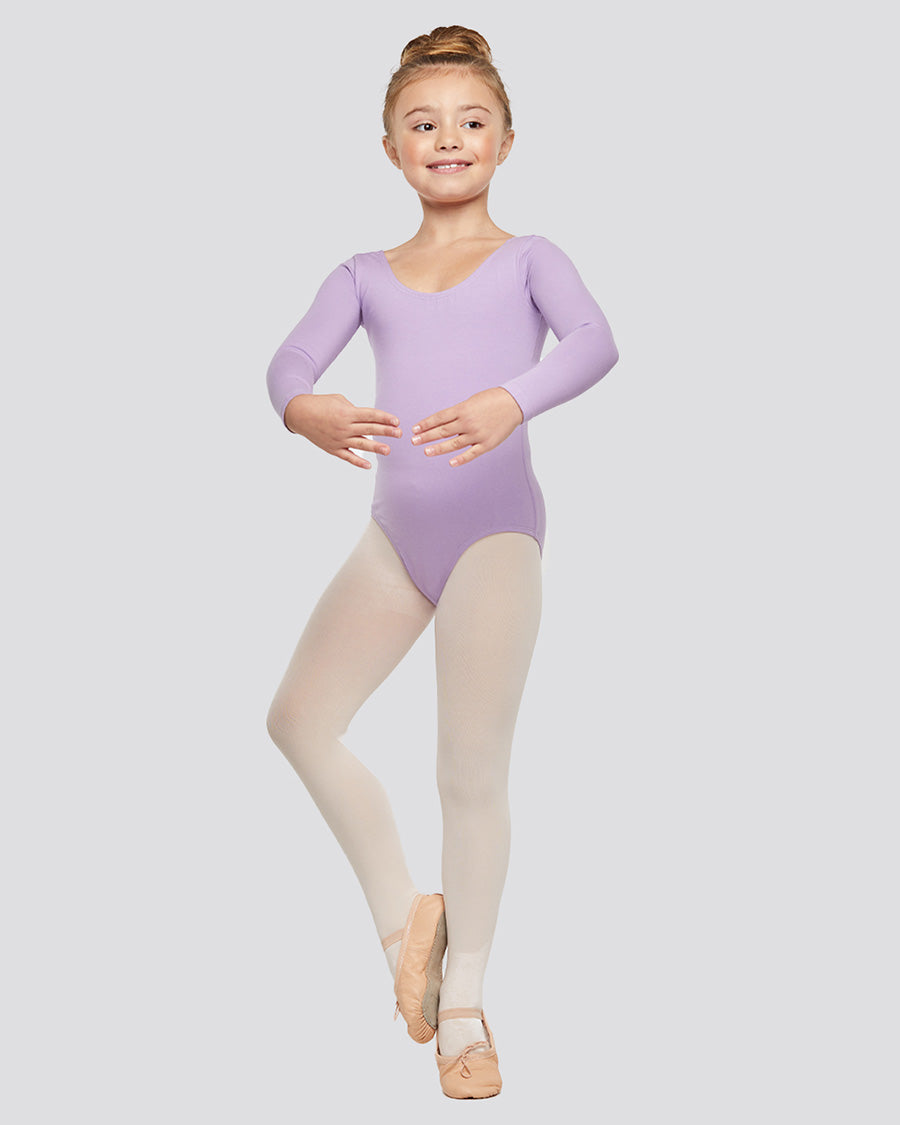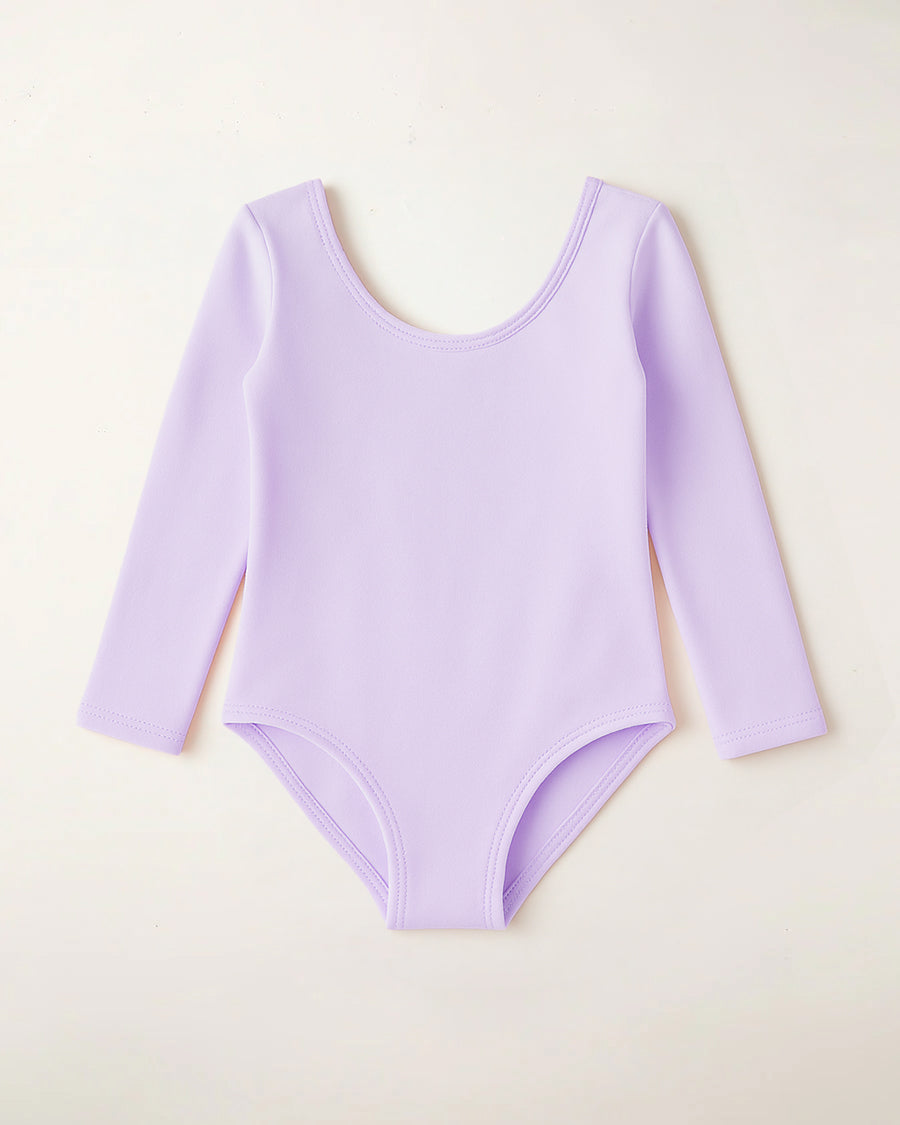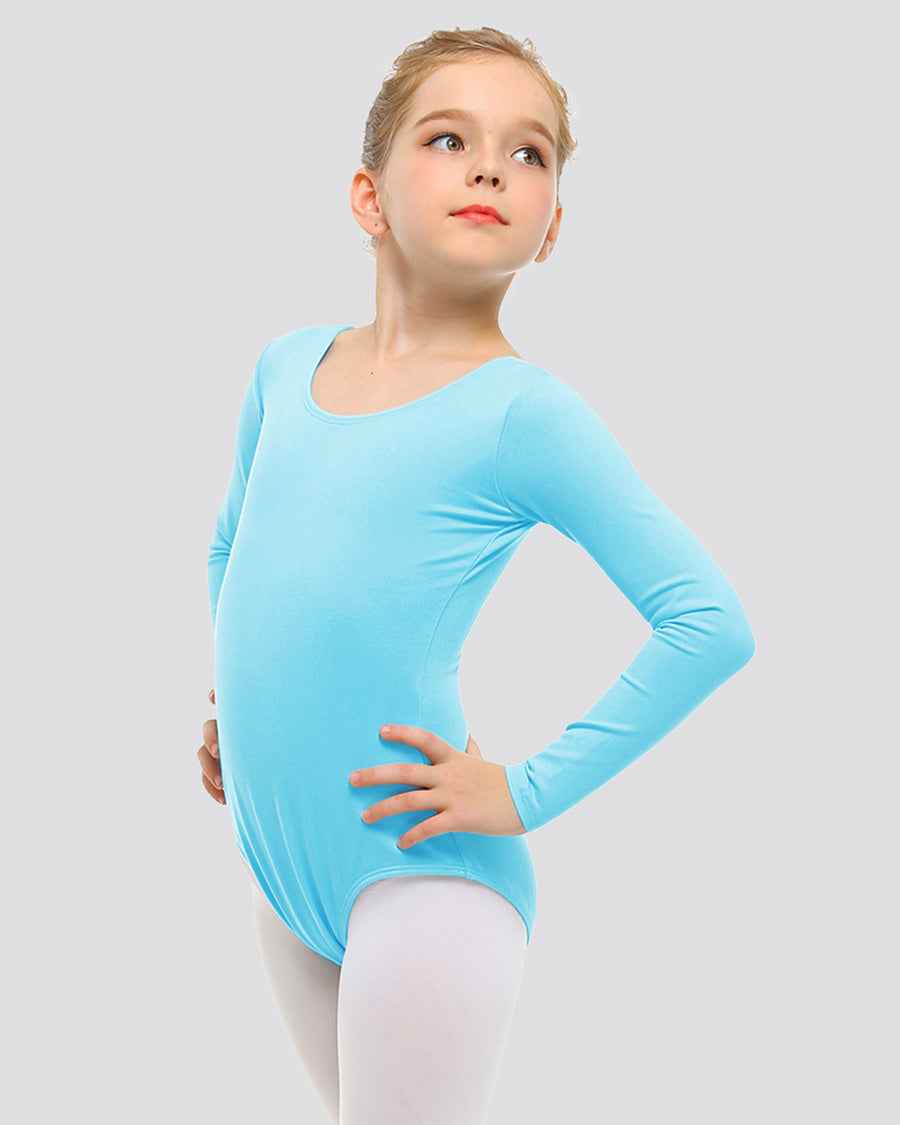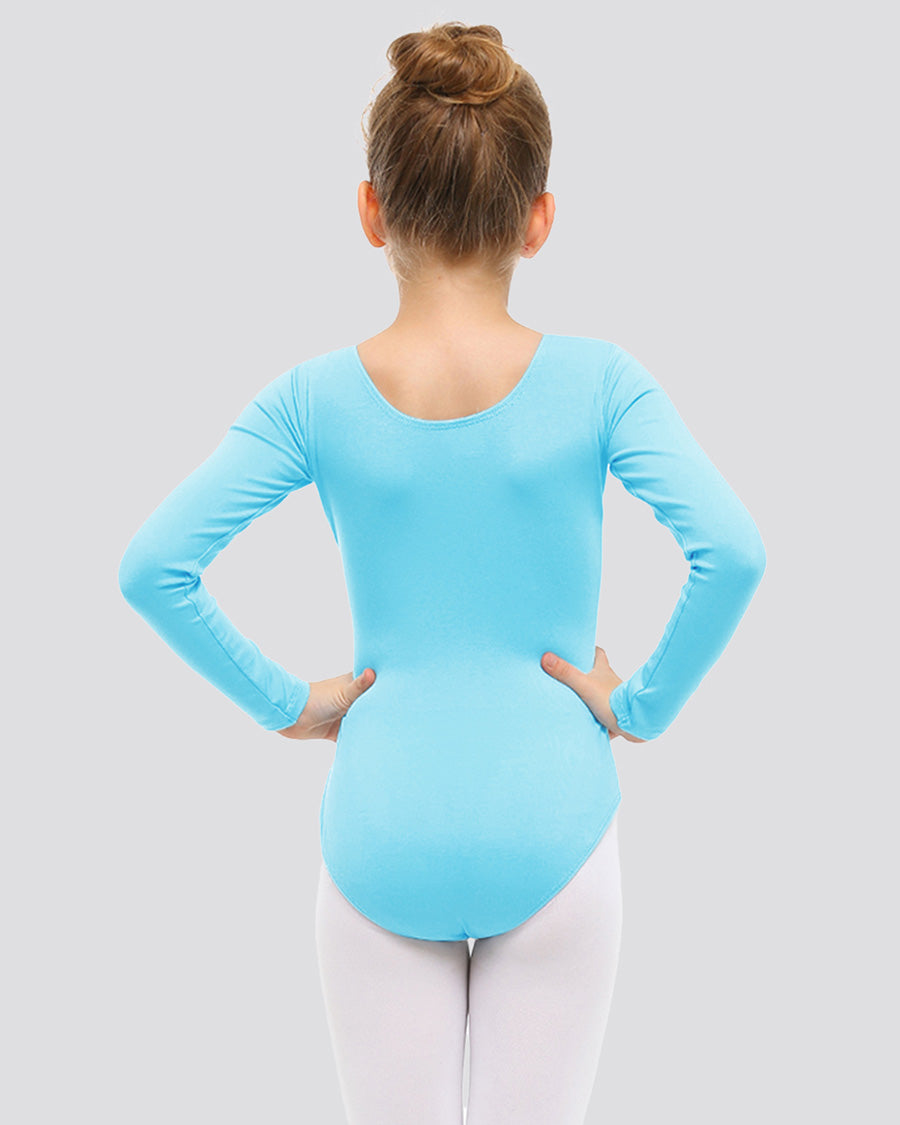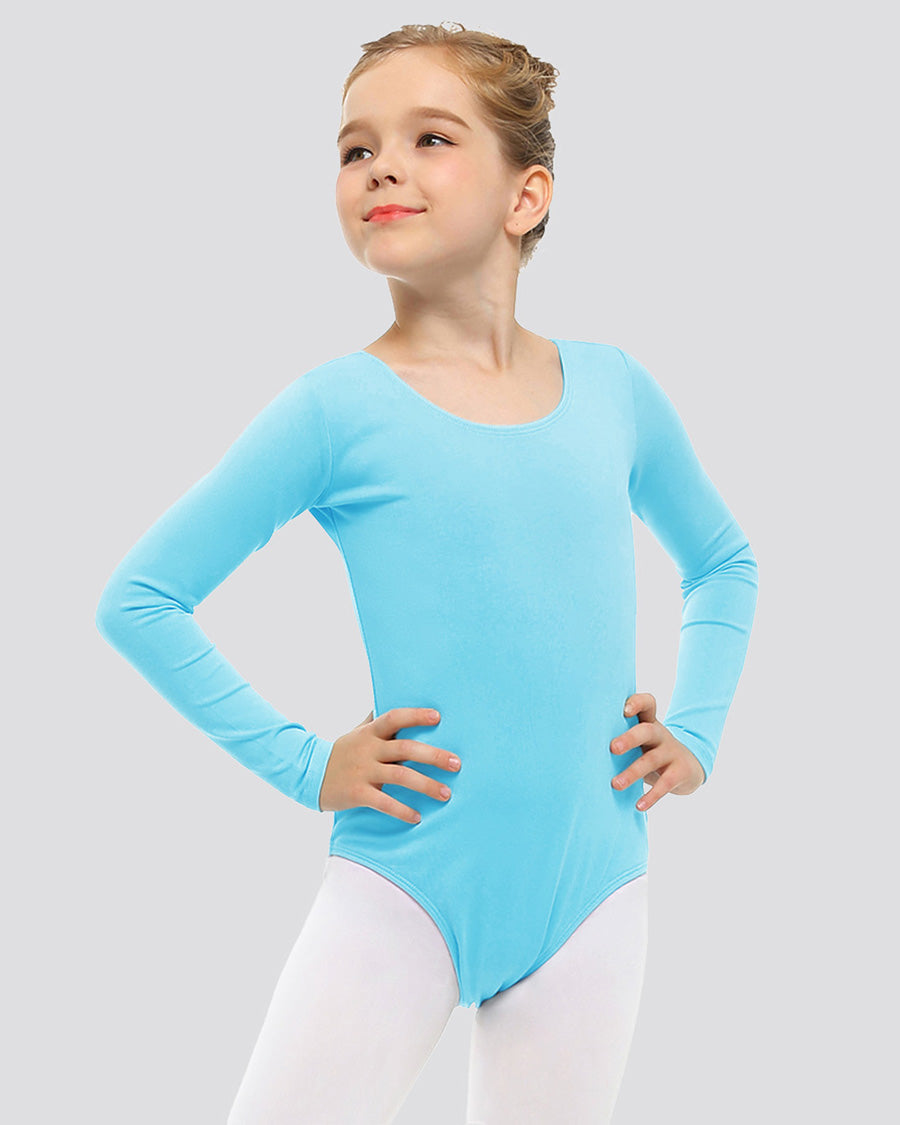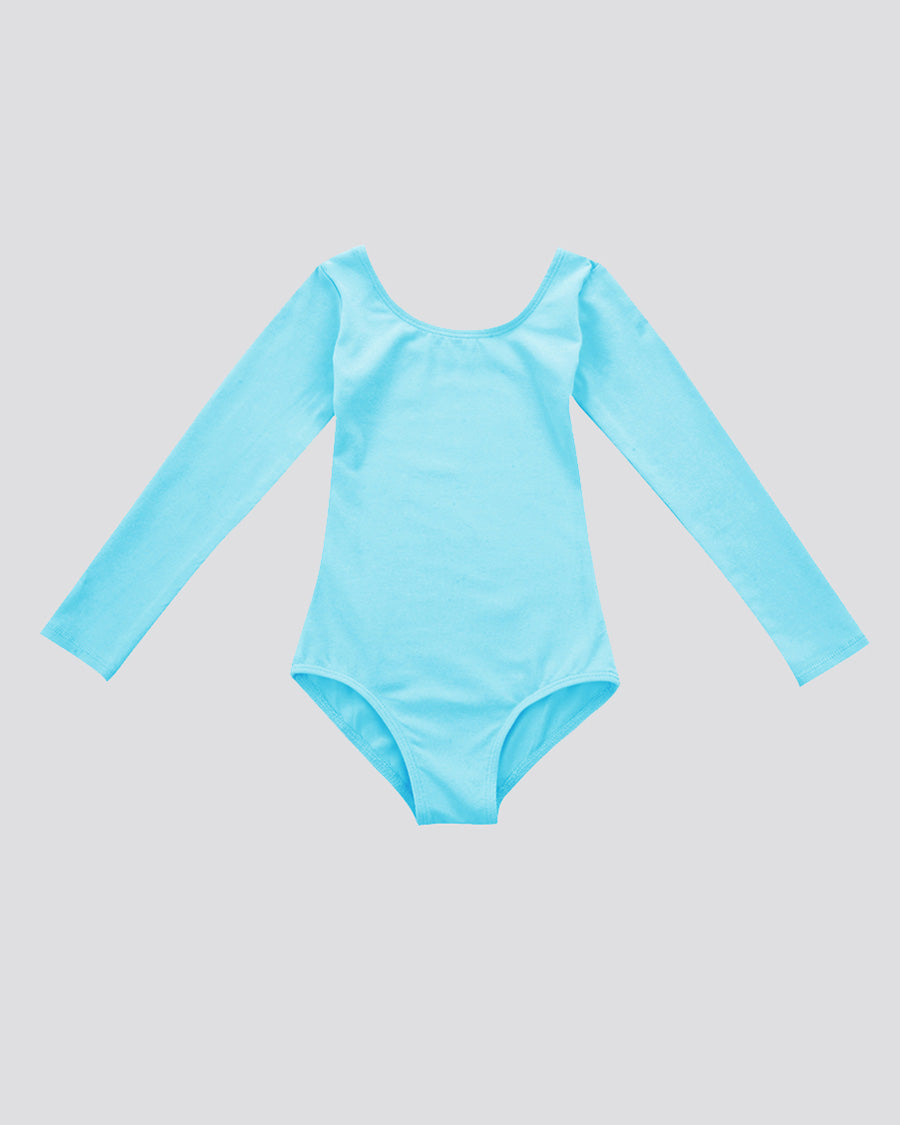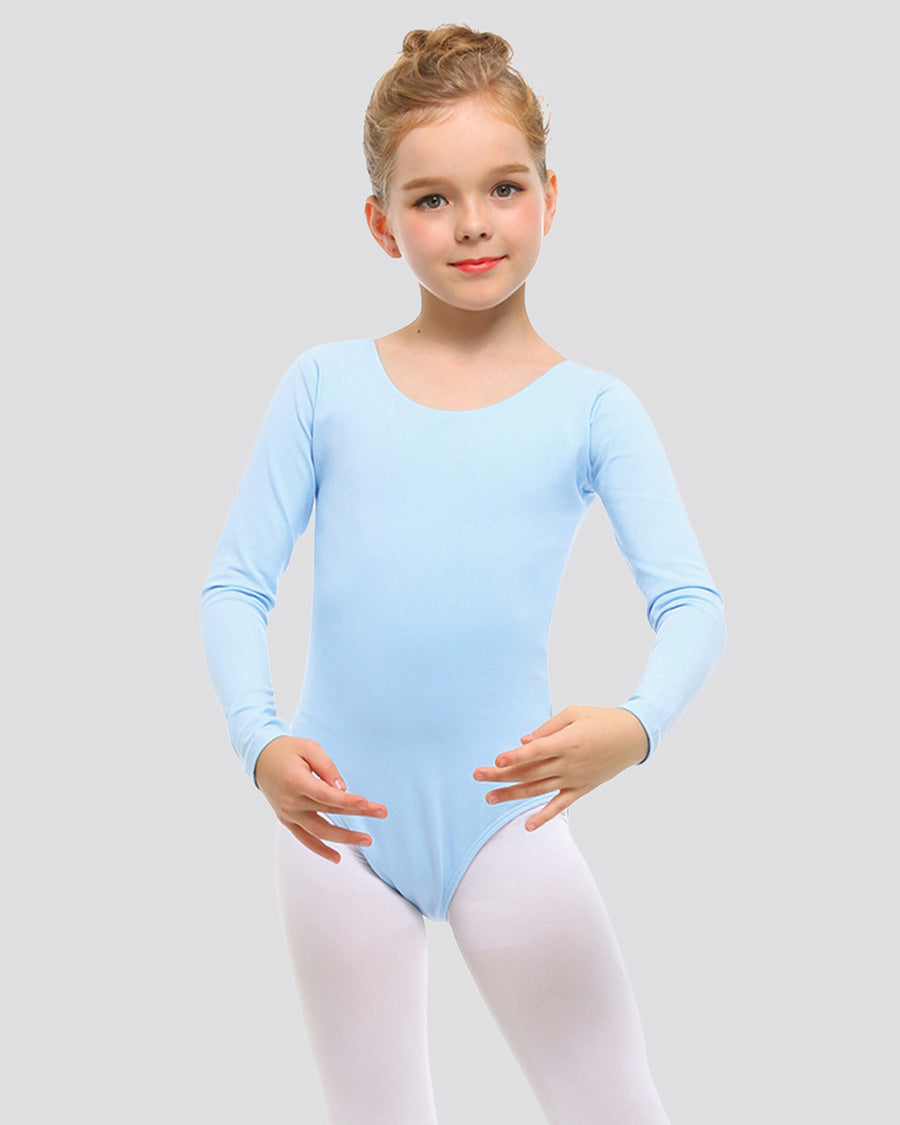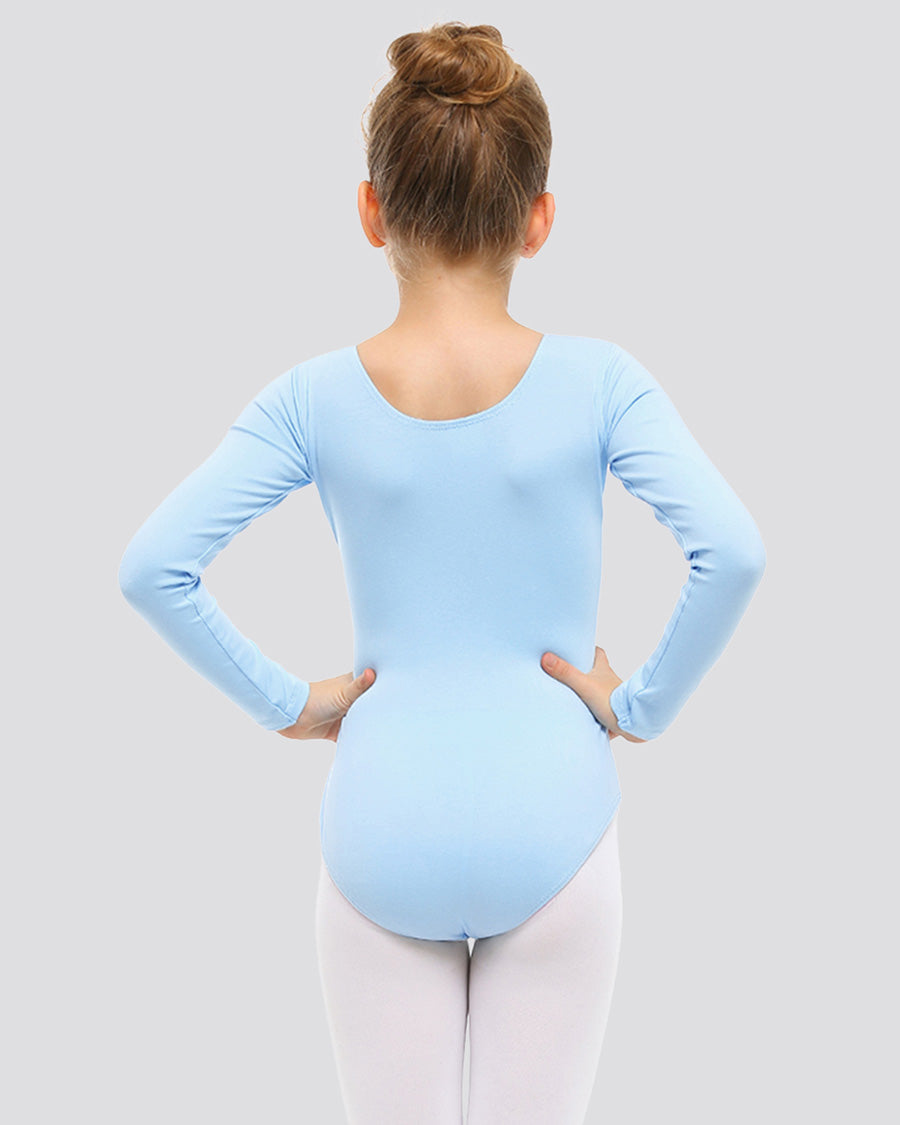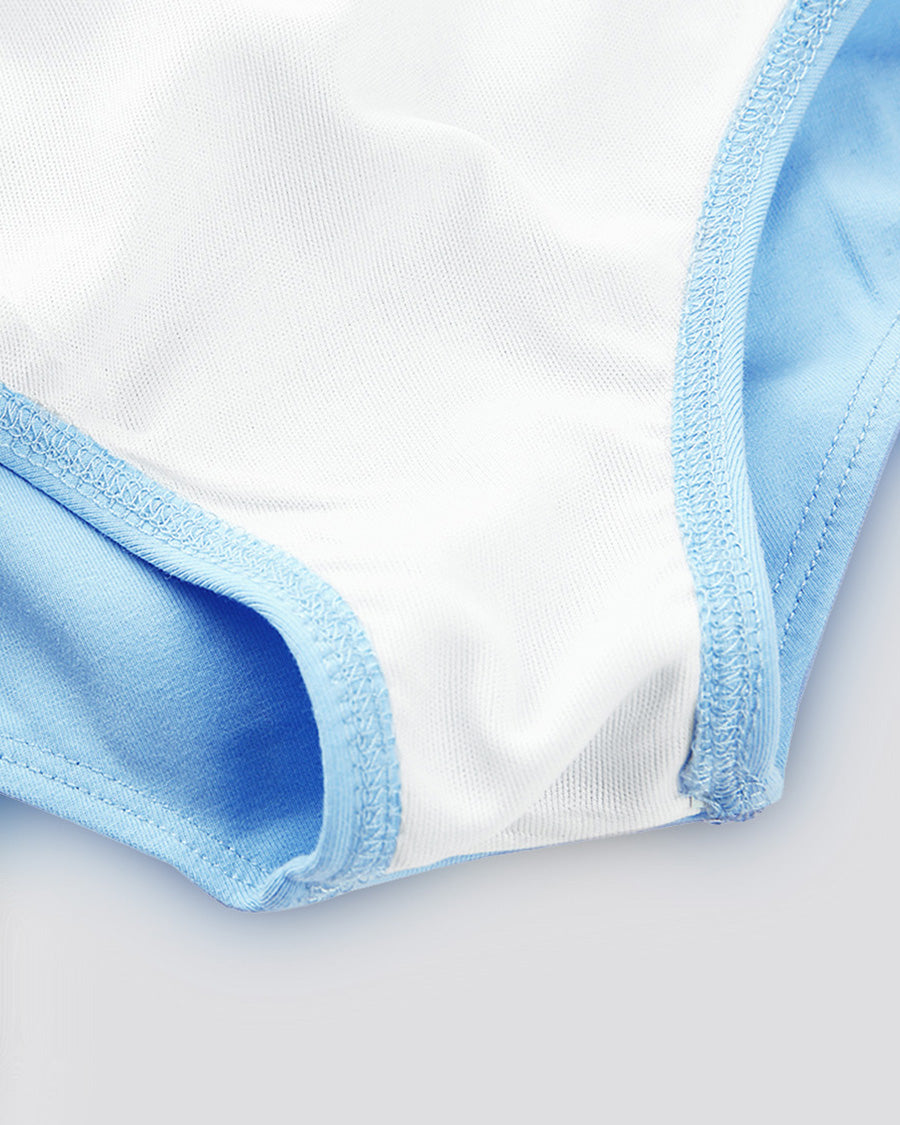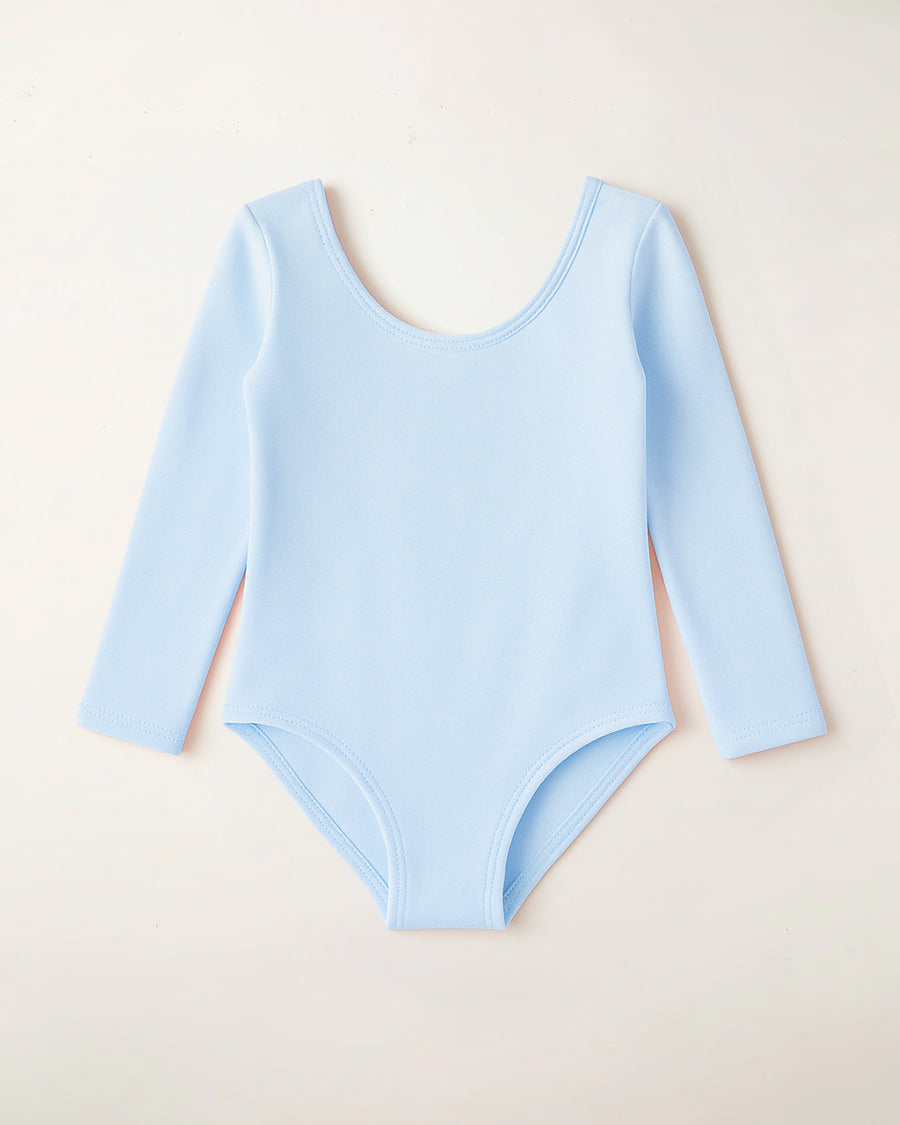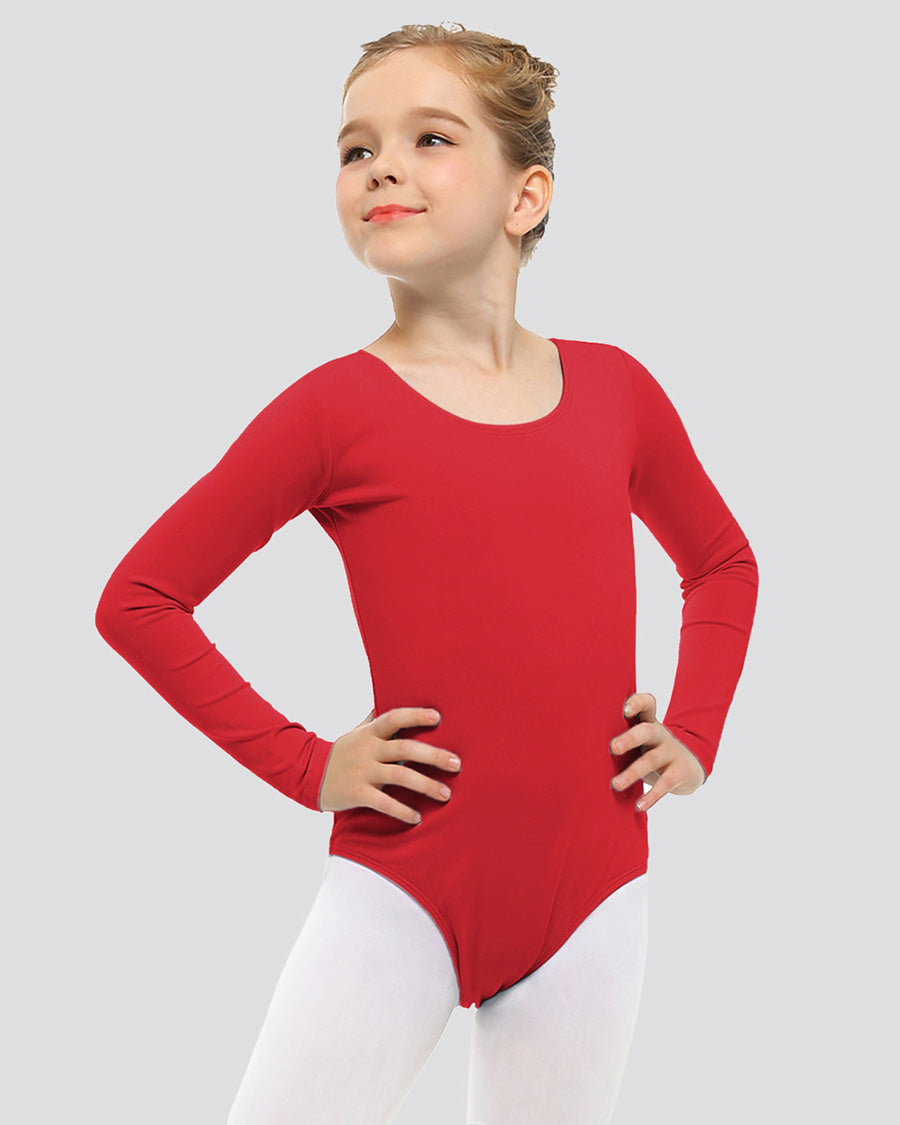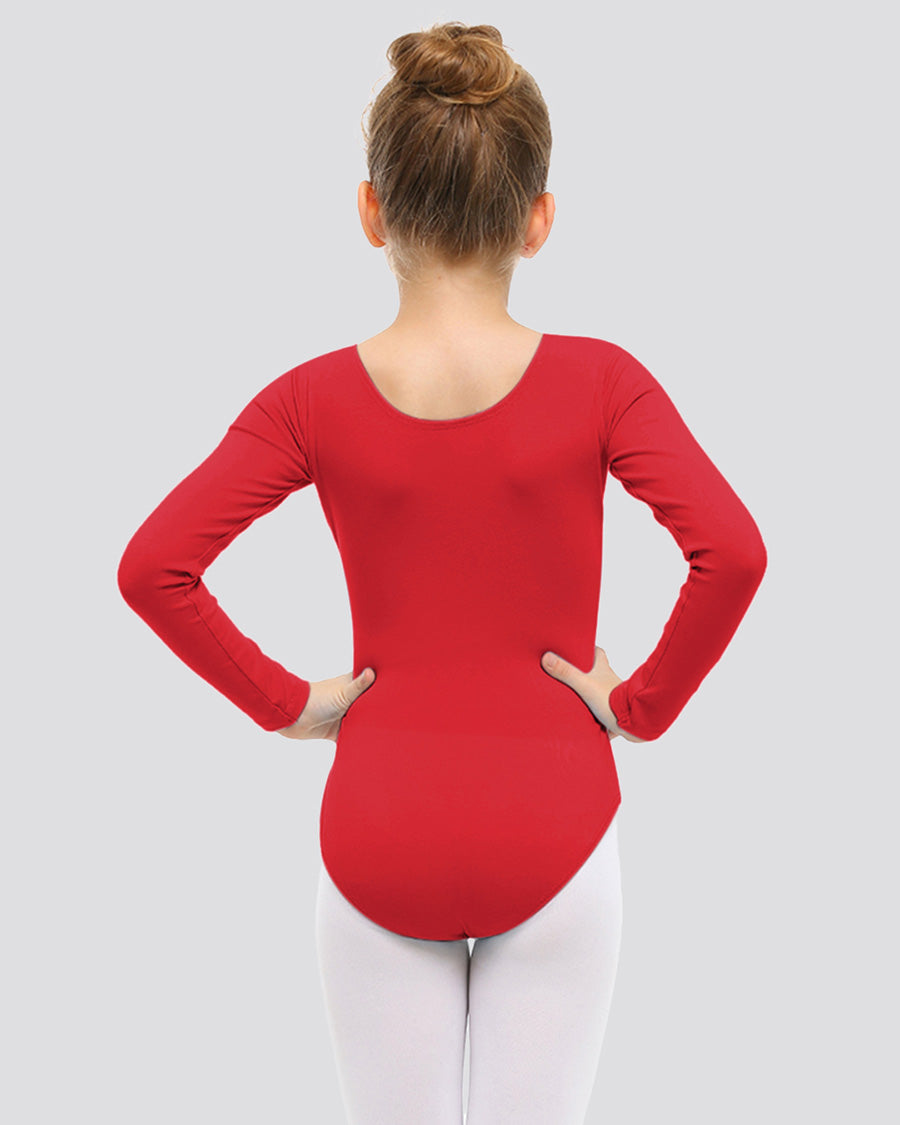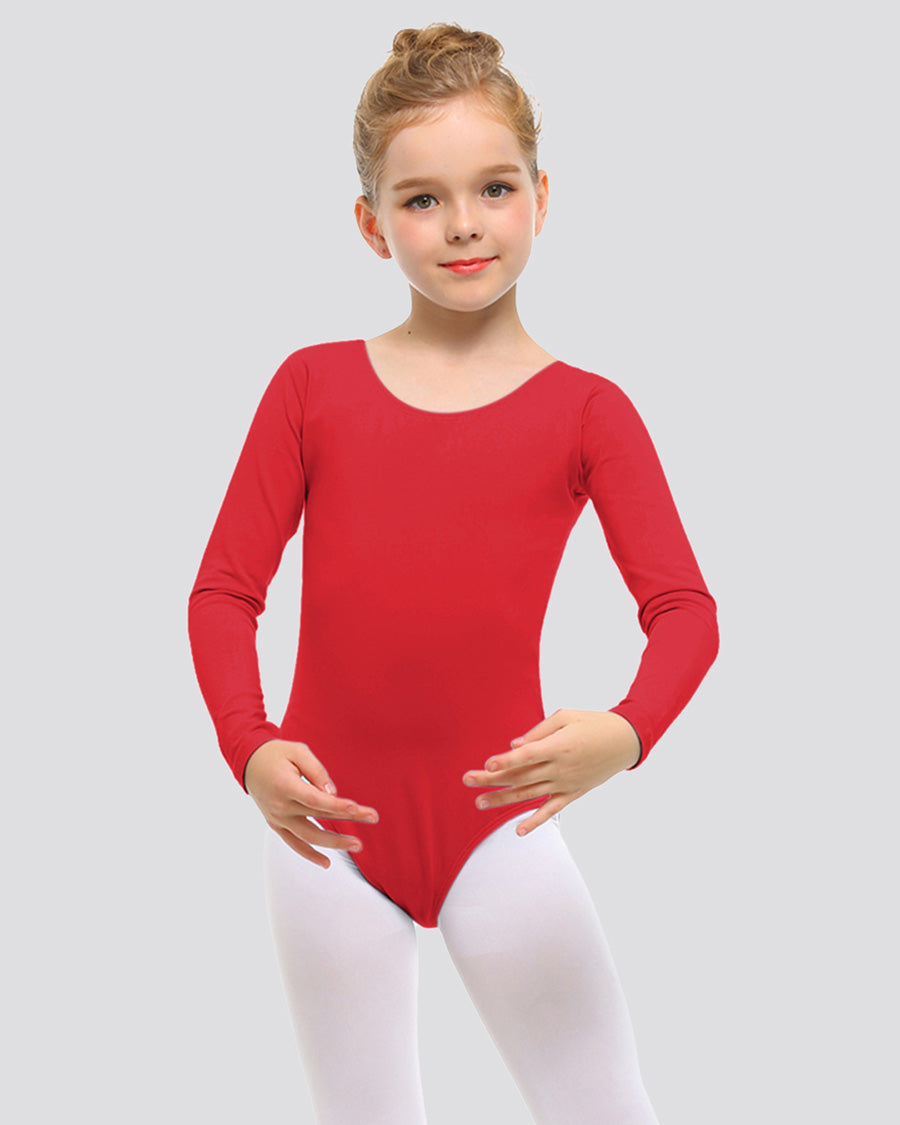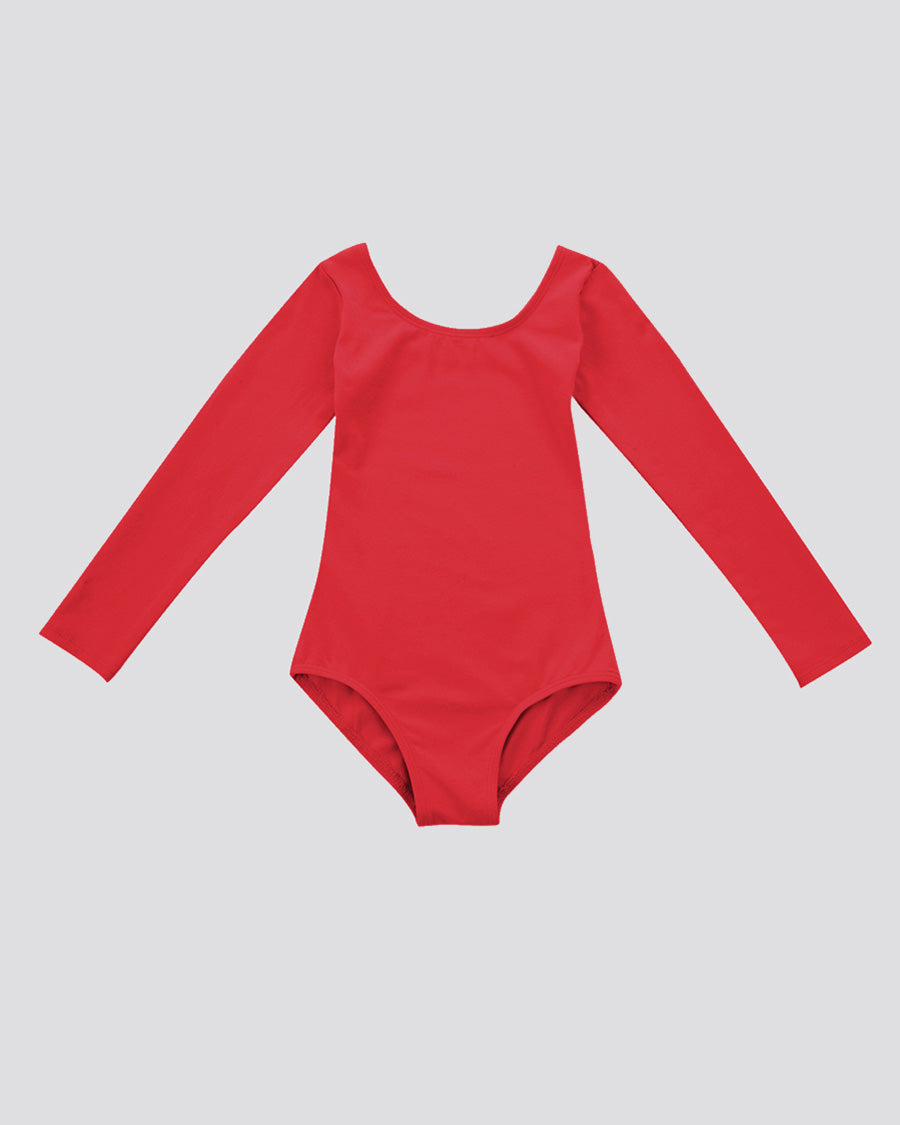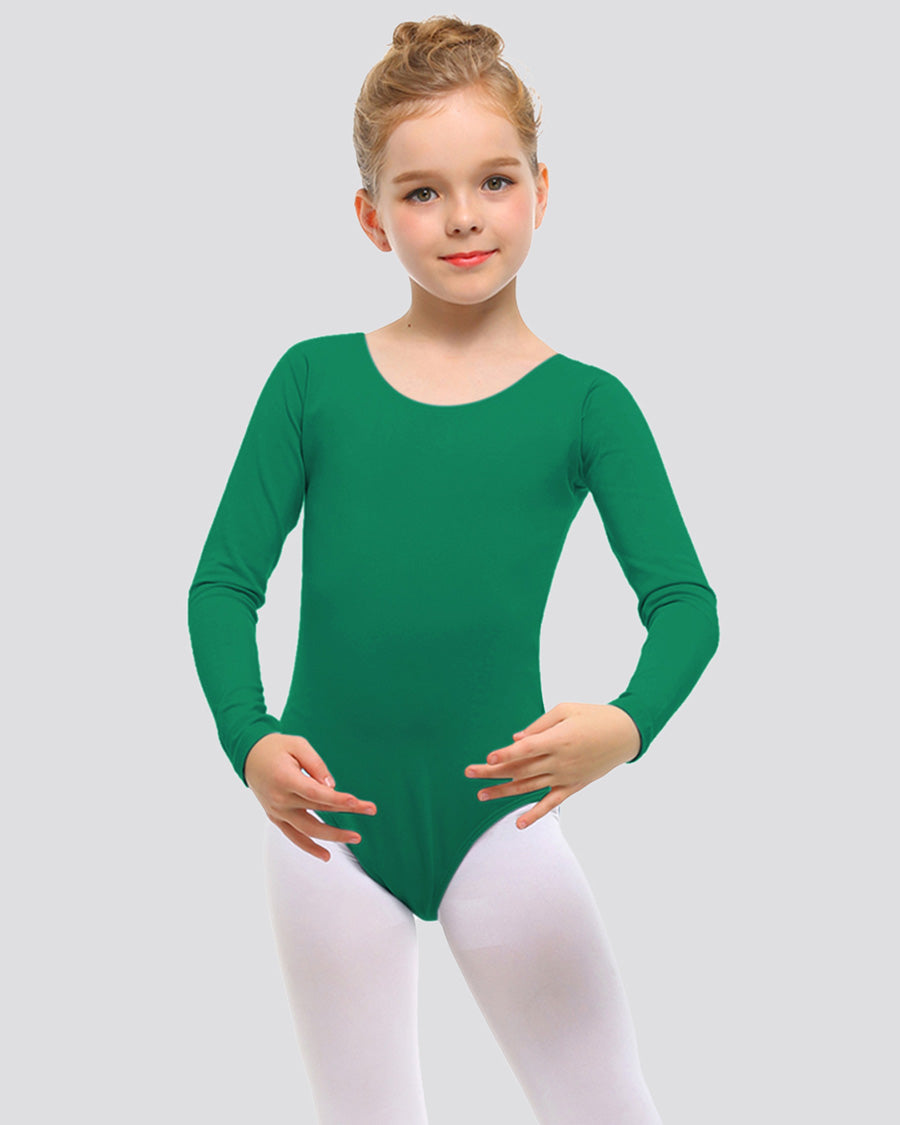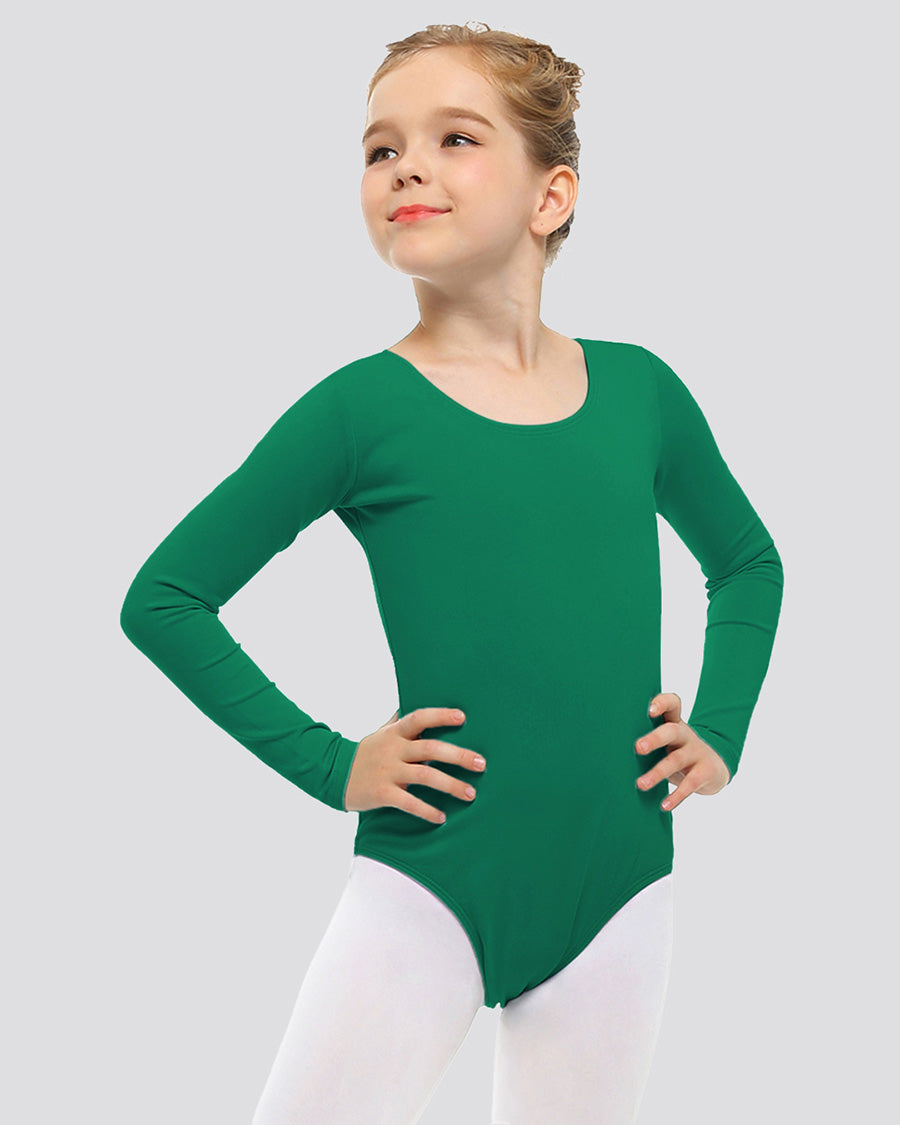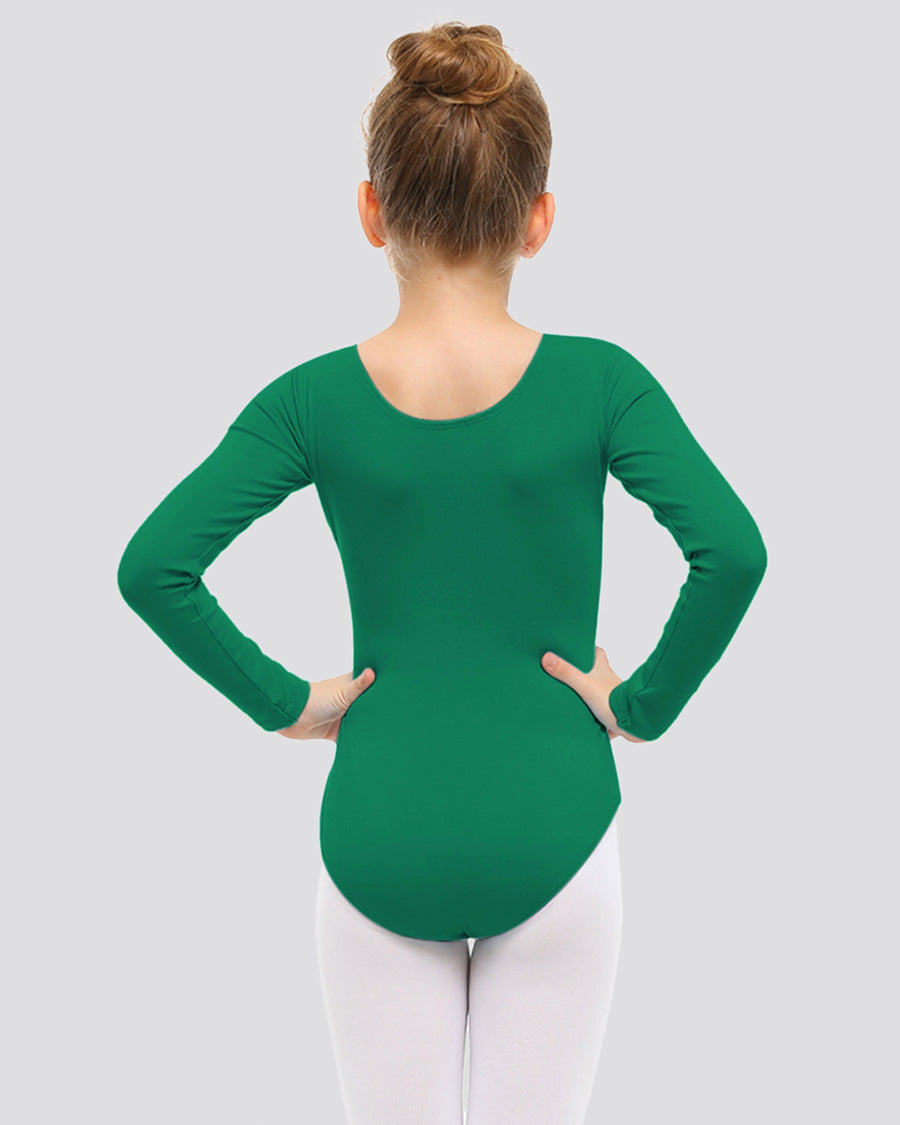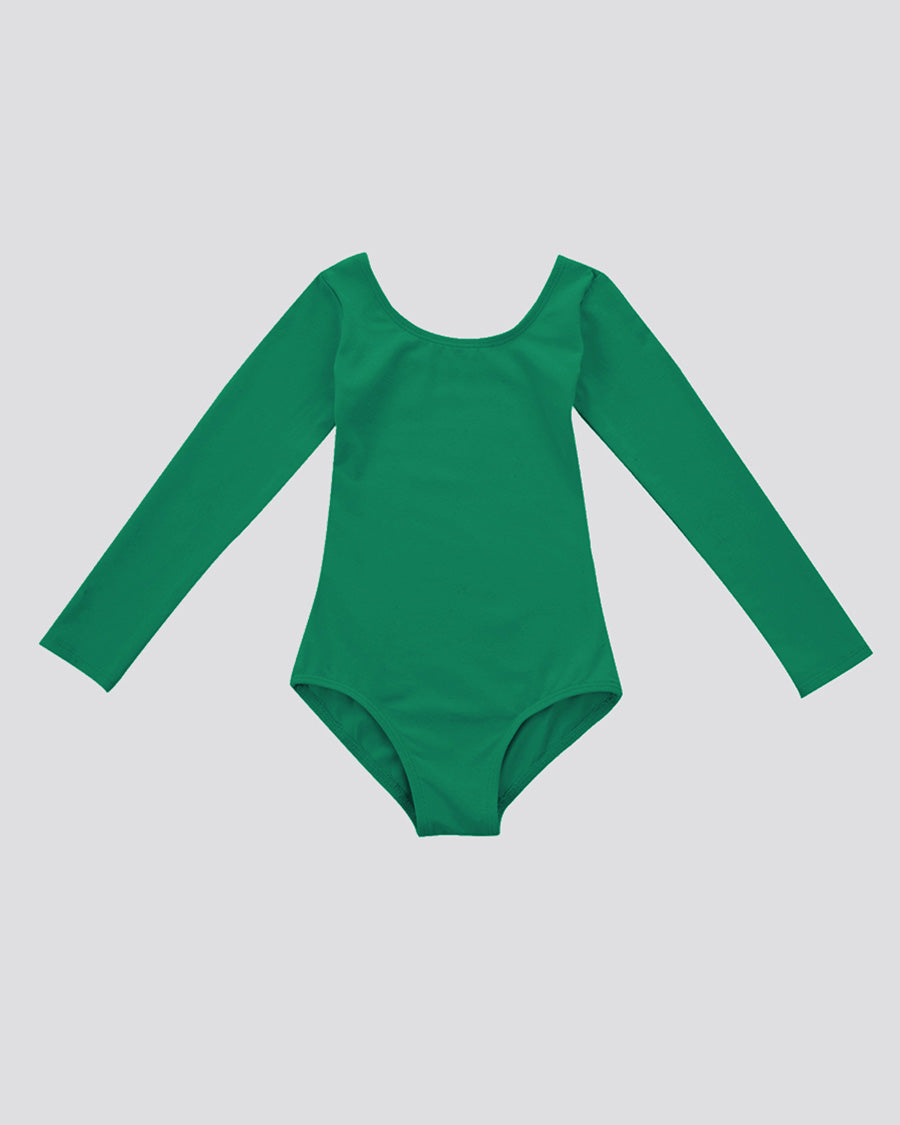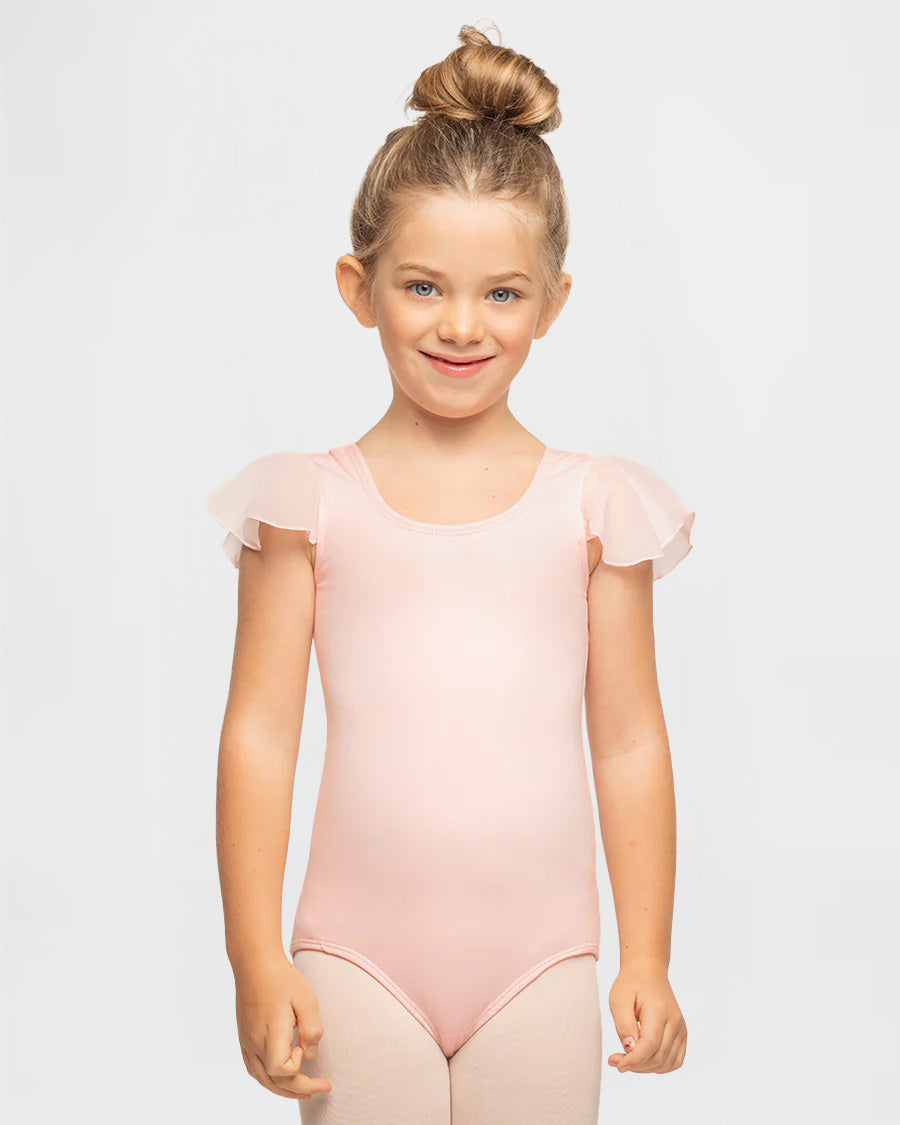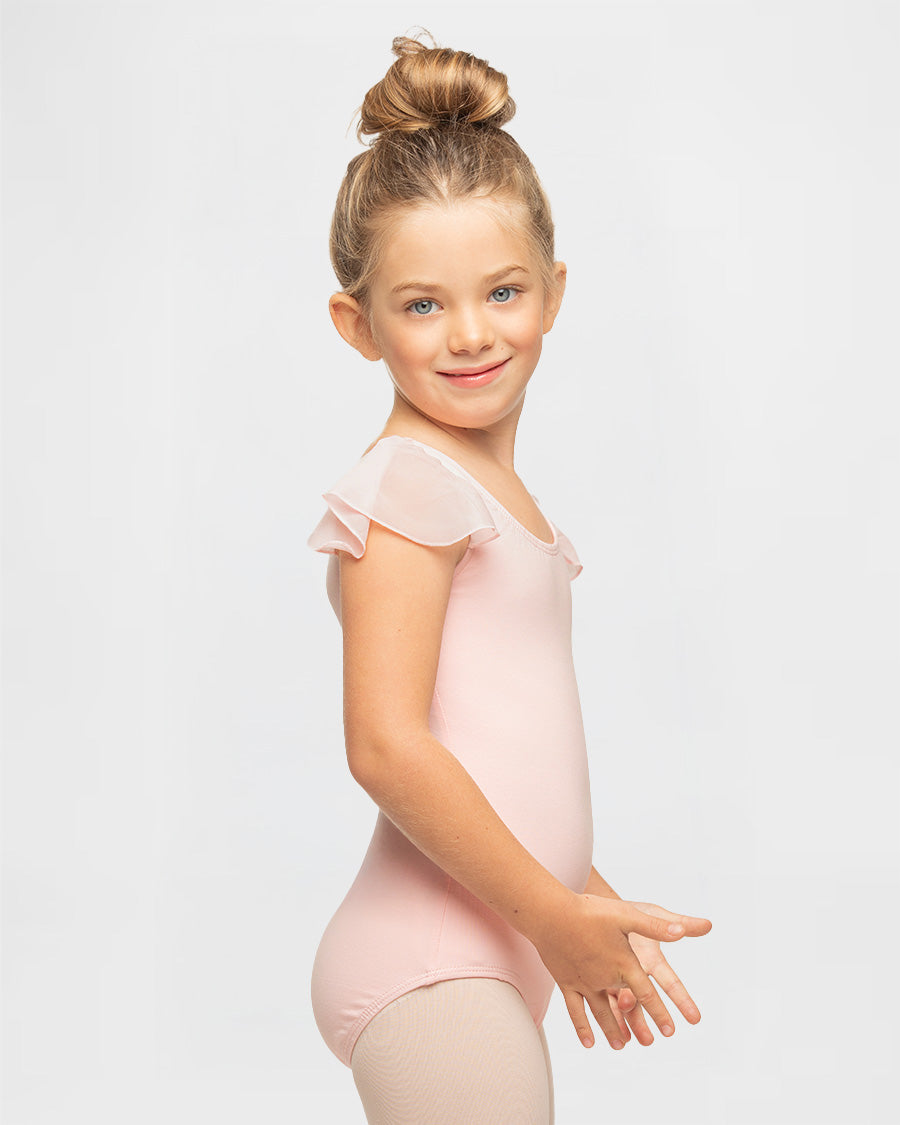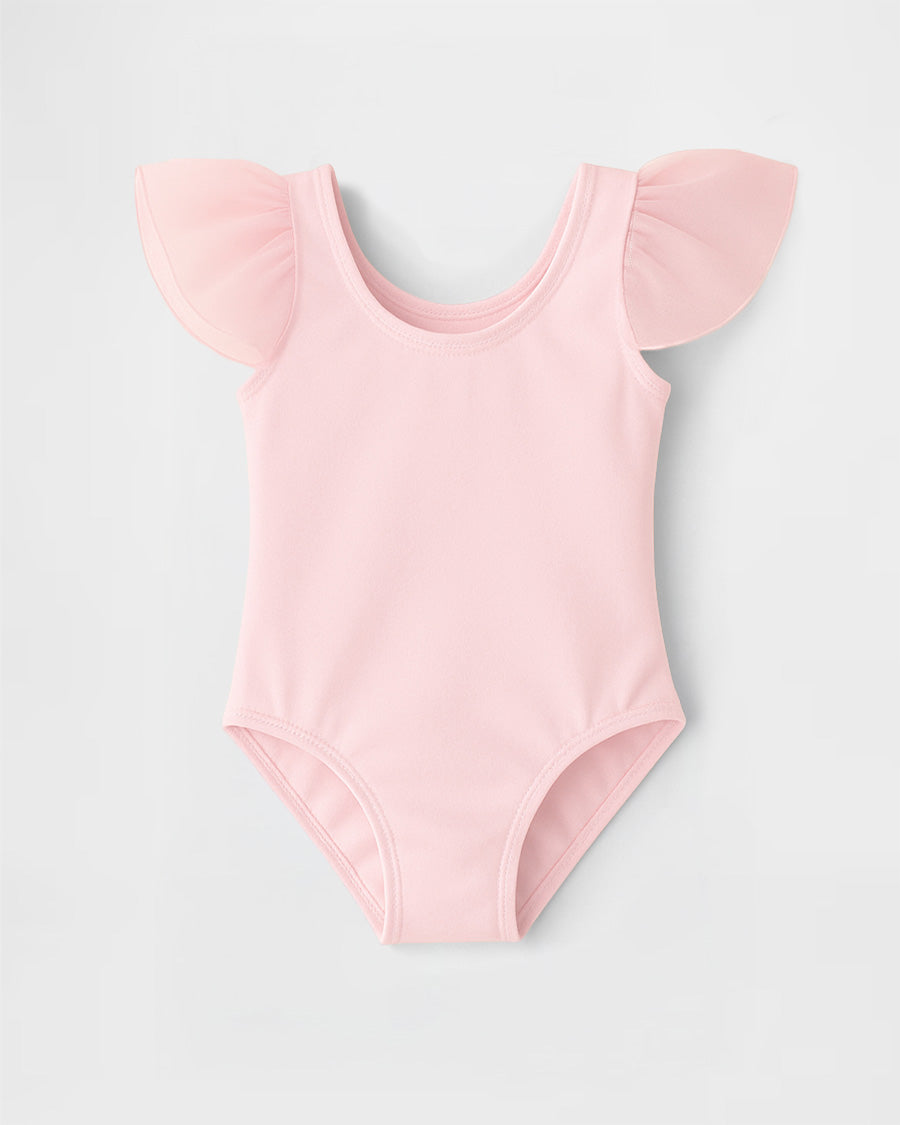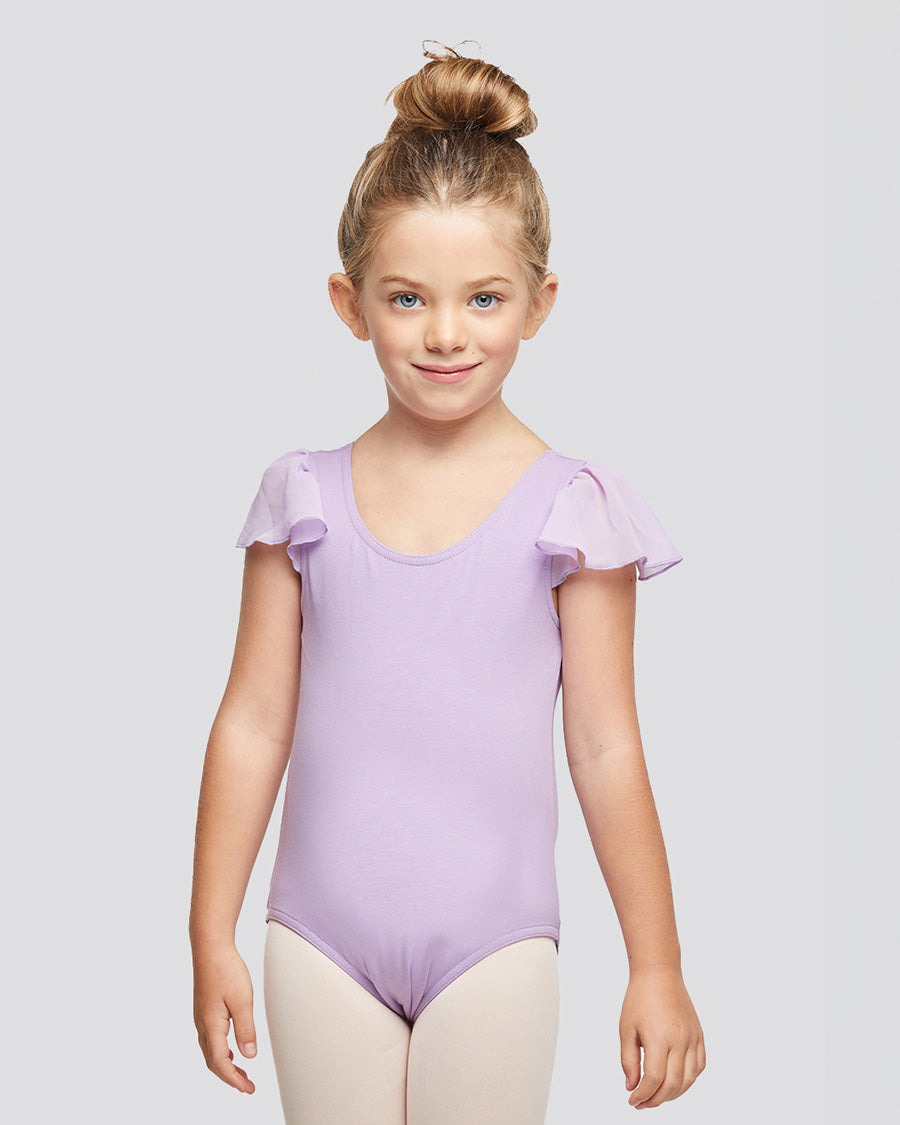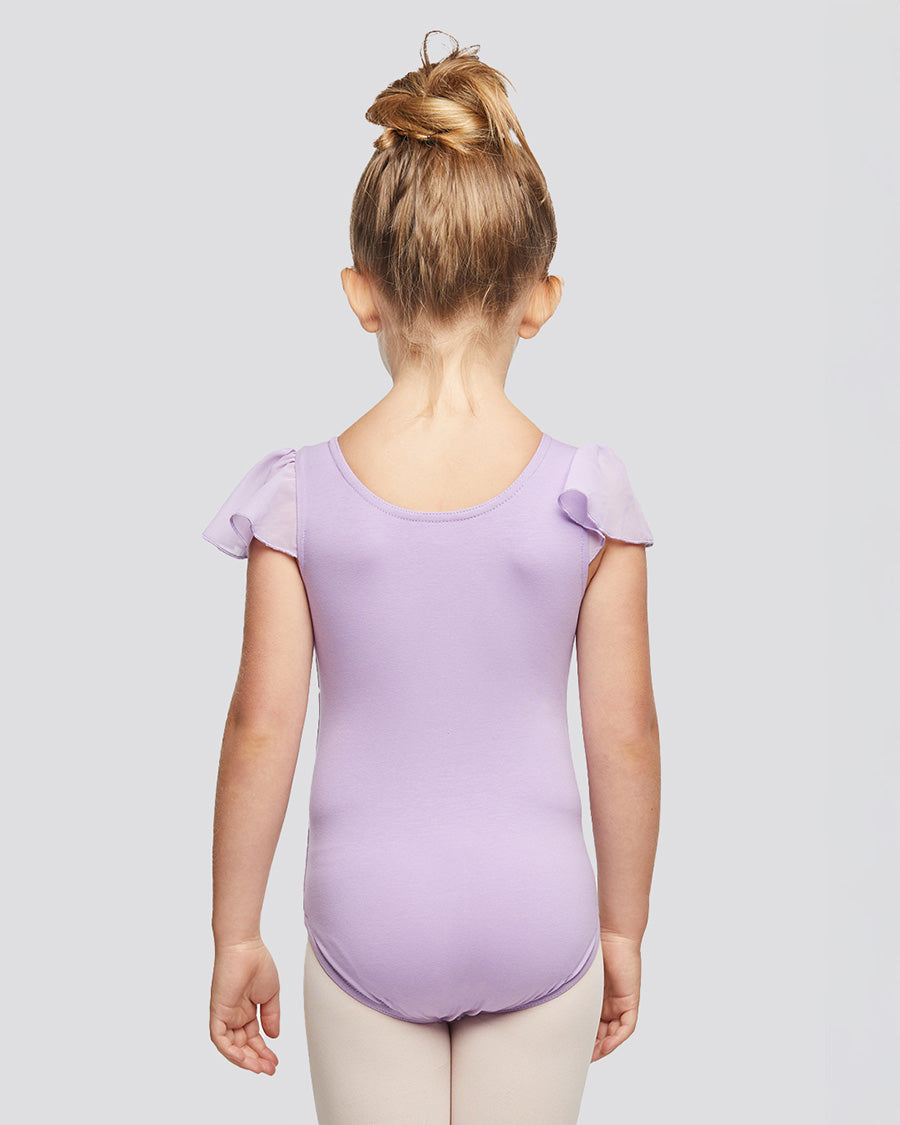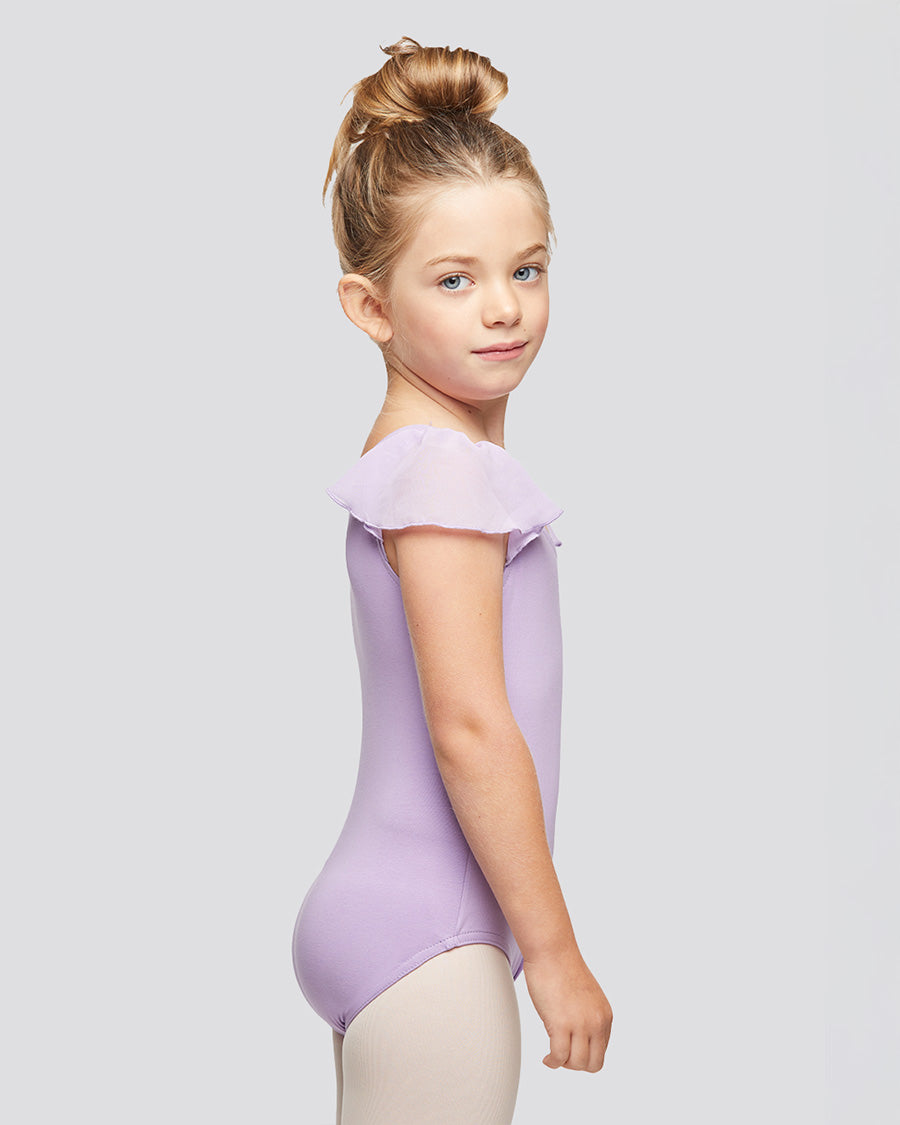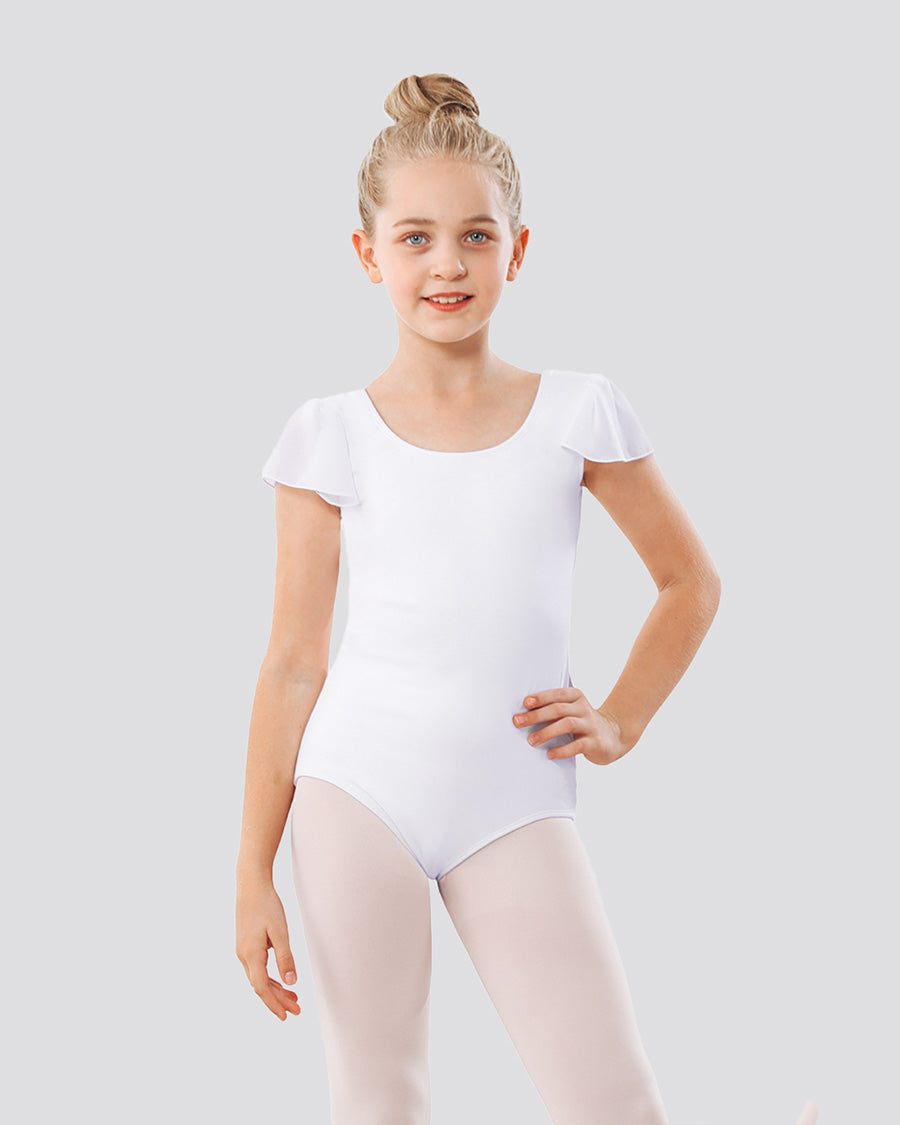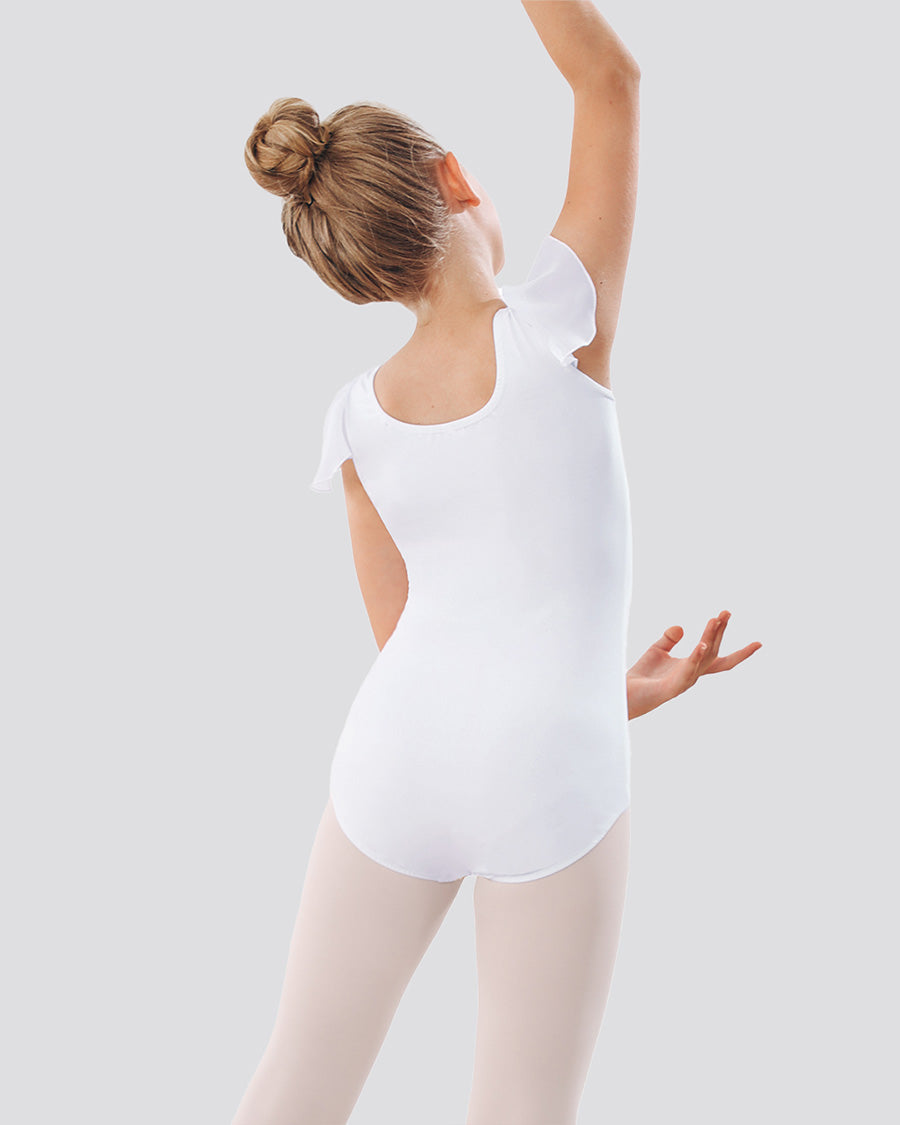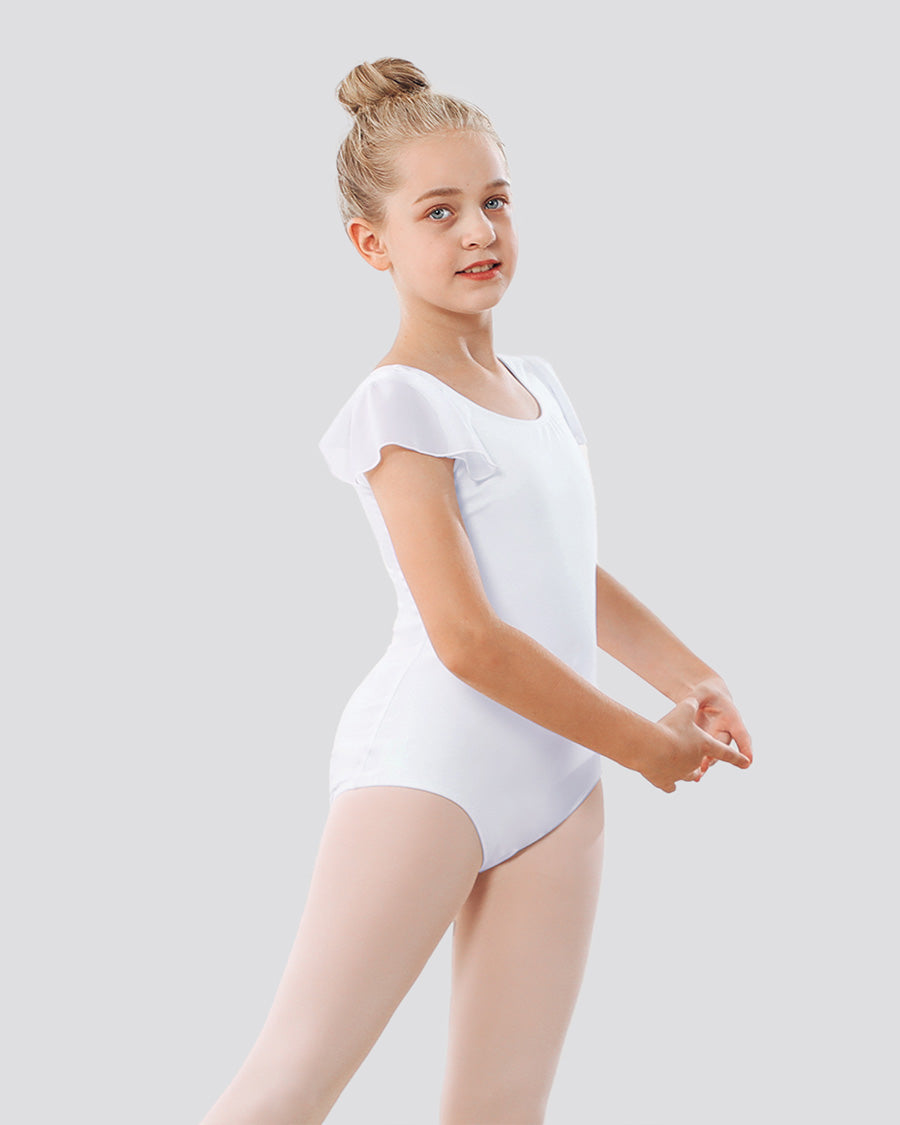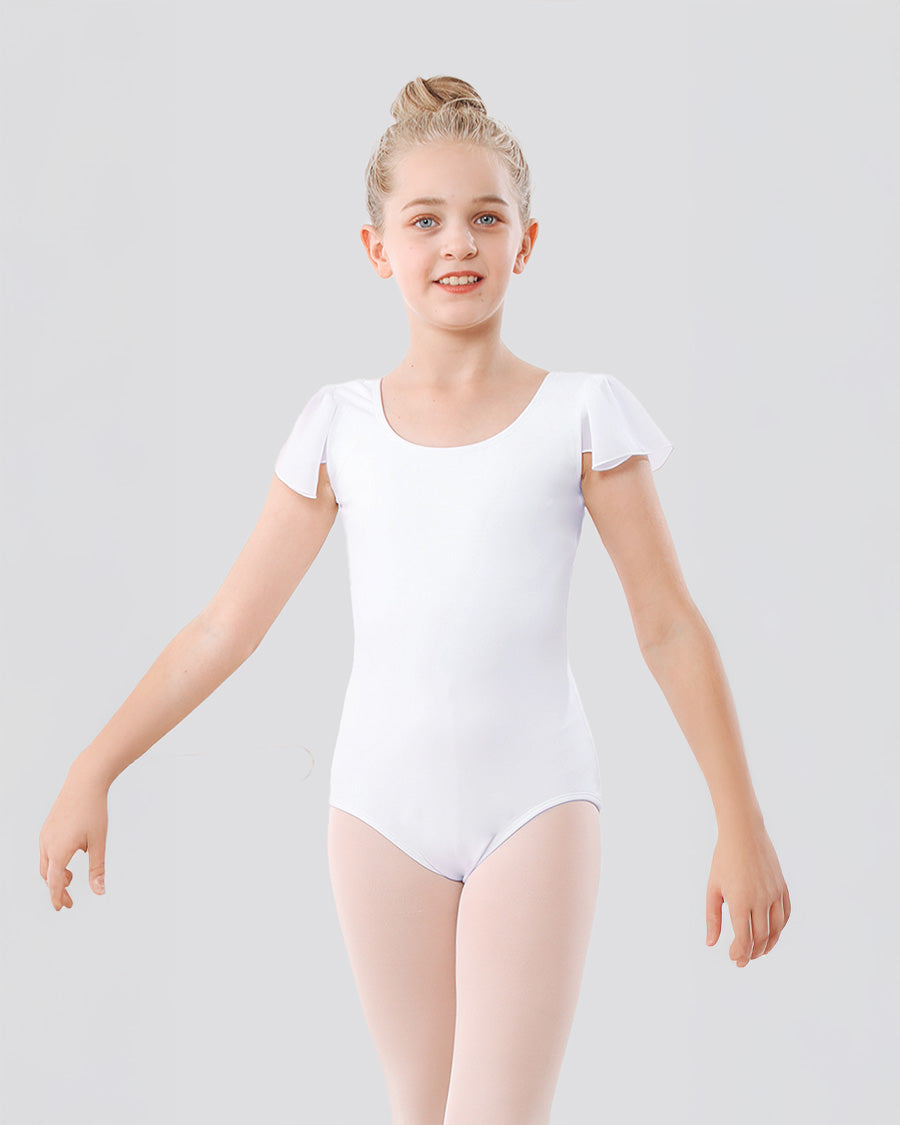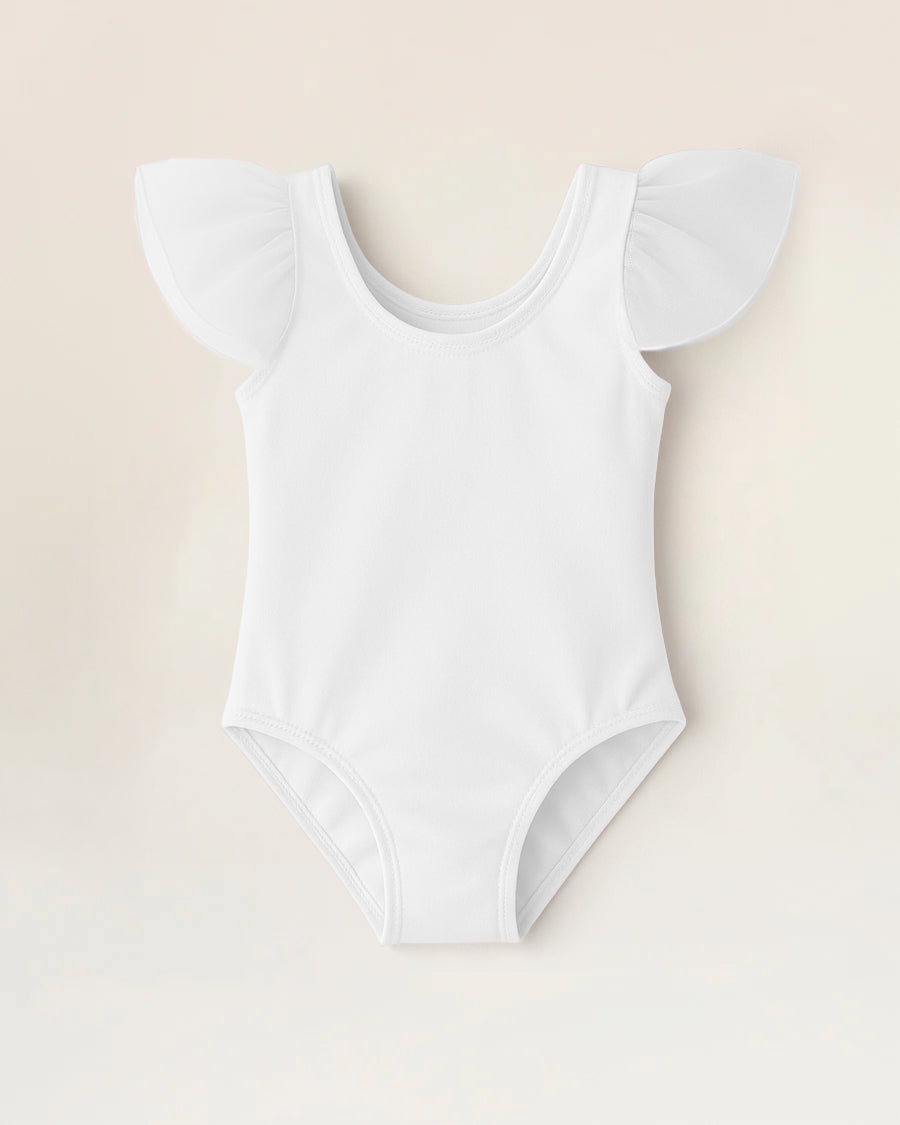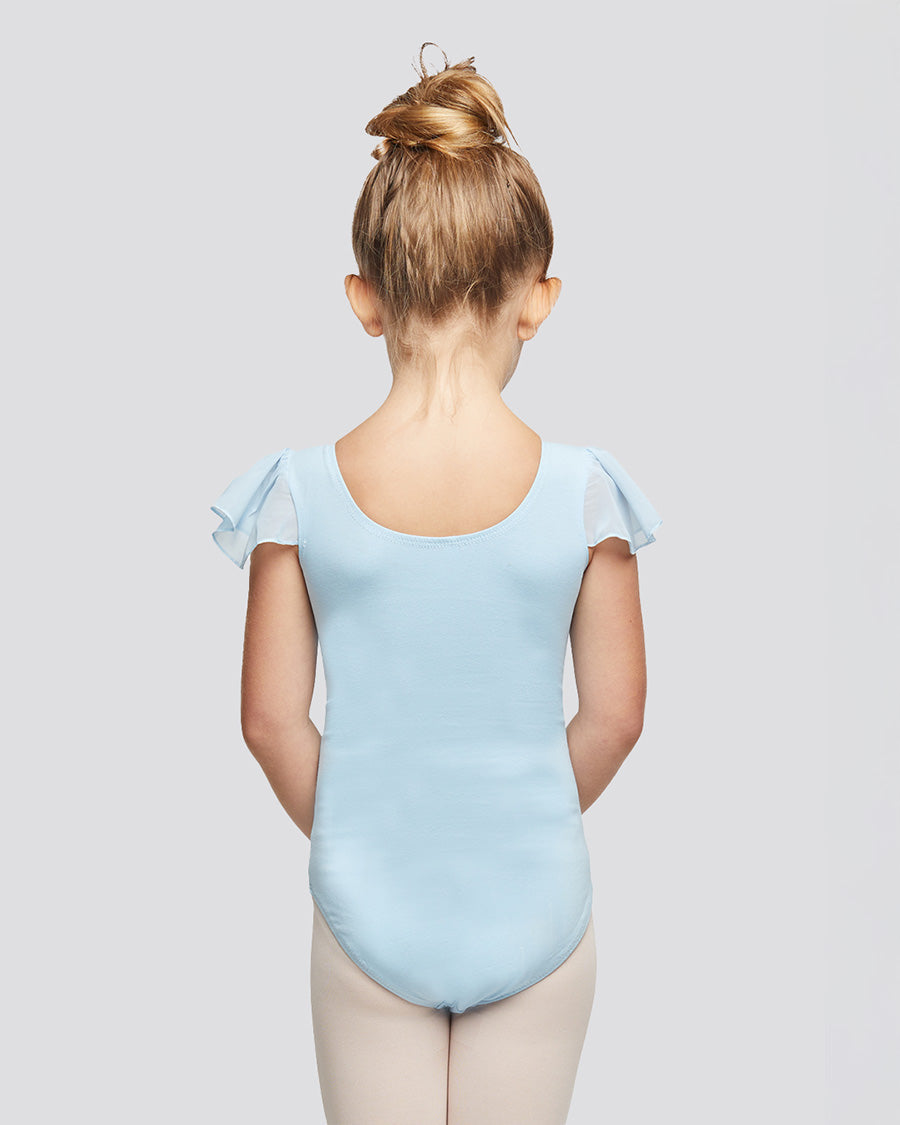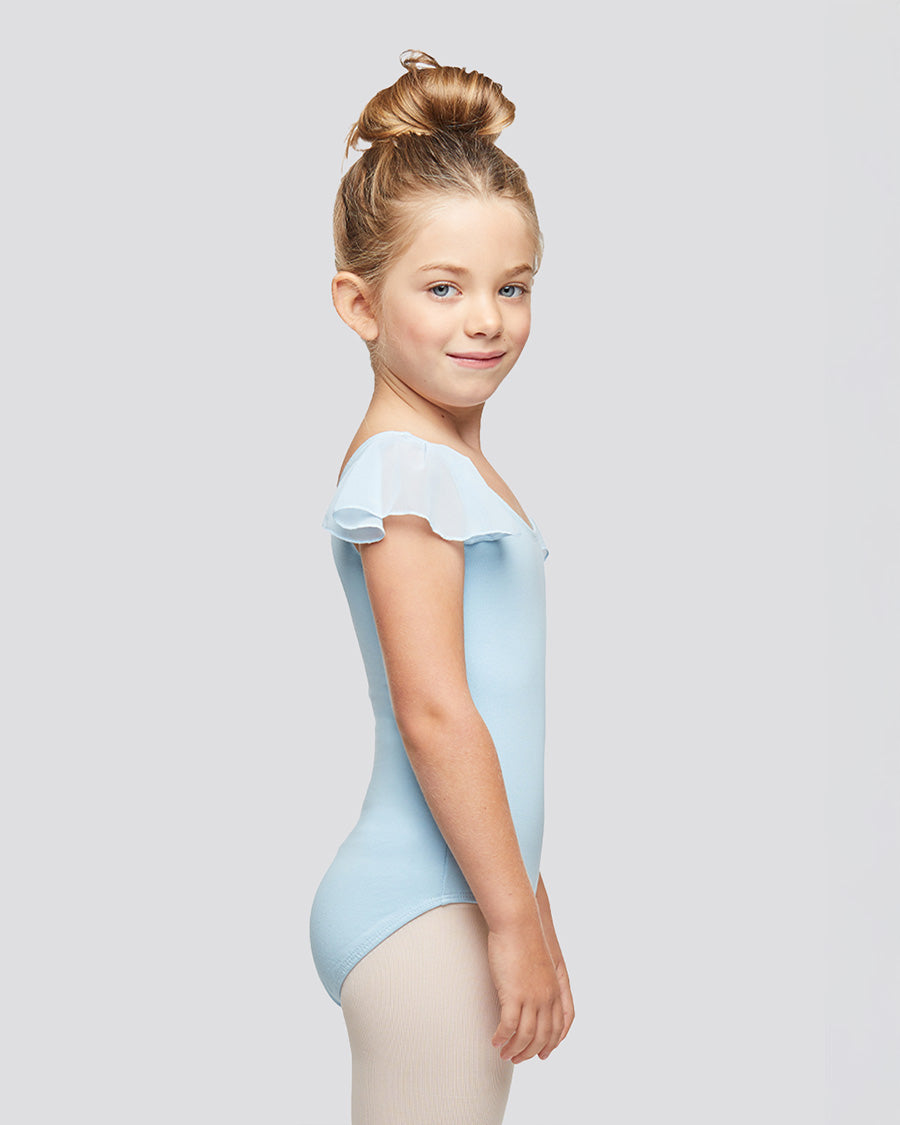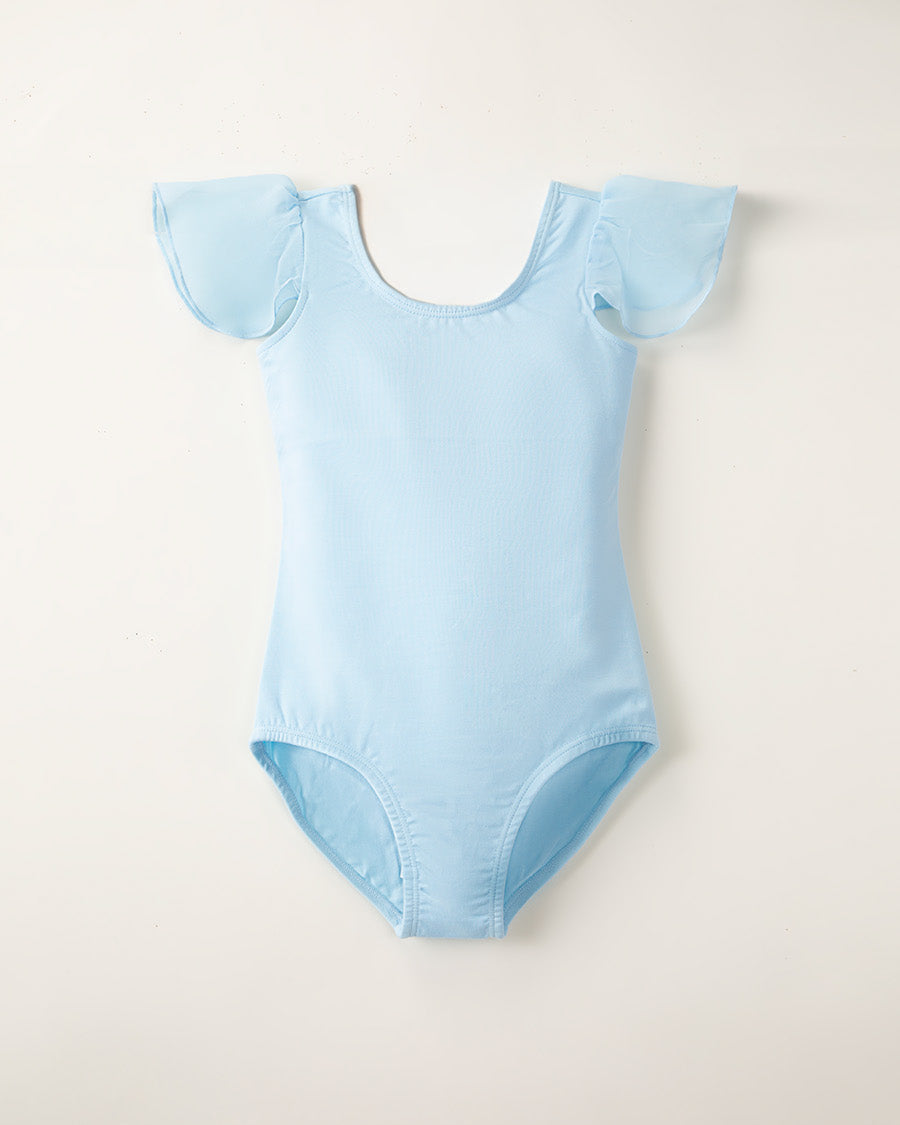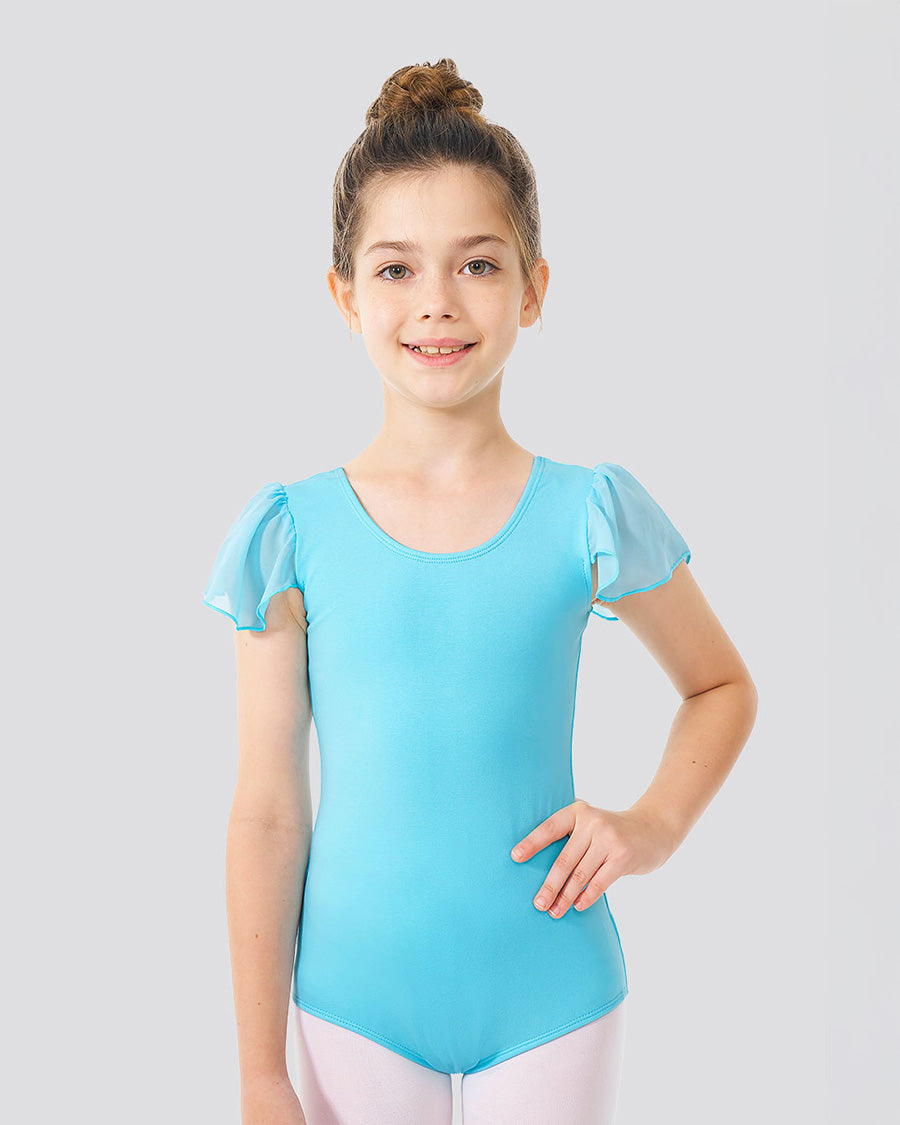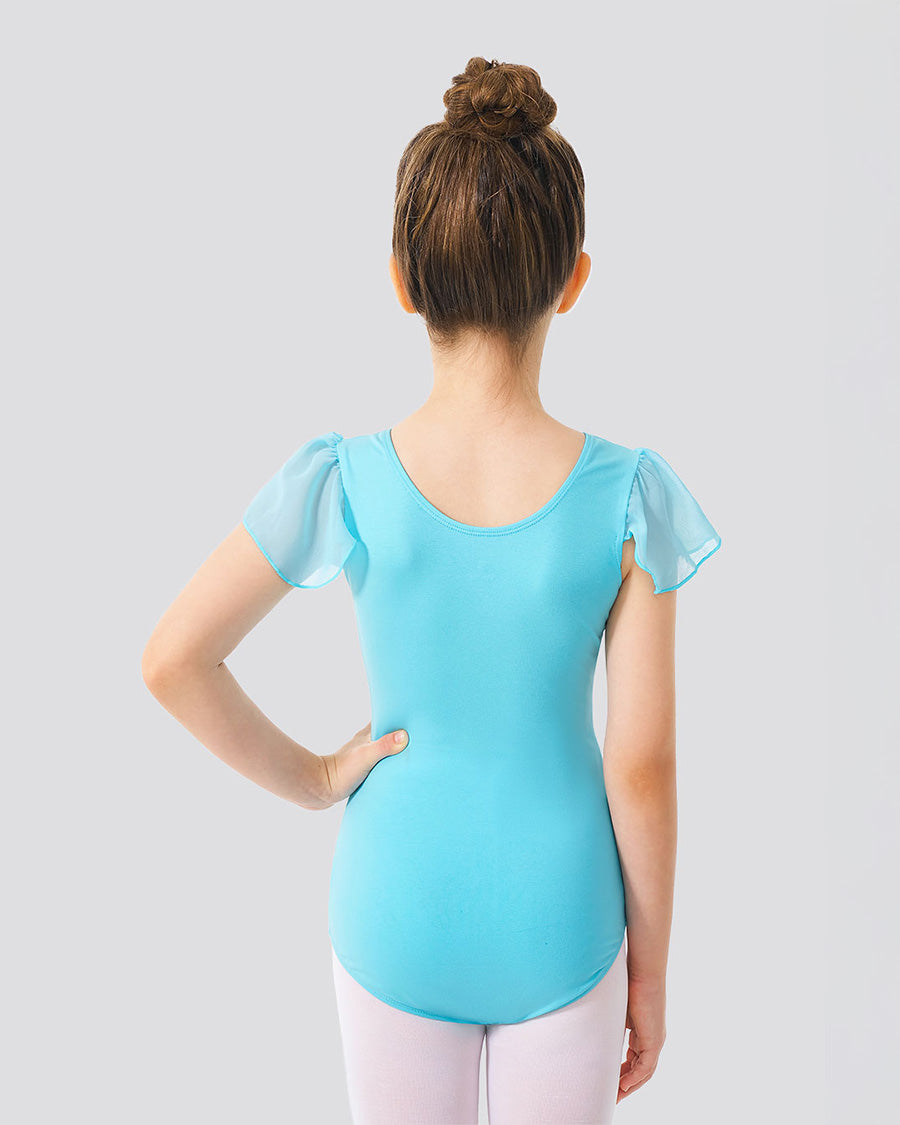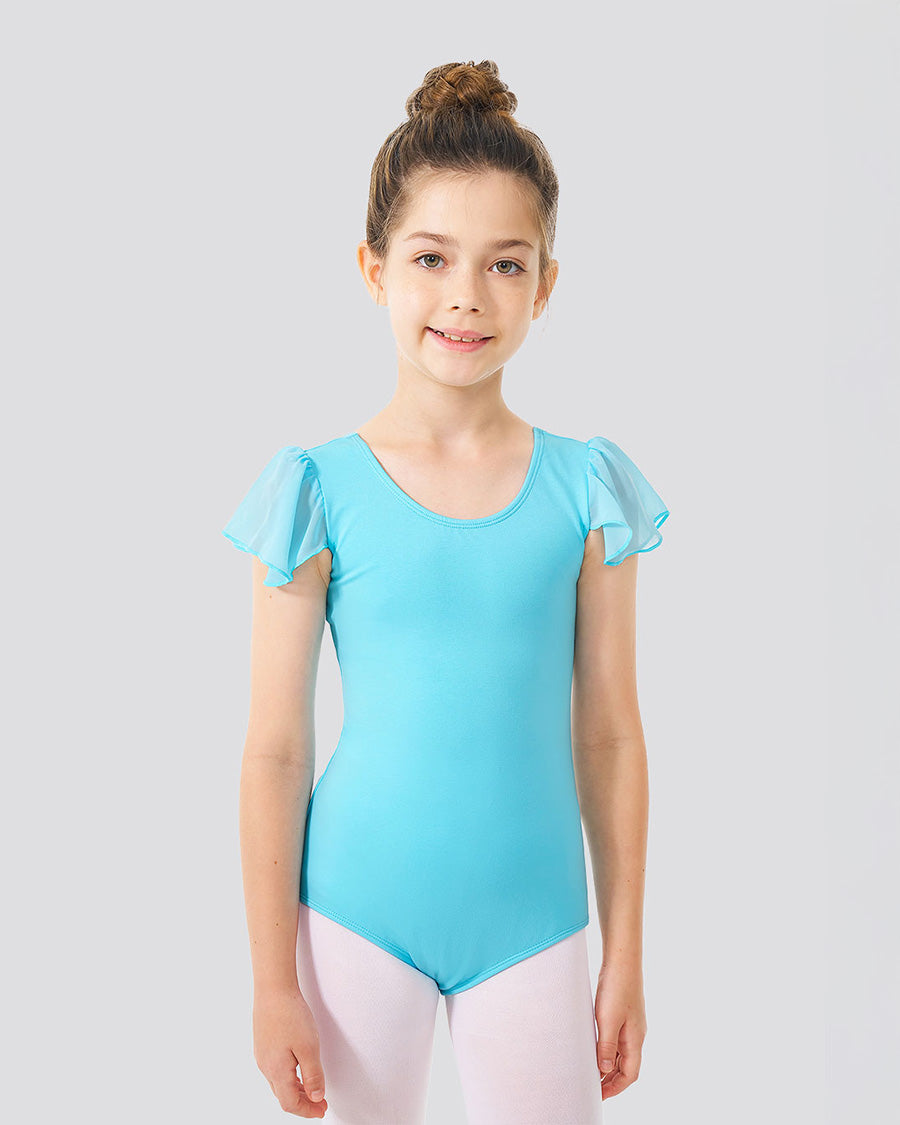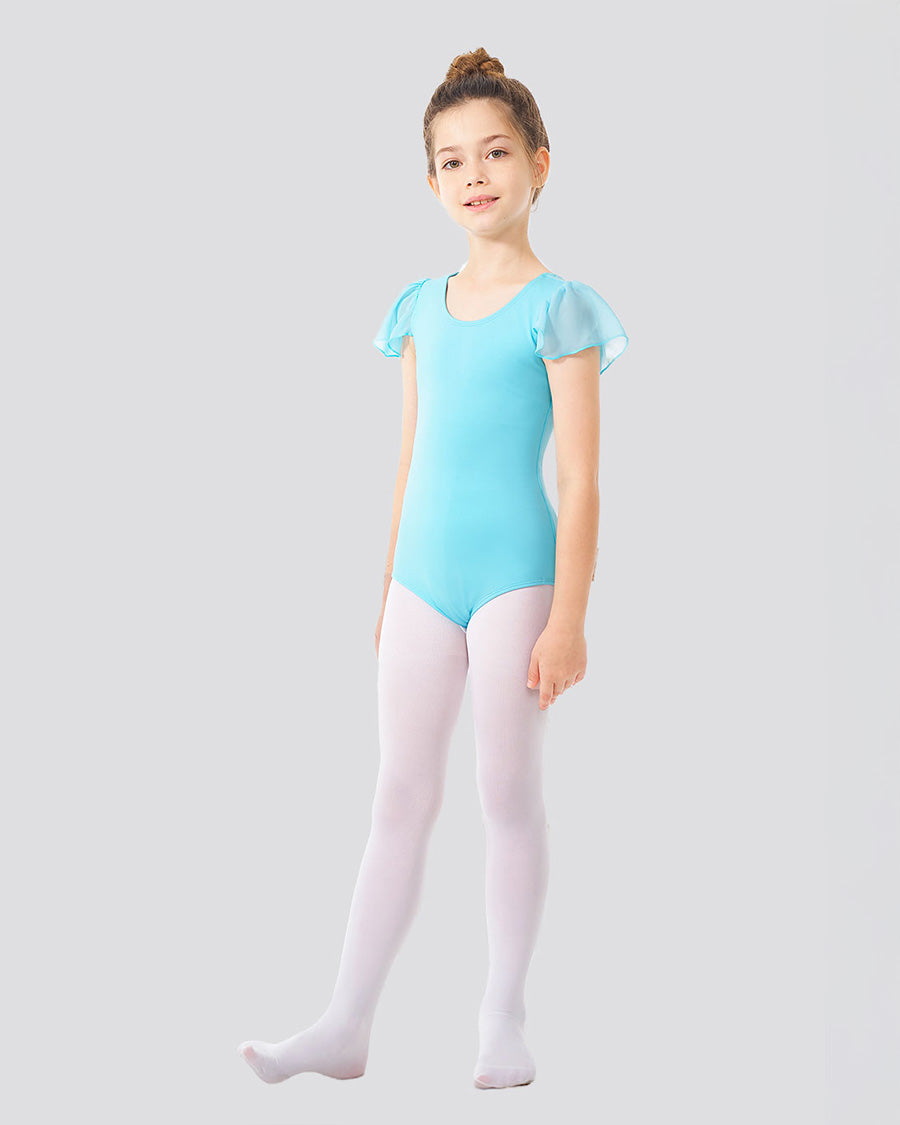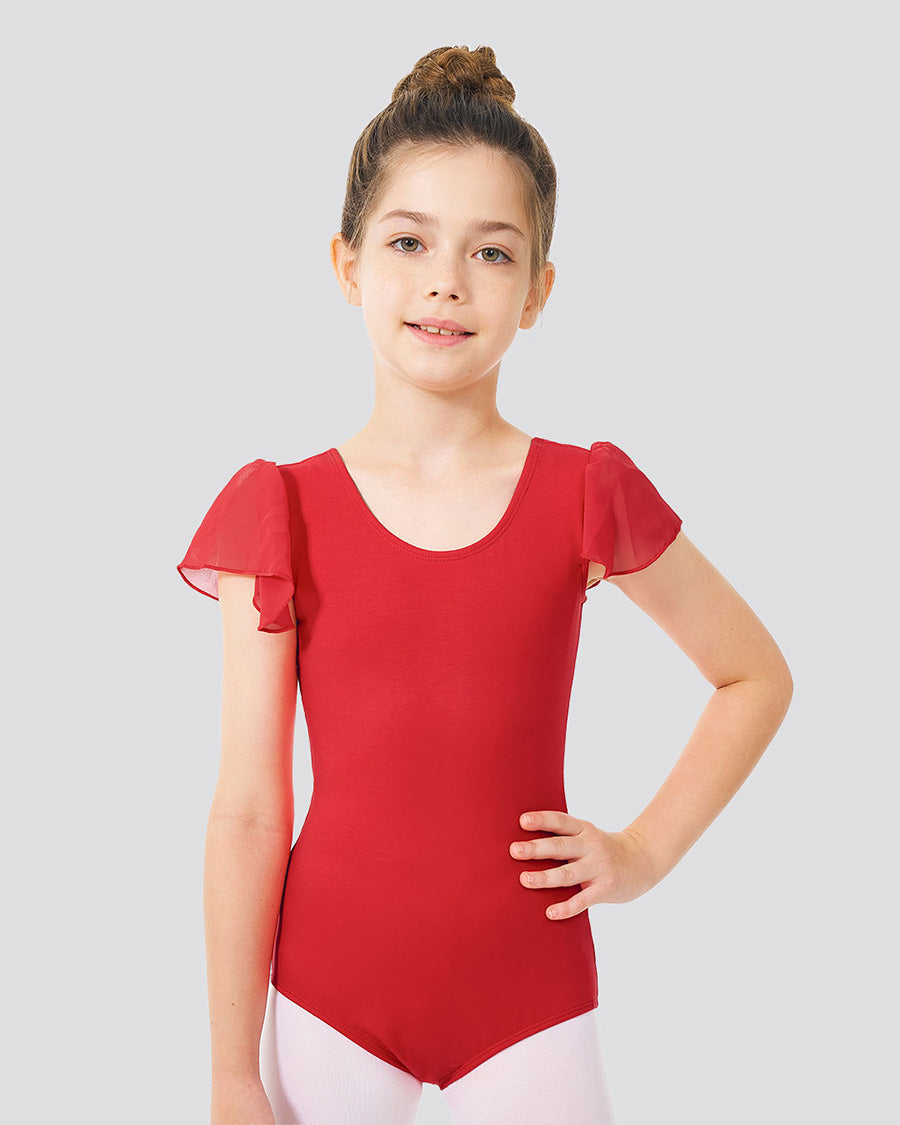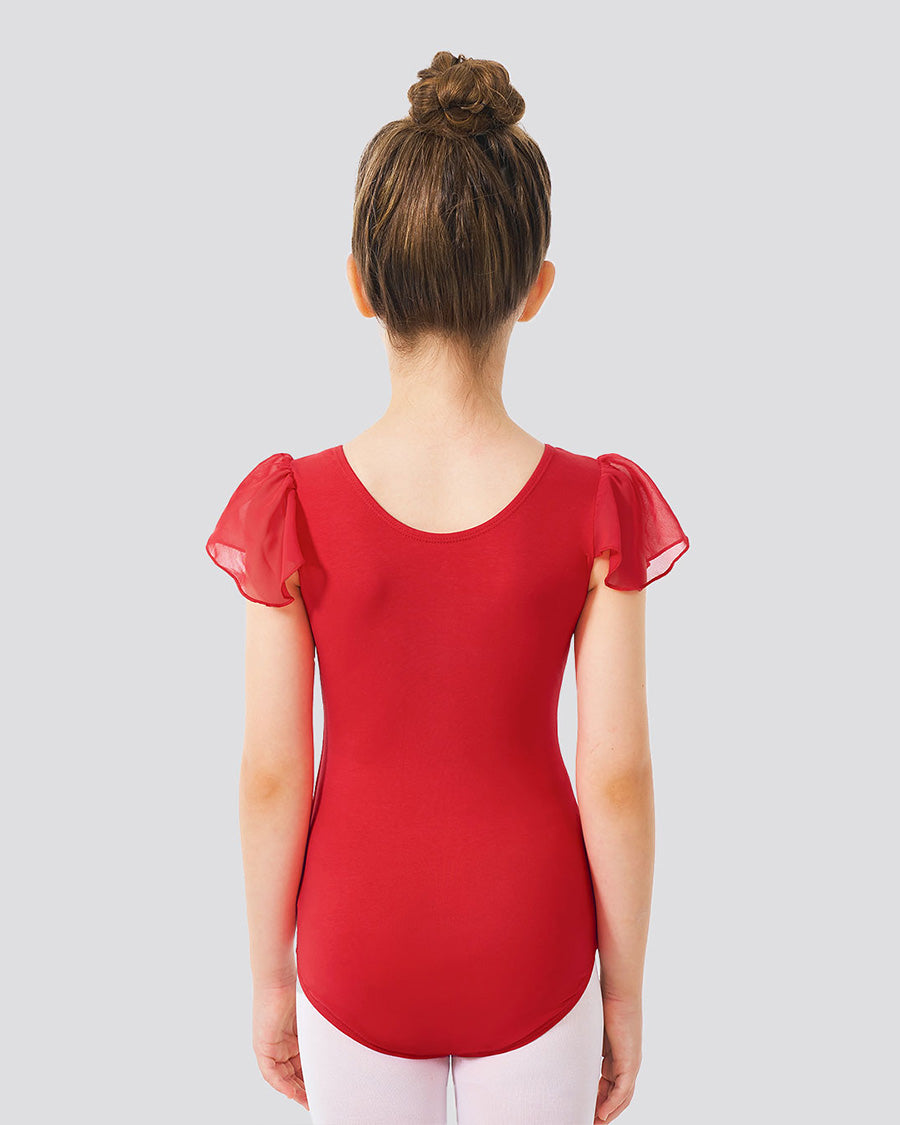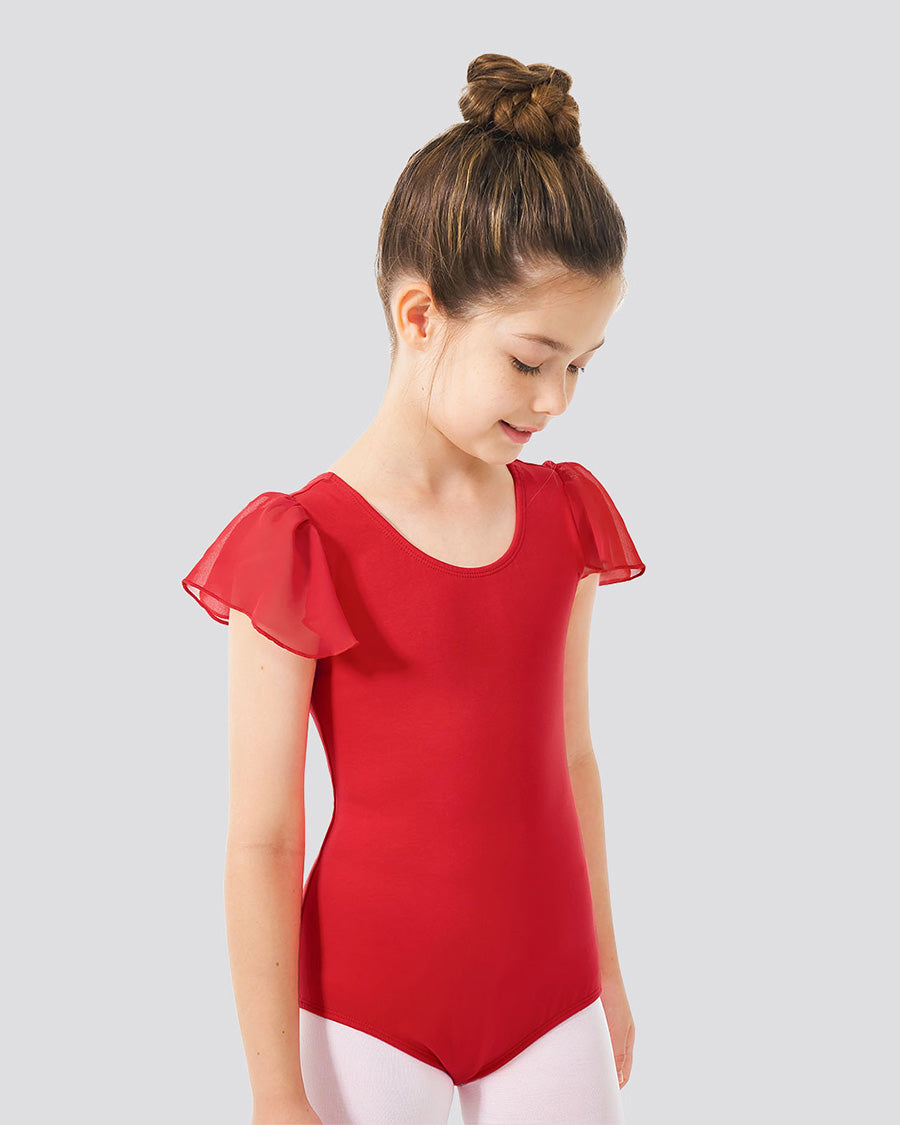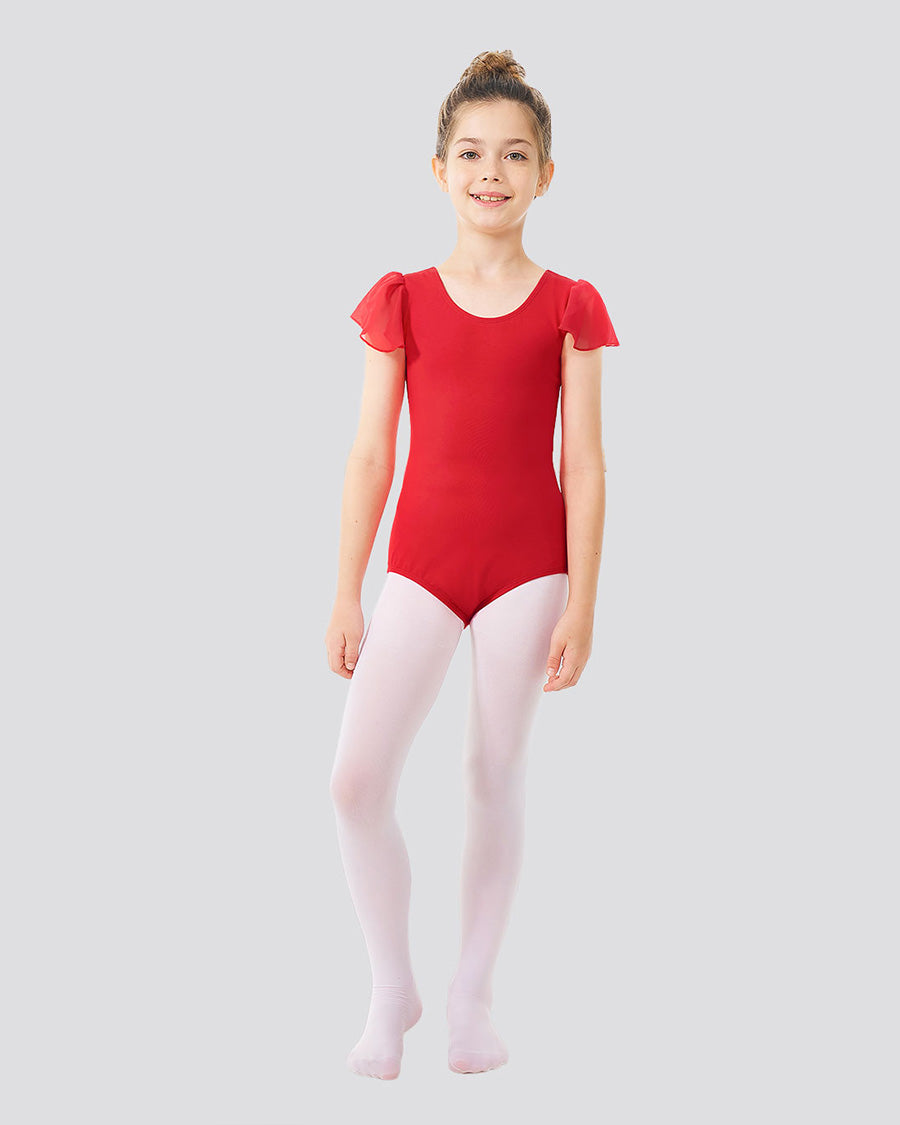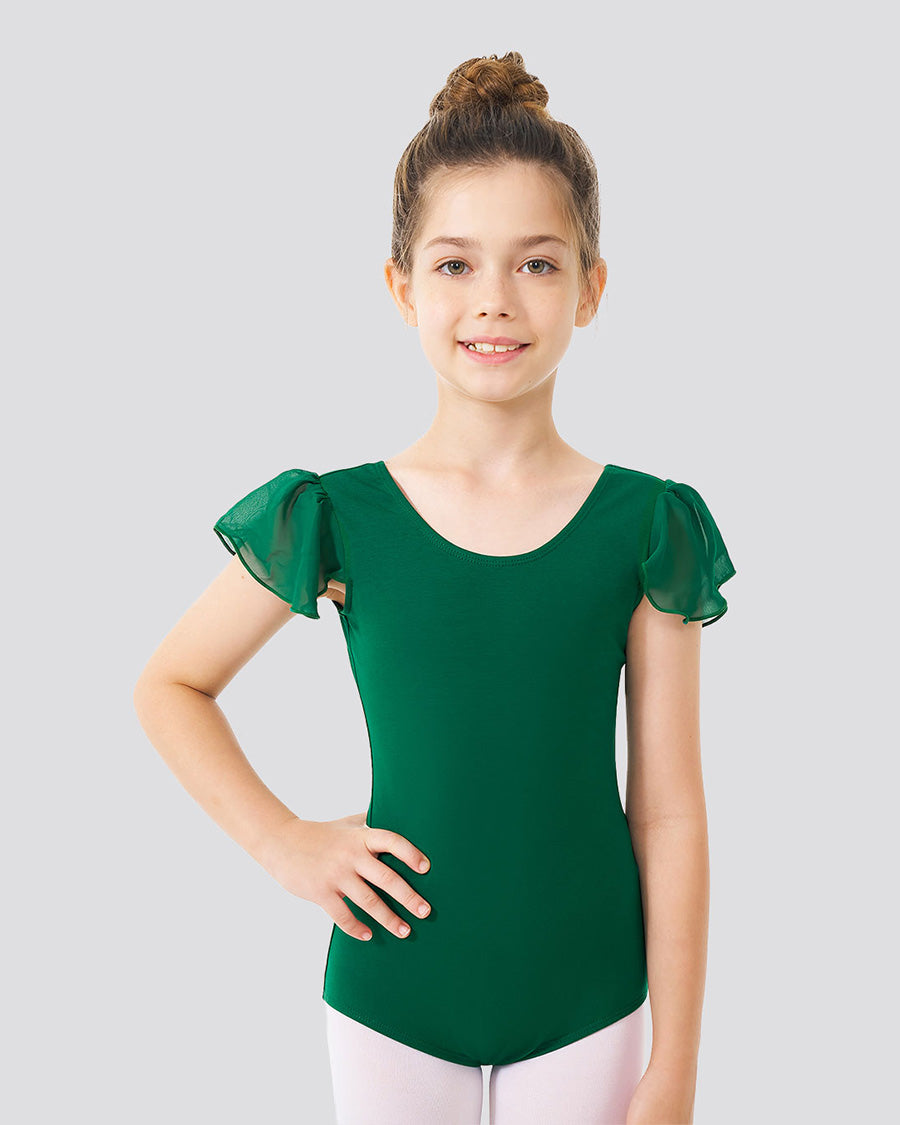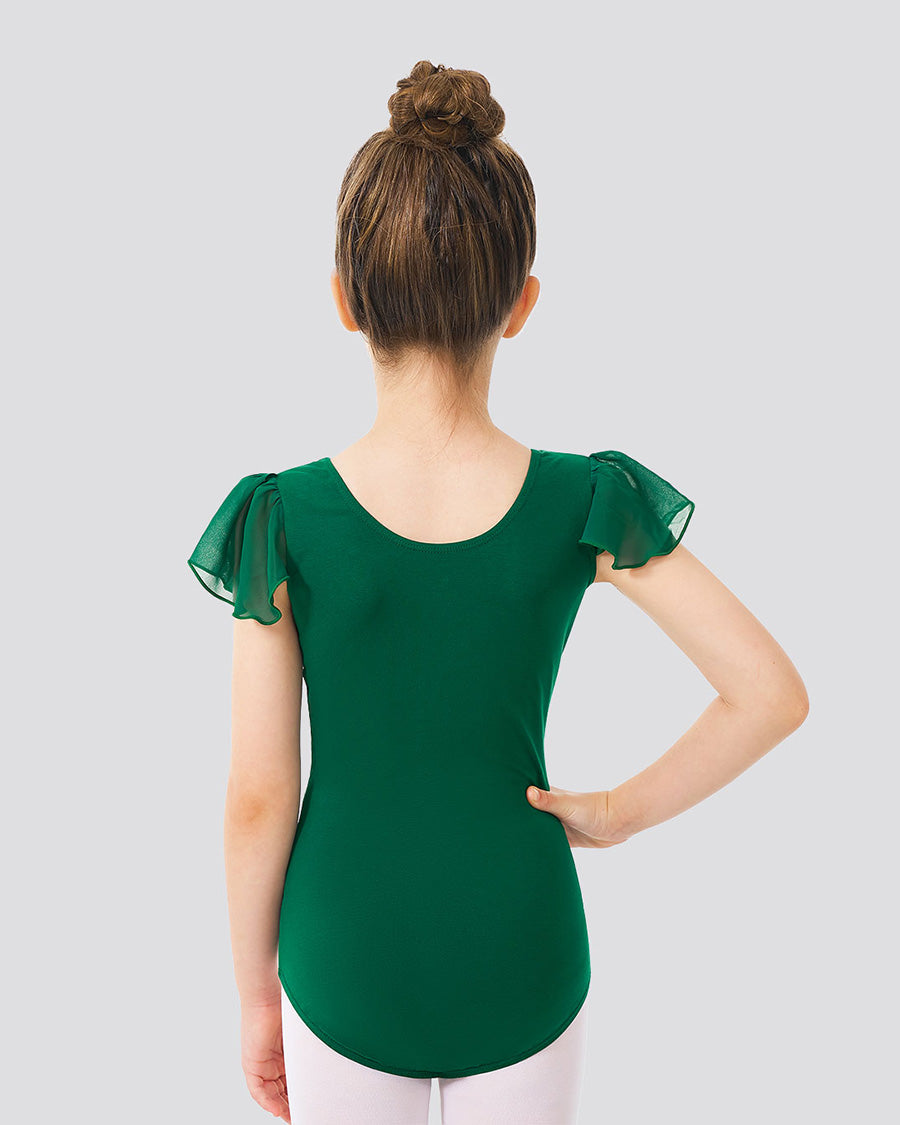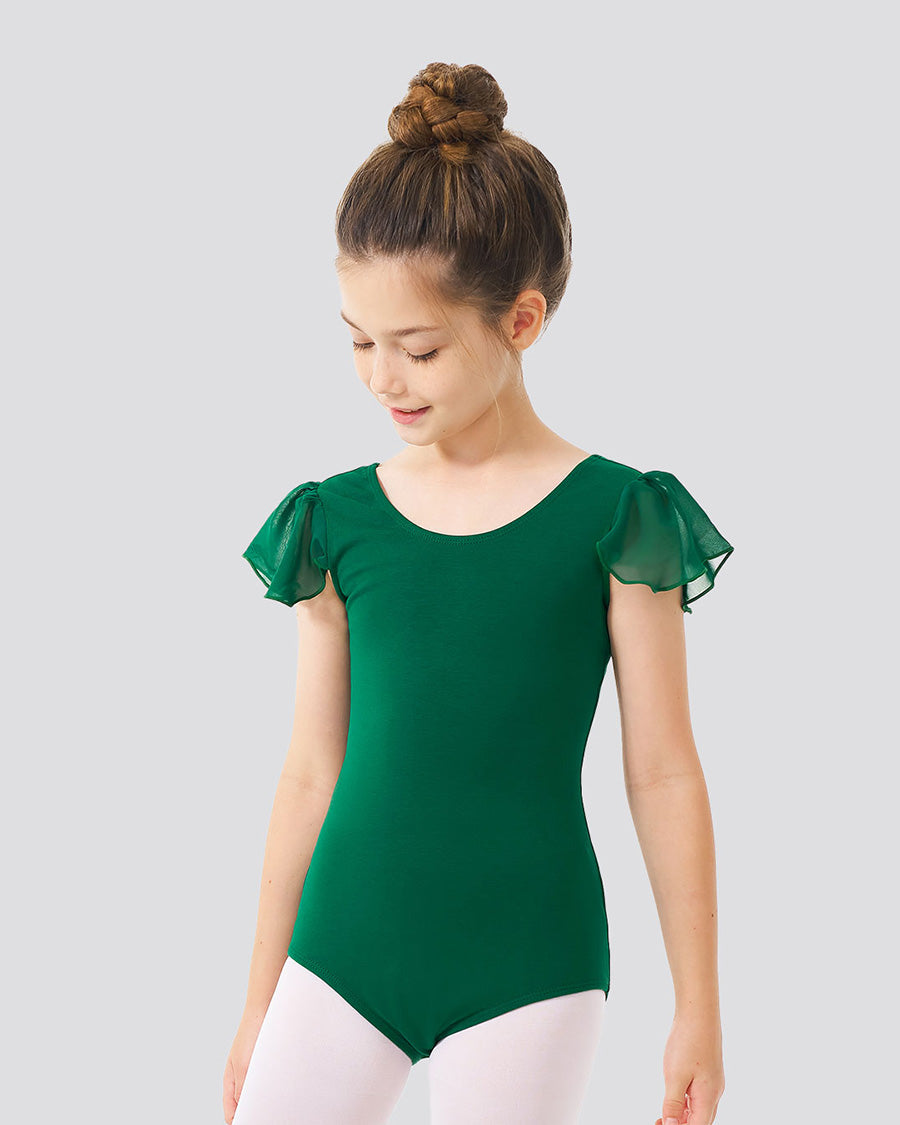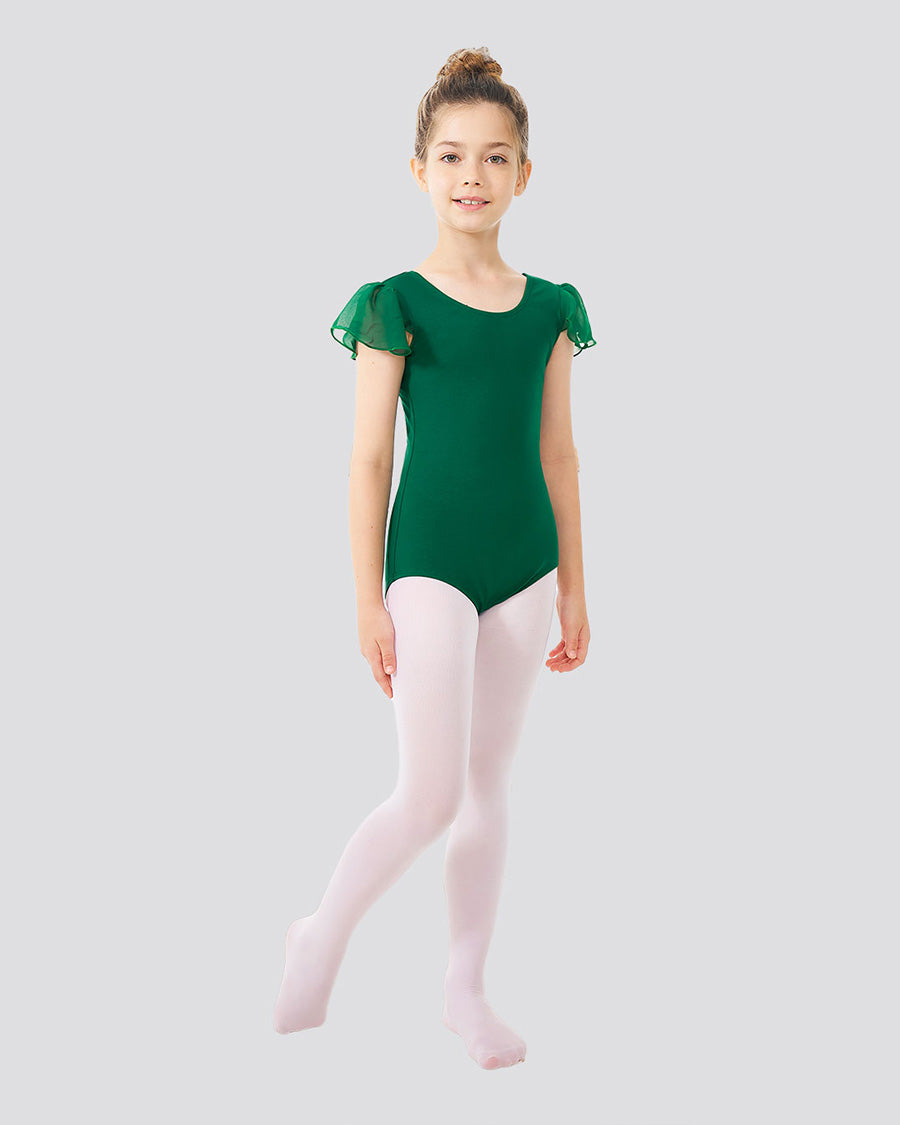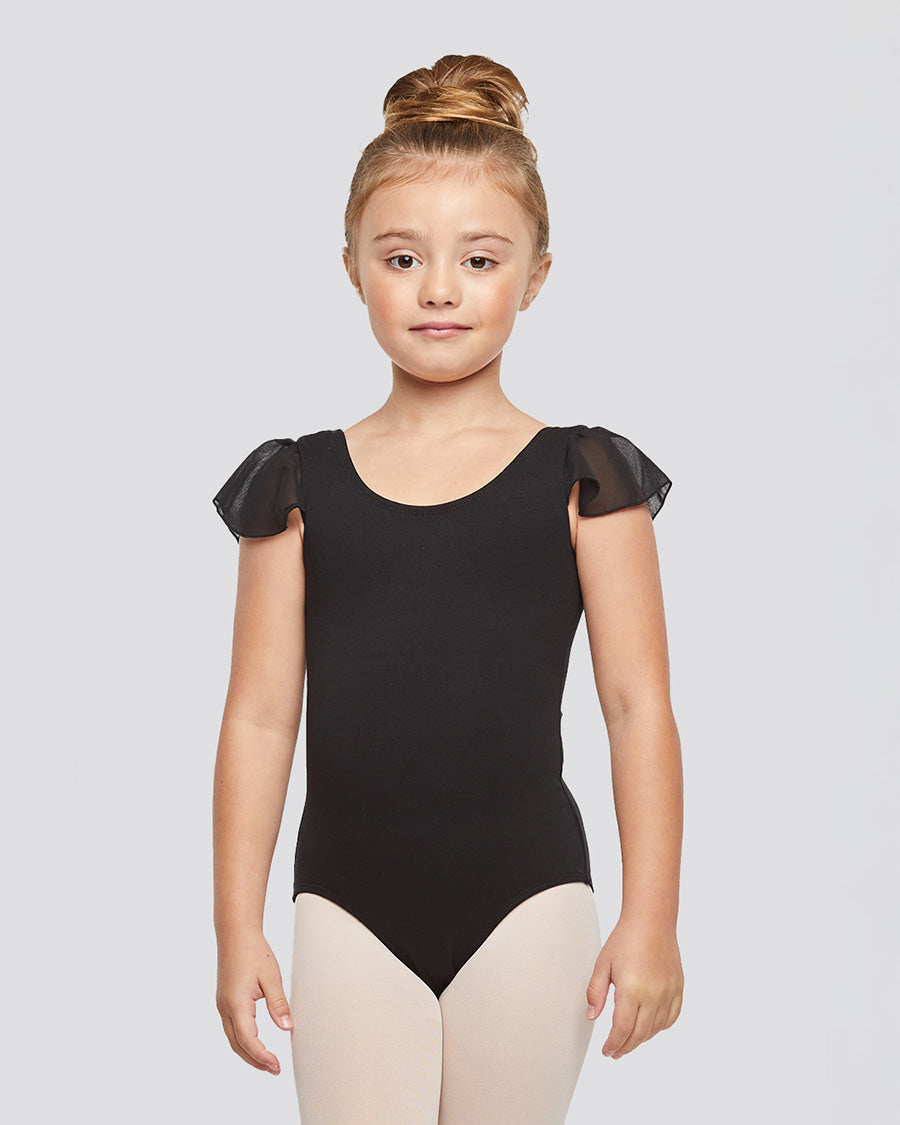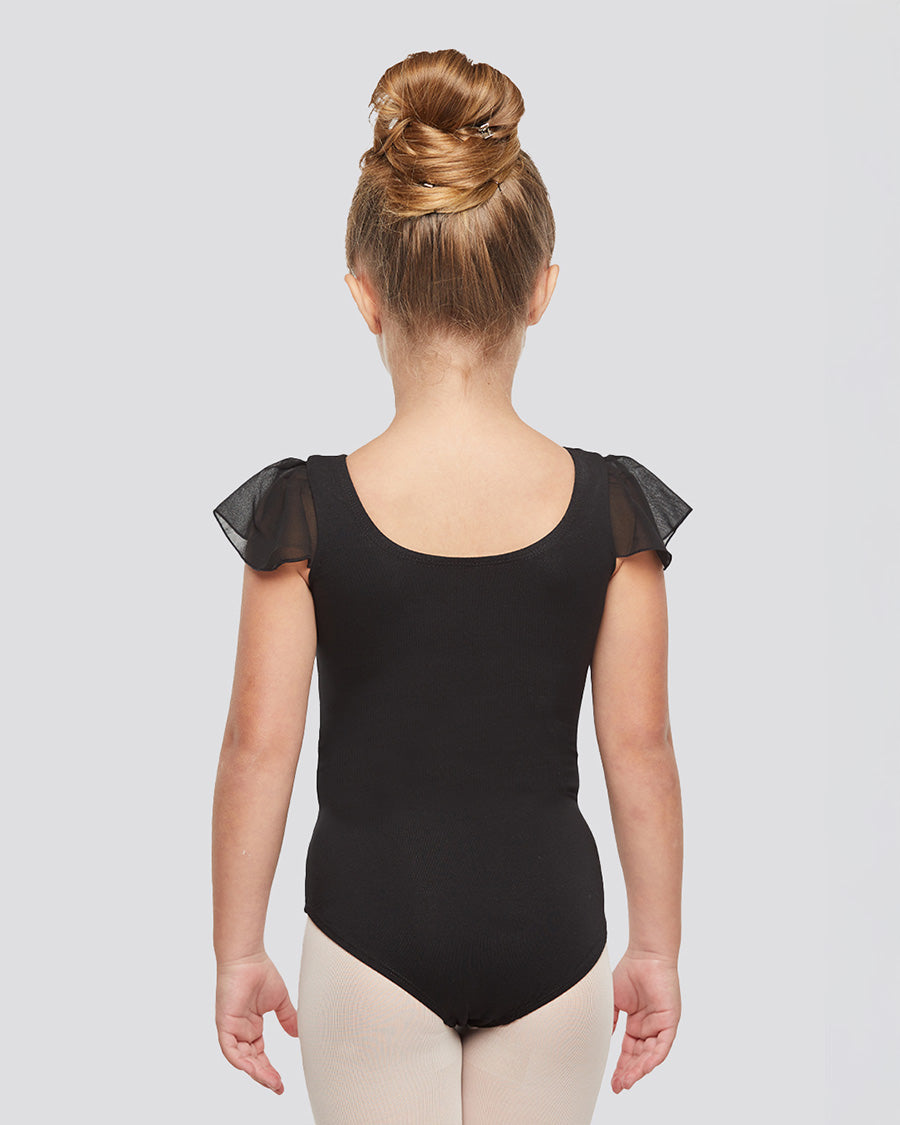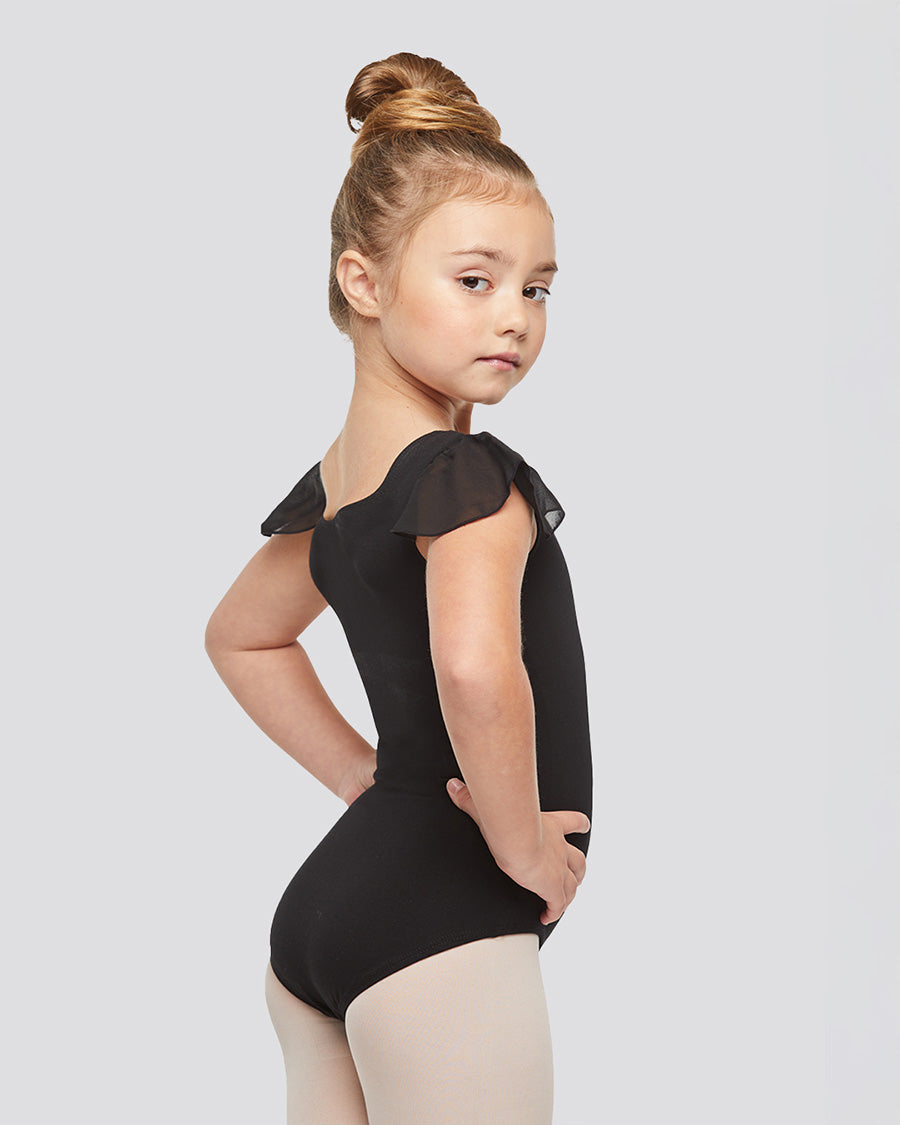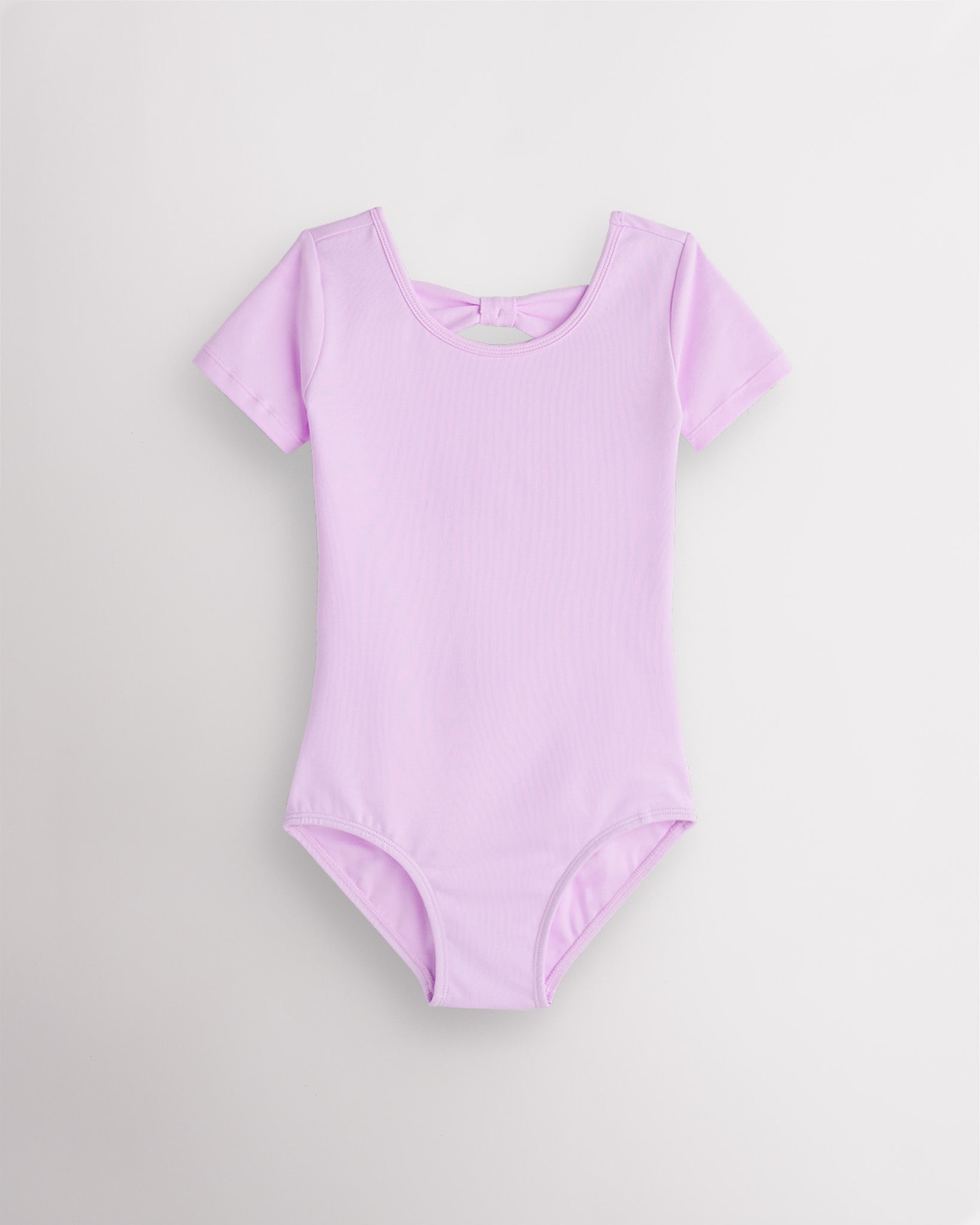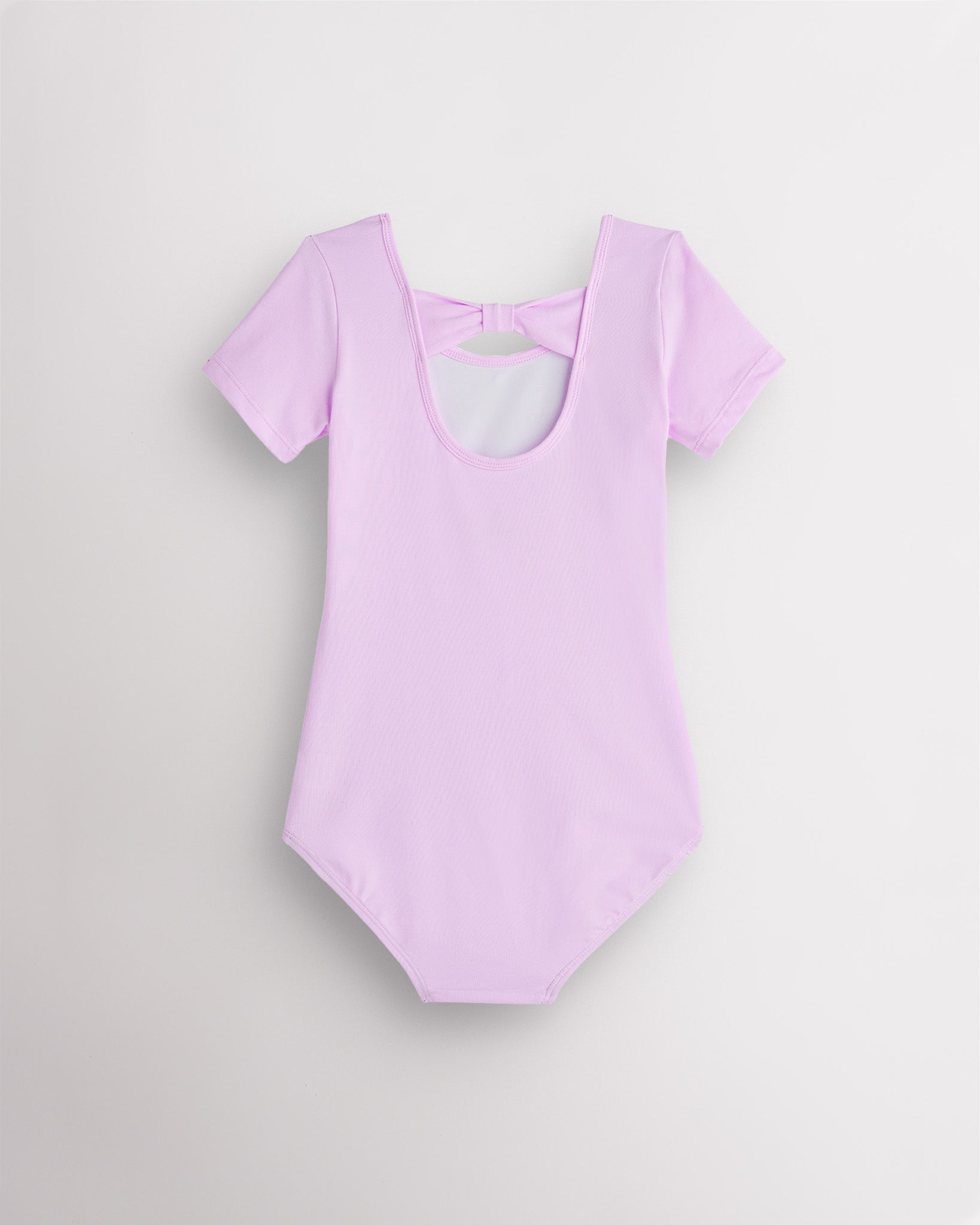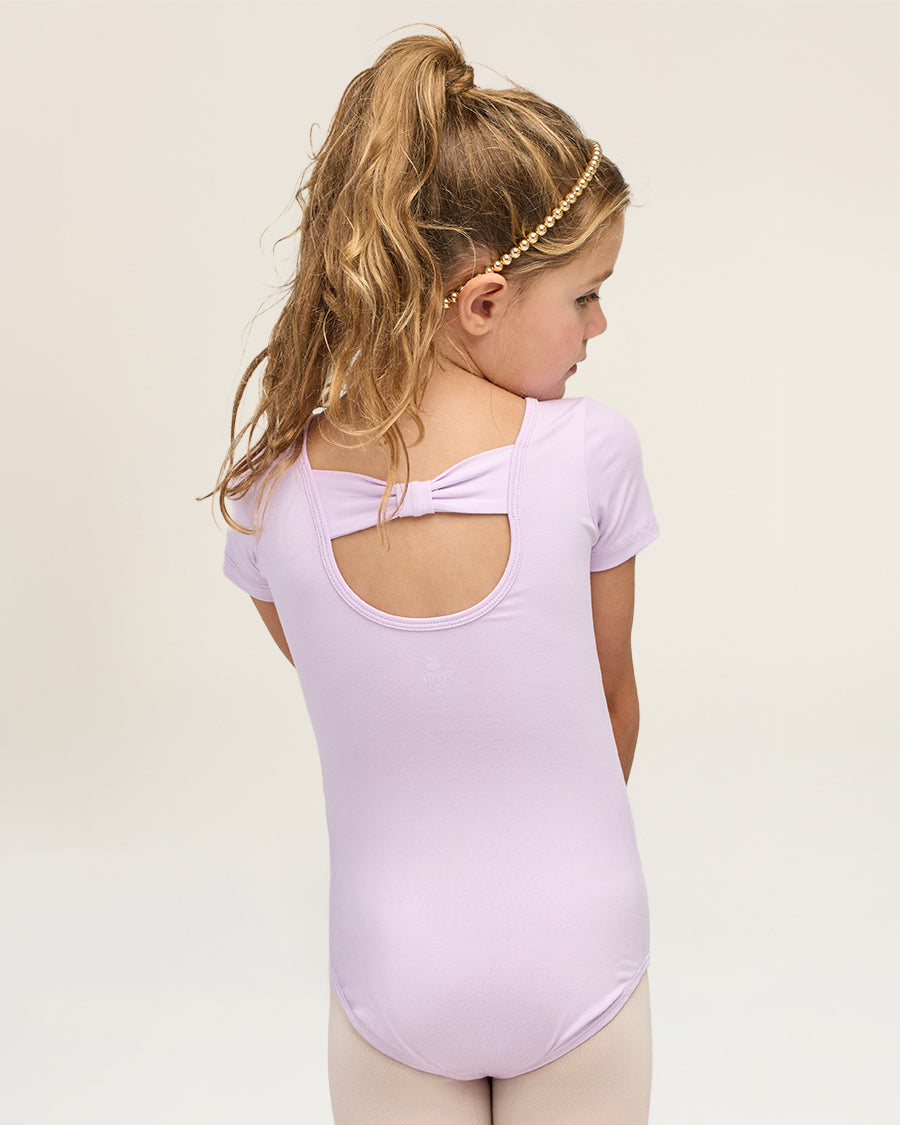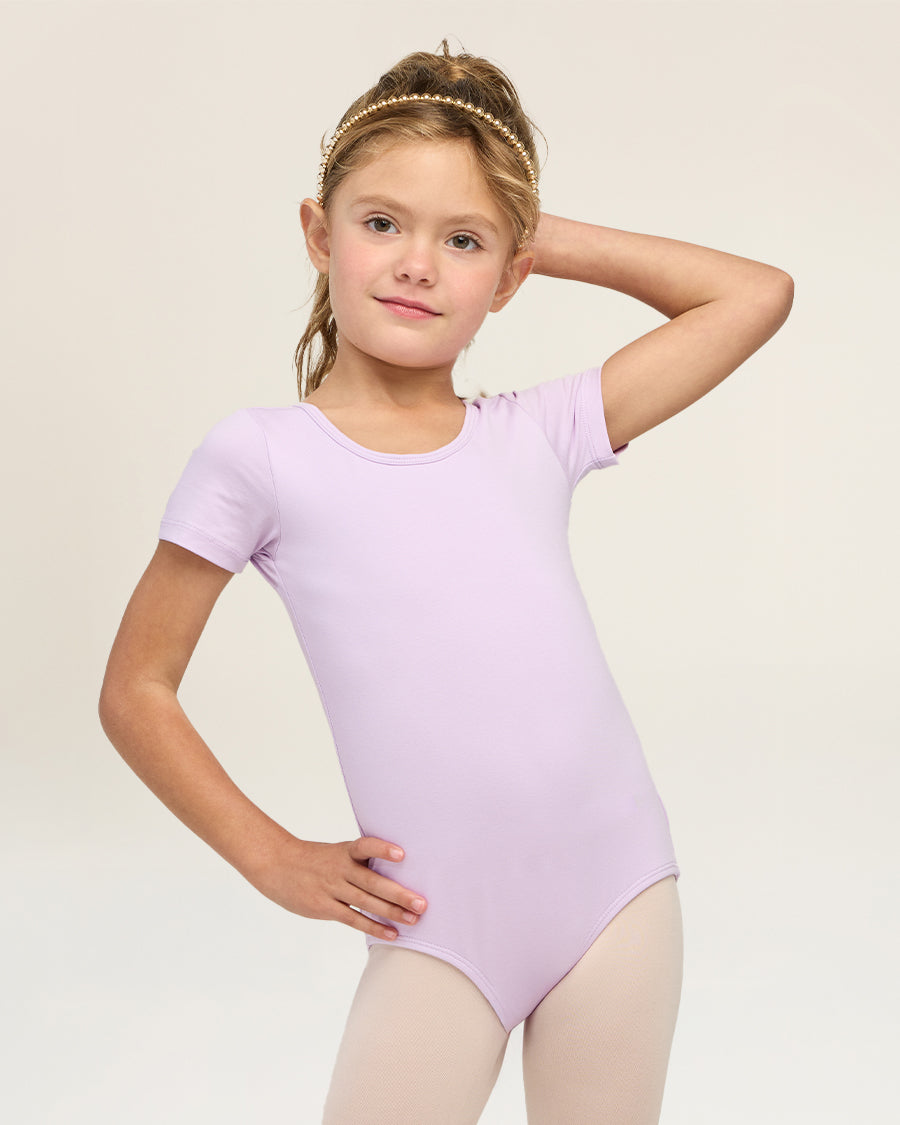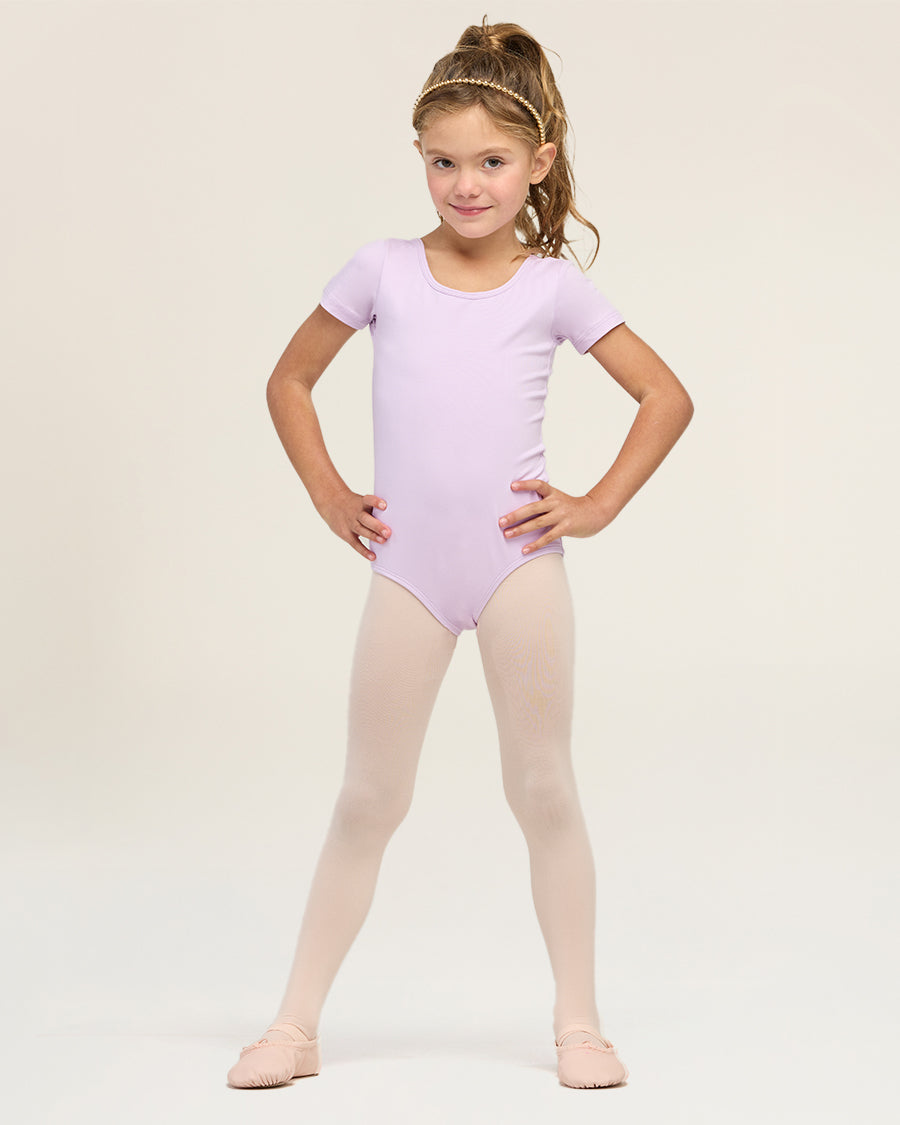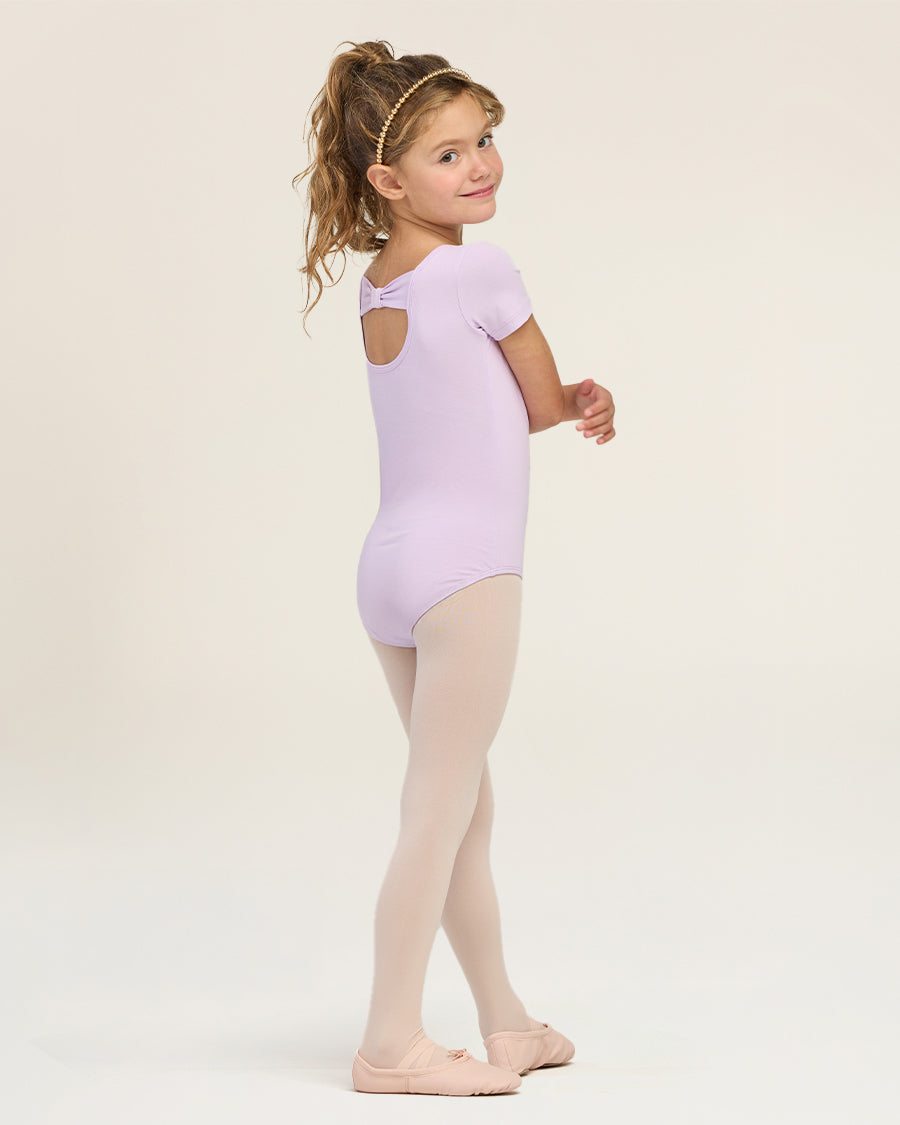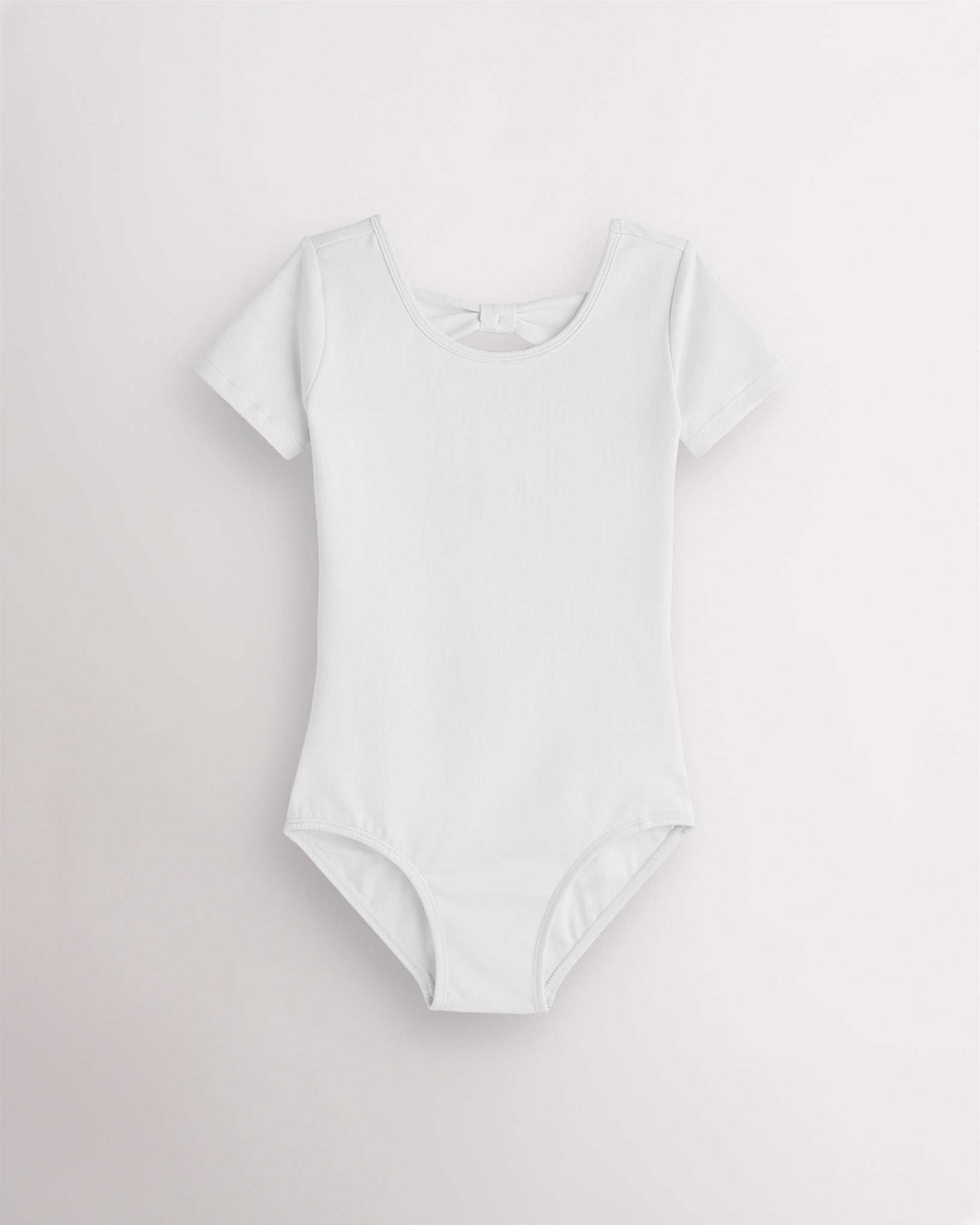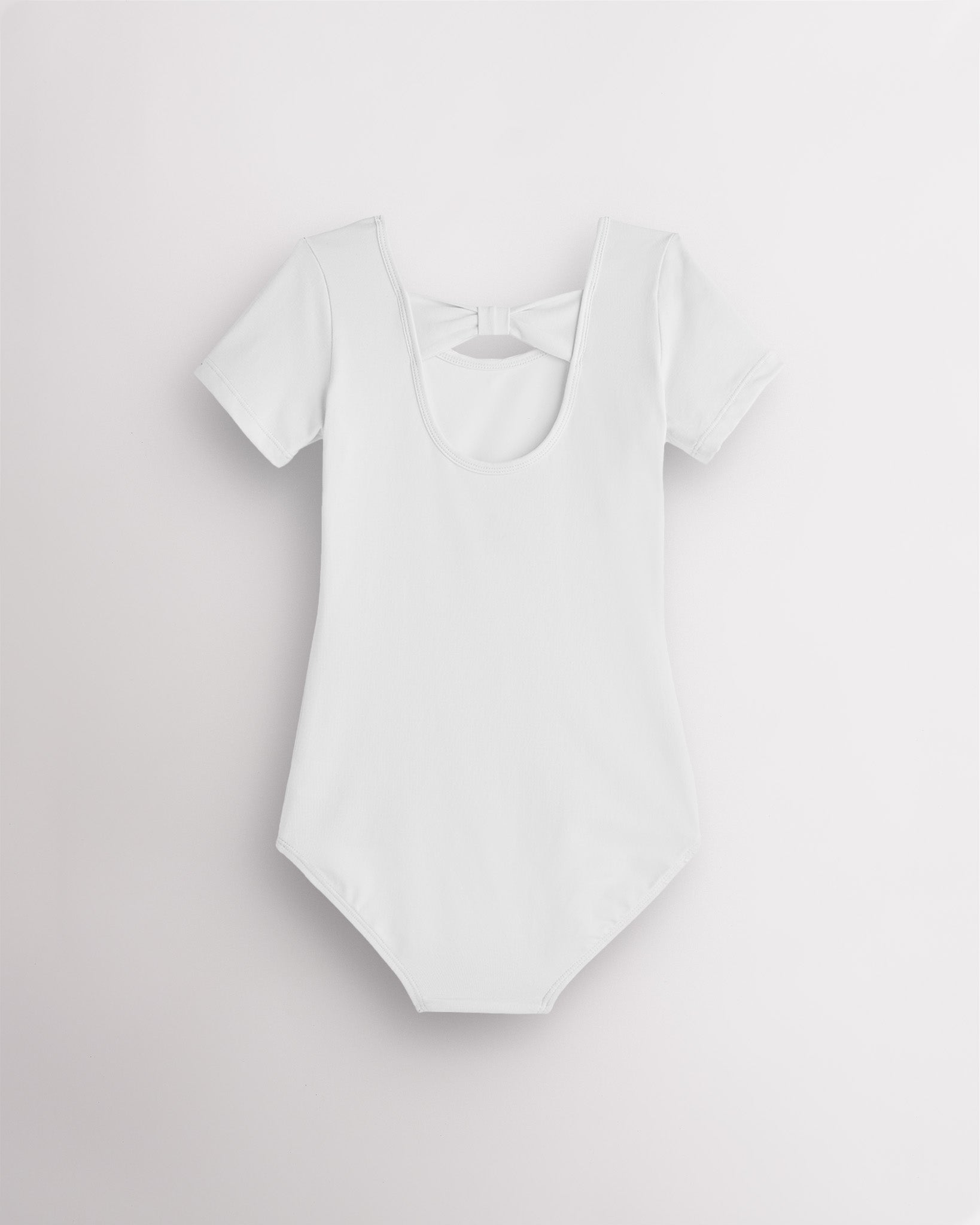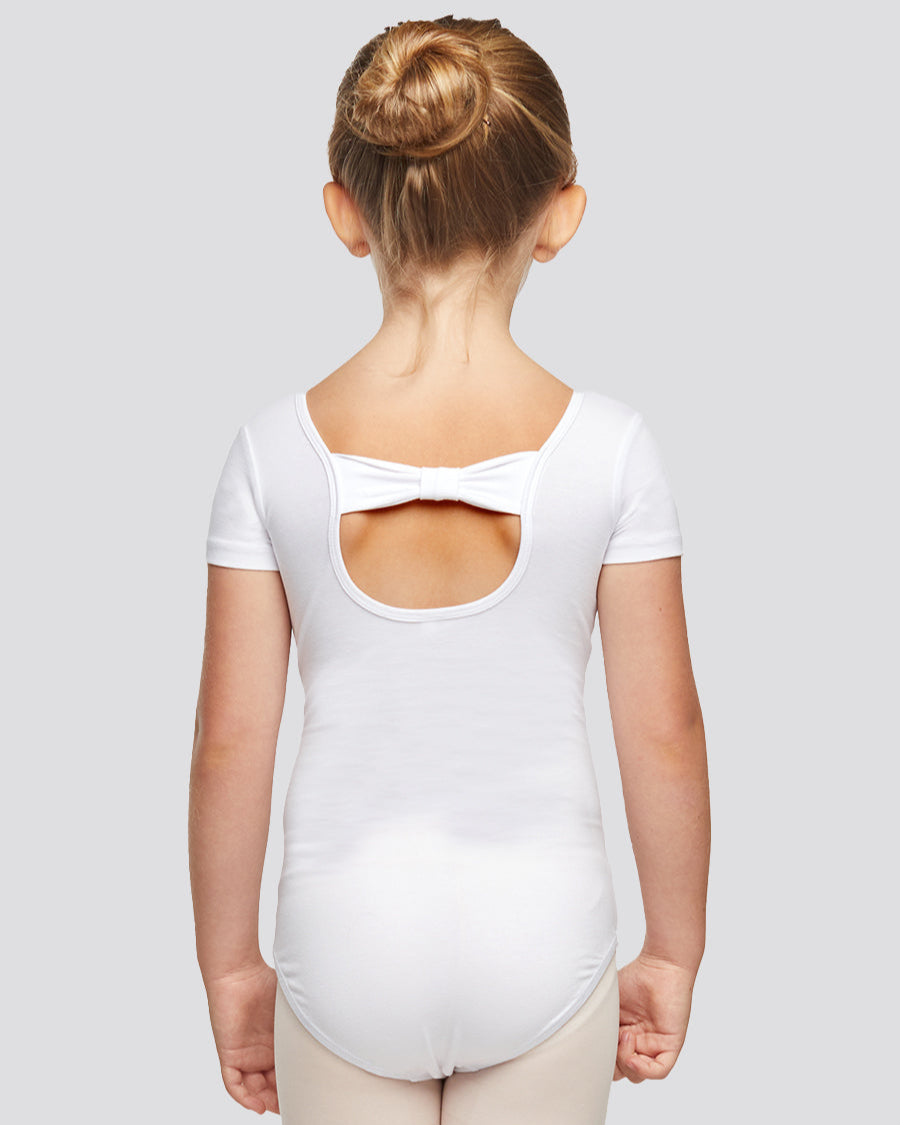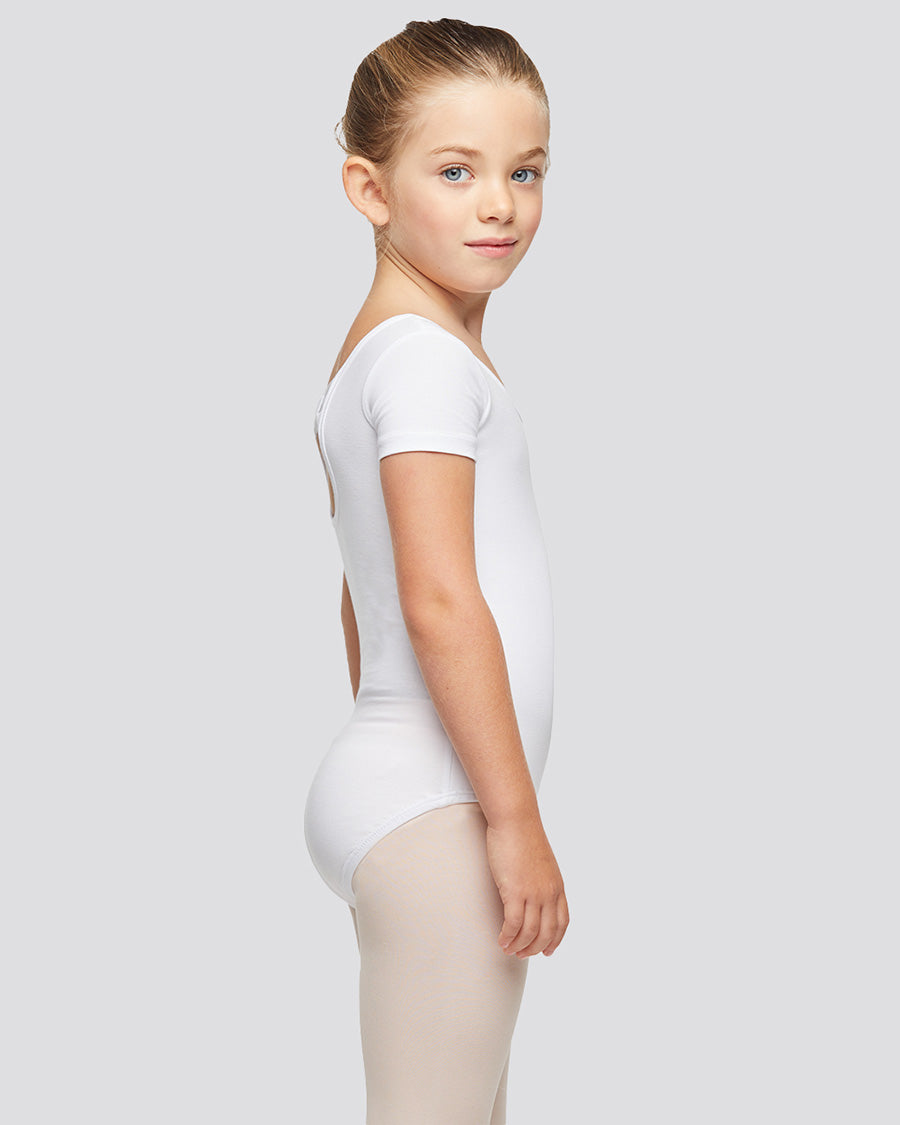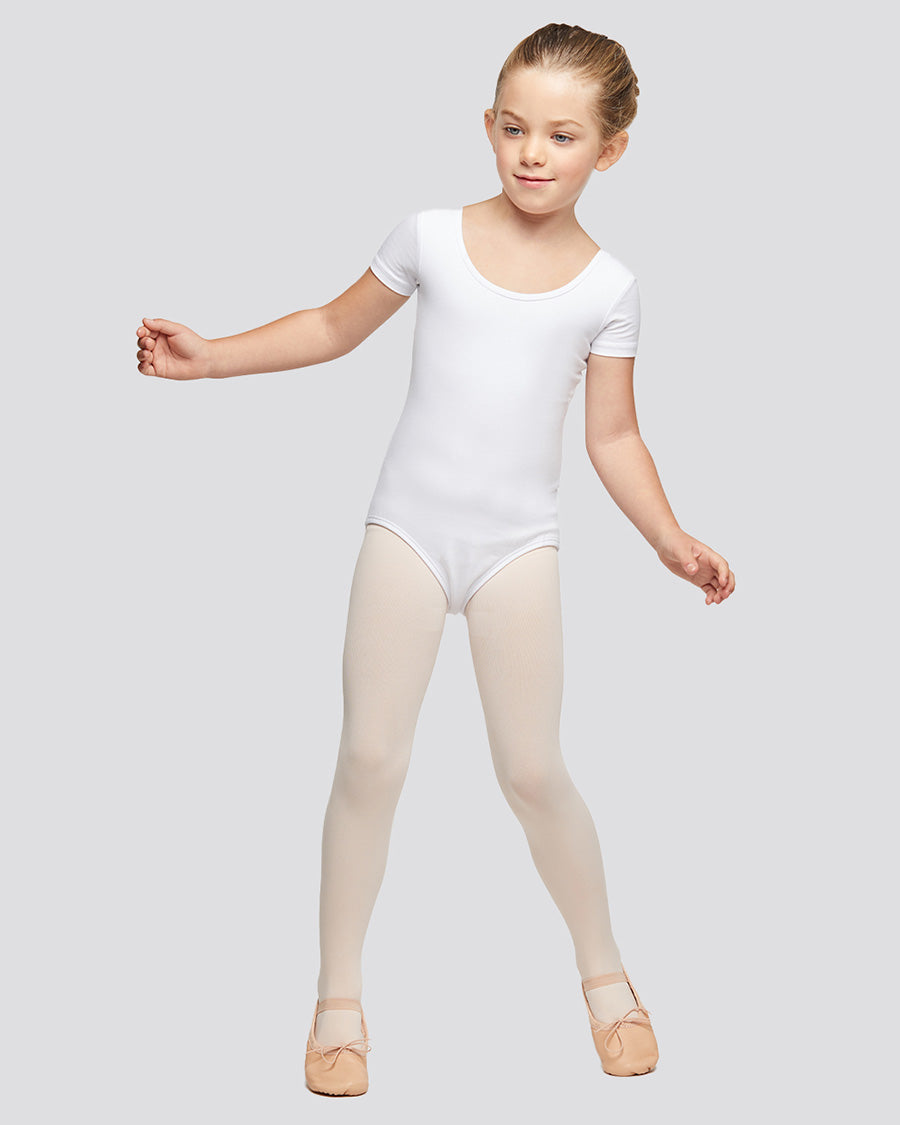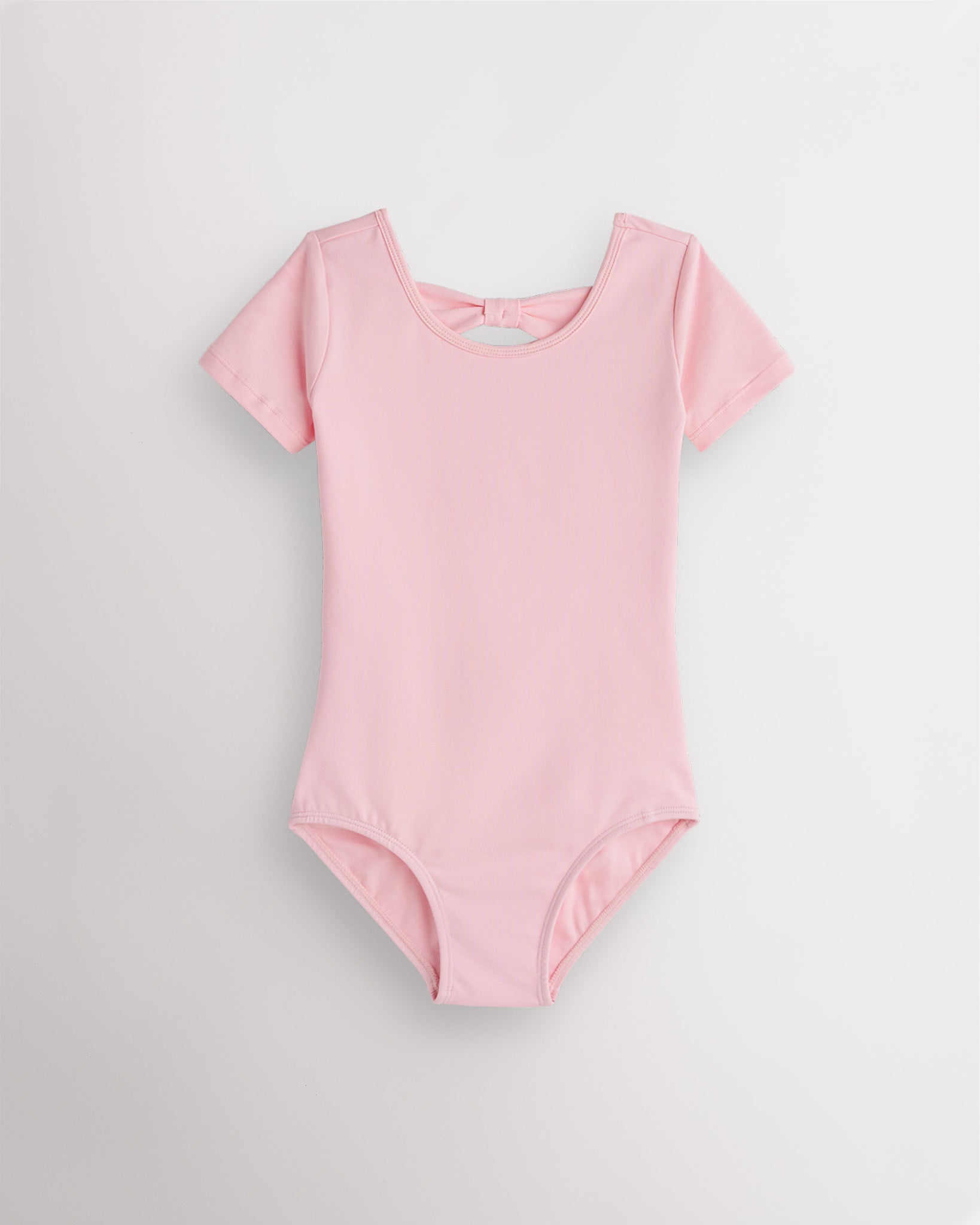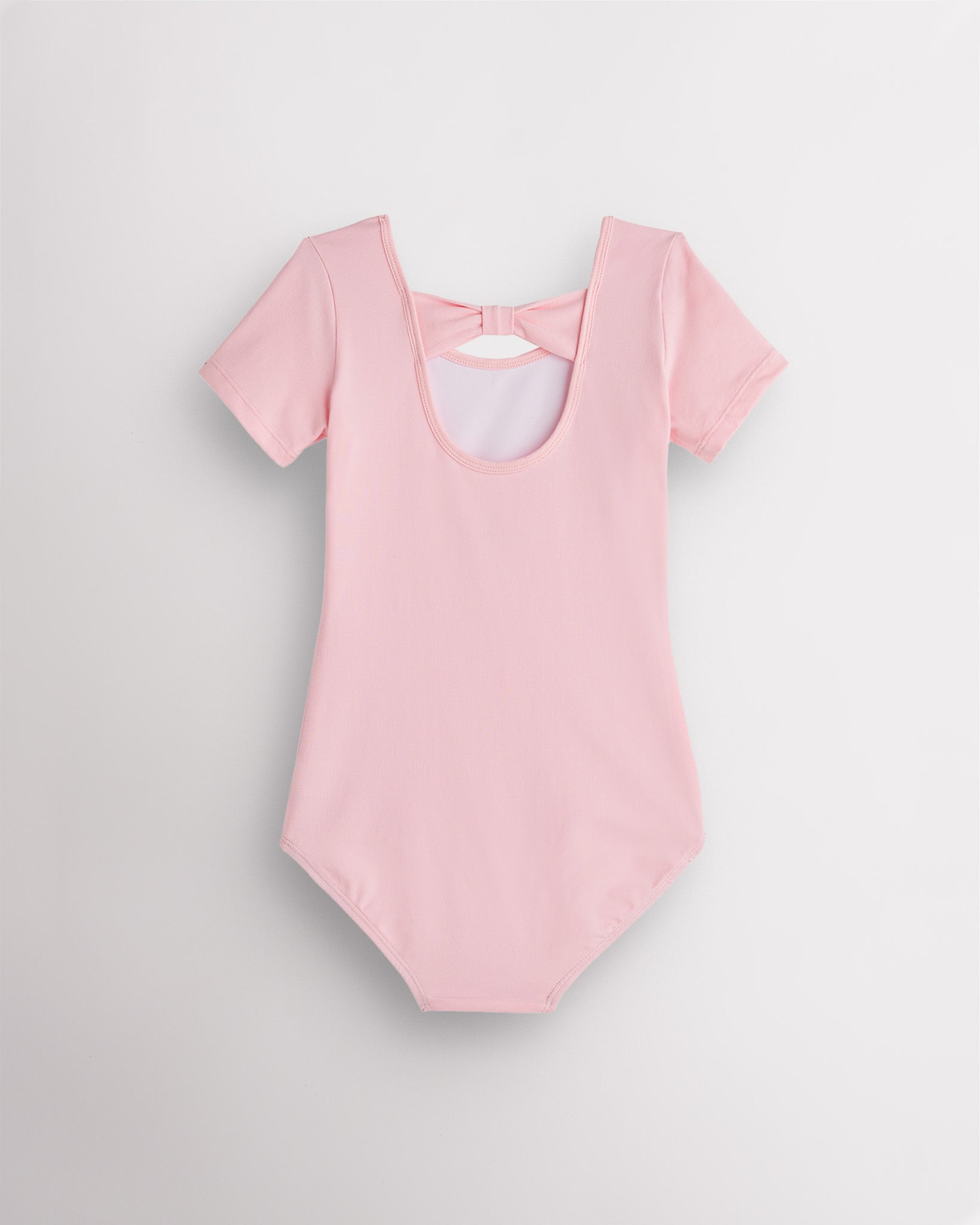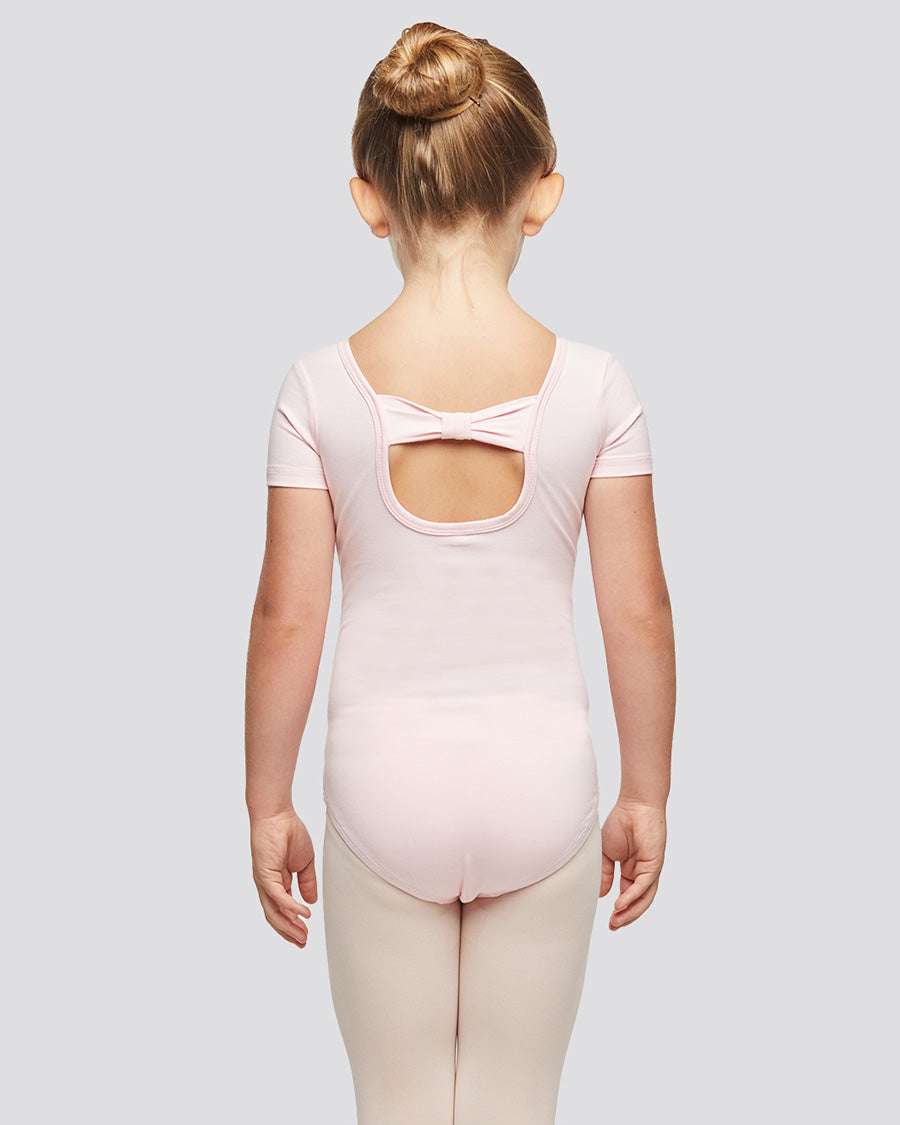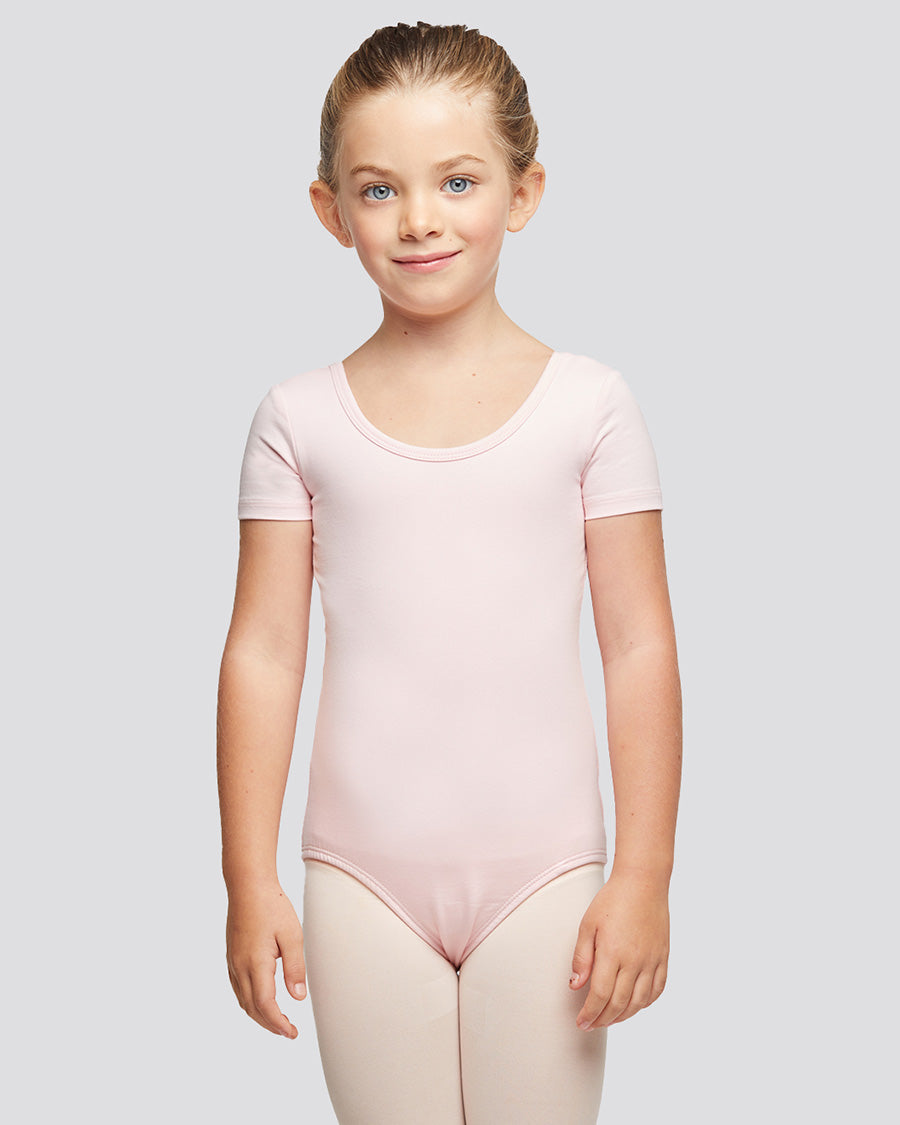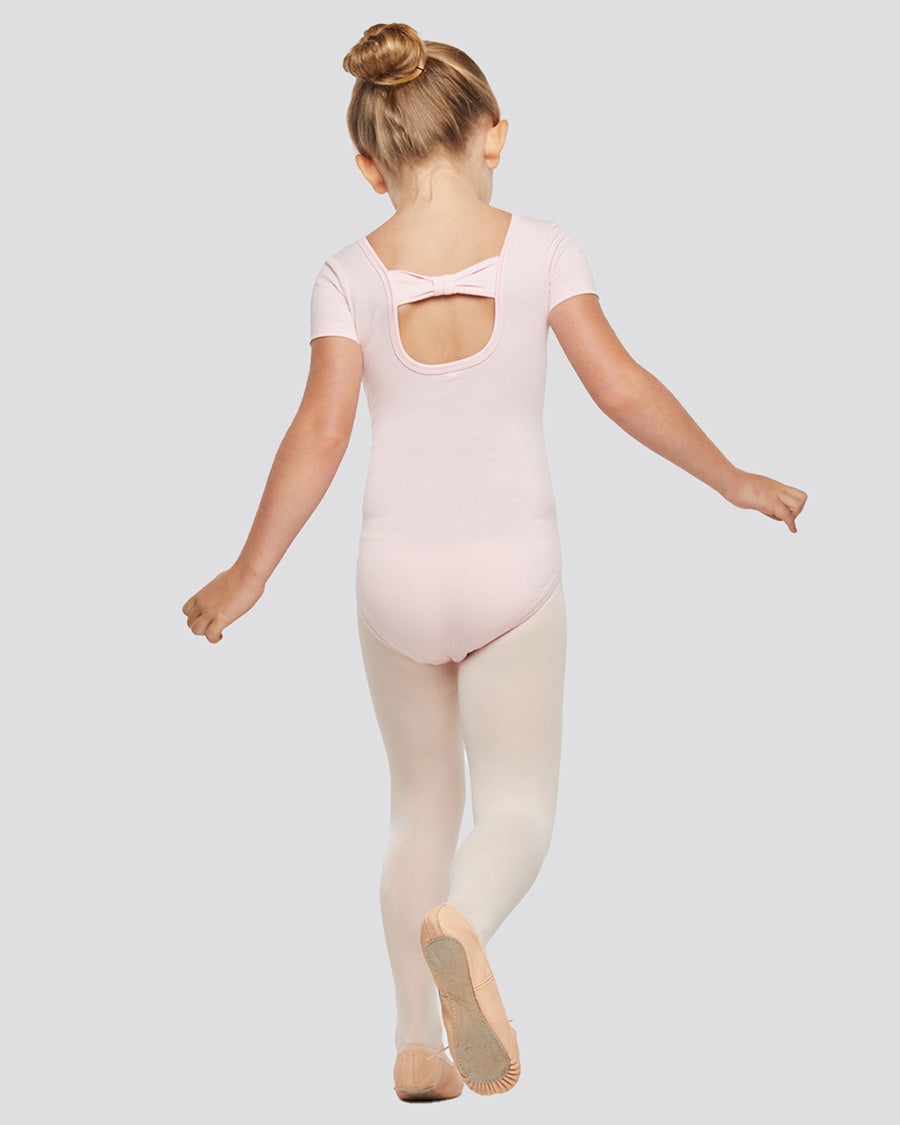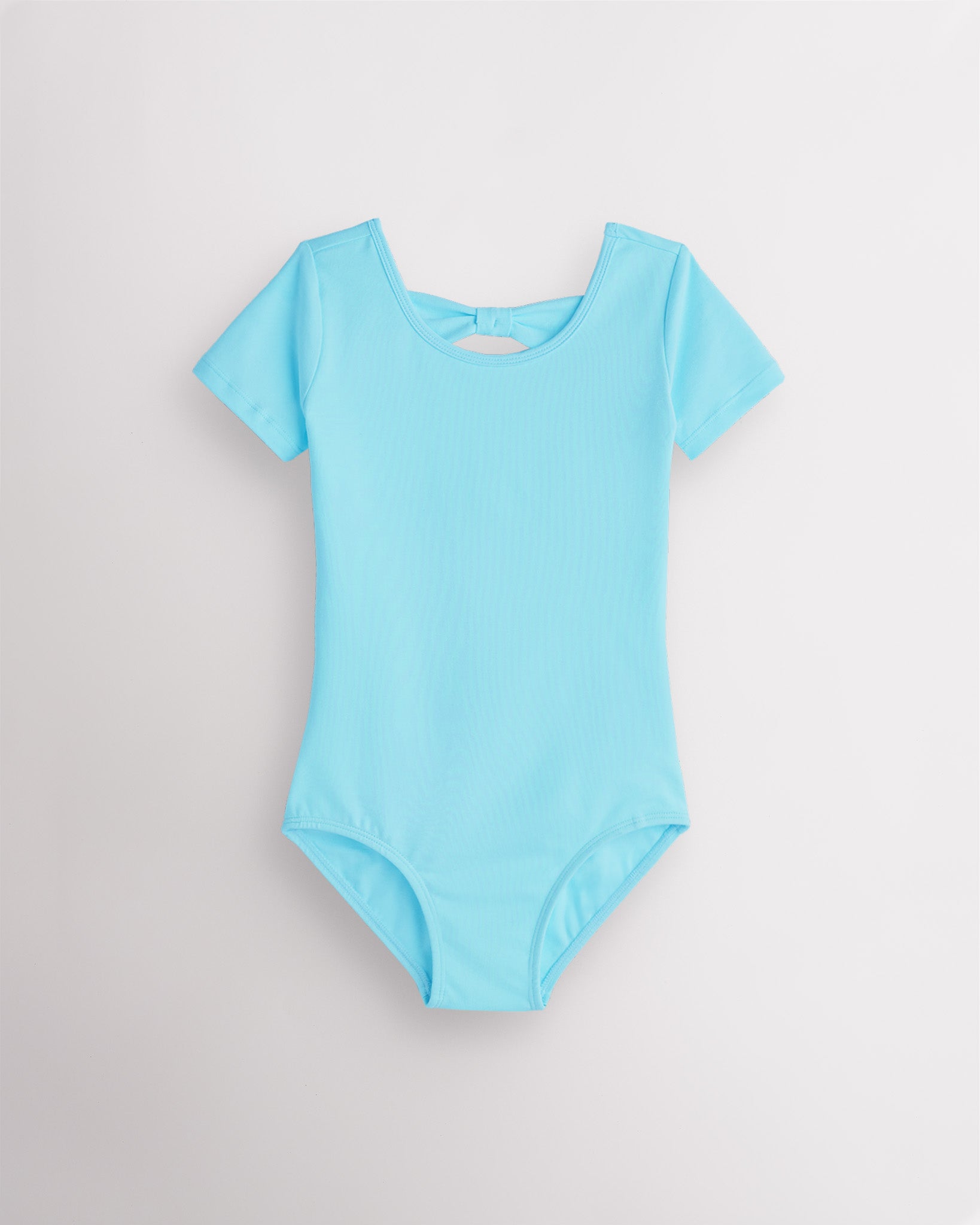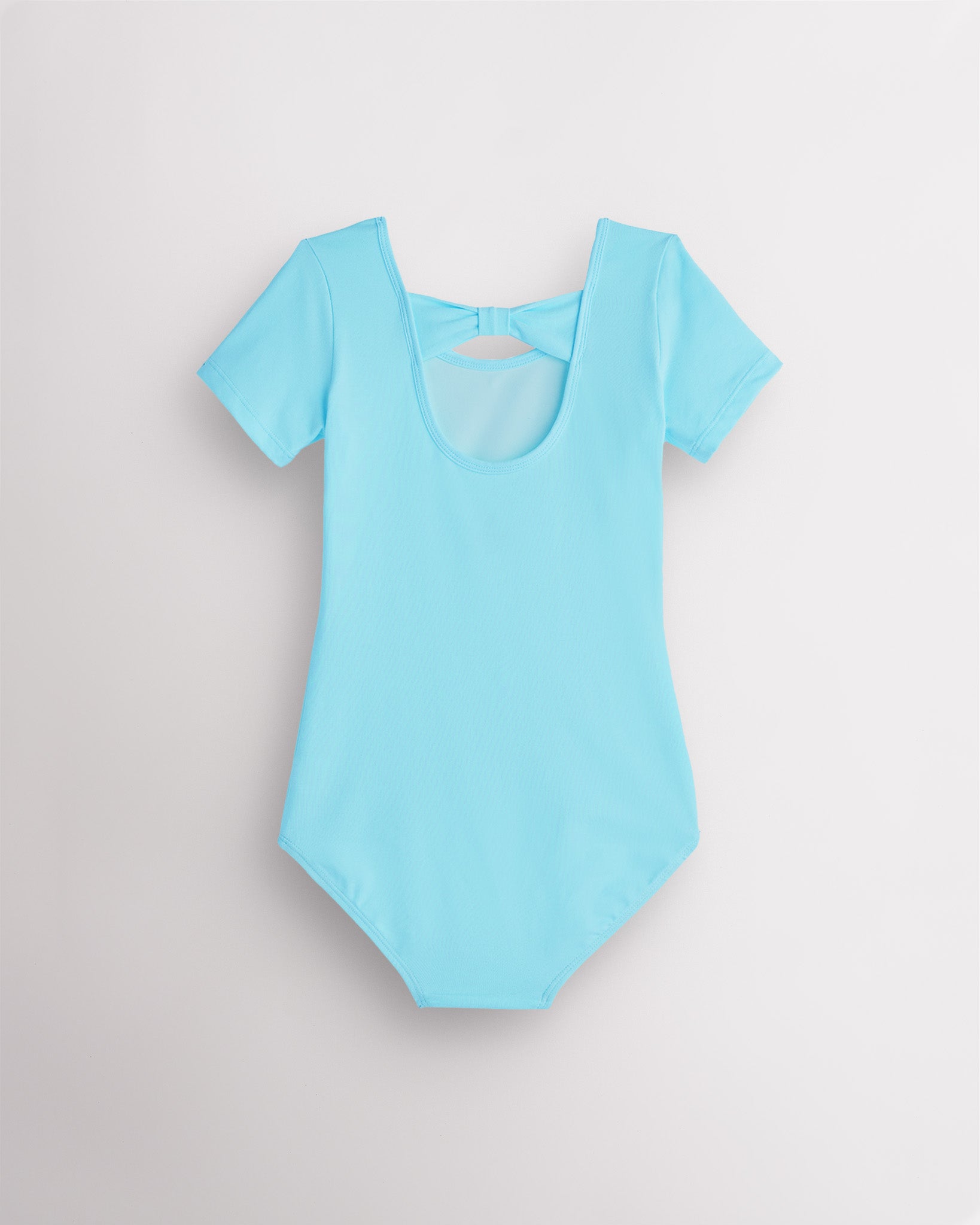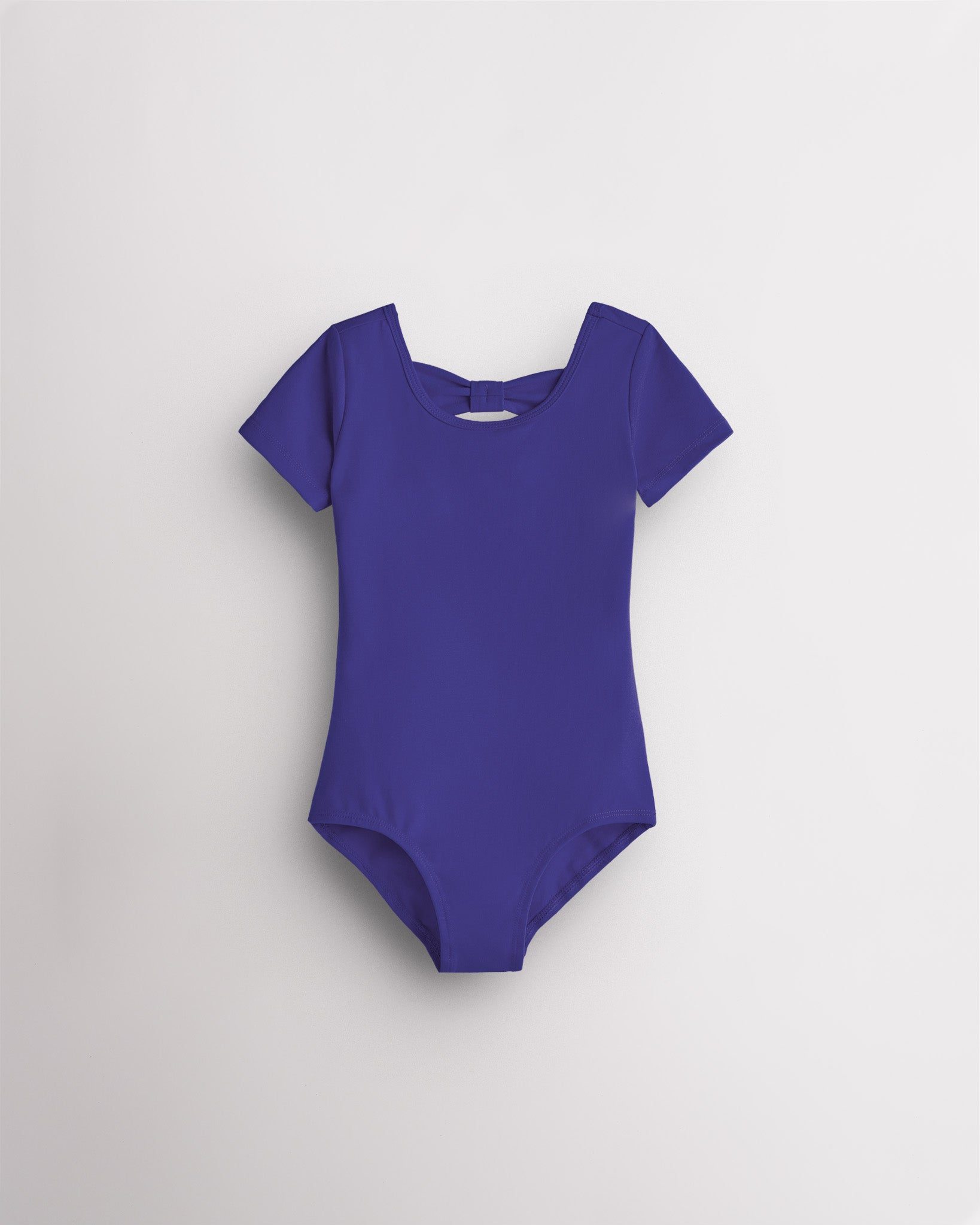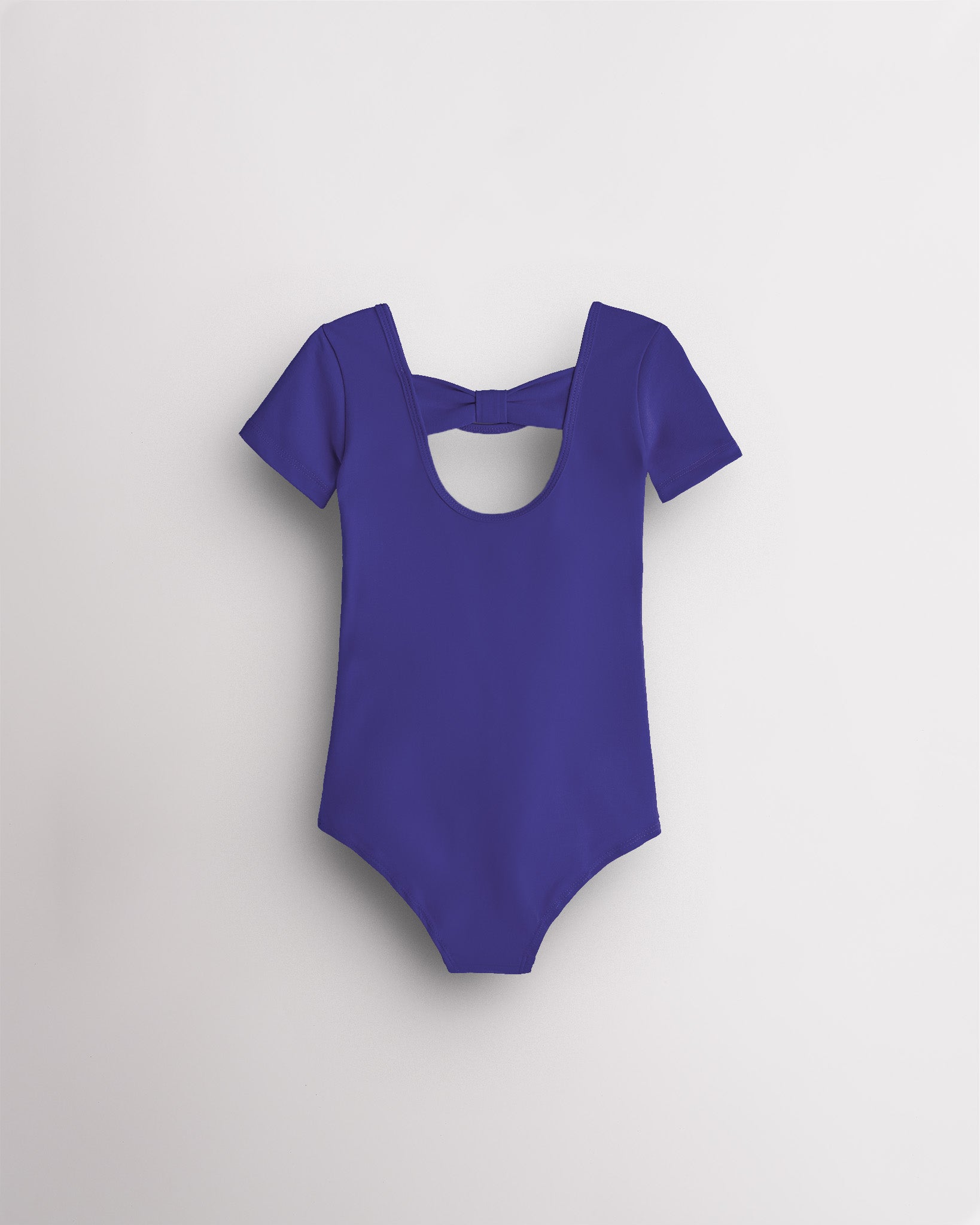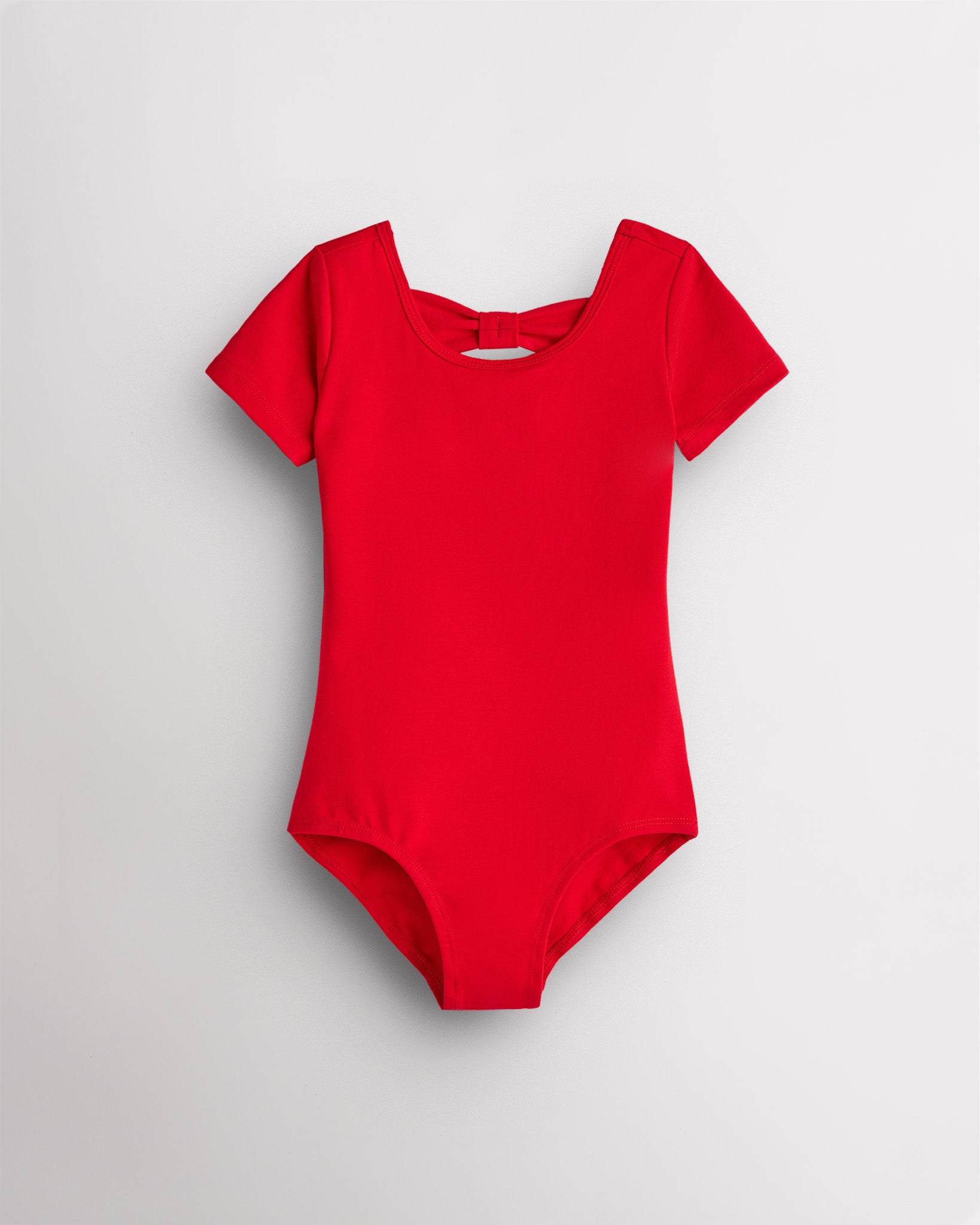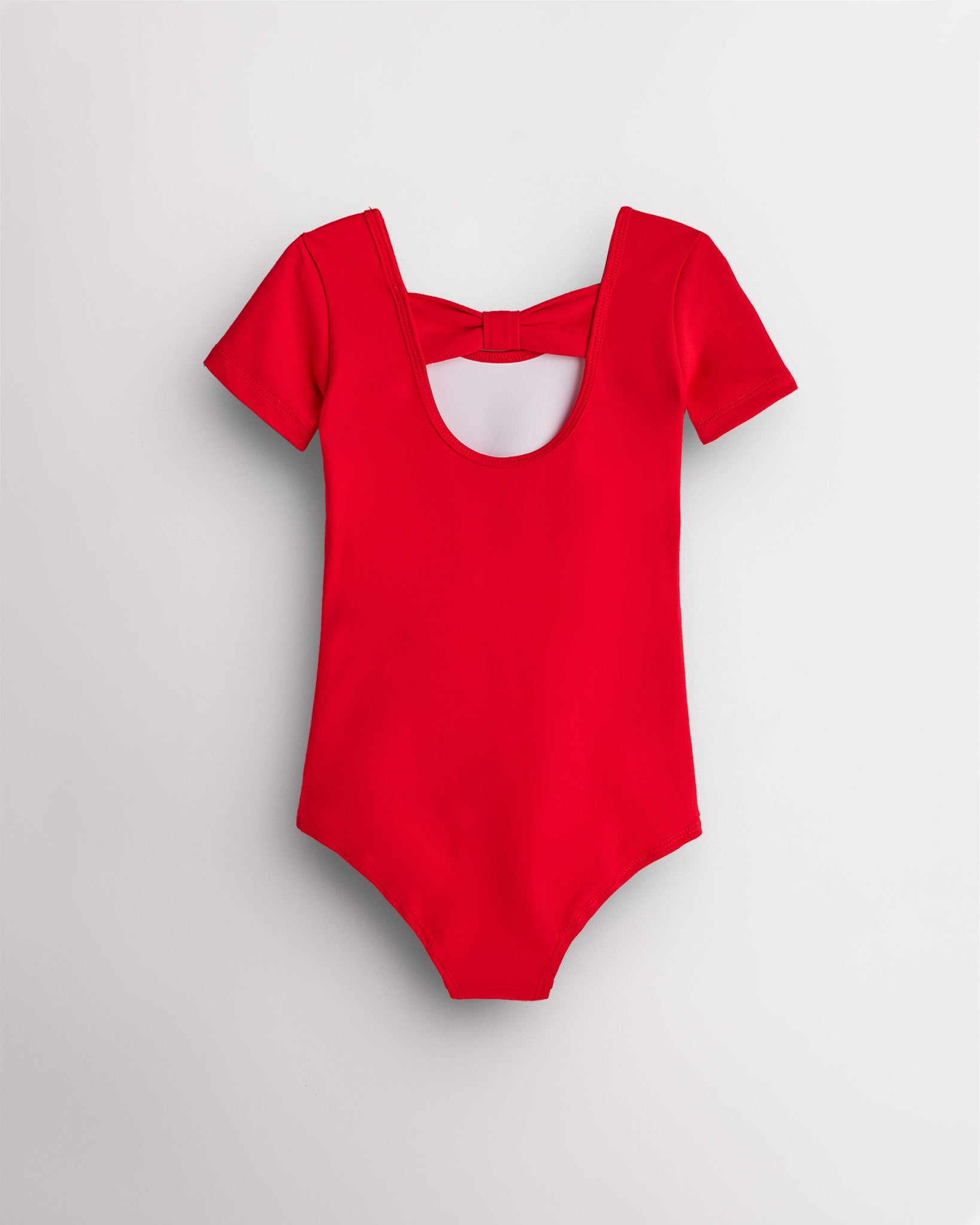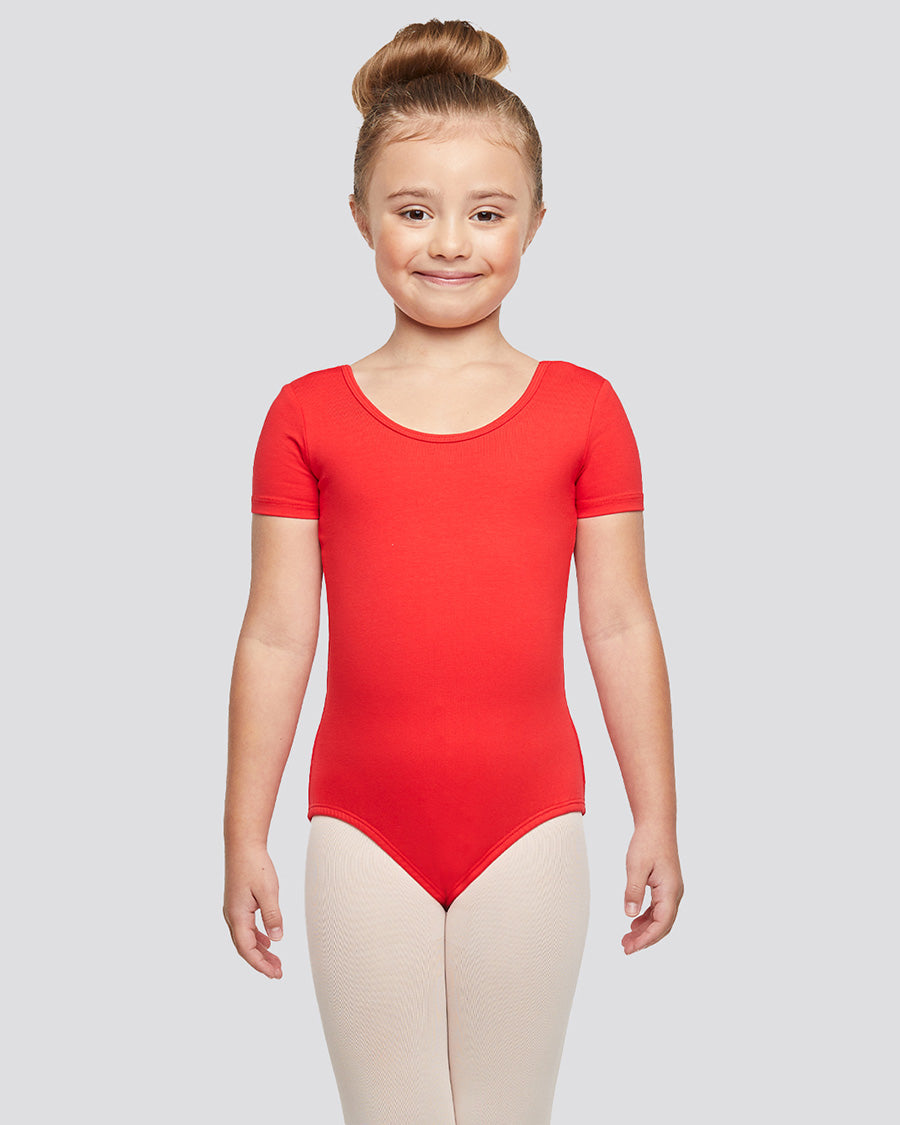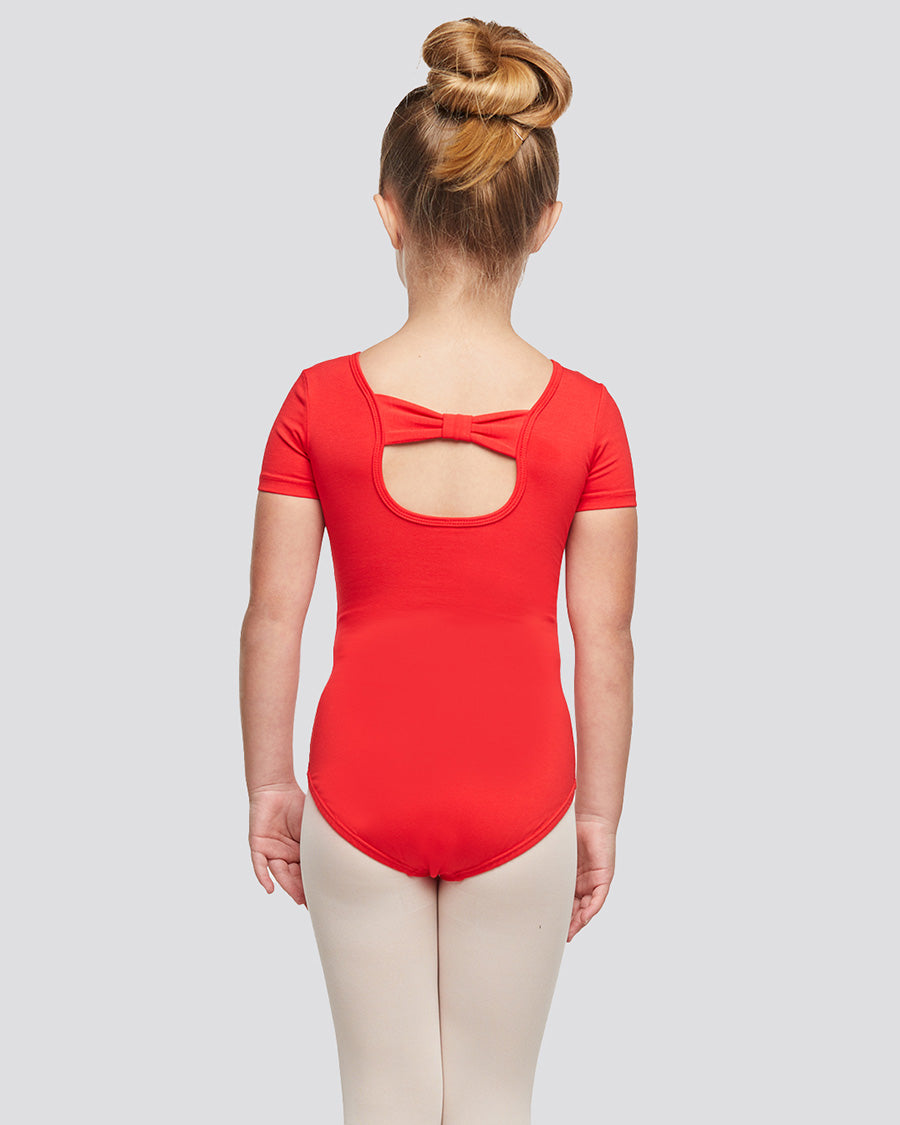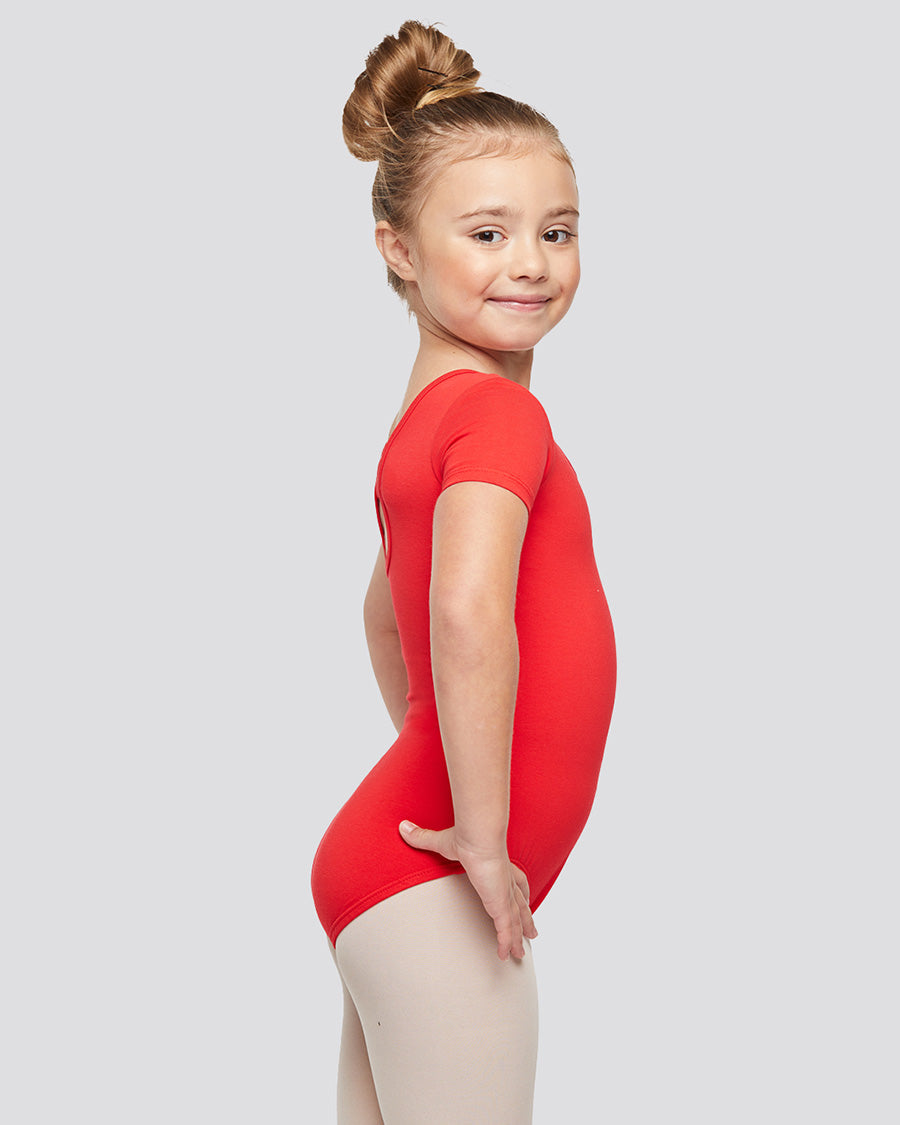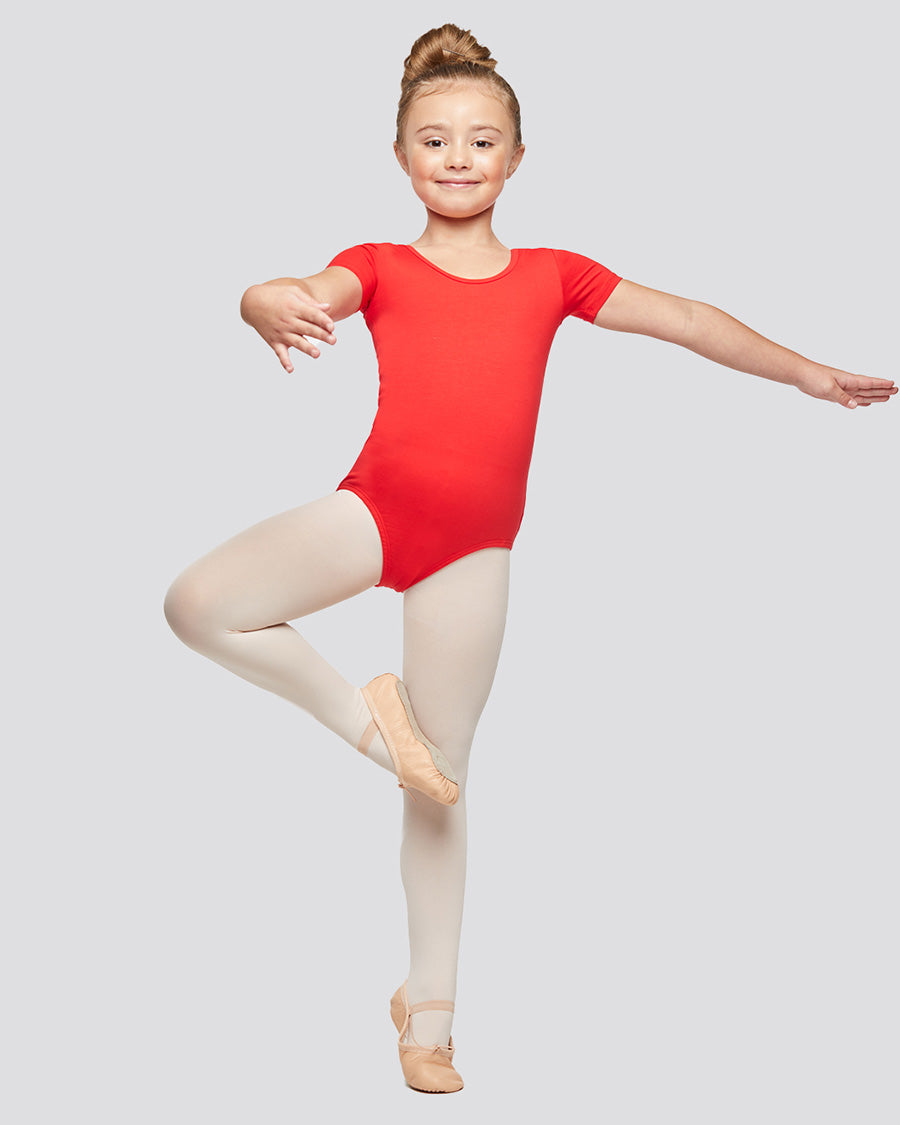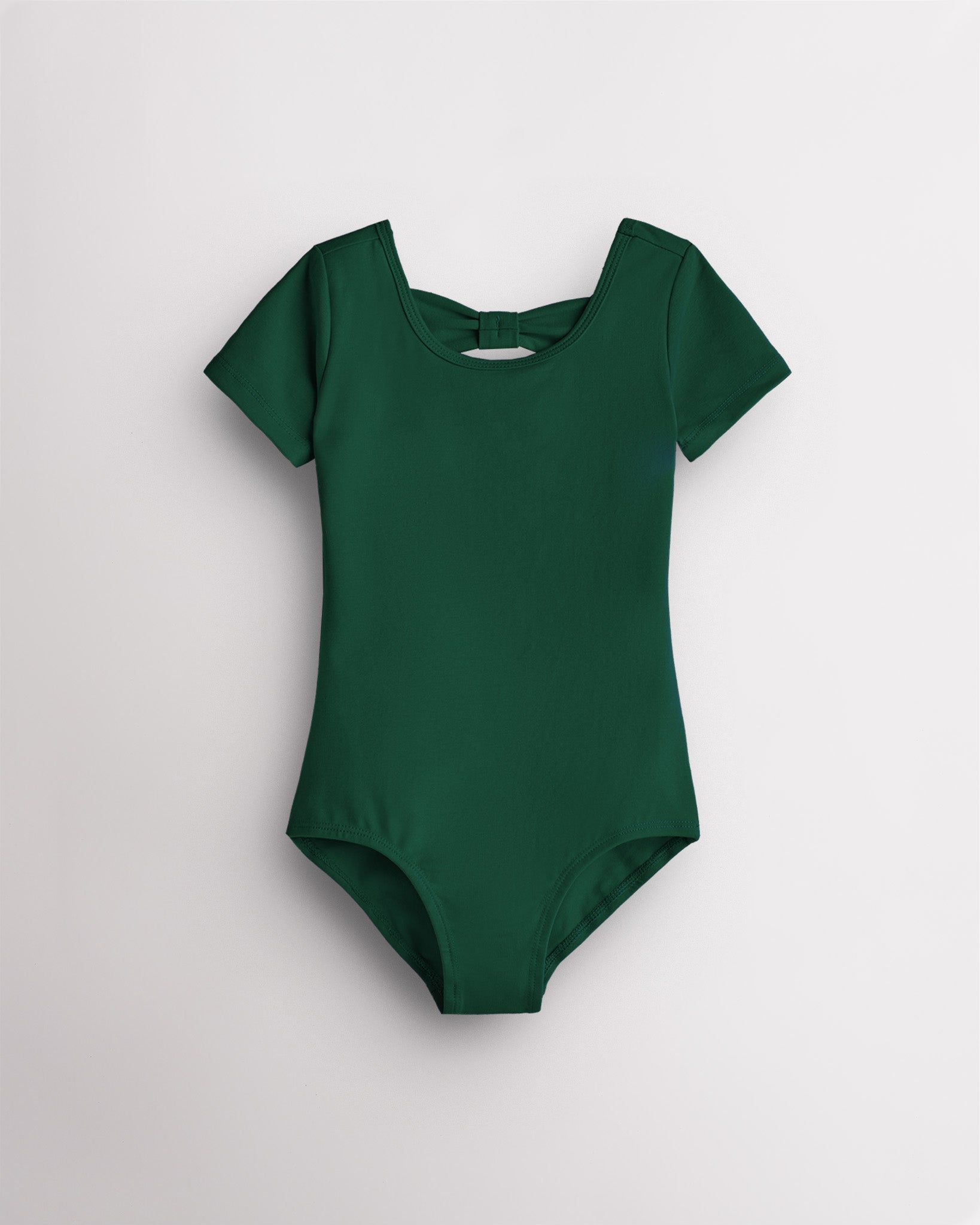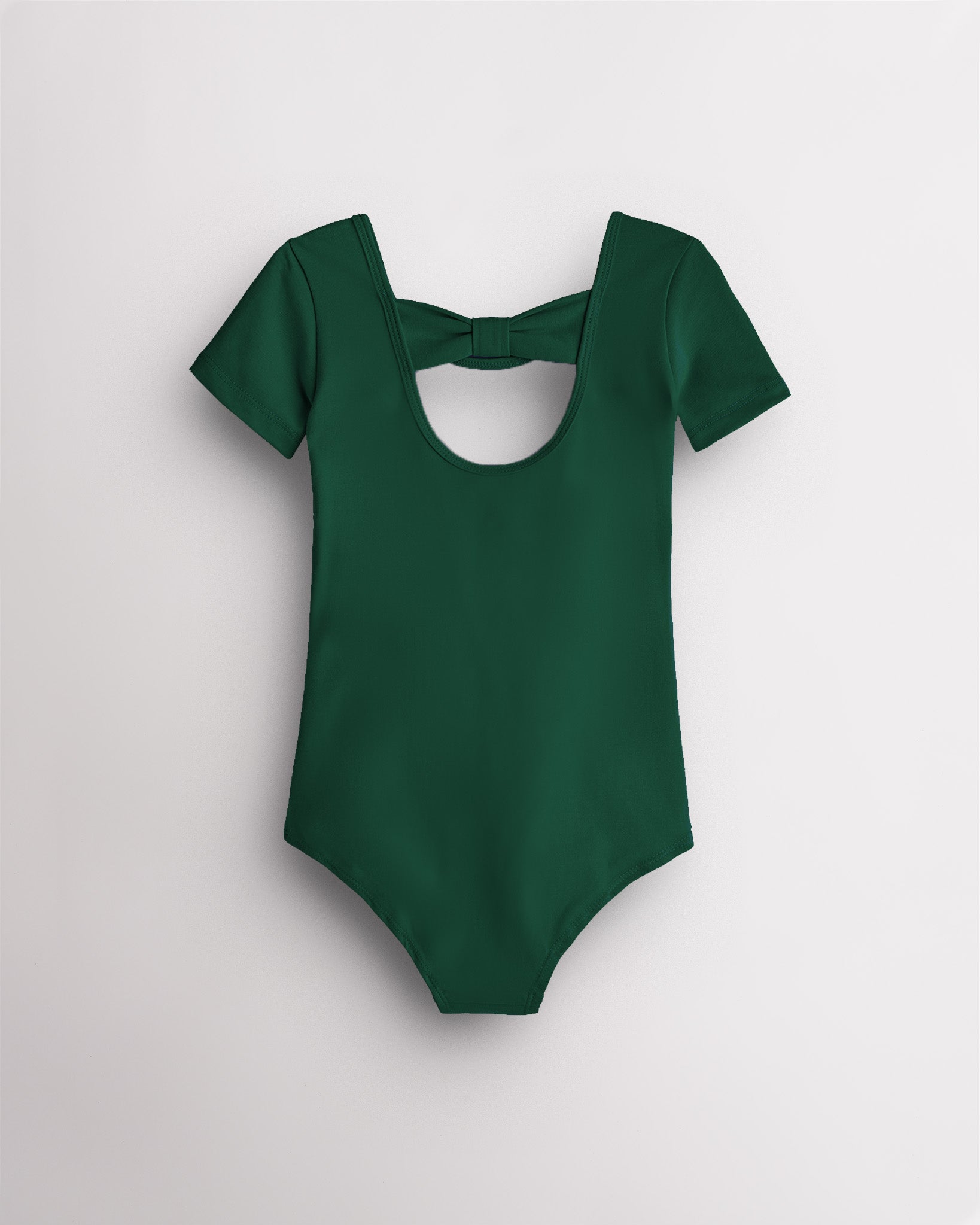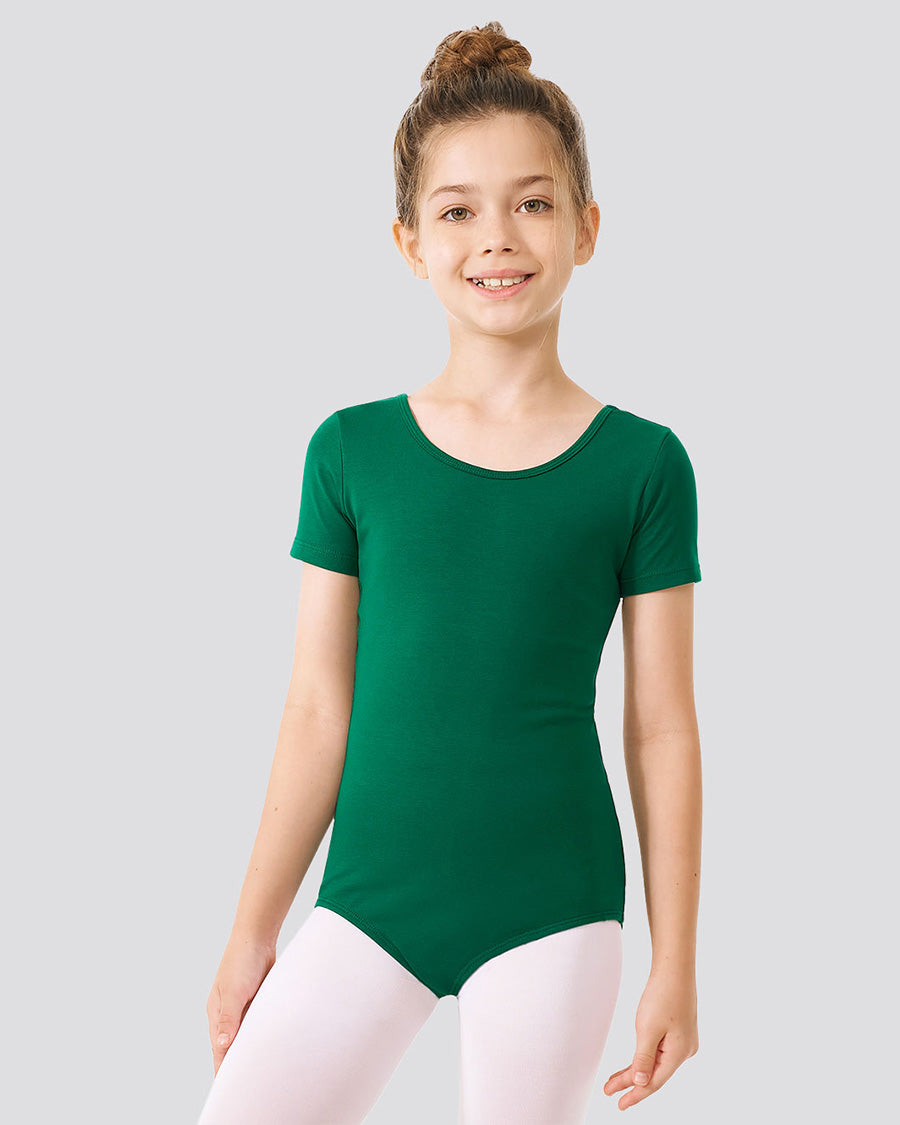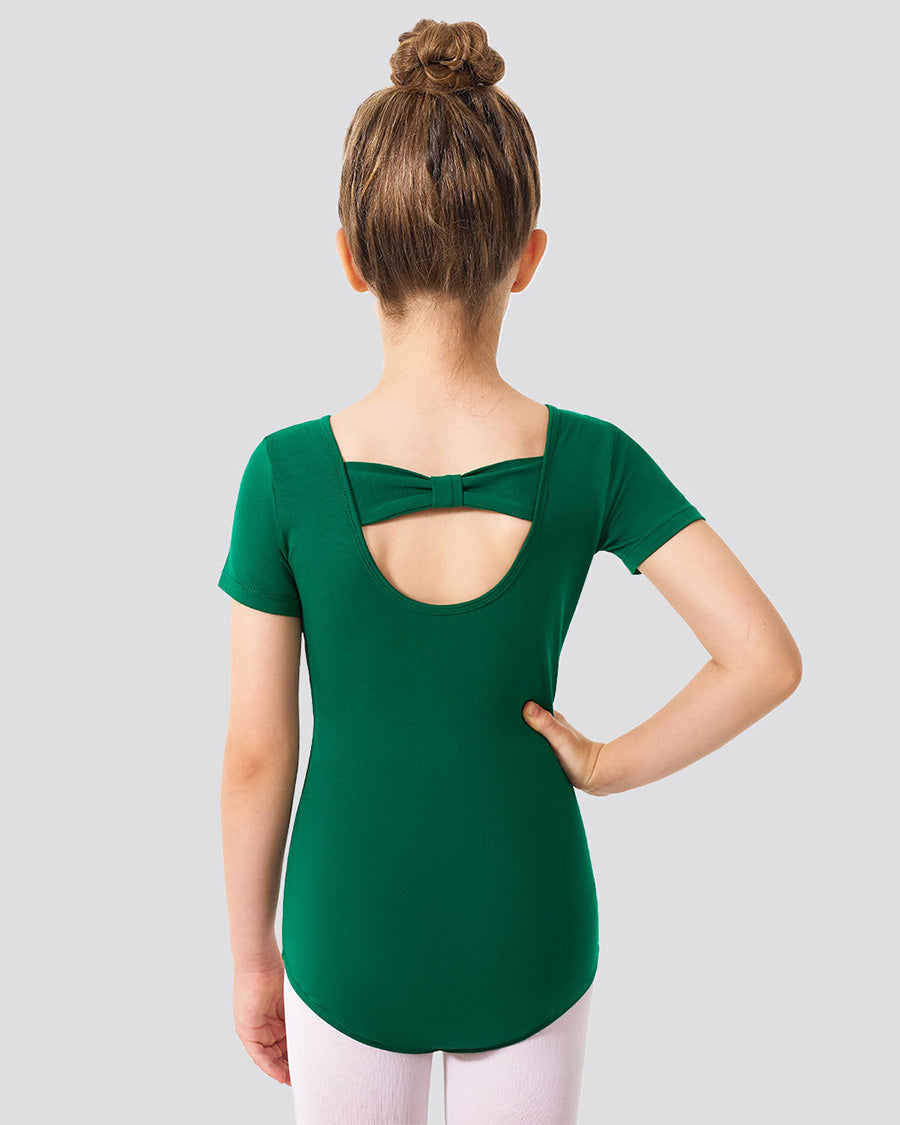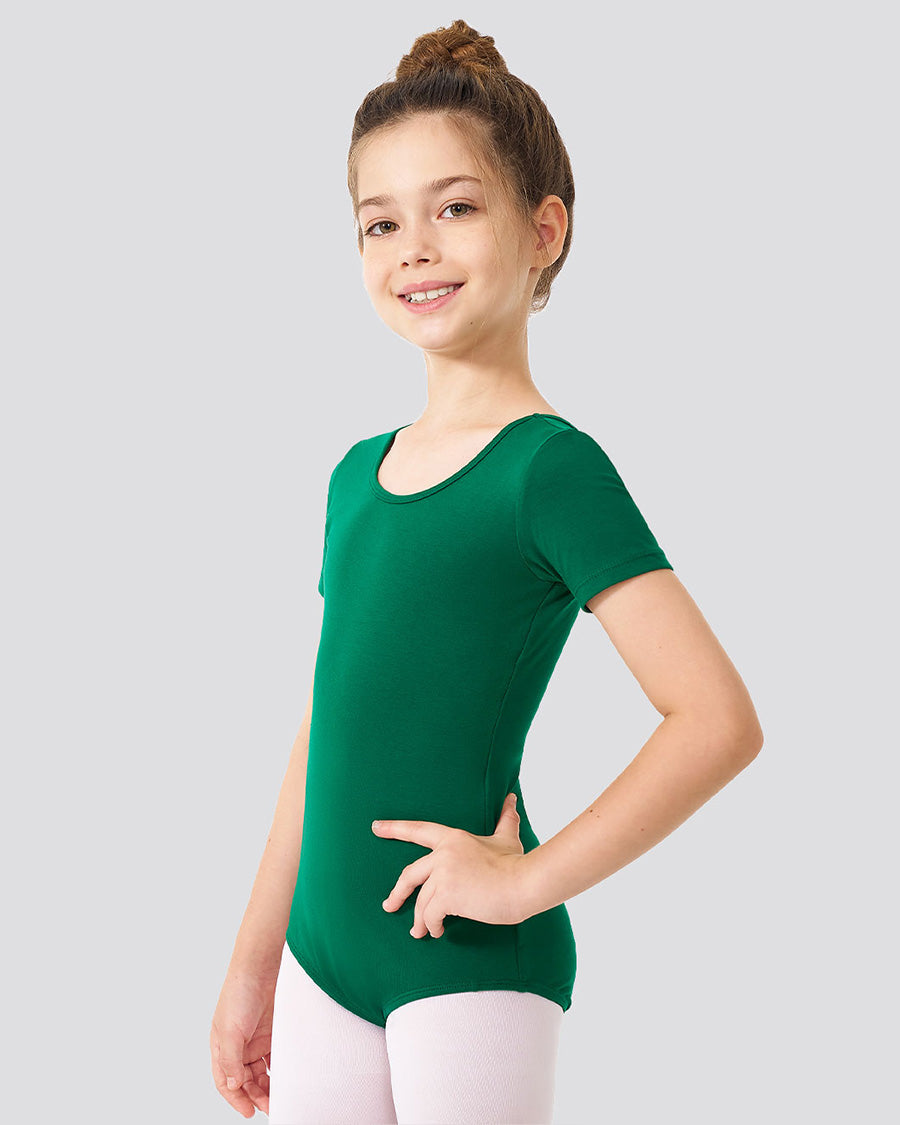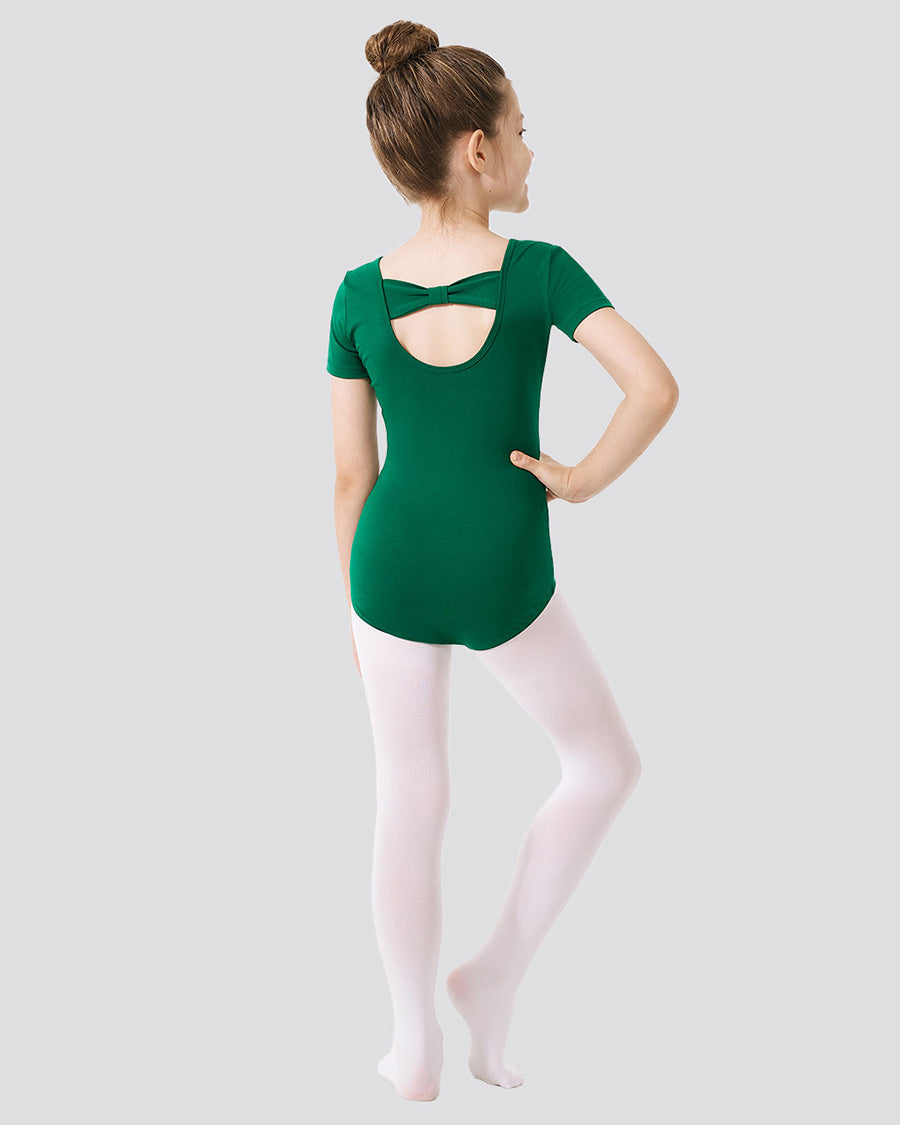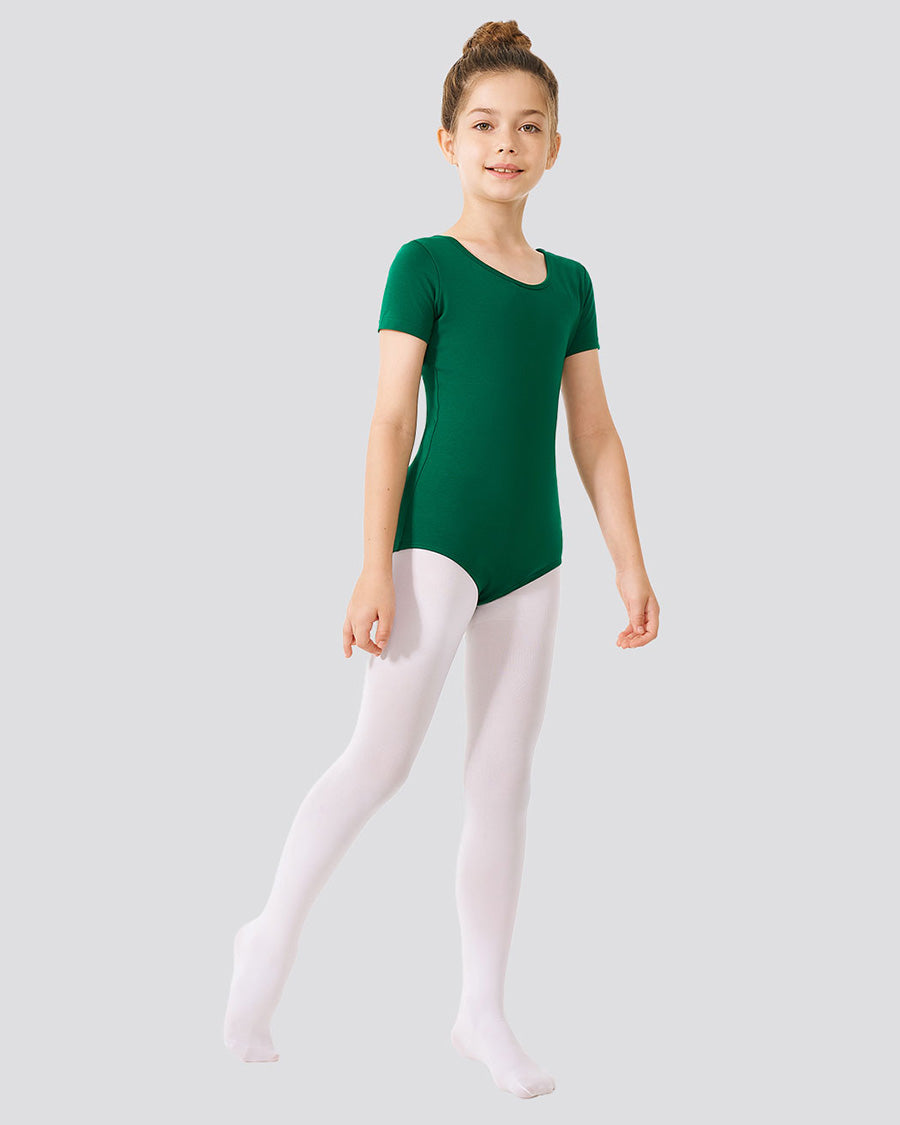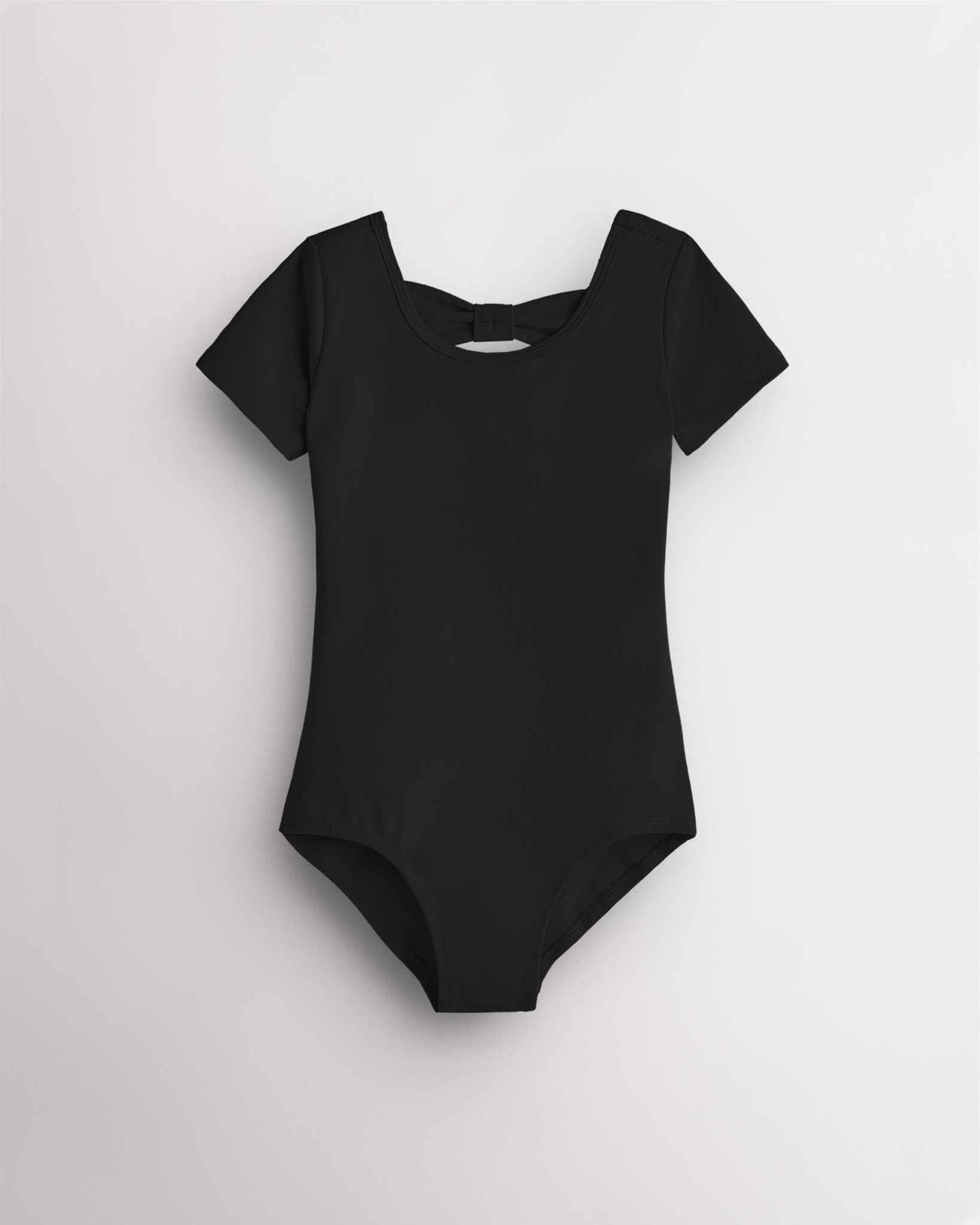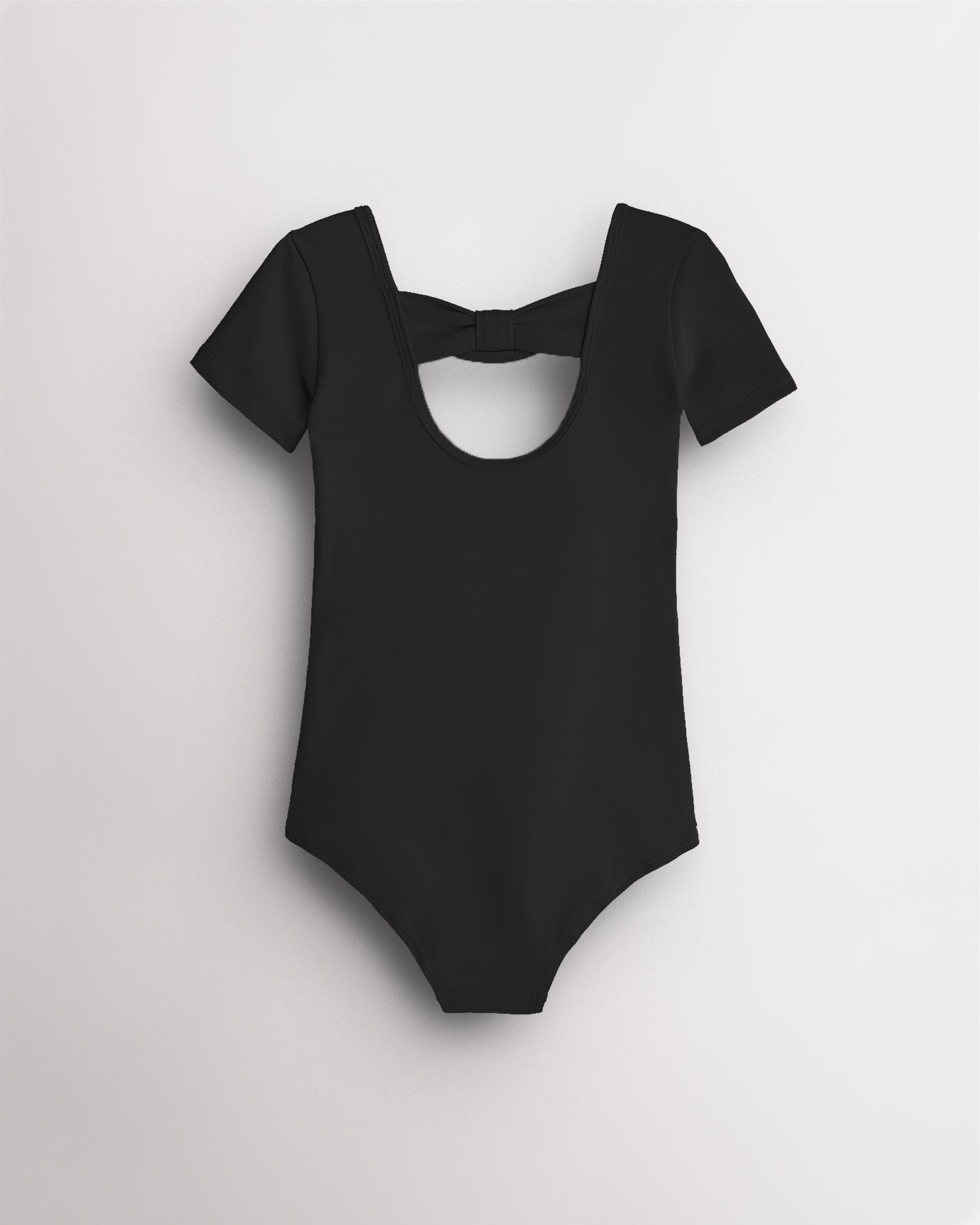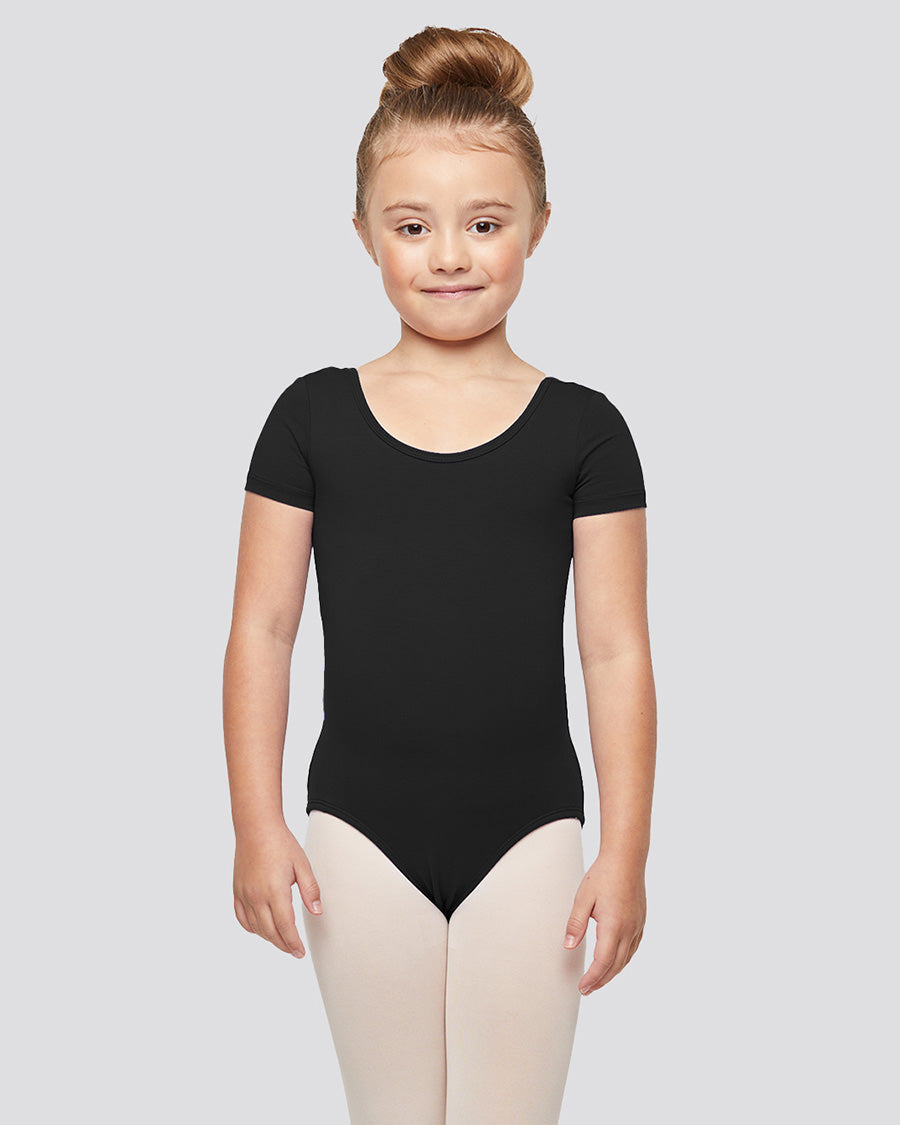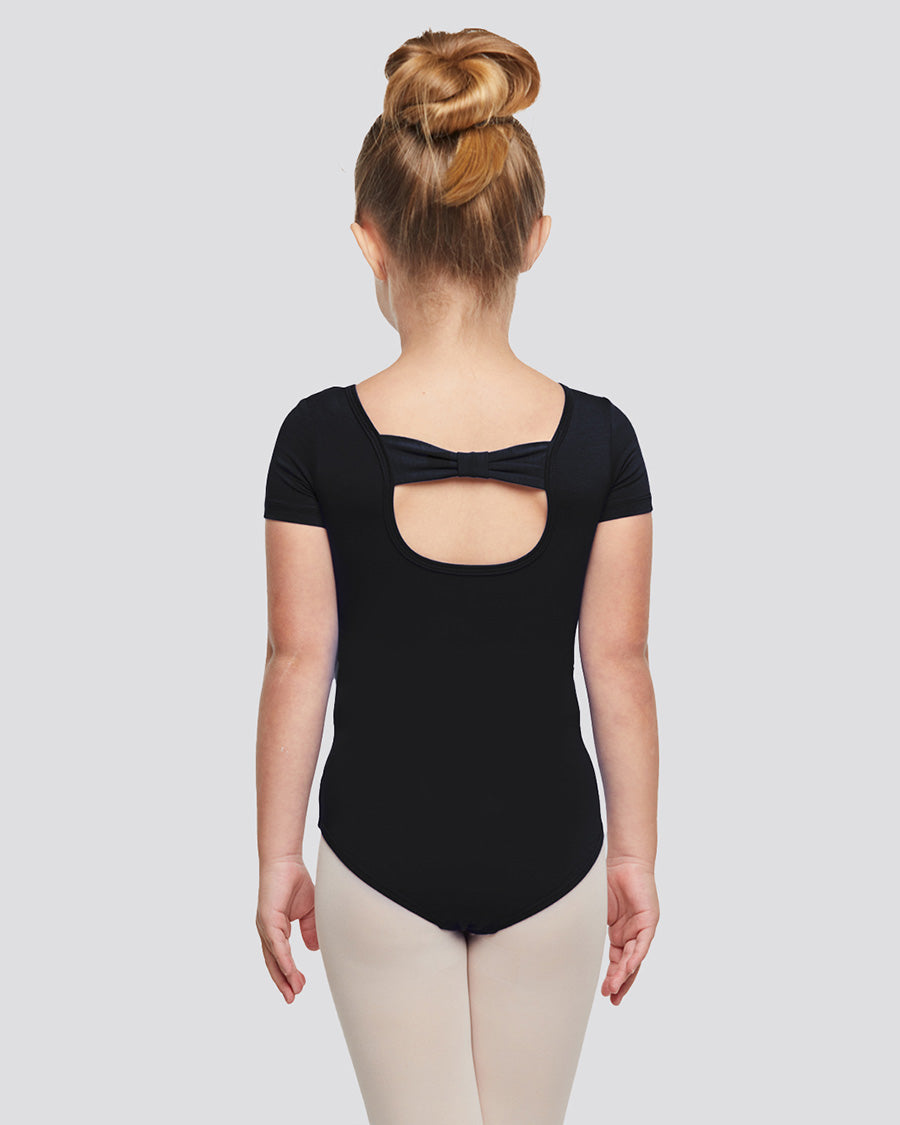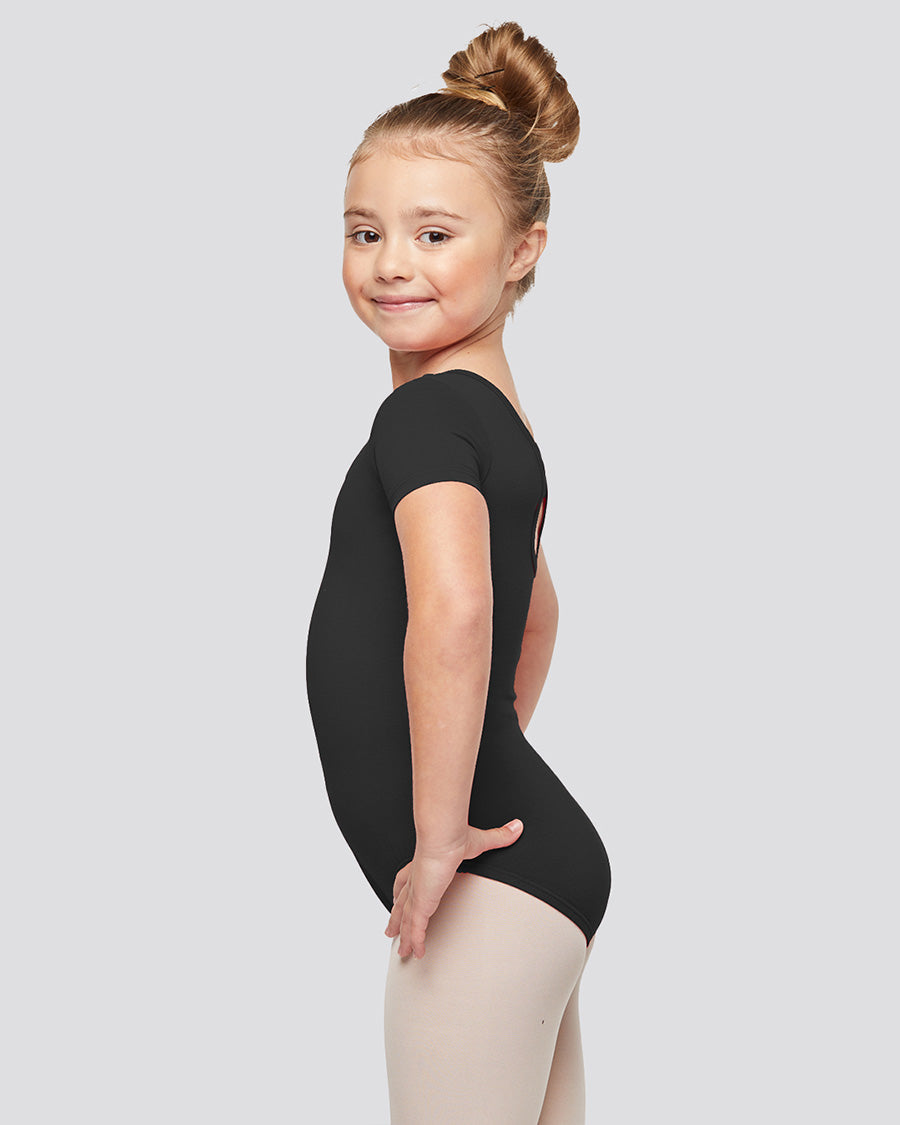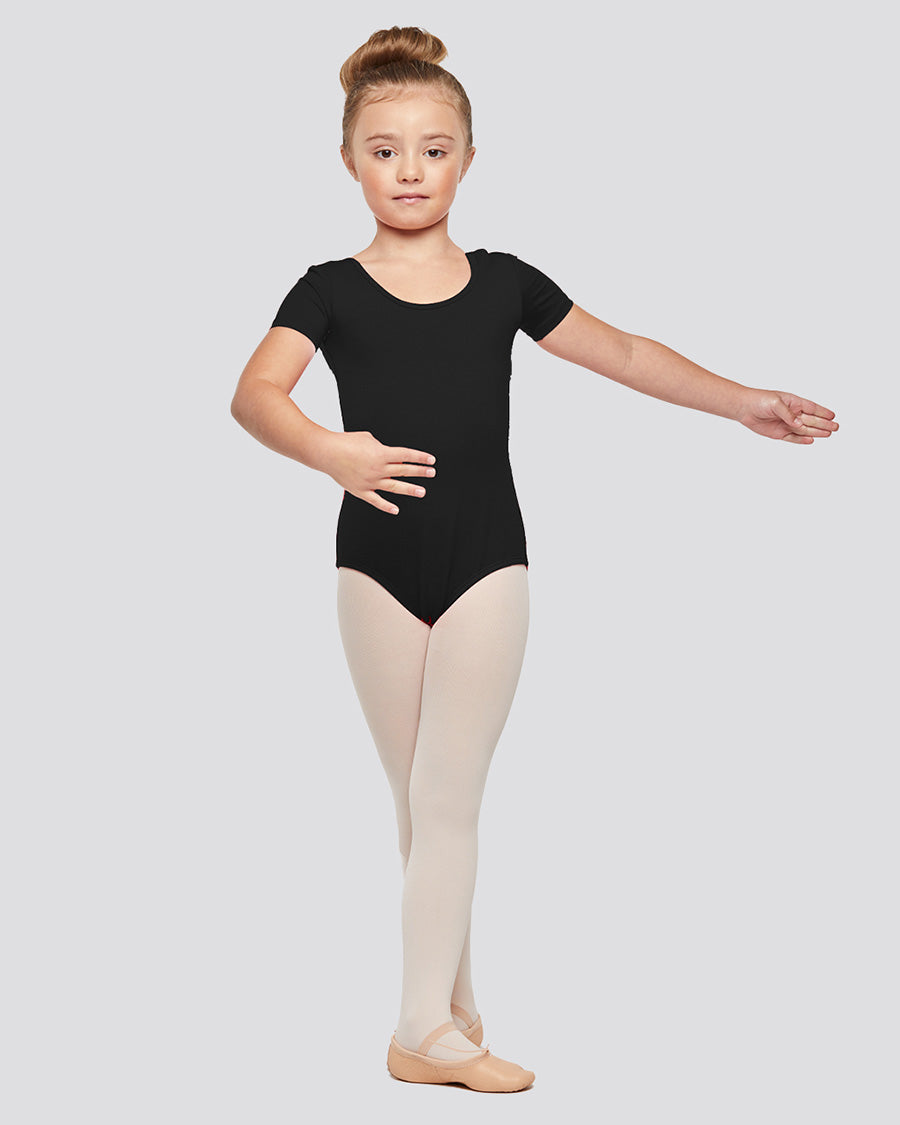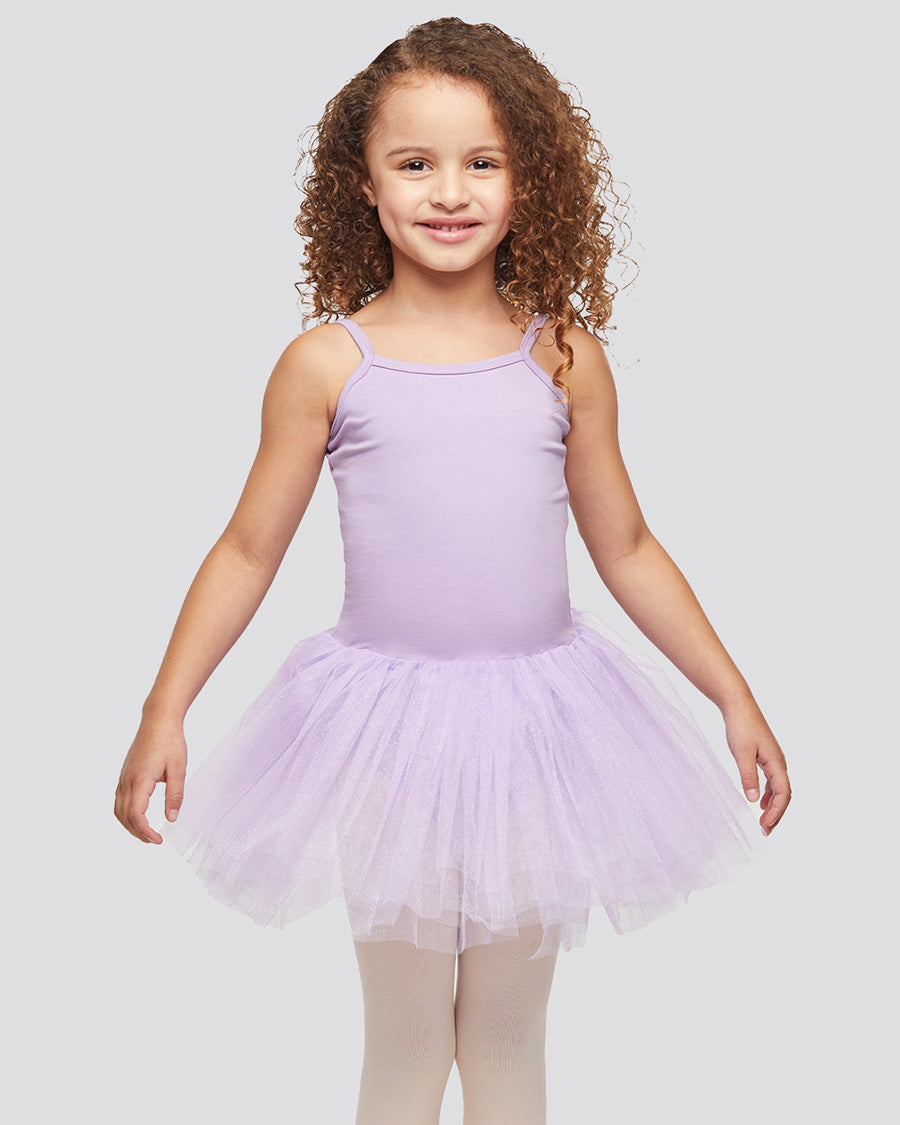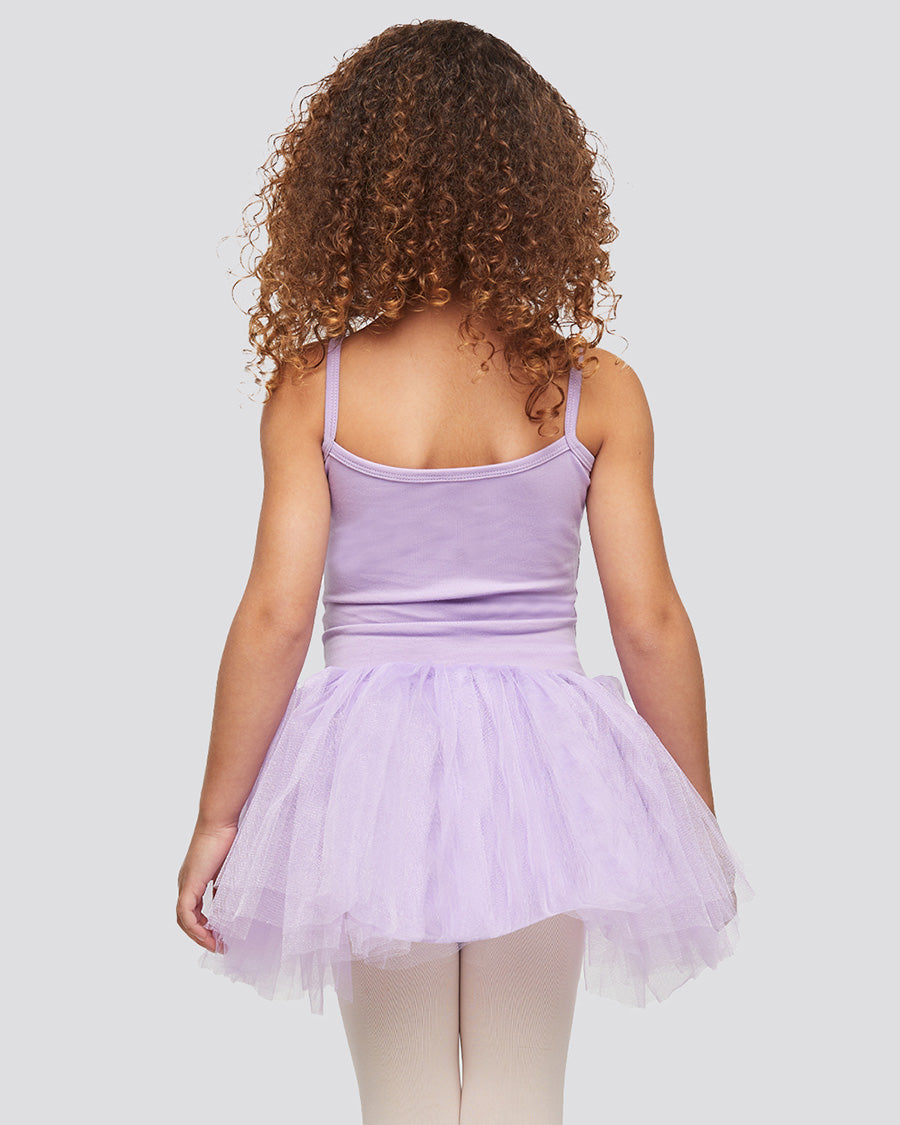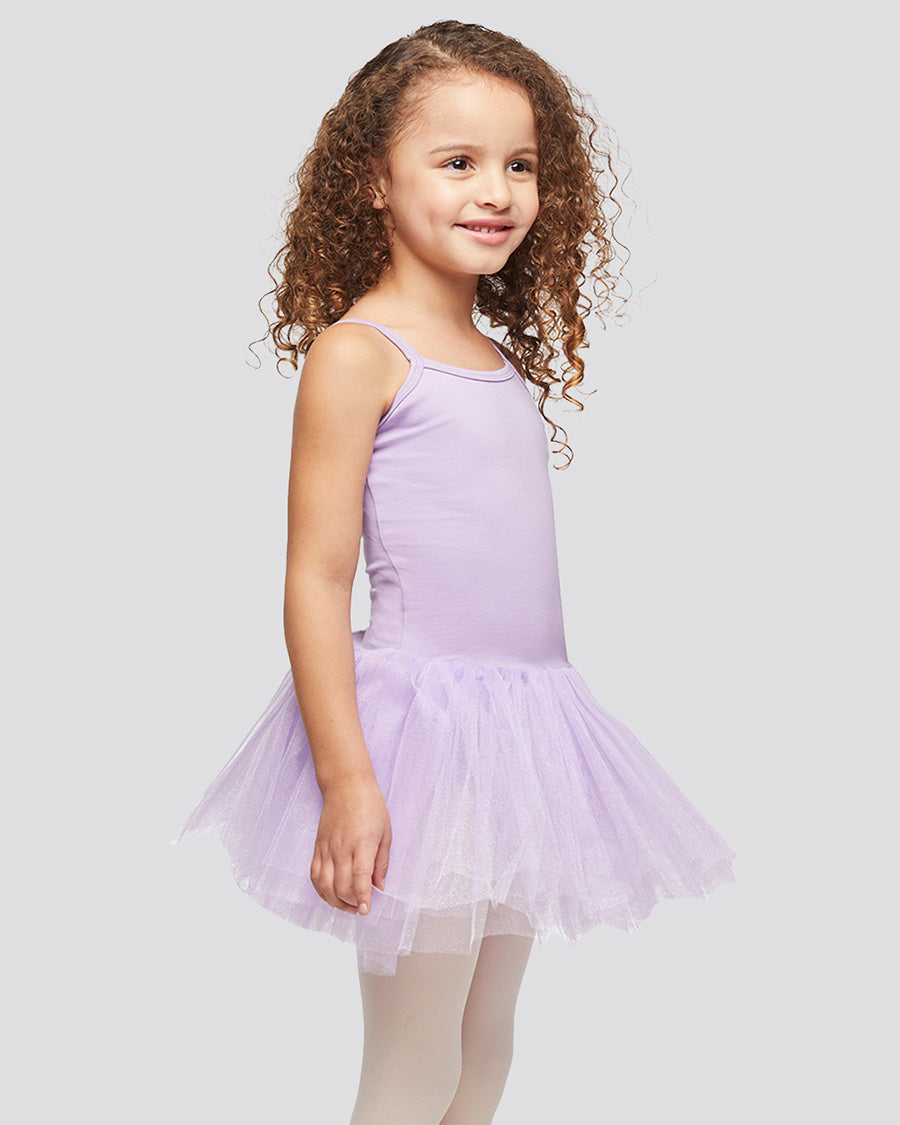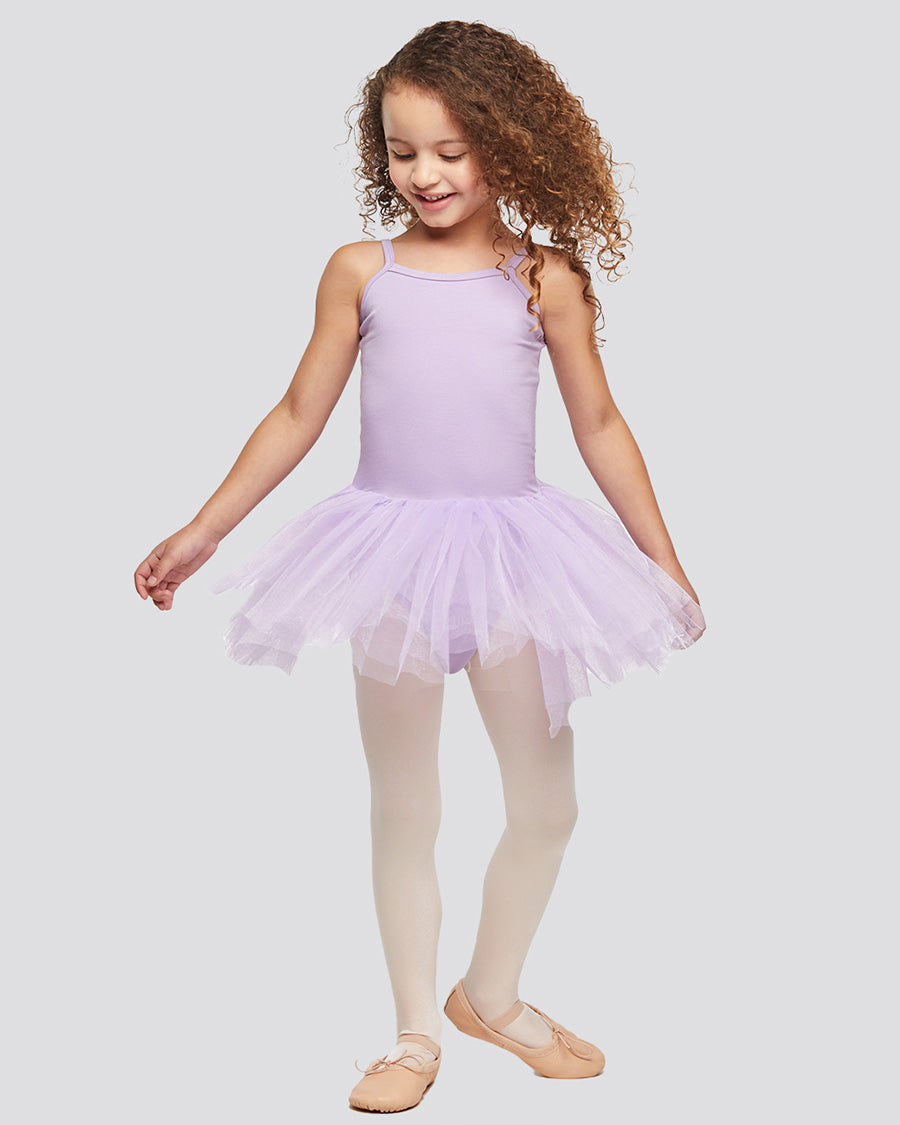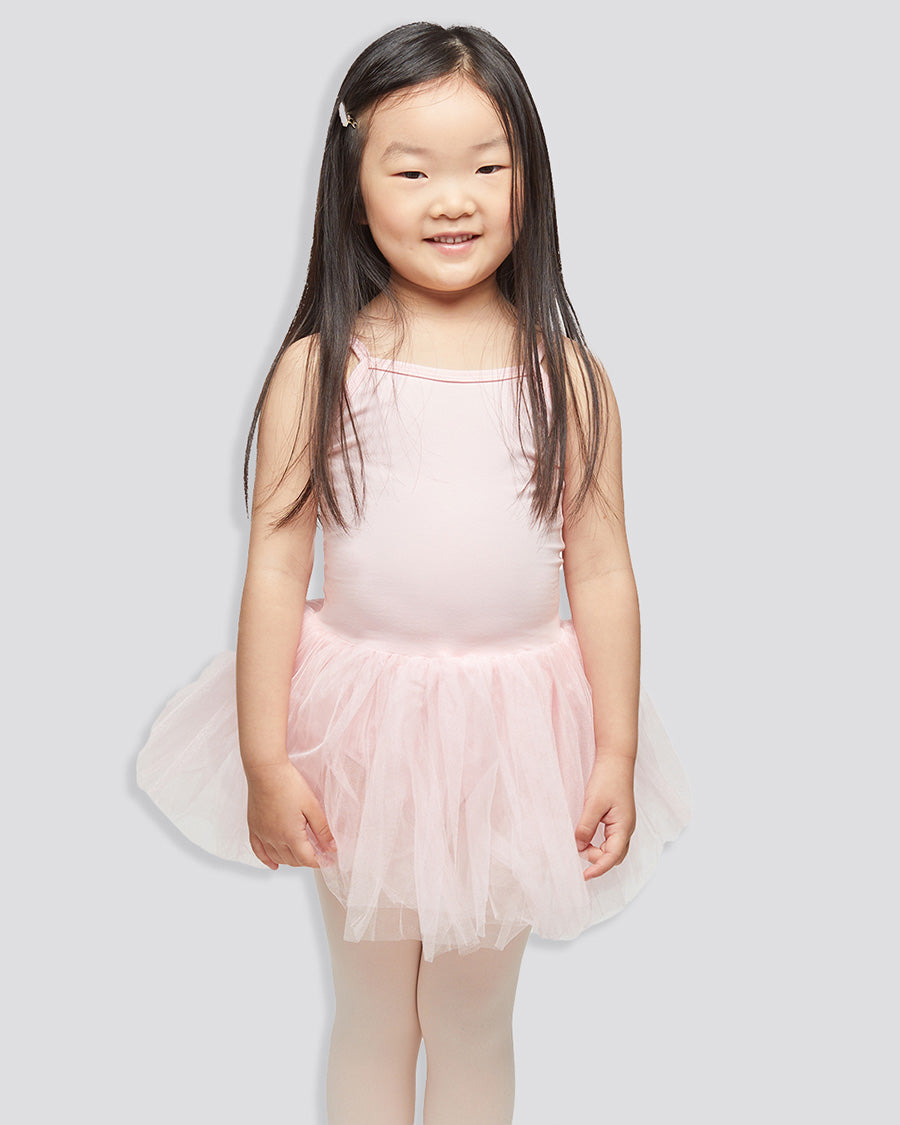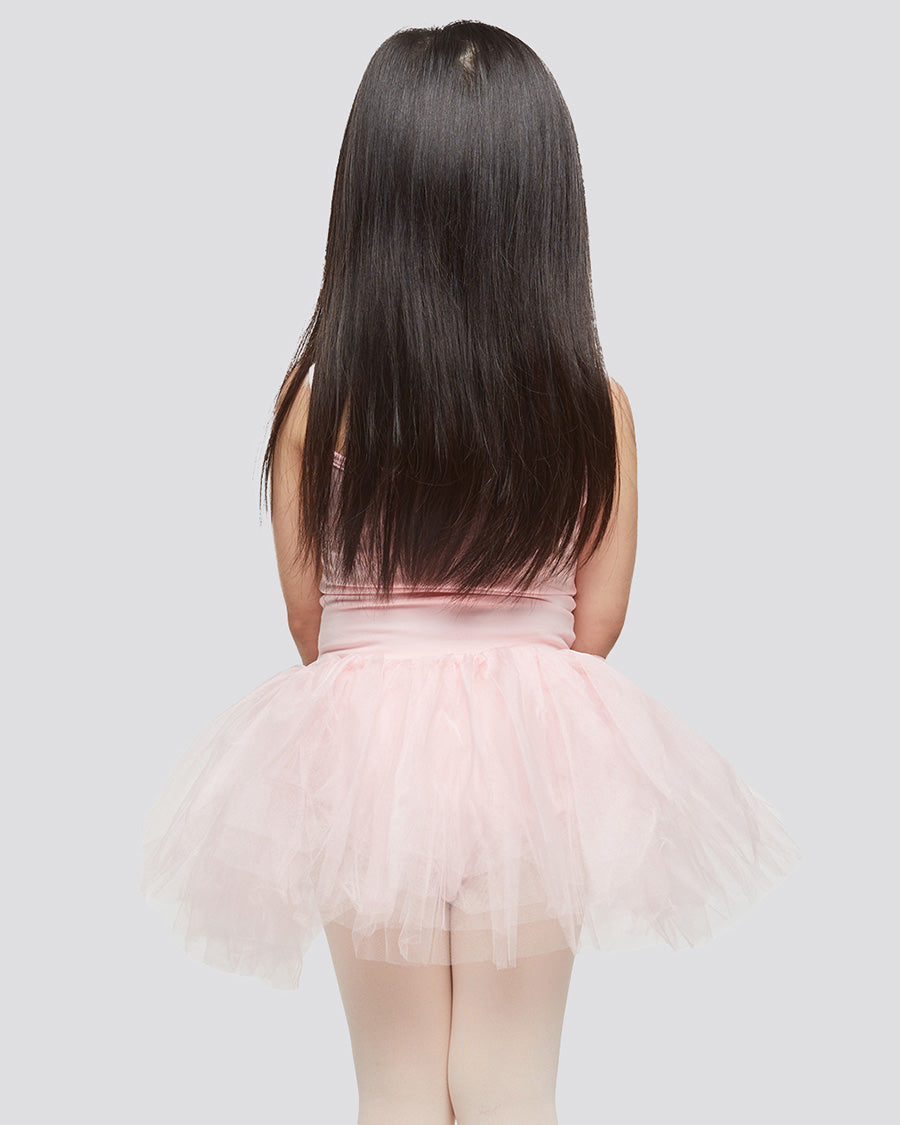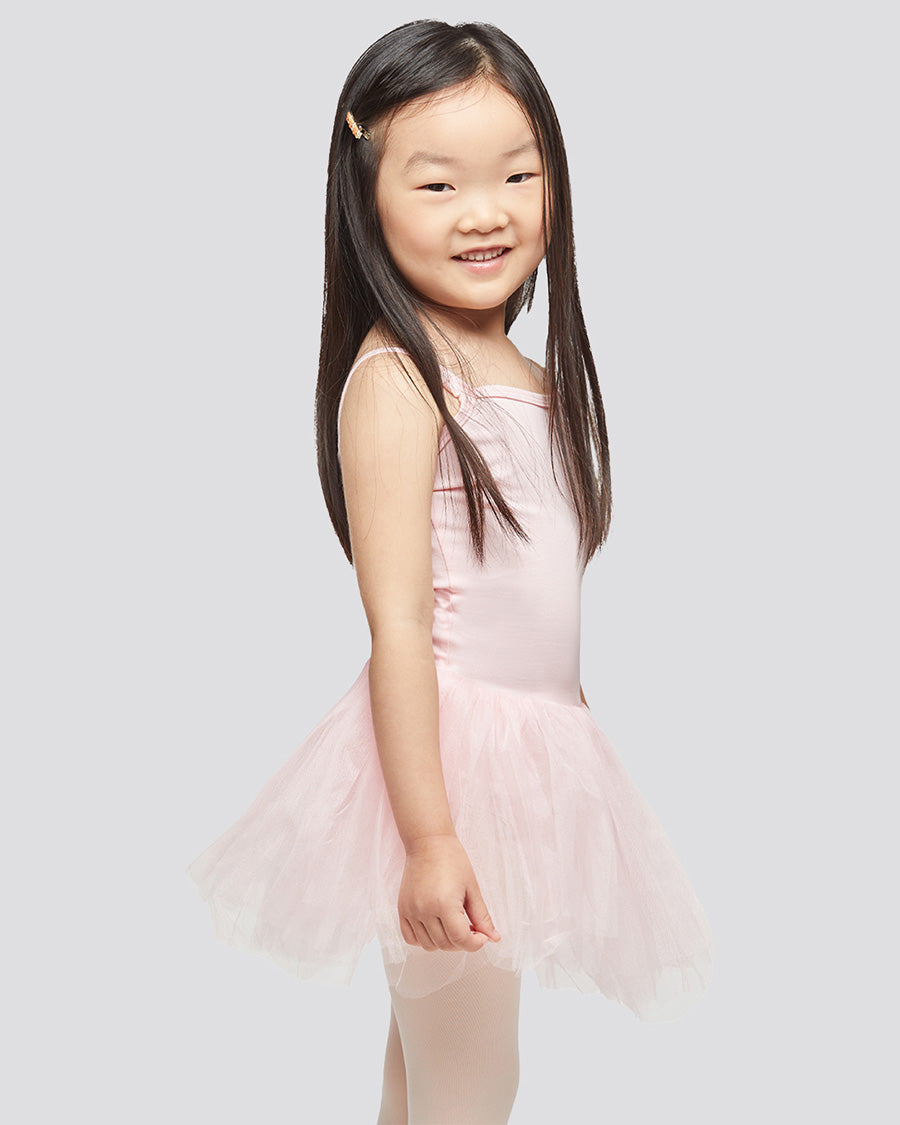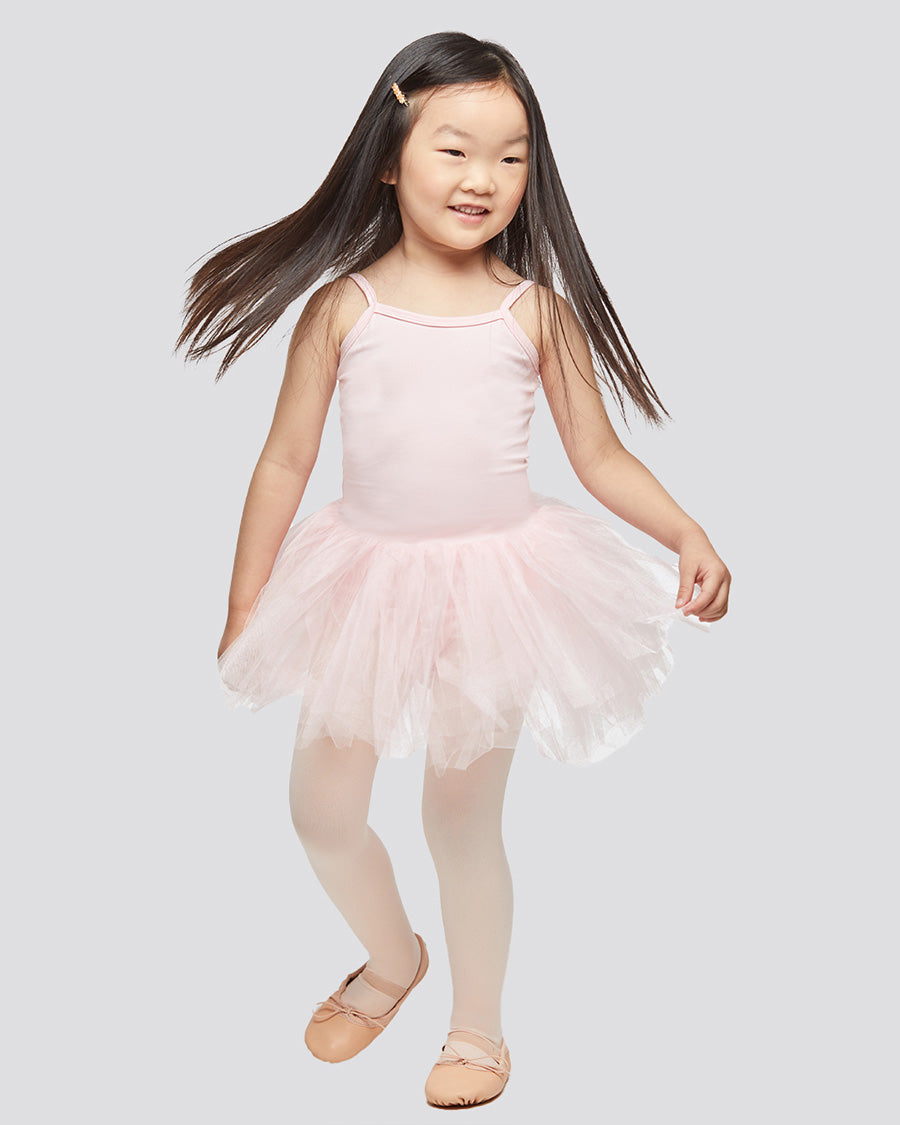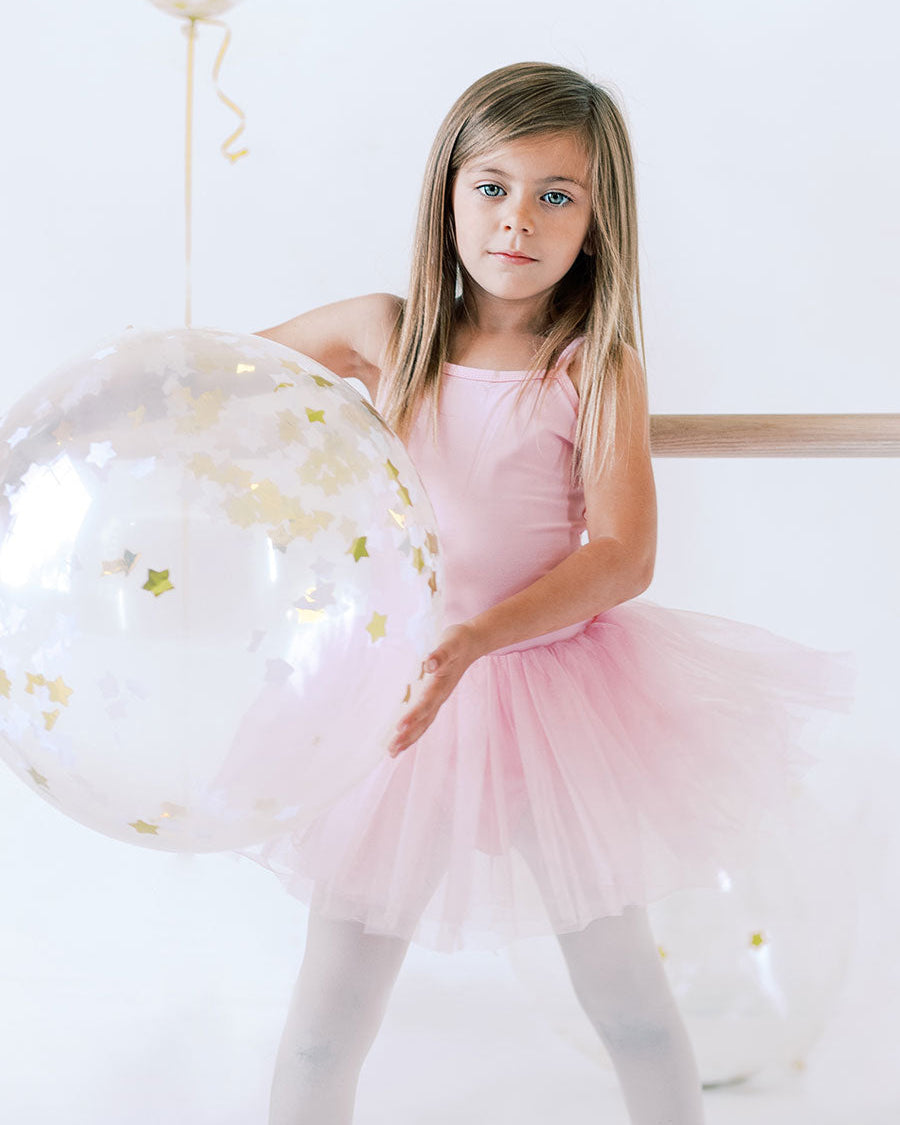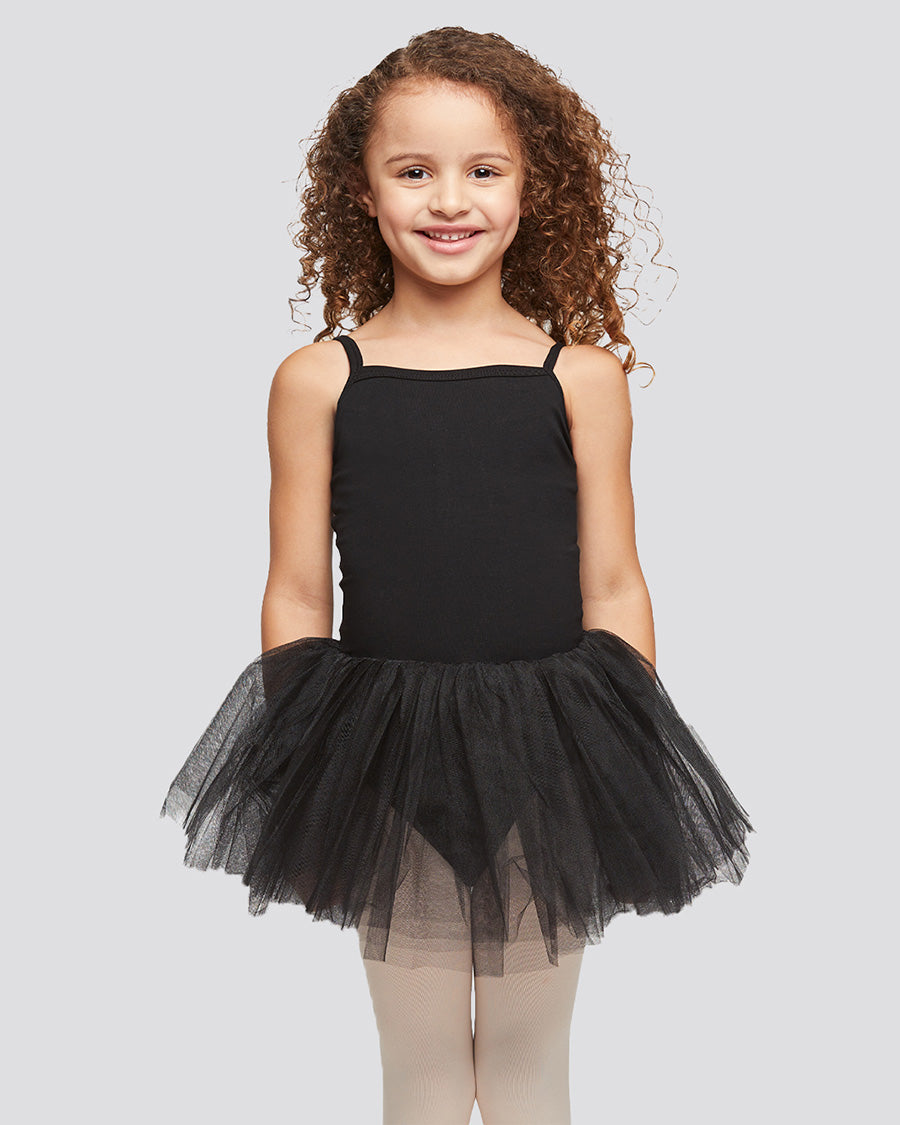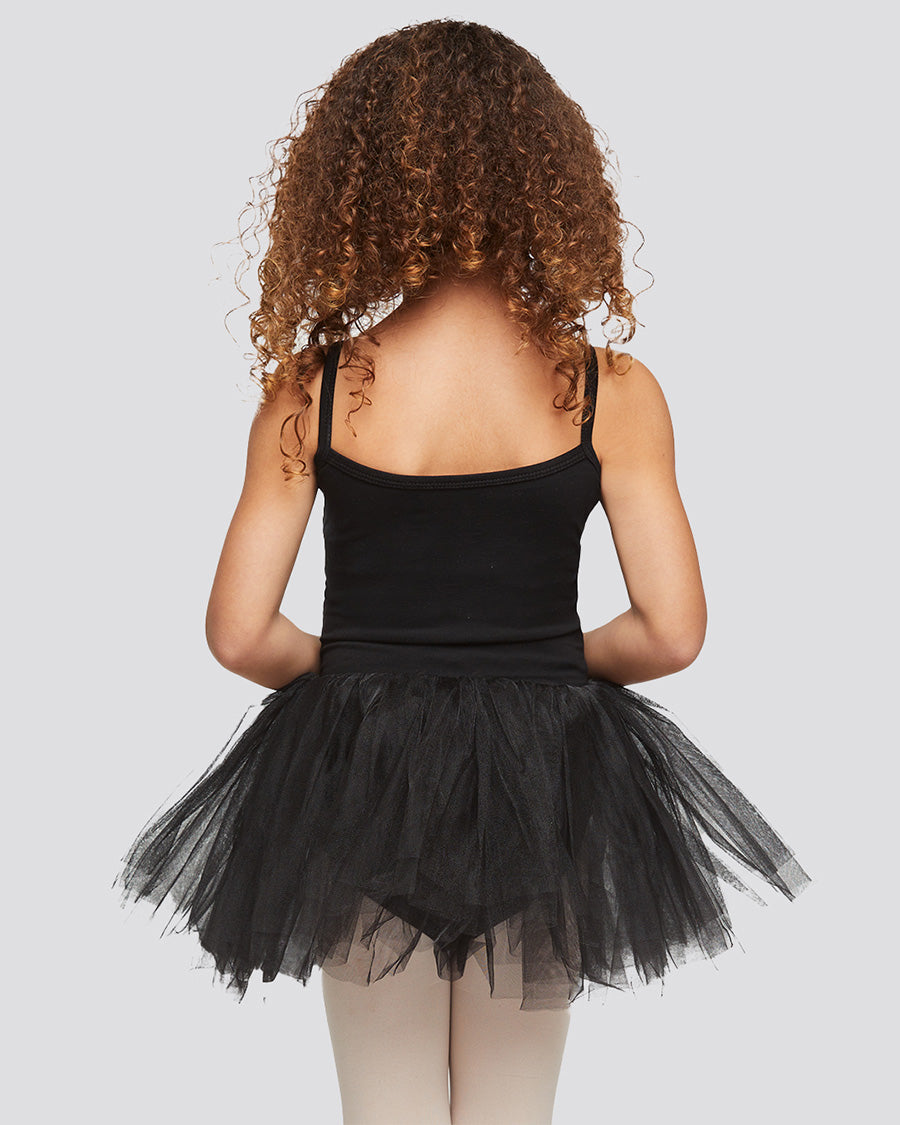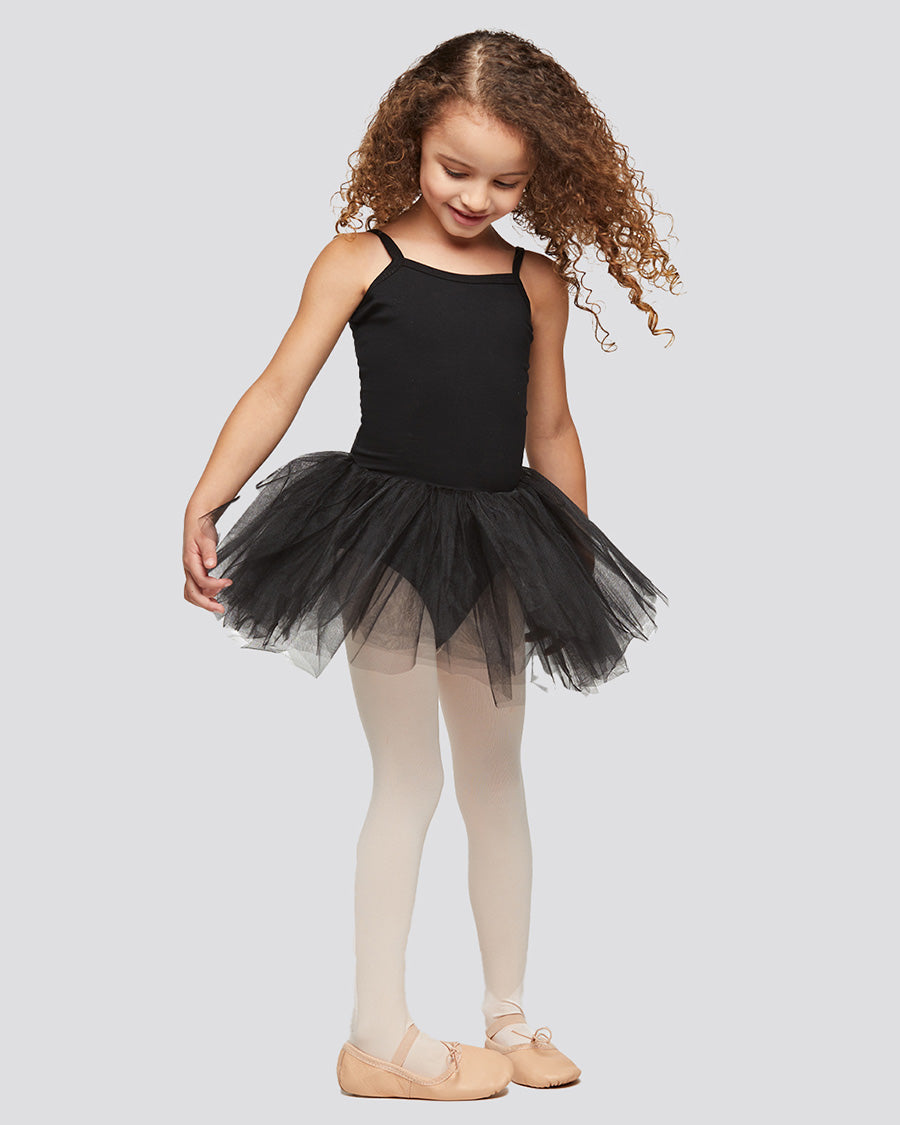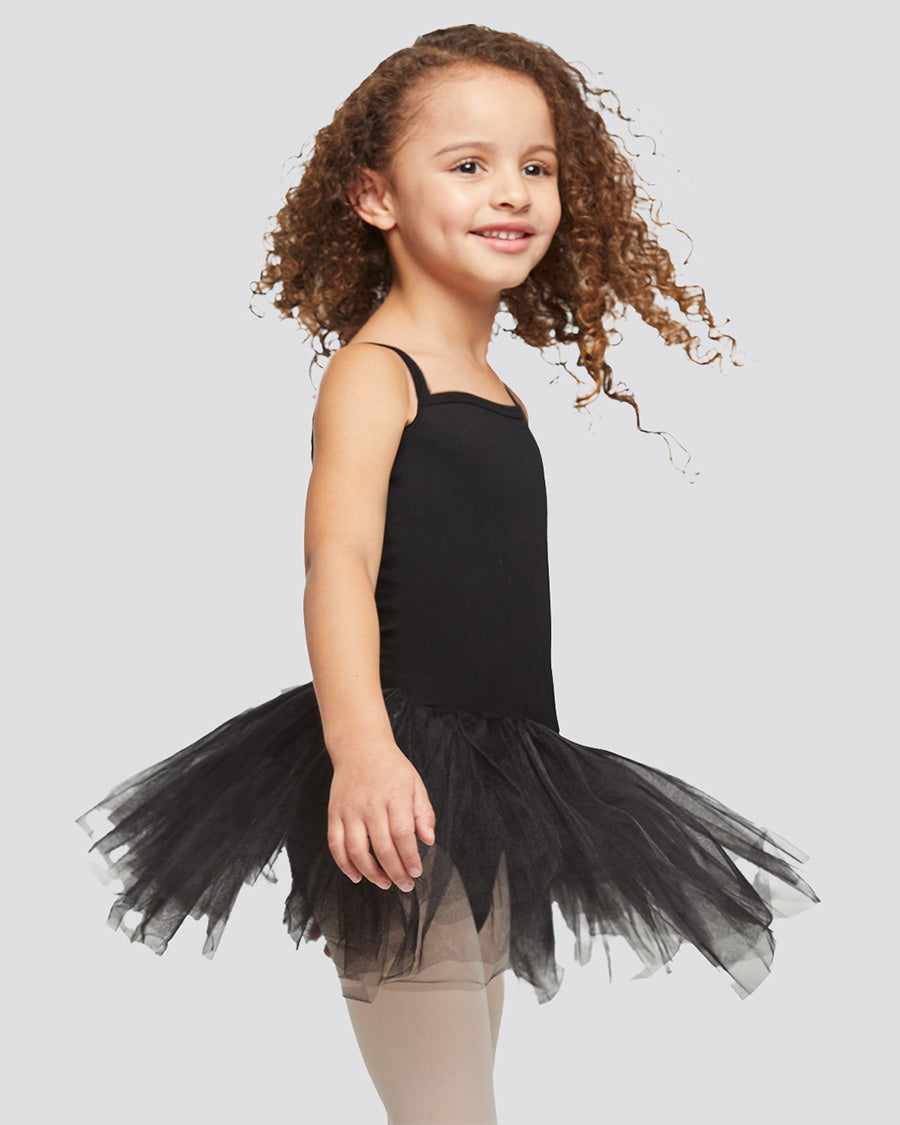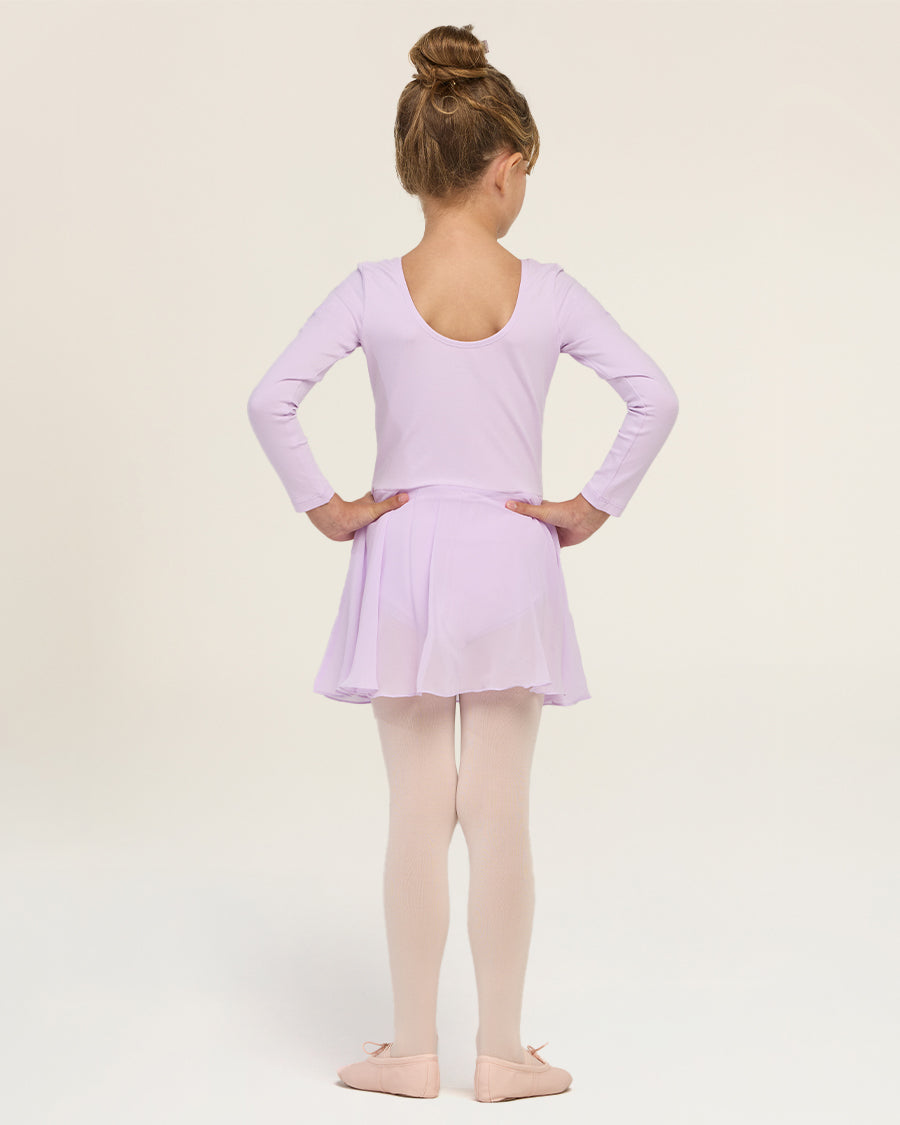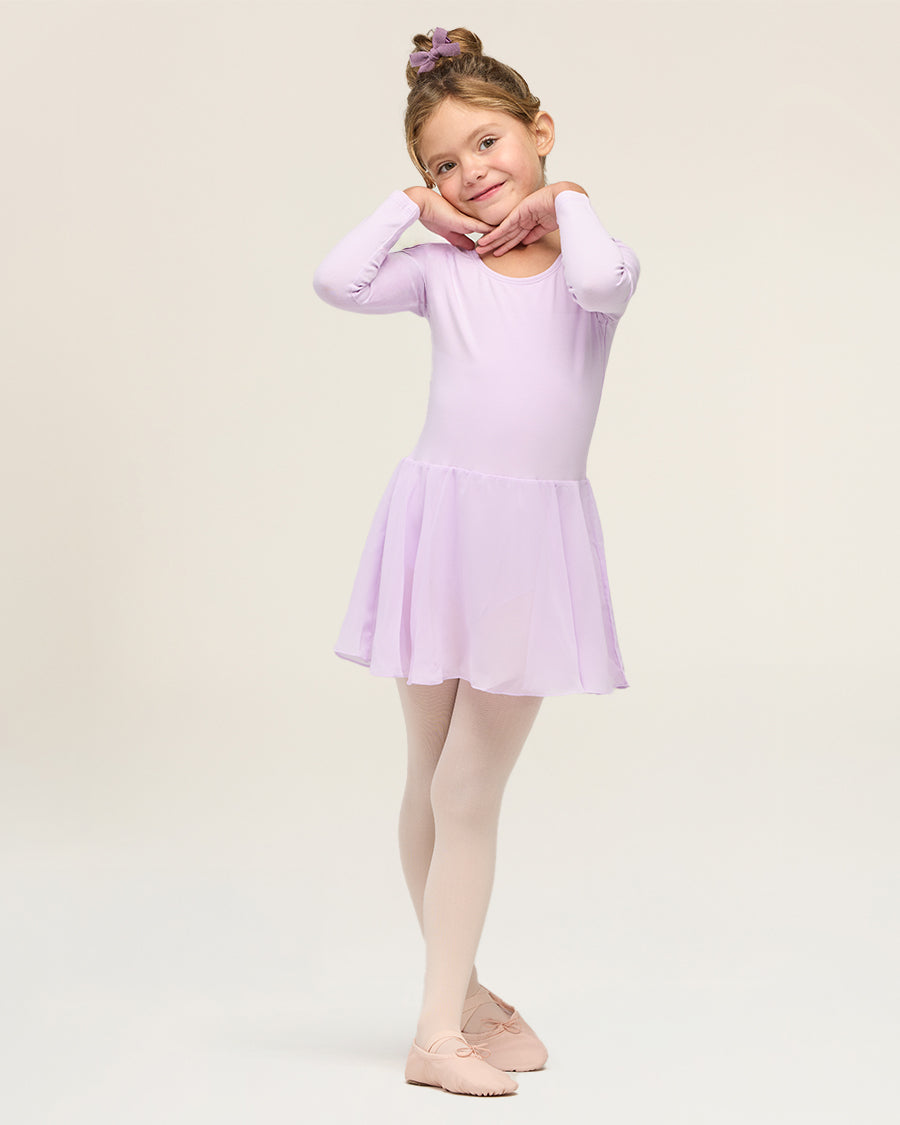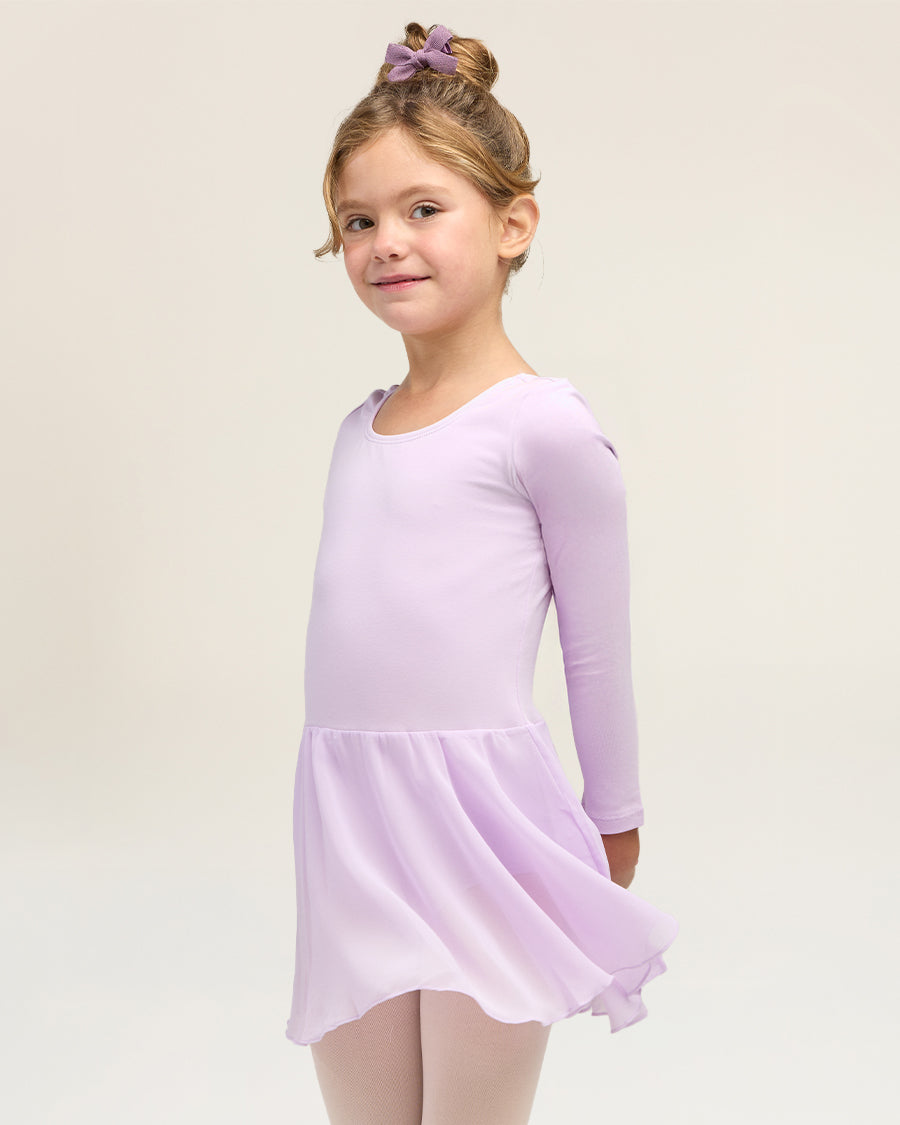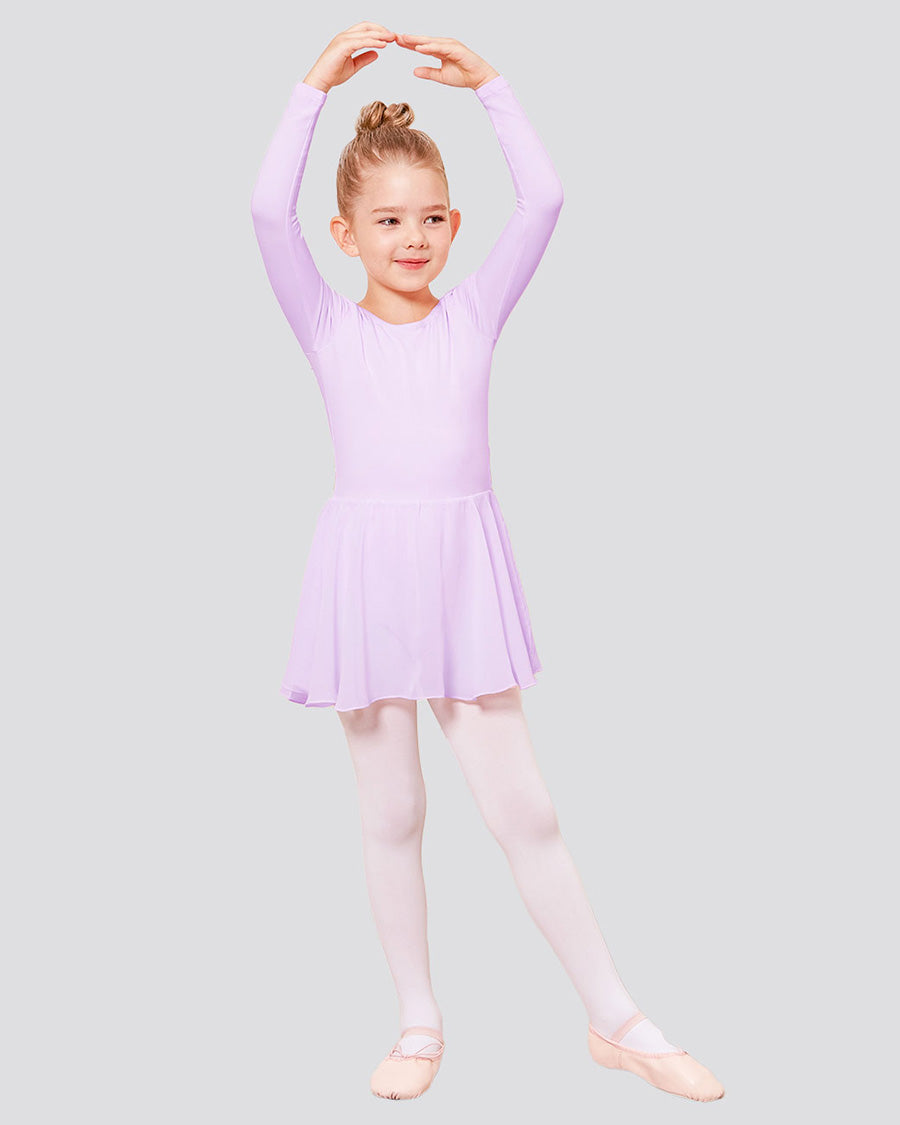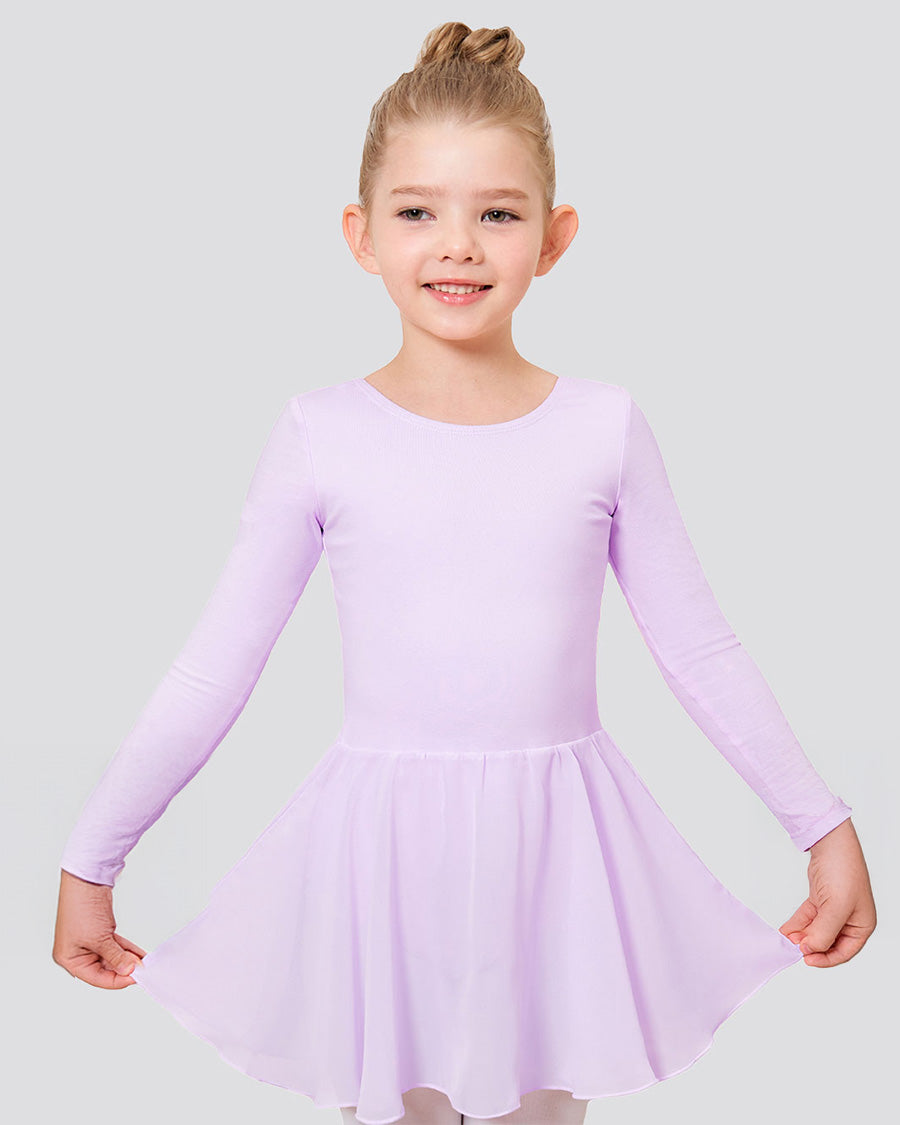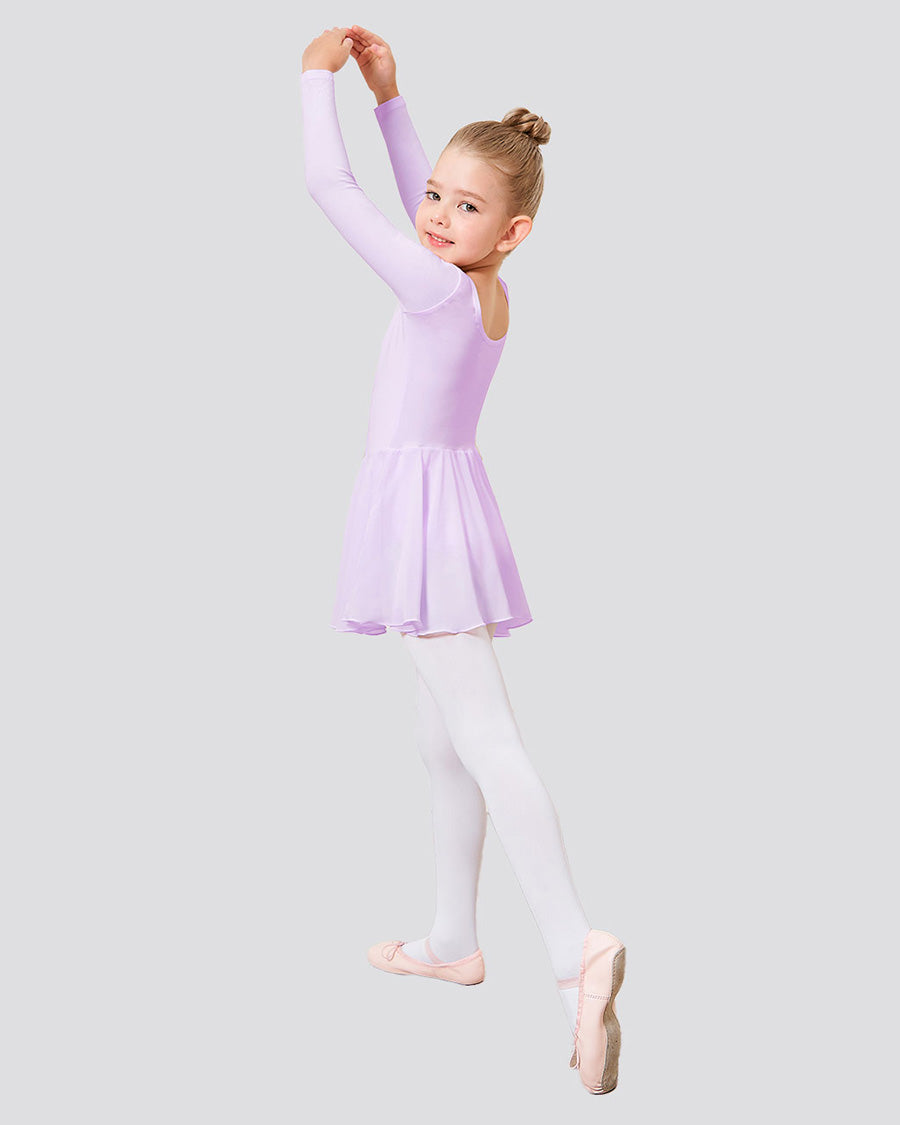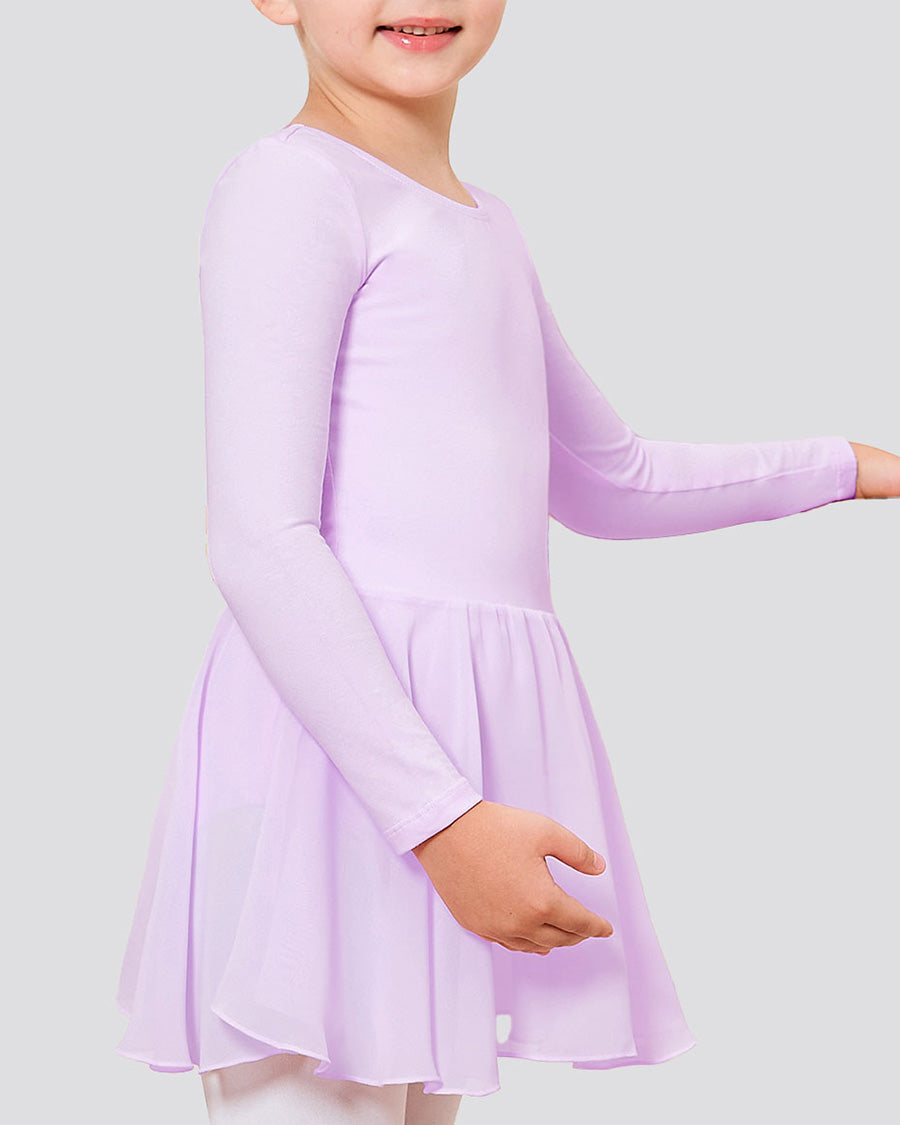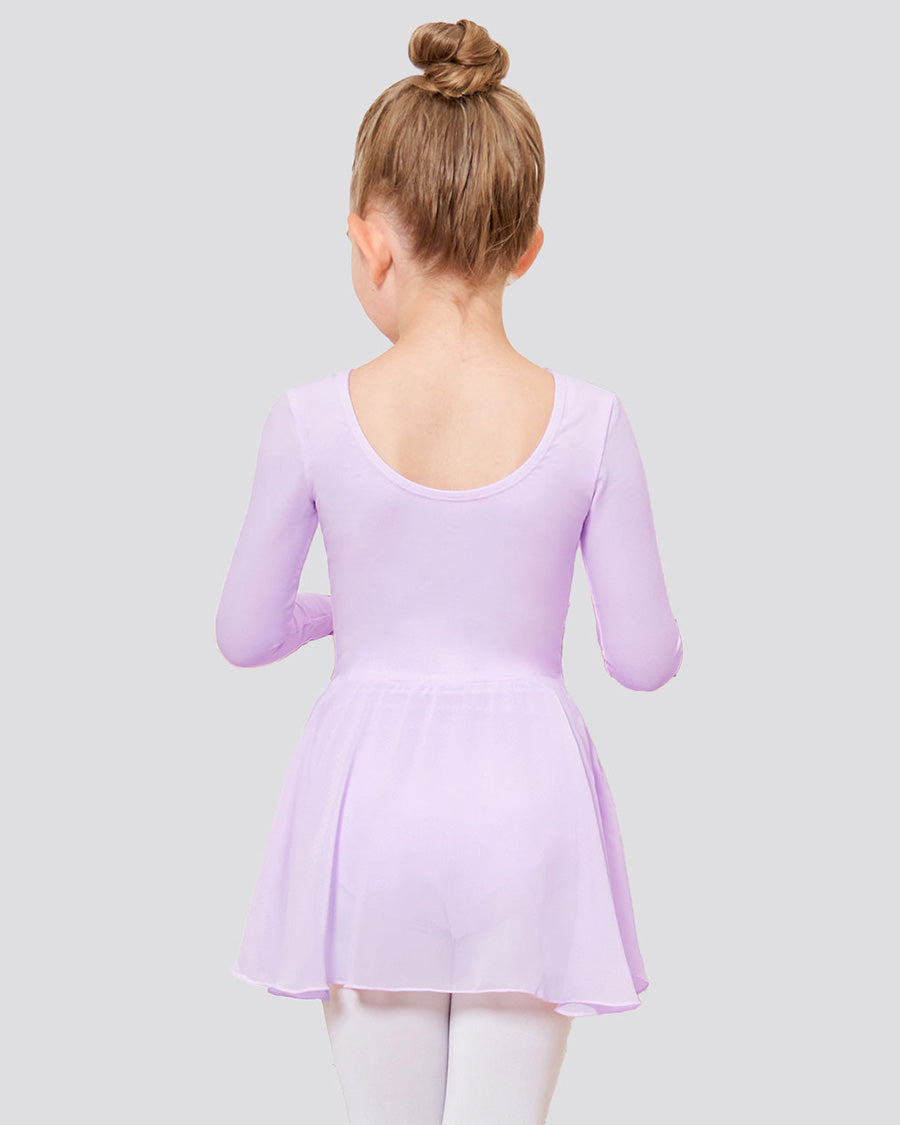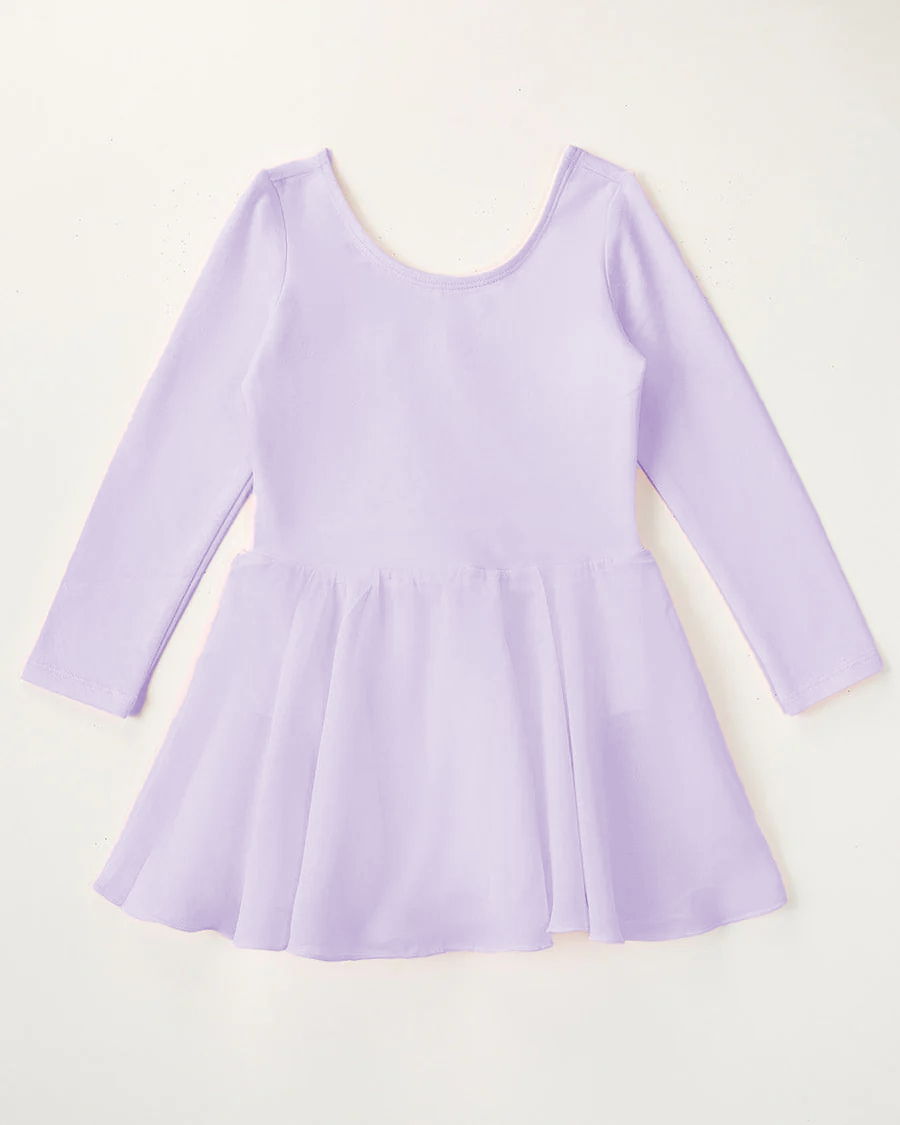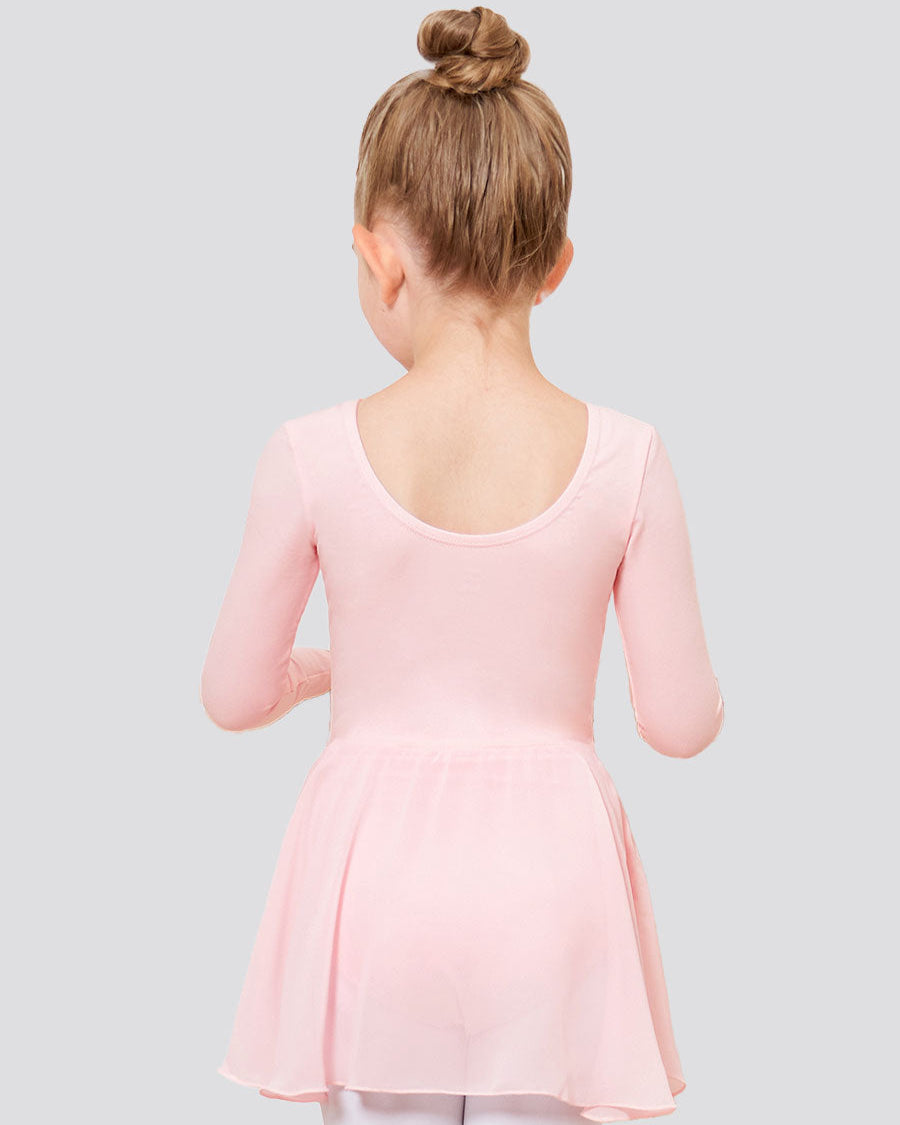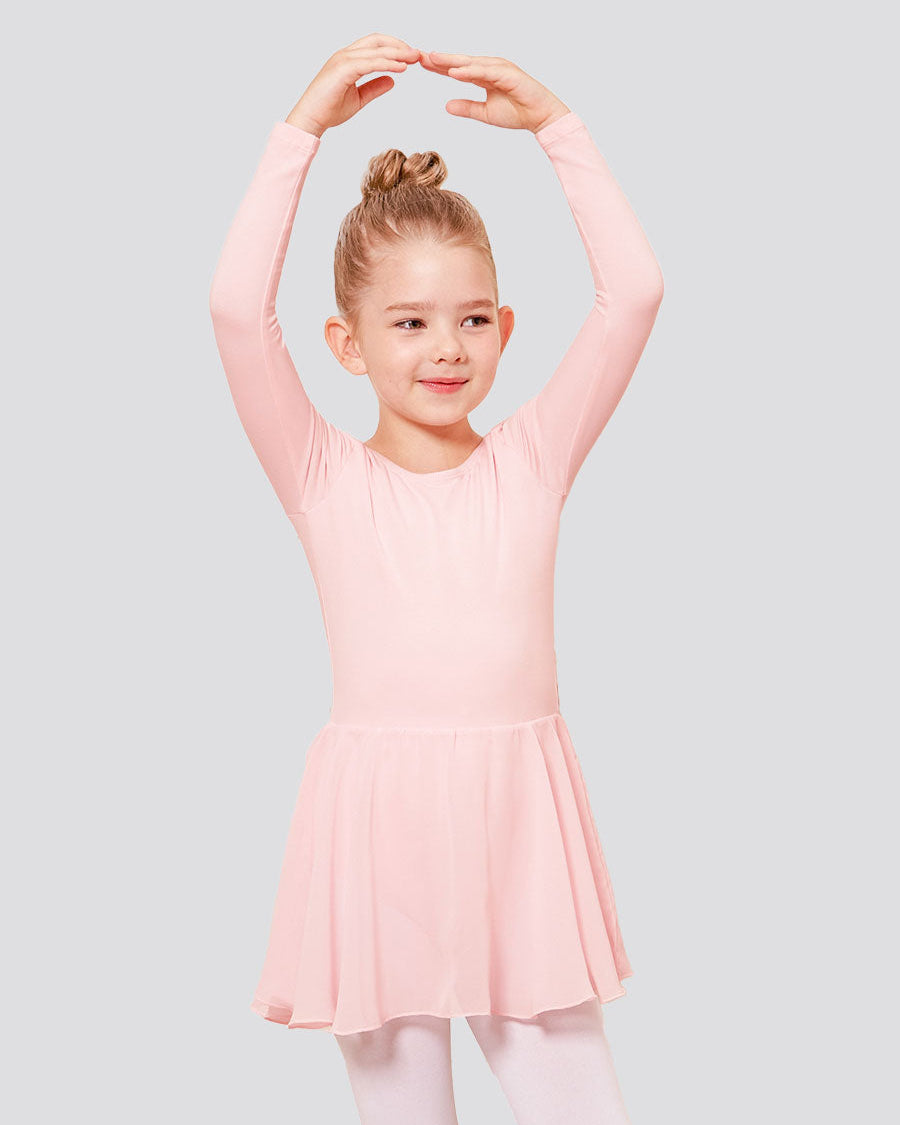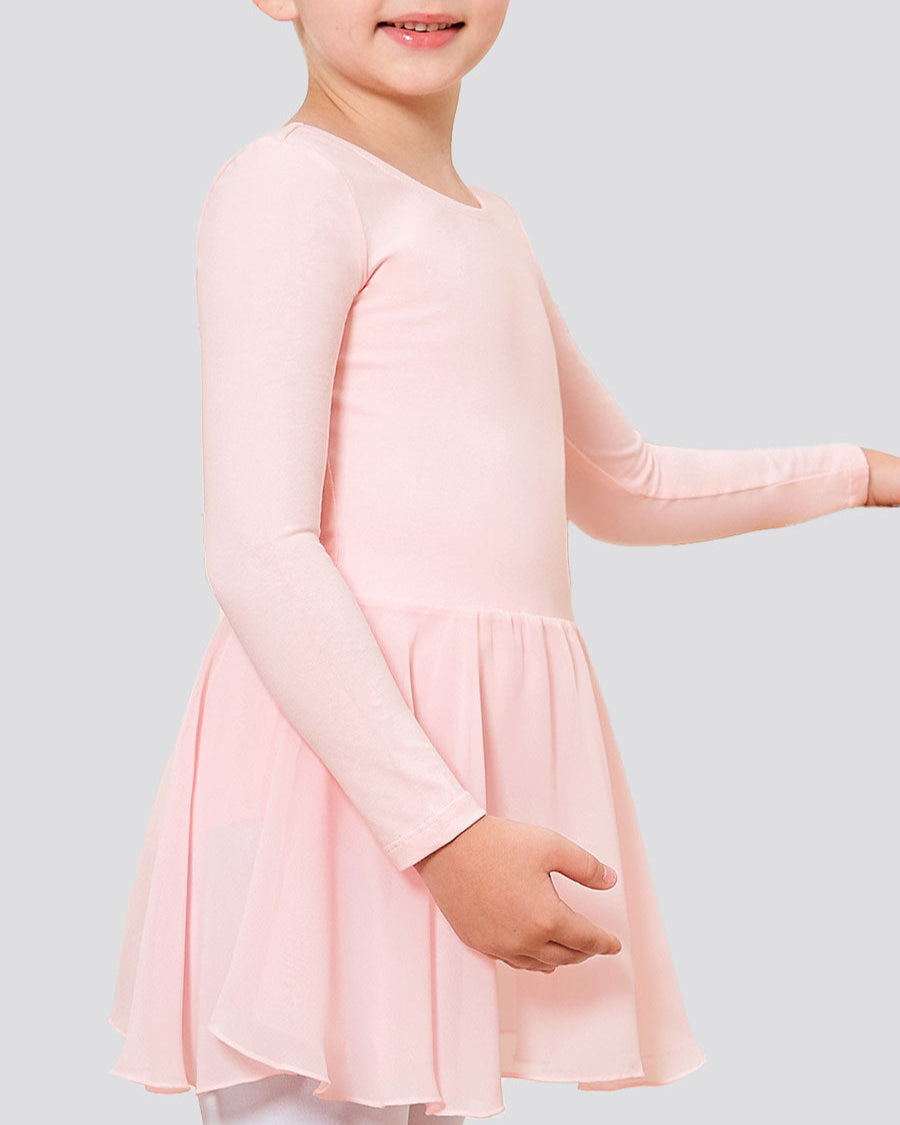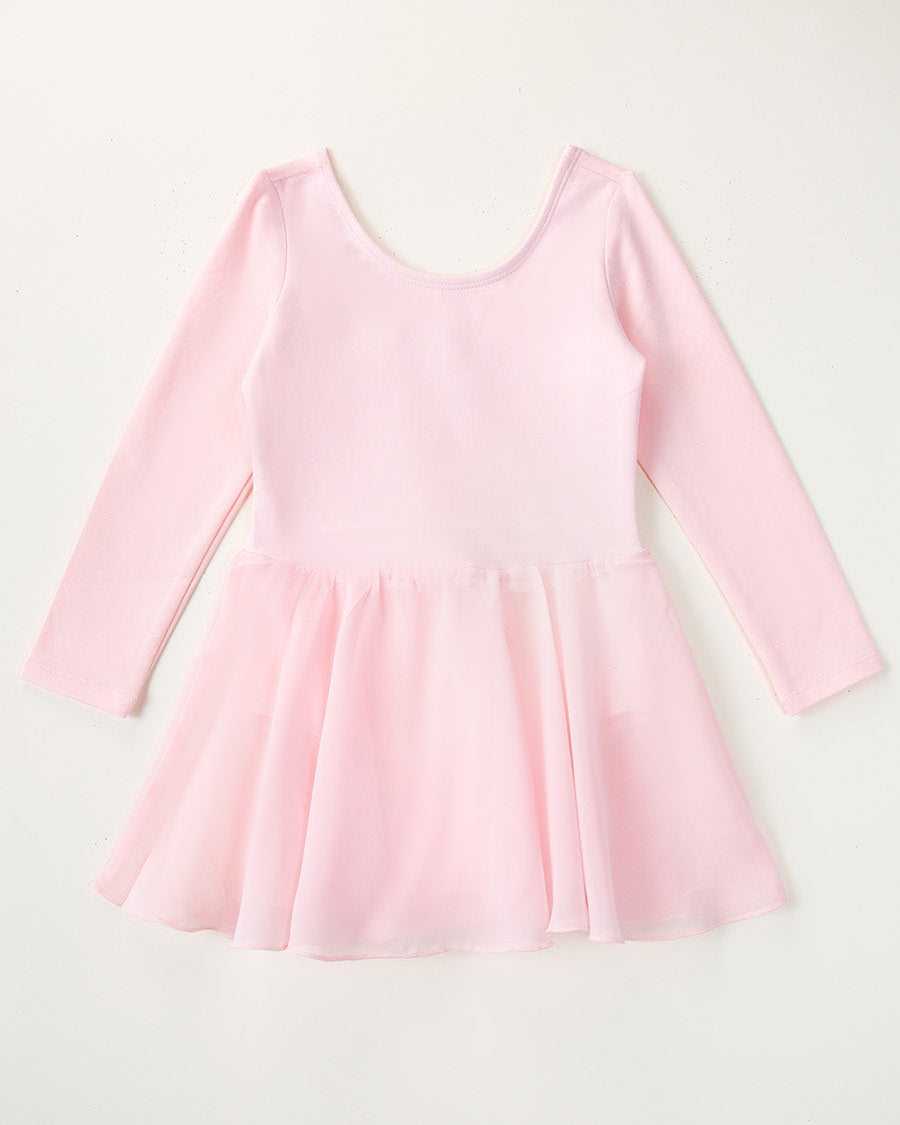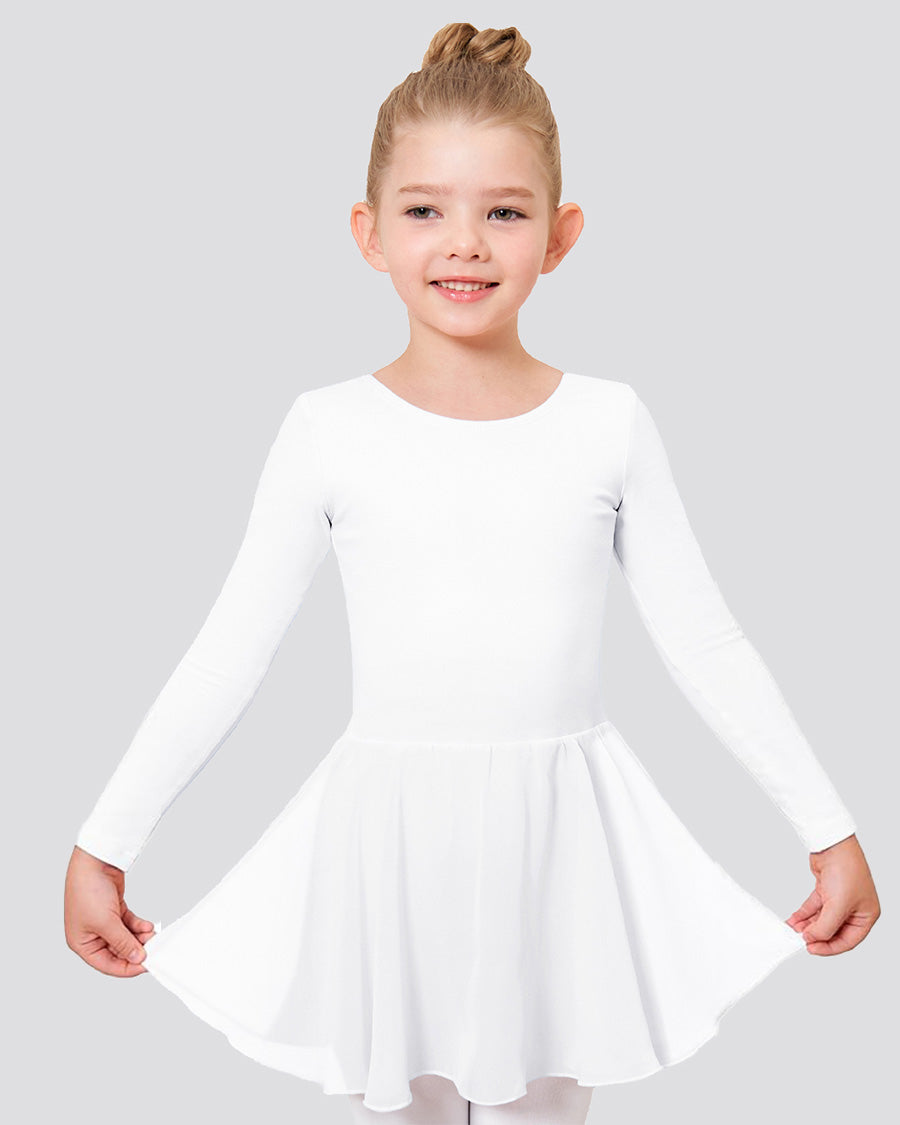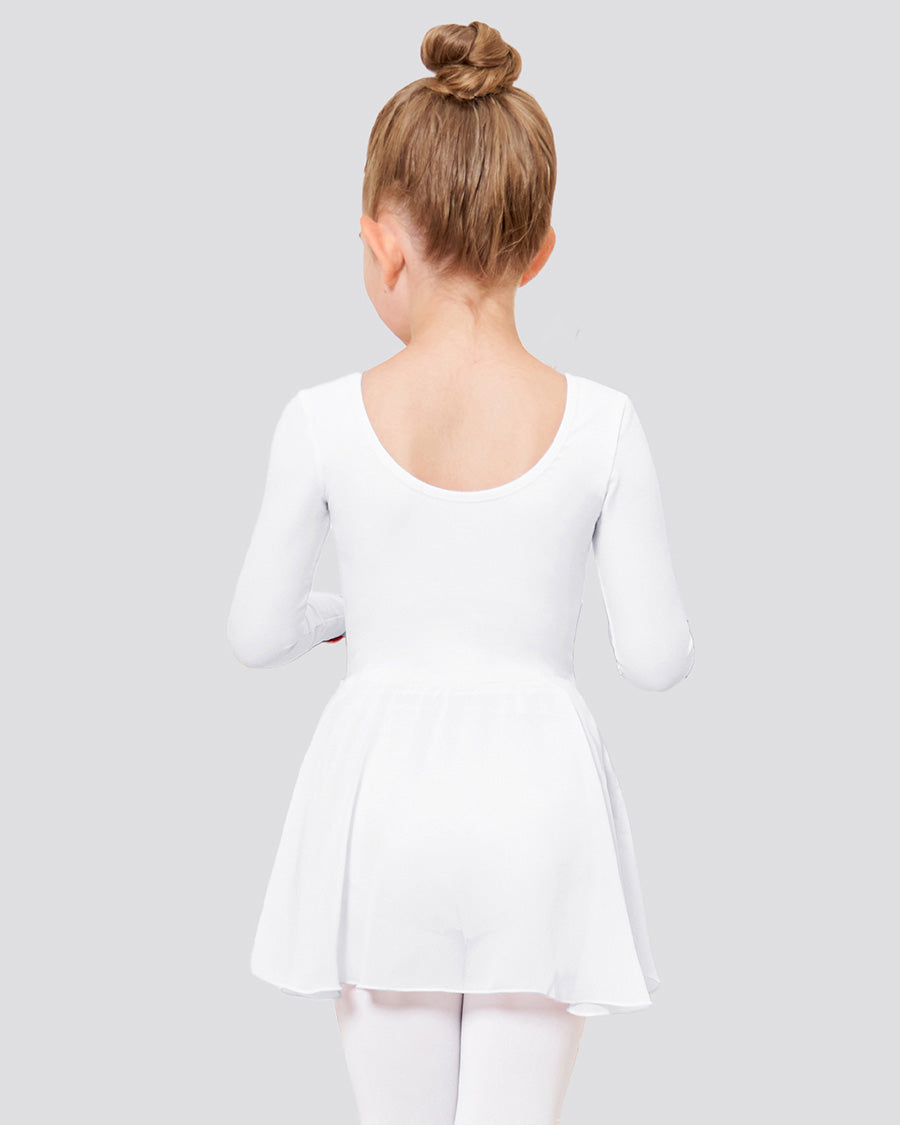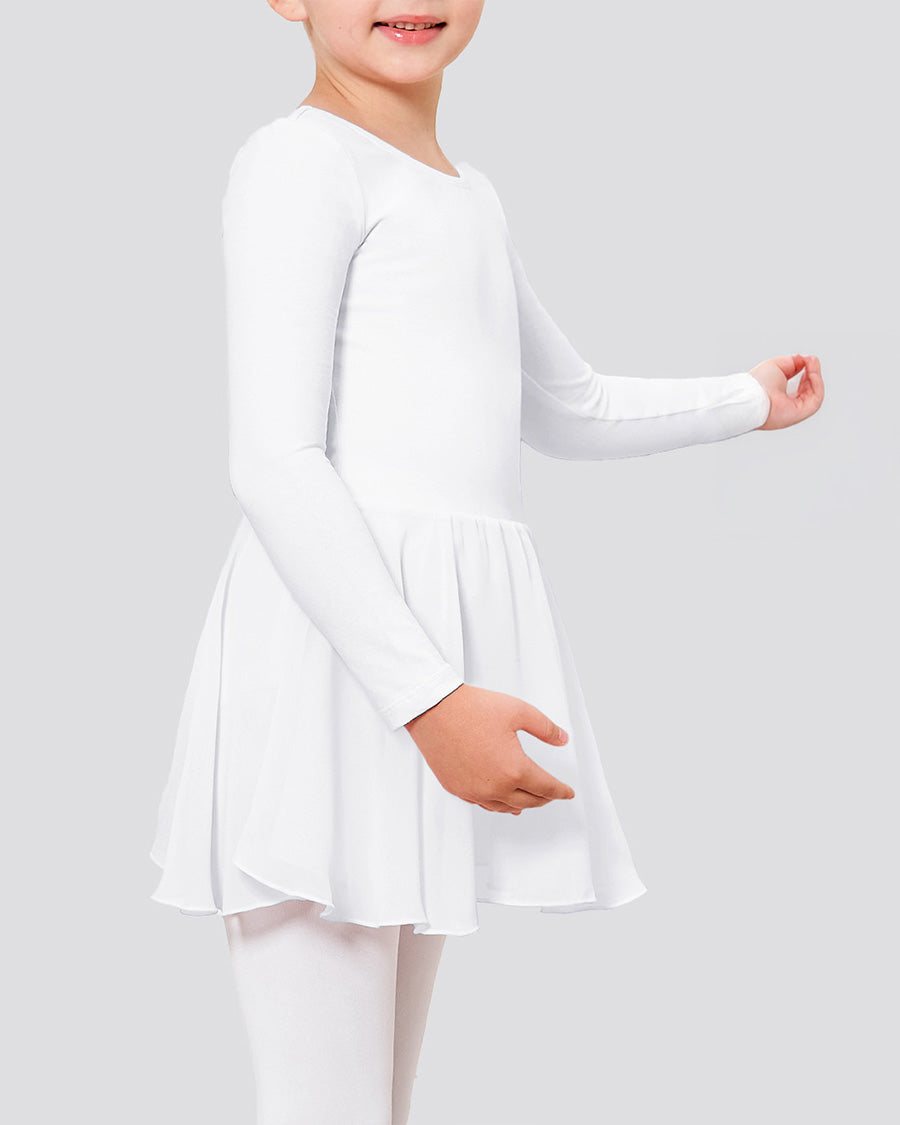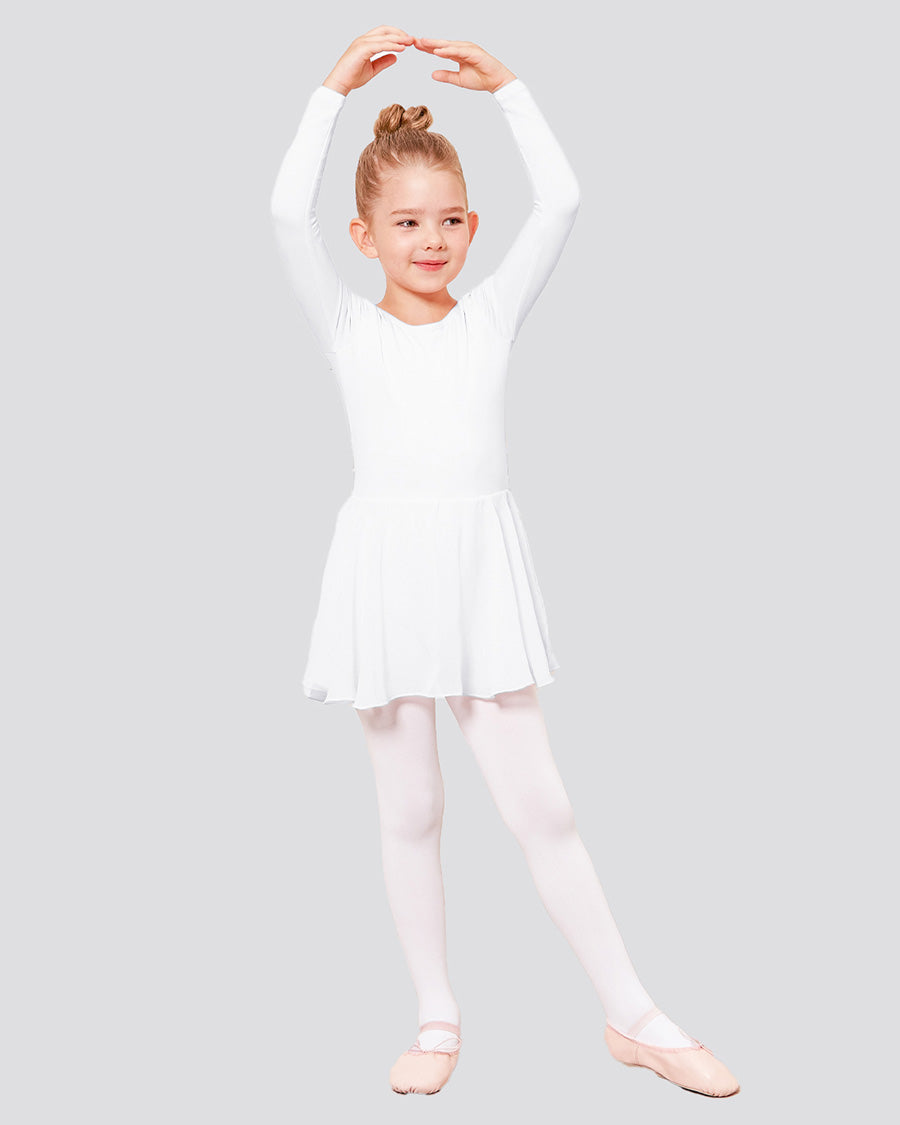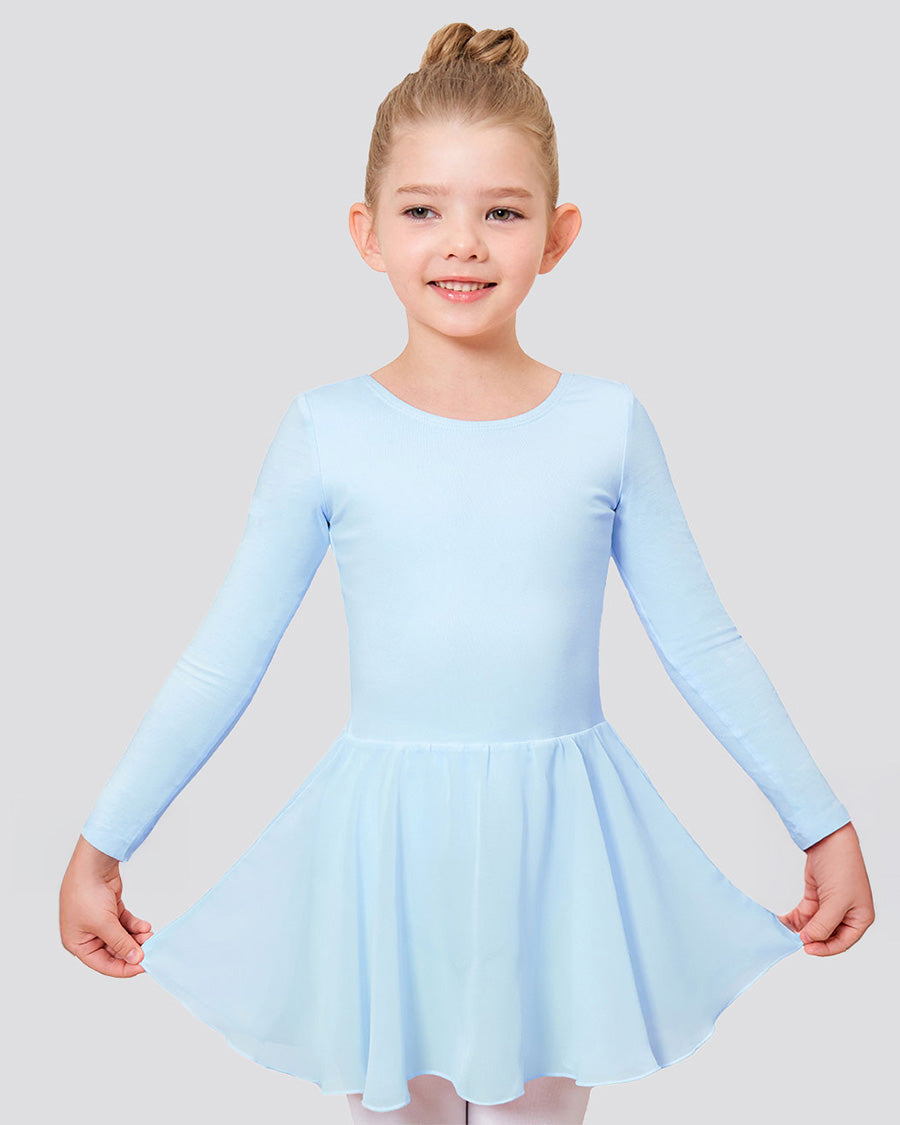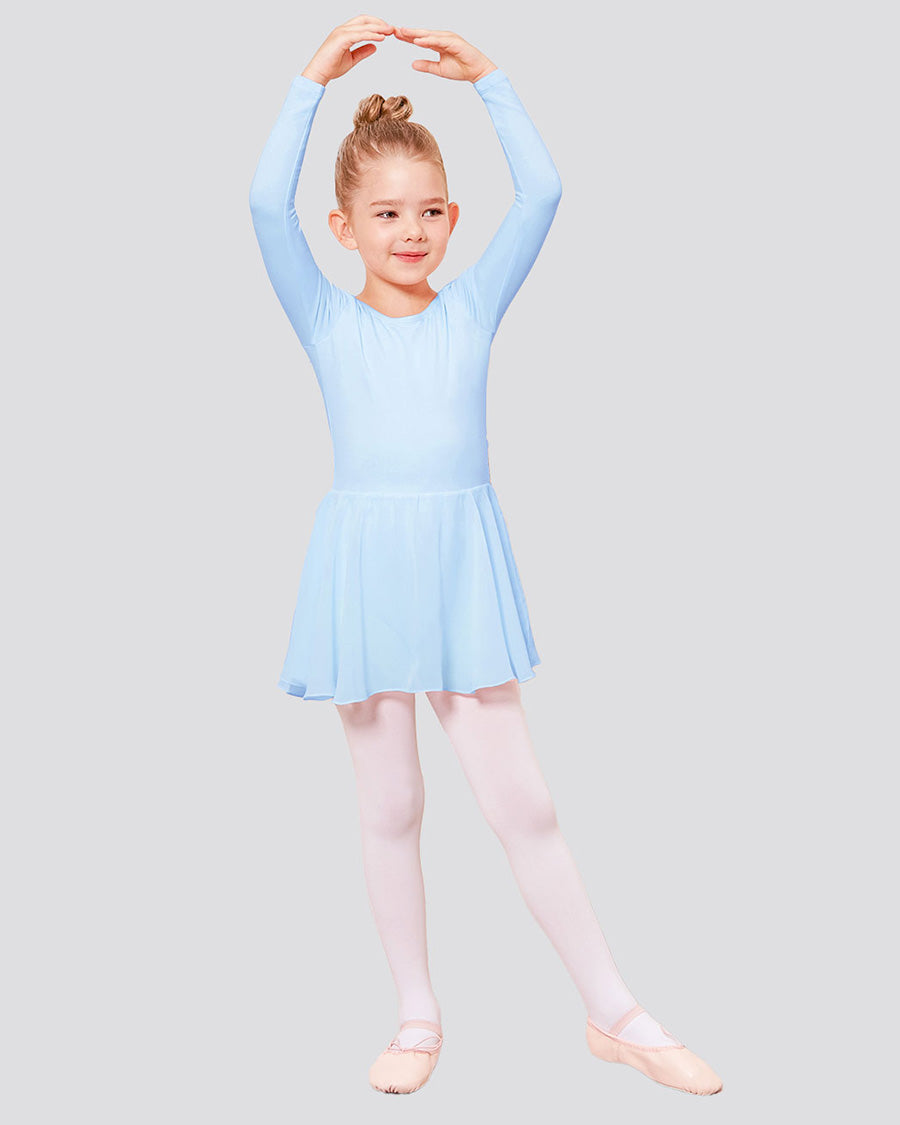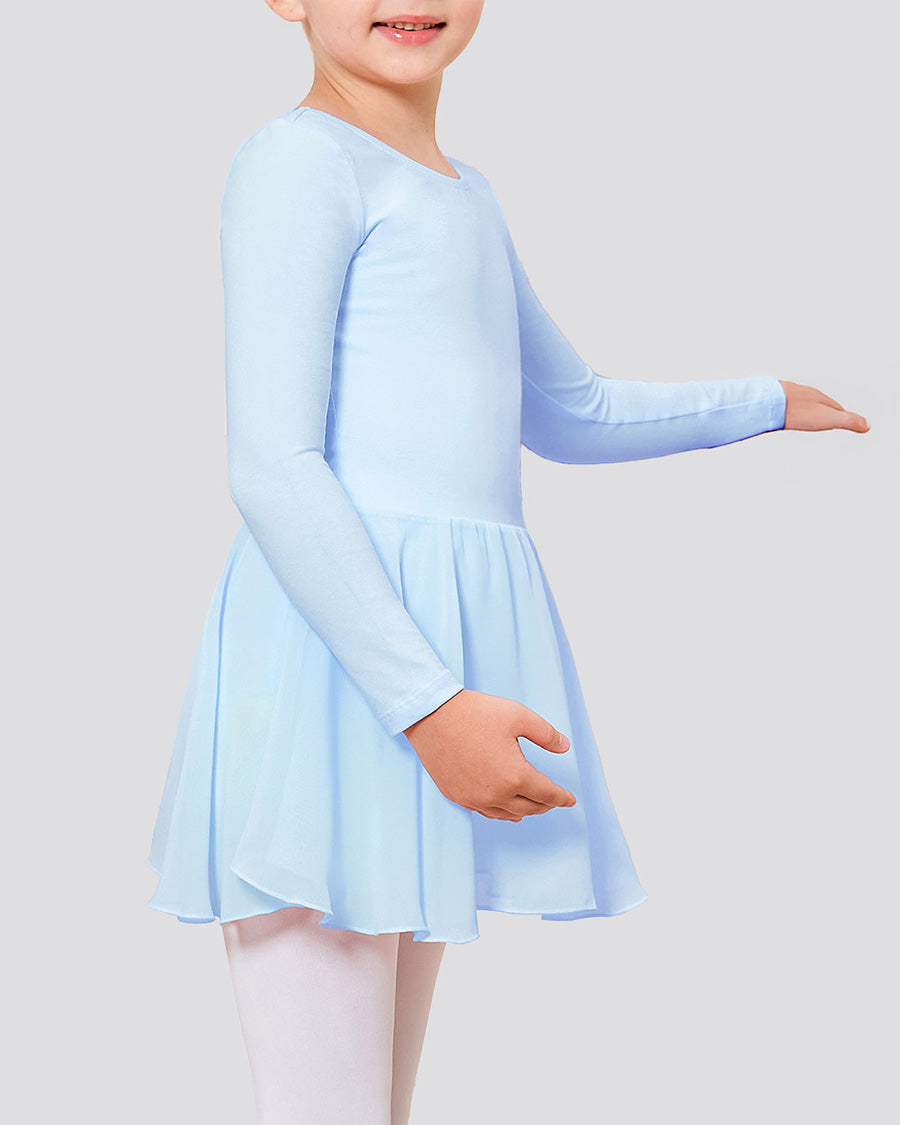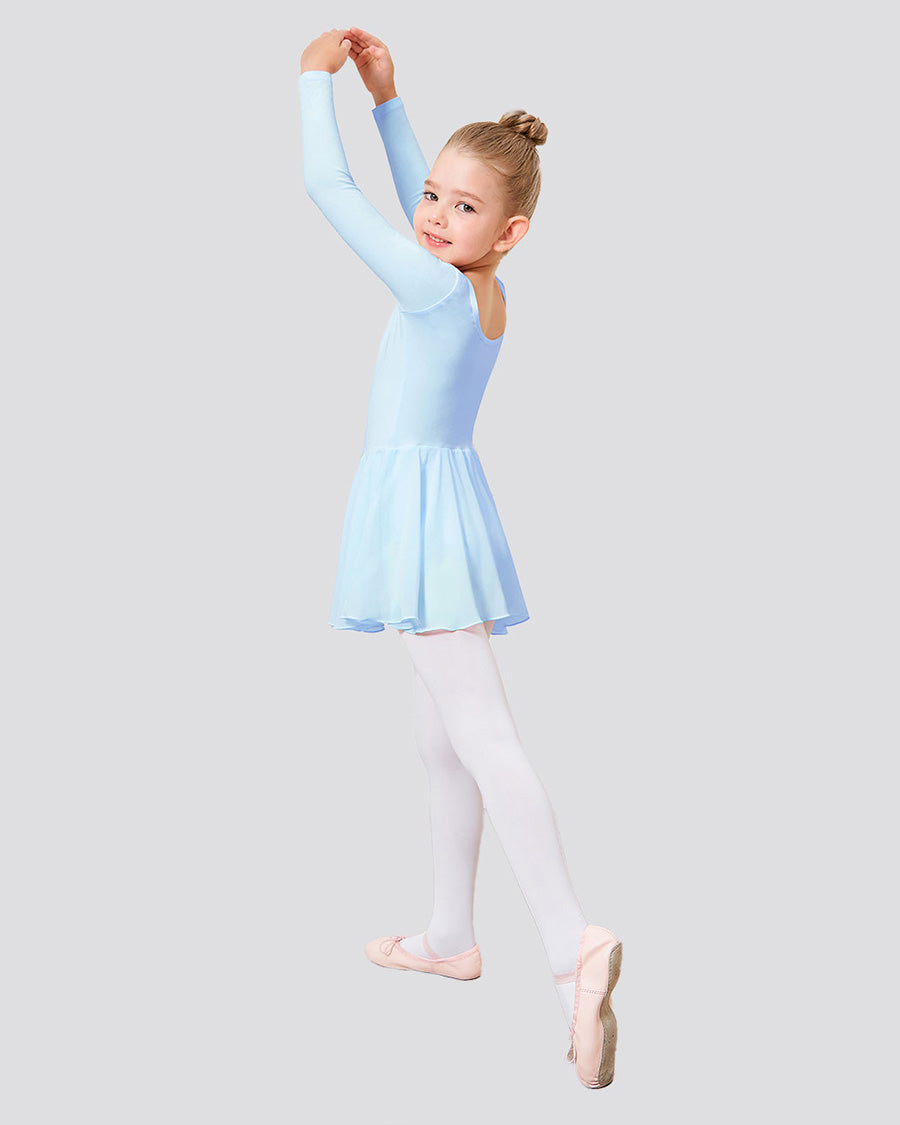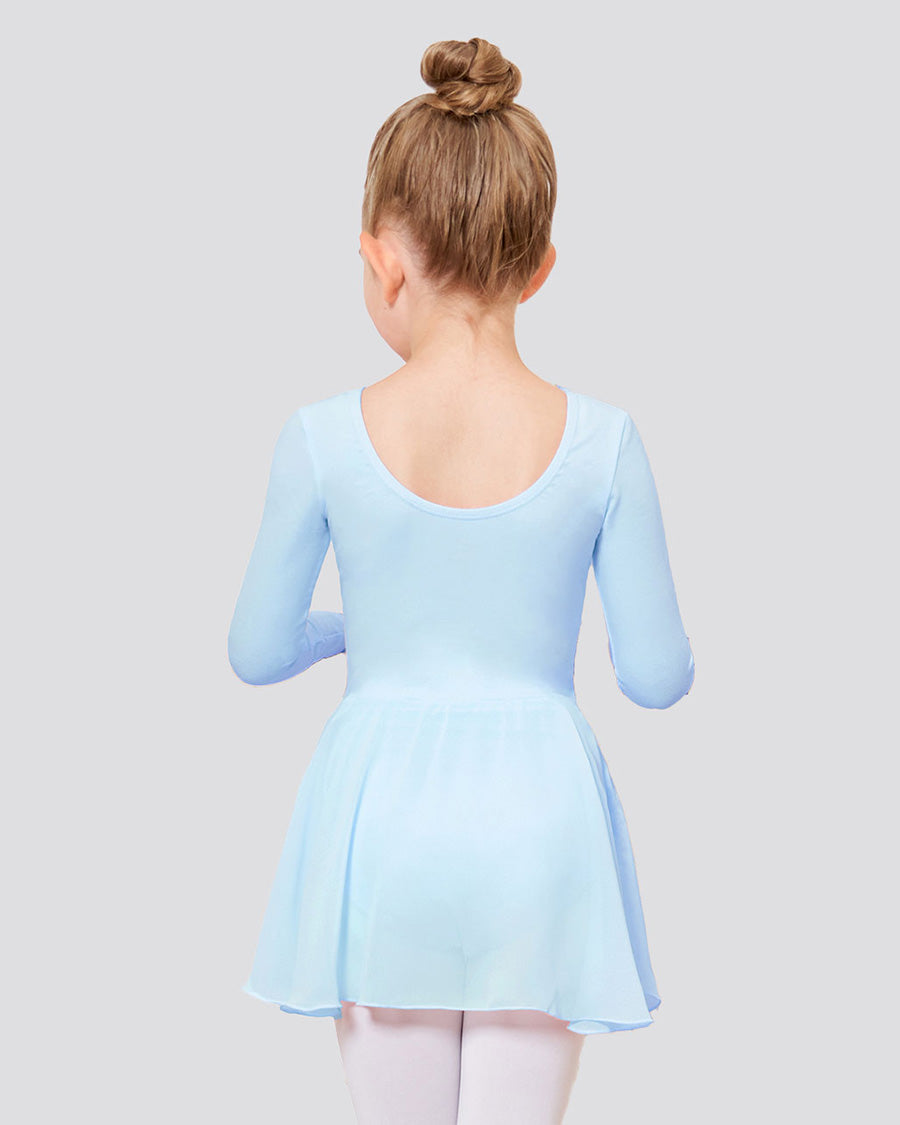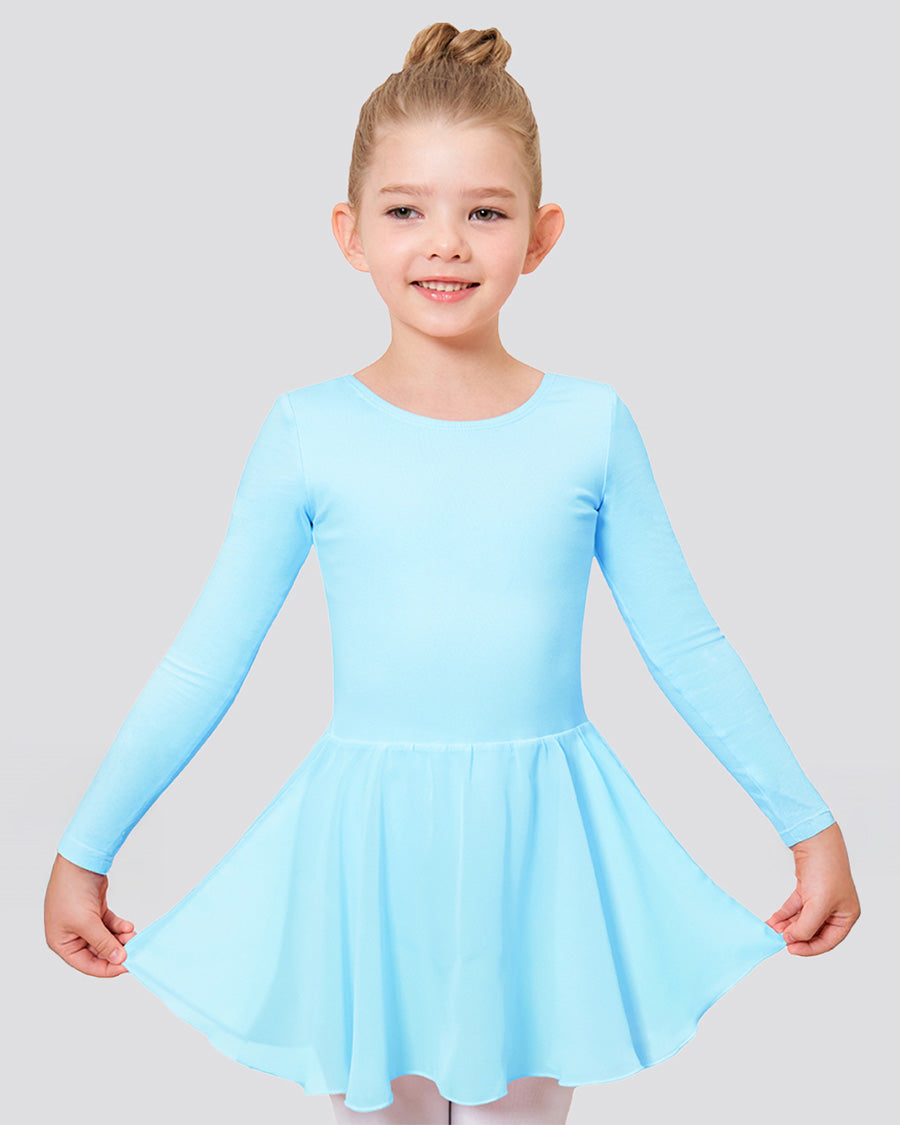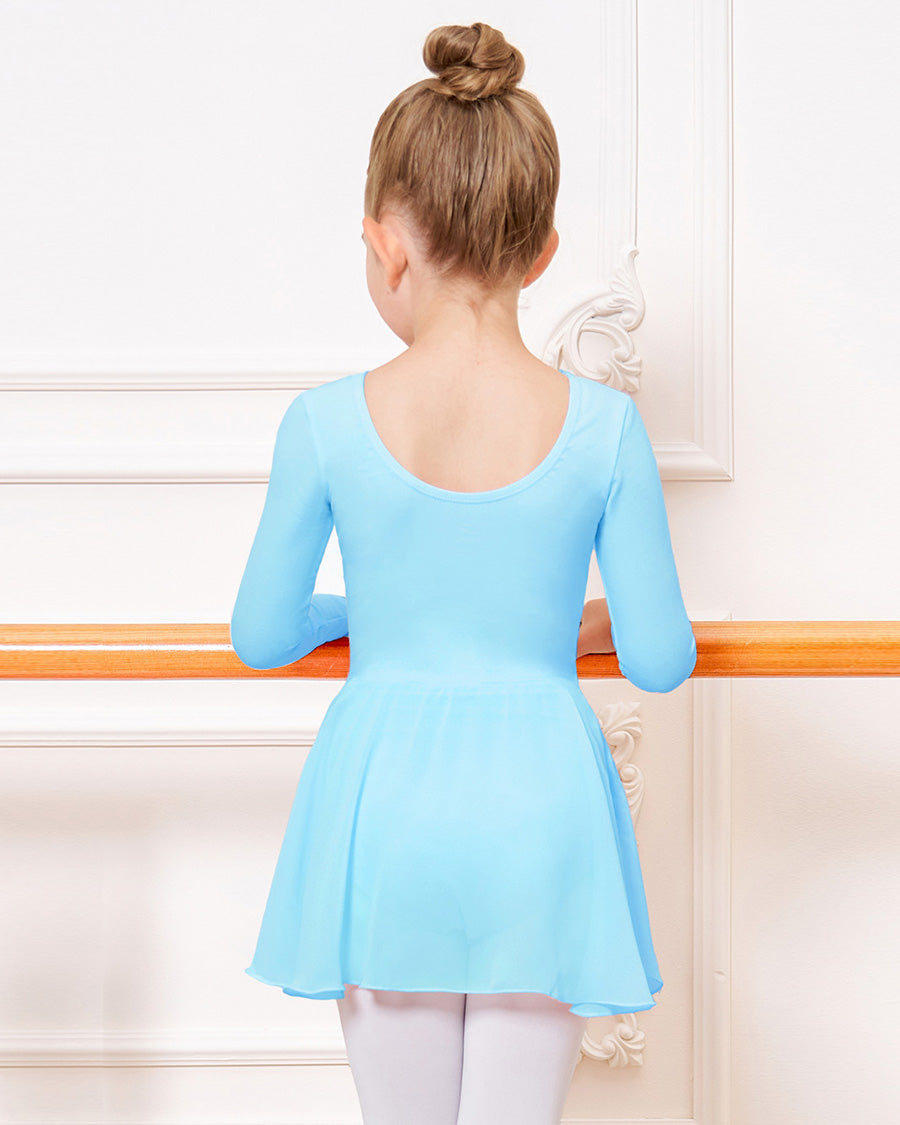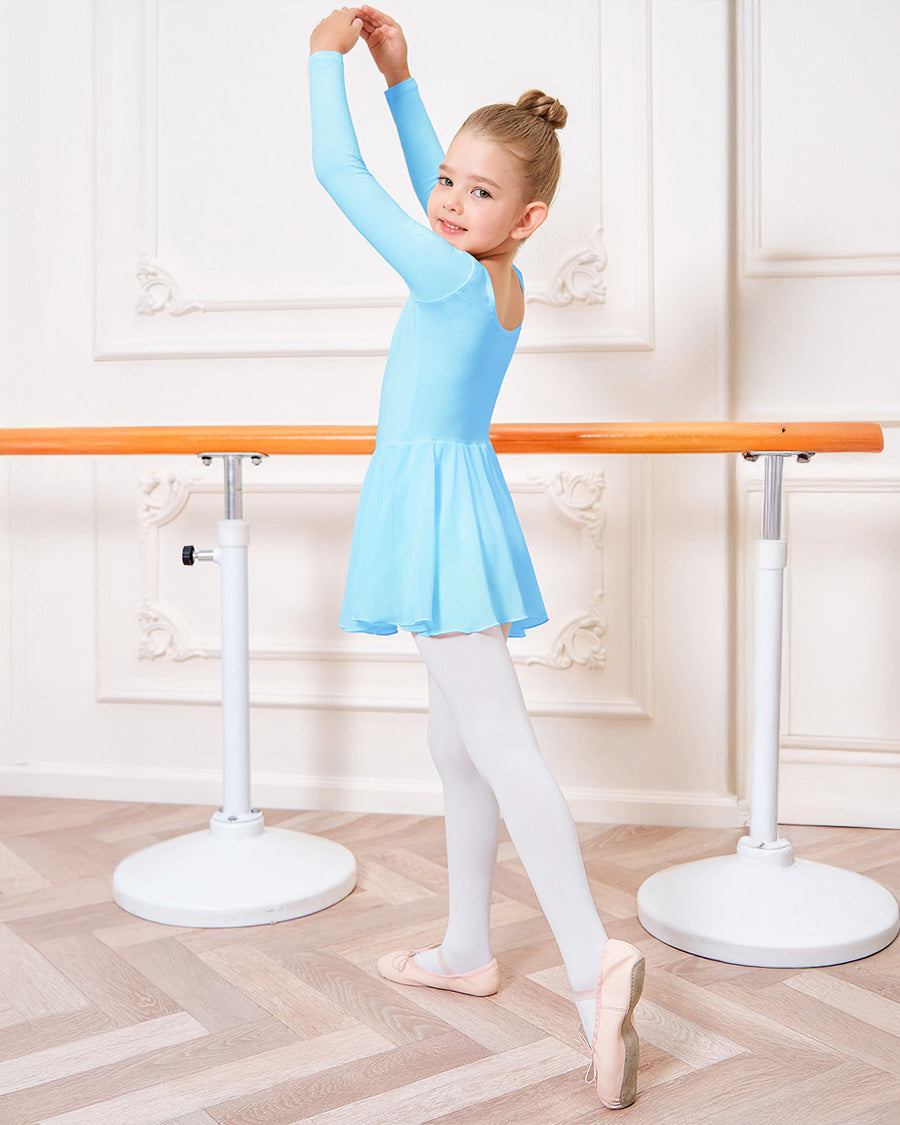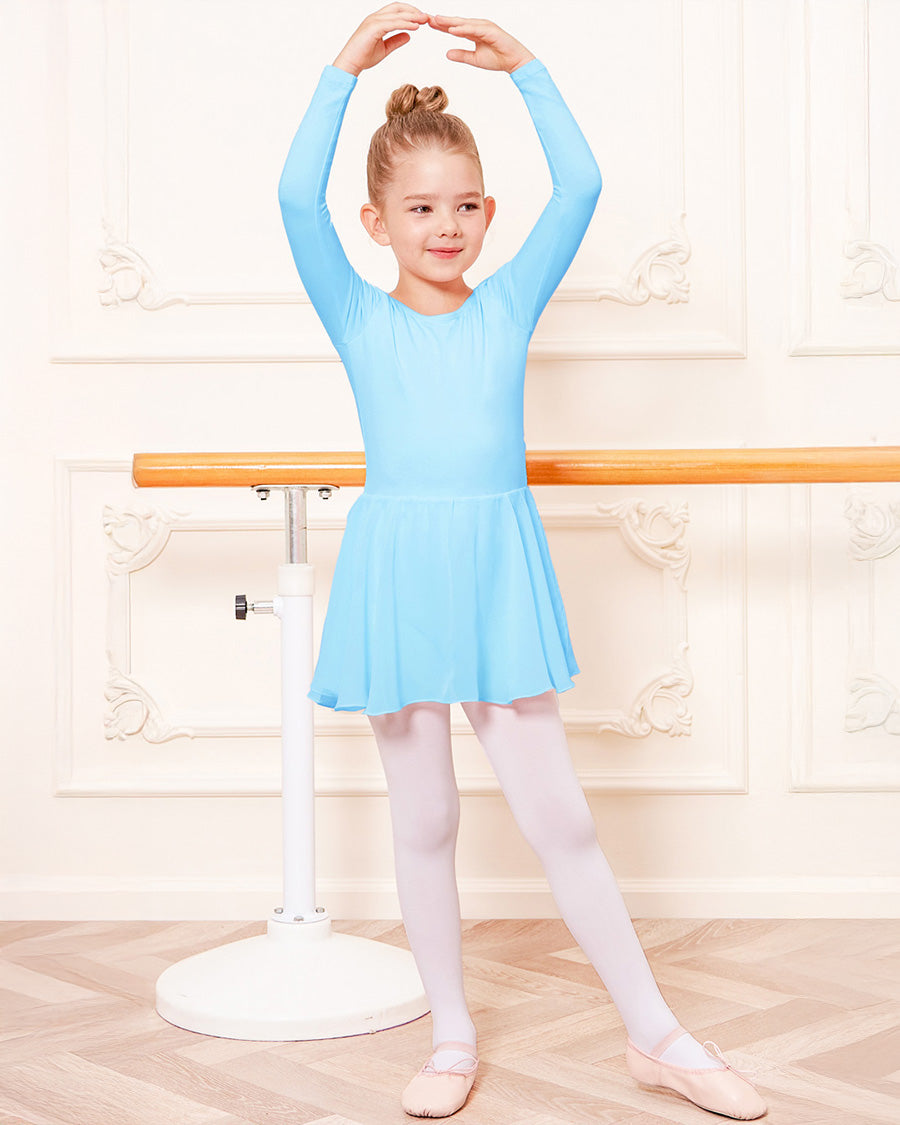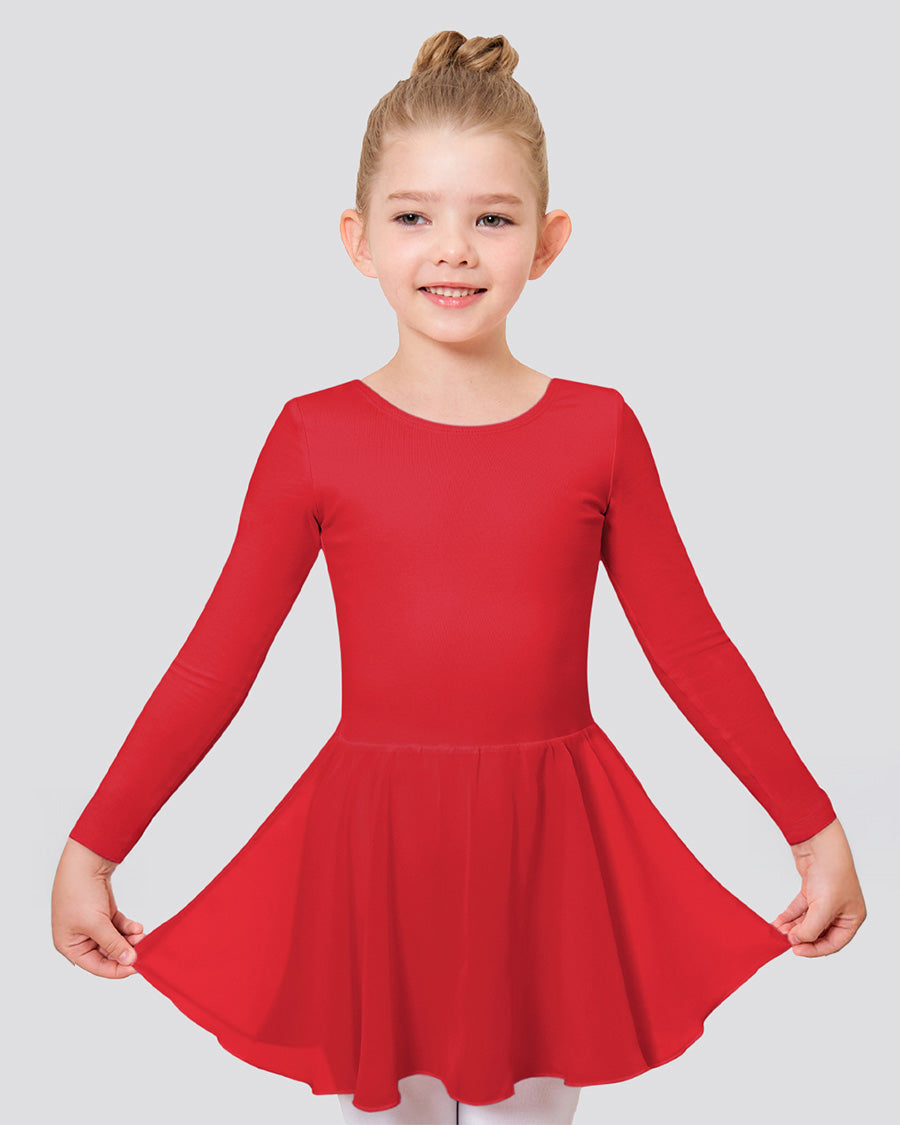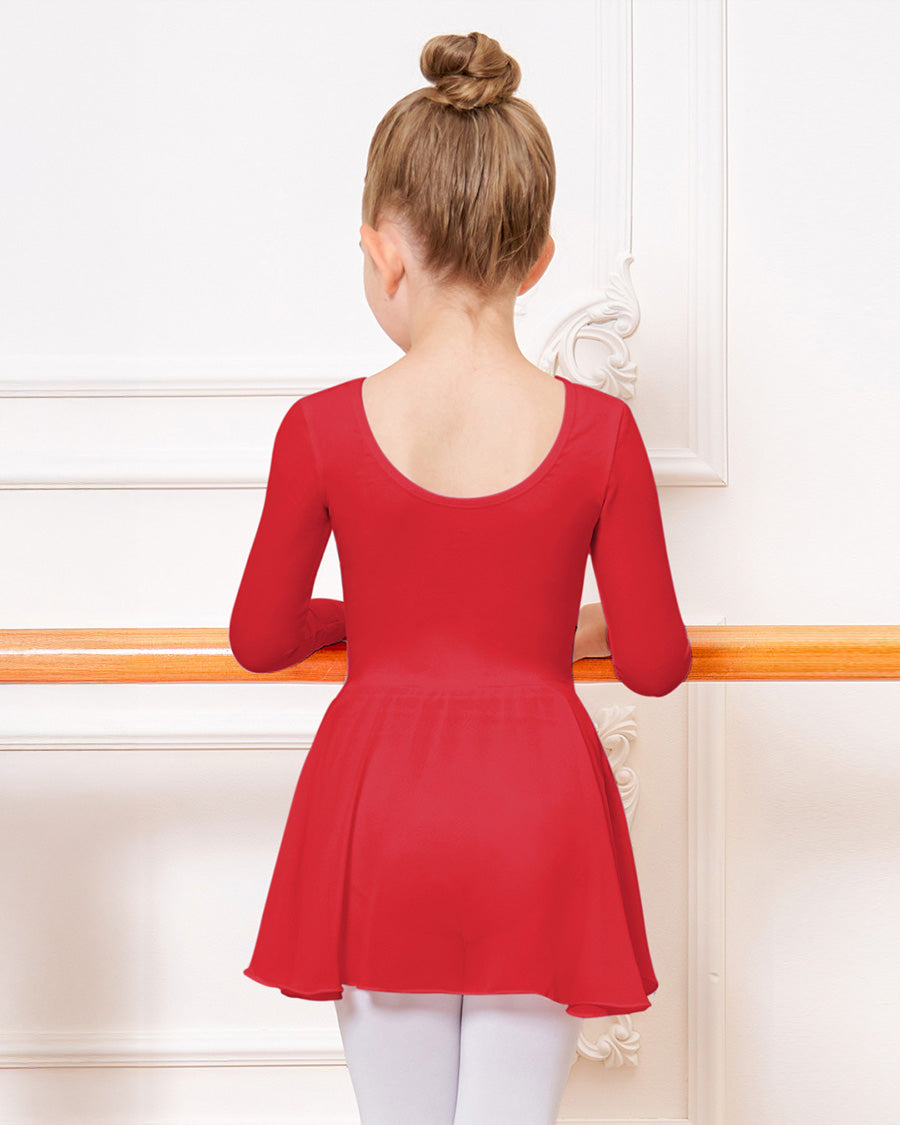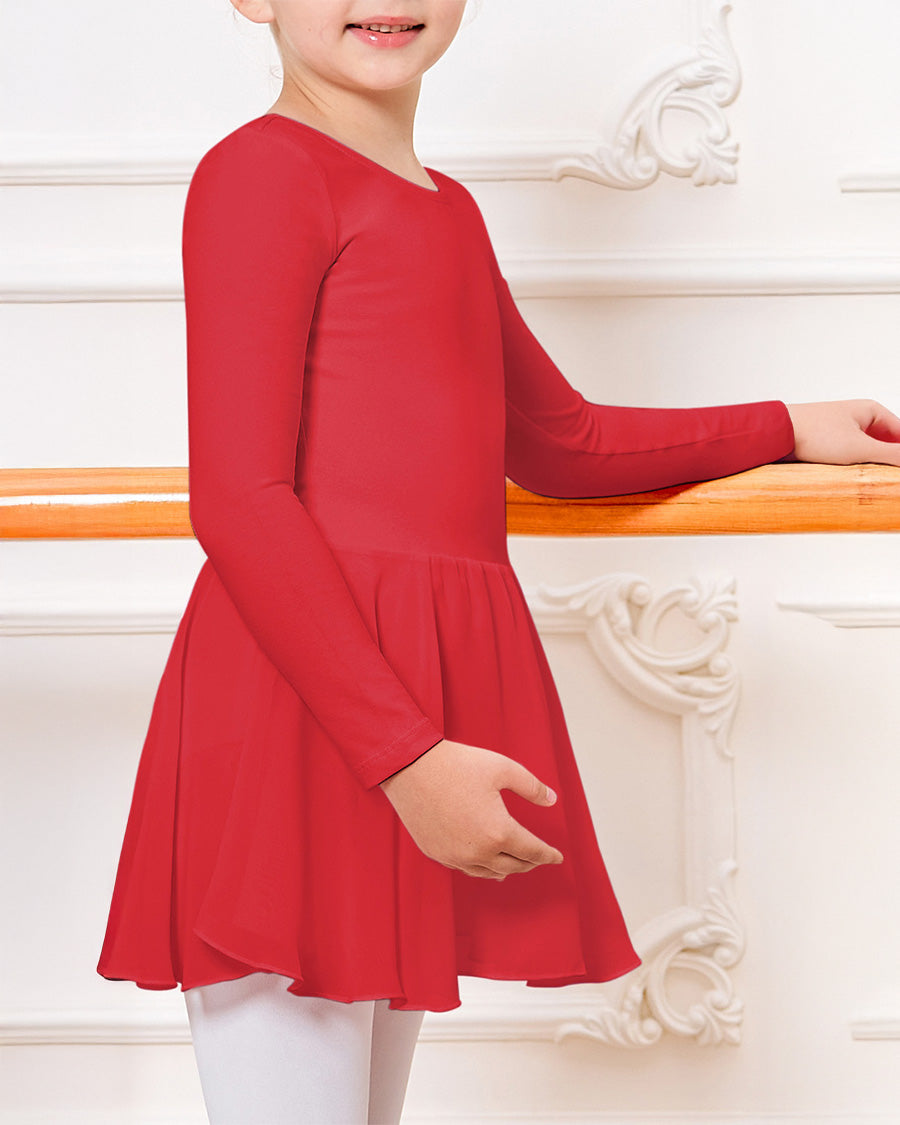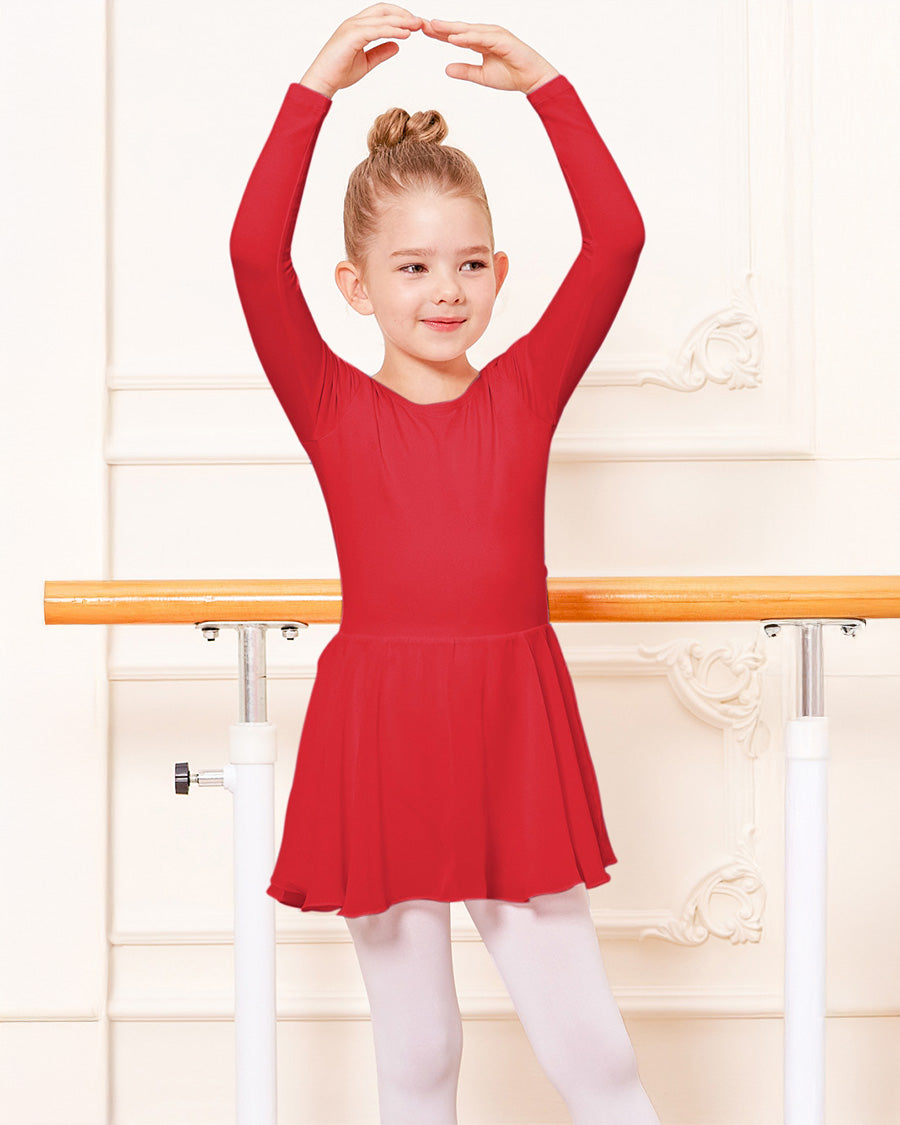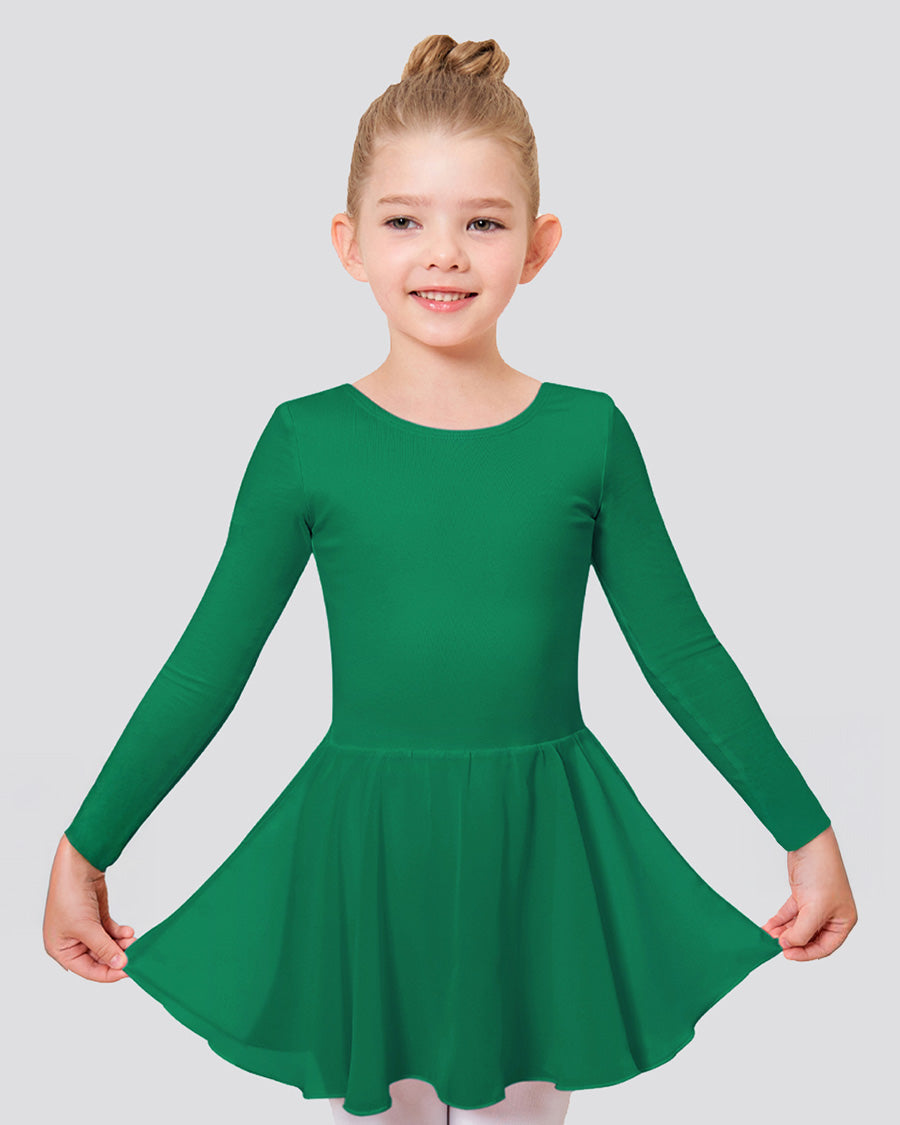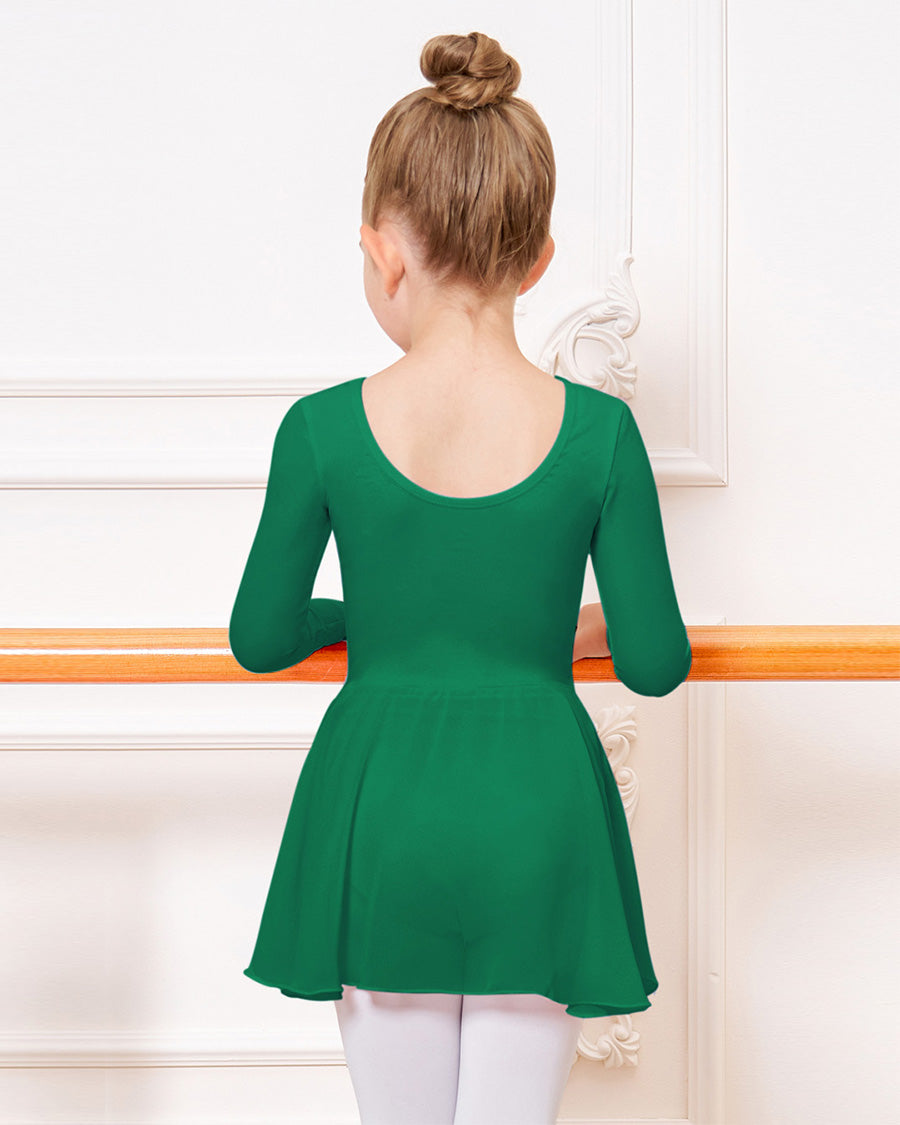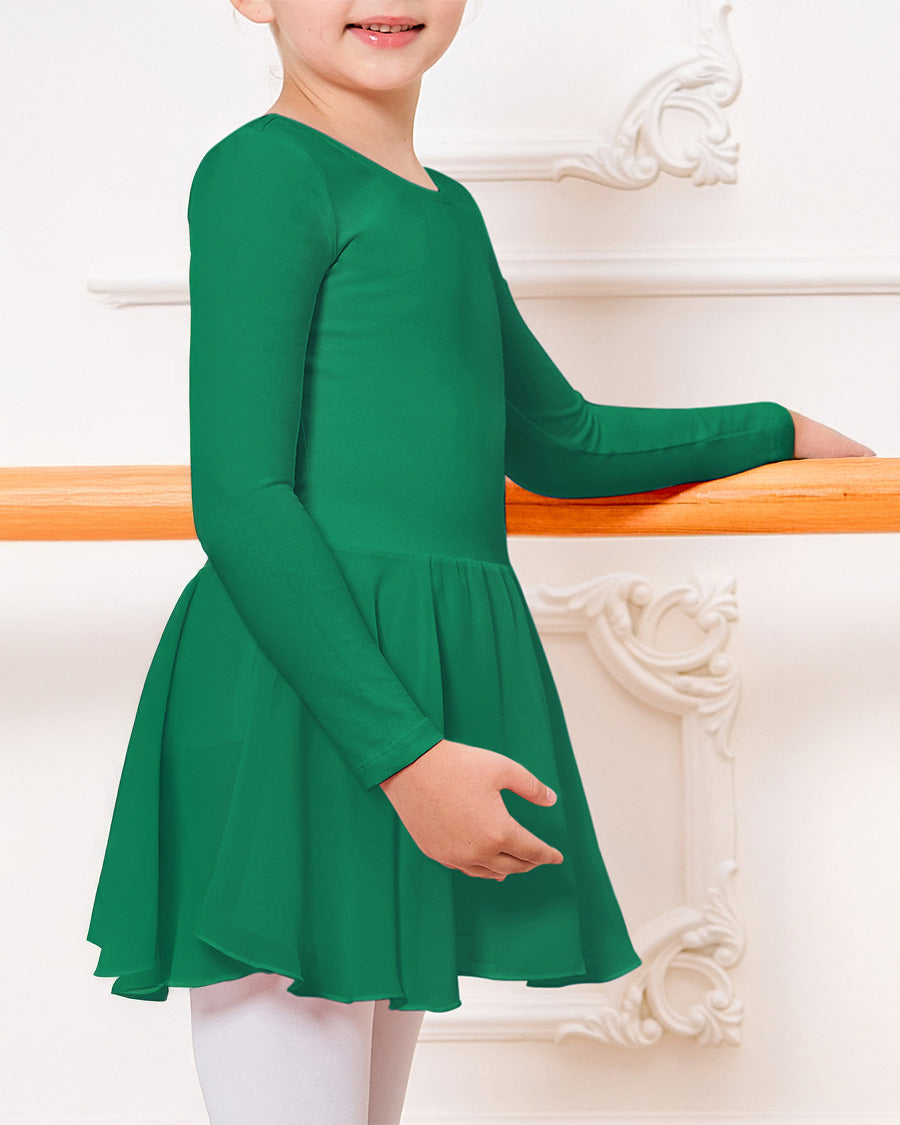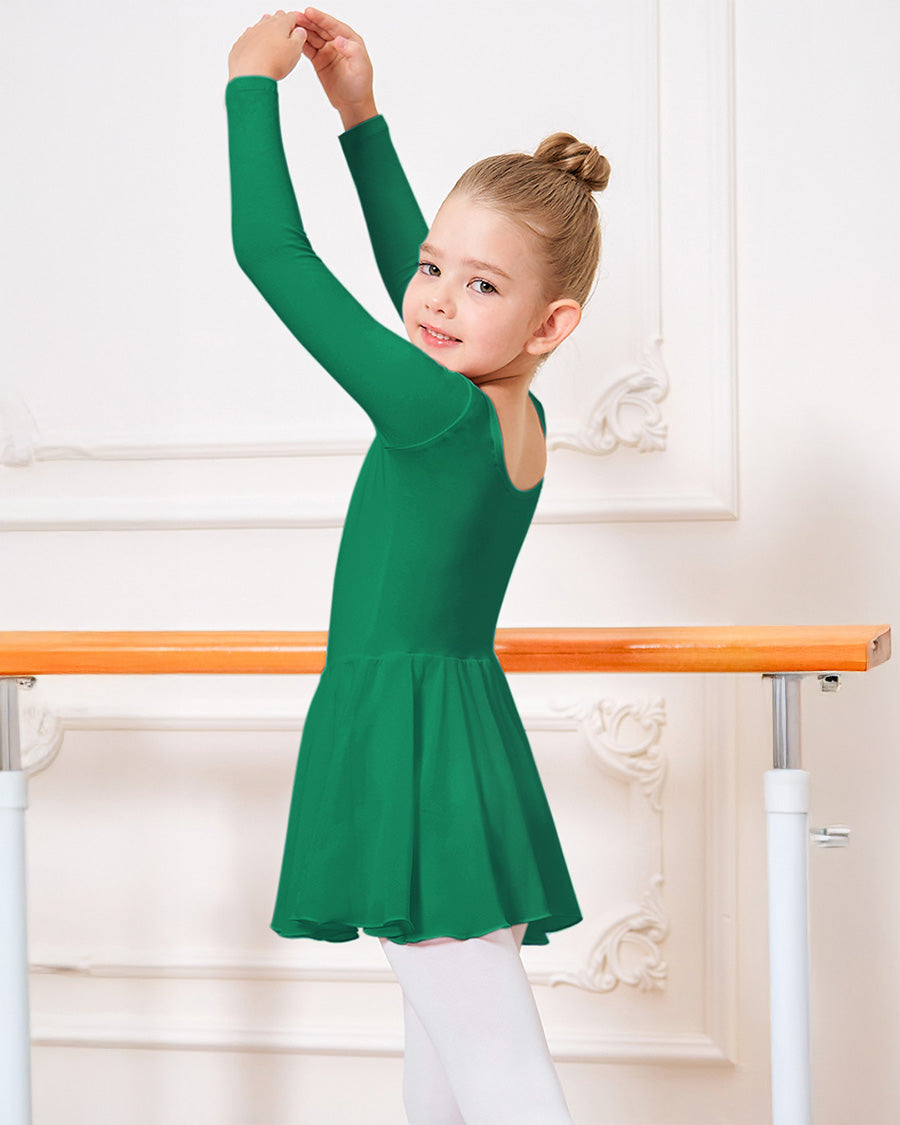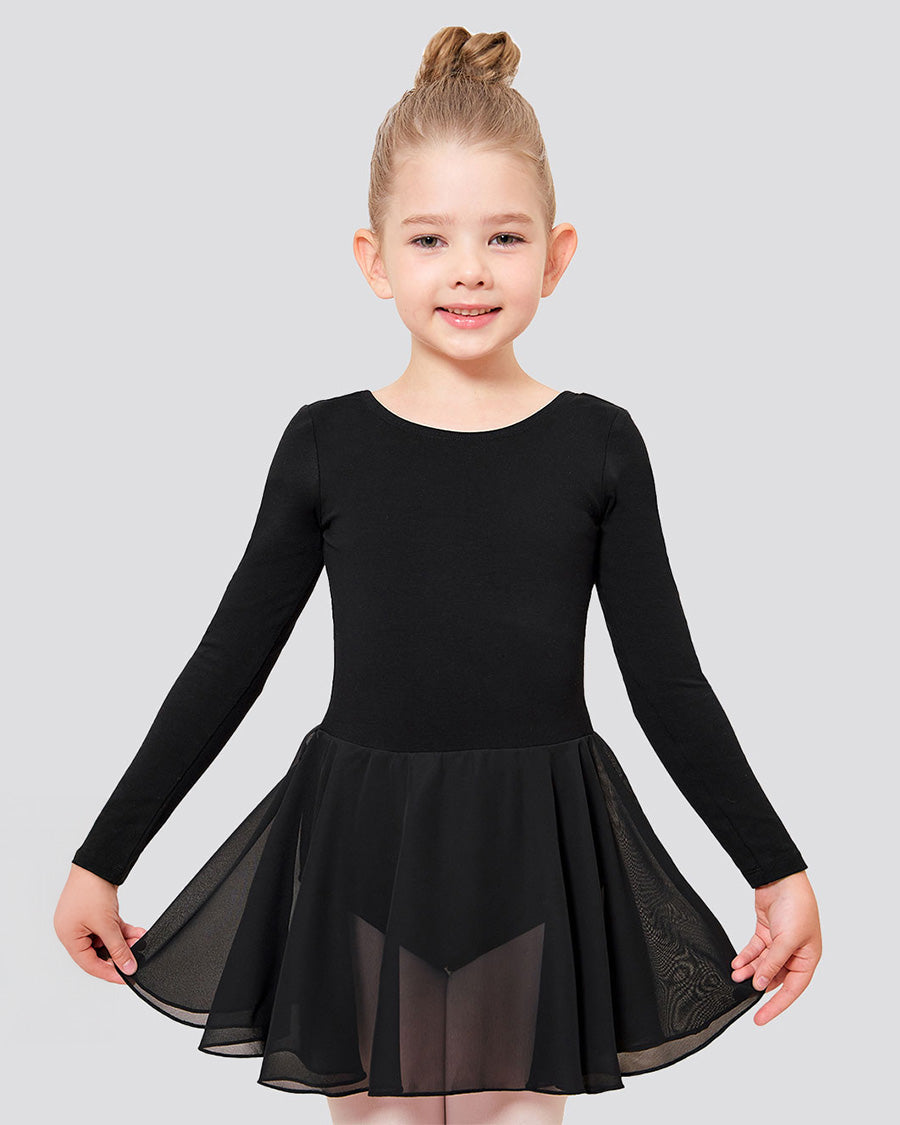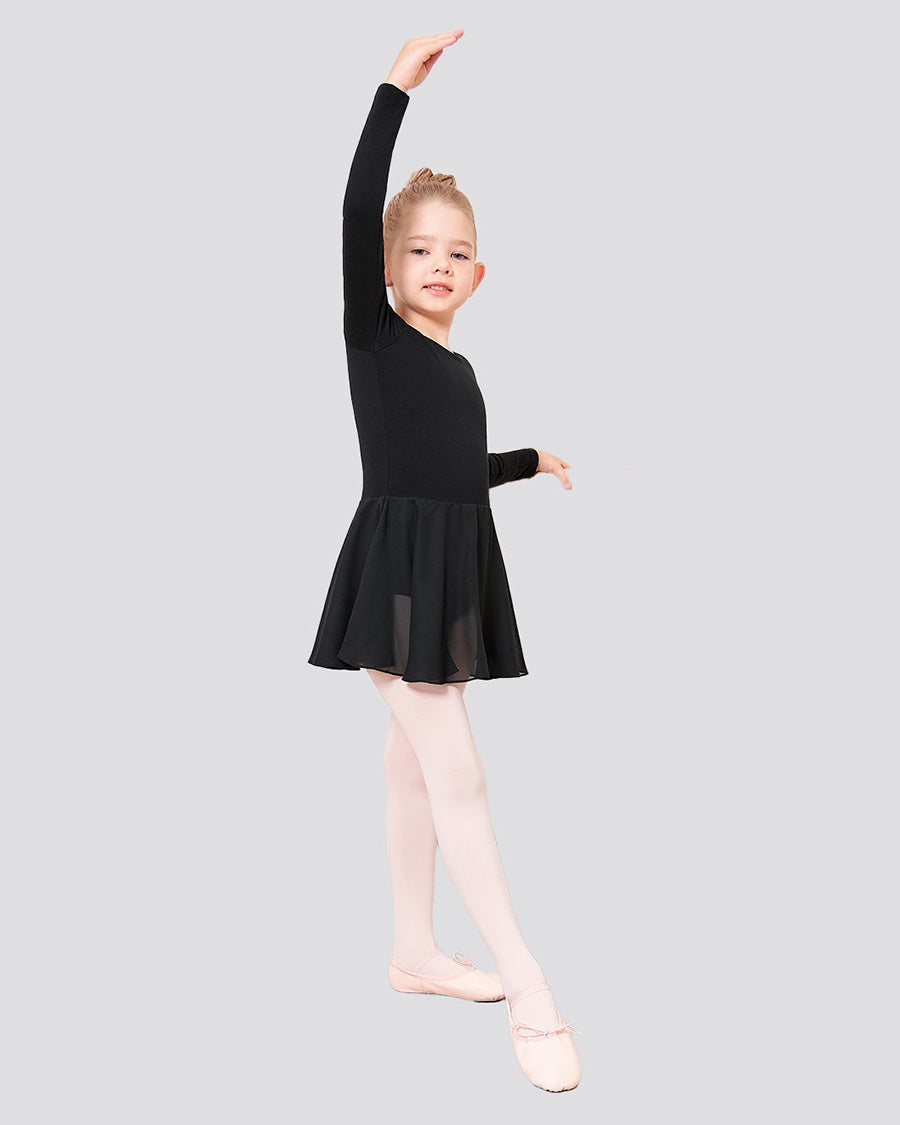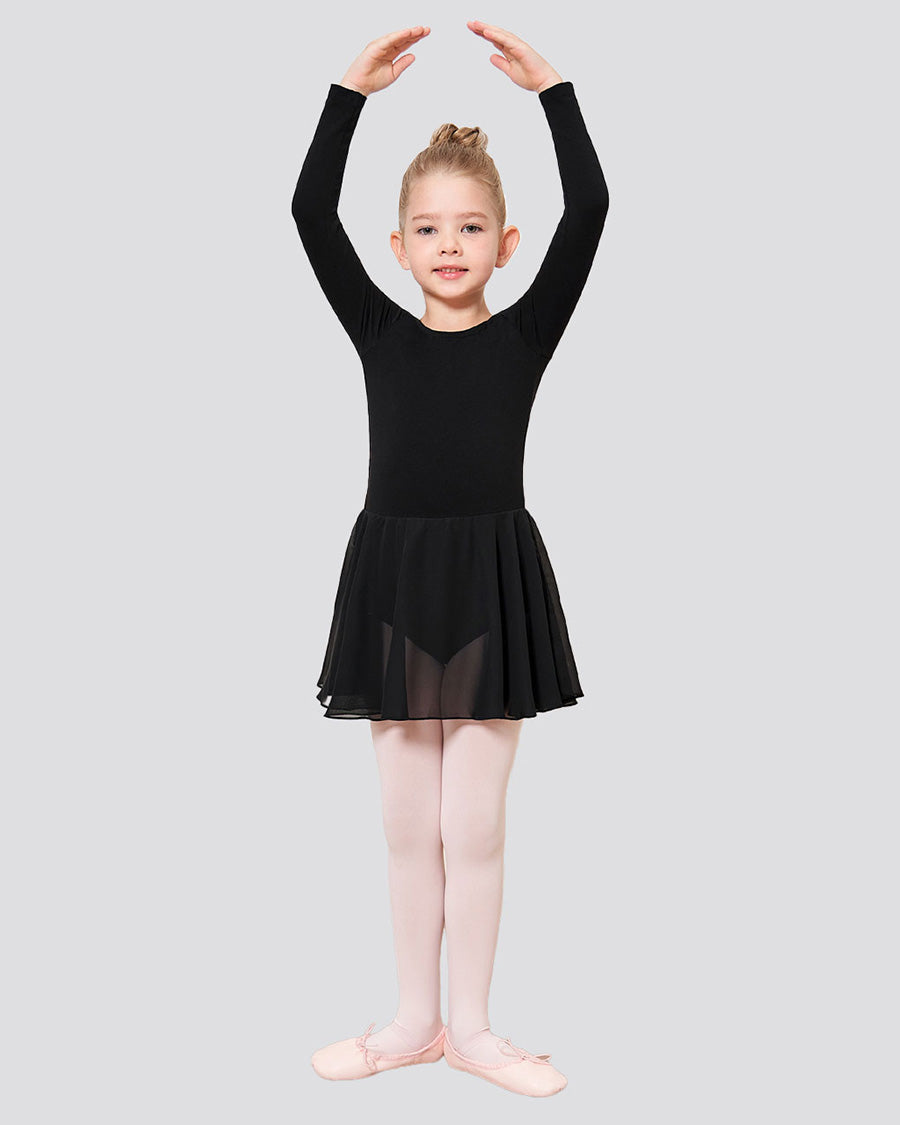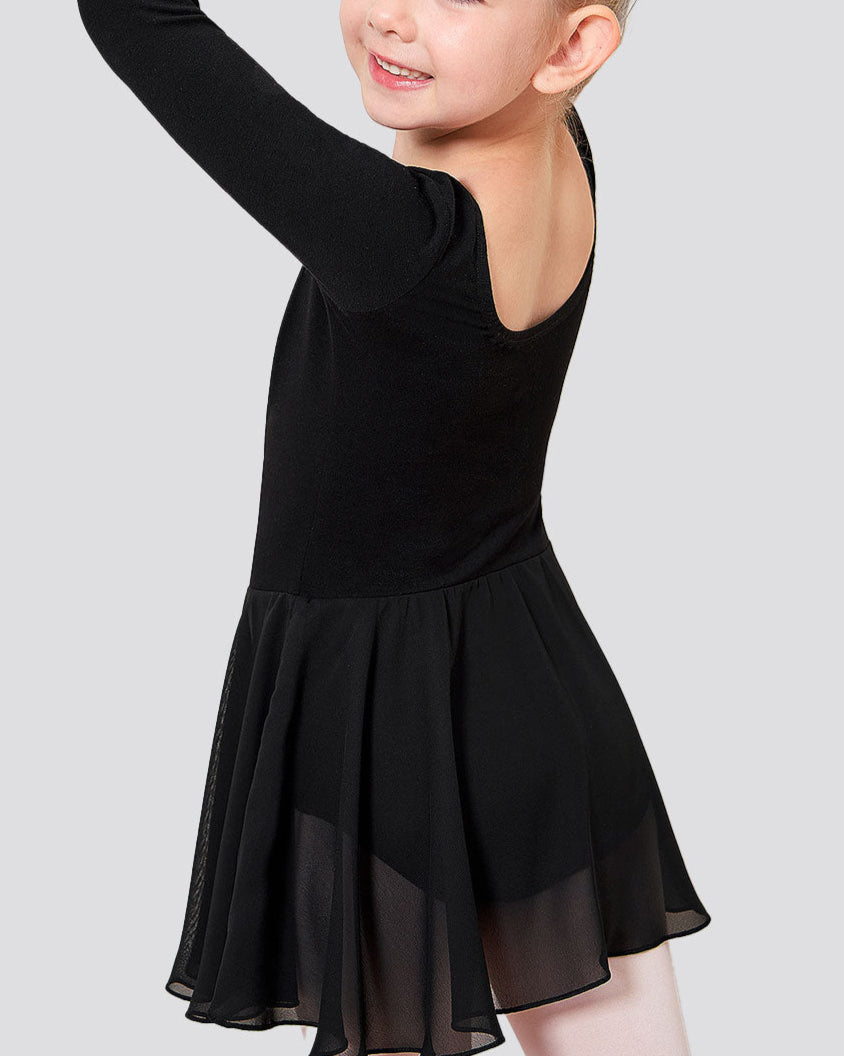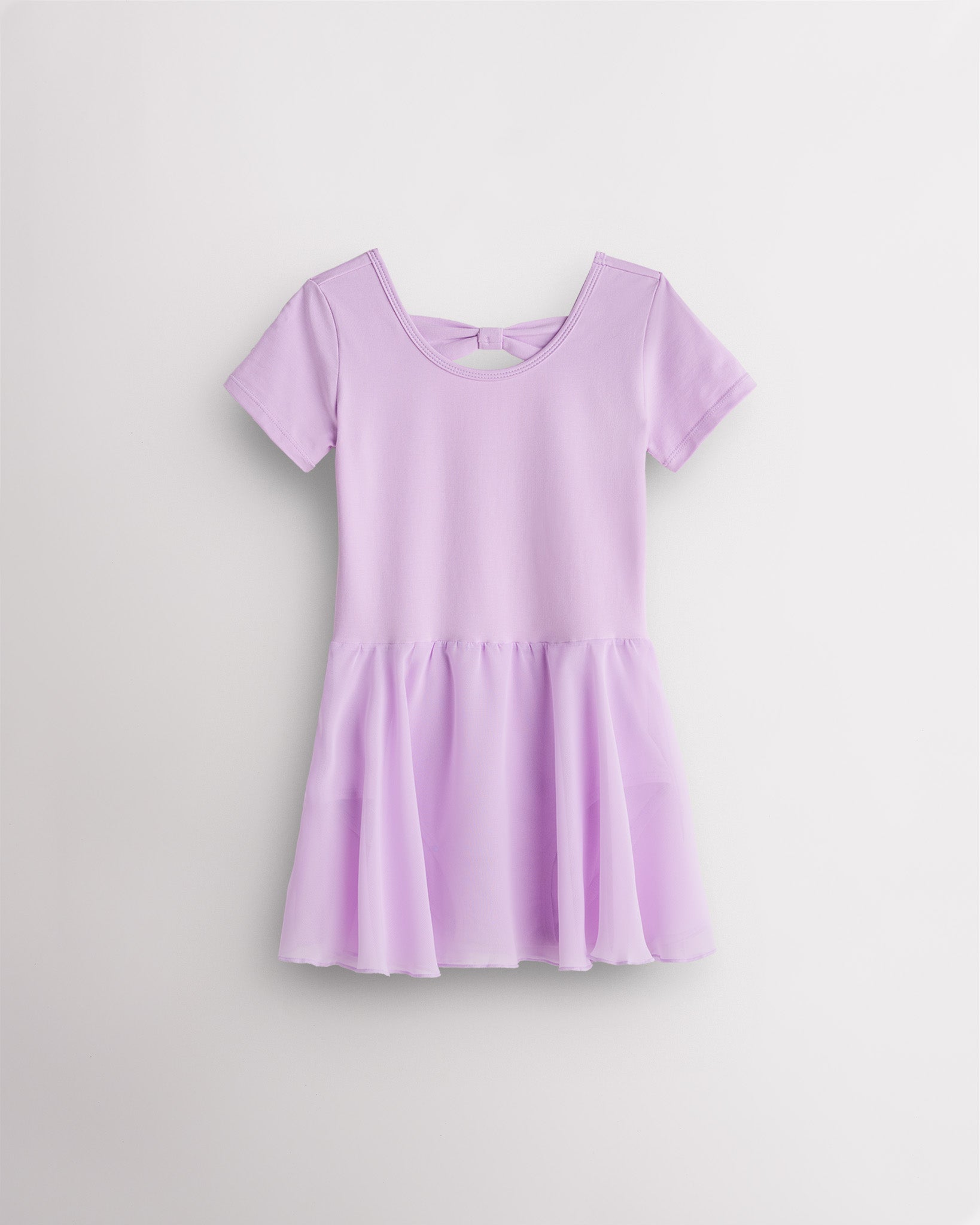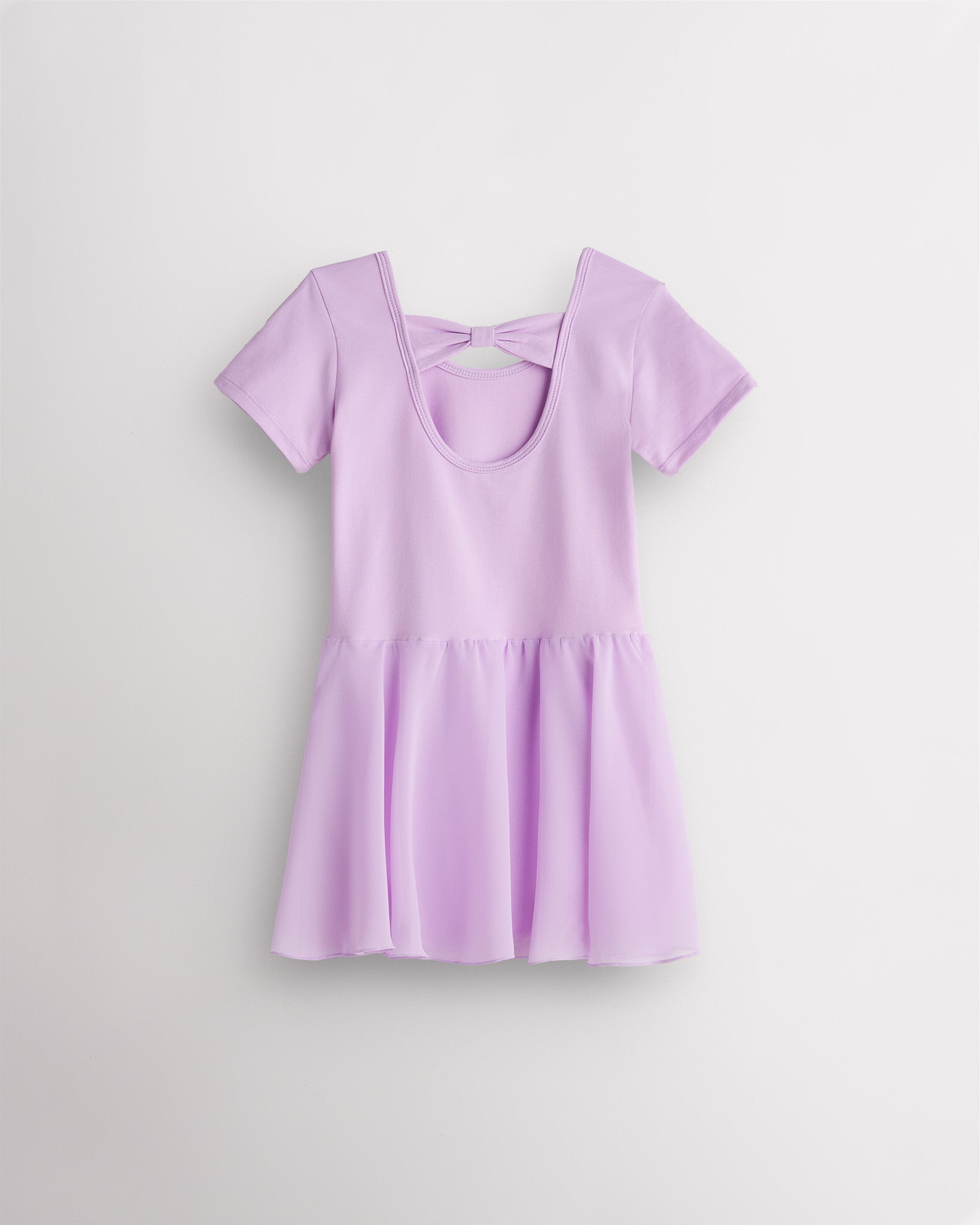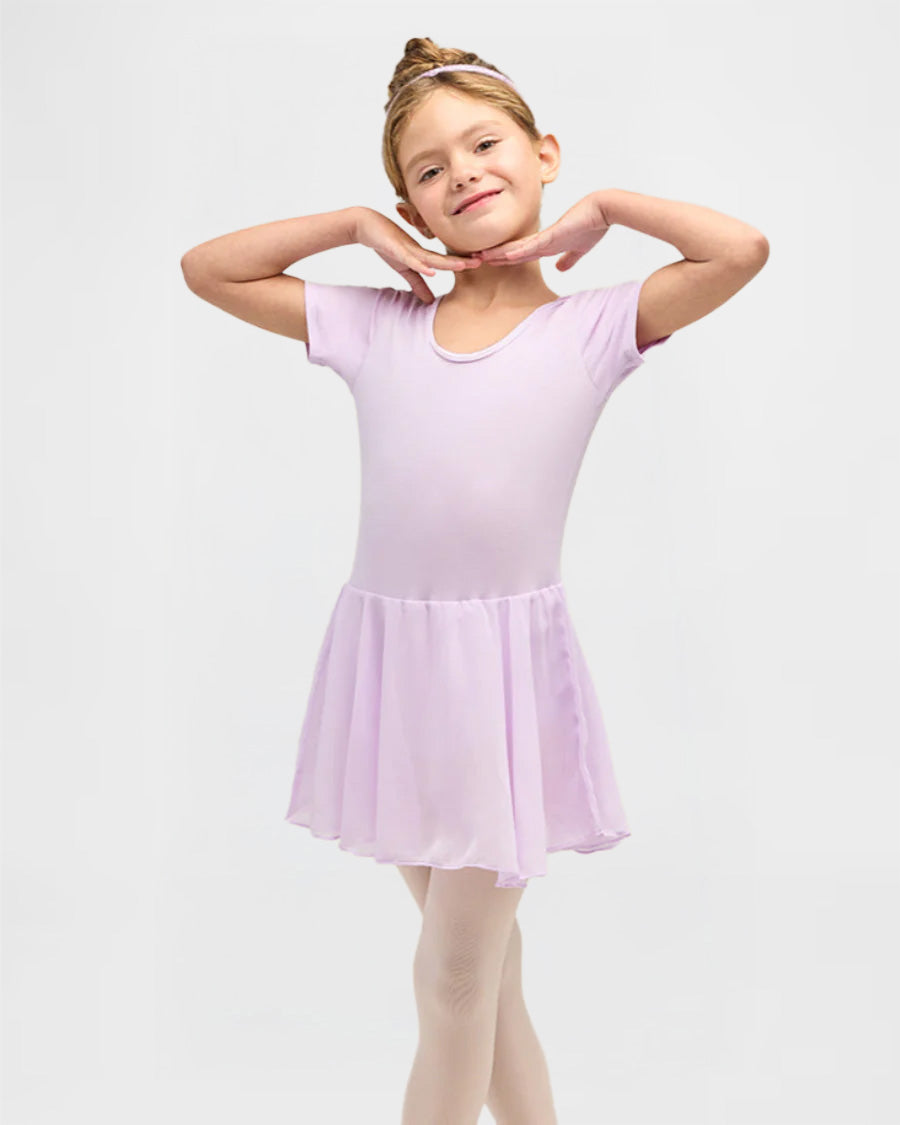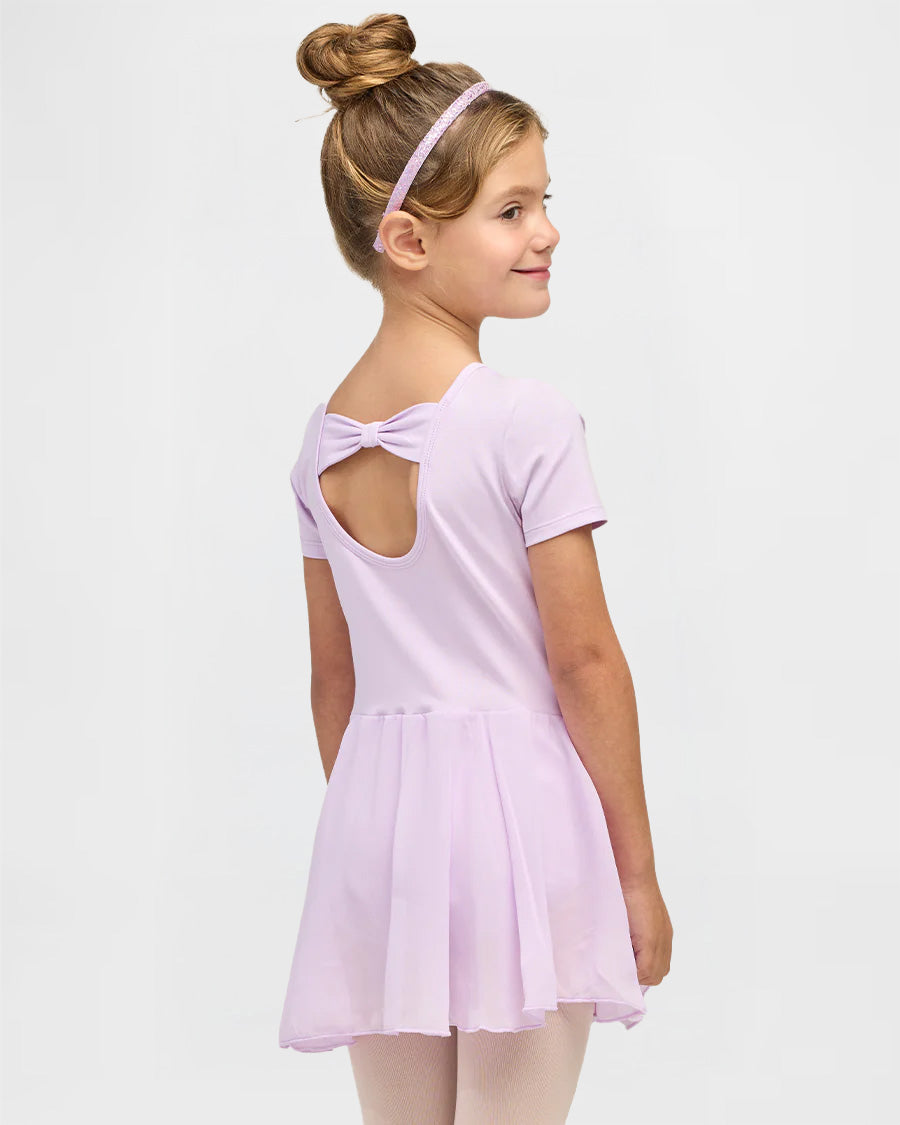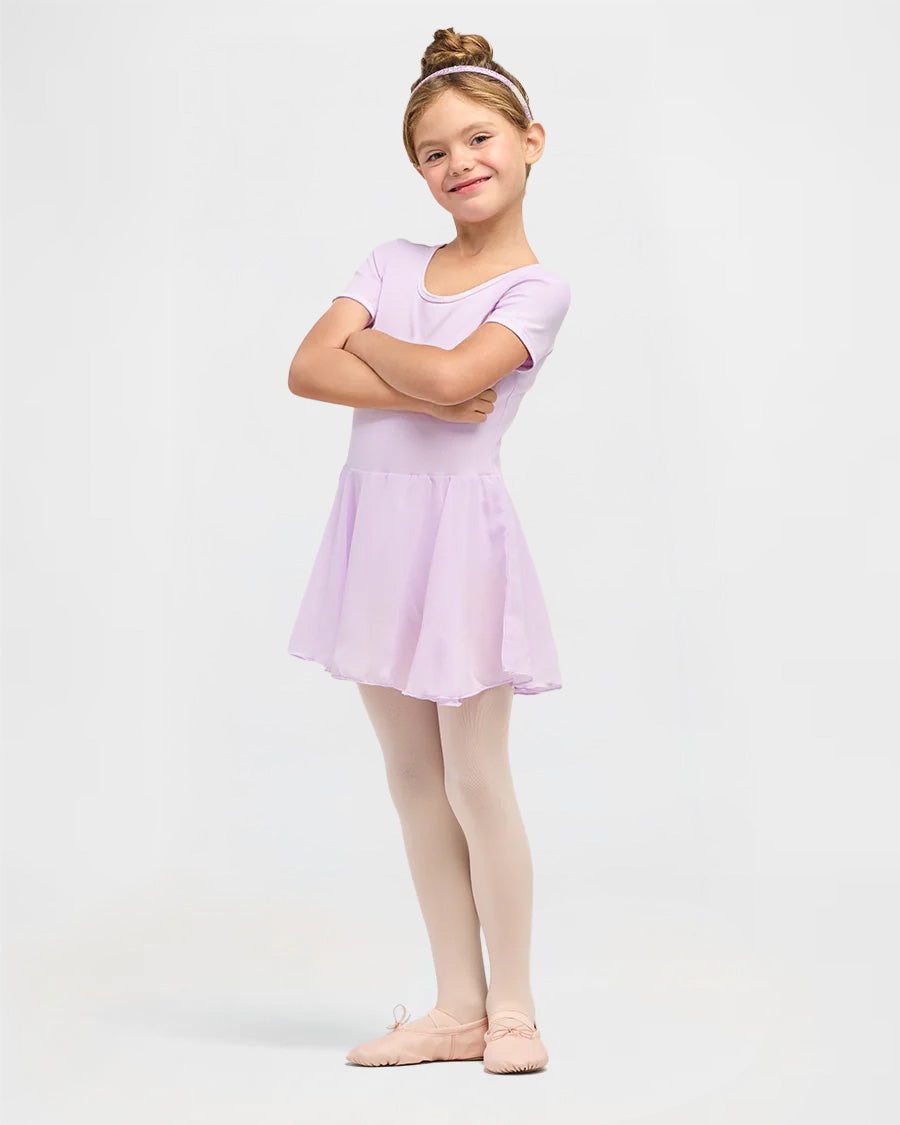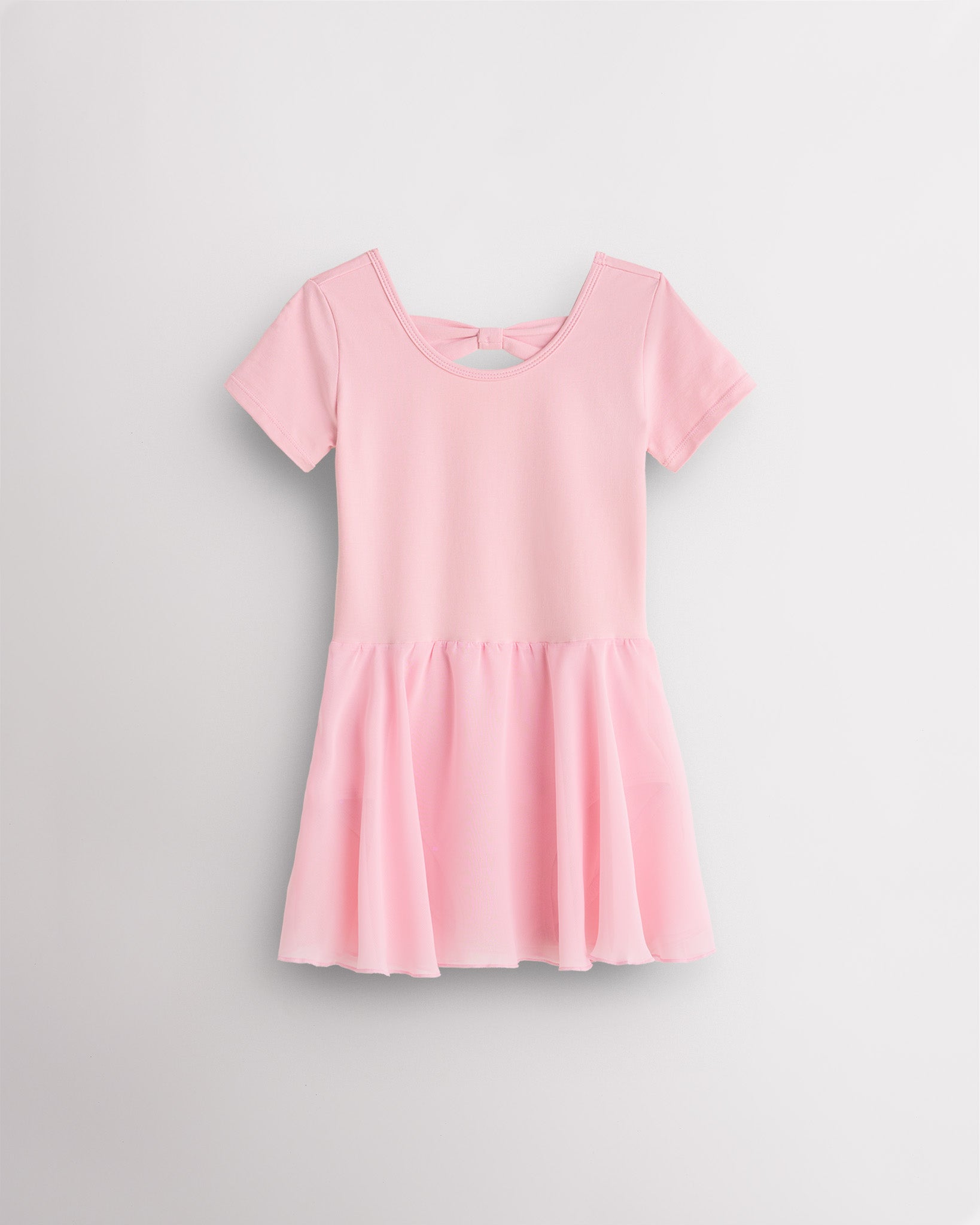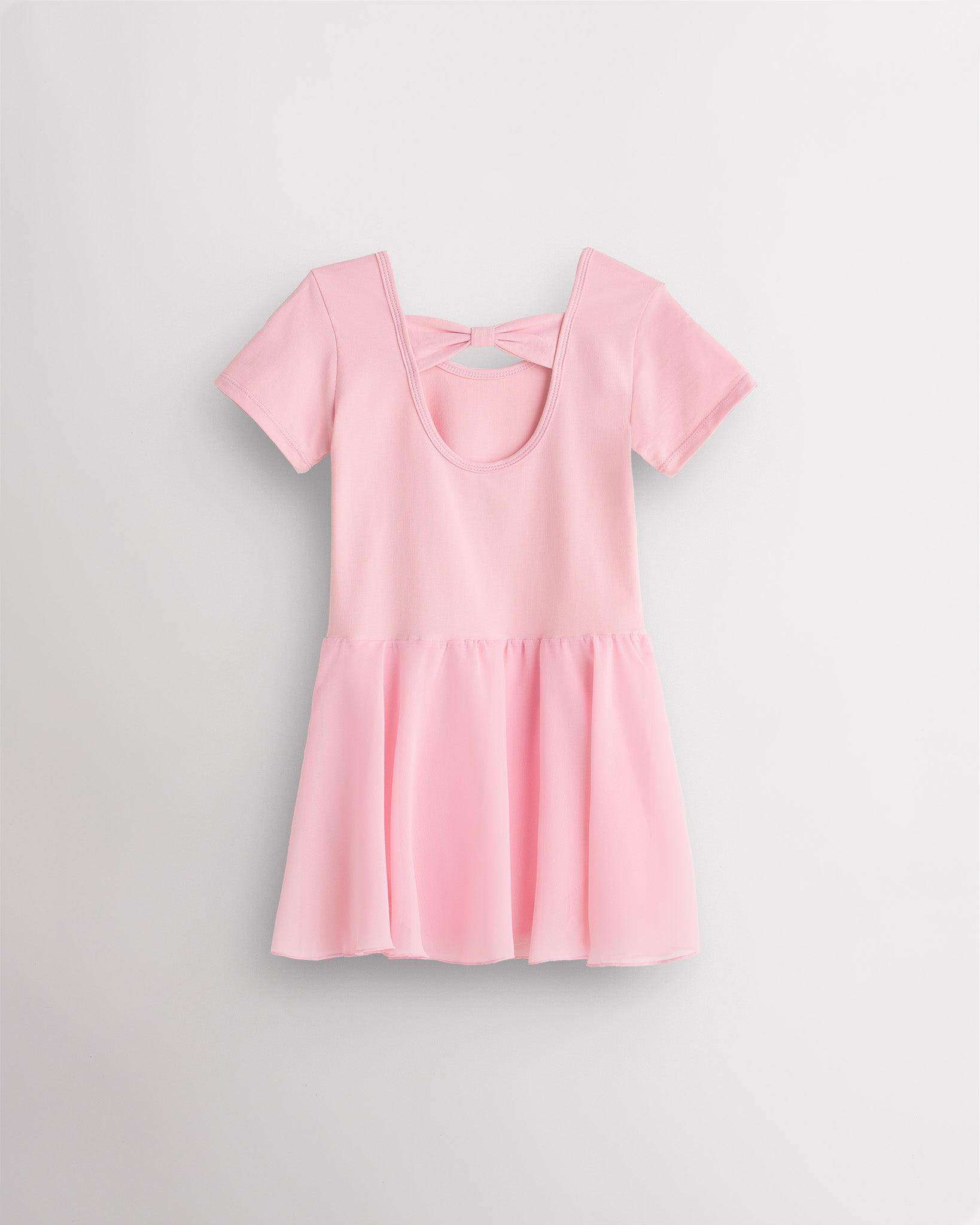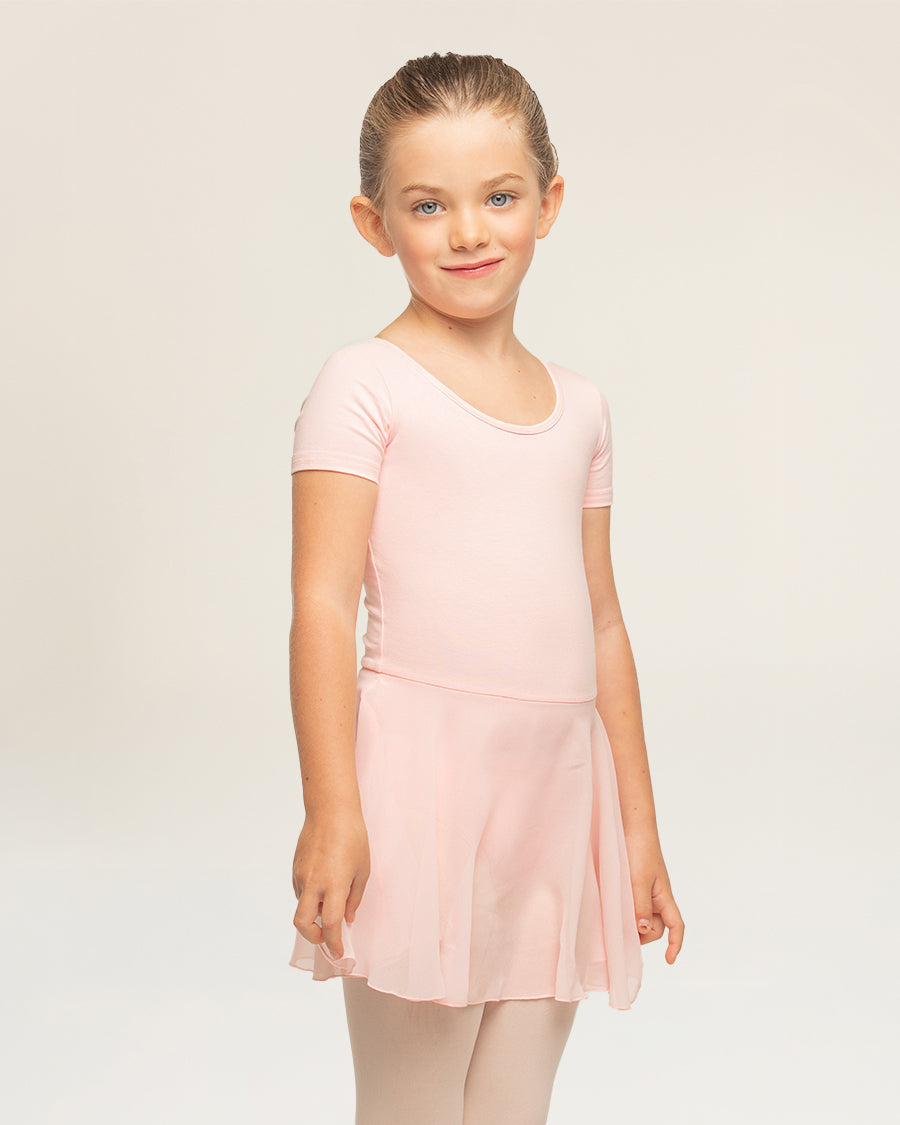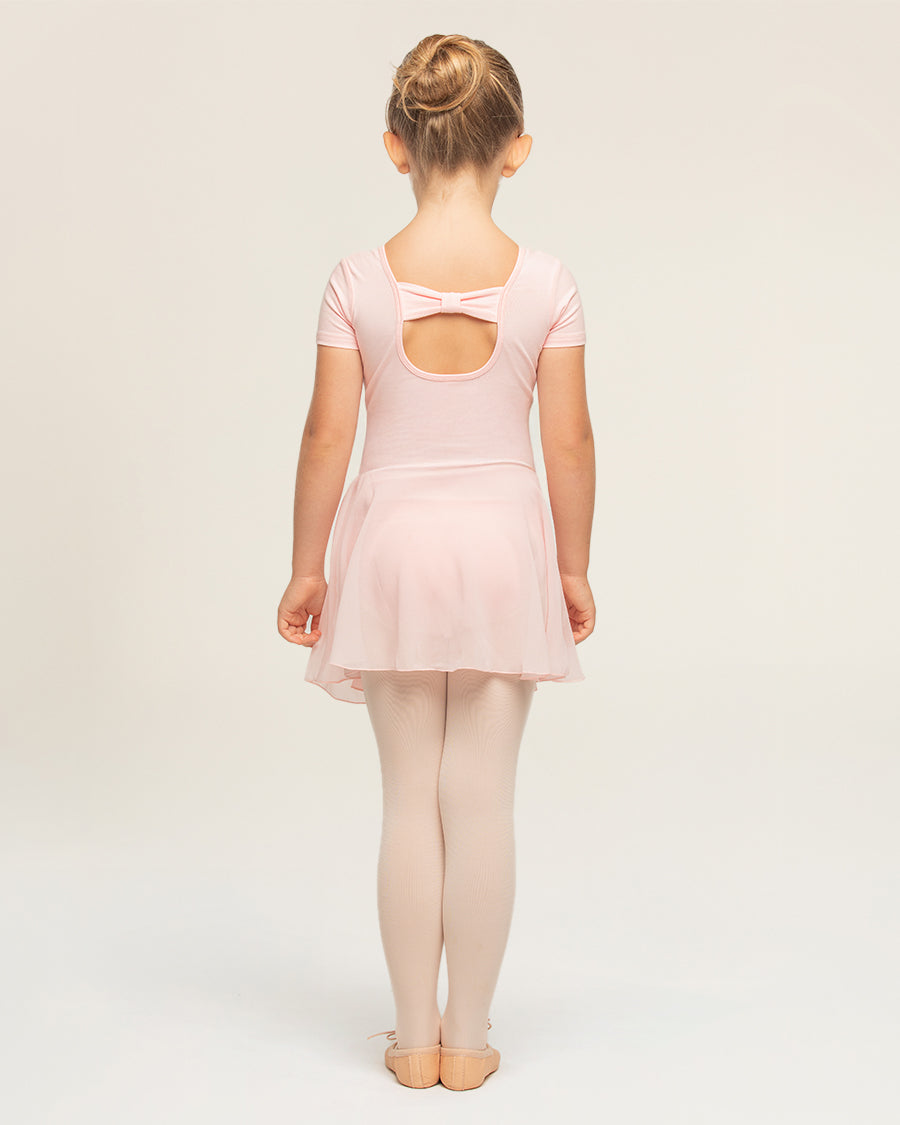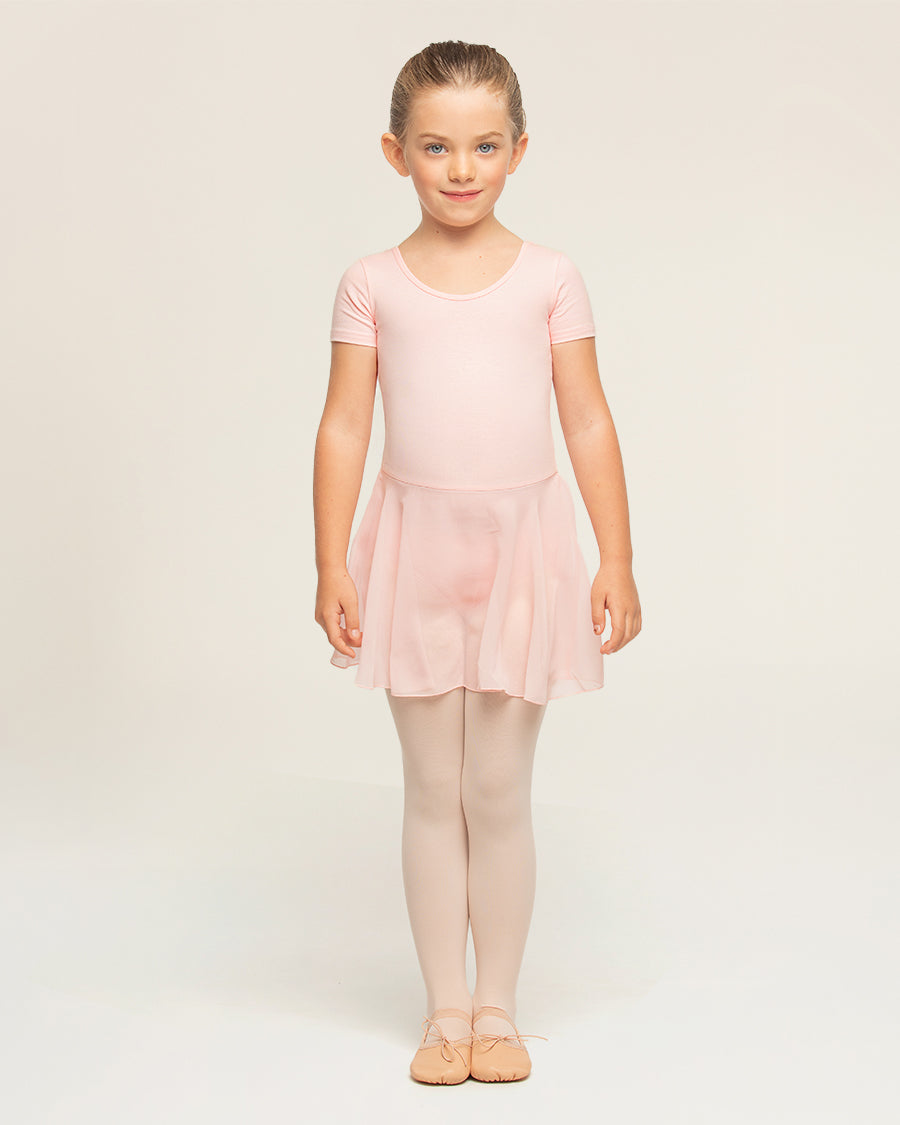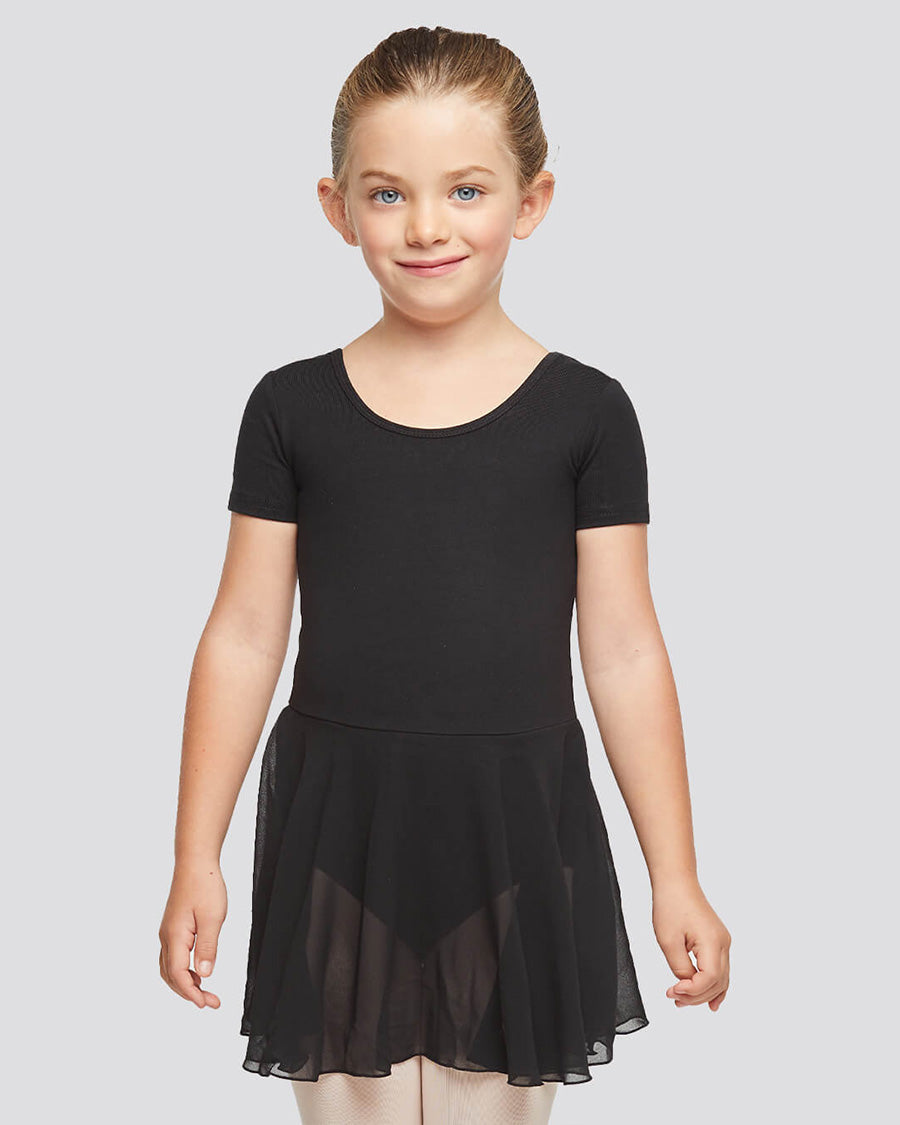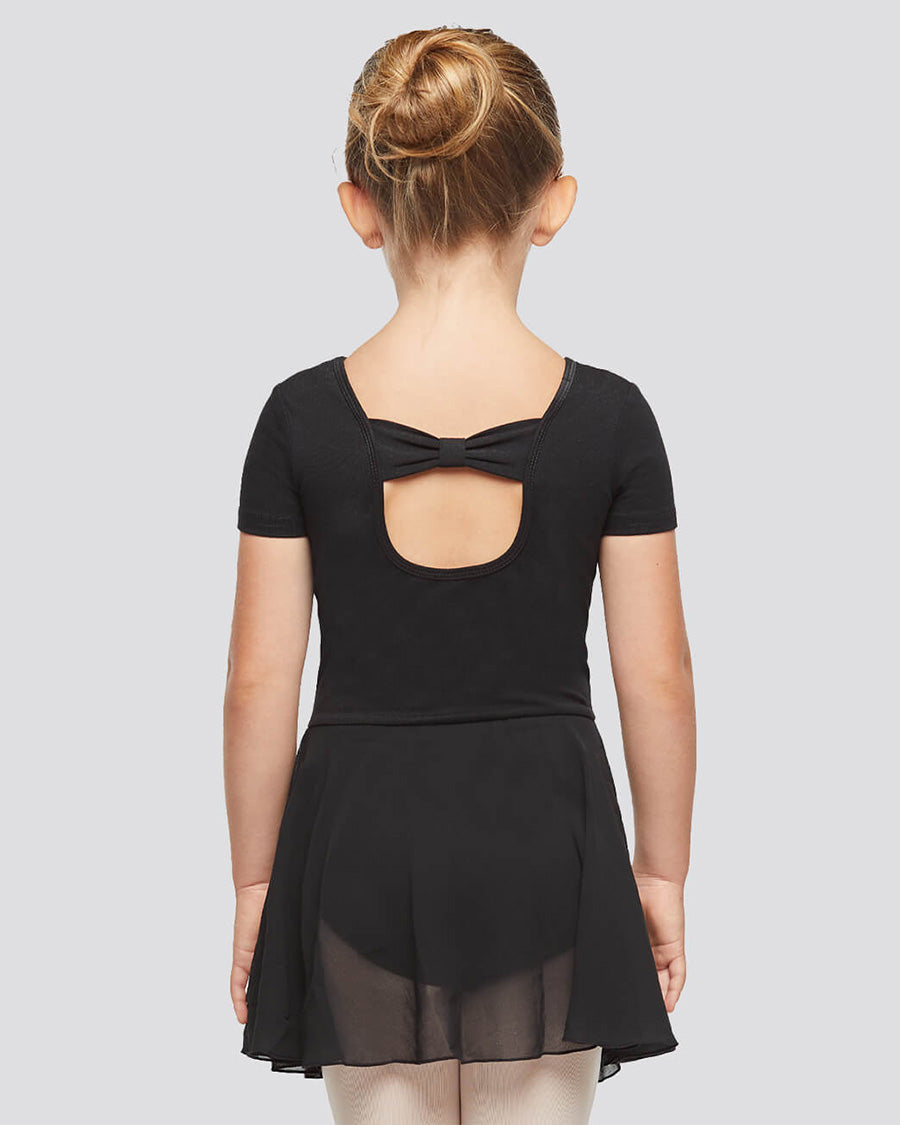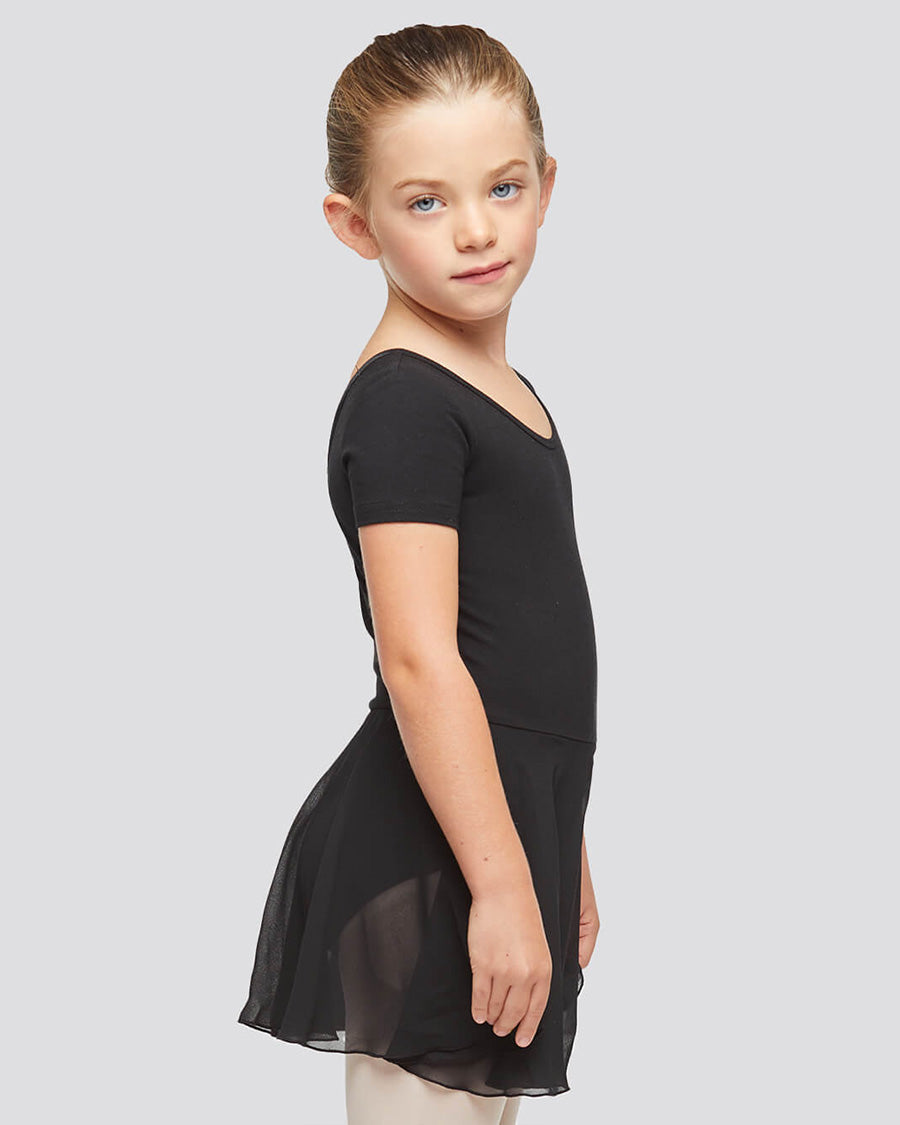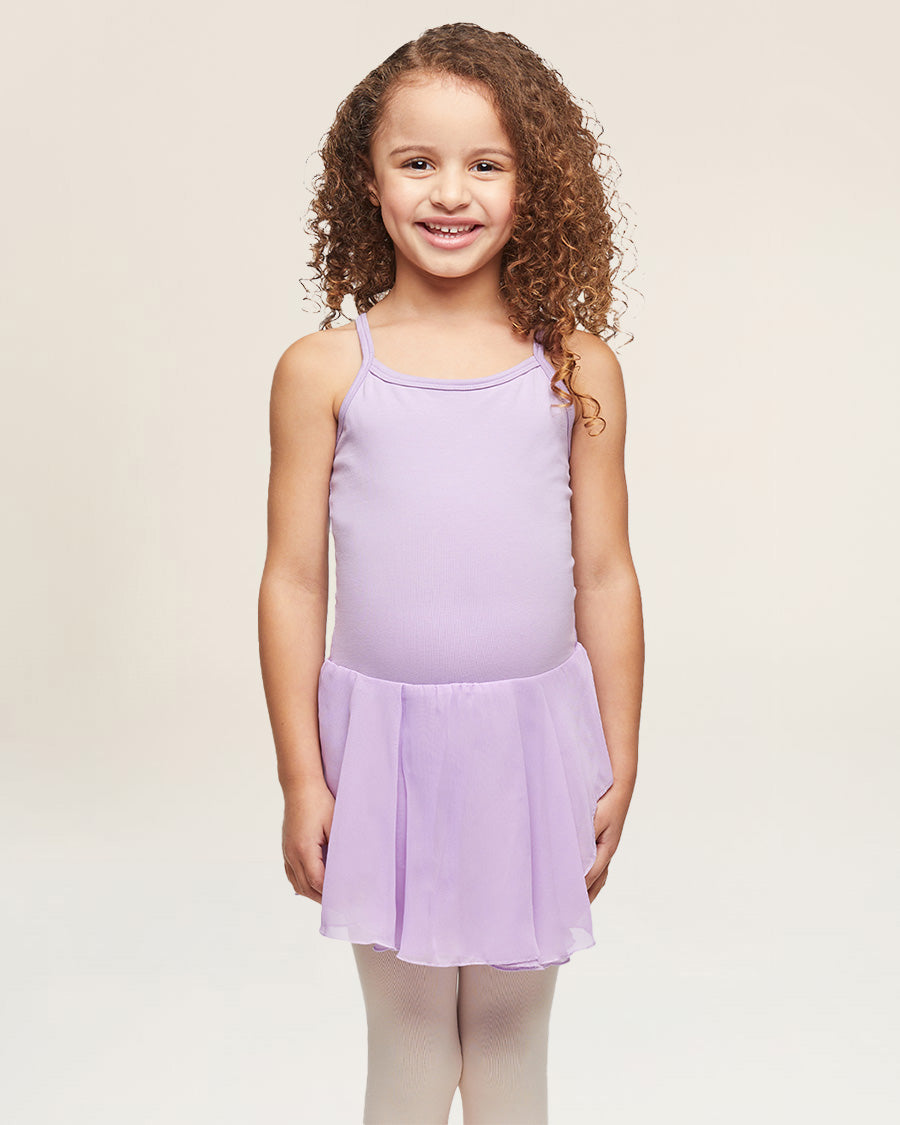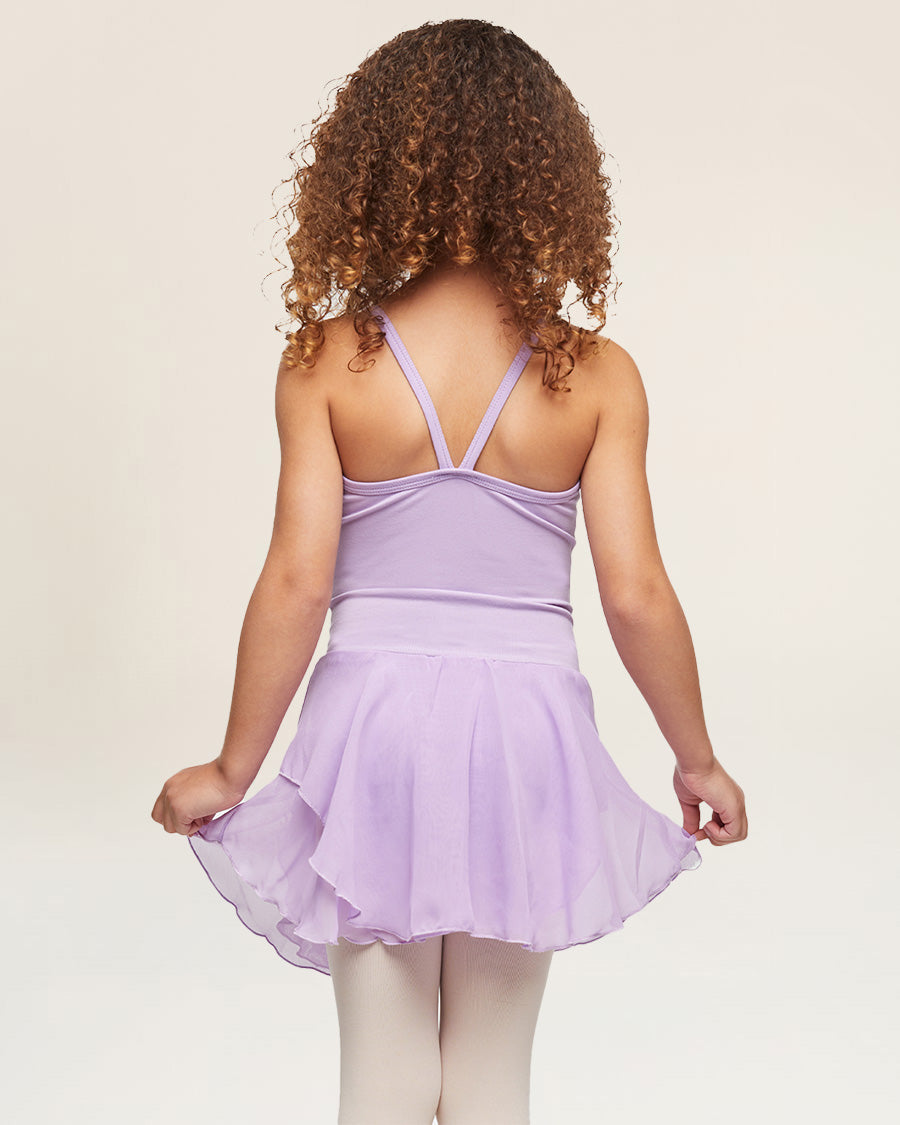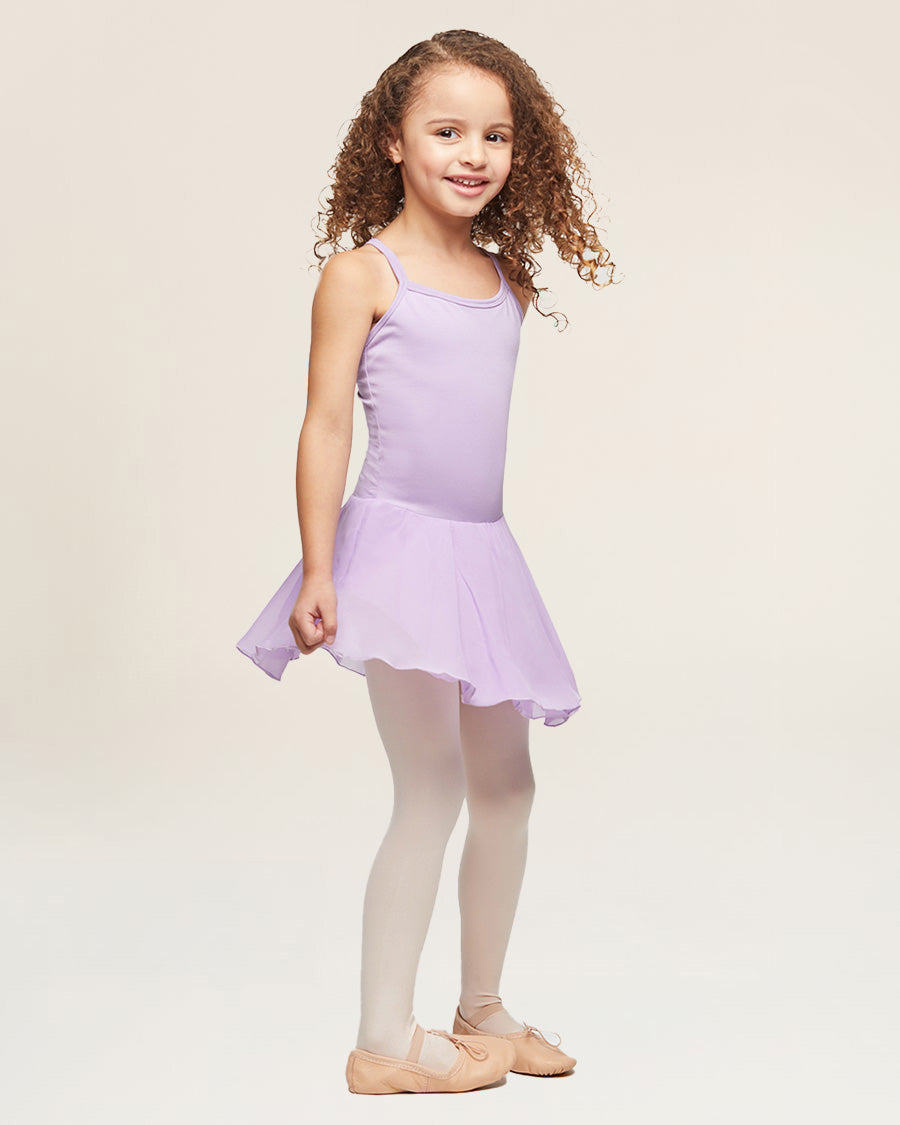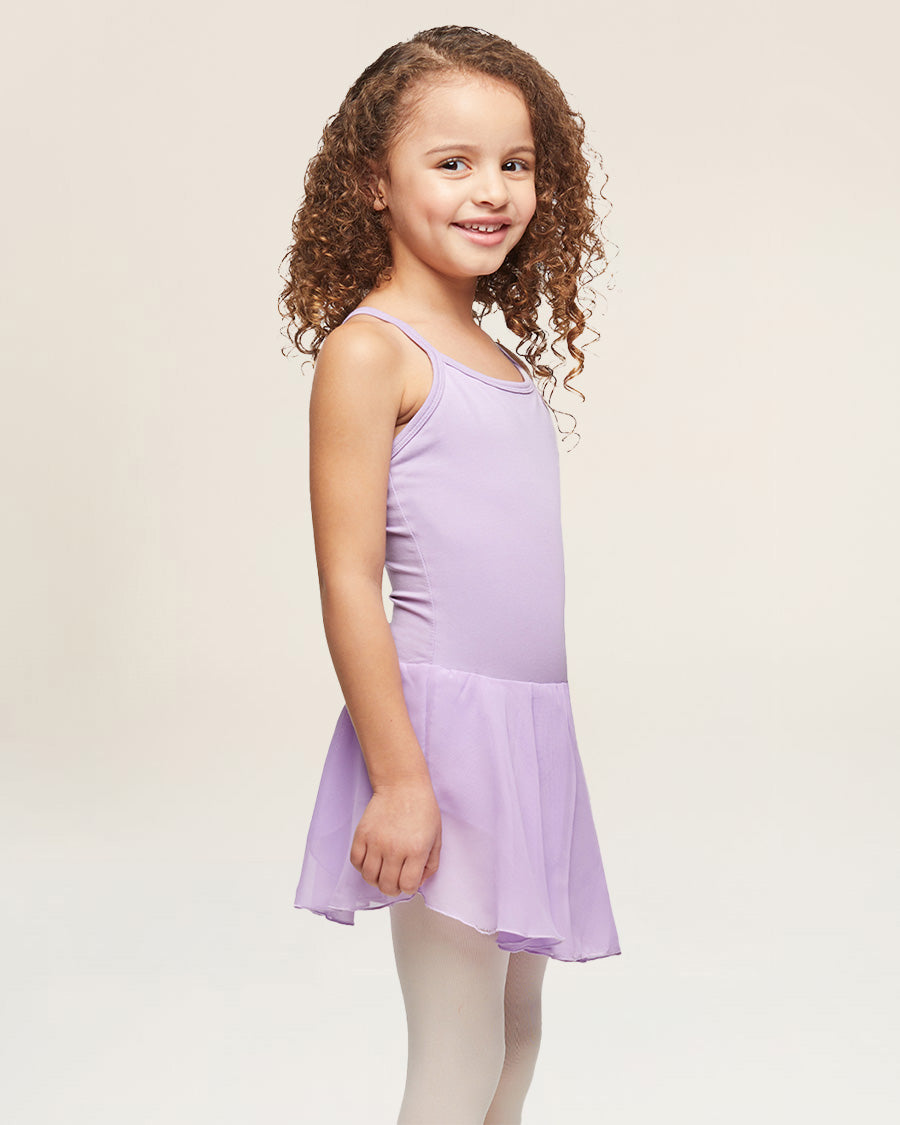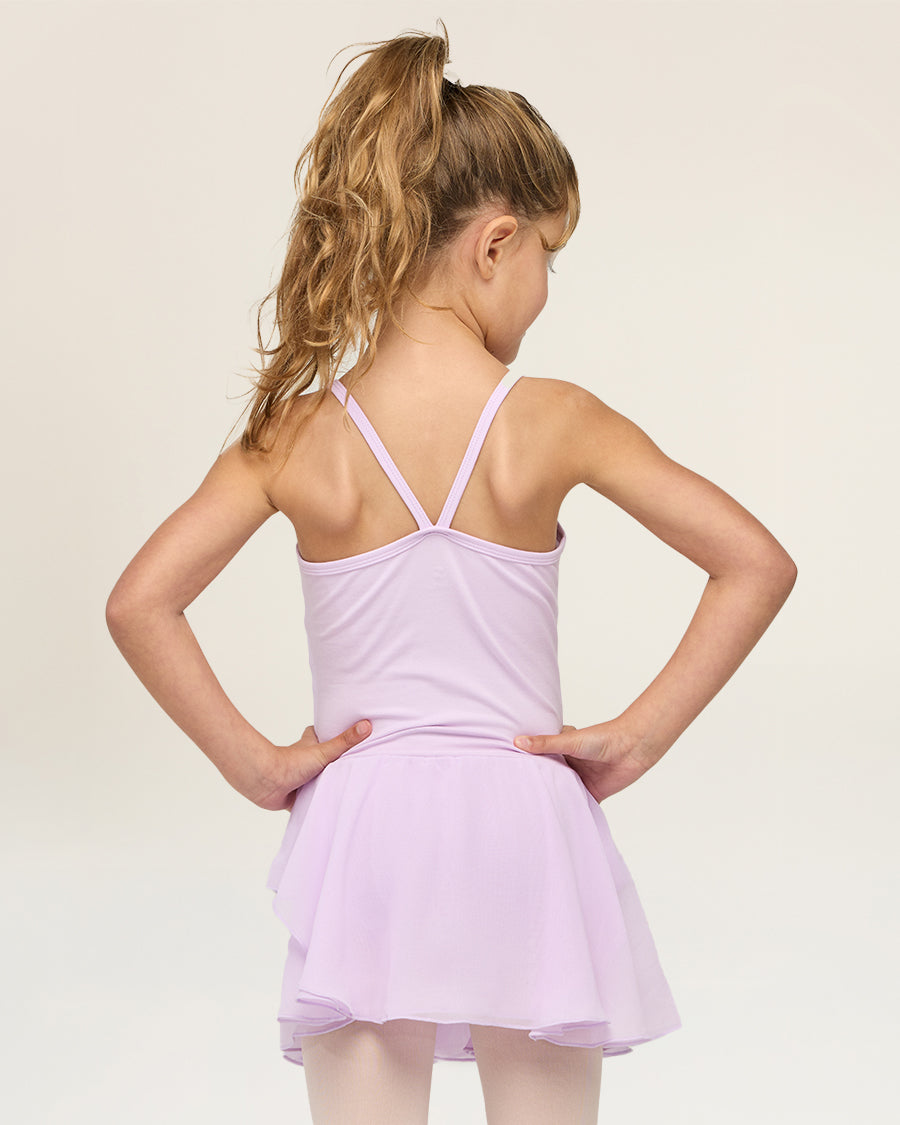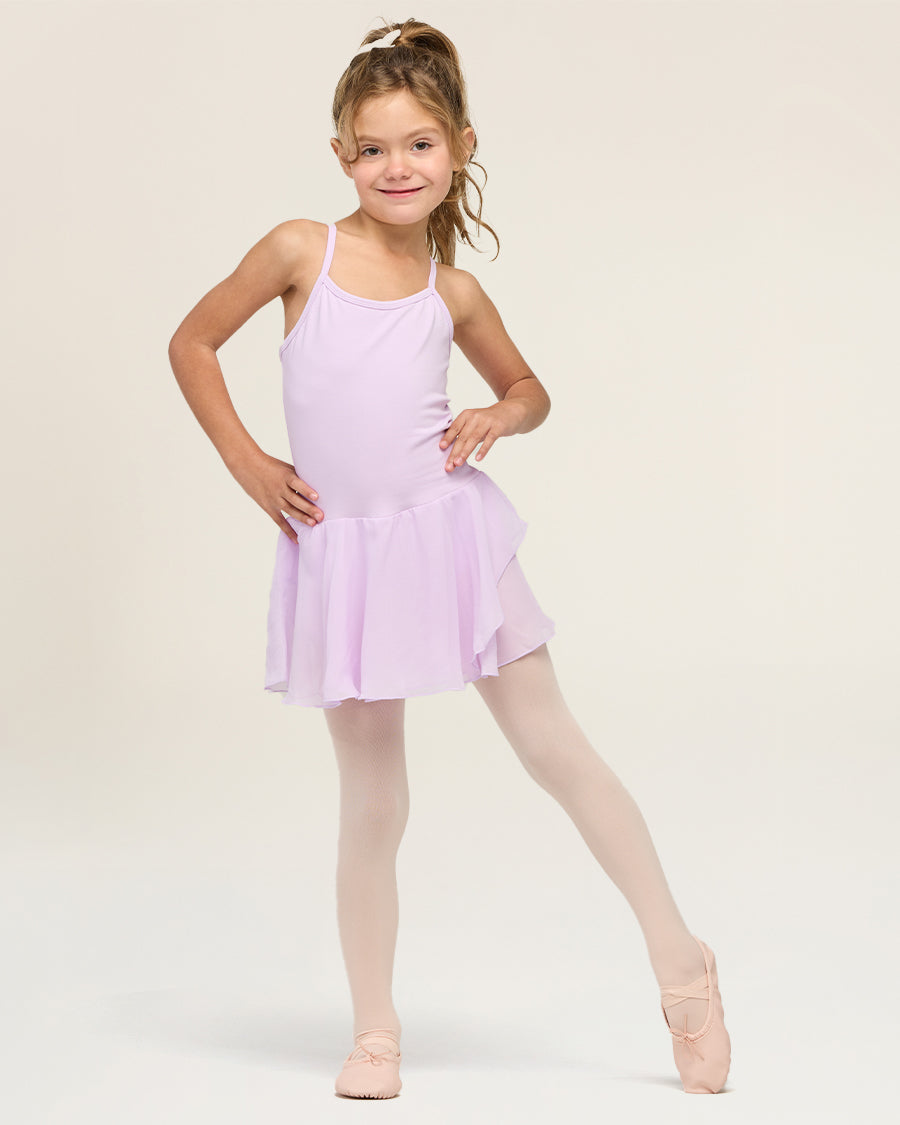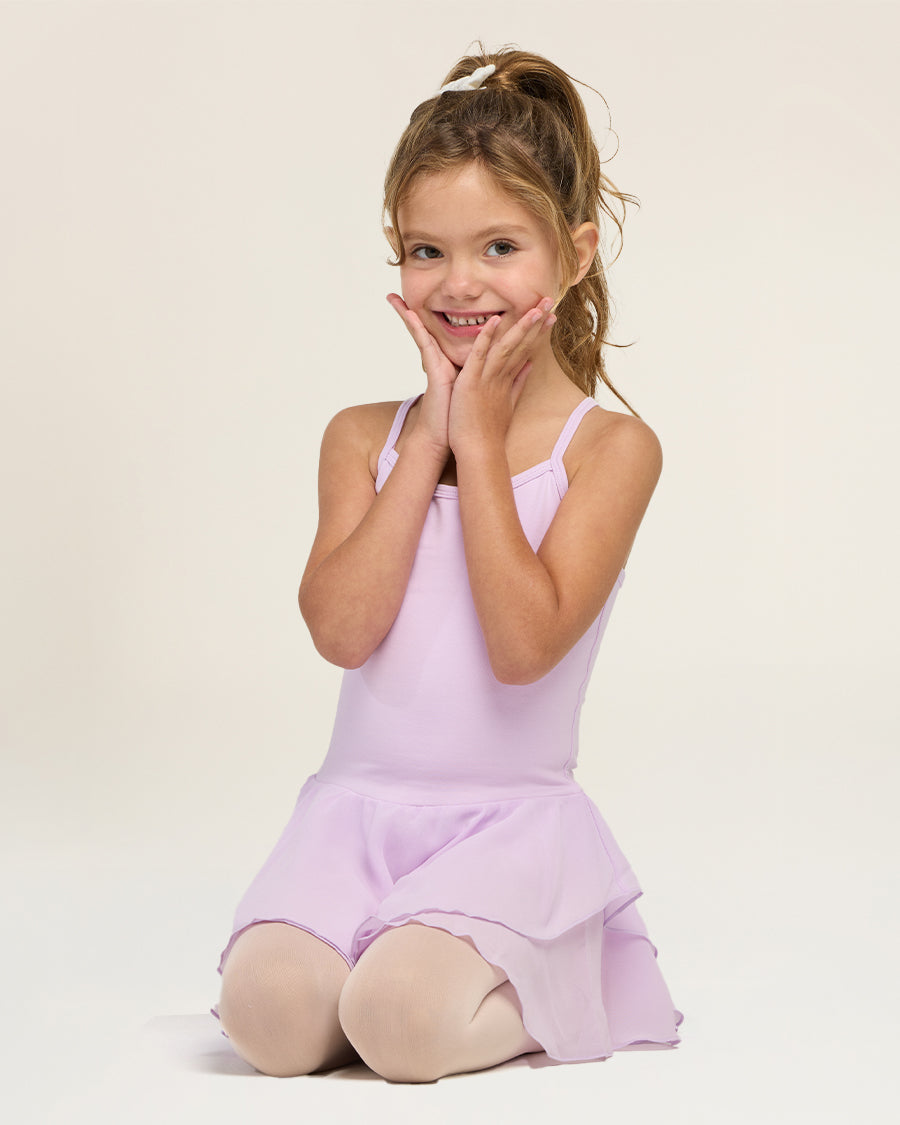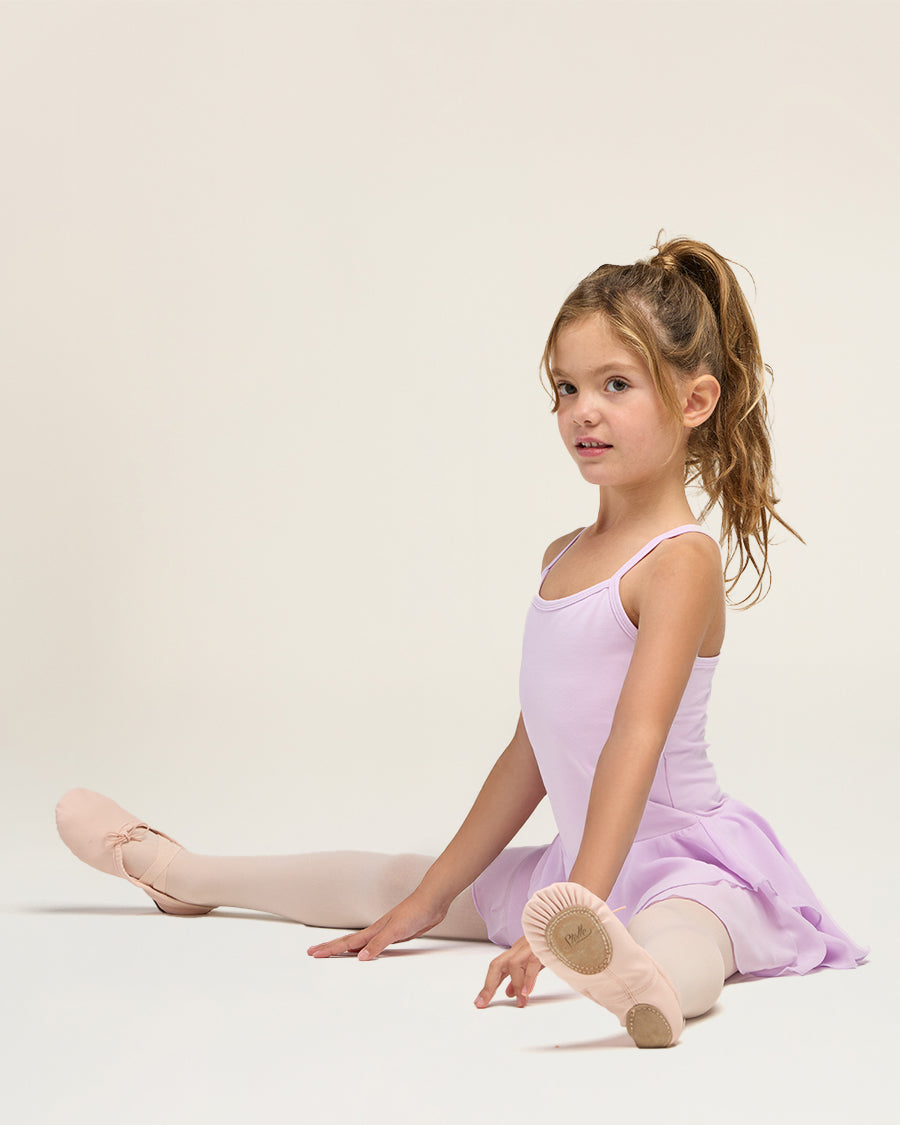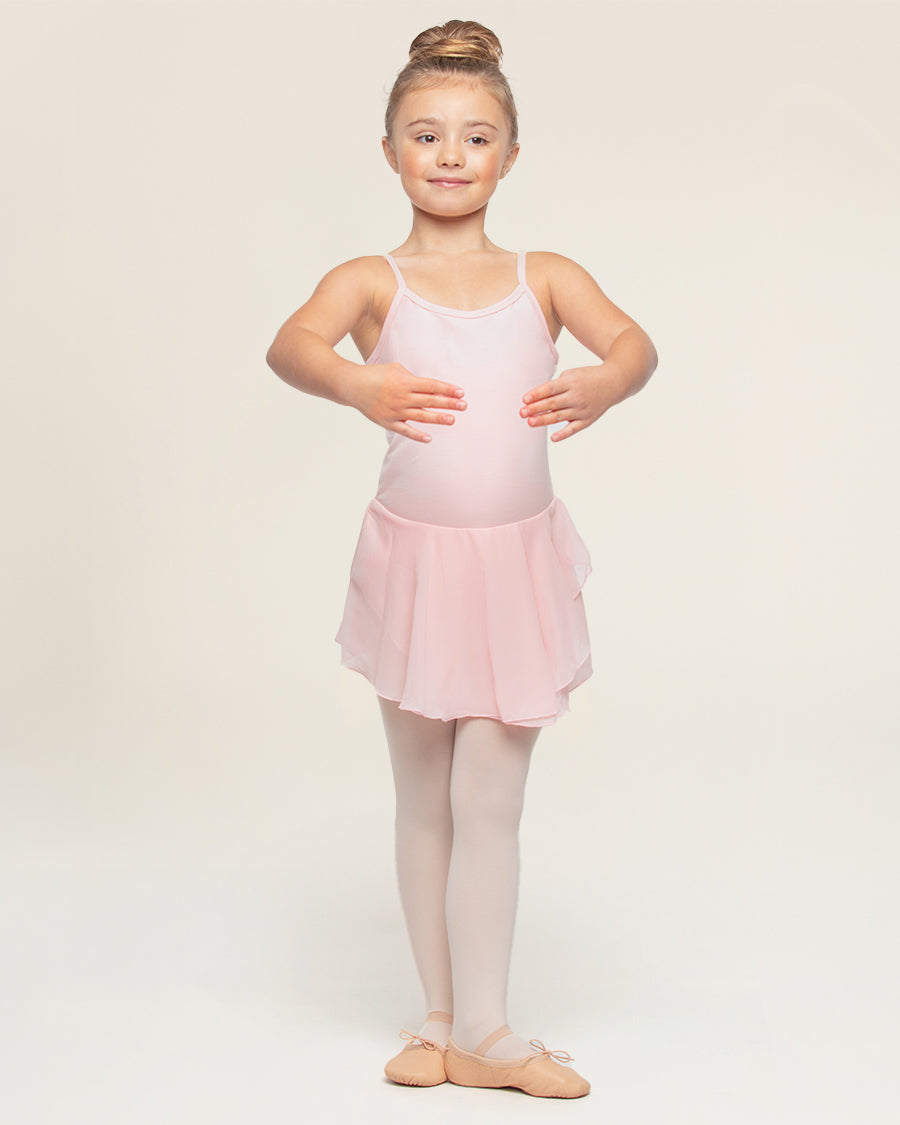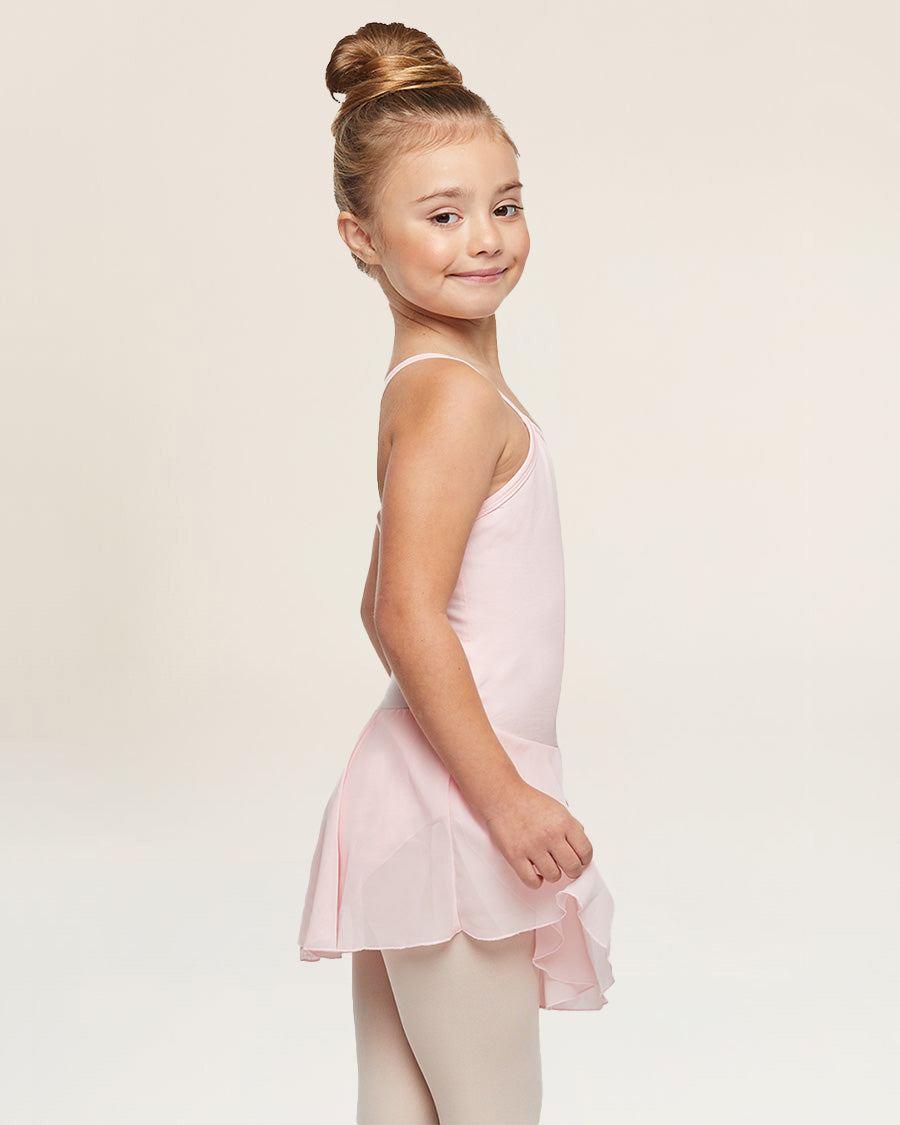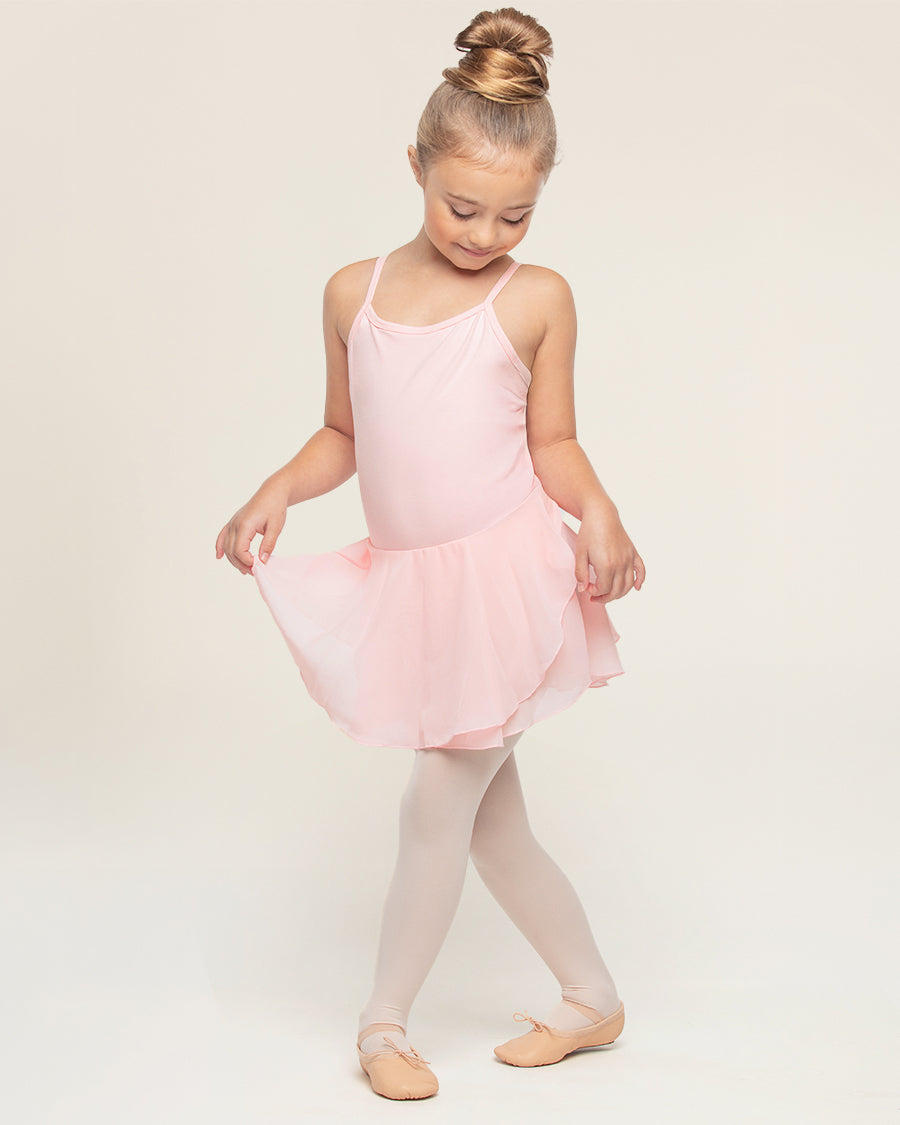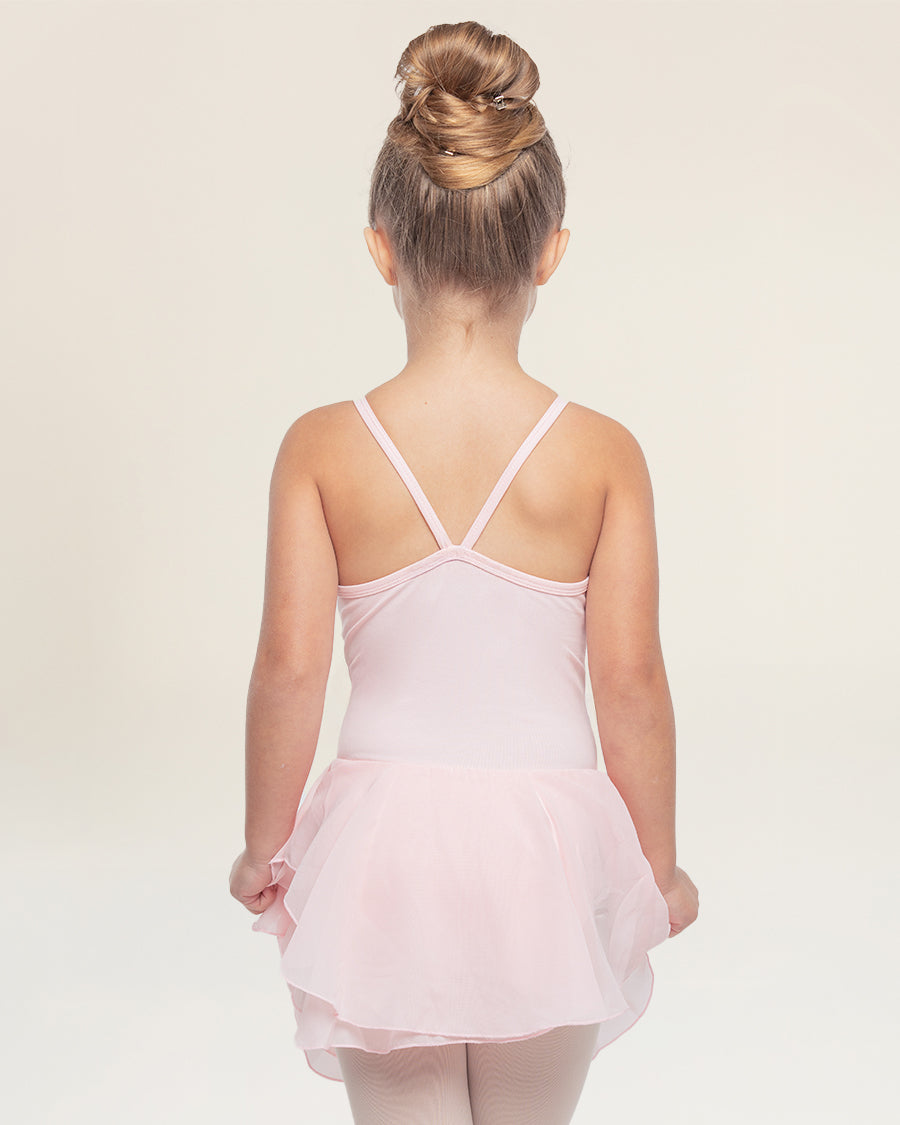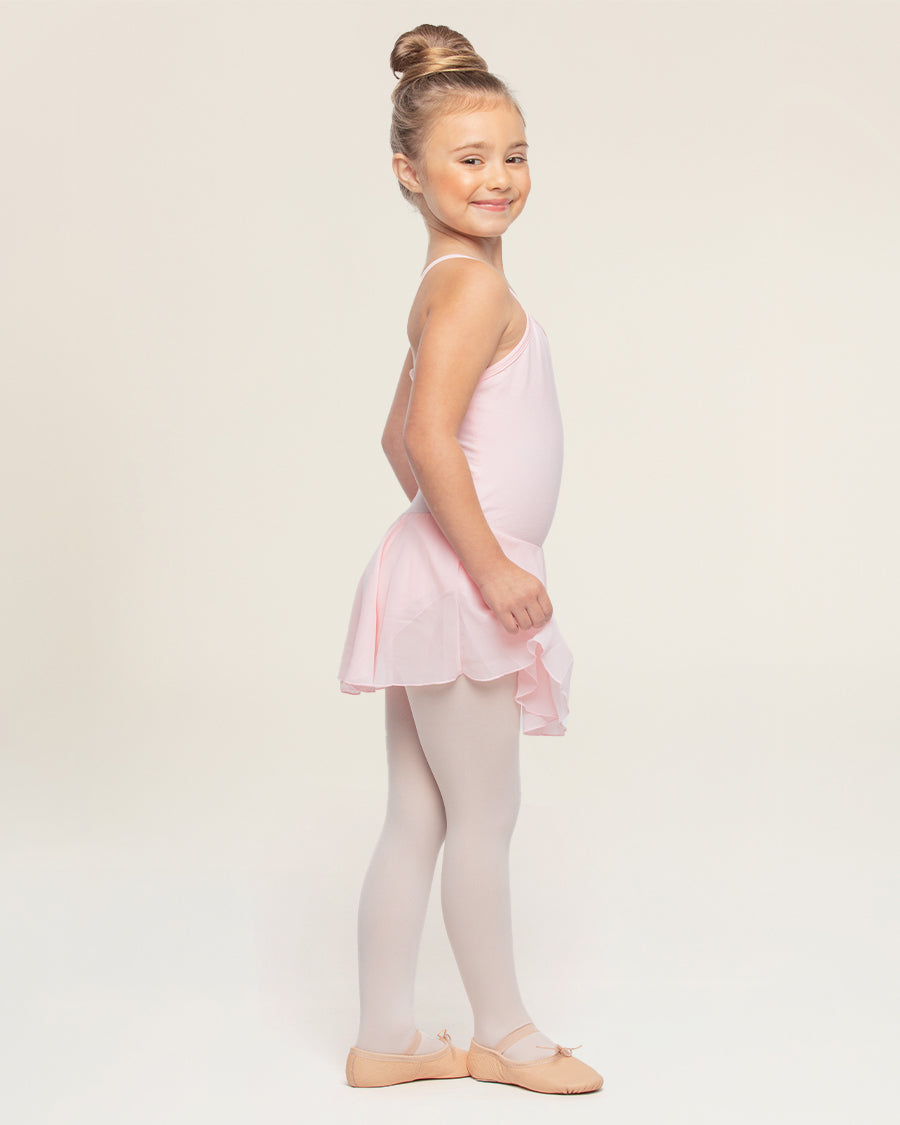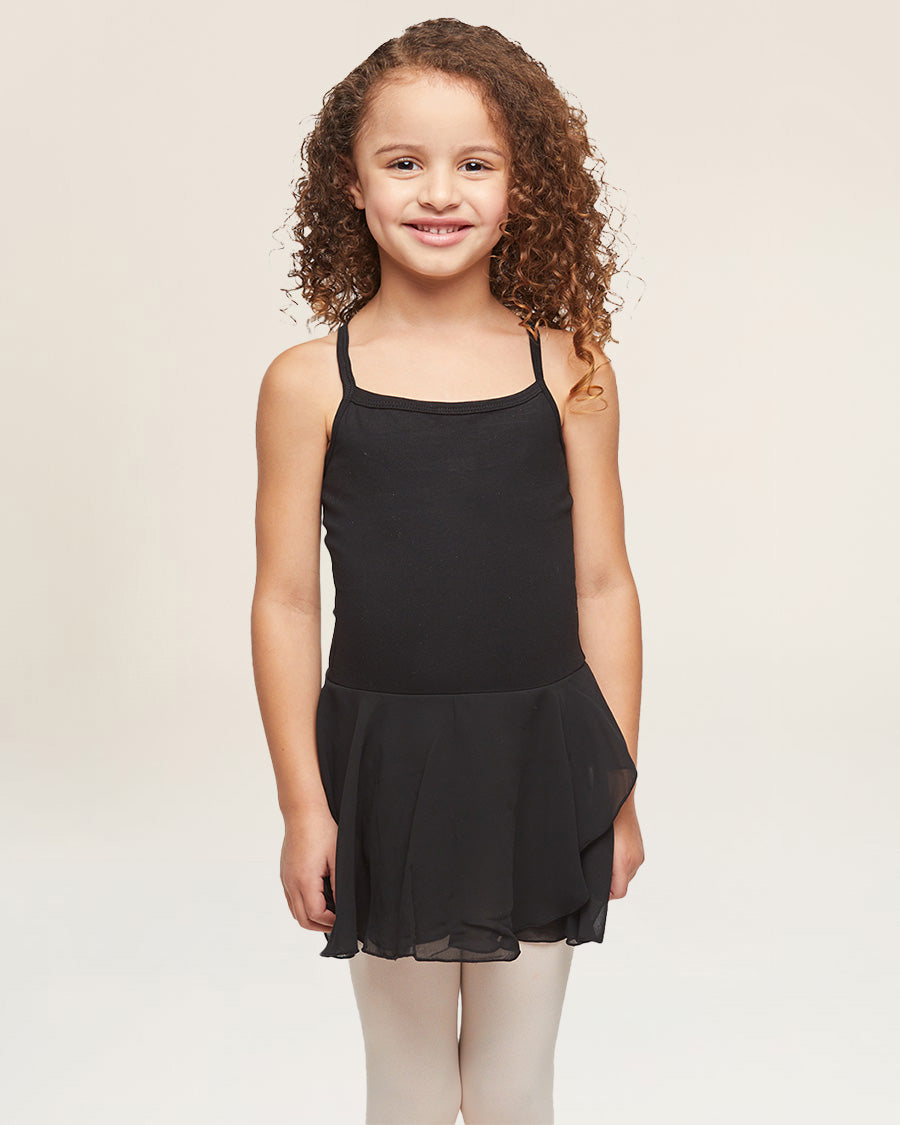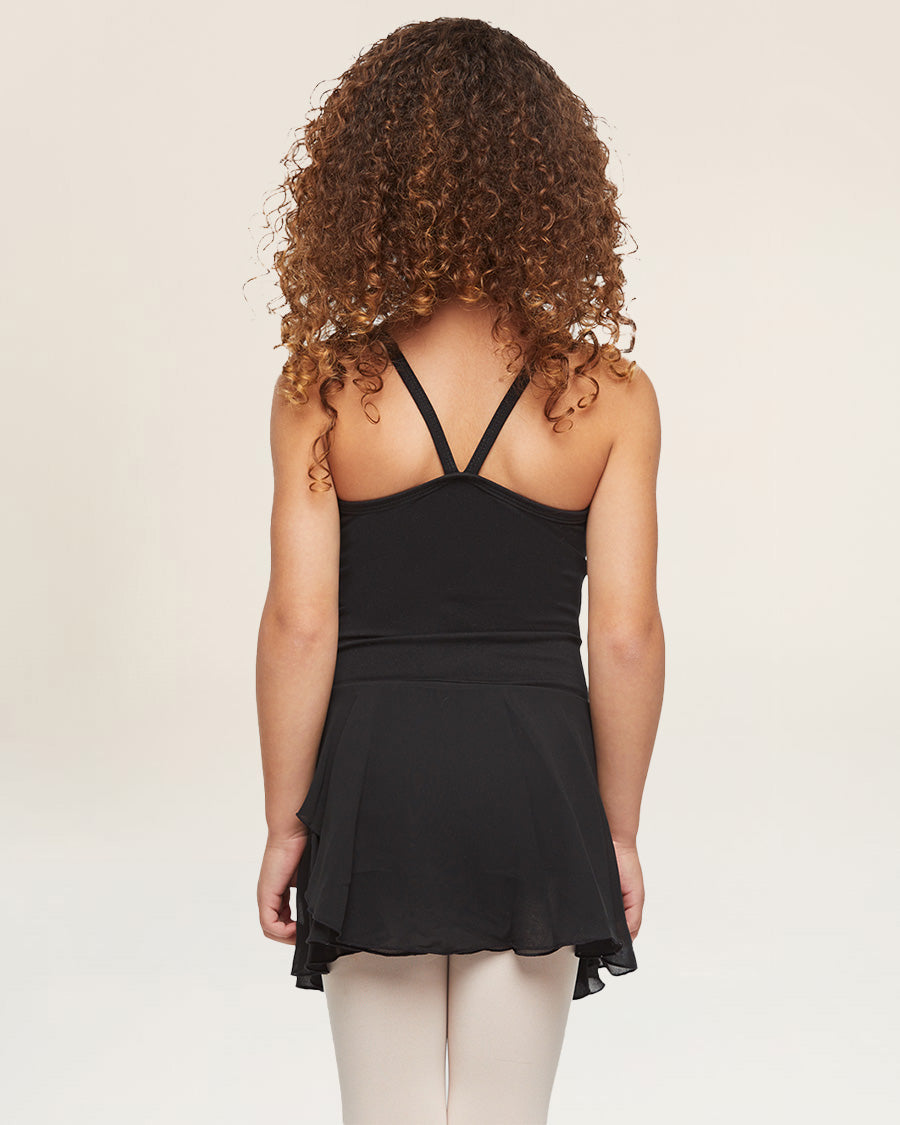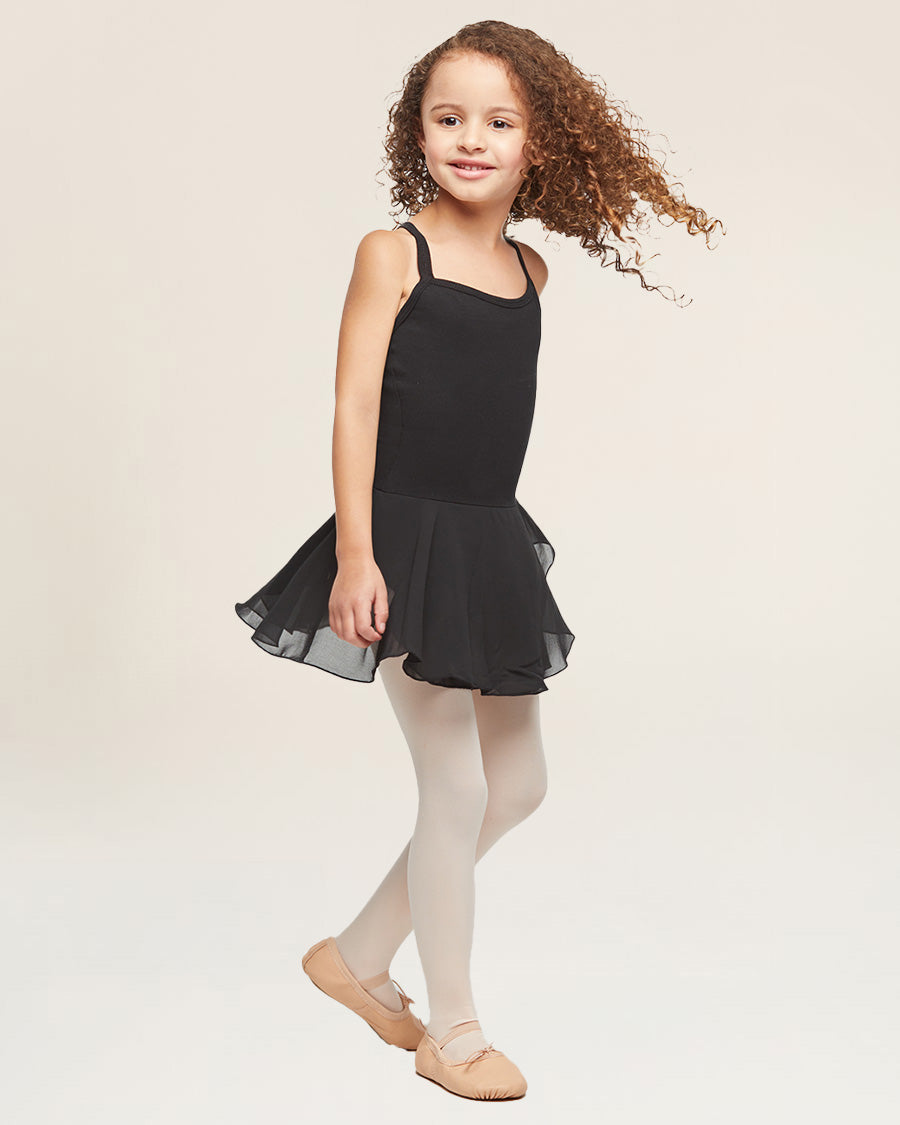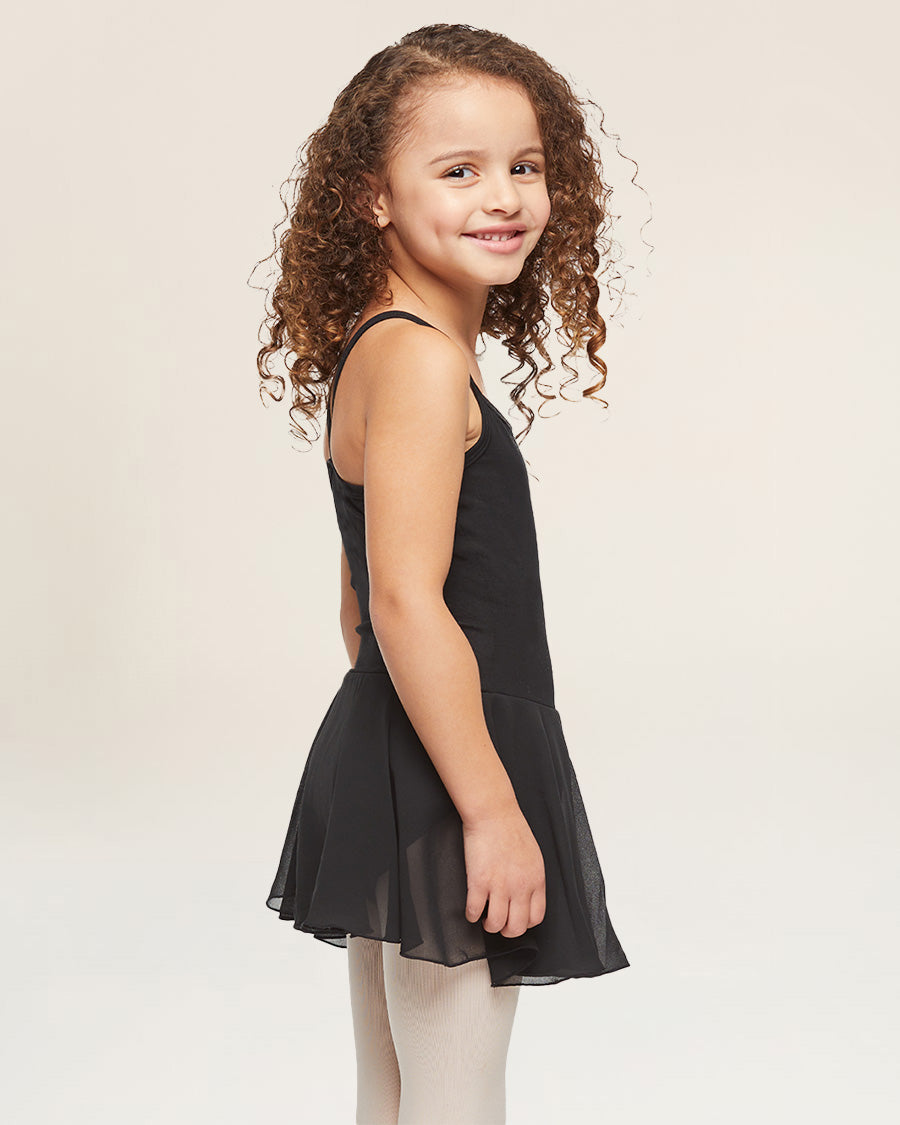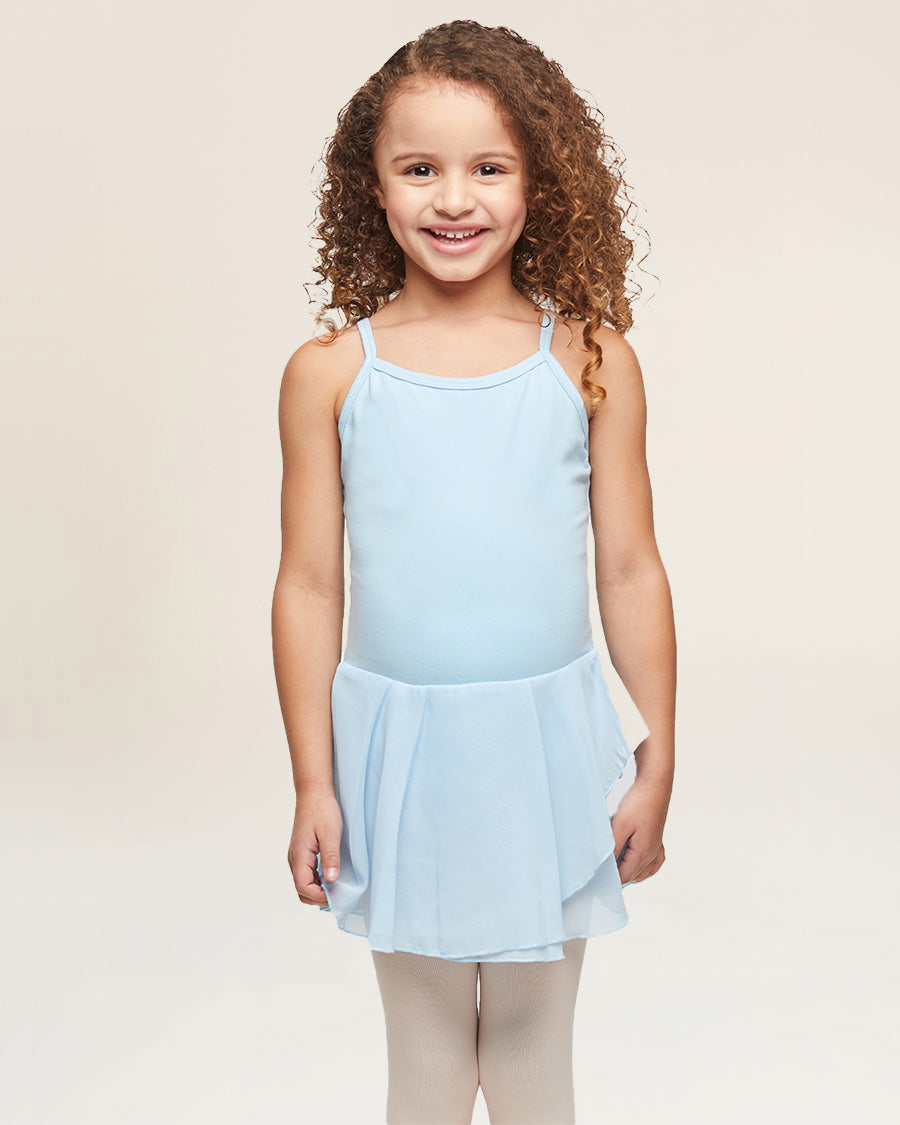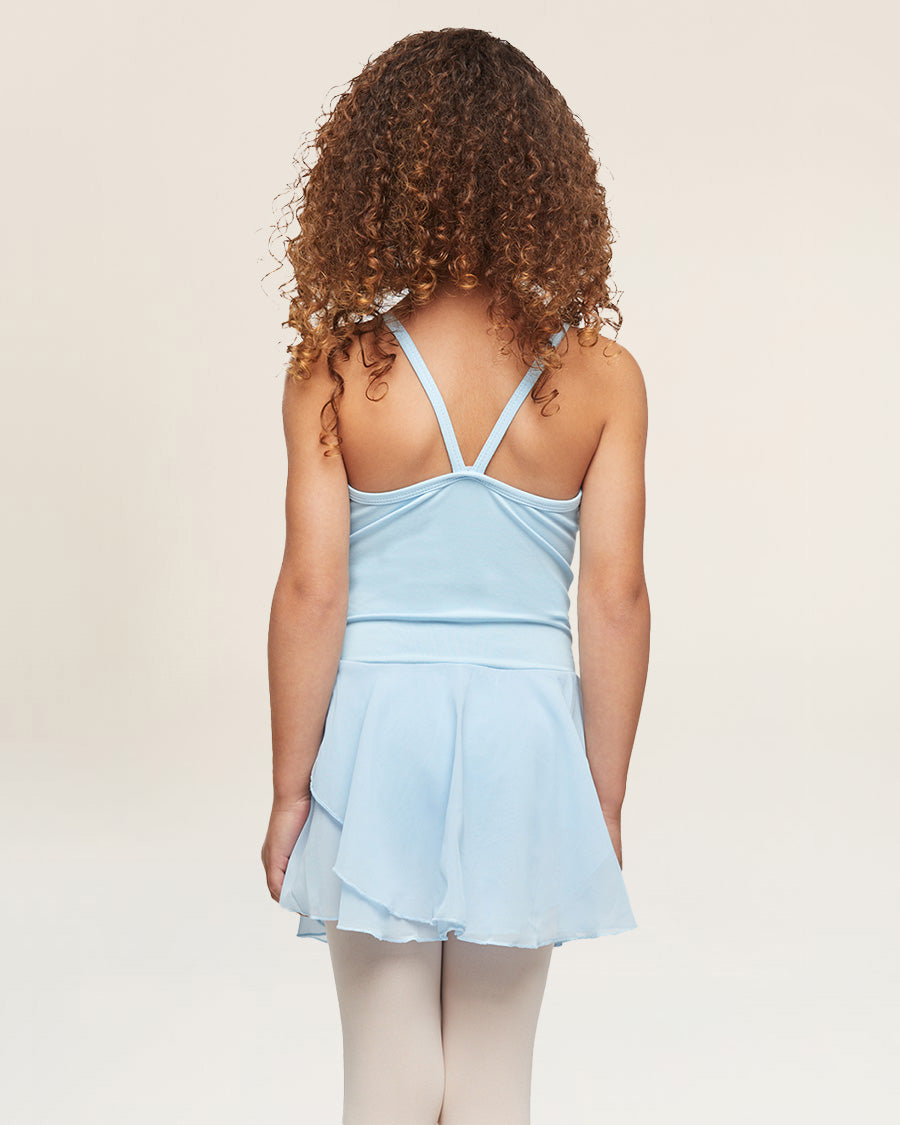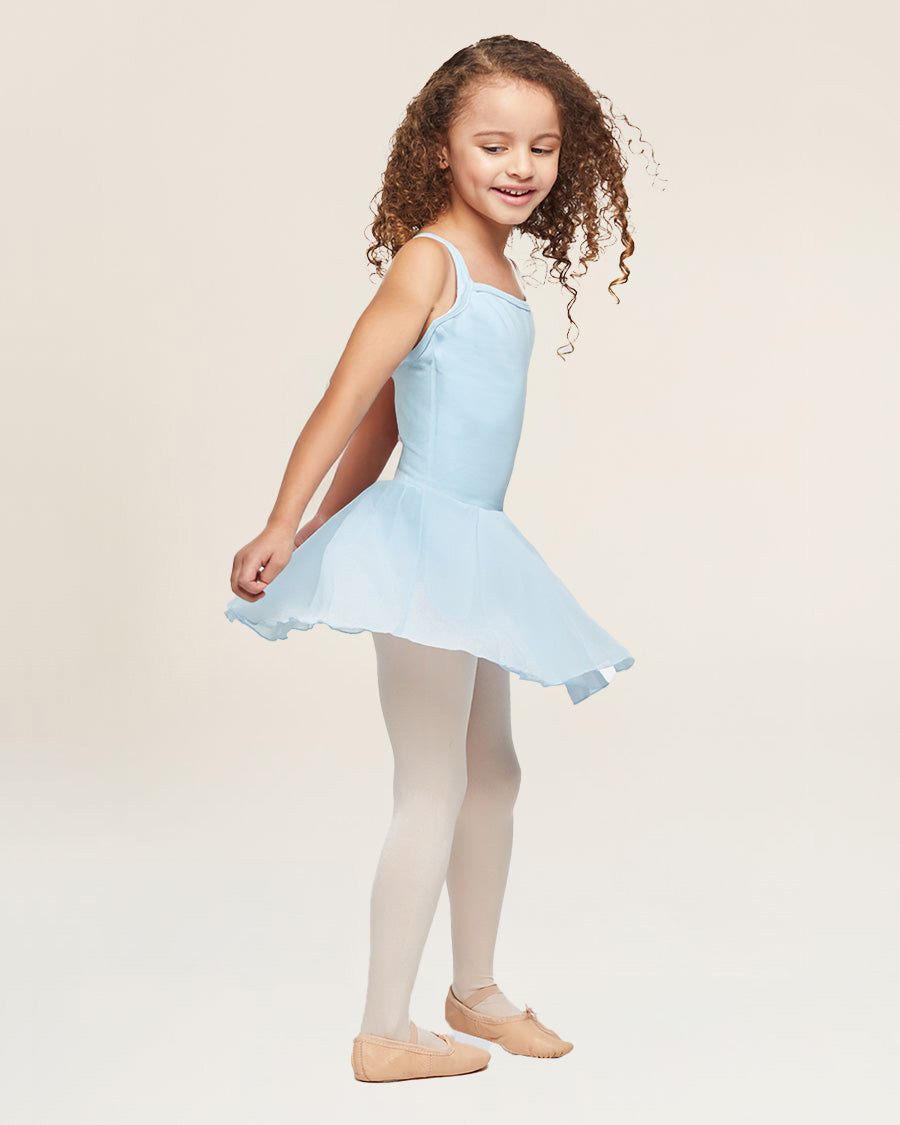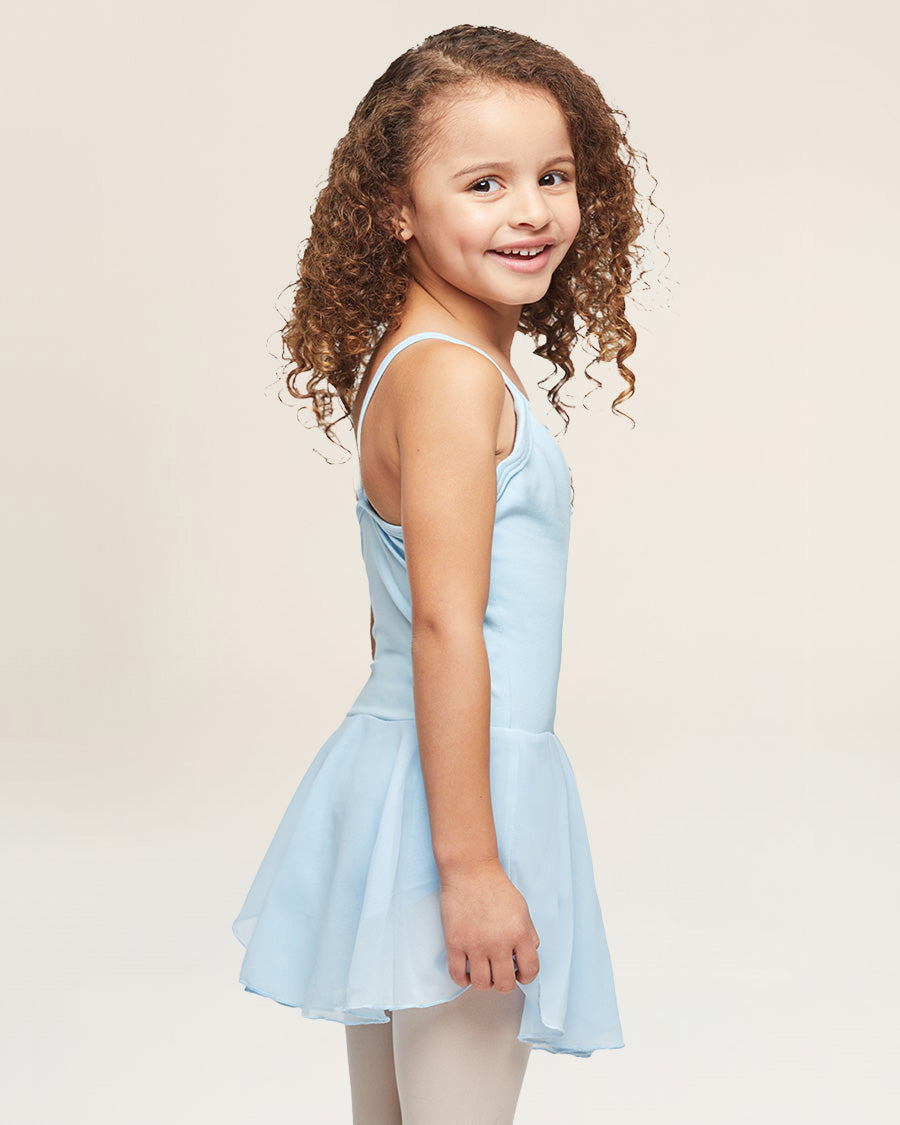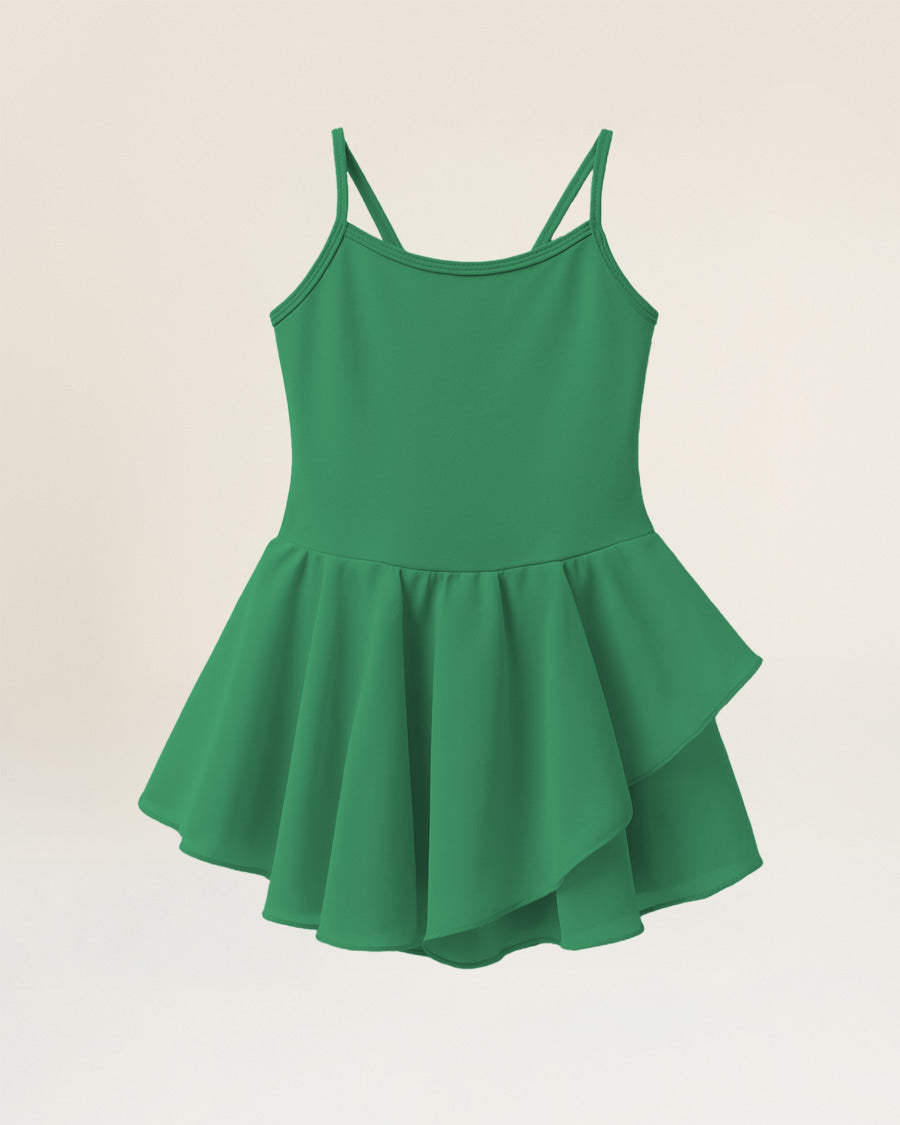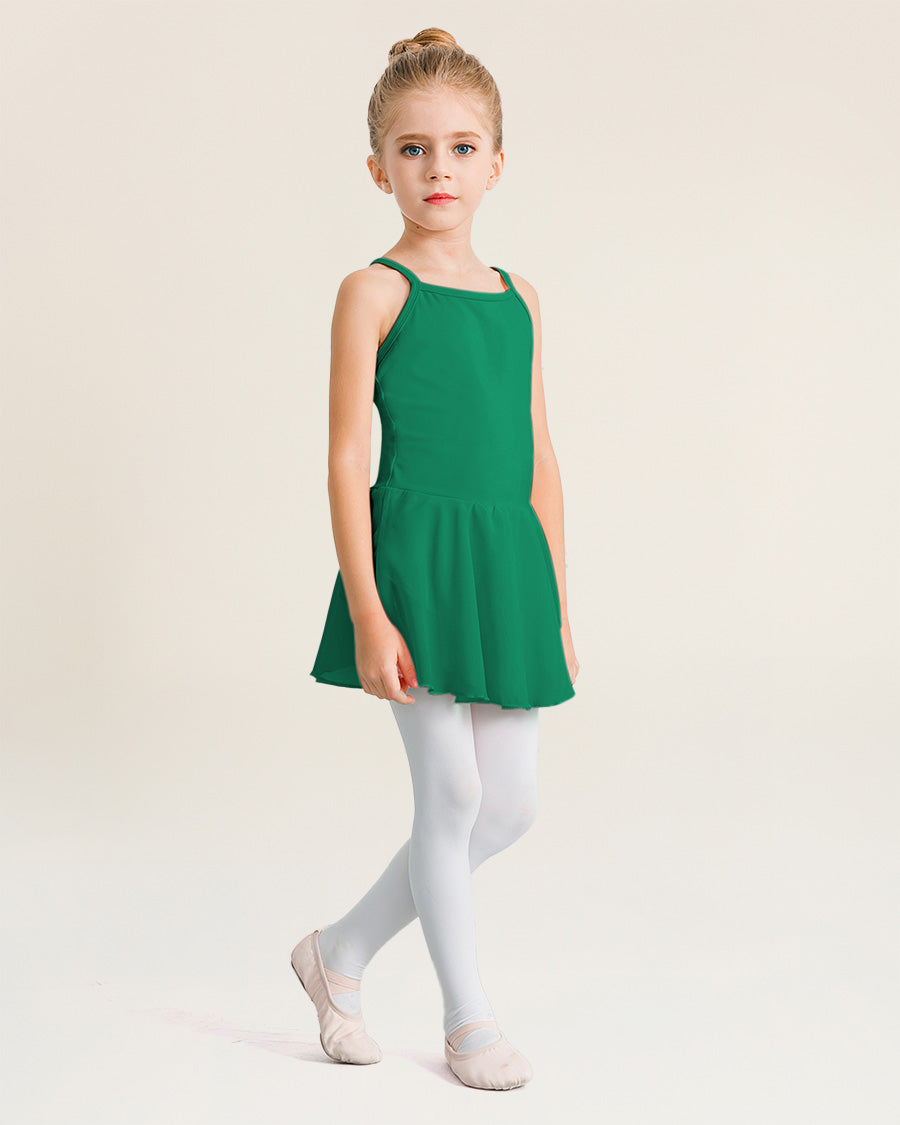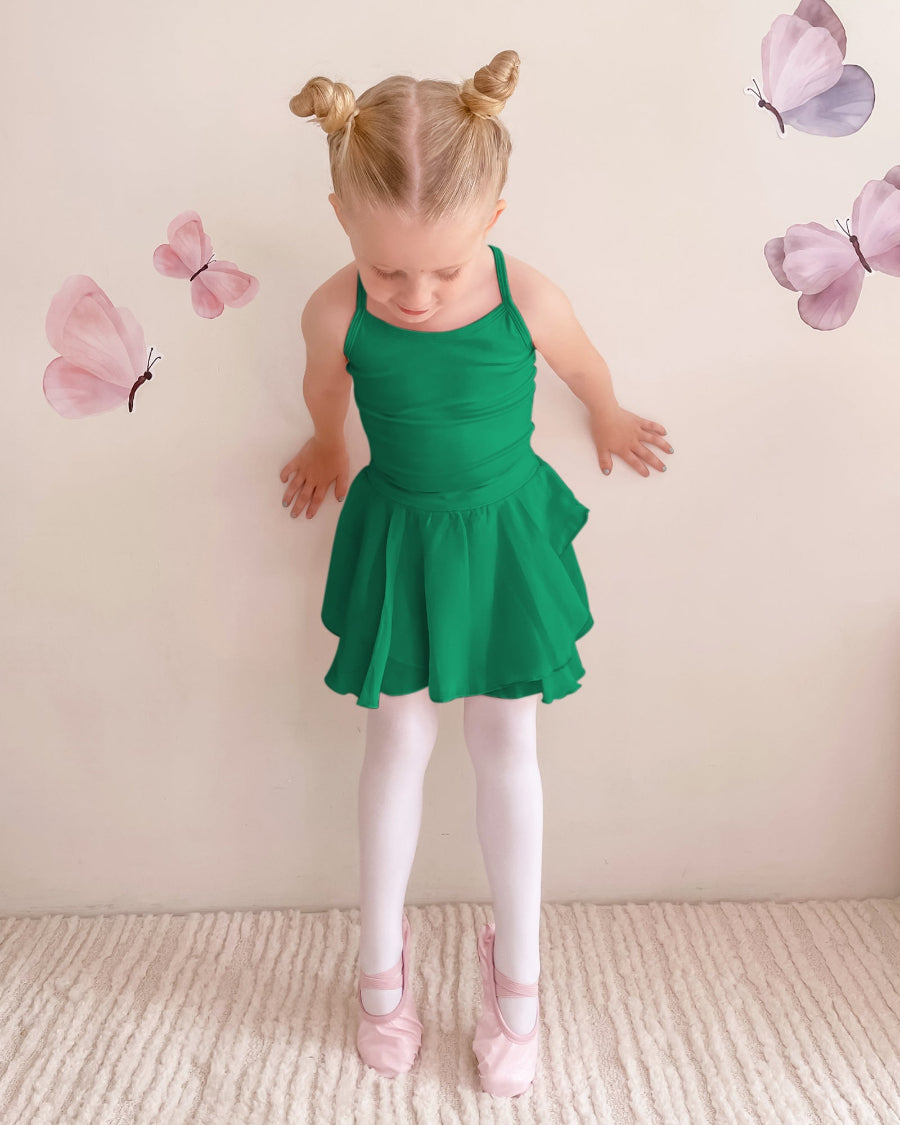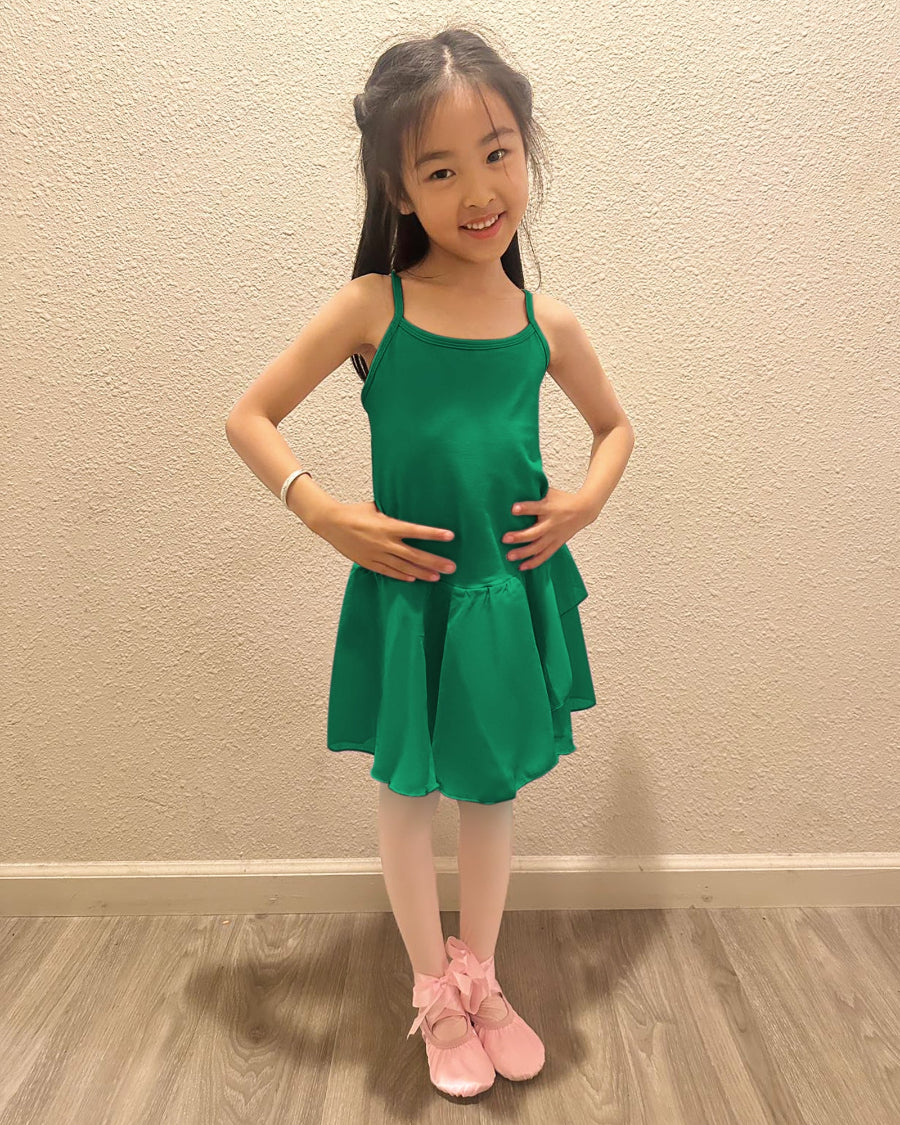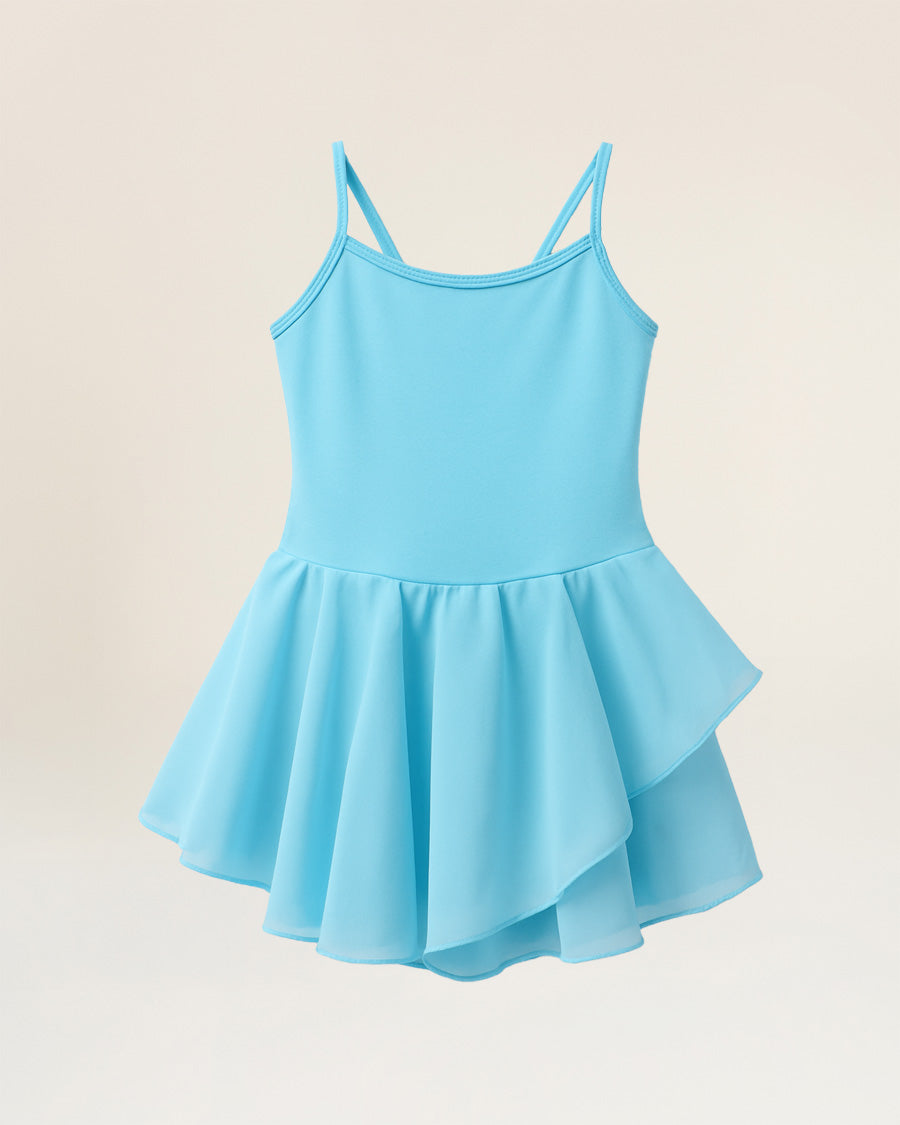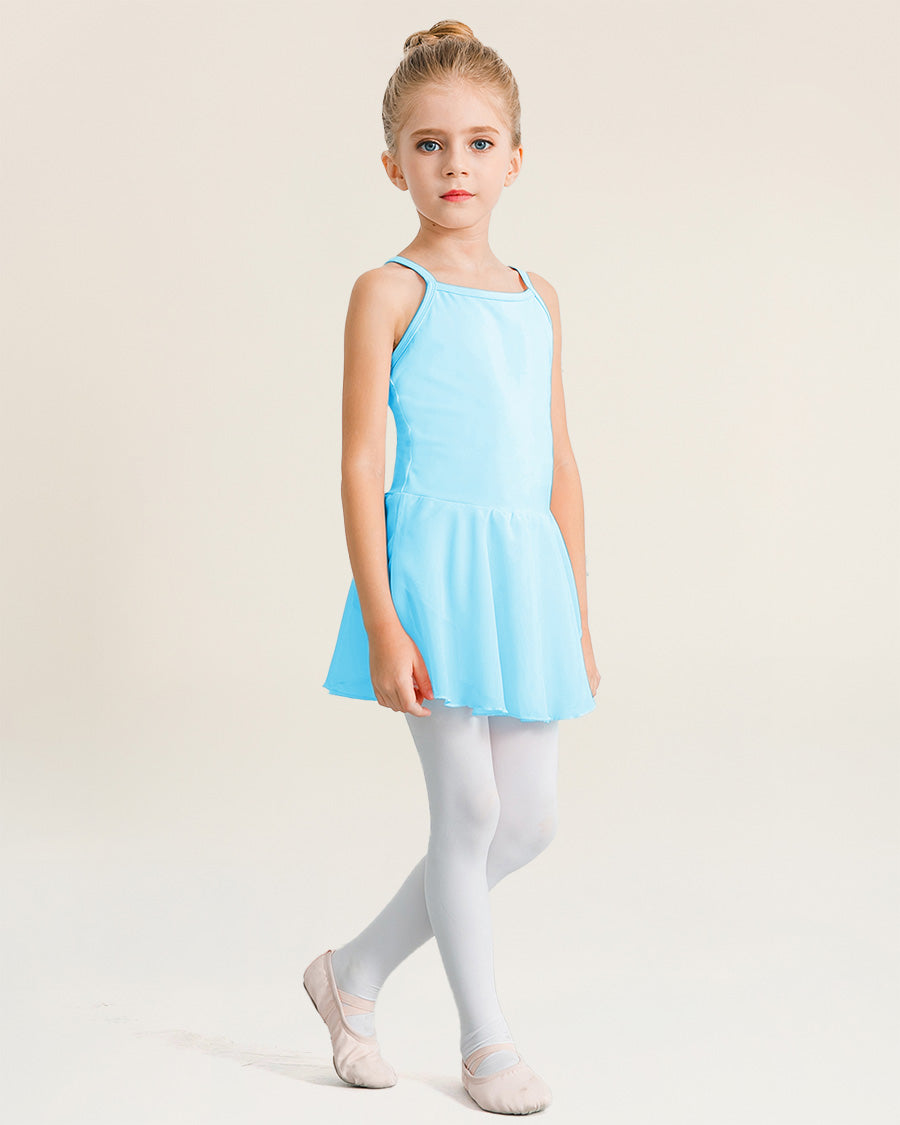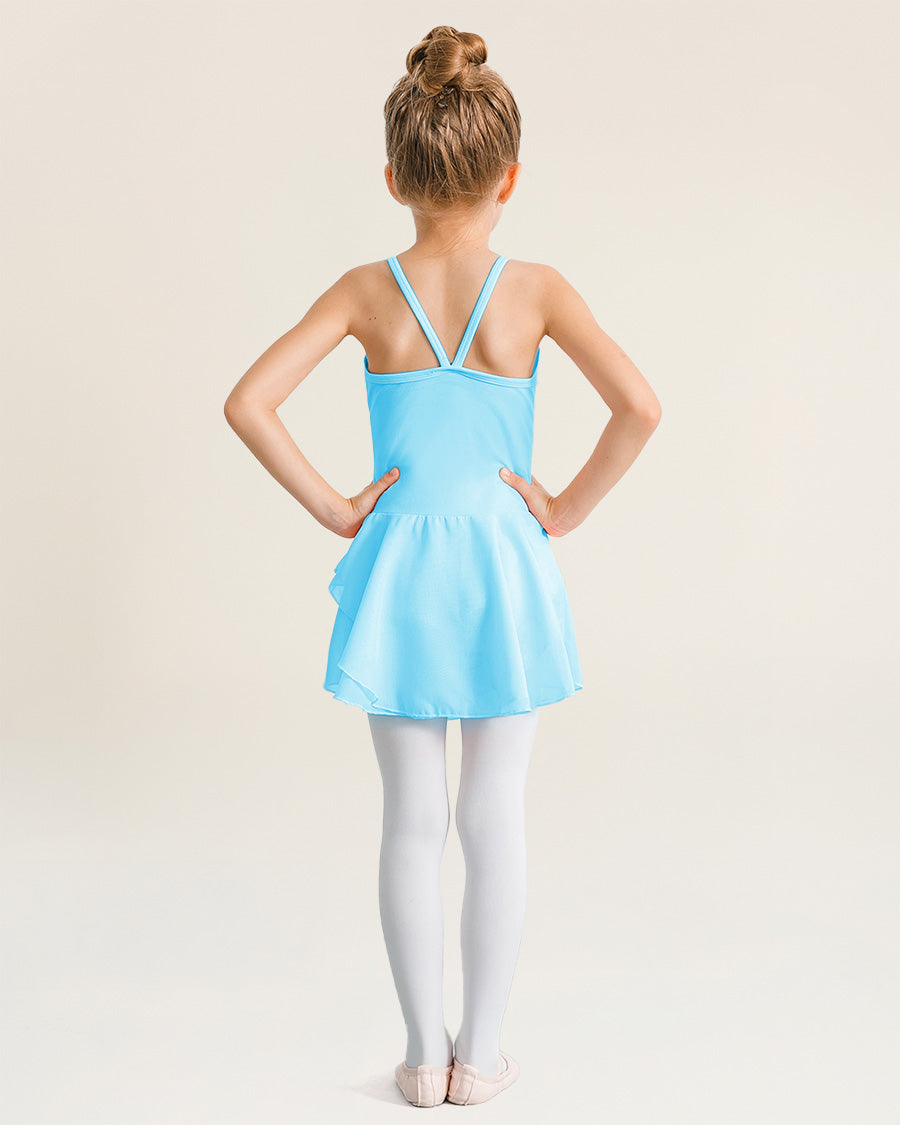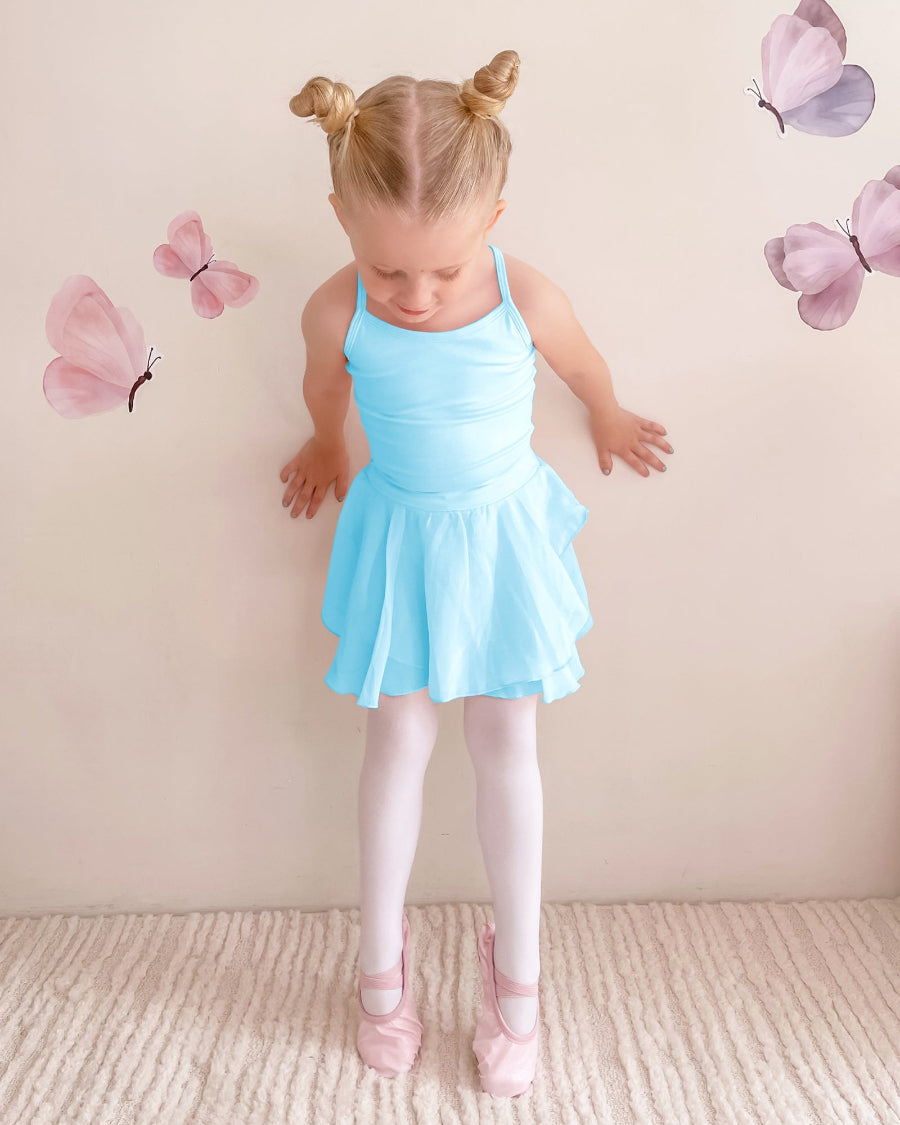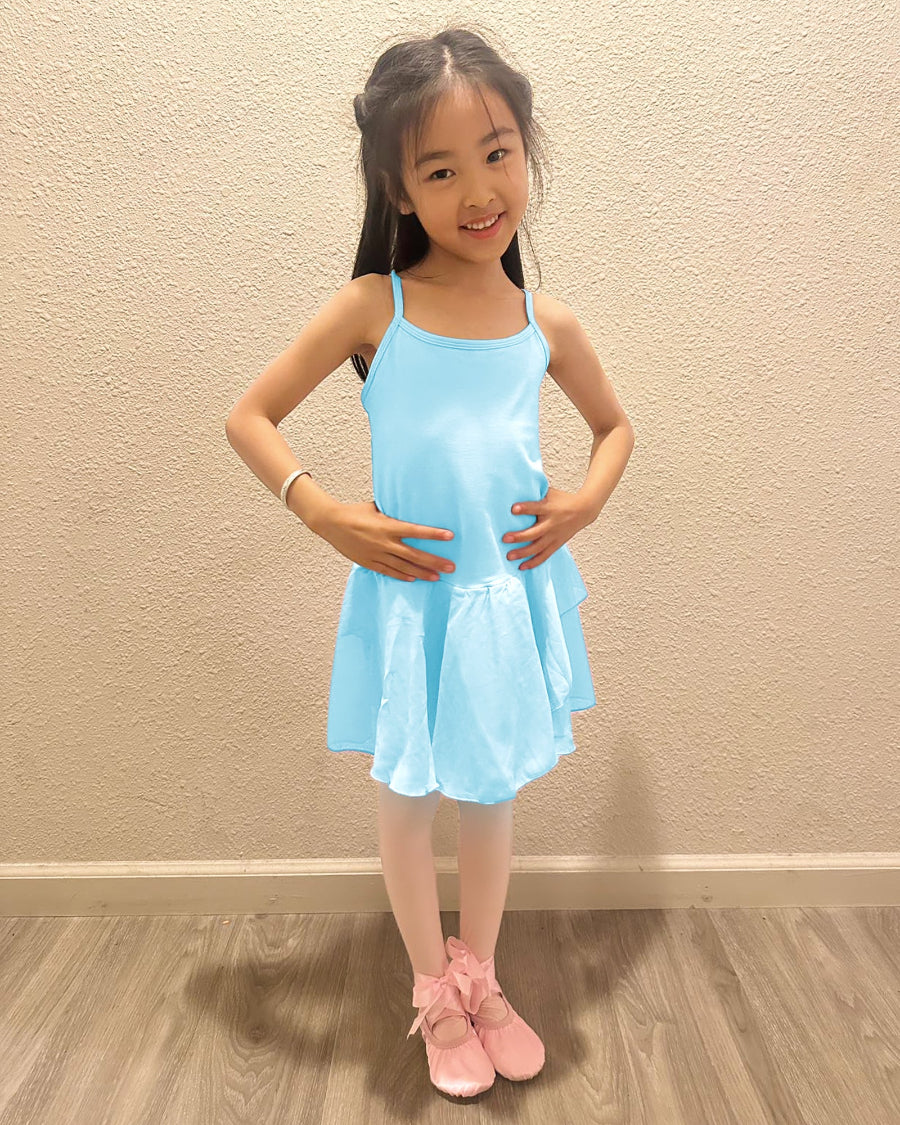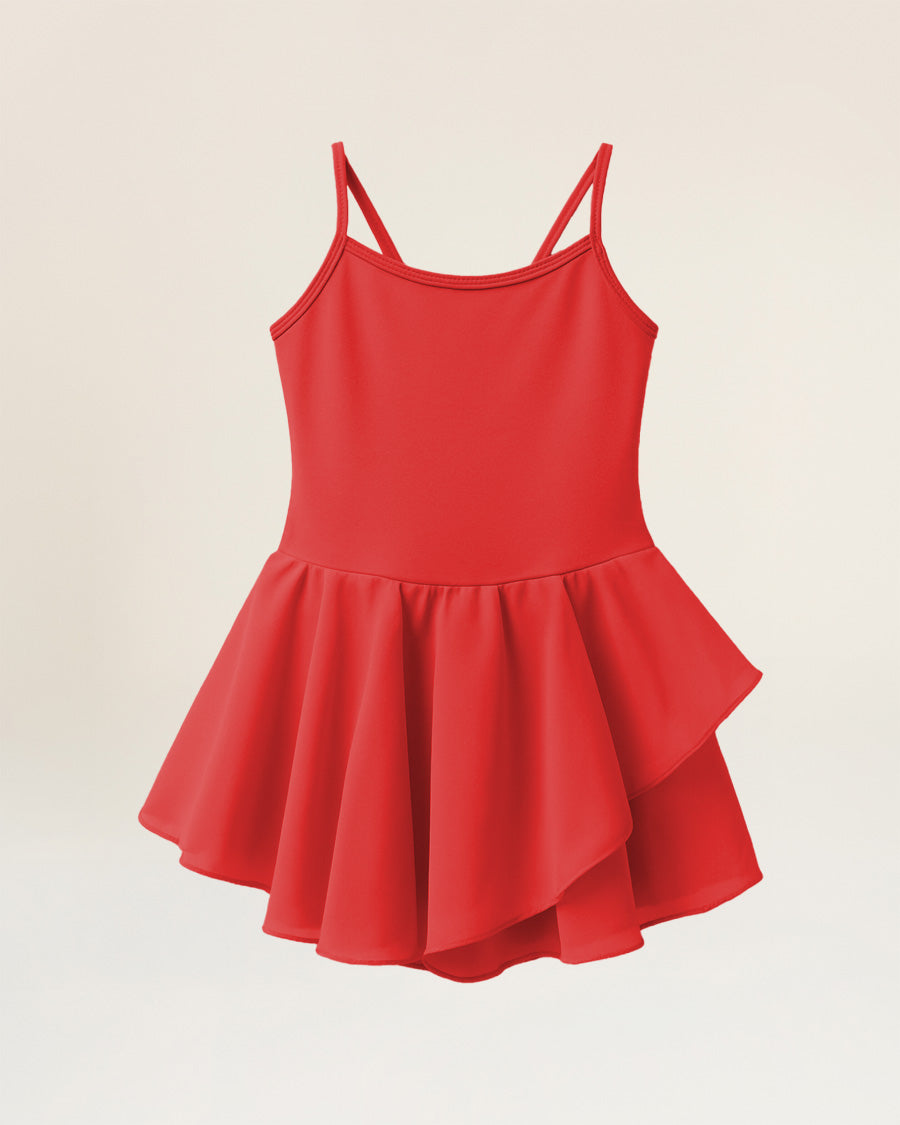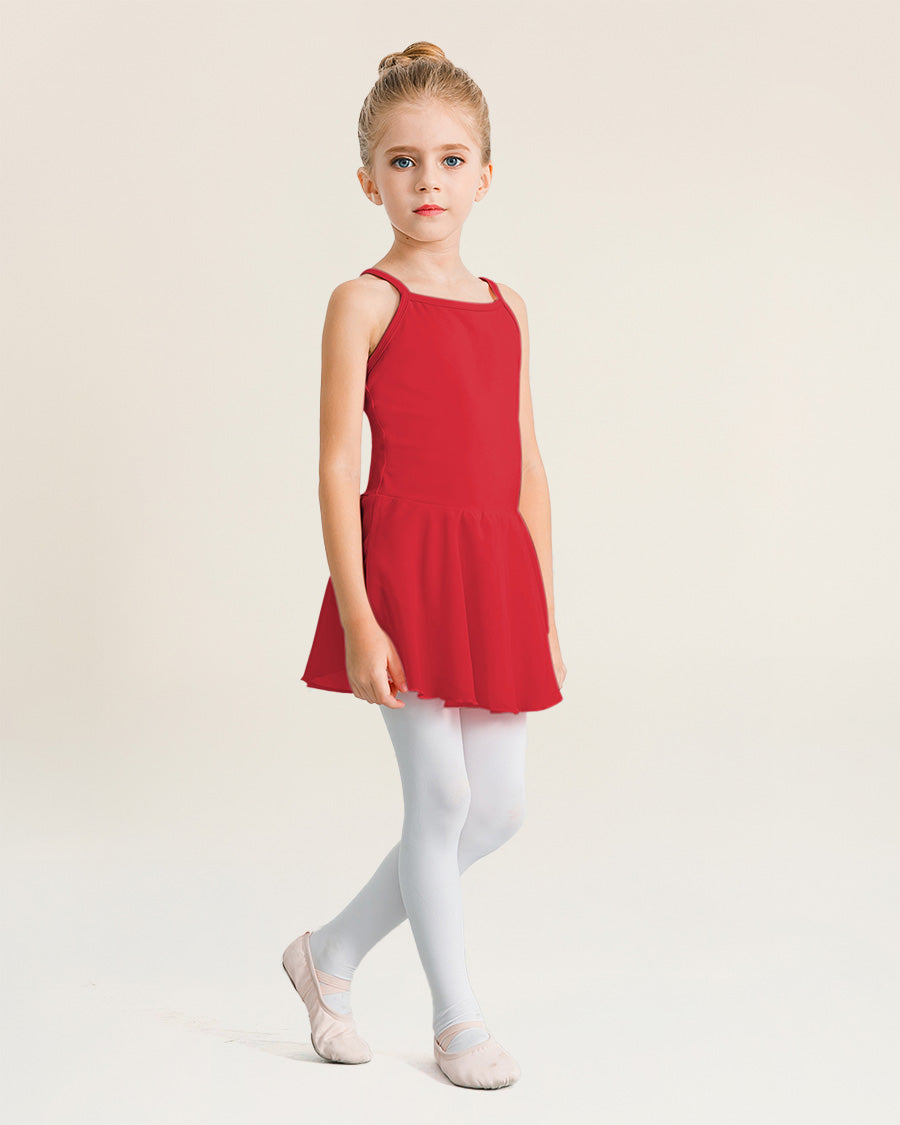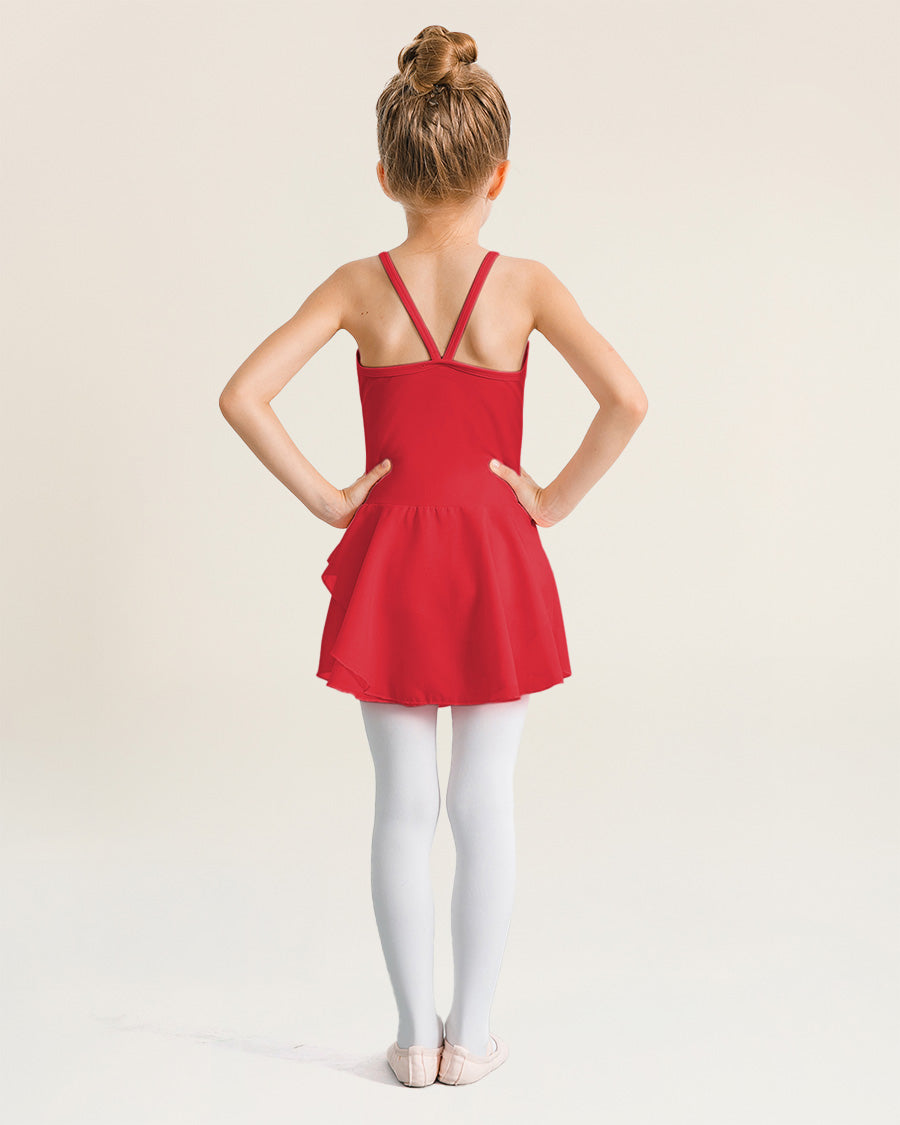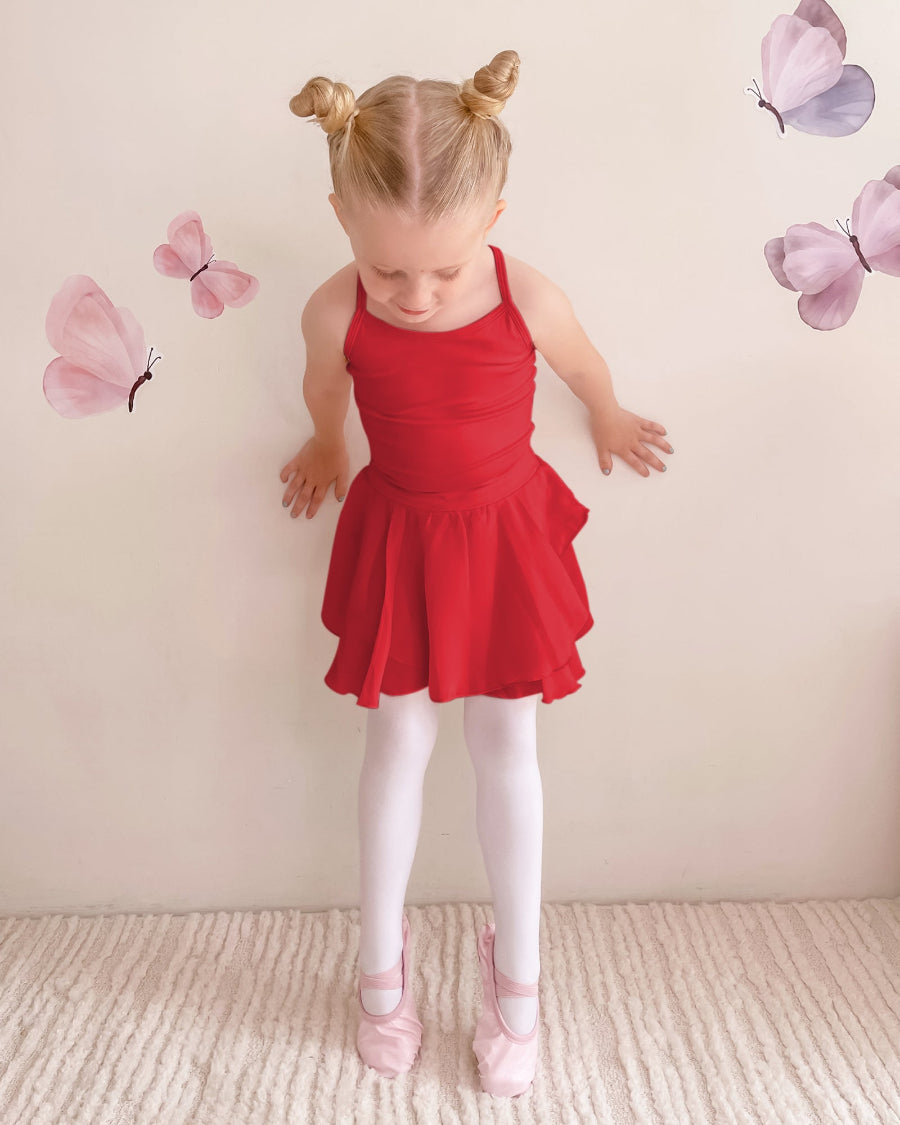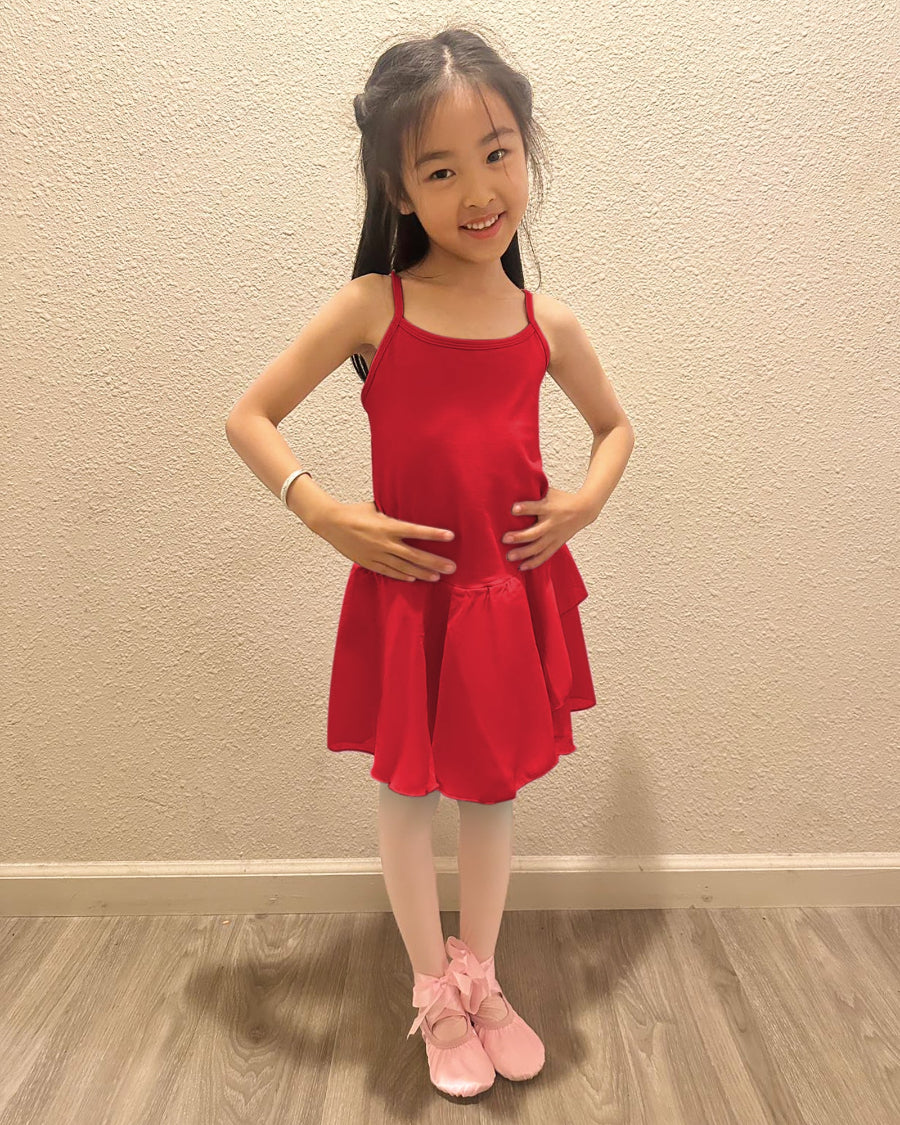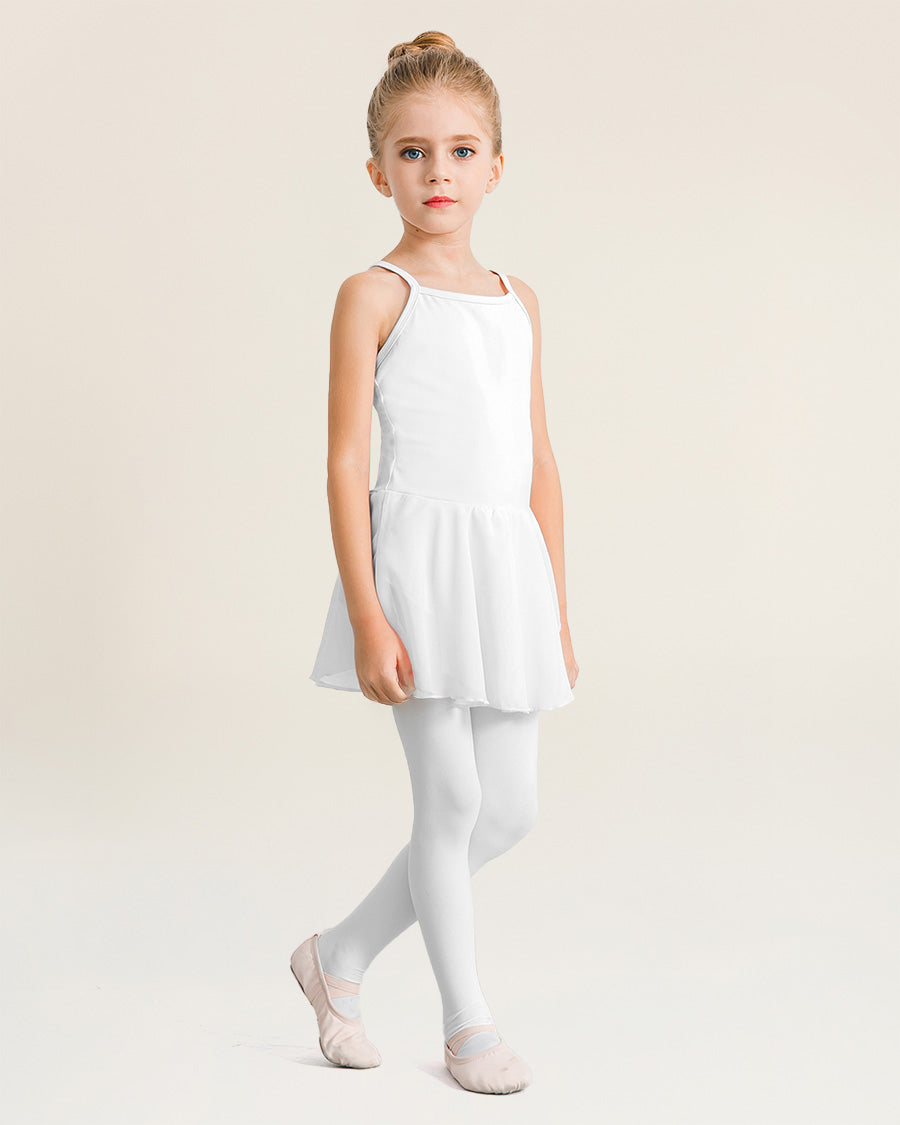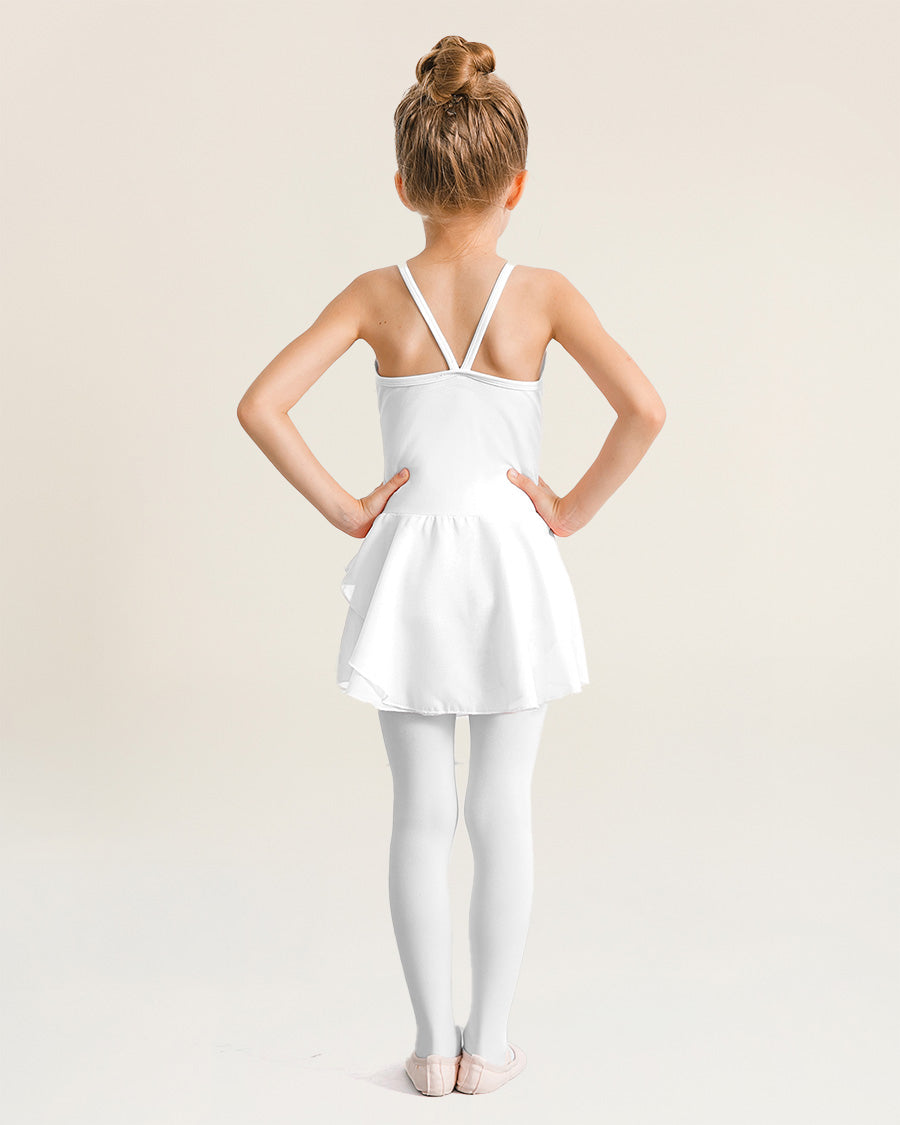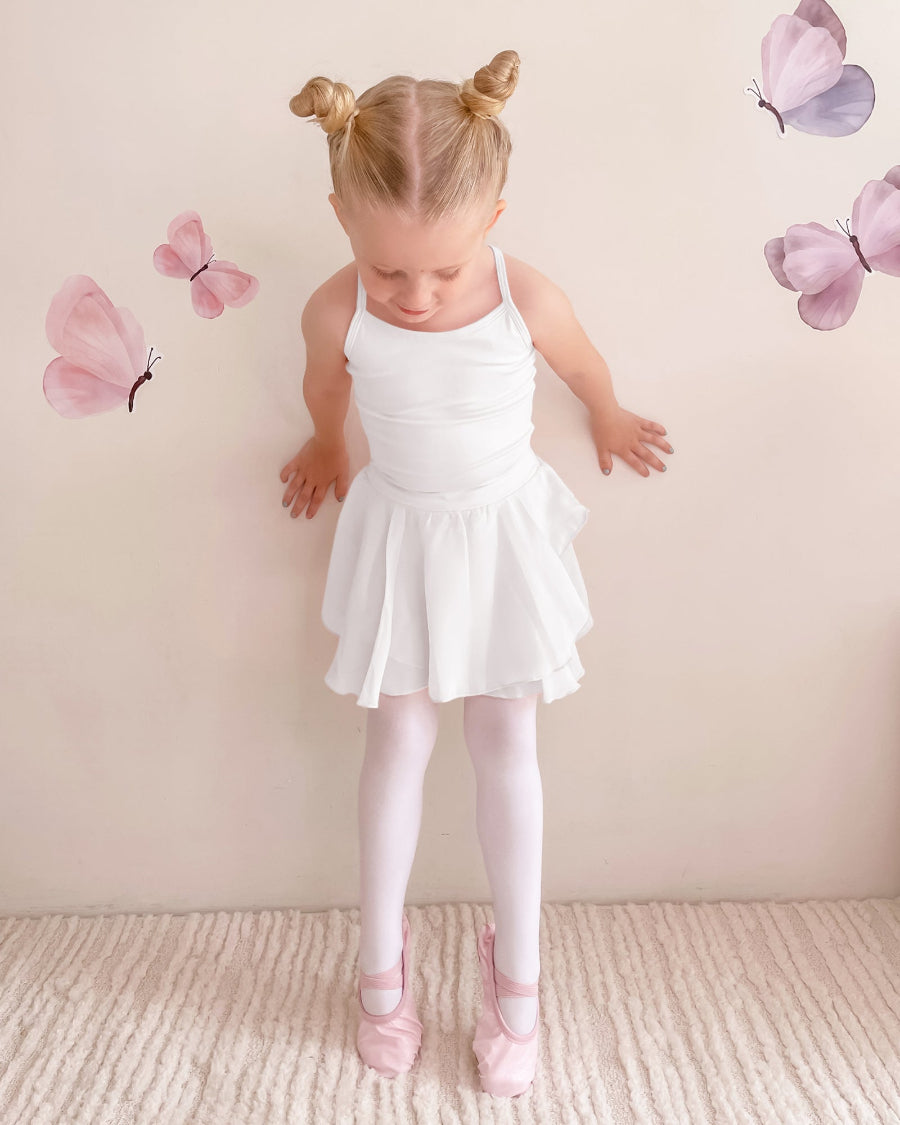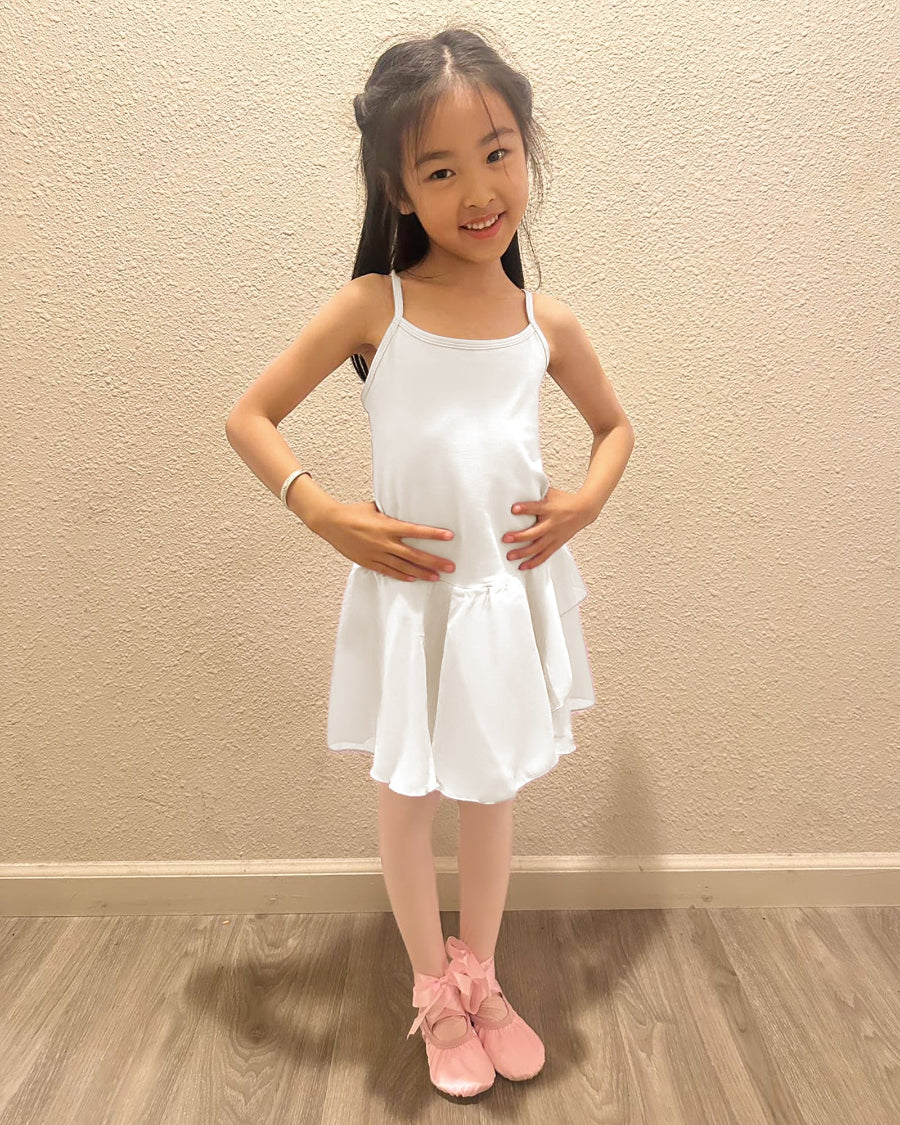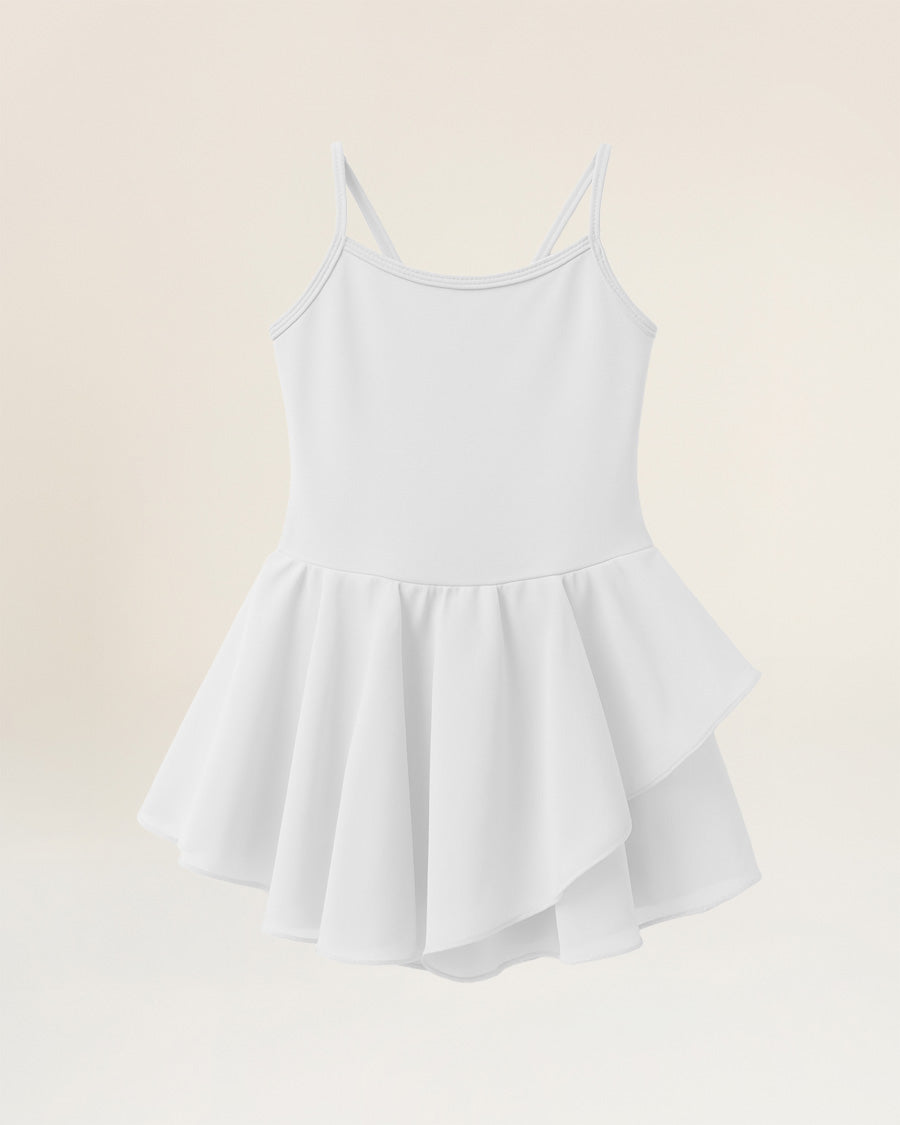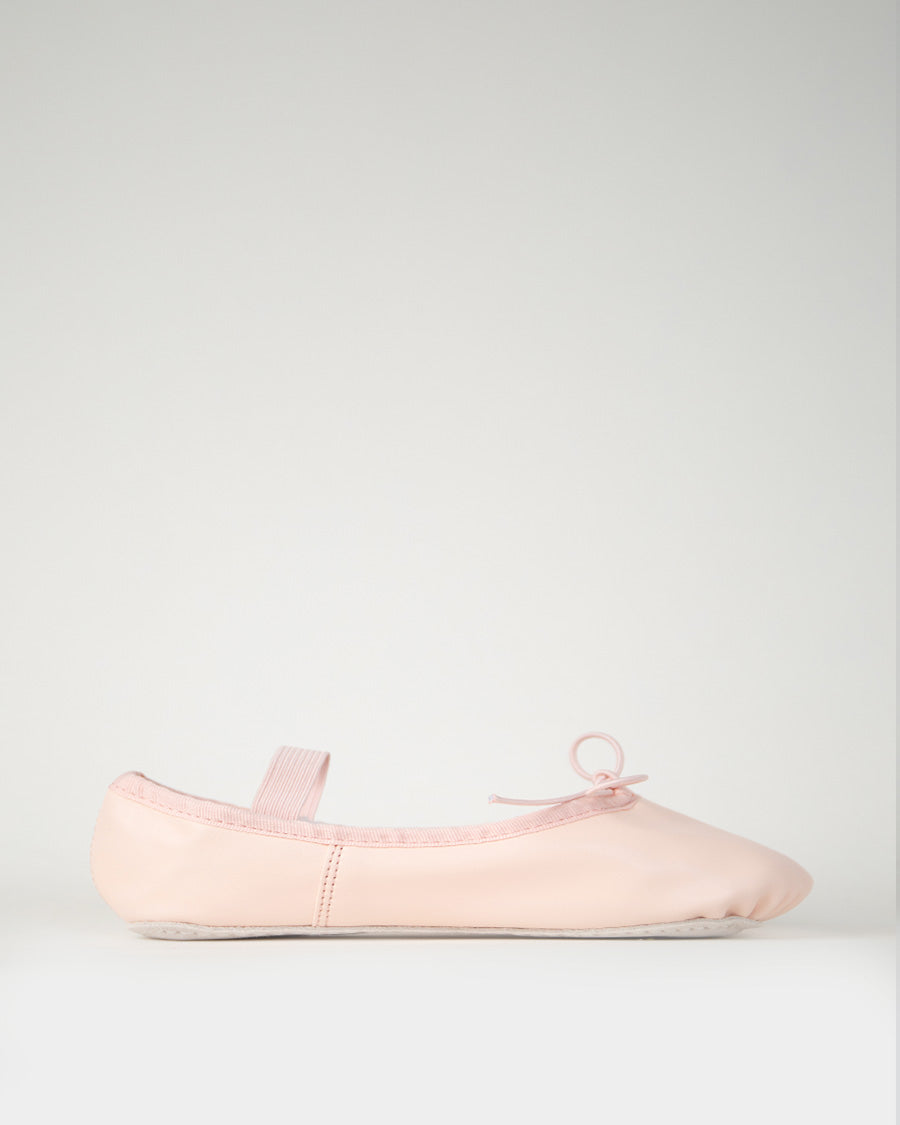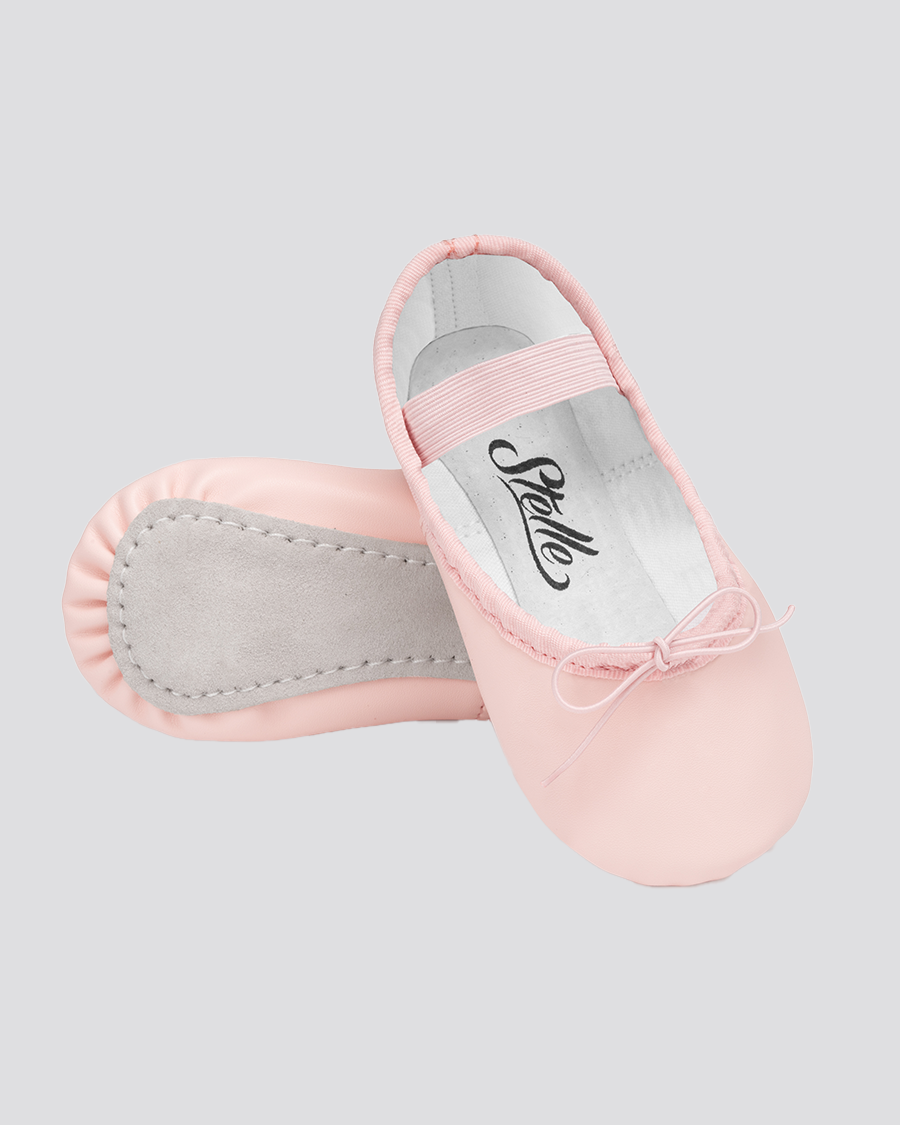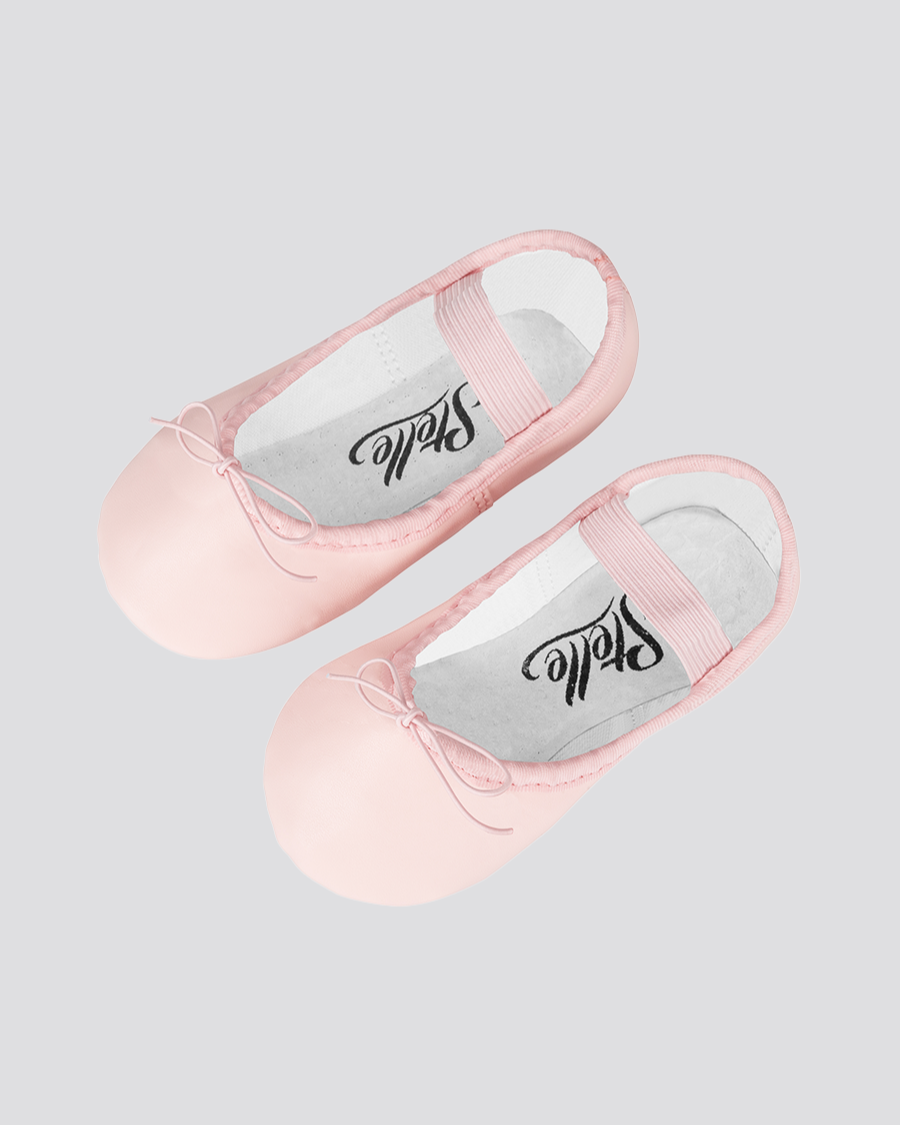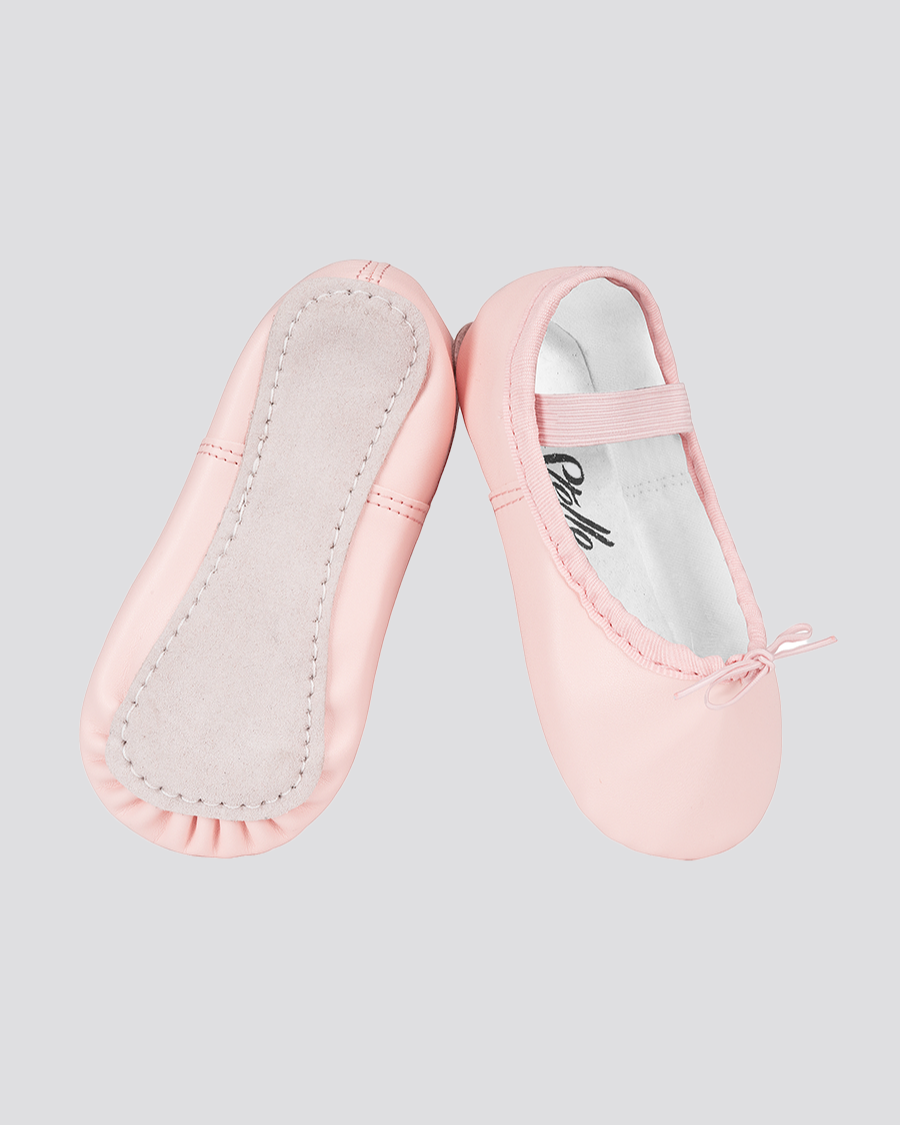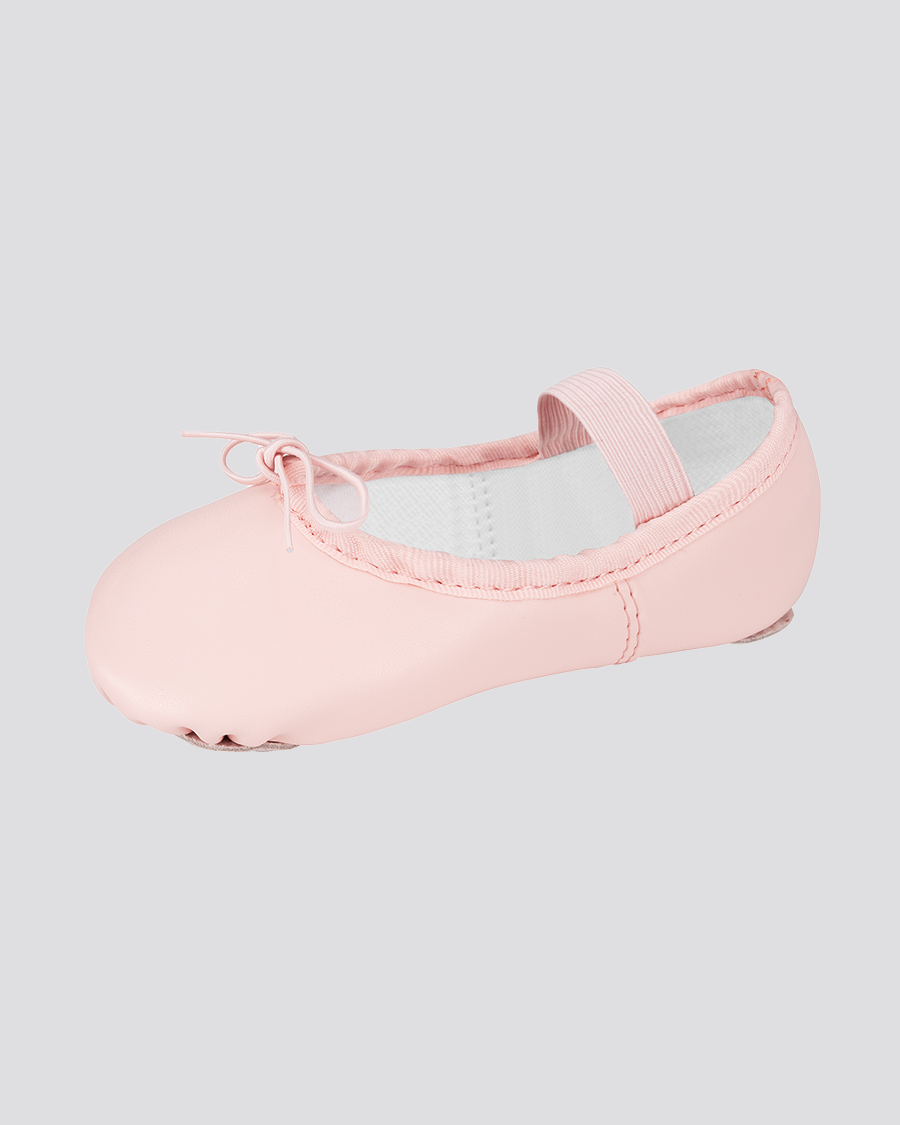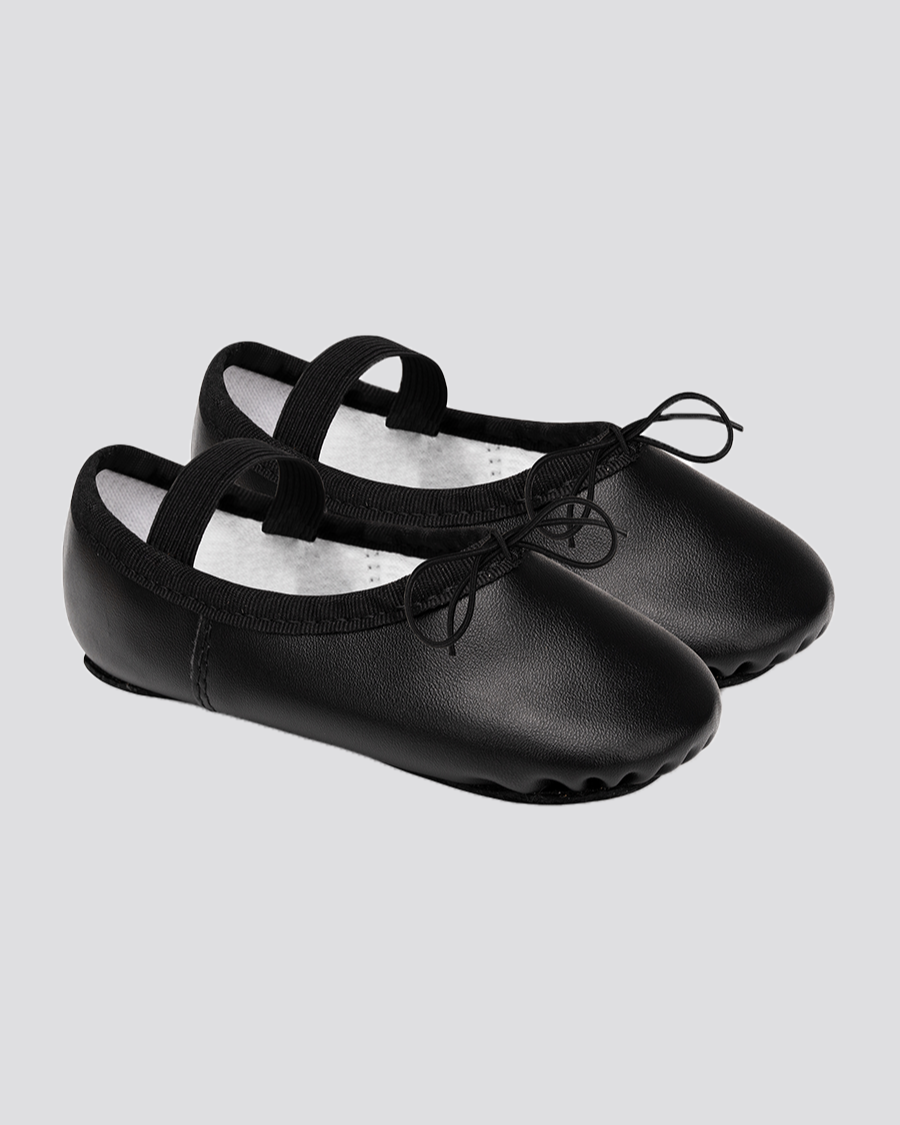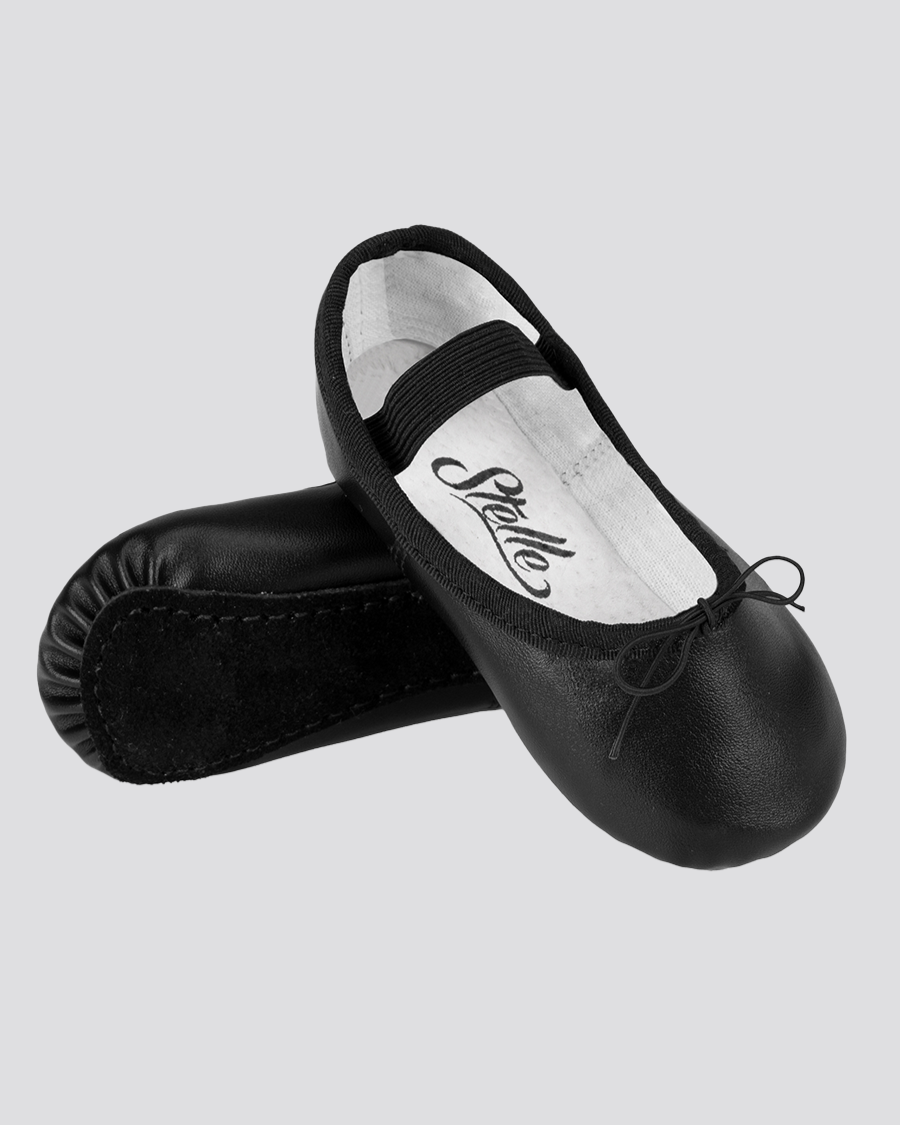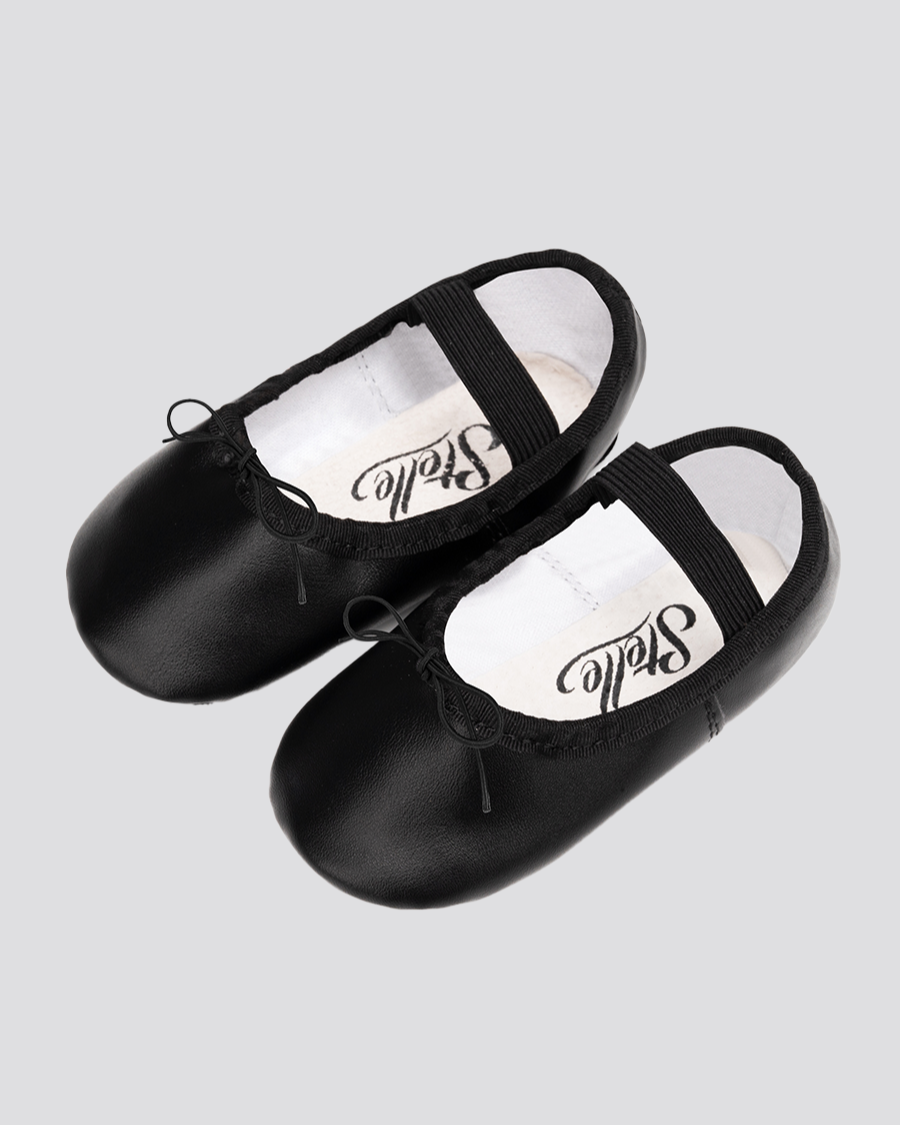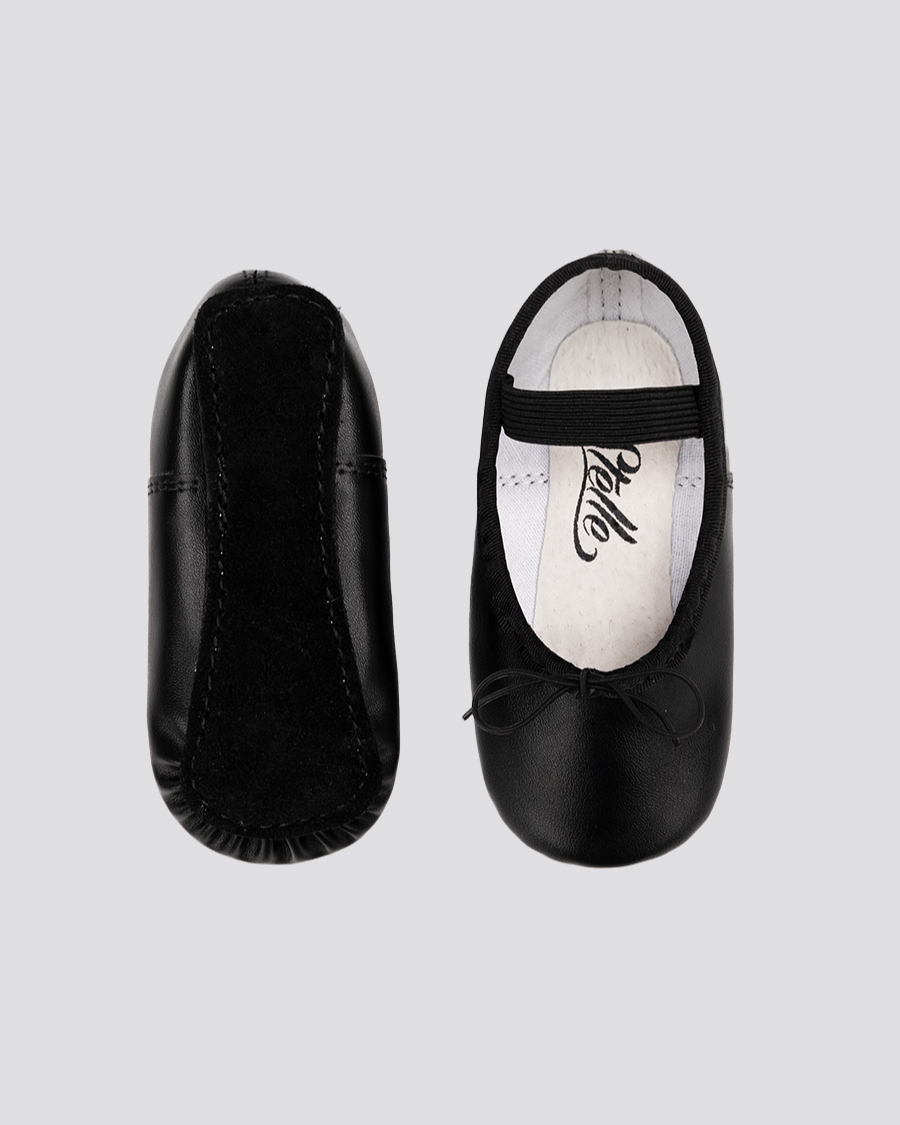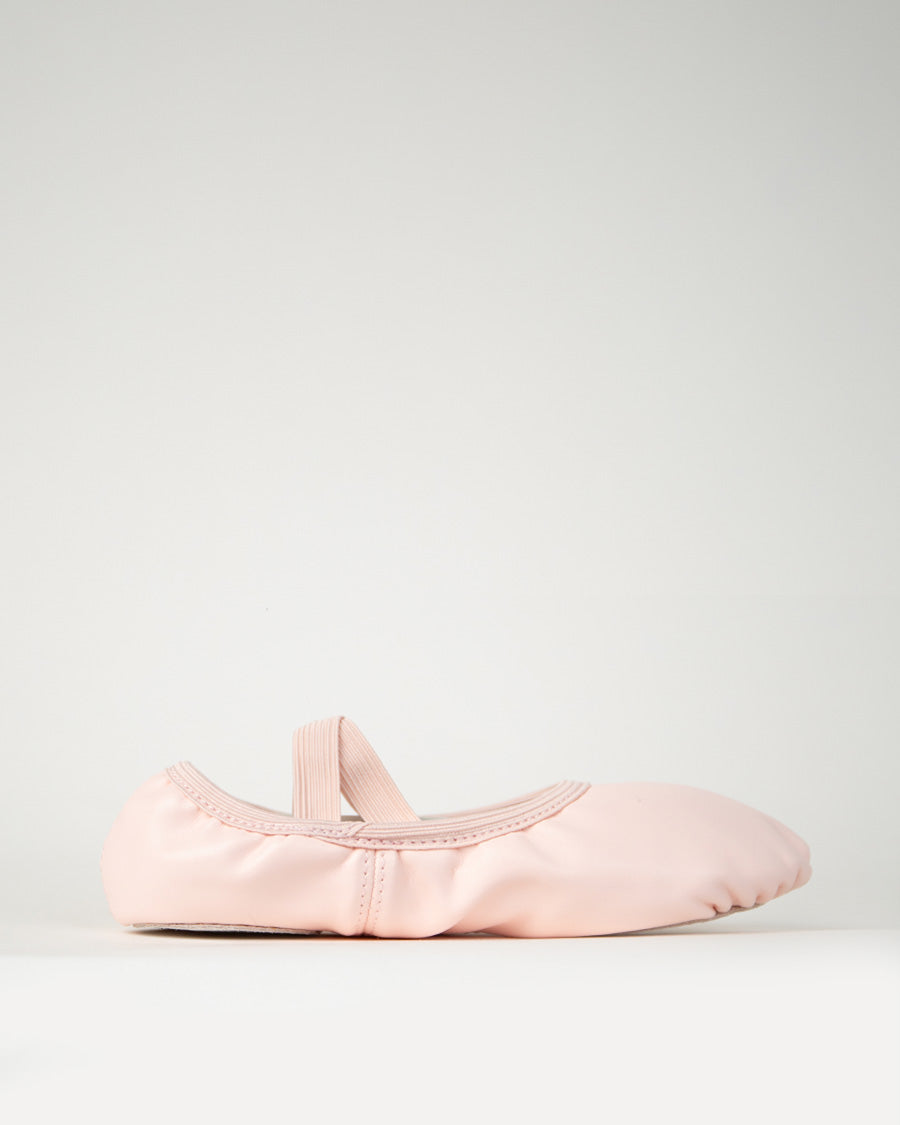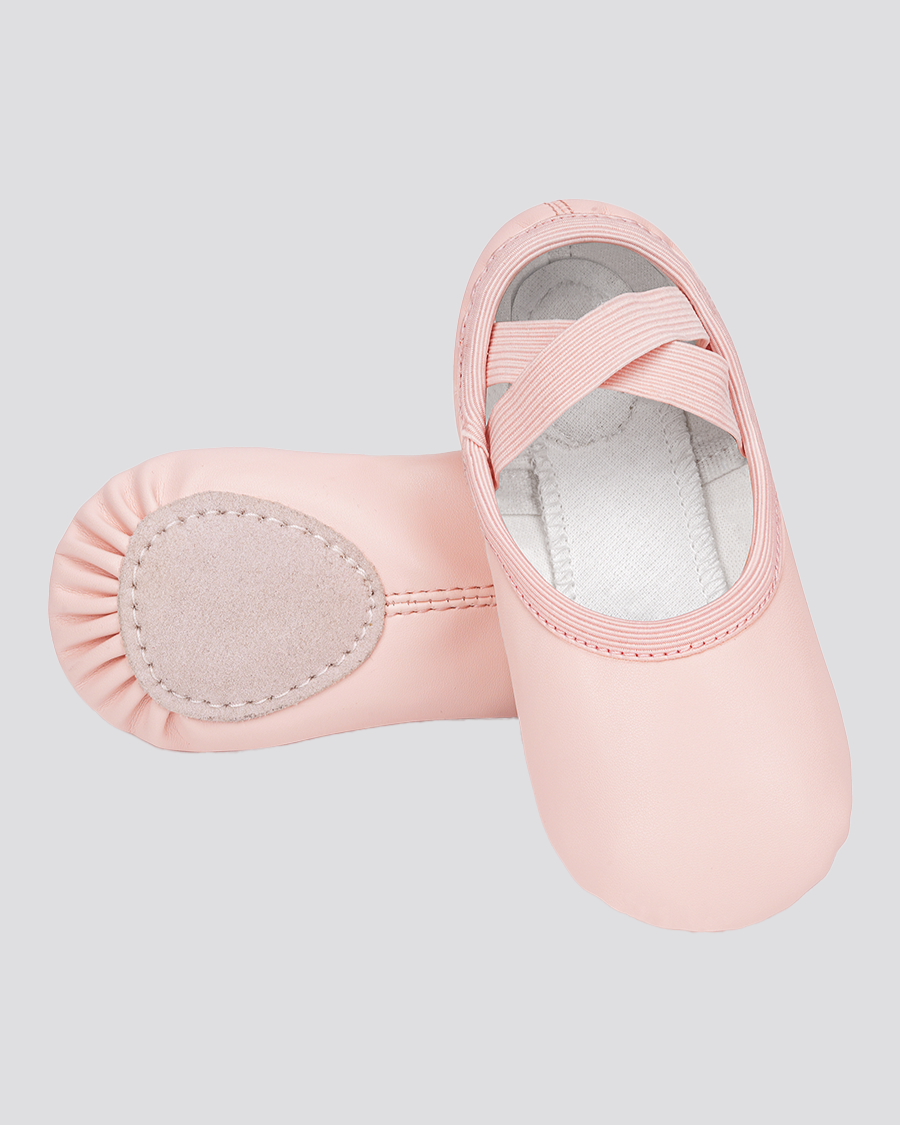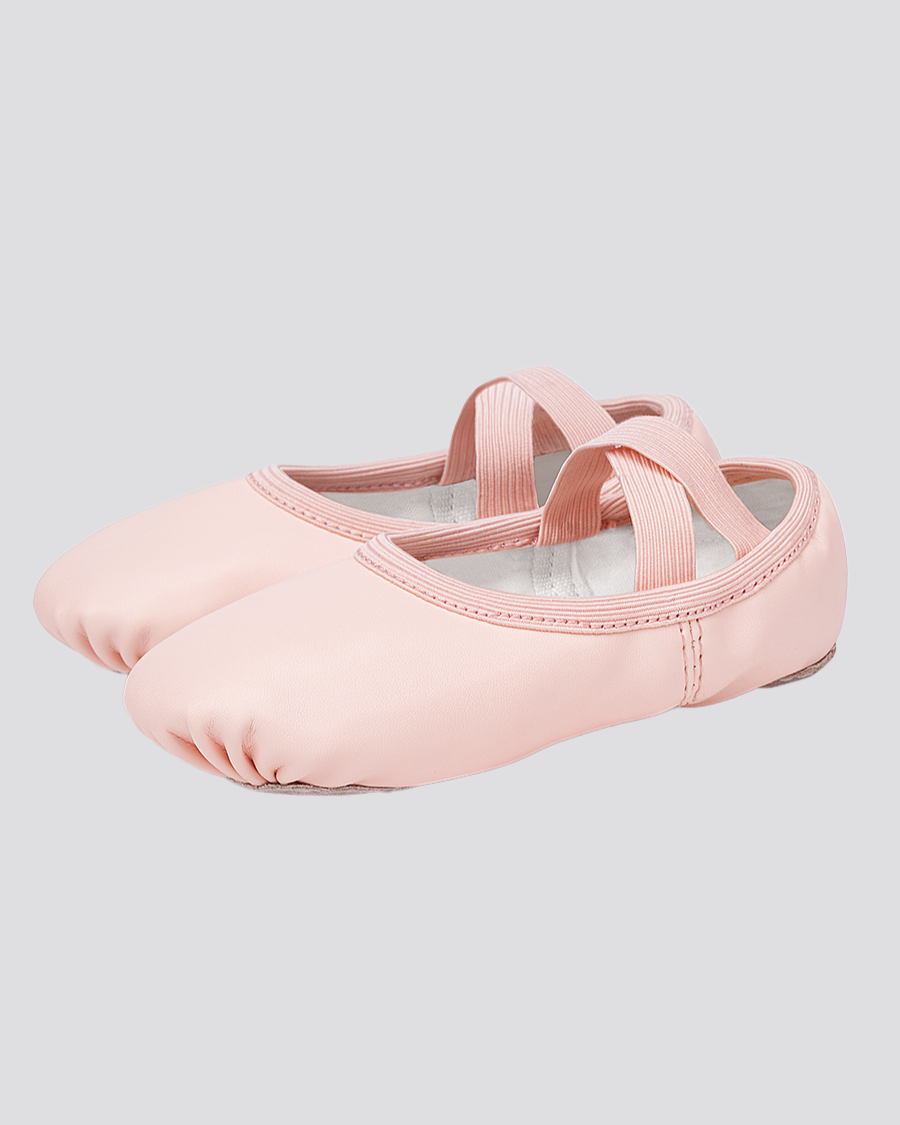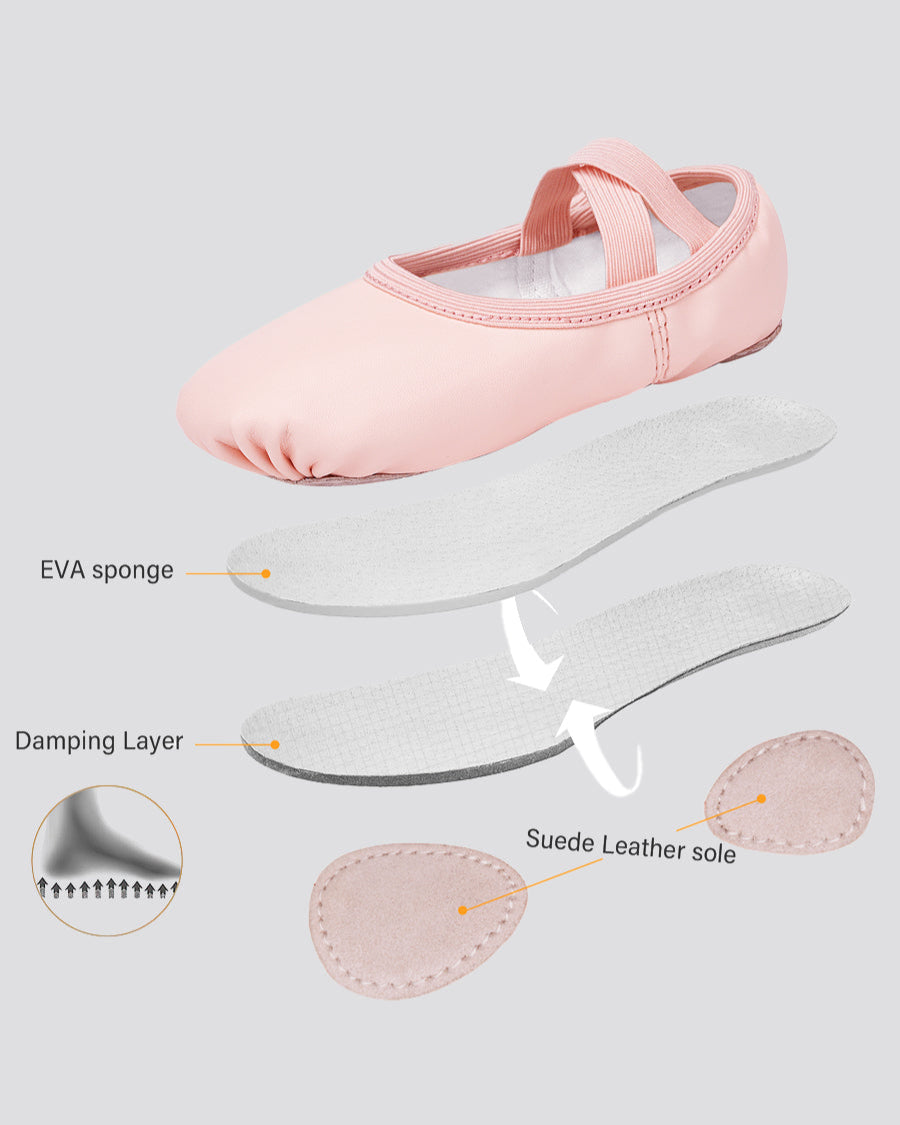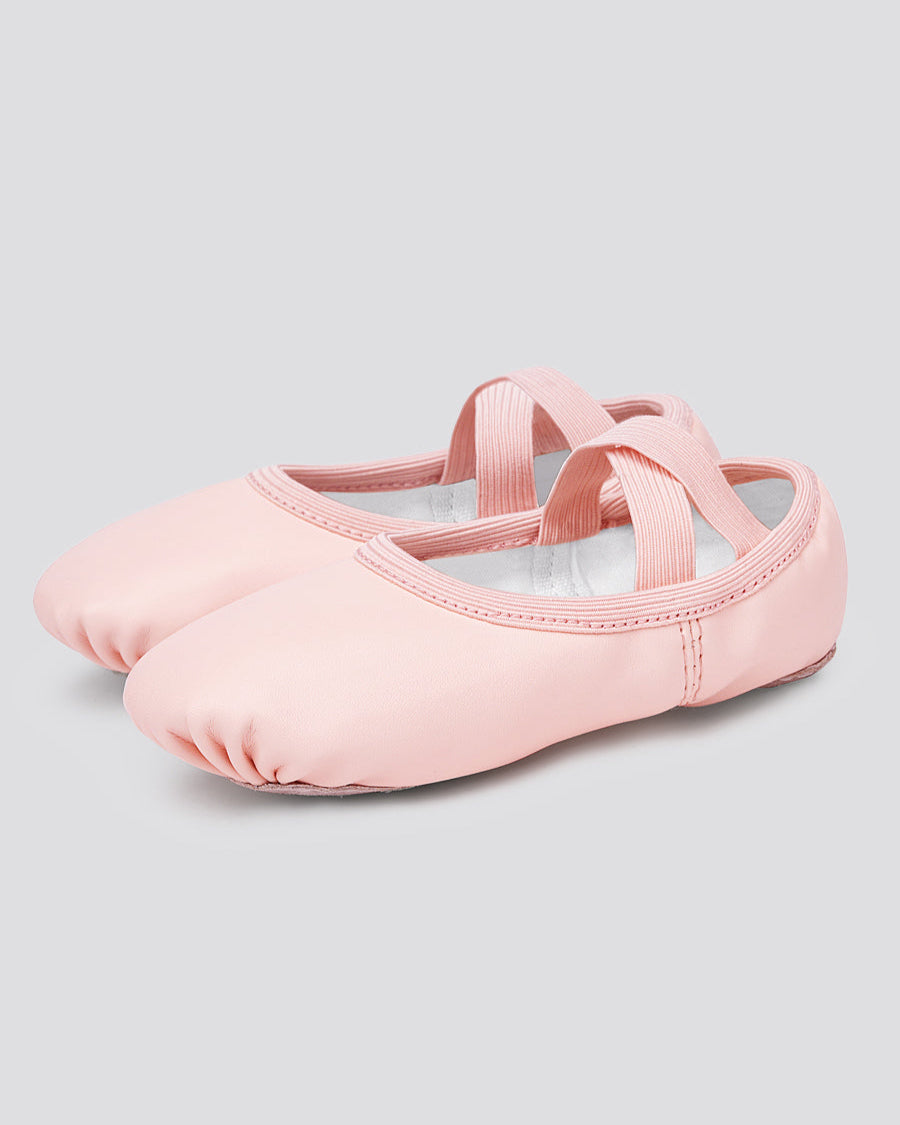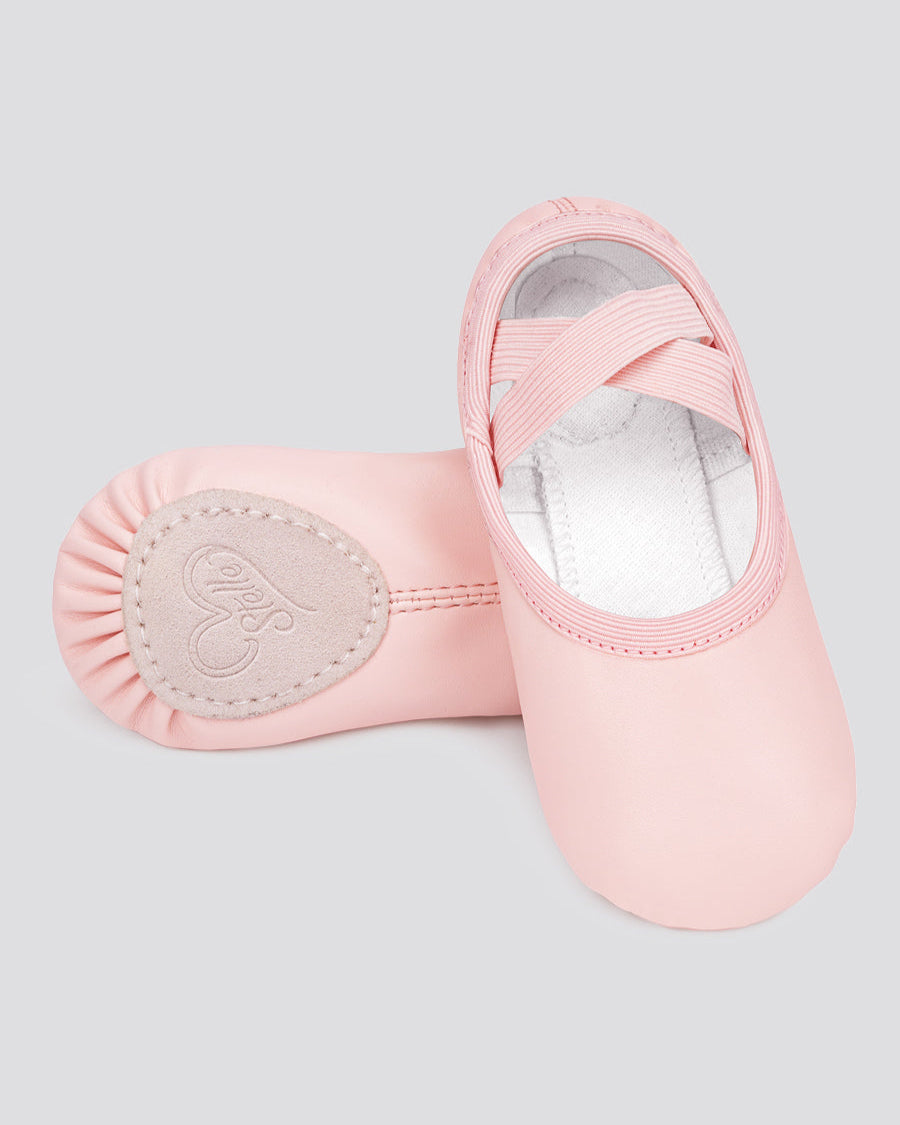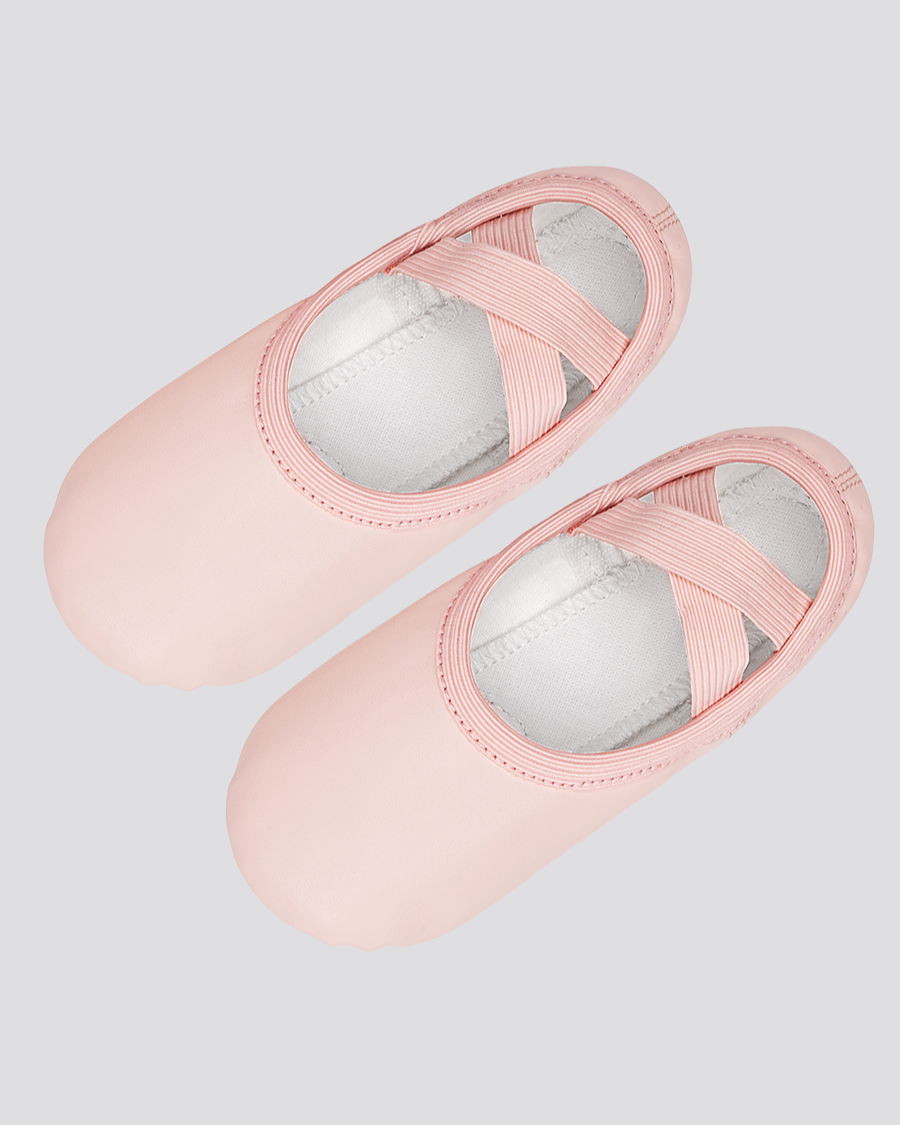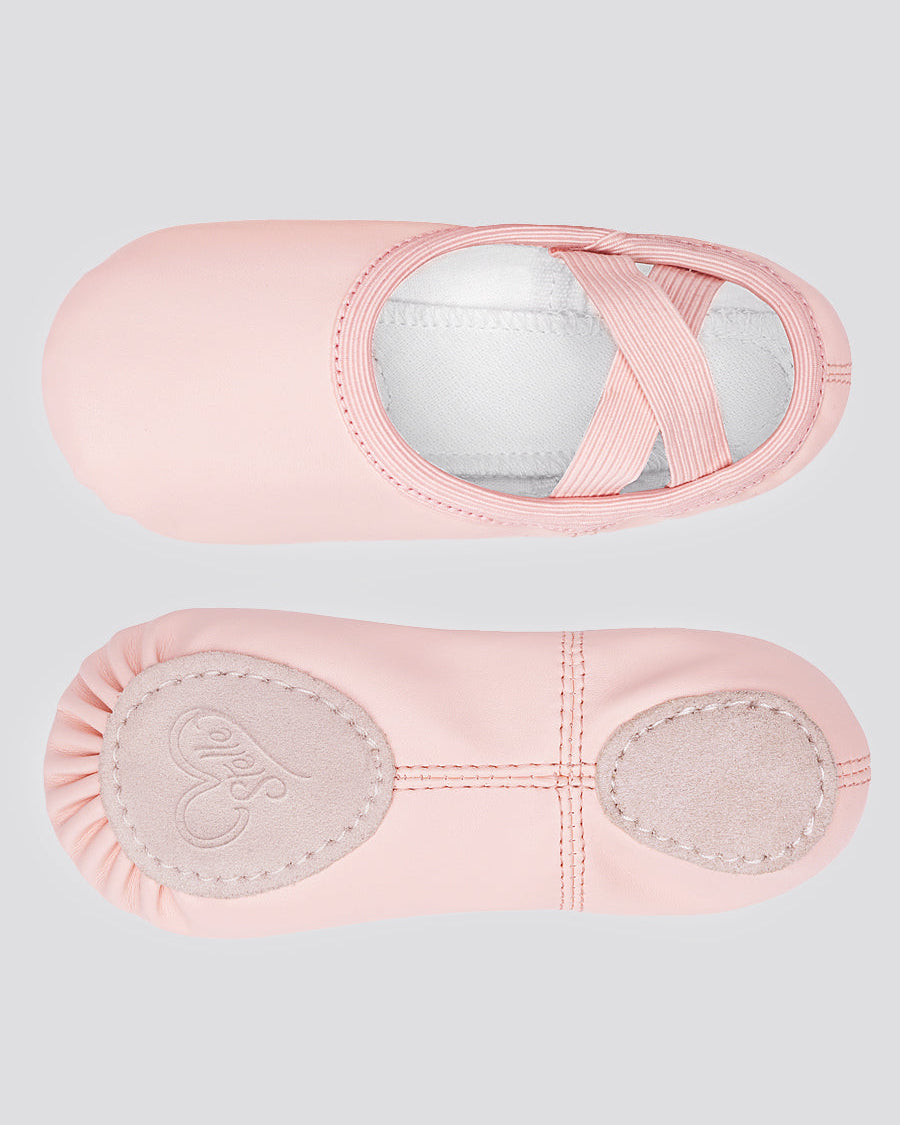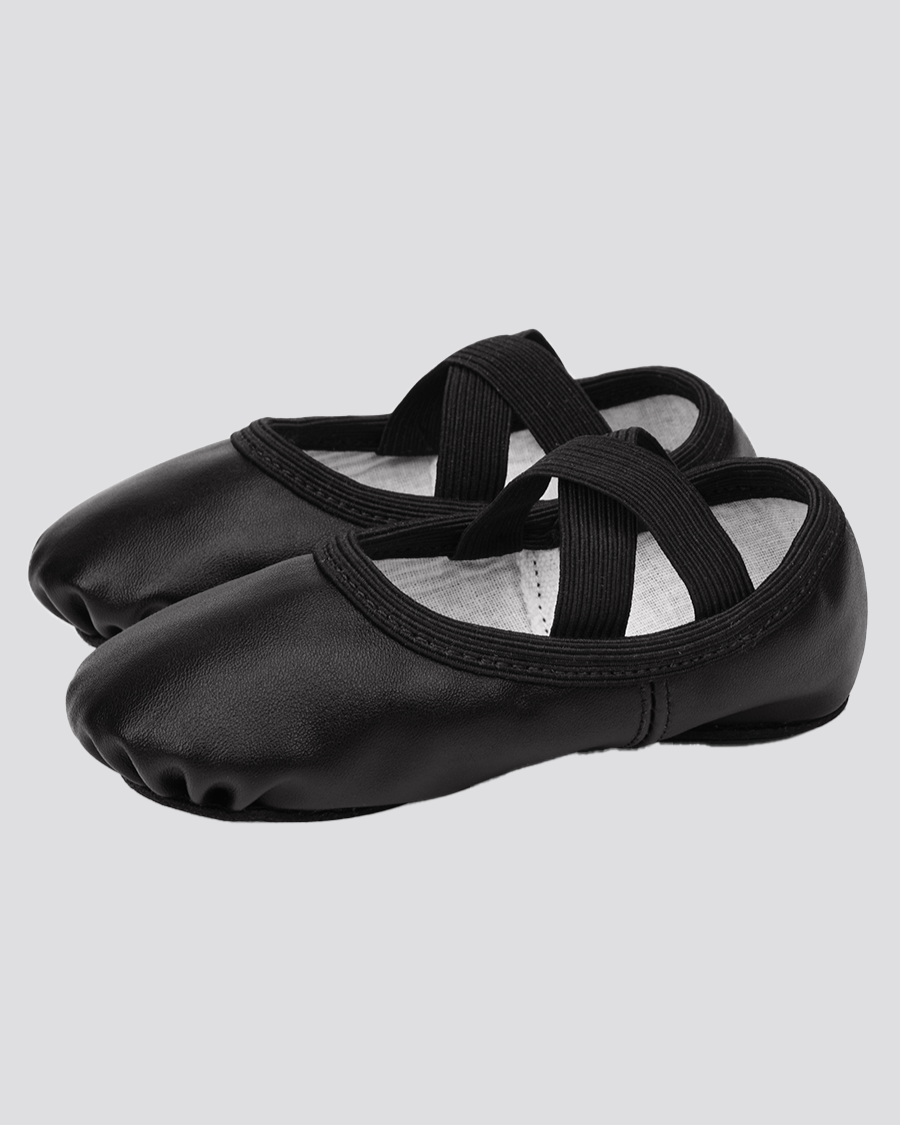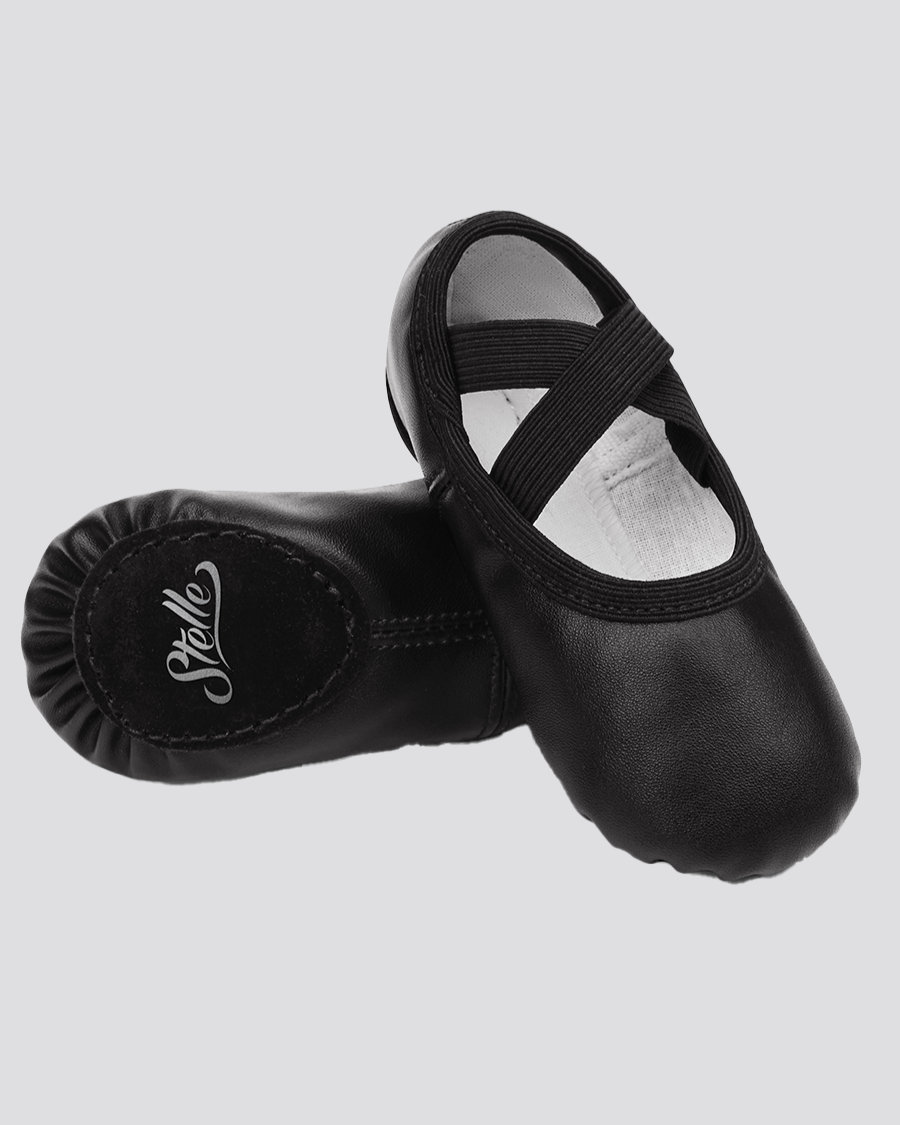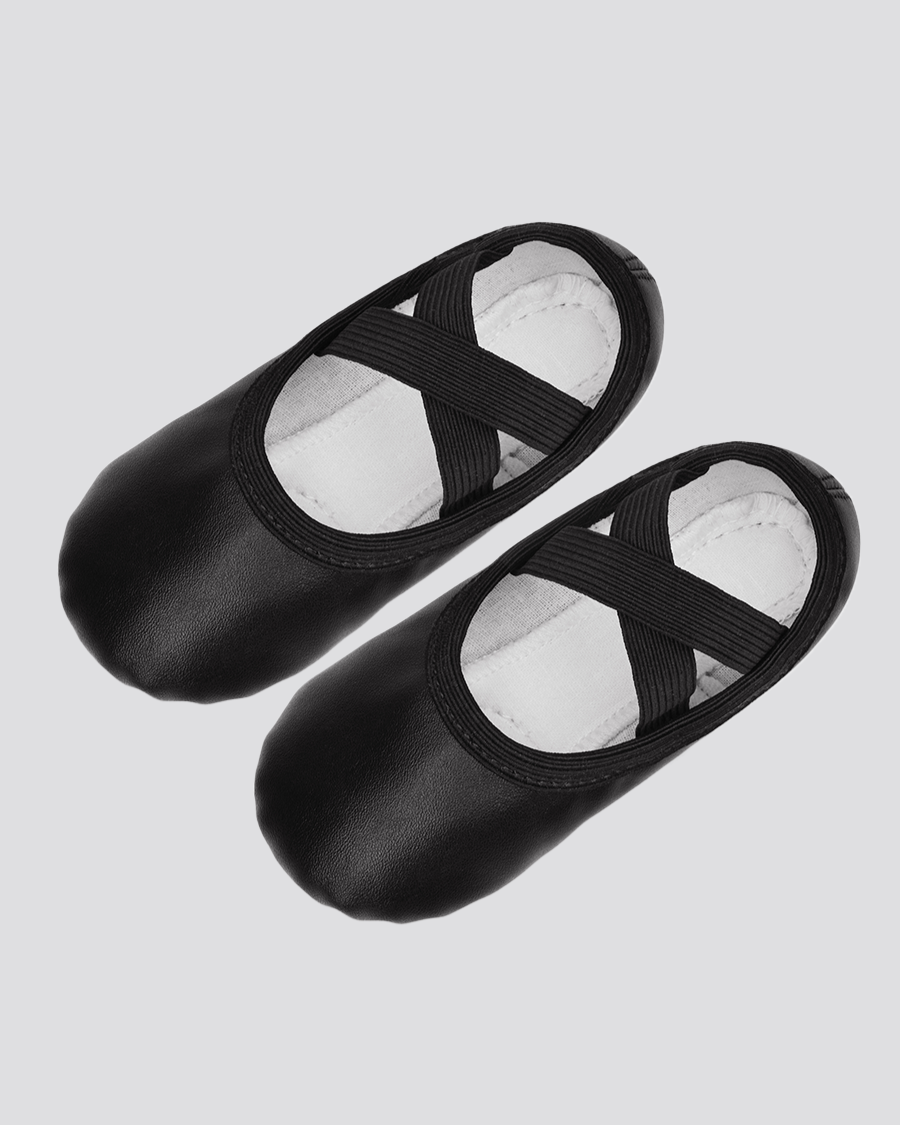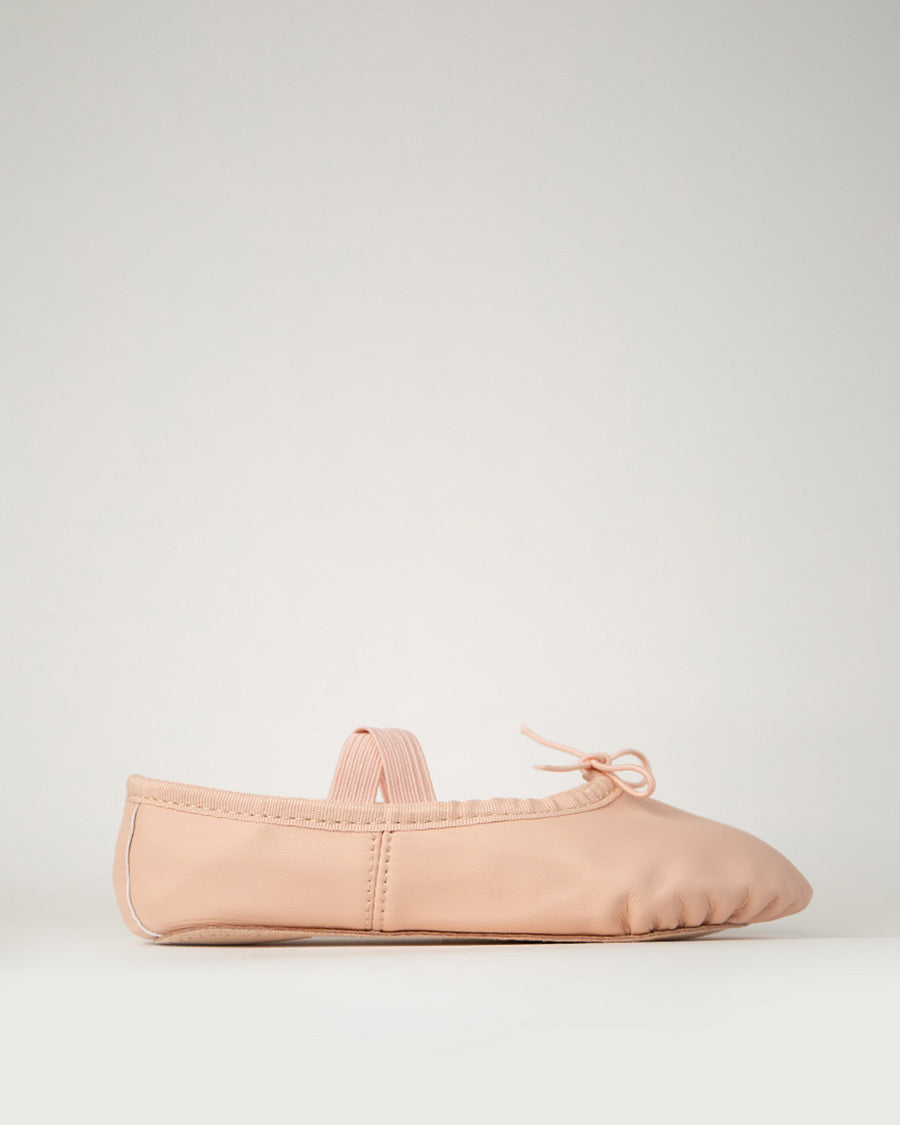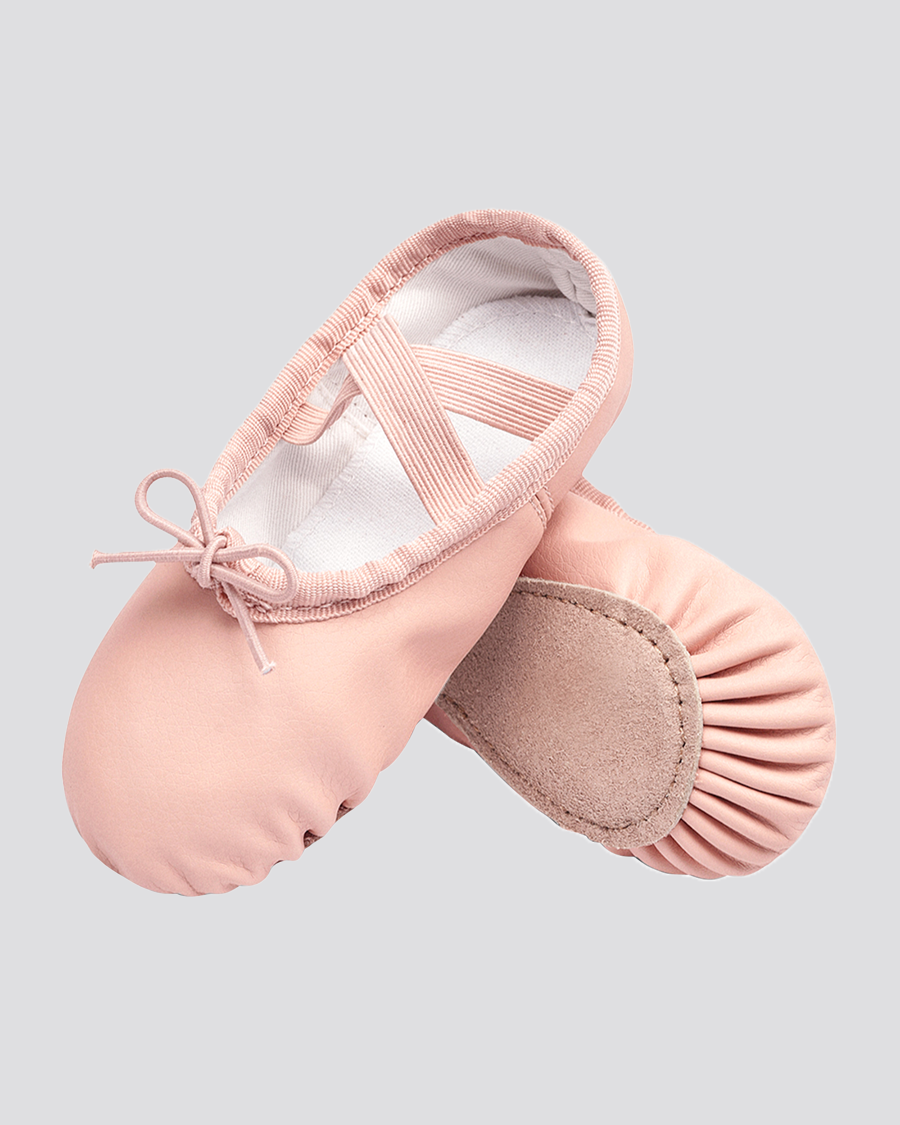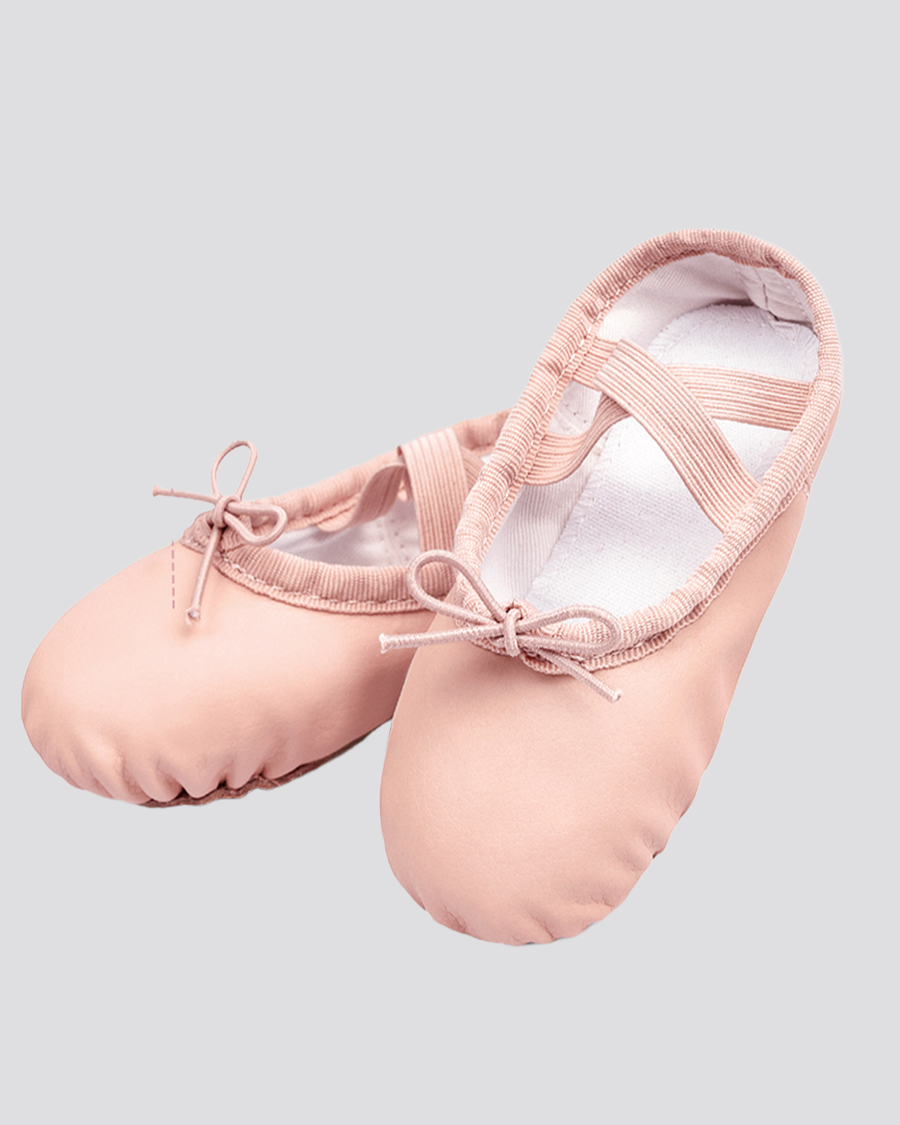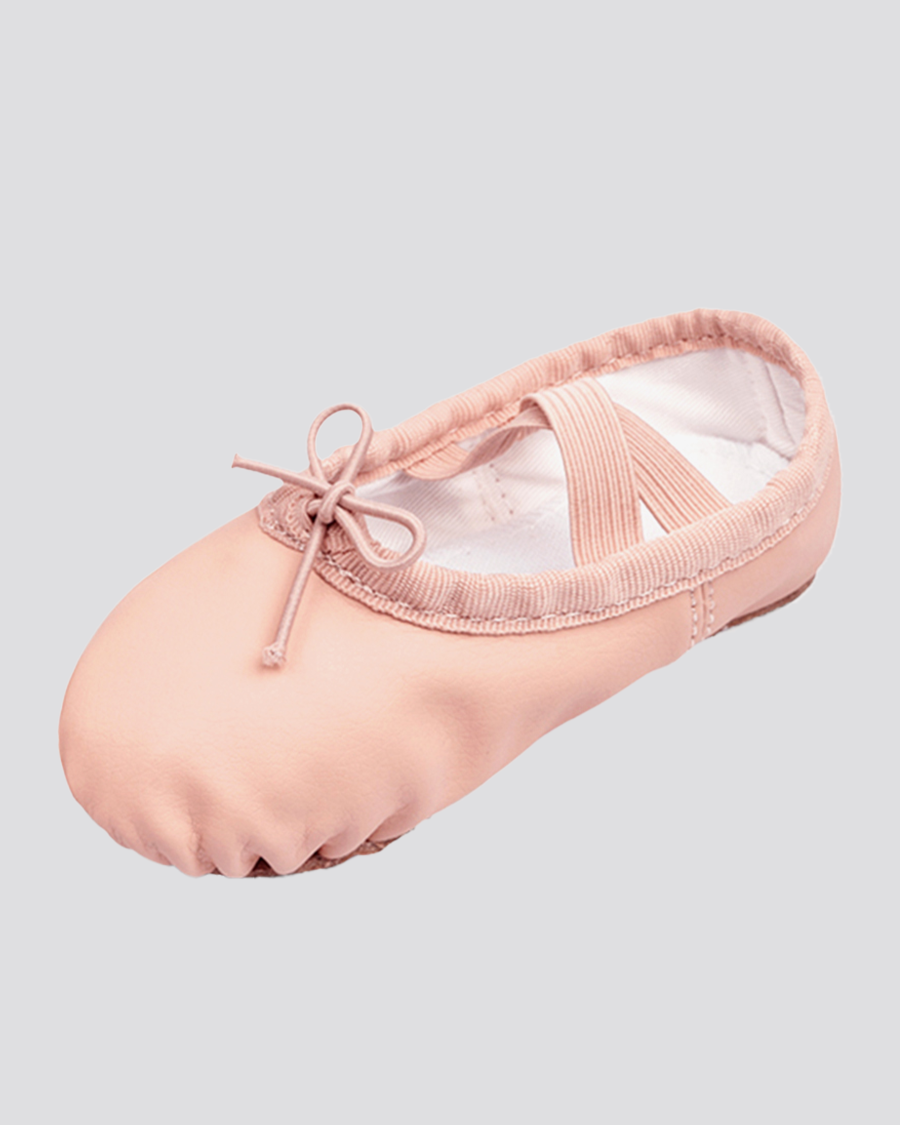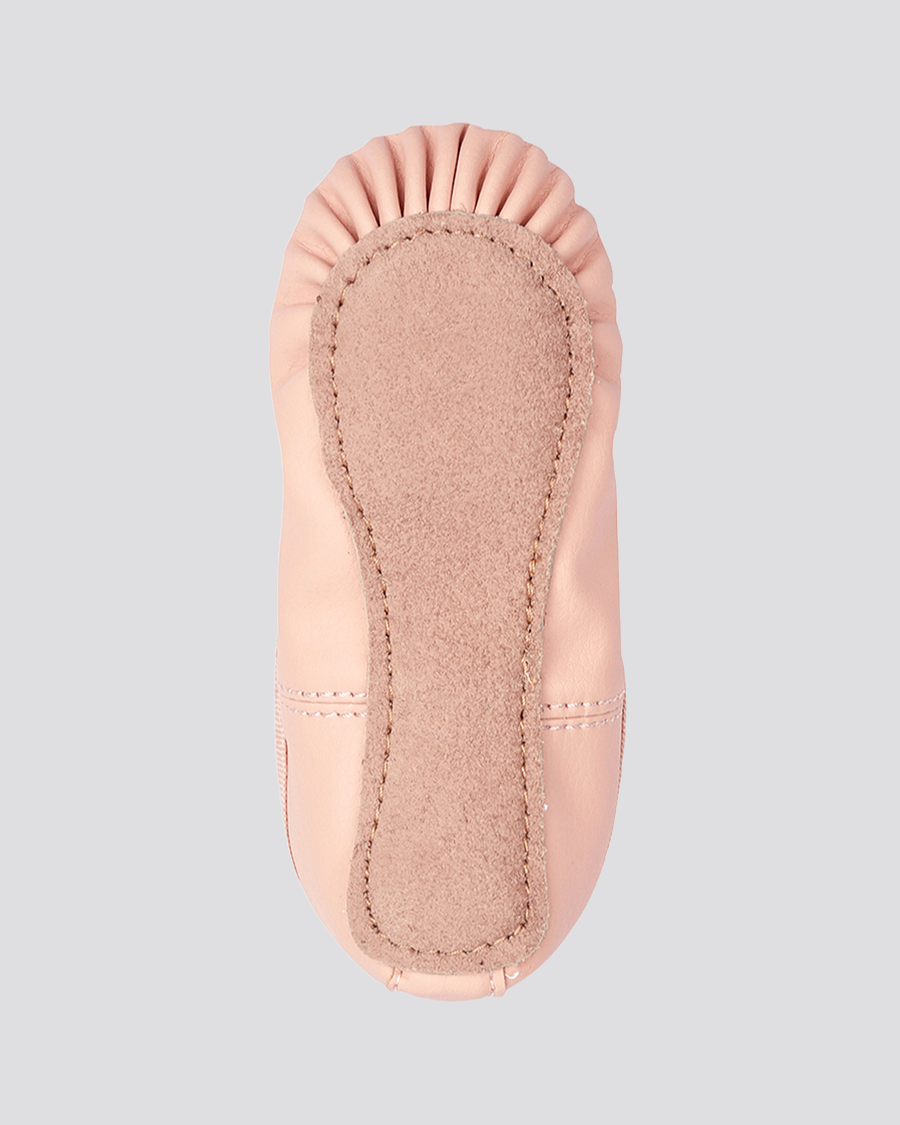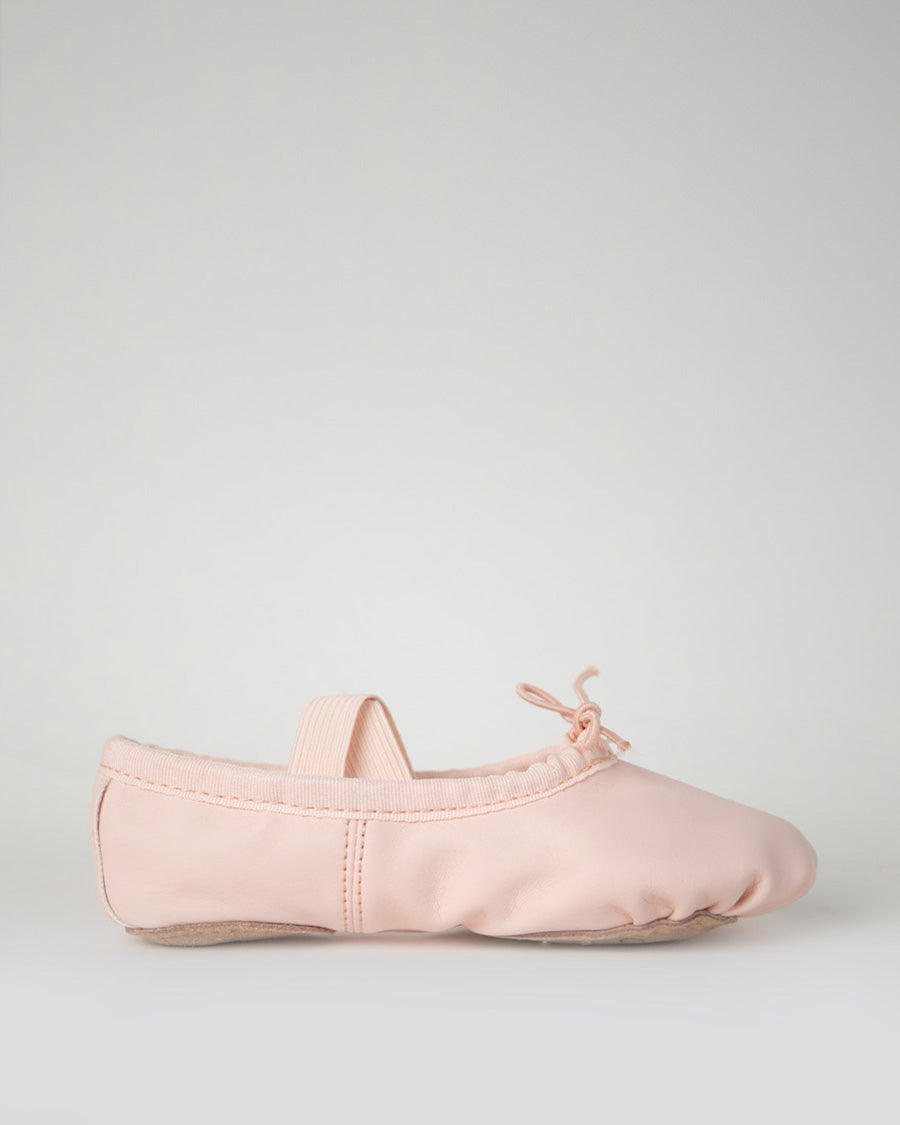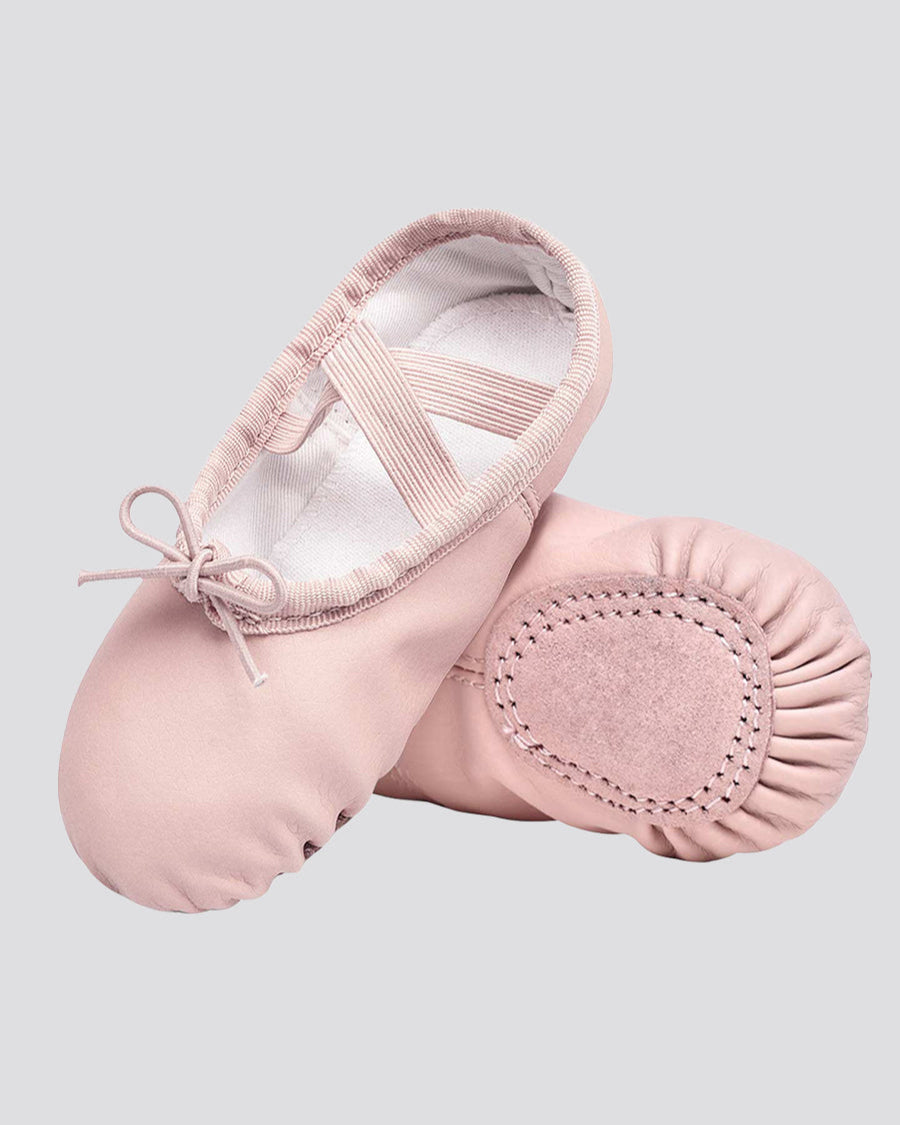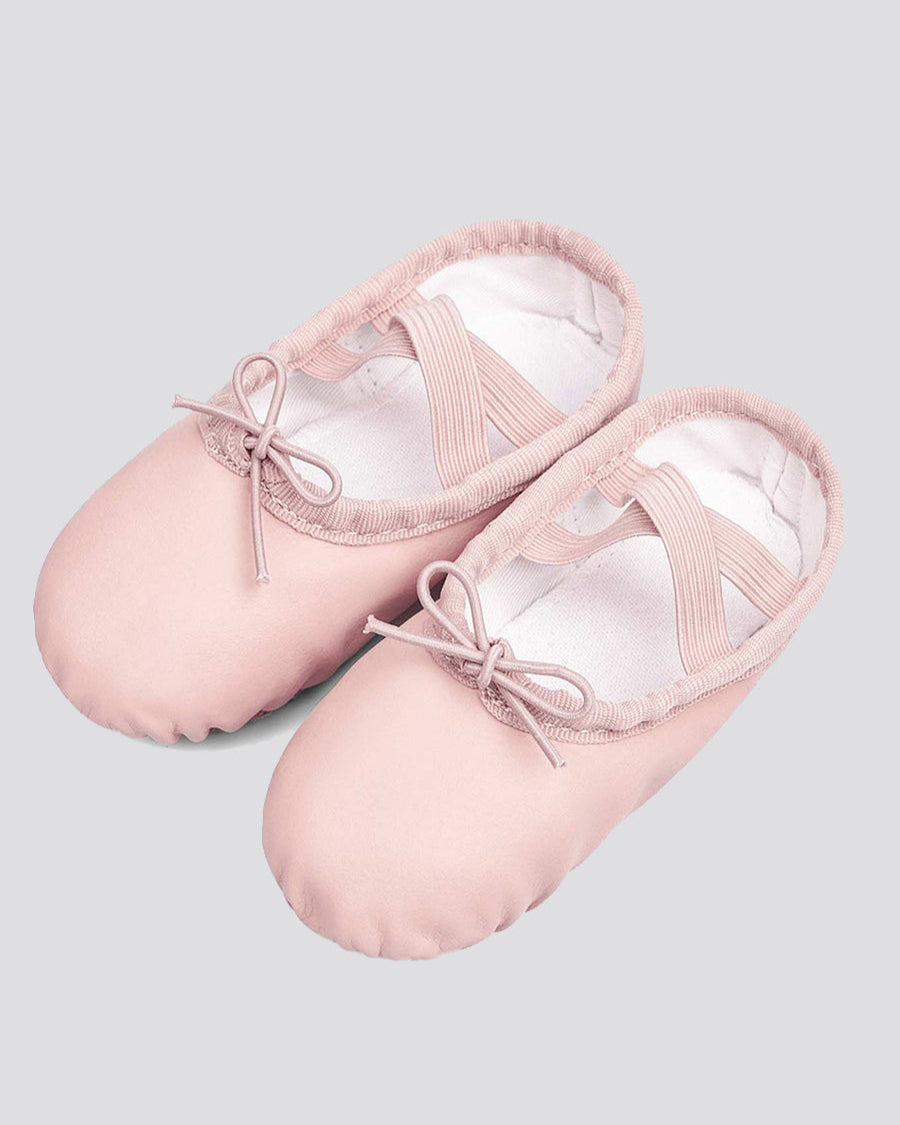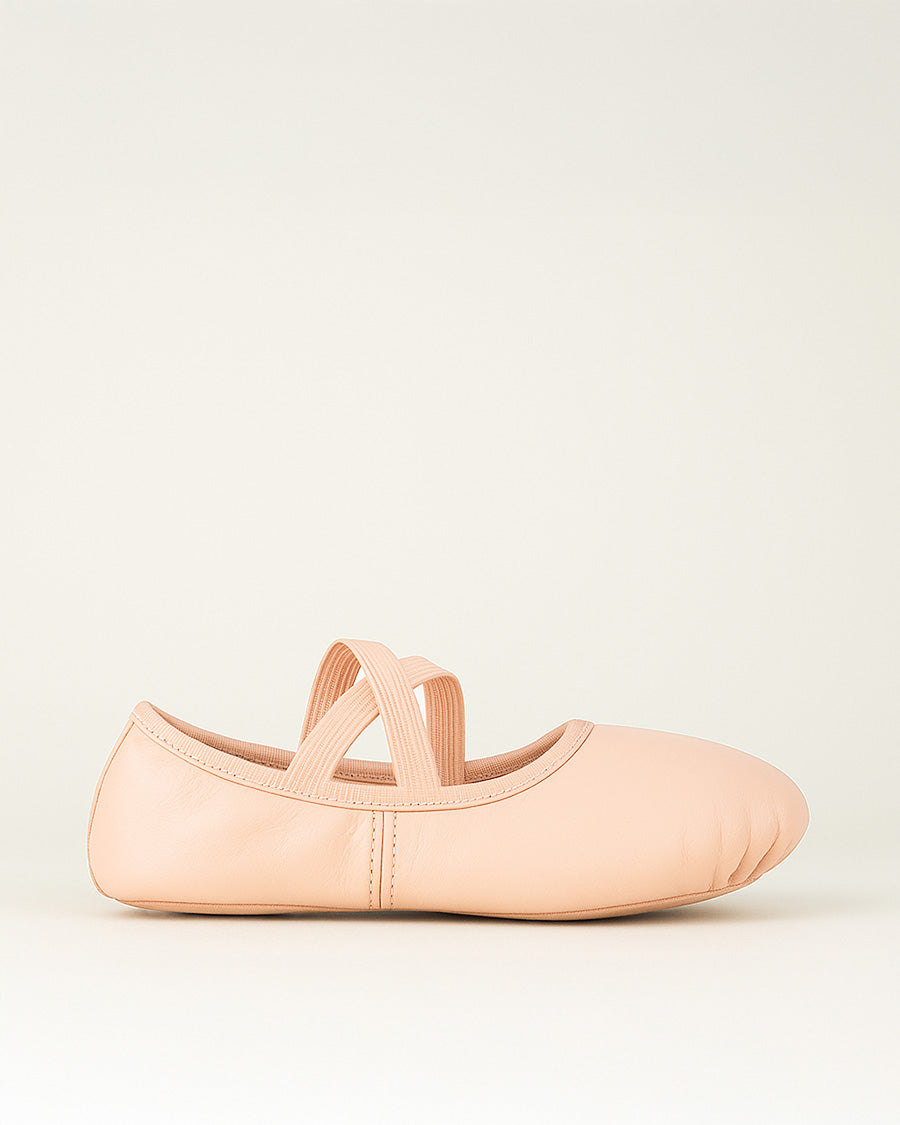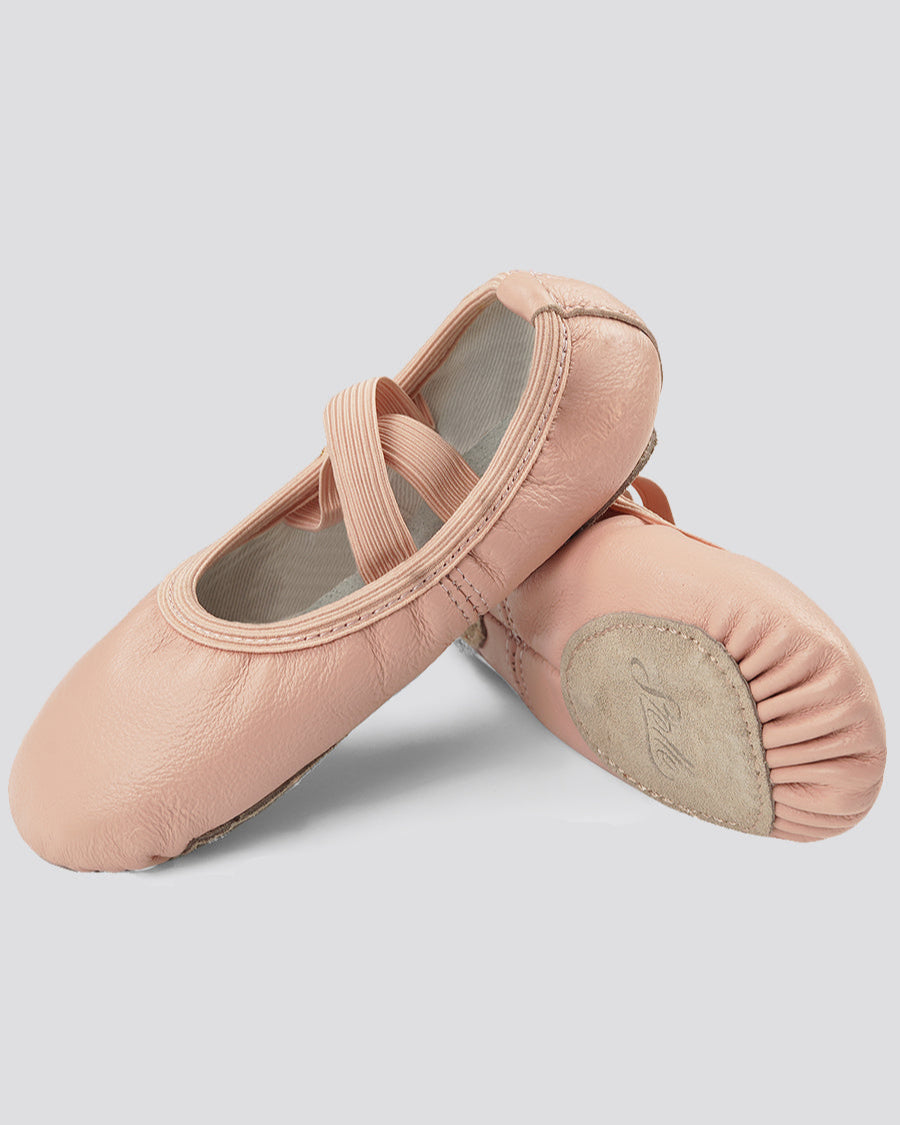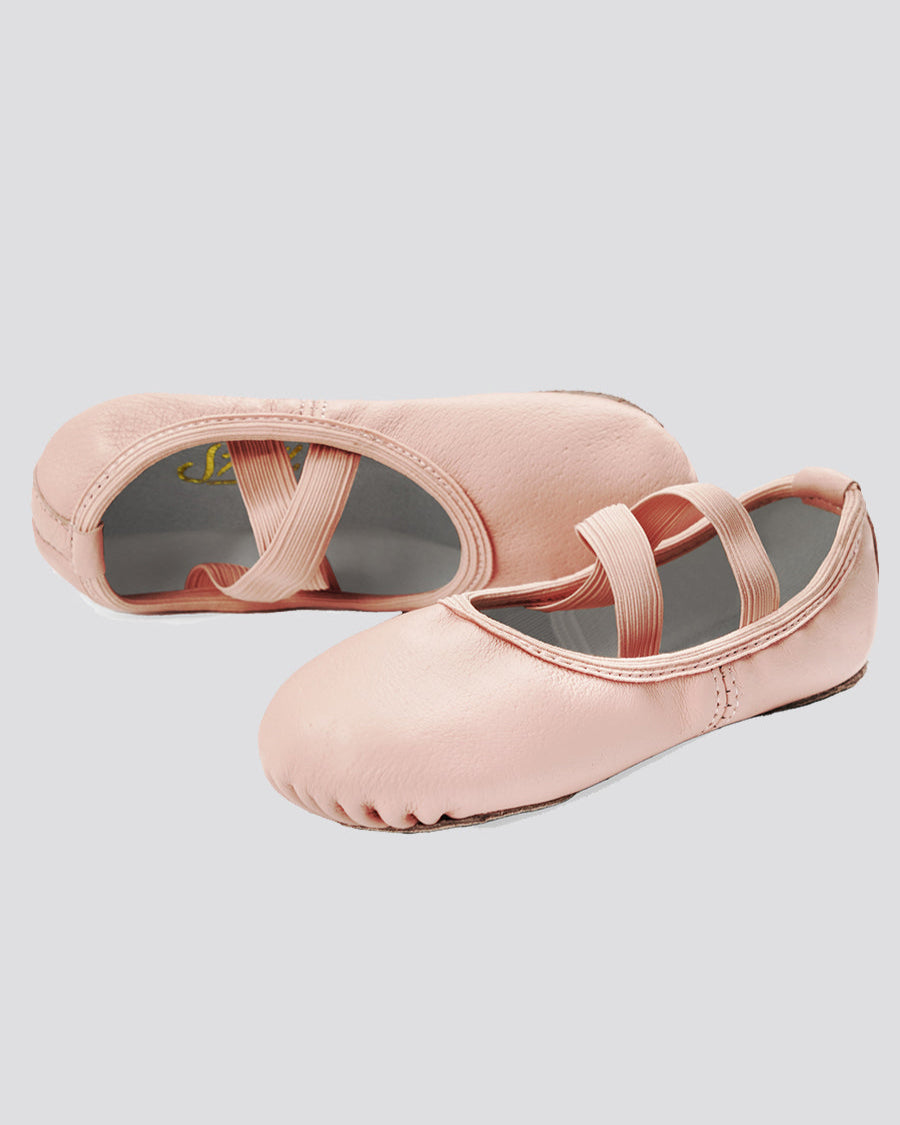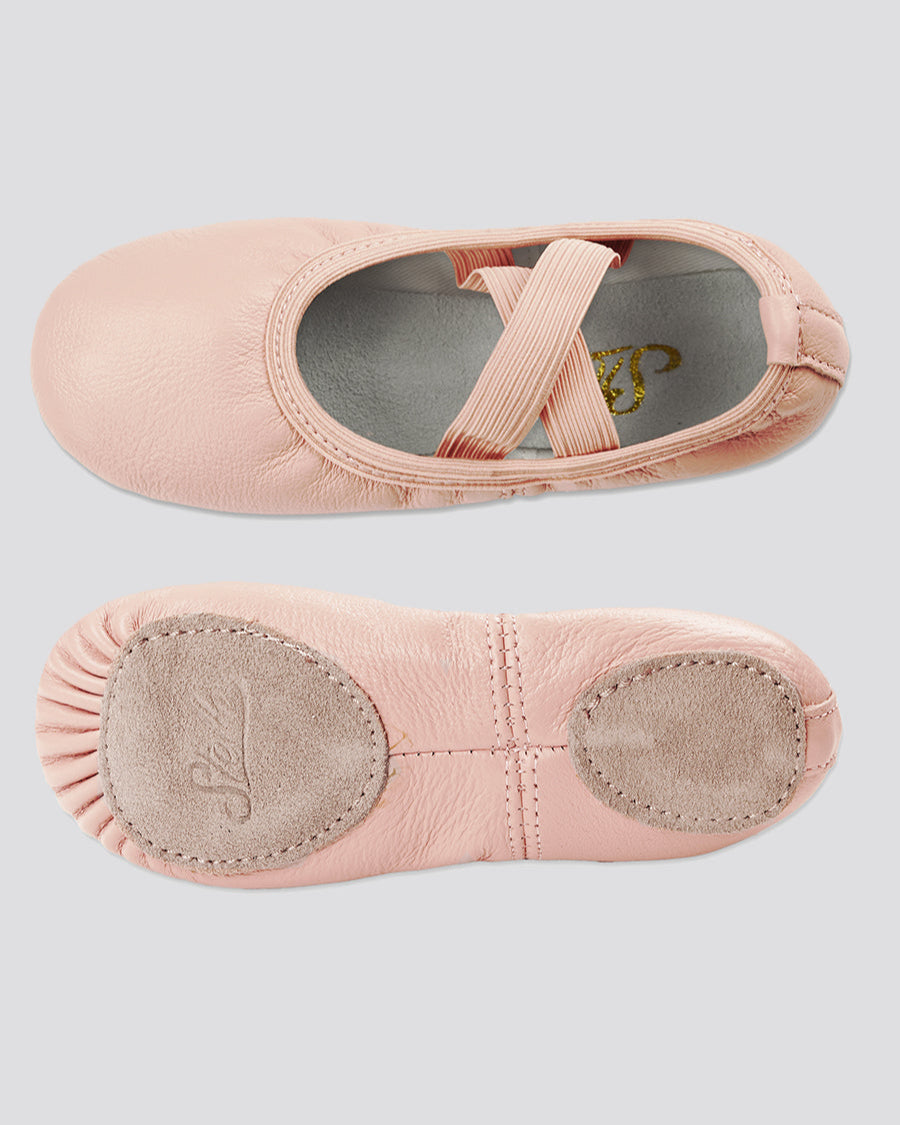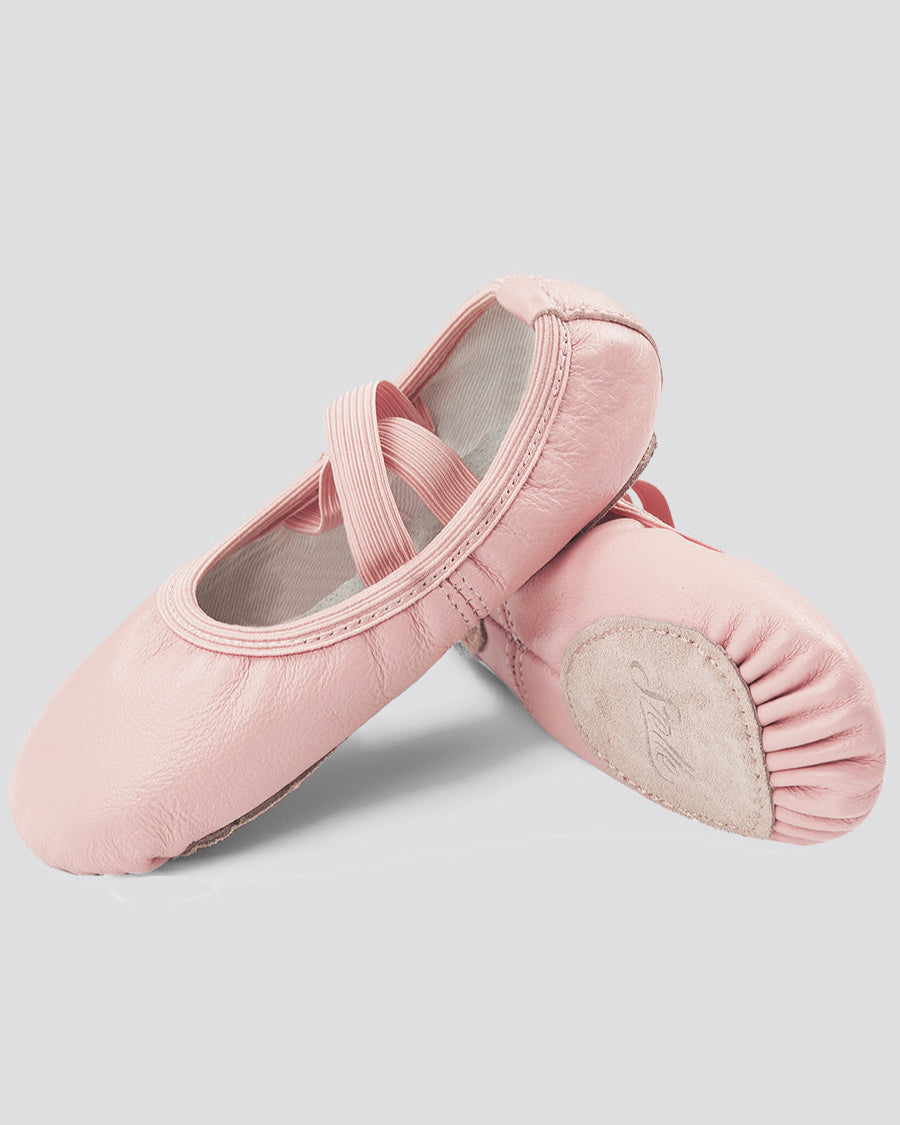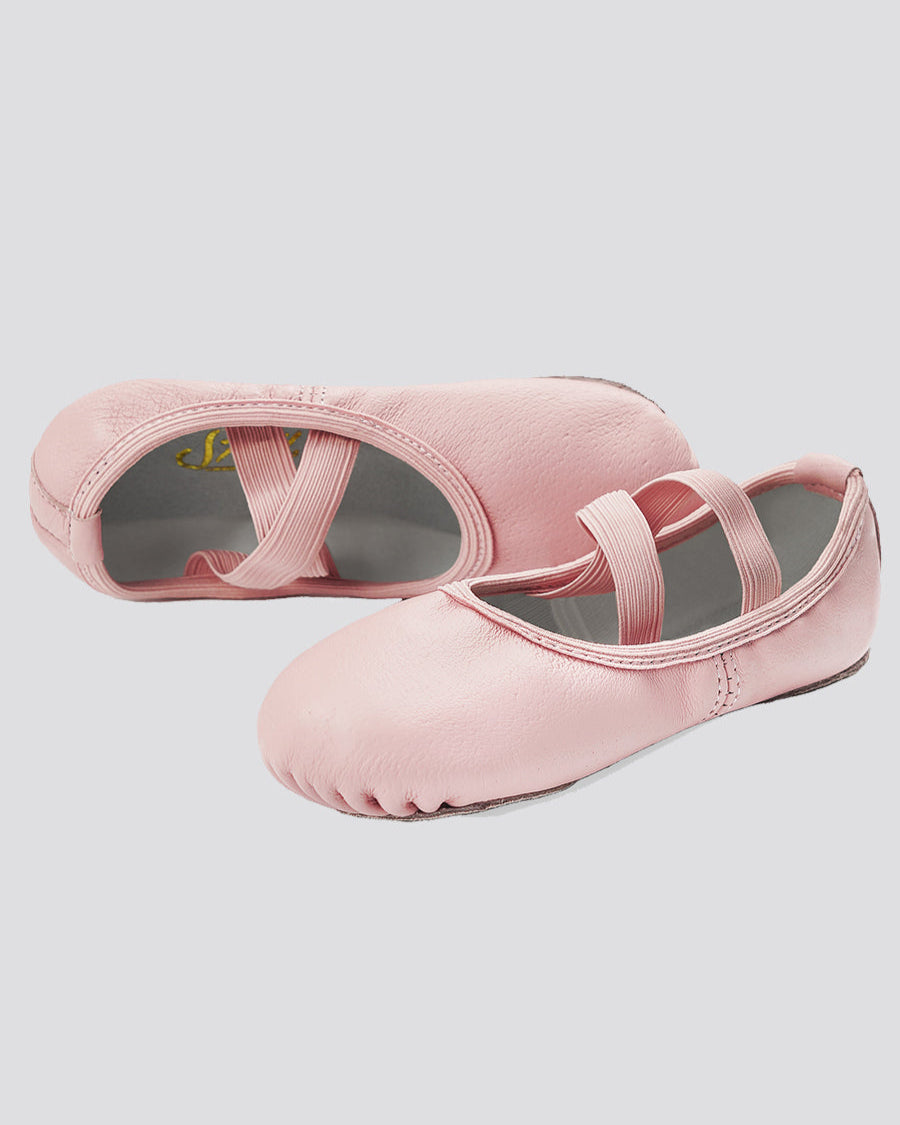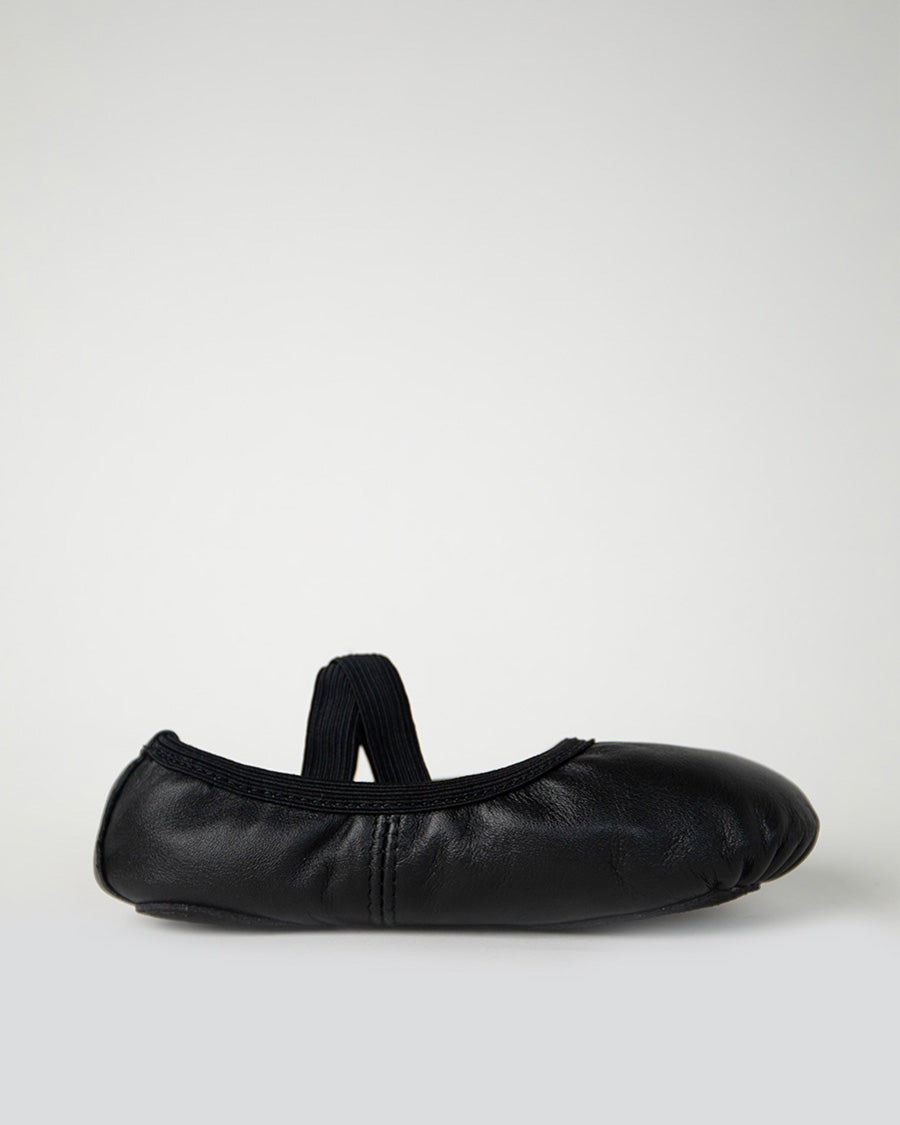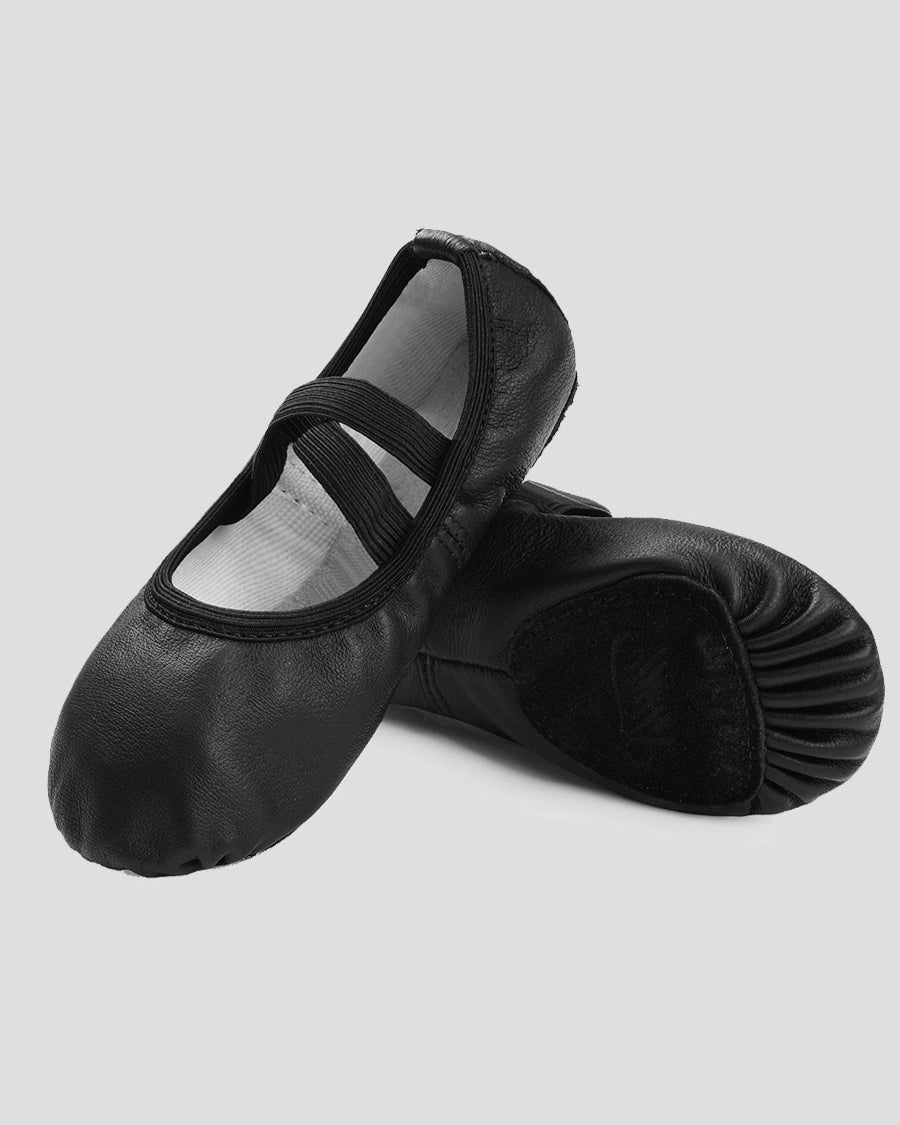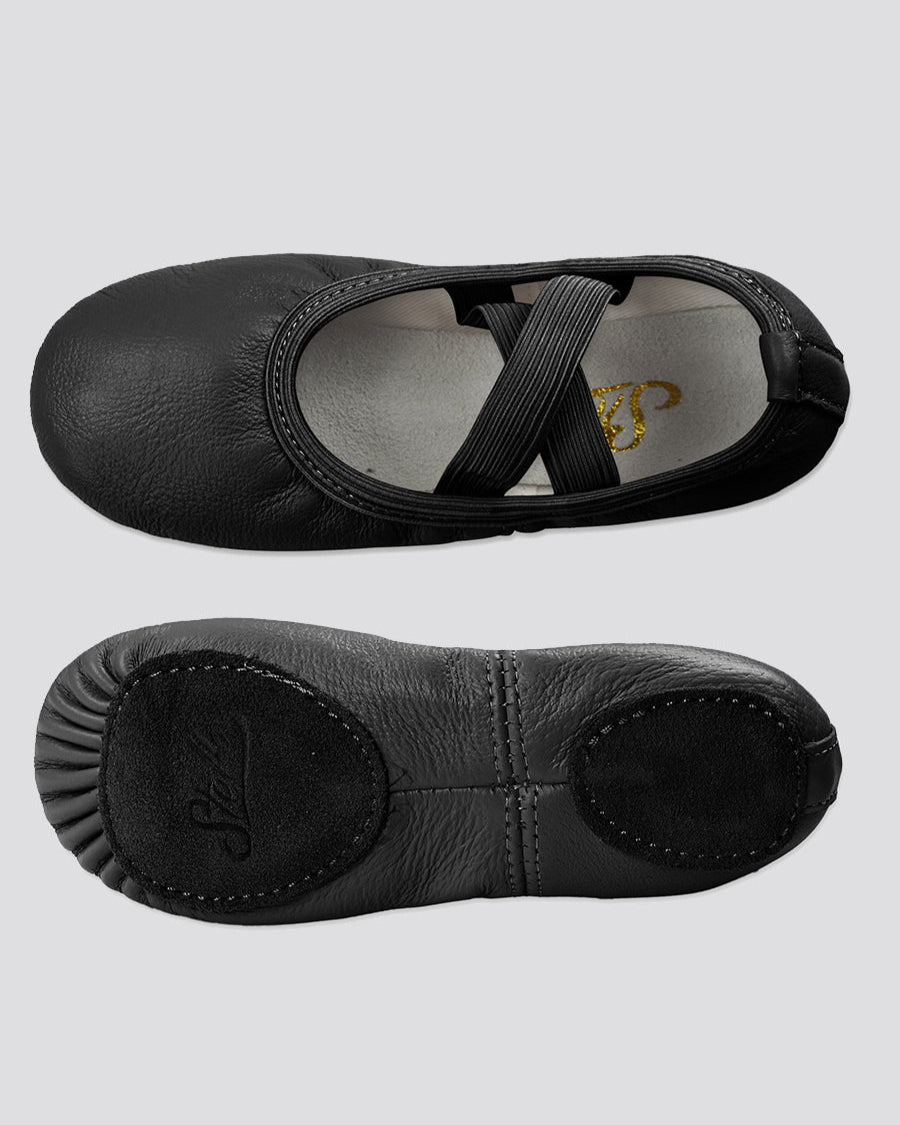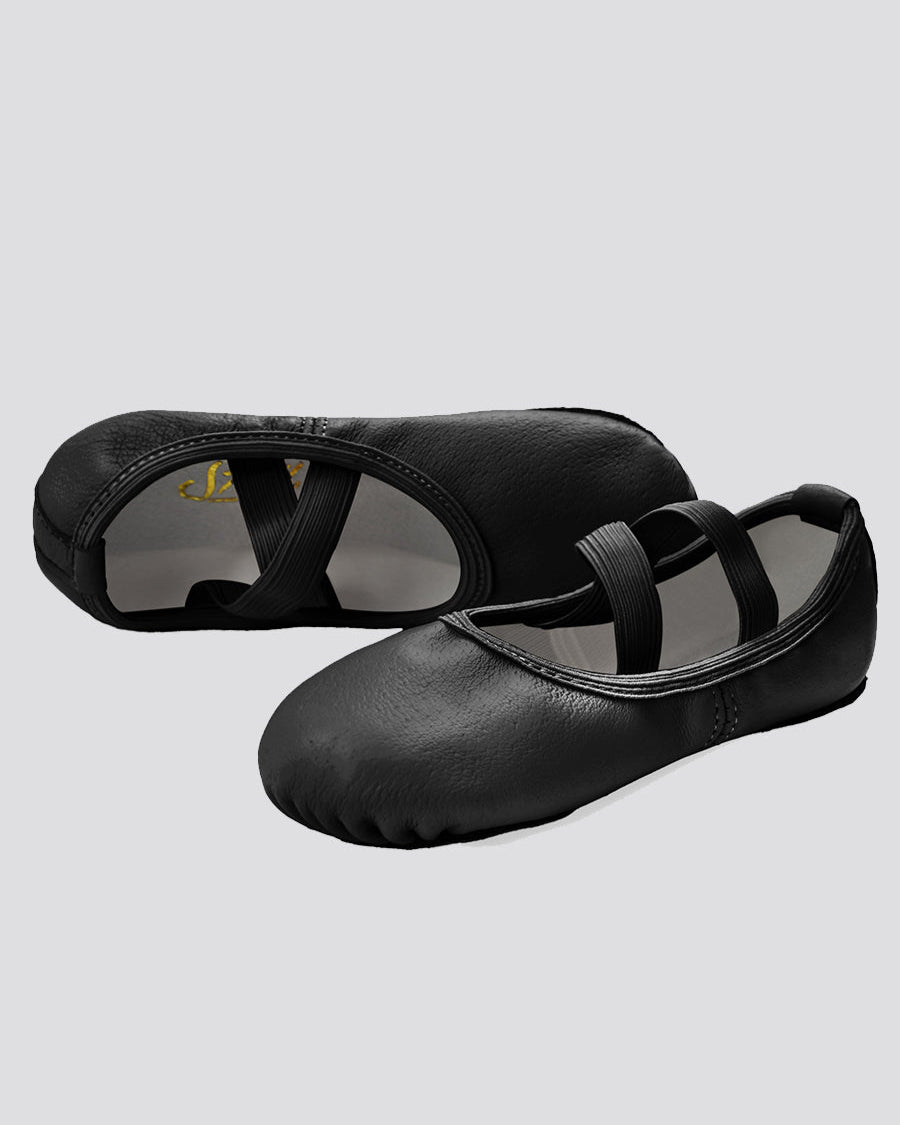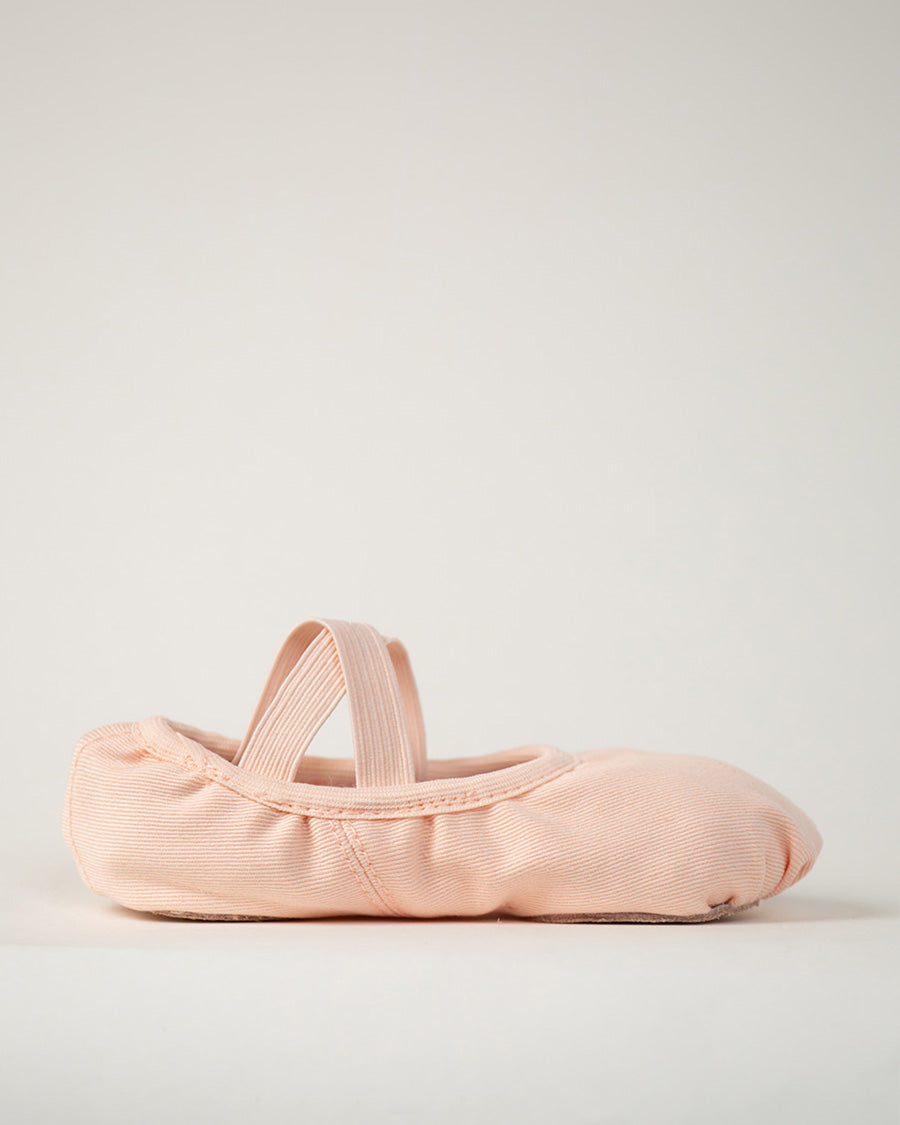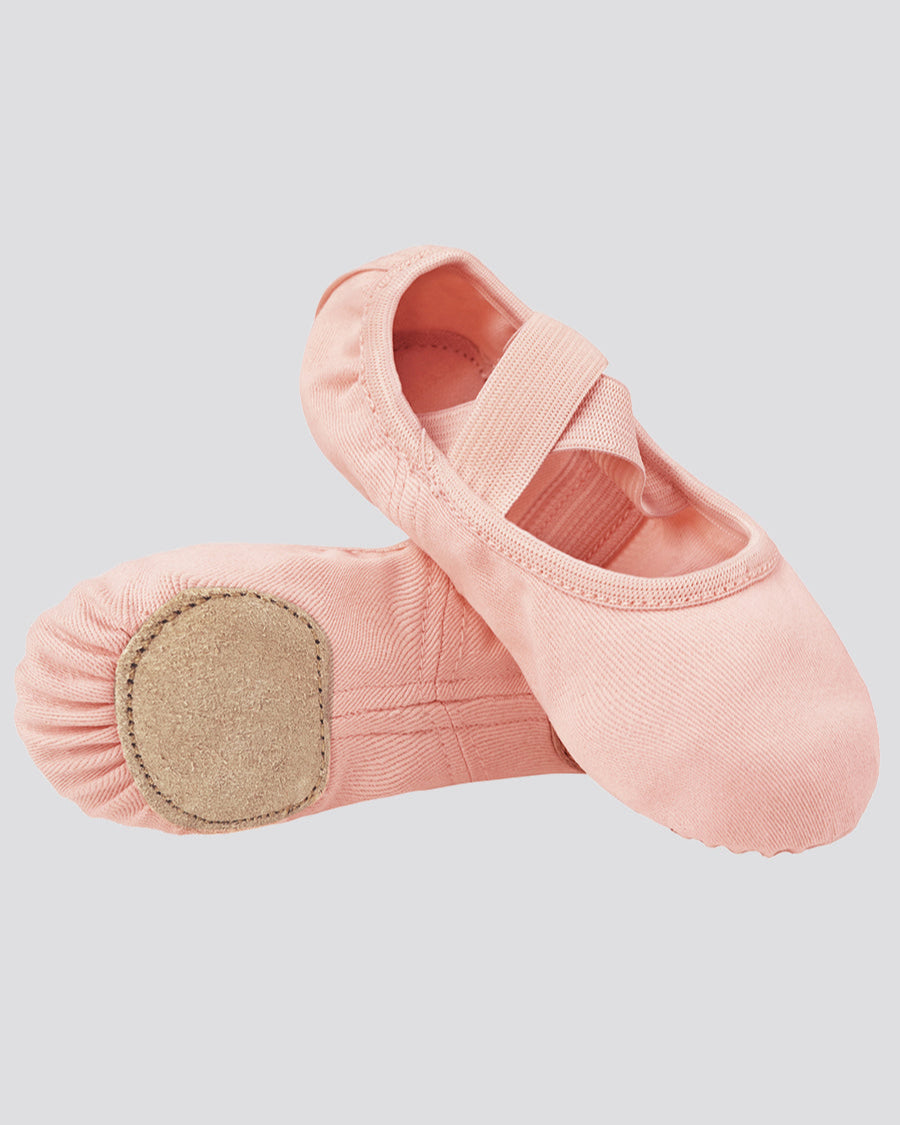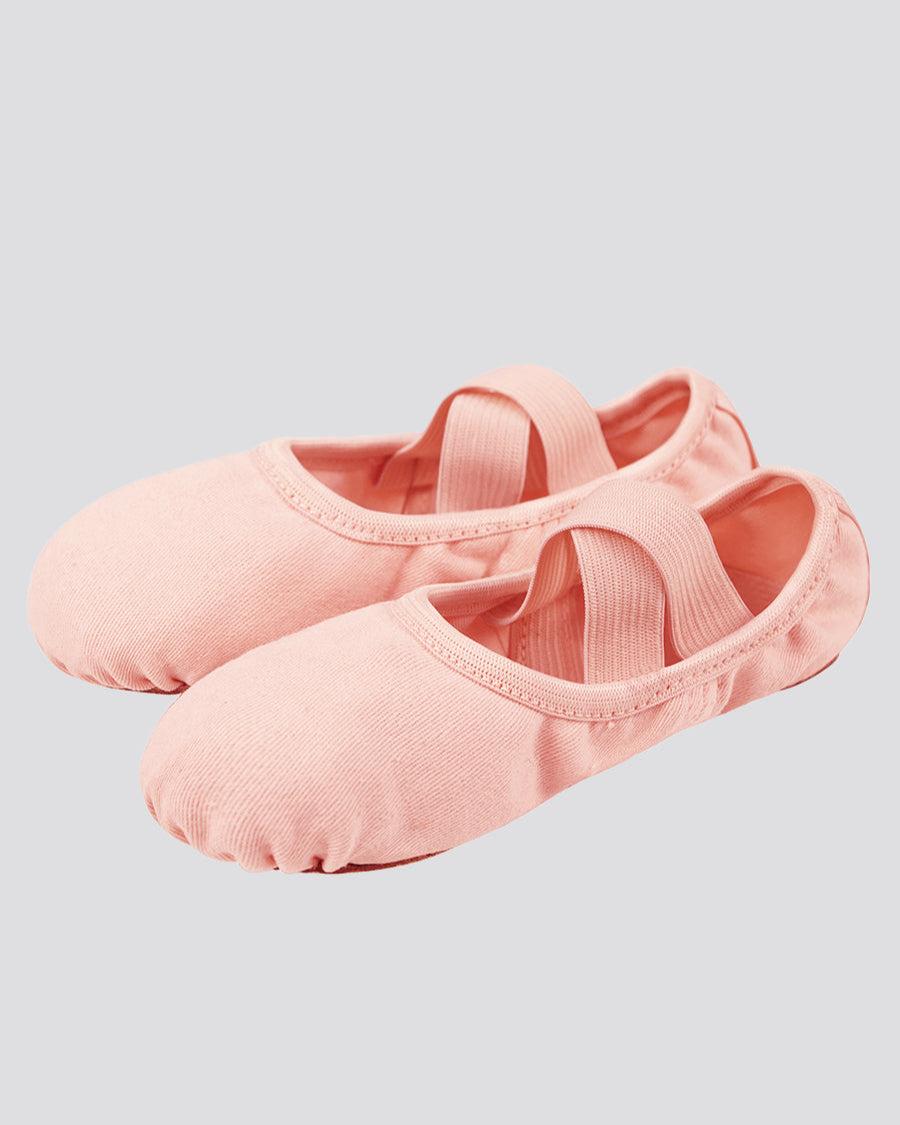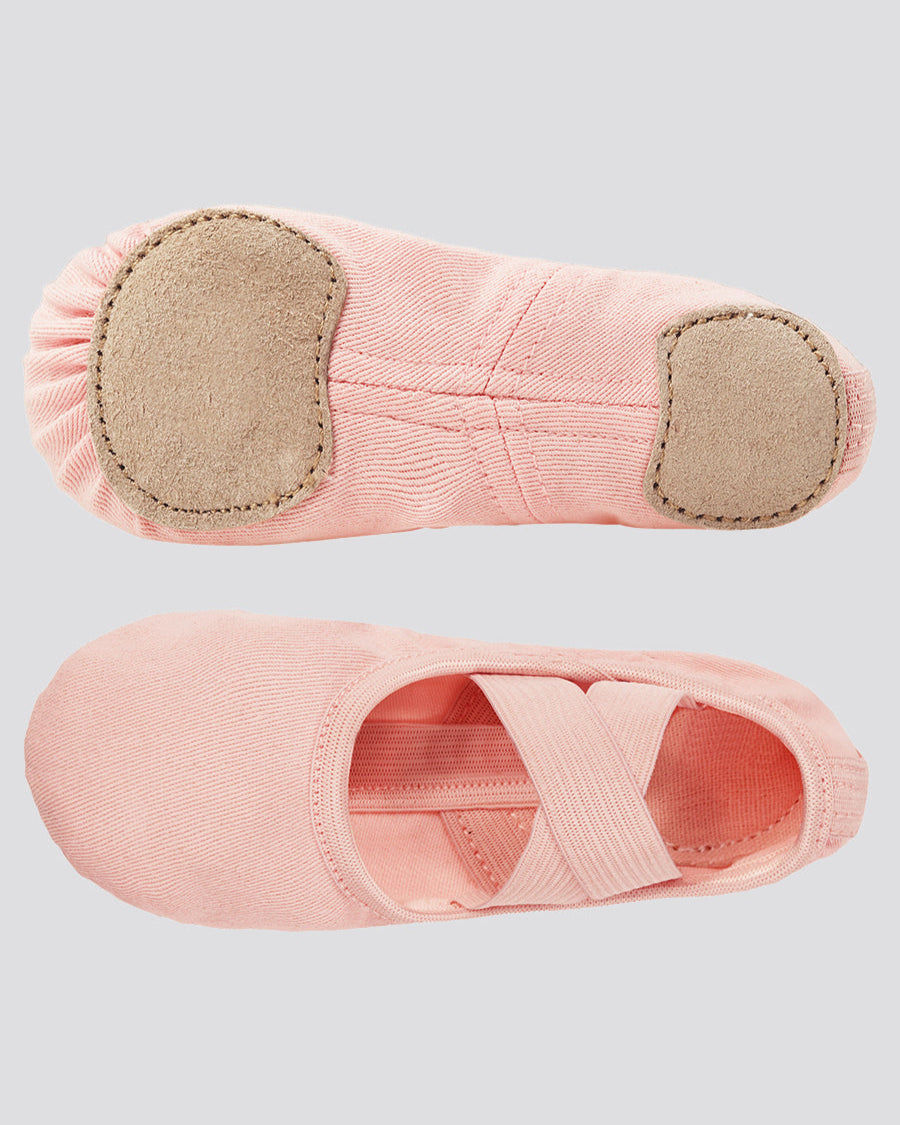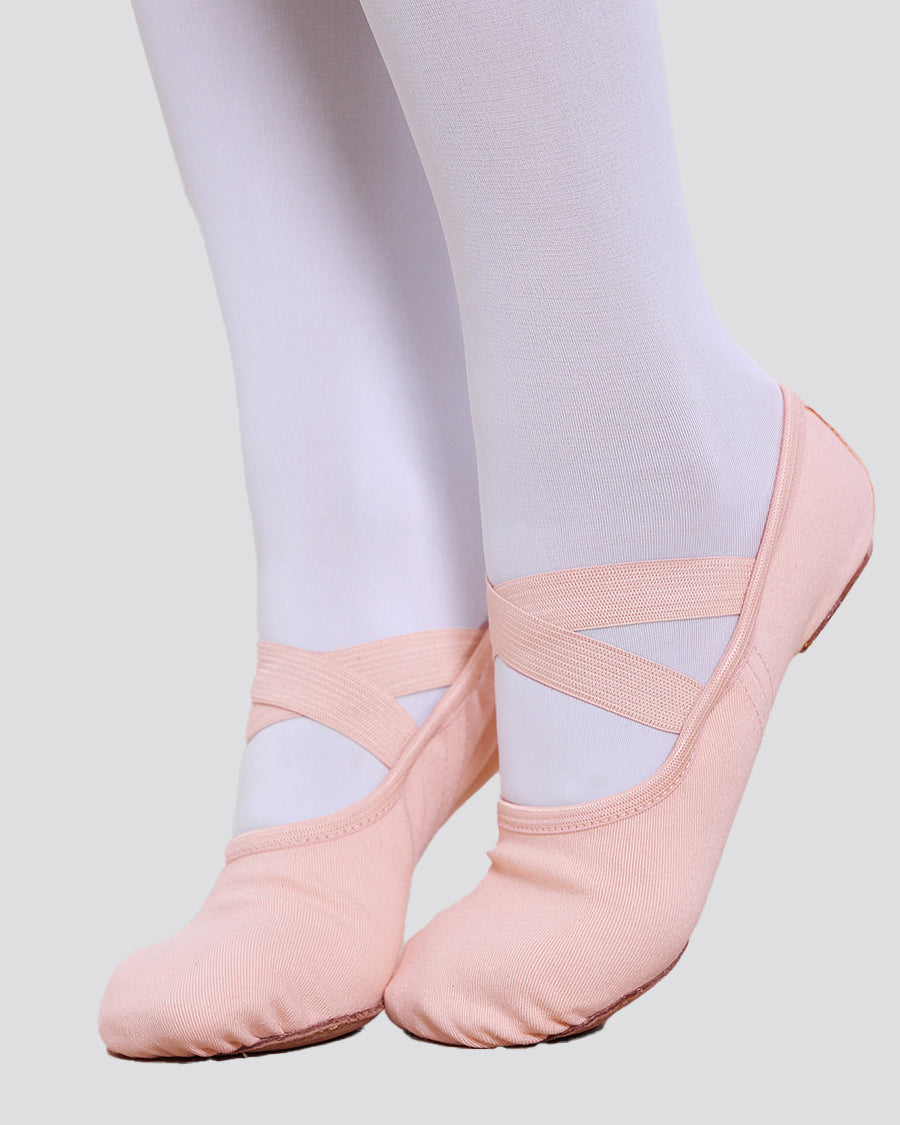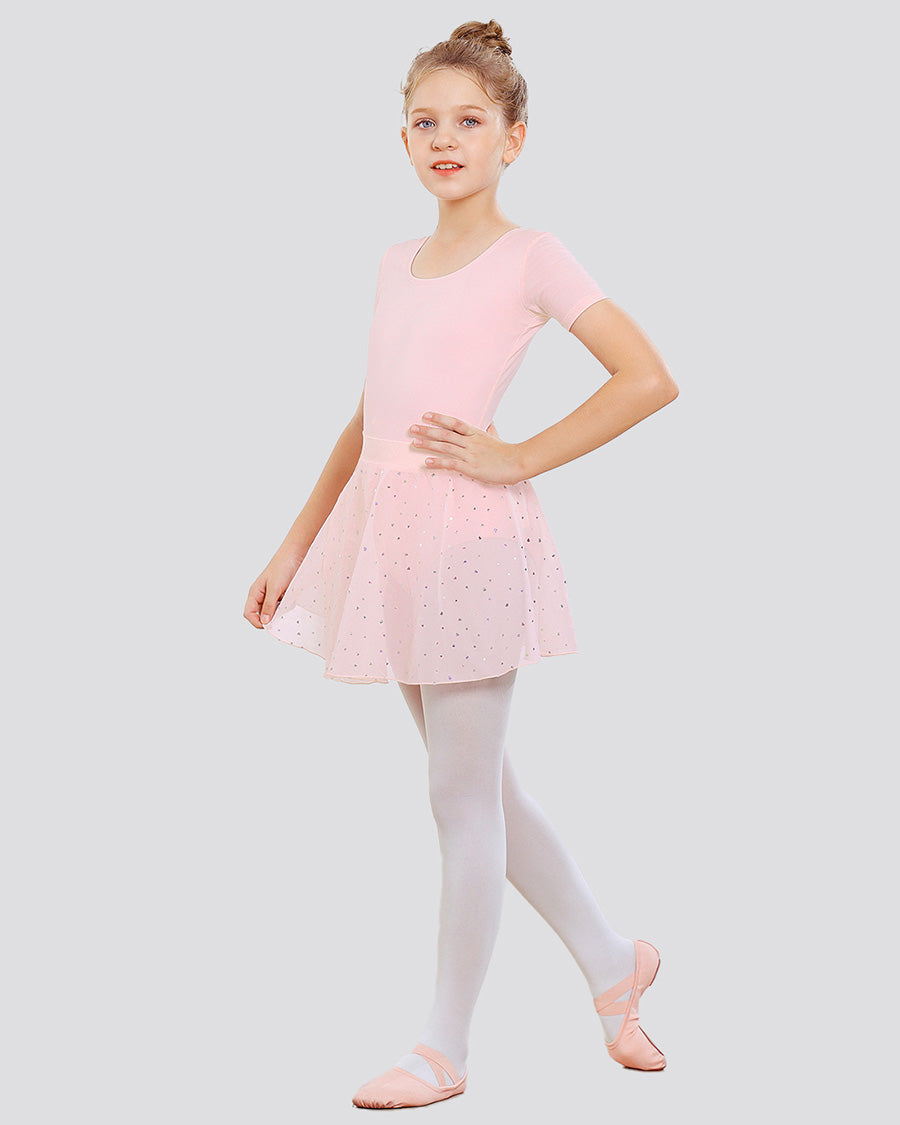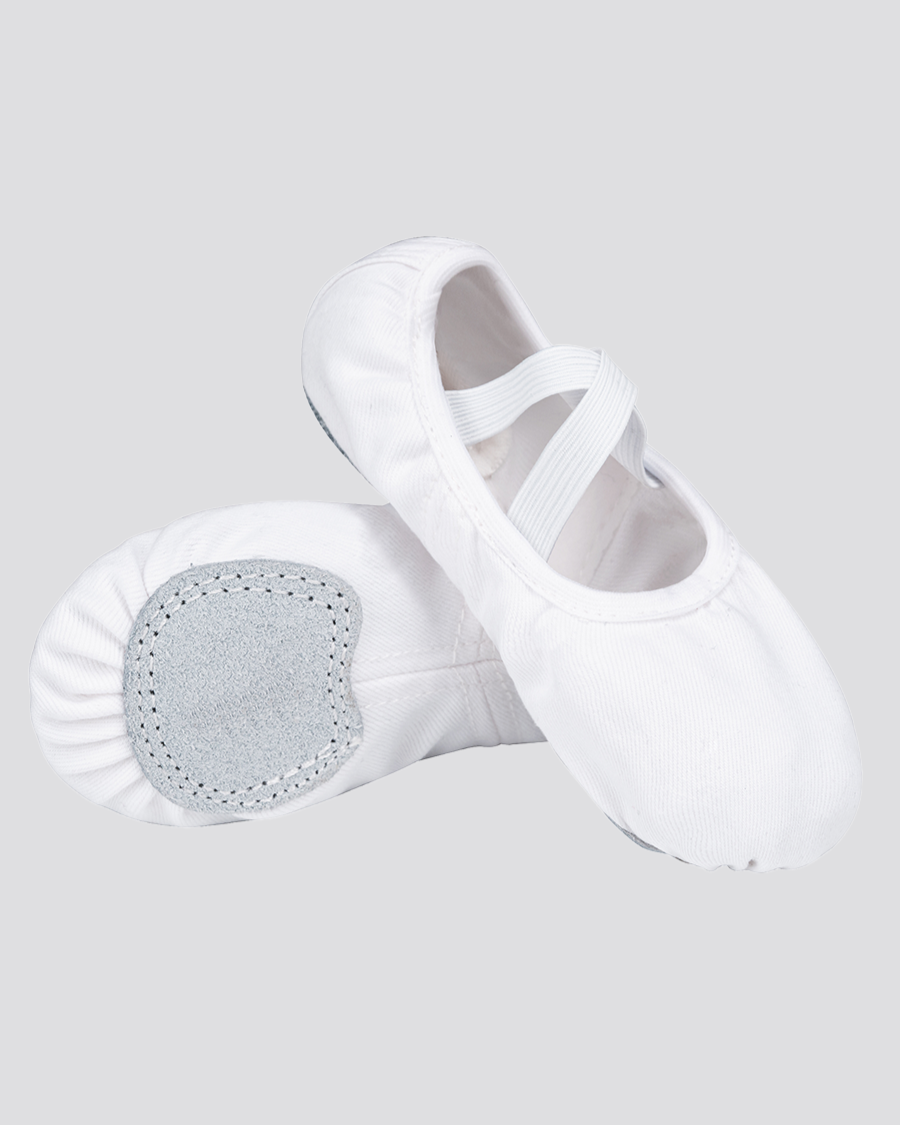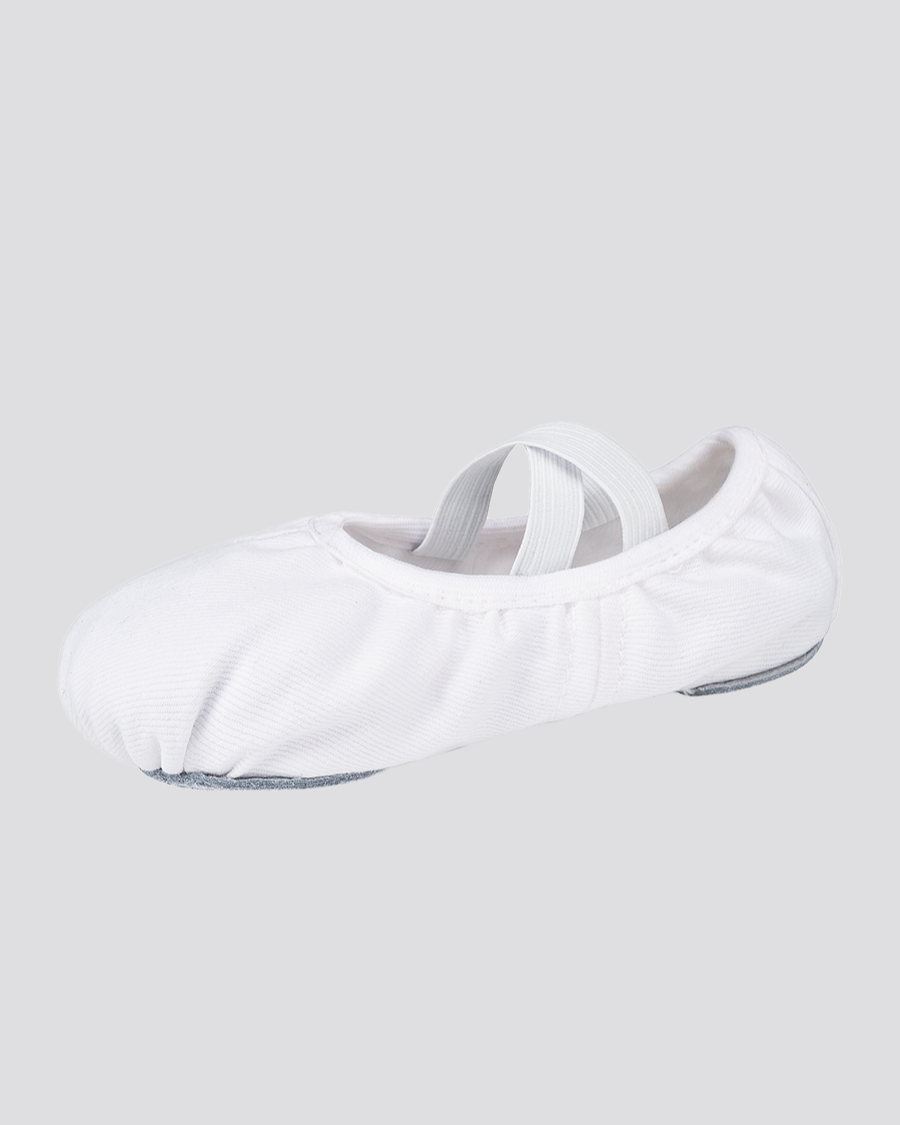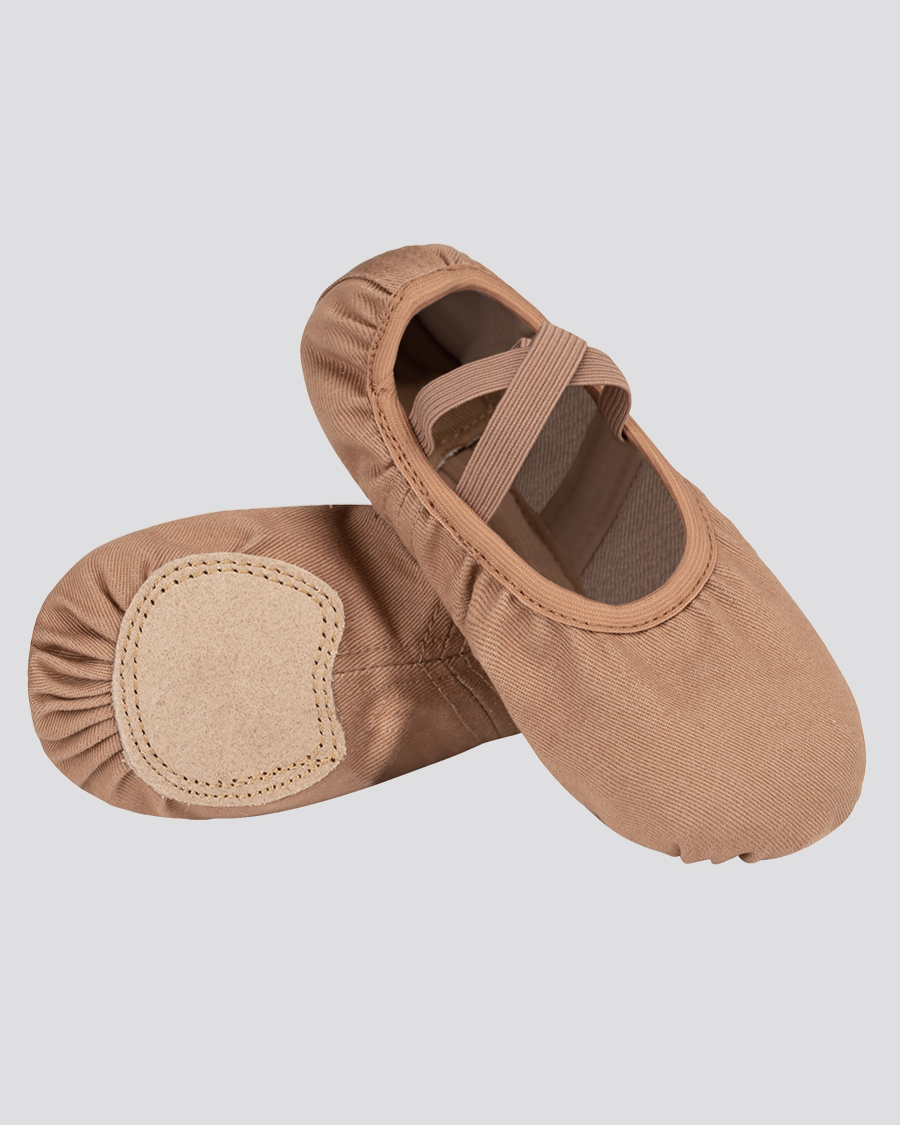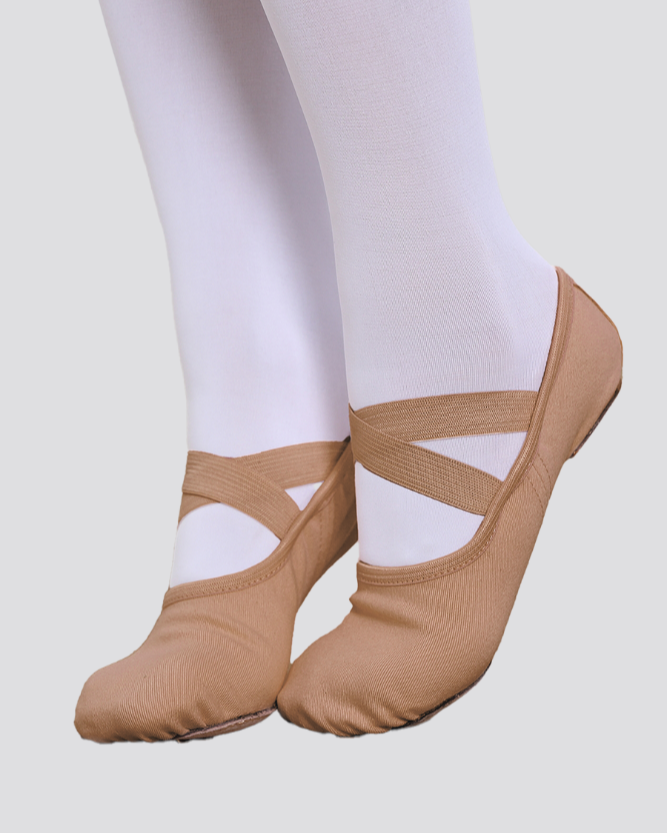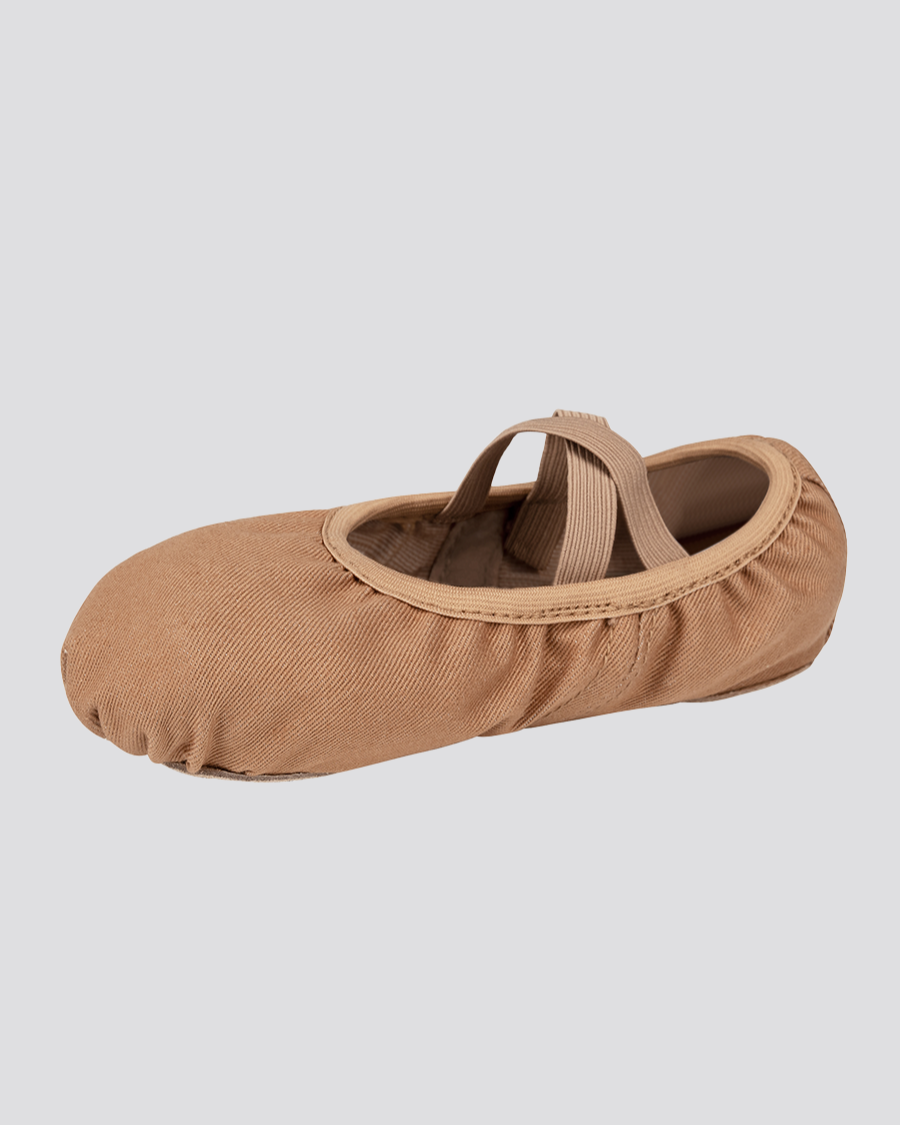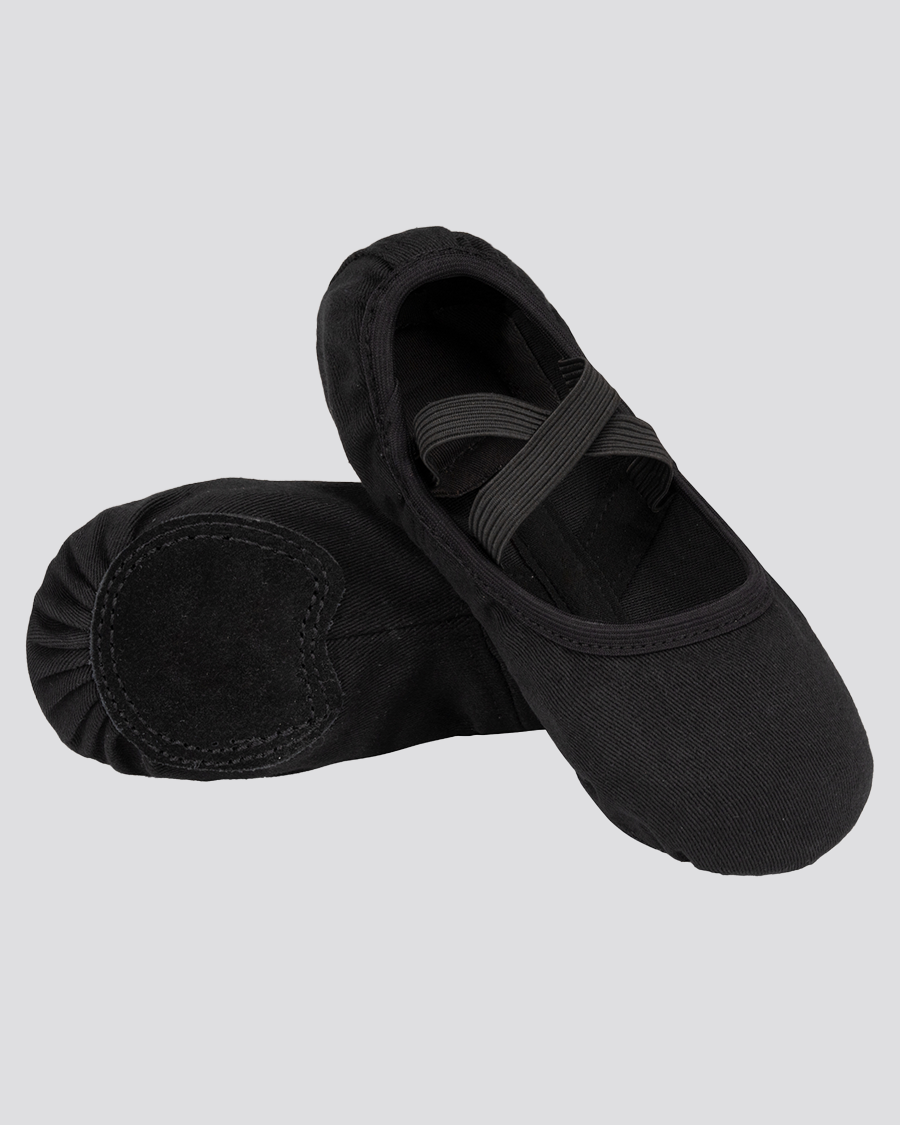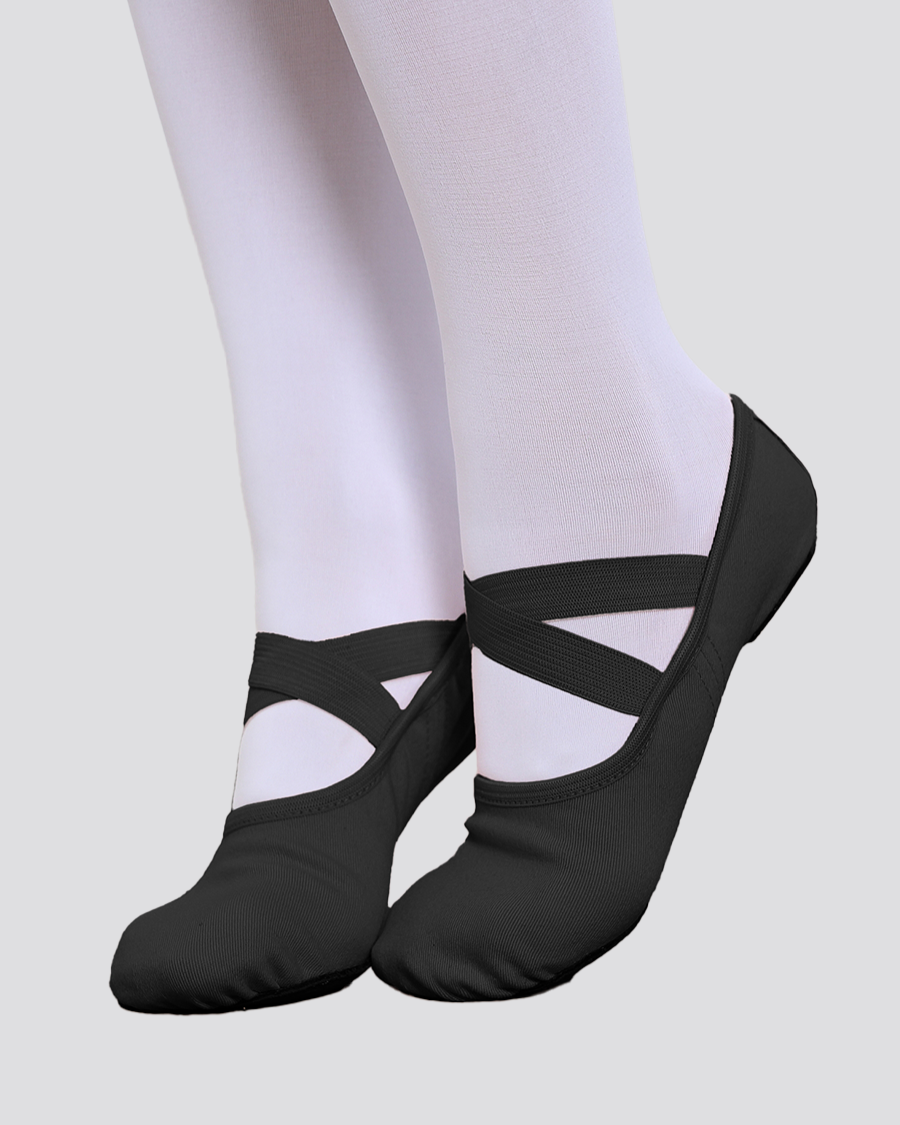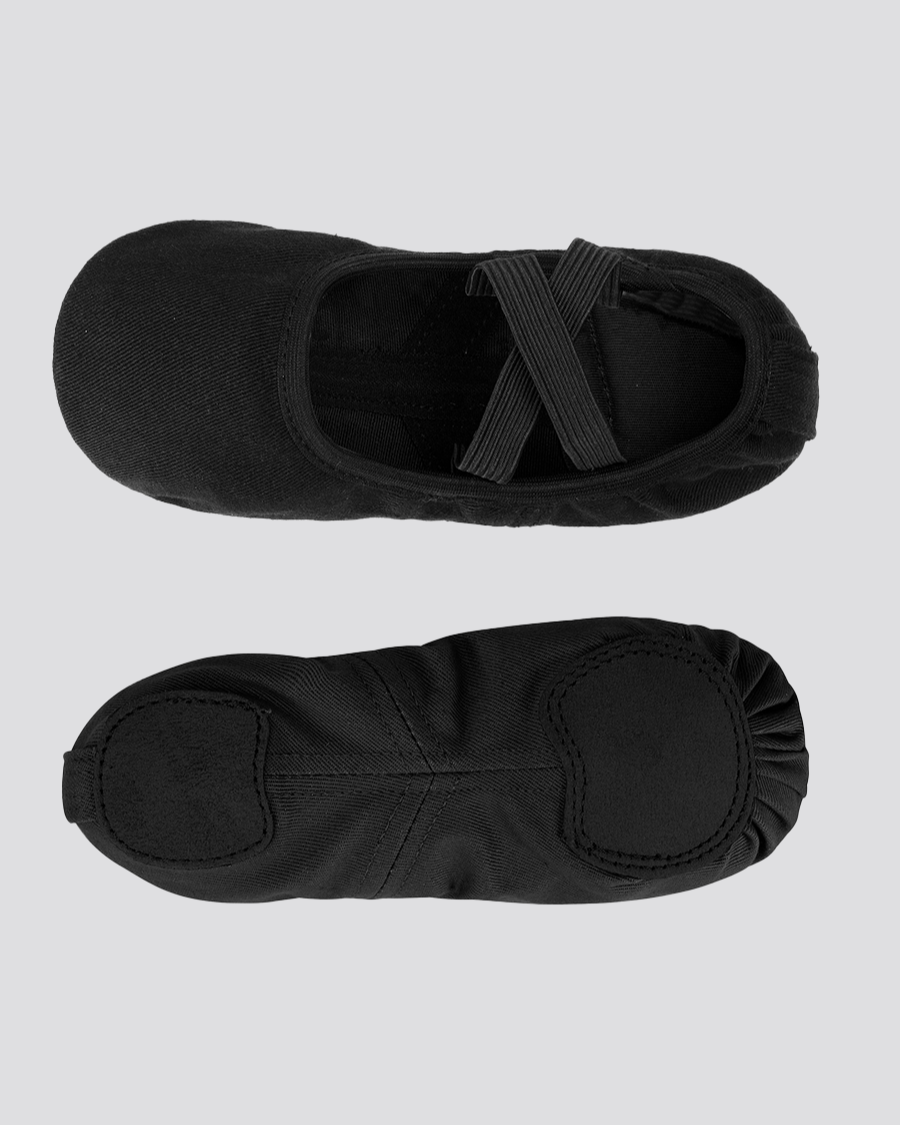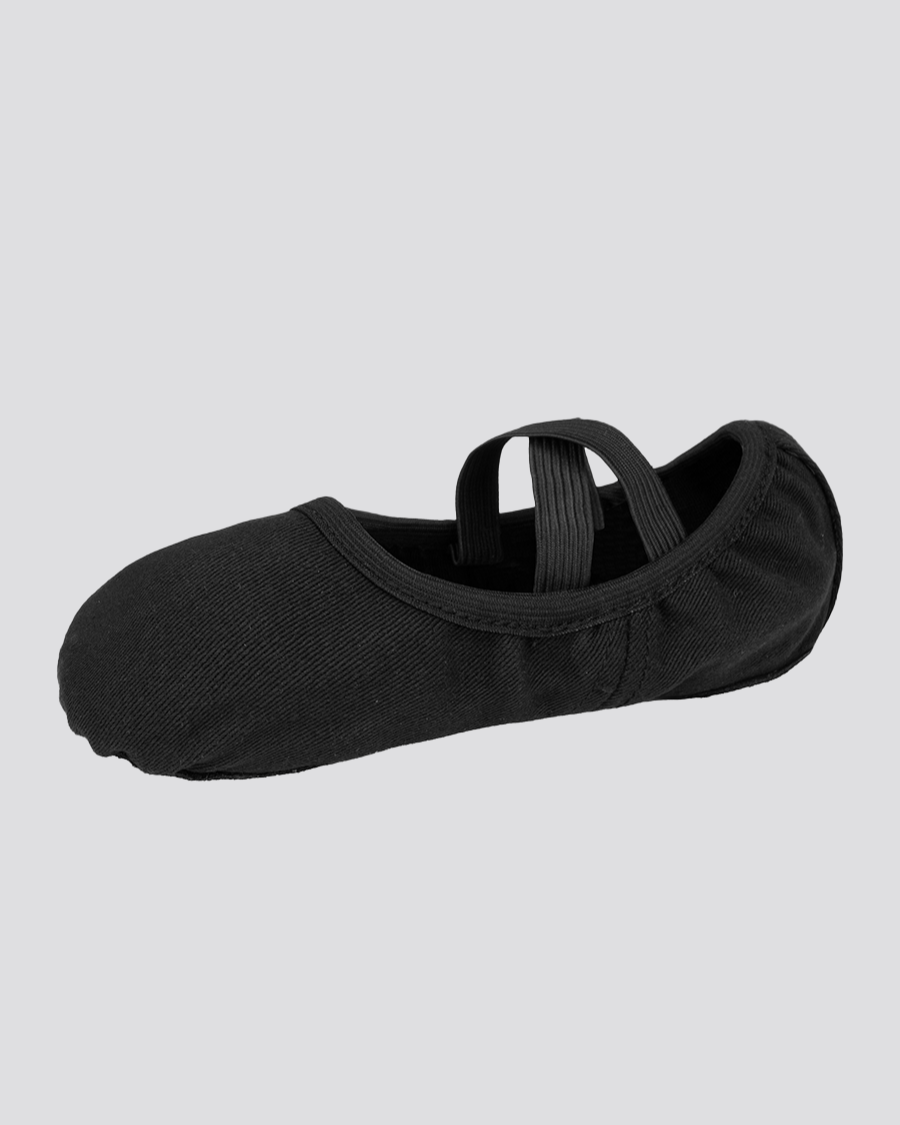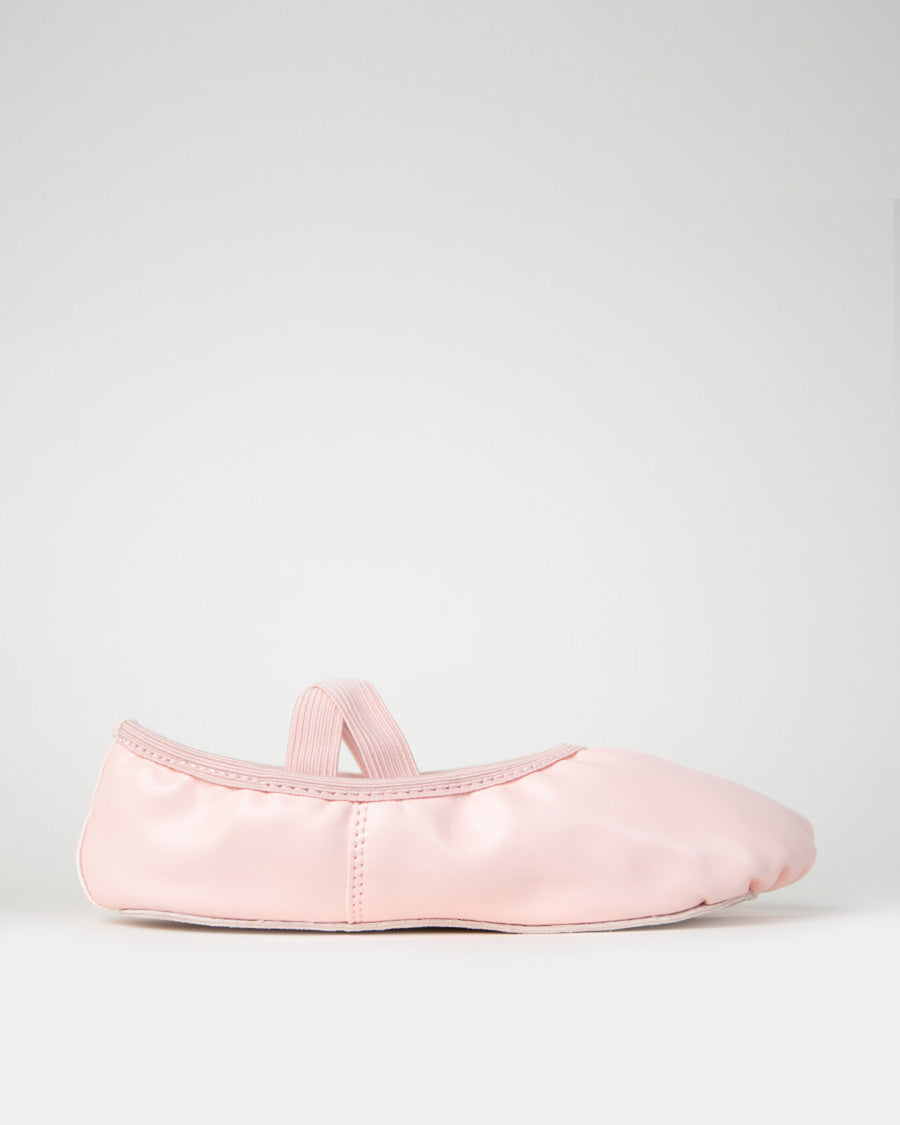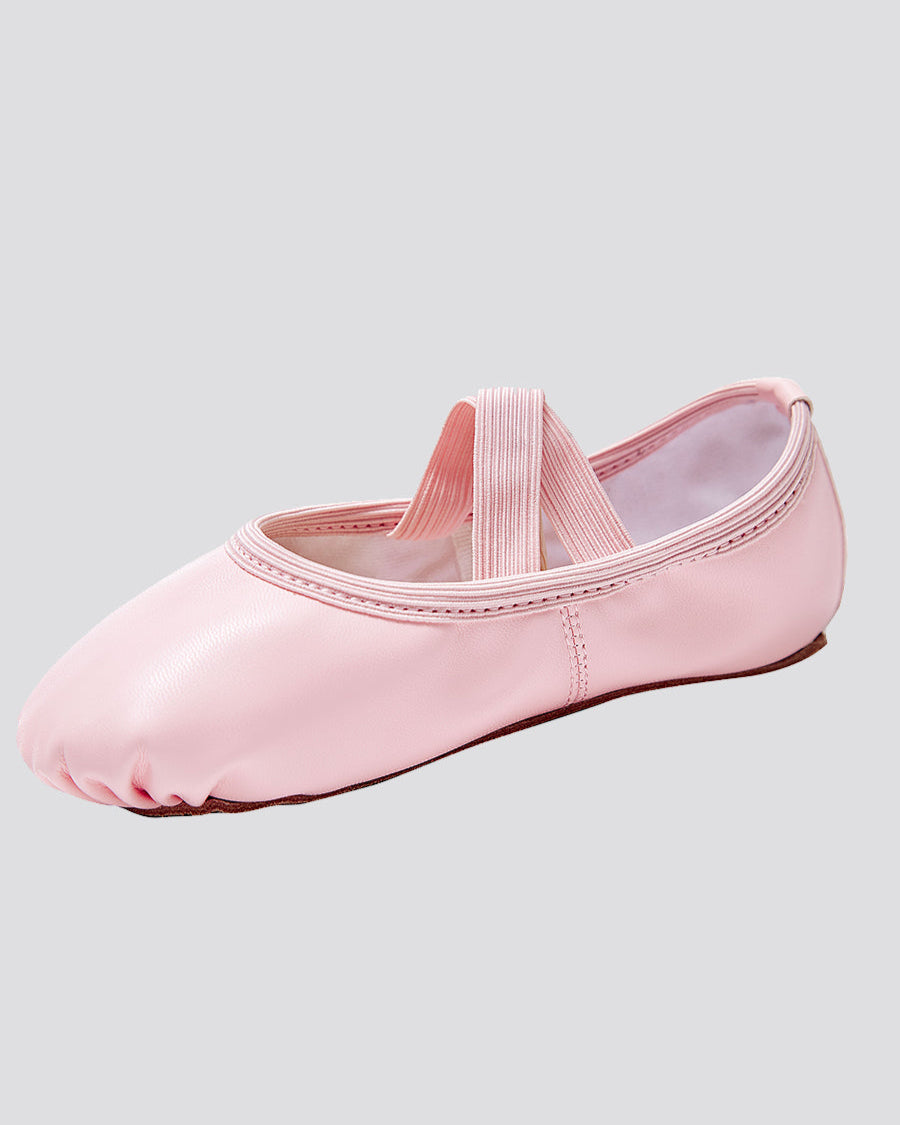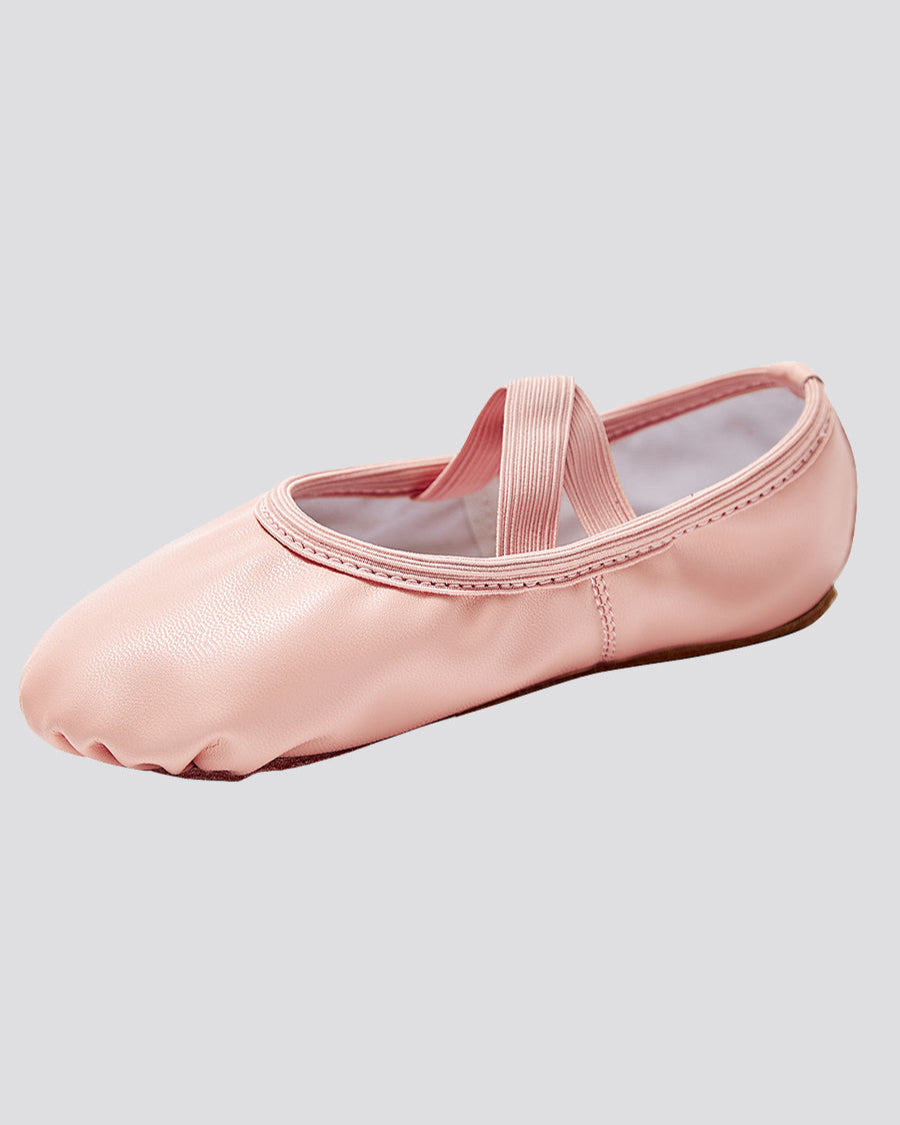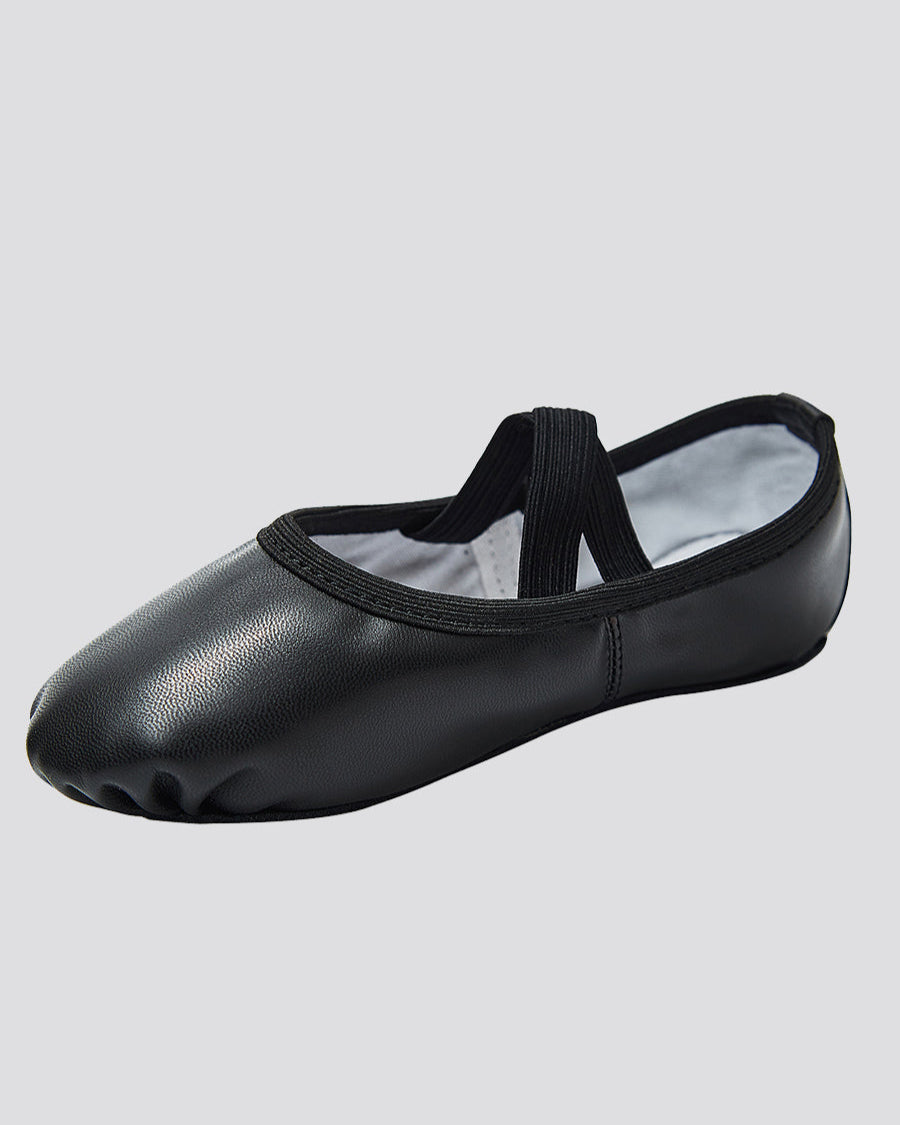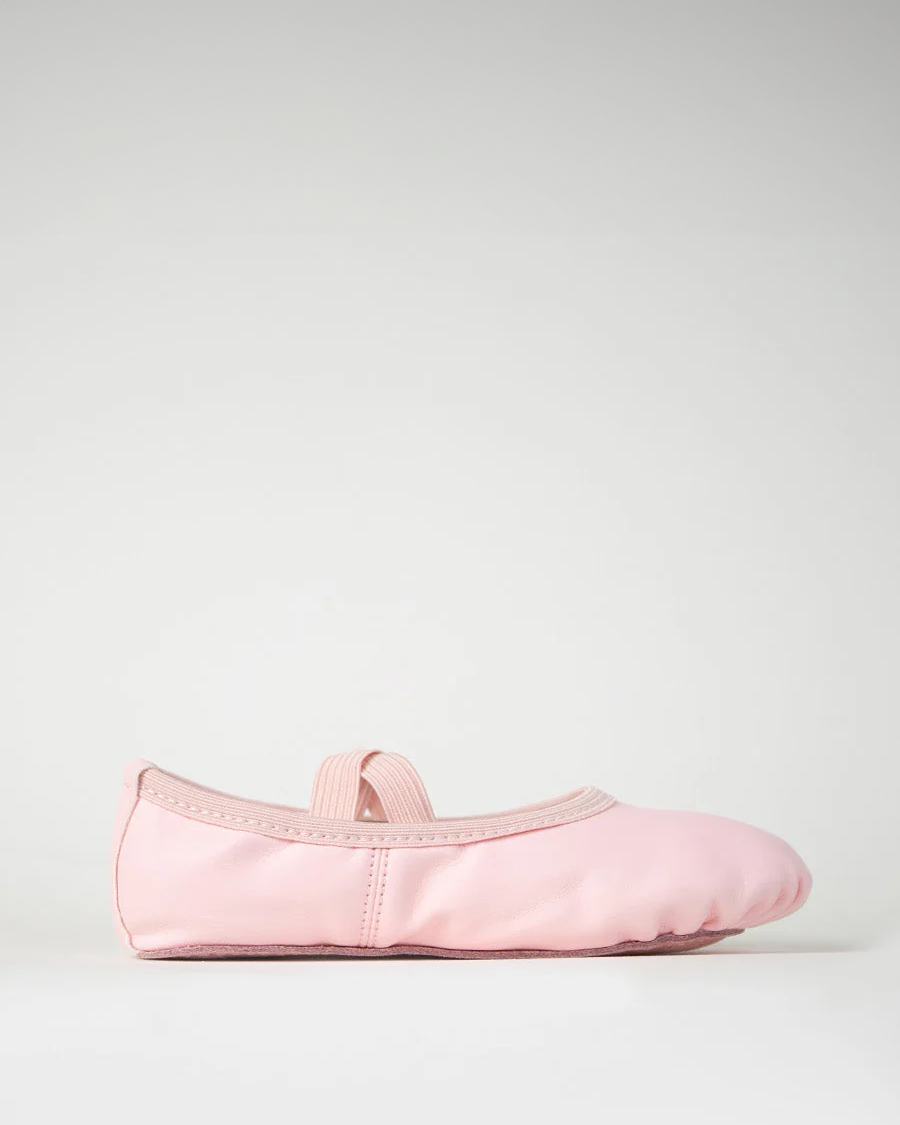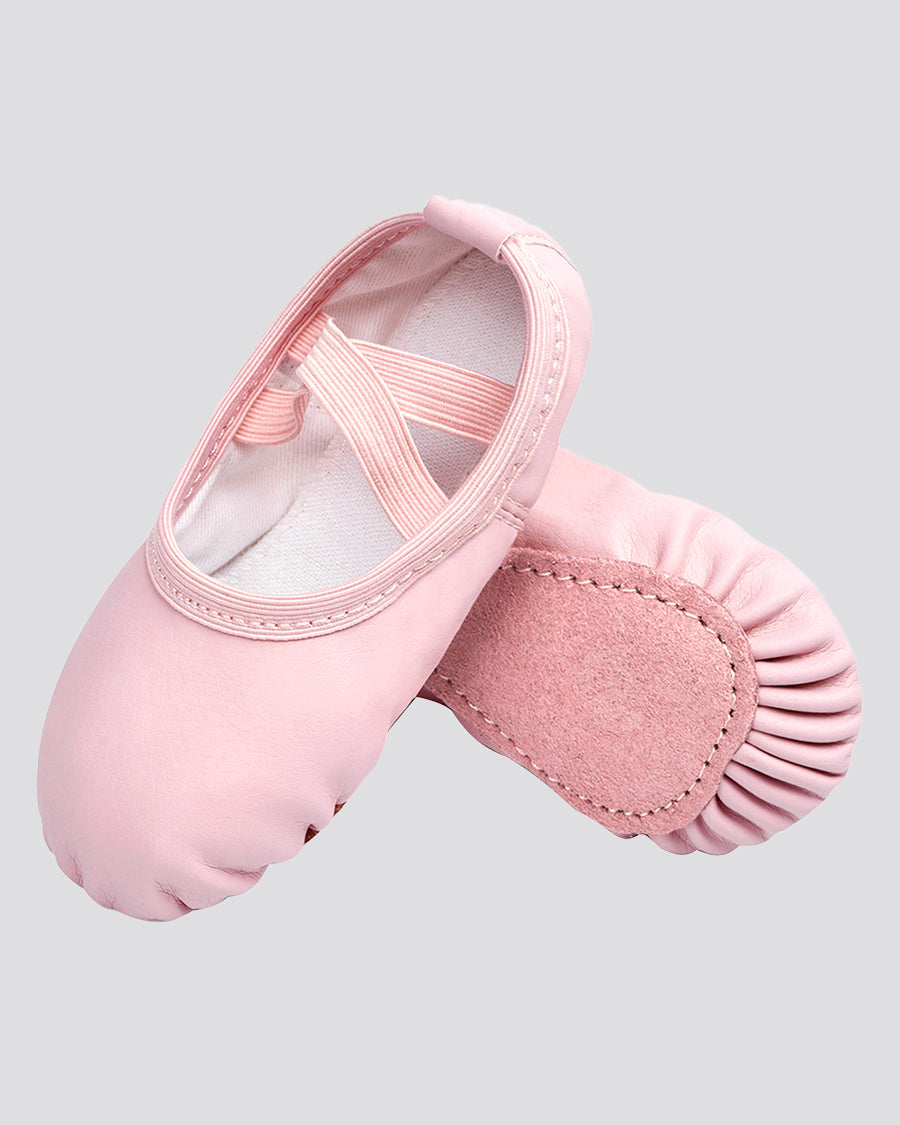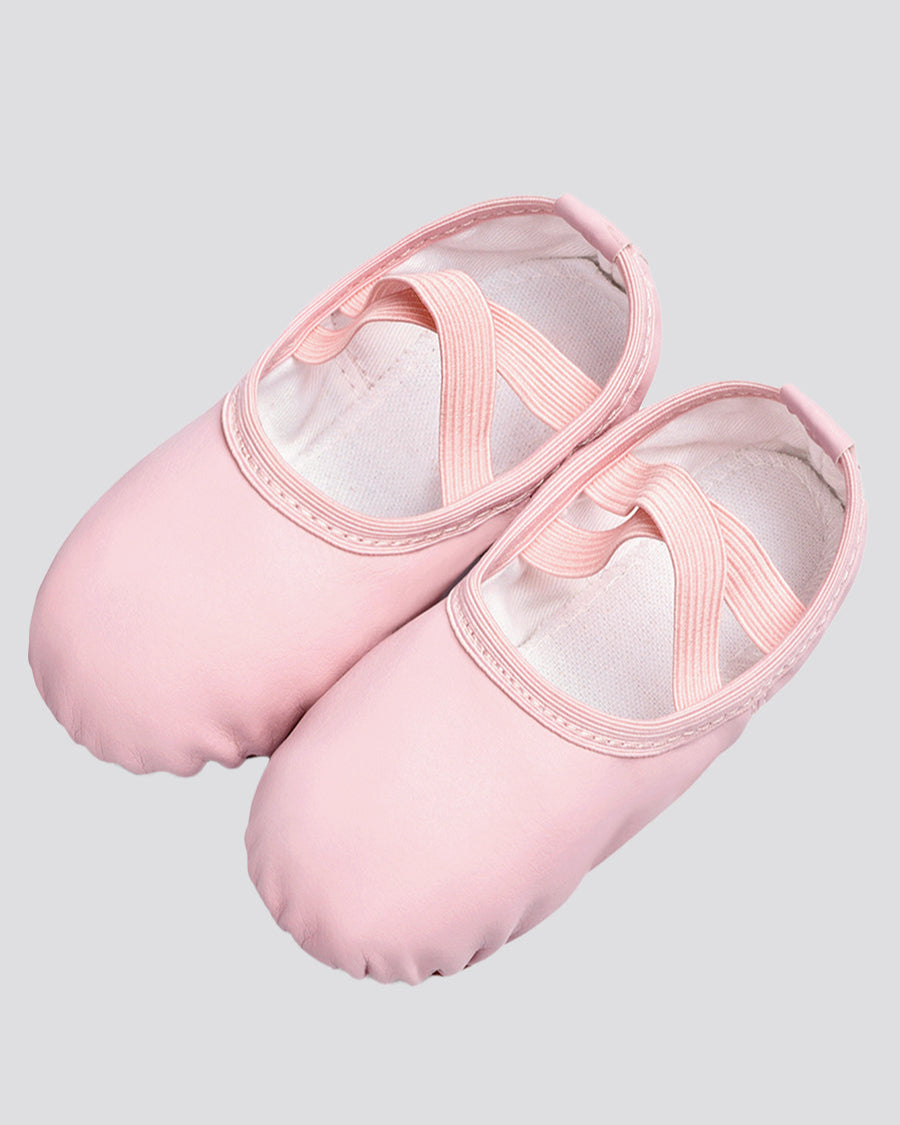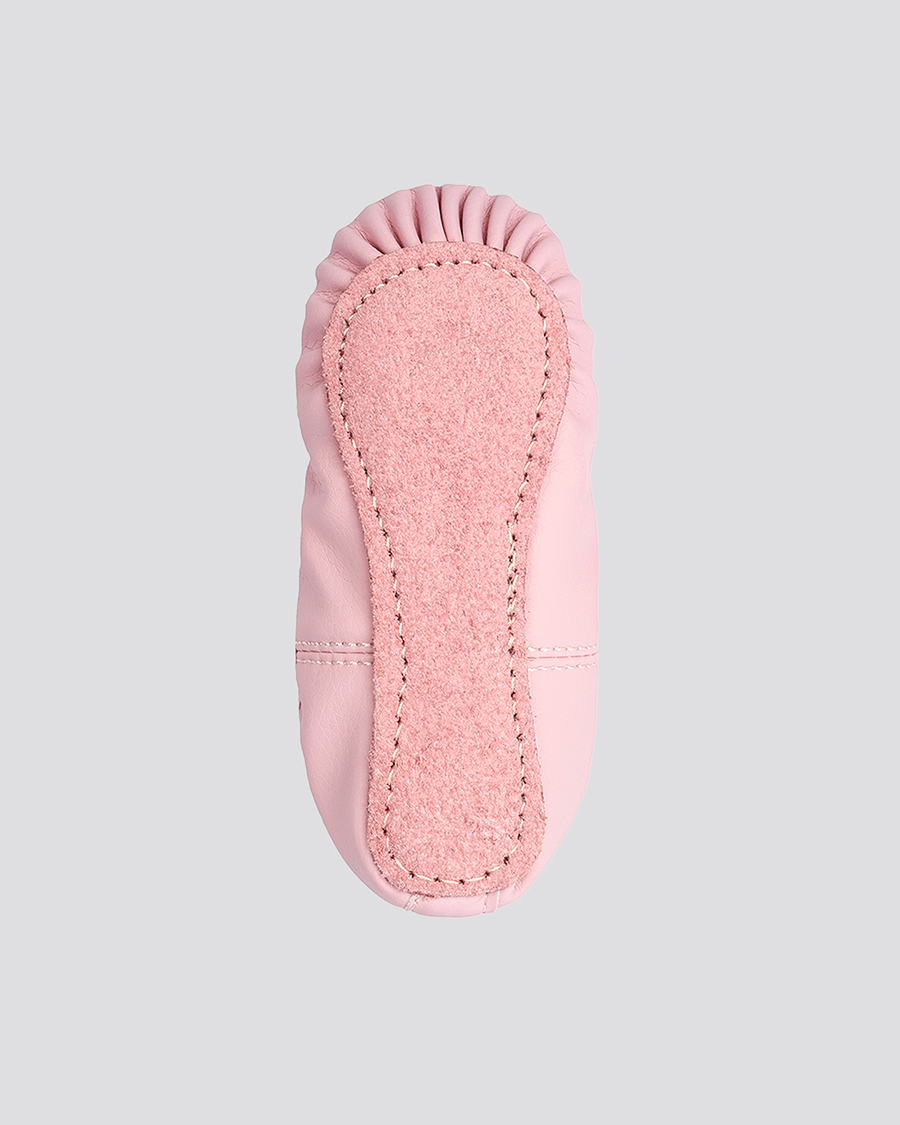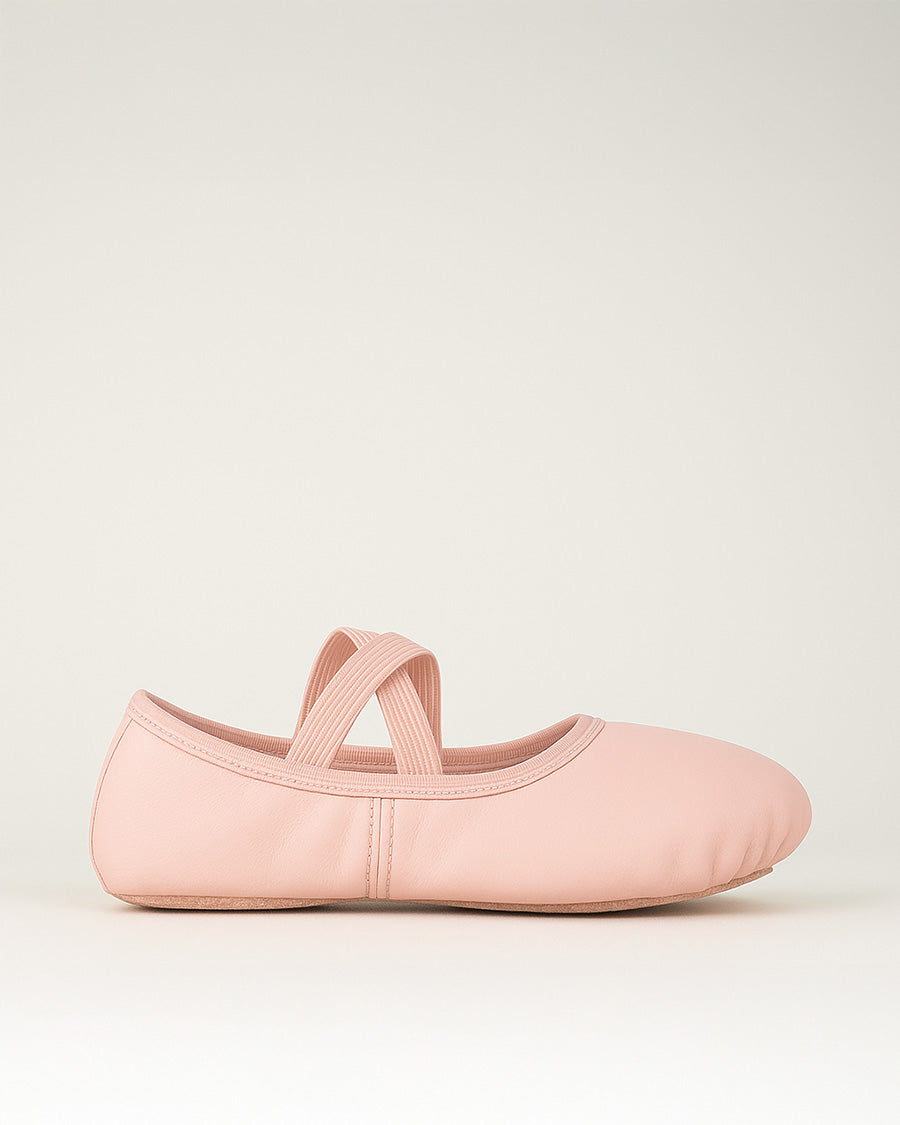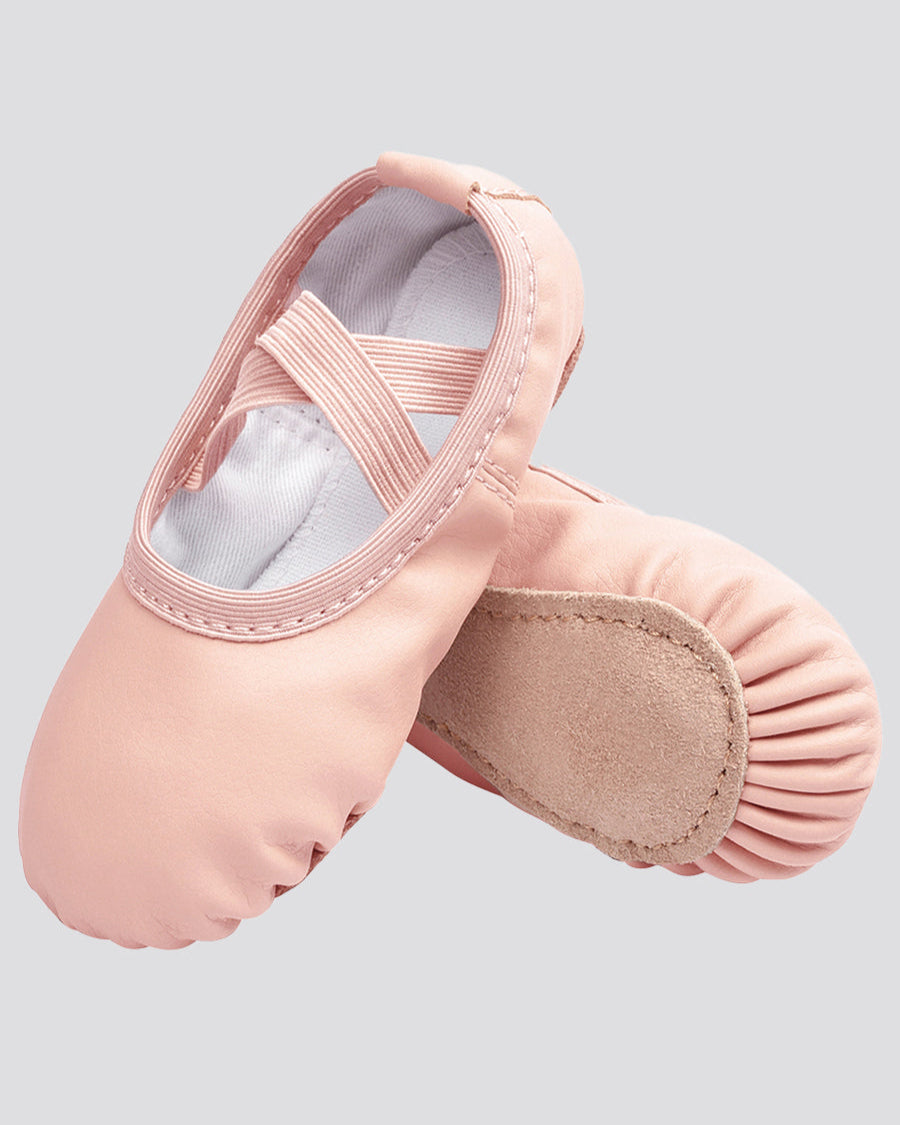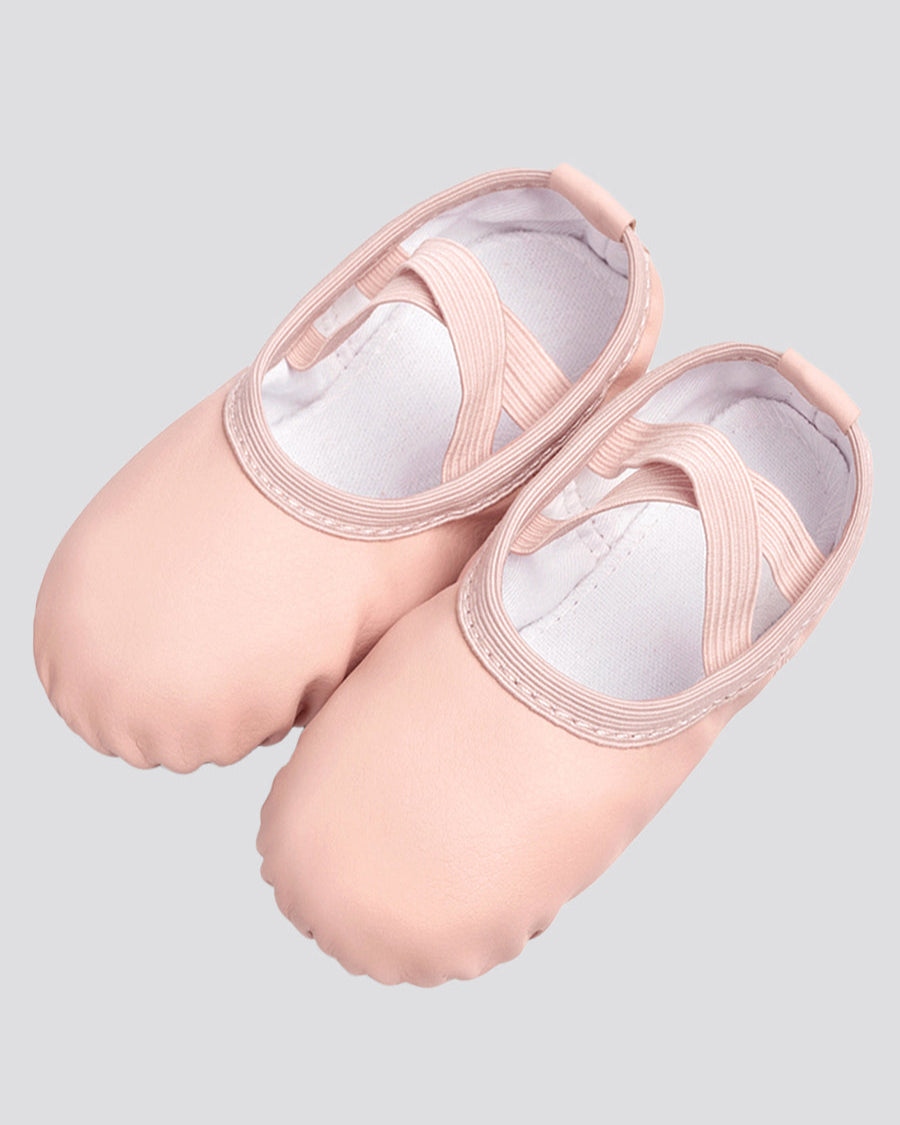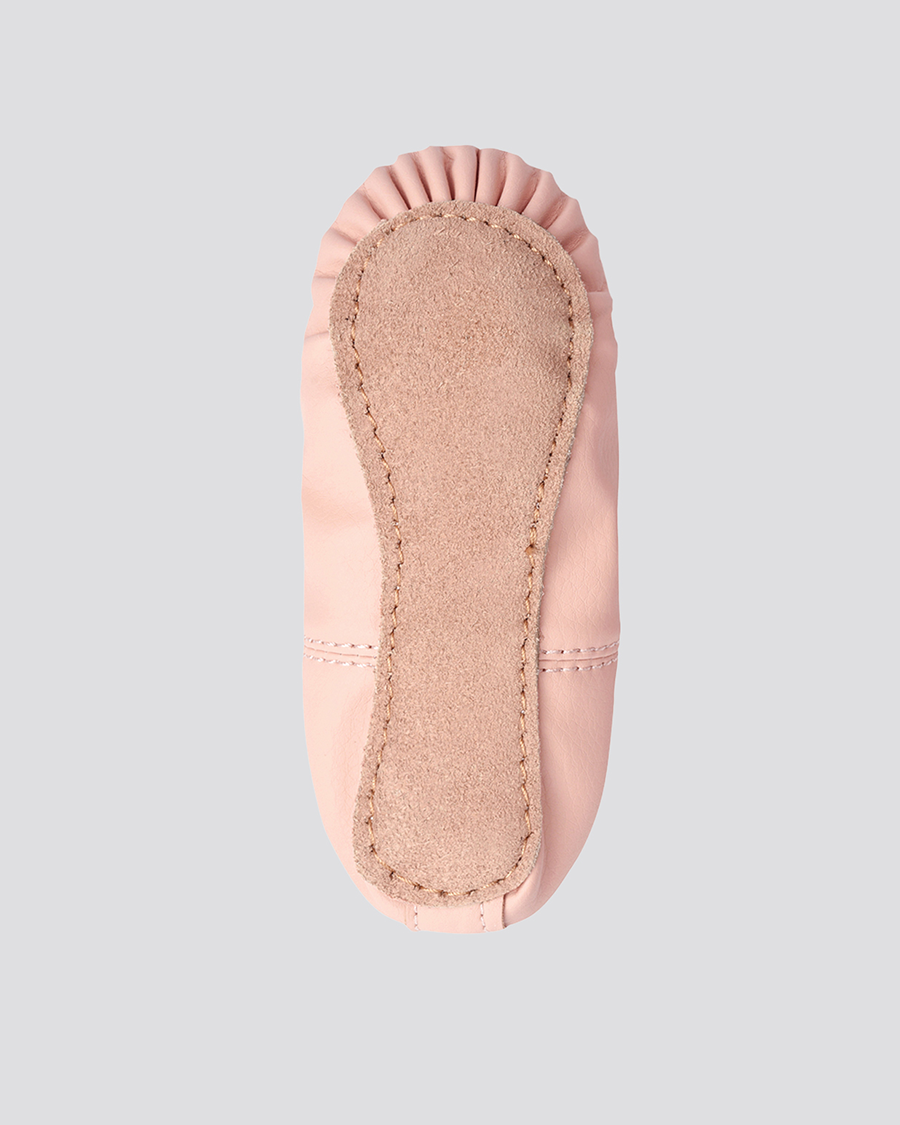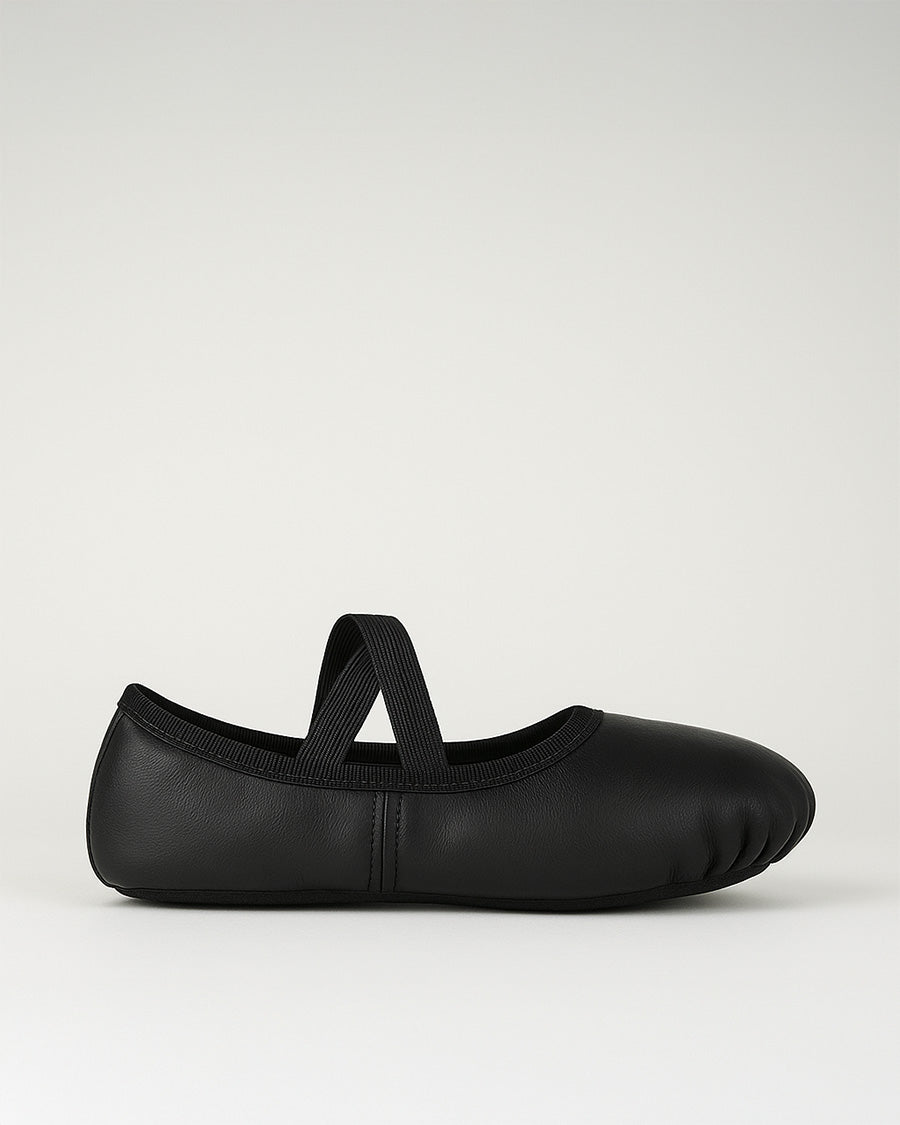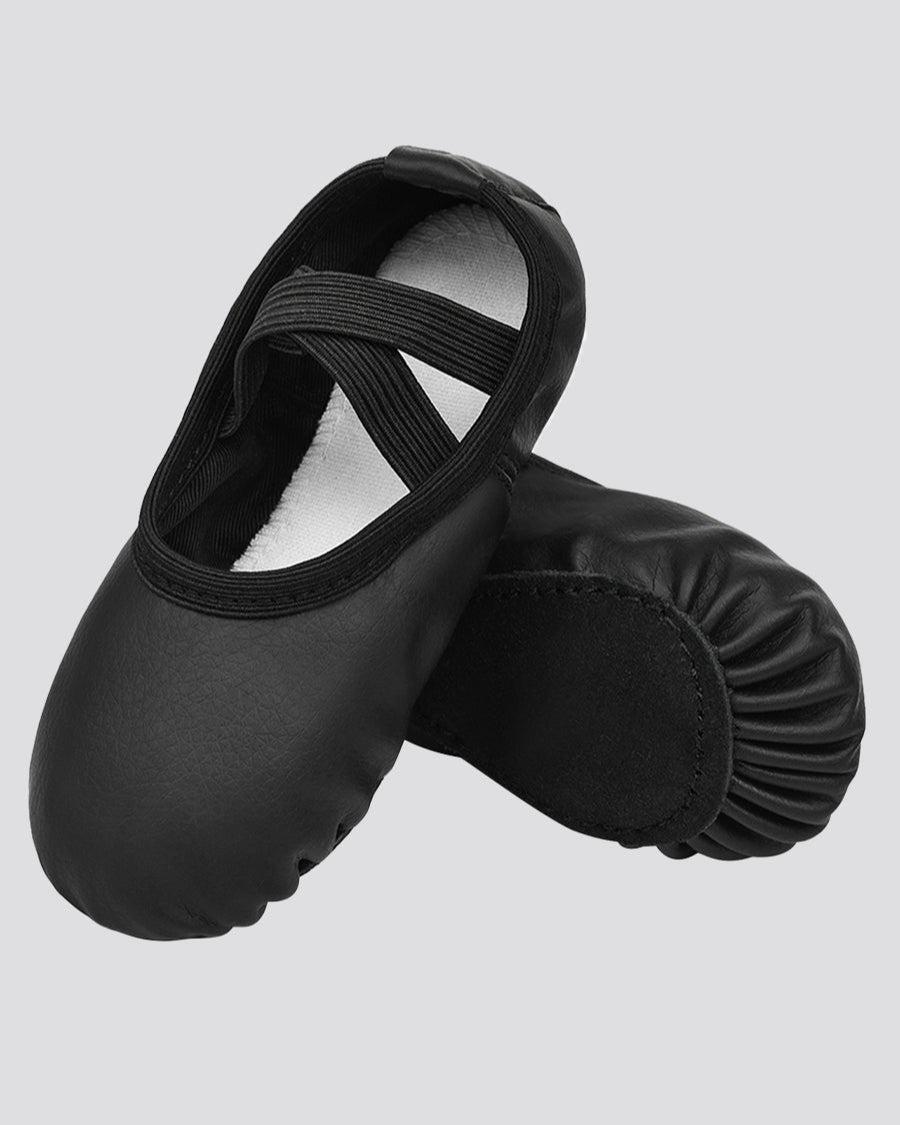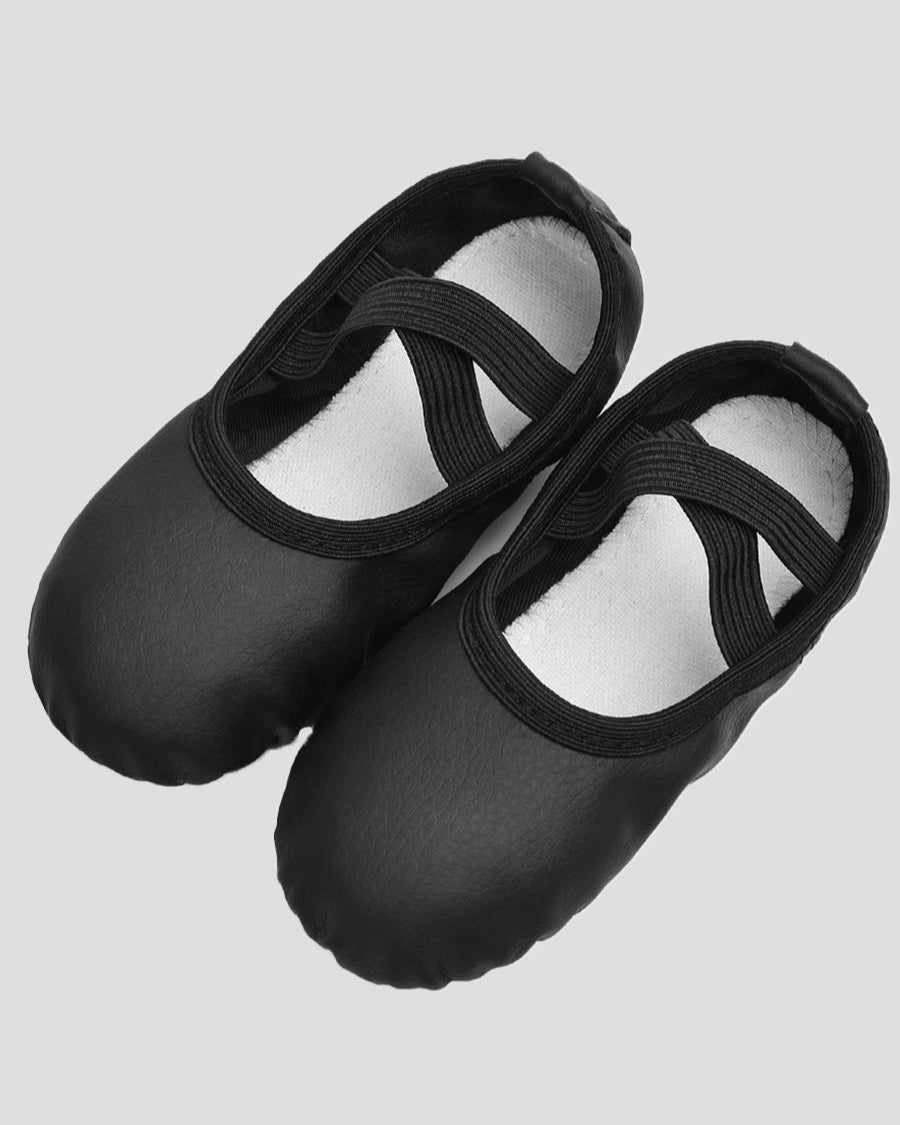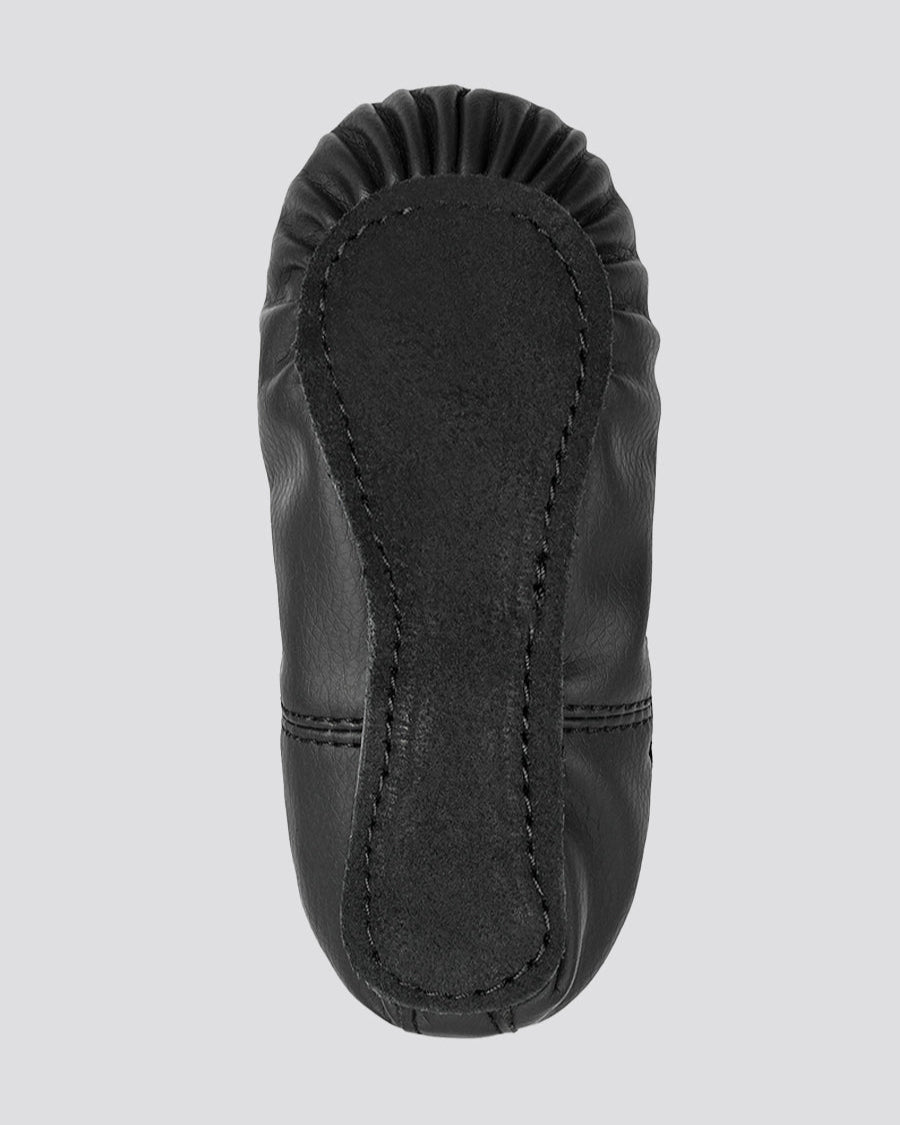Simple Ballet Positions Your Young Dancer Can Practice at Home
Table of contents
- What You'll Need to Get Started
- Ballet Positions: Fancy Feet
- Ballet Positions: It's All in the Arms
- The Gateway
- Simple Steps
- Build a Simple Ballet Practice Routine at Home
- 10-Minute Daily Ballet Plan
- Common Ballet Mistakes and How to Fix Them
- Frequently Asked Questions
- Explore Stelle’s Dancewear Line
If your child loves to dance, ballet is a wonderful starting point that can develop into a beautiful skill with consistent practice. Beyond just the graceful movement of ballet, this dance style builds balance, strengthens posture, and can boost confidence.
And the best part? They don’t need a studio to keep practicing. With a bit of space, supportive dancewear from Stelle, young dancers can explore their passion from the comfort of their homes. Read on for simple ballet positions and beginner-friendly moves they can try right in your living room.
What You'll Need to Get Started
You don't need fancy equipment to learn ballet basics. However, the right gear will bring the studio feel into your home. Here's what you'll need to outfit your little ballerina.
Slippers
Ballet shoes are a staple for every dancer, young and old. Beginners don't need pointe shoes. Instead, young dancers should start with slippers. Look for ones with a rounded toe and full sole.
Order a half size larger than street shoes. If you want to be sure of the right size, it's easy to measure. Our handy guide has you covered with all the important info.
Leotard
Sweatpants and a t-shirt are comfortable for exercise. But a form-fitting leotard allows dancers to see the lines their arms and legs make. Leotards come in both long and short sleeves. Some have a skirt attached.
Tutus are generally reserved for the stage. But there are no rules for home. Why not have some fun and opt for a tutu or even a ballet dress?
Tights
Finish off the outfit with a pair of footed tights. Don't forget to pull long hair back into a classic ballerina bun.

Ballet Positions: Fancy Feet
Now that your little dancer is geared up, it's time to get dancing and learn basic ballet poses. We'll start with the five basic positions of ballet. The corresponding hand positions vary from school to school. So for now, just concentrate on the feet. Dancers should practice holding the ballet poses and moving from one to another.
First Position
How to do it:
-
Stand with heels together, toes pointed outward.
-
Feet should look like a wide "V".
-
Hold arms in front, almost touching the thighs.
-
Curve wrists inward.
Why it’s important:
First position builds core balance and teaches turnout. It is important to practice as it is the base of all ballet moves for kids and adults alike.
Common mistakes:
-
Forcing the turnout too far
-
Twisting the knees or ankles
-
Slouching the upper body
How to fix mistakes:
Dancers should turn out from the hips (not the knees) and stand tall like a string is gently pulling their head upward.

Second Position
How to do it:
-
Begin with feet and arms in first position.
-
Spread feet slightly, about shoulder-width apart.
-
Raise arms to the side, almost forming a "T".
Why it’s important:
Second position strengthens leg muscles and helps with balance and posture.
Common mistakes:
-
Uneven or forced feet turn out
-
Dropping arms and elbows or locking knees
How to fix it:
Dancers should not be forcing turnout. Instead, stick to what feels comfortable and slowly increase turnout each day. With softly bent knees, pretend to hug a beach ball to maintain good arm and elbow form.

Third Position
How to do it:
-
From second position, slide the right foot until it touches the inside of the left foot.
-
Move arms into first position.
-
The left arm stays in first position.
-
Lift the right arm slightly until fingertips are even with the hips.
Why it’s important:
Practicing third position builds coordination and connection for dancers. It is a key skill for smooth step transitions.
Common mistakes:
-
Uneven shoulder alignment
-
Poor arm position
-
Arms and hands are too stiff
How to fix it:
Dancers can fix these mistakes by focusing on keeping their shoulders relaxed and extending through the spine for better balance. Maintain soft, steady hand and elbow positions for even stronger alignment.

Fourth Position
How to do it:
-
From third position, step the right foot forward.
-
Lift the right arm up into second position.
Why it’s important:
Training fourth position is a great core strengthener. This translates to better posture, alignment, and more stability during movement.
Common mistakes:
-
Dancer has their feet too close together, throwing off balance.
-
Hips or shoulders are twisted, leading to bad posture.
-
Body weight is shifted too far forward or backward, affecting alignment.
How to fix it:
Keep the front foot about one foot’s length infront so that both legs can be seen if looked at from the side profile. Keep knees straight, but do not lock them. Maintain square hips, a tight core, and even weight distribution.

Fifth Position
How to do it:
-
Turn out the right foot.
-
Place the left foot behind the right, turning the opposite way.
-
Toes and heels should touch.
-
Lift arms above the head in a circular shape.
-
Keep a space between the hands.

Ballet Positions: It's All in the Arms
Now that your child has the hang of footwork, it's time to practice arm positions. In ballet, they're called the port de bras.
En Avant: Arms Forward
How to do it:
-
Hold arms in front of the torso.
-
Round them slightly, as if hugging an imaginary tree.
Why it’s important:
Practicing En Avant helps teach body awareness and connection, strengthens the shoulders, and boosts upper- and lower-body coordination.
Common mistakes:
-
Arms are too flat, too stiff, or too low
-
Wrists and hands are drooping
-
Gaze is not kept straight and forward
How to fix it:
Maintain a forward facing gaze and straight posture. Keep a strong body-mind connection, ensuring dancers don’t drop wrists or hands.

En Haut: High Up
How to do it:
-
Hold arms above the head.
-
Shoulders remain flat.
Why it’s important:
En Haut builds strength in the shoulders and triceps. It also promotes good posture and balance, which are essential skills for proper form and strong ballet poses.
Common mistakes:
-
Shoulders lifting toward the ears
-
Elbows locked or hands touching
How to fix it:
You might remind your dancer to keep the shoulders down and arms softly curved, leaving a small “window” of space between the hands. Imagine a halo gently hovering above the head.

En Bas: Below
-
Bring arms down to the sides.
-
Palms point forward, toward the legs.
Why it’s important:
En Bas teaches control and awareness of alignment to new dancers. By practicing it, dancers can build a foundation for graceful transitions between positions.
Common mistakes:
-
Arms too straight or pressed against the body
-
Wrists stiff or fingers spread apart
How to fix it:
Have your young one try and retain a gentle curve in the elbows and a soft shape in the hands, almost as if they are holding a delicate scarf.

The Gateway
How to do it:
-
Hold the arms in en avant position.
-
Lower arms, but not the shoulders. Elbows should sit slightly below shoulders.
-
Curve each hand, slightly cupped. Face palms inward.
-
Line up fingertips with the bottom of the breastbone.
-
Keep your hands slightly apart.
Why it’s important:
The Gateway is the resting ballet stance between positions, making it a core skill in ballet. While it may appear easy at first, this stance takes strength and good posture.
Common mistakes:
-
Dropping shoulders during position shifts.
-
Flaring elbows or palms outwards.
-
Touching hands together.
How to fix it:
Avoid slumping shoulders and keep them flat instead. Dancer's elbows should remain rounded and close to the body. Avoid flaring them out. Keep a small space between the hands and do not have them touch; this will keep a graceful frame.
Simple Steps
Your child has learned the basic foot positions and the port de bras. You can introduce these beginner steps.
Plié: to Bend
Pronounced: "plee-ay"
-
Keep both feet flat on the floor.
-
Bend the knees.
-
Knees should bend right out over the toes.
What muscles are trained:
-
Quadriceps (large muscle in the thigh)
-
Gluteus Maximus (large muscle in the butt)
-
All Adductors and Pectineus
Why it’s important for child development:
Piles build muscles in the legs, hips, and core muscles, supporting healthy growth and preventing injury in young children.
Relevé: to Rise
Pronounced: "ruh-ley-vay"
-
Start with feet together.
-
Keep knees straight while lifting heels up high.
-
All of the body weight will be on the balls of the feet.
-
Make sure body weight is NOT on the tips of the toes.
-
Repeat on one foot.
What muscles are trained:
-
Gastrocnemius (main calf muscle)
-
Soleus (works with Gastrocnemius)
-
Tibialis Posterior (ankles)
-
All Adductors and Pectineus
Why it’s important for child development:
Releves are important for building strength in the calves, ankles, and feet. They improve stability and balance, making little ones more coordinated dancers.
Sauté: to Jump
Pronounced: "soh-tay"
A two-foot jump that combines plié and relevé: both feet jump and land at the same time.
-
Begin in plié
-
Propel into the air, using the feet. Just like relevé.
-
Keep legs straight and extend them in the air
-
Finish in plié to cushion the knees.
Muscles Trained:
-
Quadriceps
-
Gluteus Maximus
-
Gastrocnemius & Soleus
-
Biceps Femoris (knees)
-
Rectus Abdominis (abdominal core muscles)
Why it’s important for child development:
Sautés build leg strength and improve balance and coordination. The jumping motion also leads to a more stable core and better posture.
Build a Simple Ballet Practice Routine at Home
Even just ten minutes of daily practice can go a long way in building your child’s confidence, posture, coordination, and technique. With a little consistency, those minutes really add up. Here’s a 10-minute daily ballet moves plan to get your little dancers practicing consistently:
10-Minute Daily Ballet Plan
-
Warm-Up (2 minutes): Start with light dance stretches—neck rolls, shoulder shrugs, and pointing/flexing the feet to wake up the body.
-
Positions Practice (2 minutes): Review the 5 fundamental ballet moves. Focus on slow, delicate transitions with straight posture and soft arms.
-
Barre Basics (3 minutes): For balance, use a good chair. Do pliés, tendus, and relevés—just keep it flowing and controlled.
-
Center Practice (2 minutes): Step away from the chair and try simple balances or turns in the center. Keep the movements small and graceful.
-
Cool Down (1 minute): End with deep breaths and controlled dance stretches. Celebrate effort over perfection!
With this quick routine, your child can build ballet skills a little each day without needing a full studio setup. Just ten minutes a day can make ballet practice feel fun, rewarding, and easy to stick with.

Common Ballet Mistakes and How to Fix Them
Even the most dedicated little dancers make mistakes—it’s all part of learning! Here are a few common ones to watch for and easy ways to correct them:
-
Avoid a slouching posture and stand tall
-
Avoid turning feet out too far and focus on natural turnout
-
Stop rushing through moves and practice slow and steady
-
Don’t skip warm-up and practice dance stretches before ballet training.
Avoiding these common mistakes and applying these simple fixes helps dancers get the most out of their practice time. Mistakes are bound to happen, but each one is an opportunity to learn, improve, and grow stronger with every step.
Frequently Asked Questions
1. What is the easiest ballet move for kids?
The easiest ballet move for kids is typically the Plié. It is a fundamental ballet move that helps build strength and improve flexibility.
2. What is a good age for kids to start ballet?
Most children begin ballet classes as early as 2.5 to 3 years old. Structured training then typically begins around age 5.
3. Where to practice ballet at home?
At home, any open space with hardwood or tile floors will work best for practicing ballet. If space is an issue, you could try the kitchen by moving the table or the living room by shifting the couch to create enough room.
Explore Stelle’s Dancewear Line
Ballet is a skill built over time, with patience and consistency. A little space, supportive dancewear, and a bit of motivation can help your child grow in the world of ballet. For extra confidence and ultimate comfort, dress your little ballerina in Stelle’s high-quality, affordable dancewear. Shop ballet slippers, leotards, and tutus today and give your young dancer the studio-like experience they deserve!







